The 2021 BMW M3 (G80) is the sixth-generation of the company's high-performance compact sedan. Based on the seventh-generation 3 Series (G20), it debuts many firsts for the nameplate. Design-wise, 2021 M3 stands out thanks to its massive kidney grille, a feature it shares only with the M4 as of 2020. It's also the first M3 model available in two versions: there's a base M3 with 473 horsepower and a beefed-up M3 Competition model with 503 horsepower. The two-model lineup is an answer to the Mercedes-AMG C 63, available in standard and S guises. The 2021 M3 is also the first of its kind to feature an all-wheel-drive system. It's available as an option for the M3 Competition trim. Unlike its competitors, the 2021 M3 retains a manual transmission, offered as standard on the base model. Let's find out more about all of the above in the review below.
2021 BMW M3
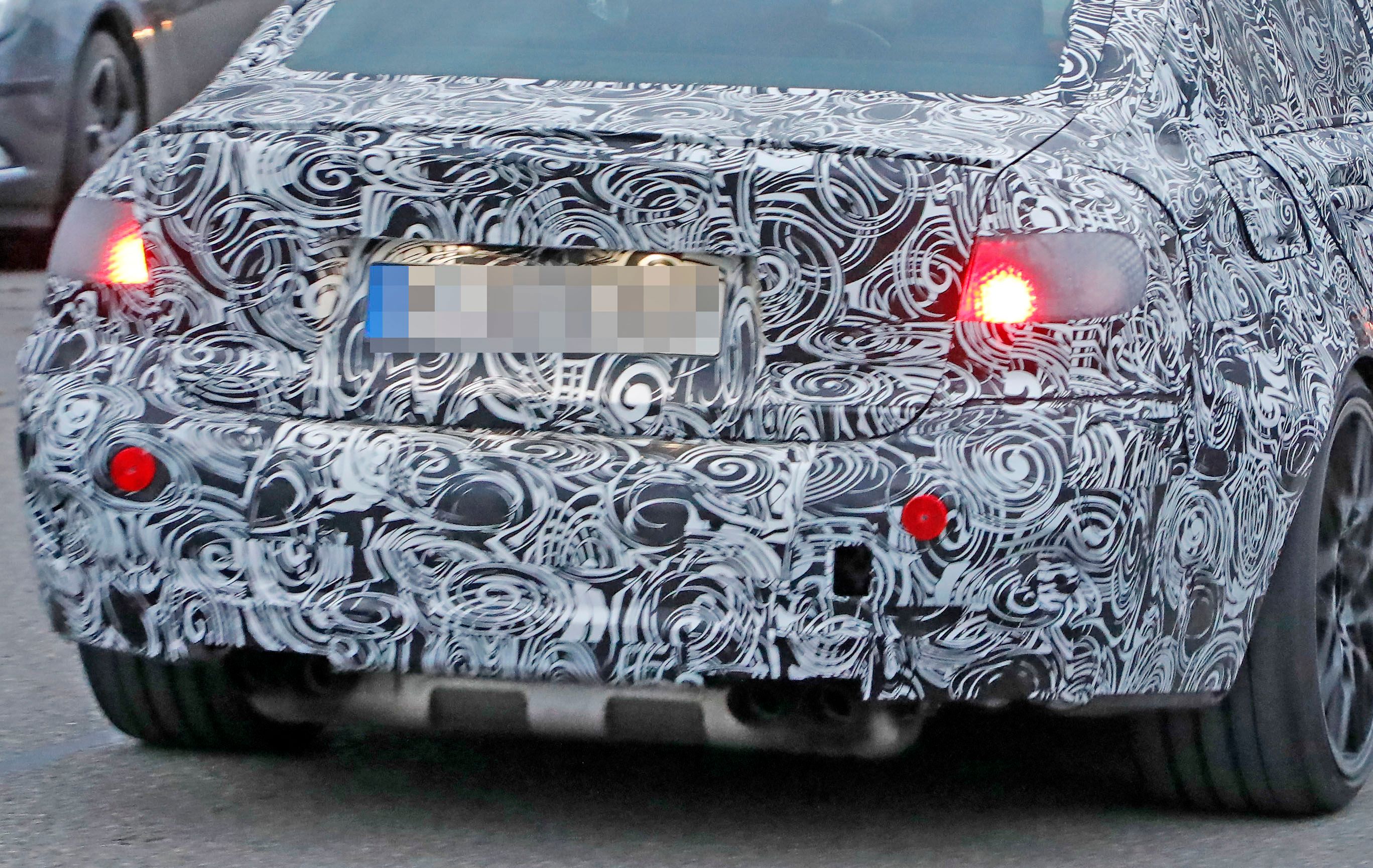

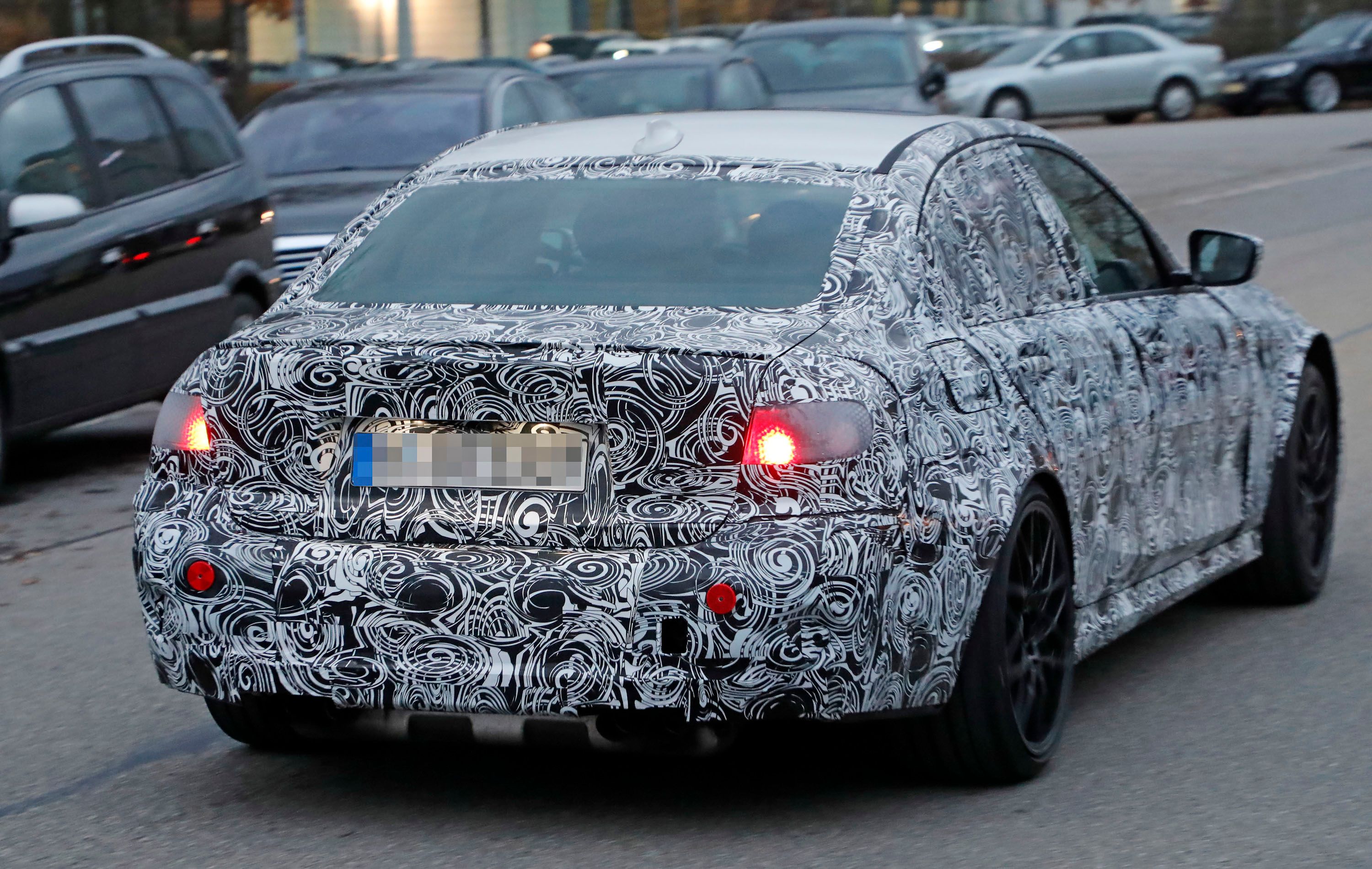
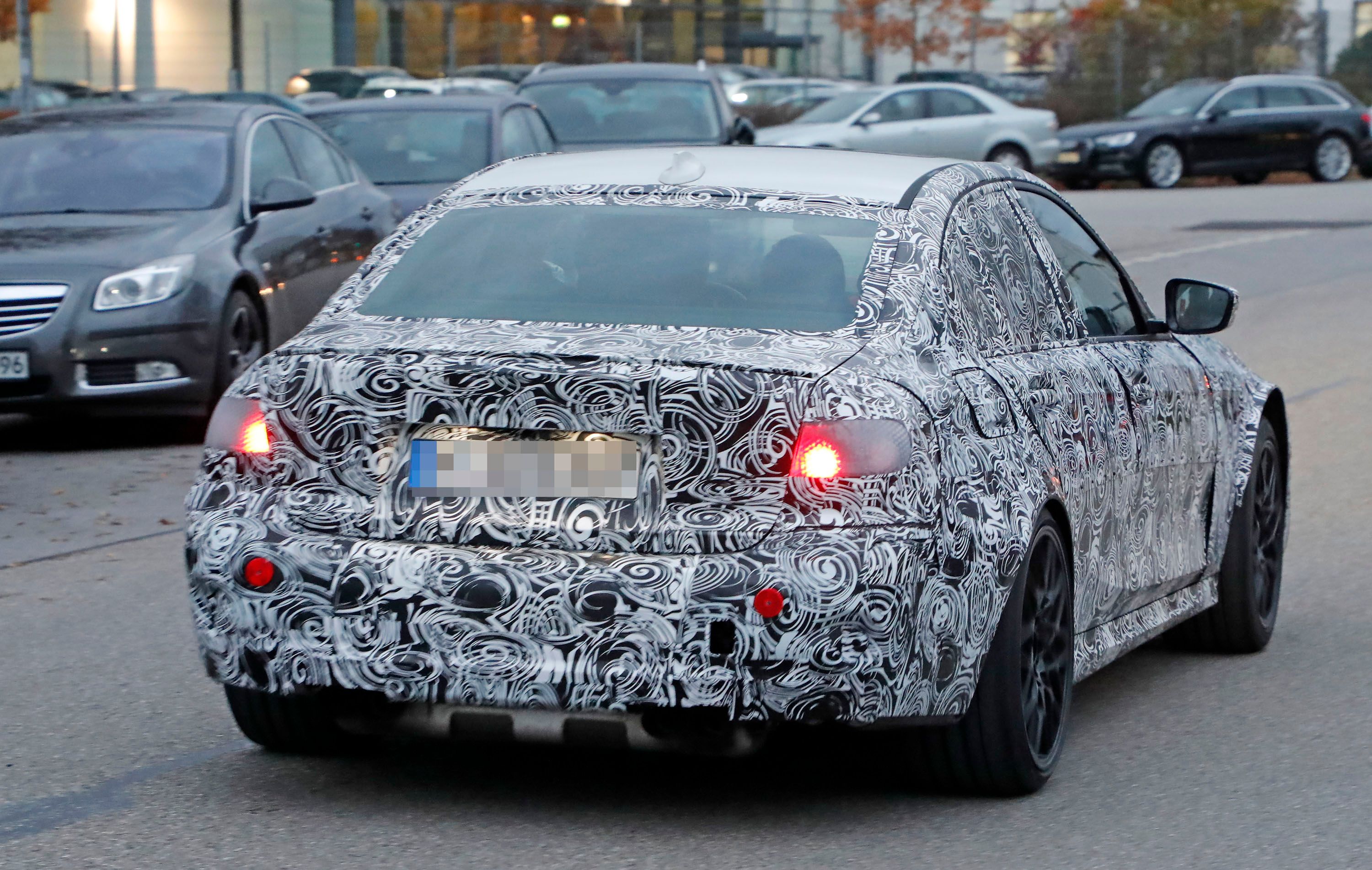
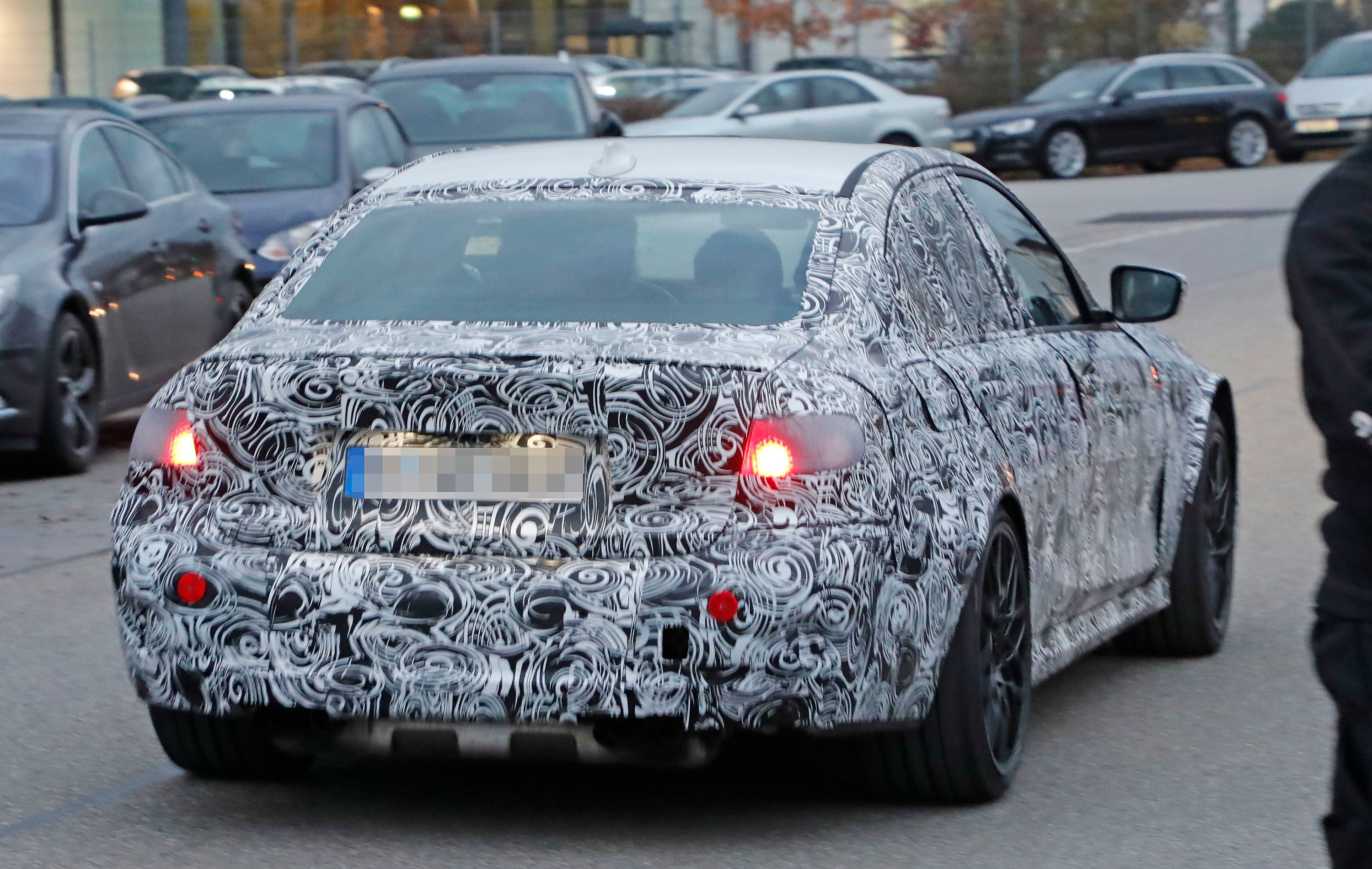
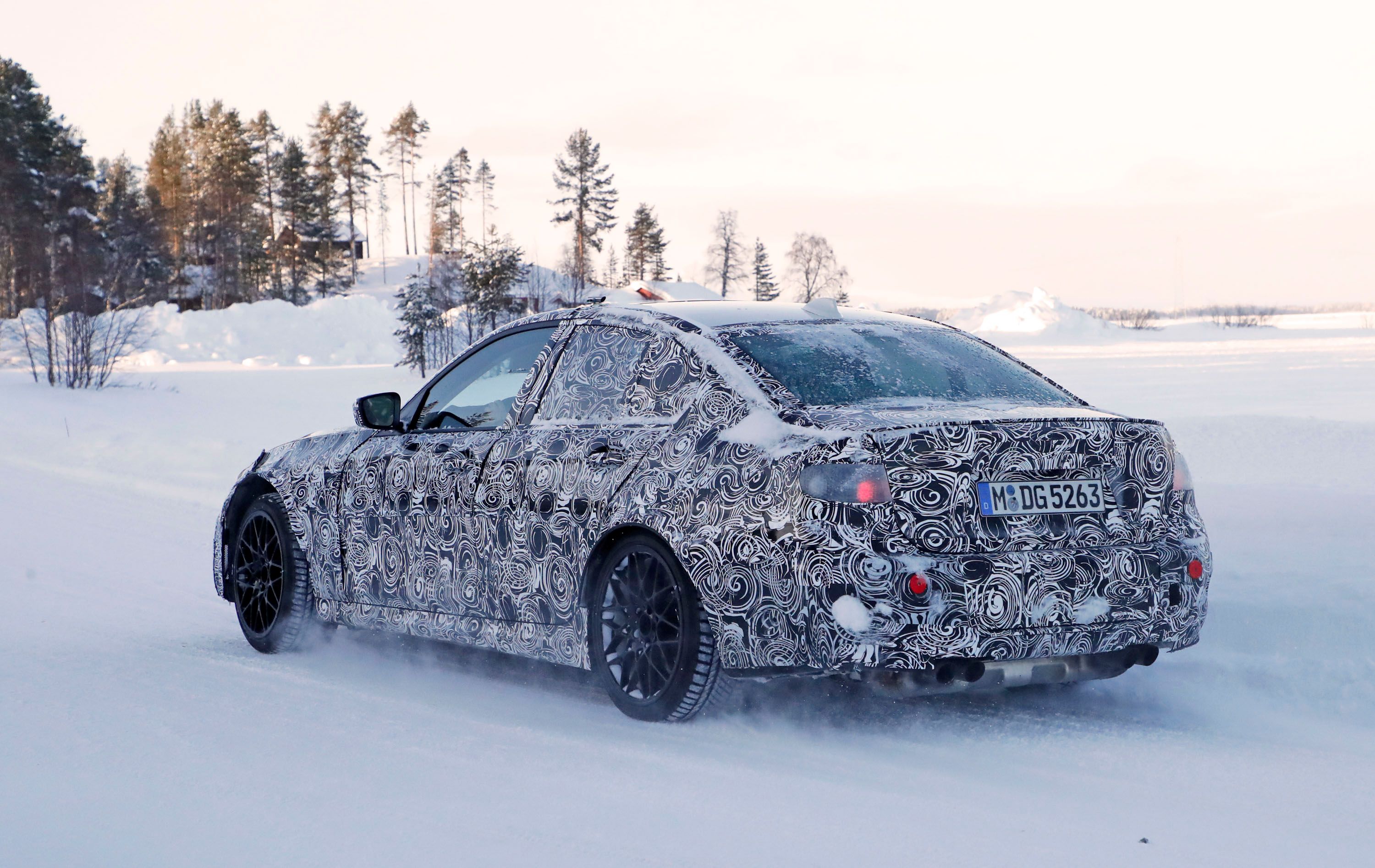
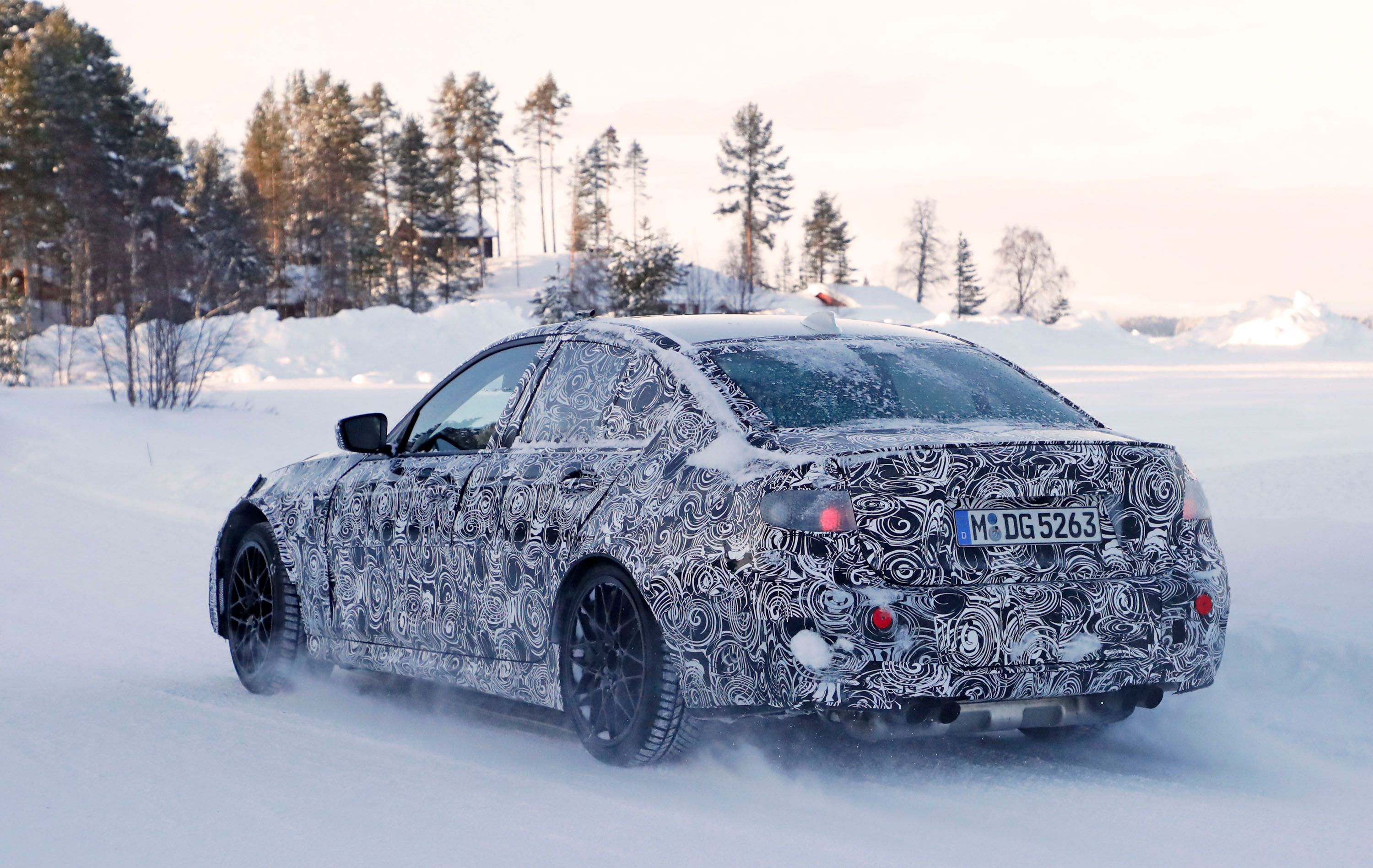
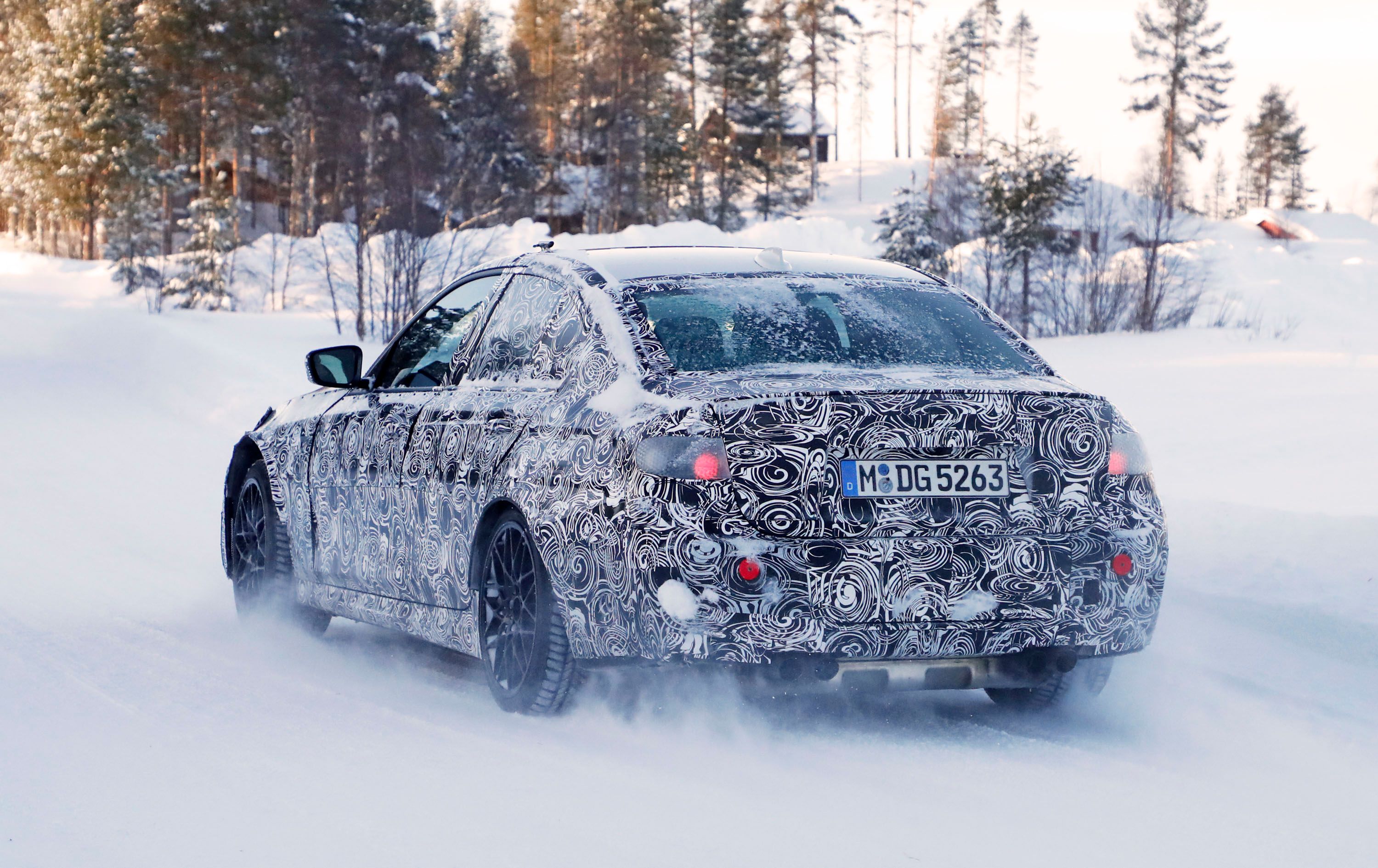
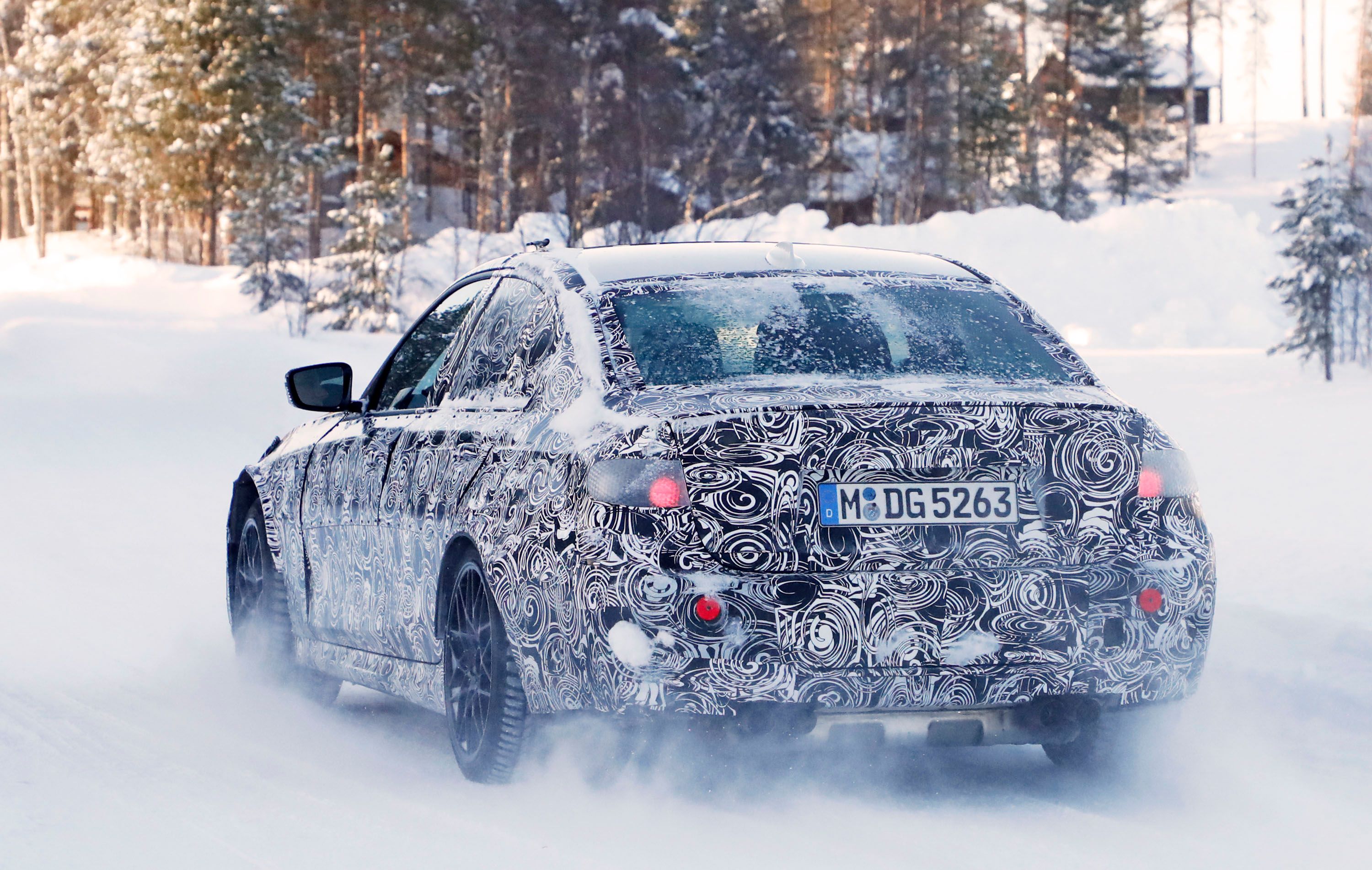
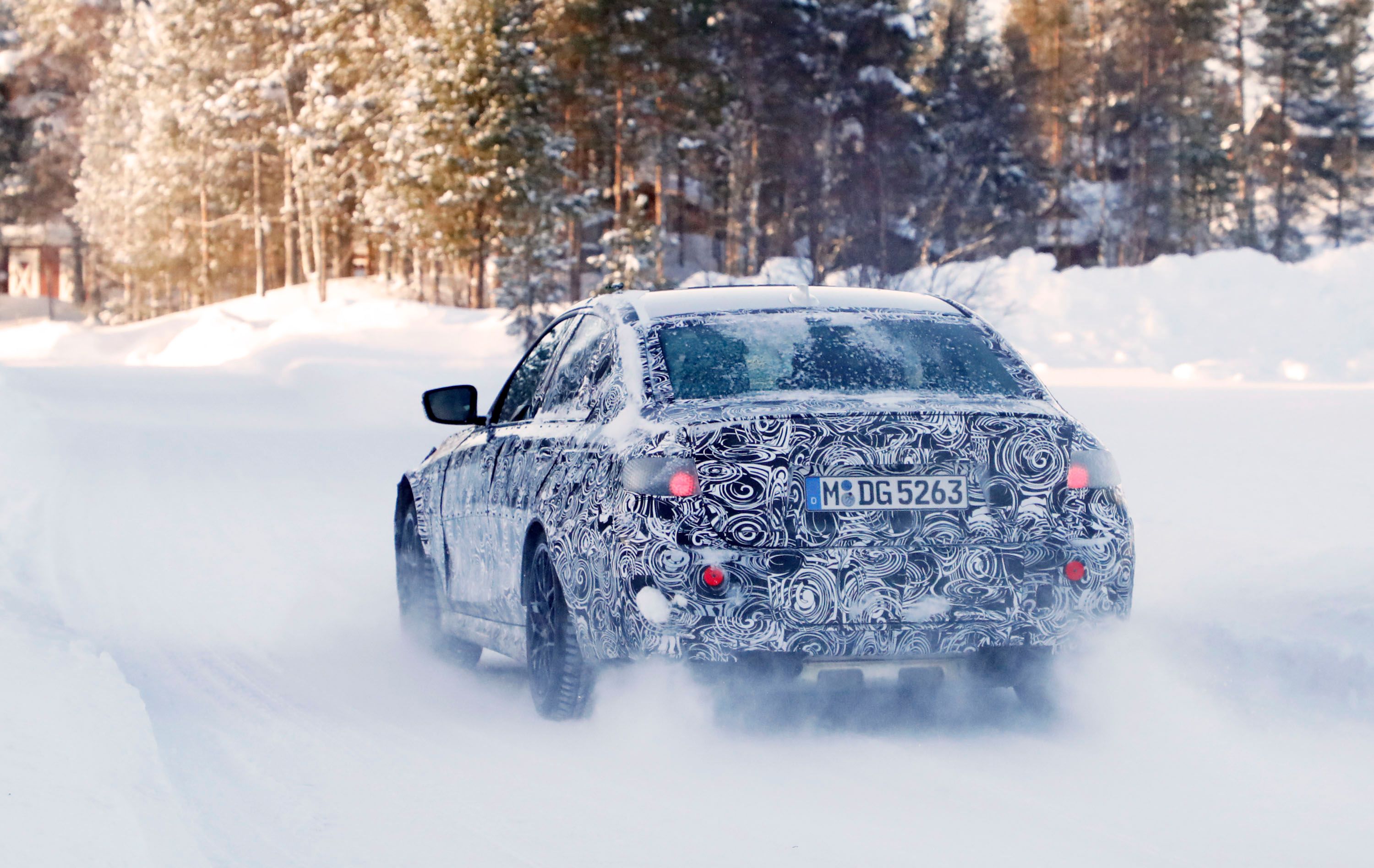
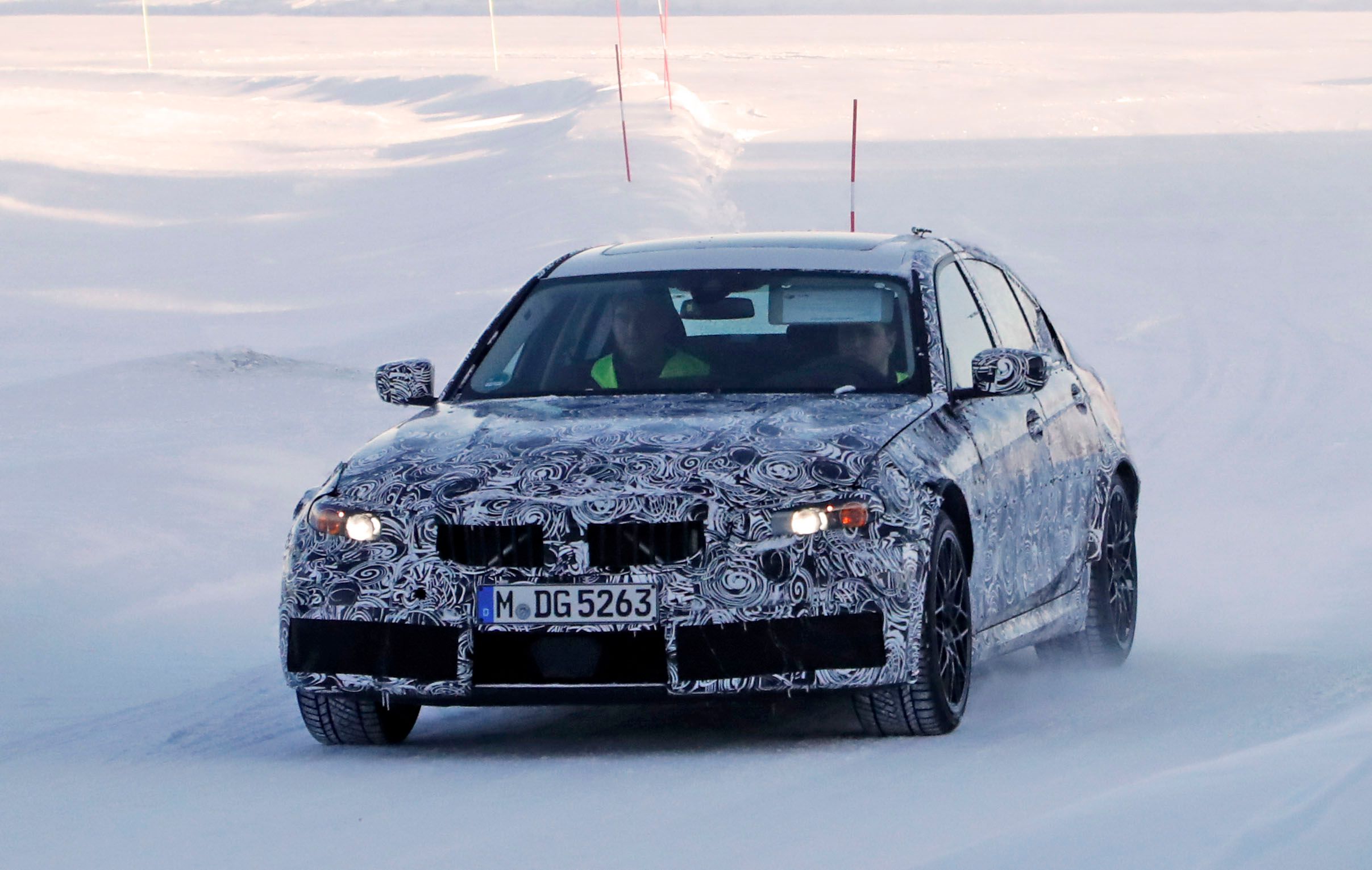
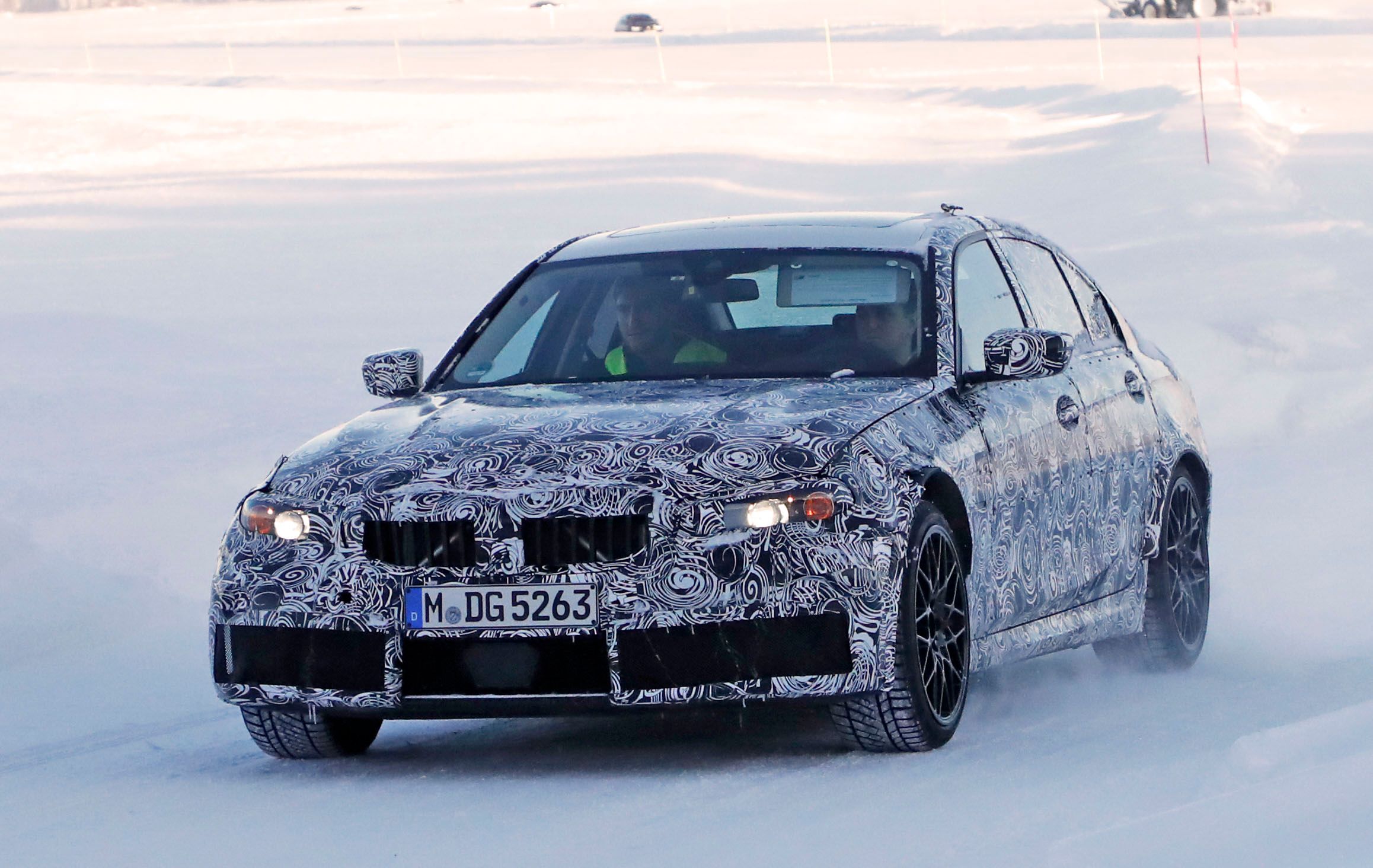
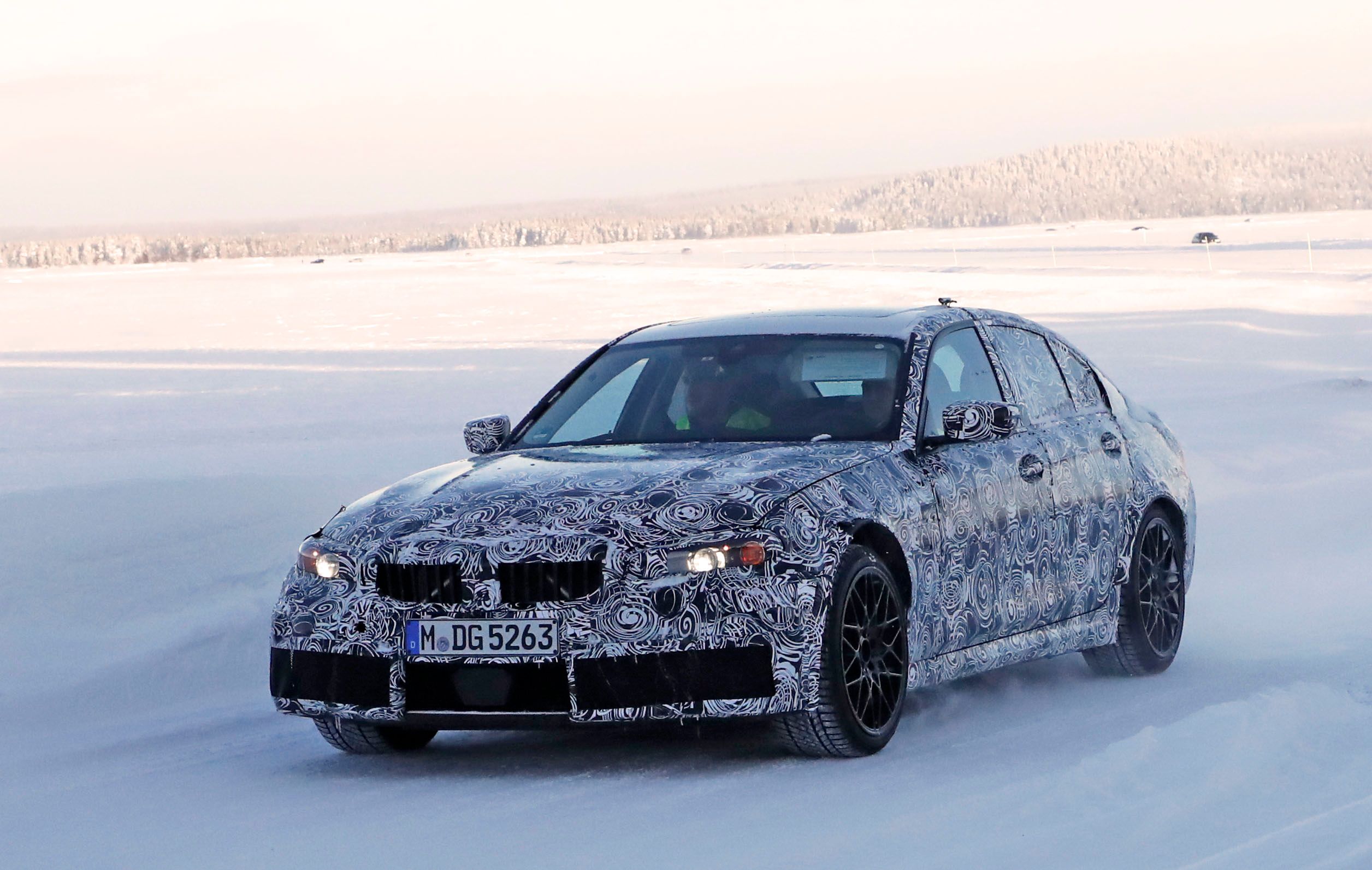
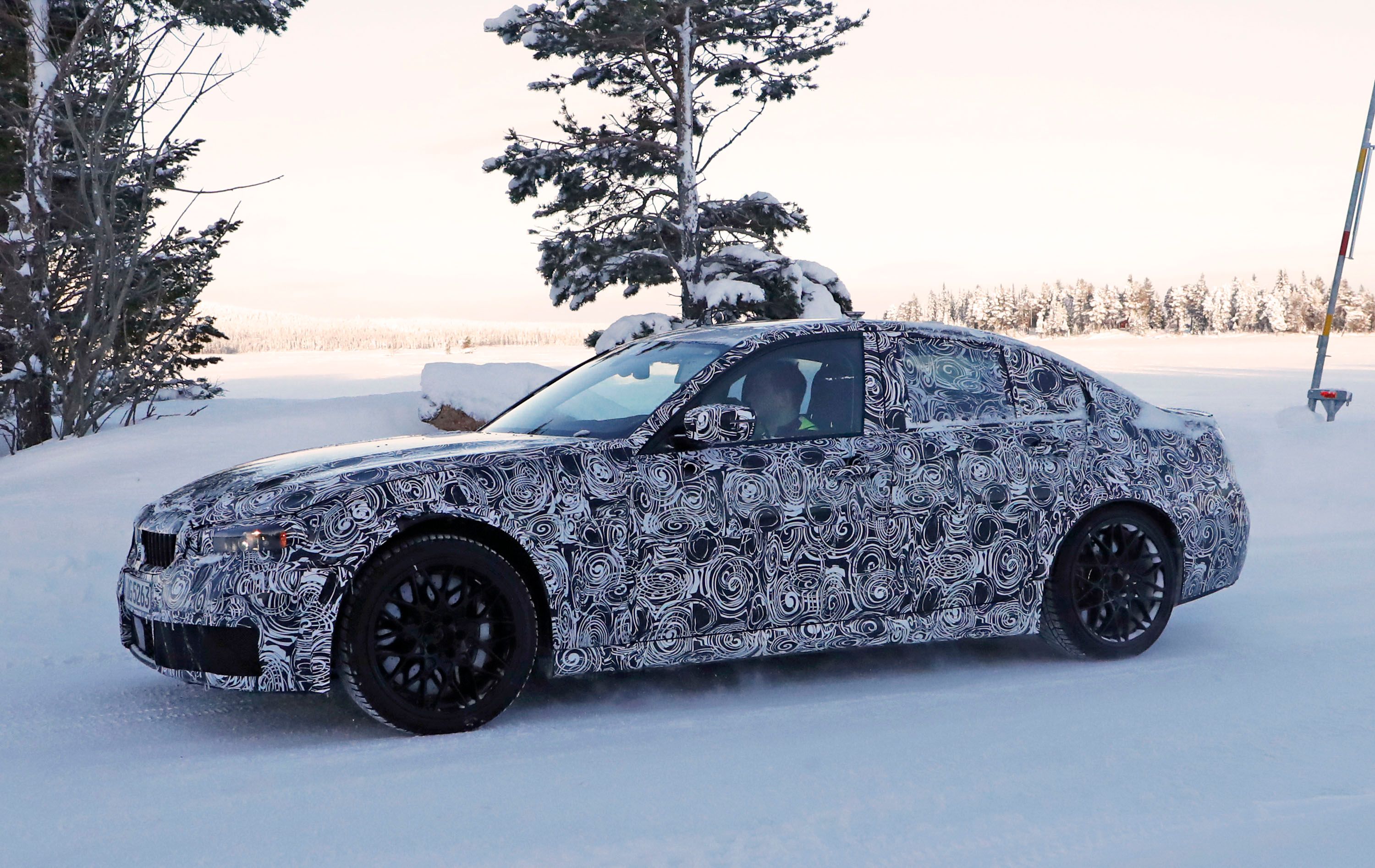
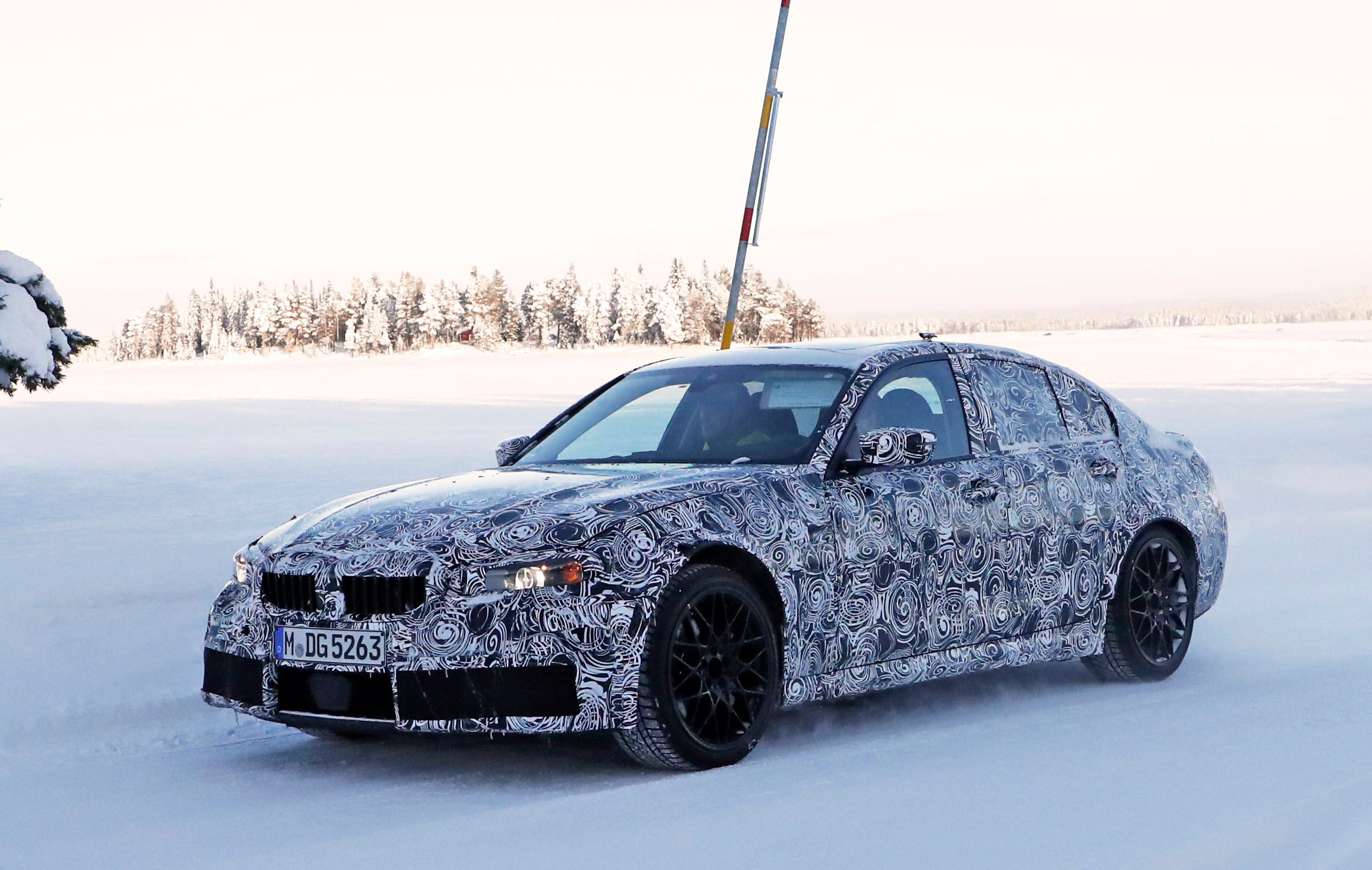
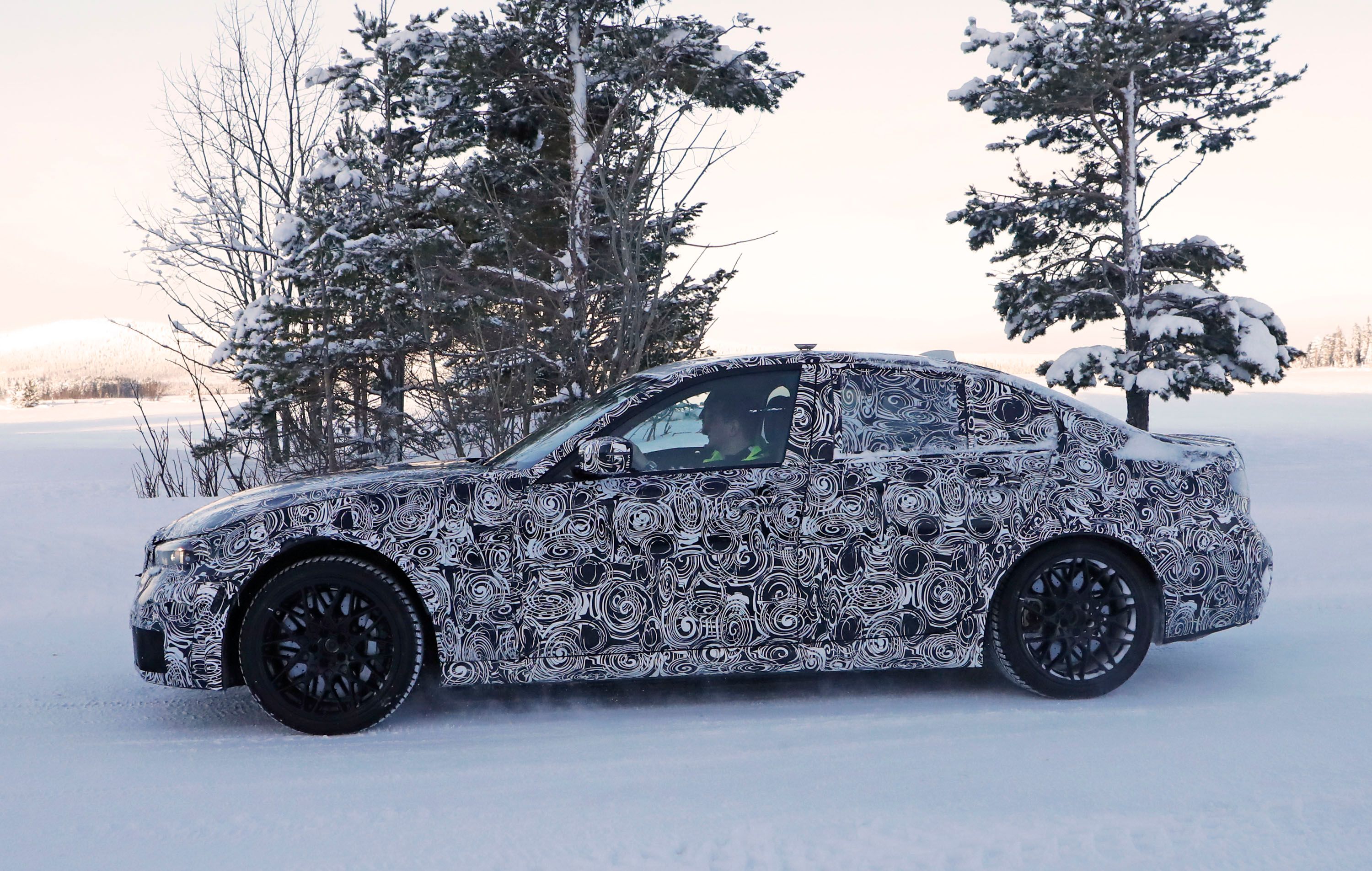
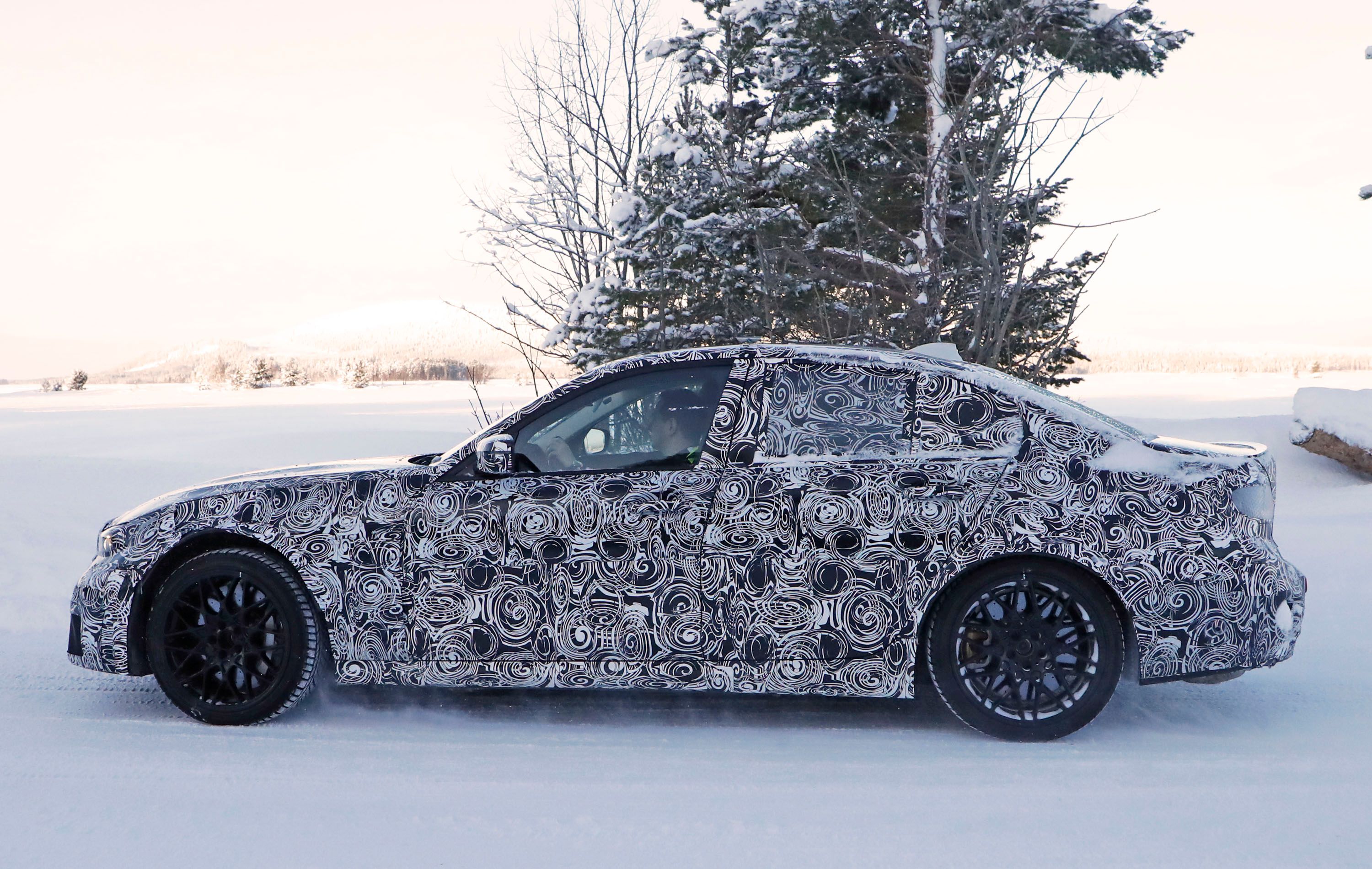
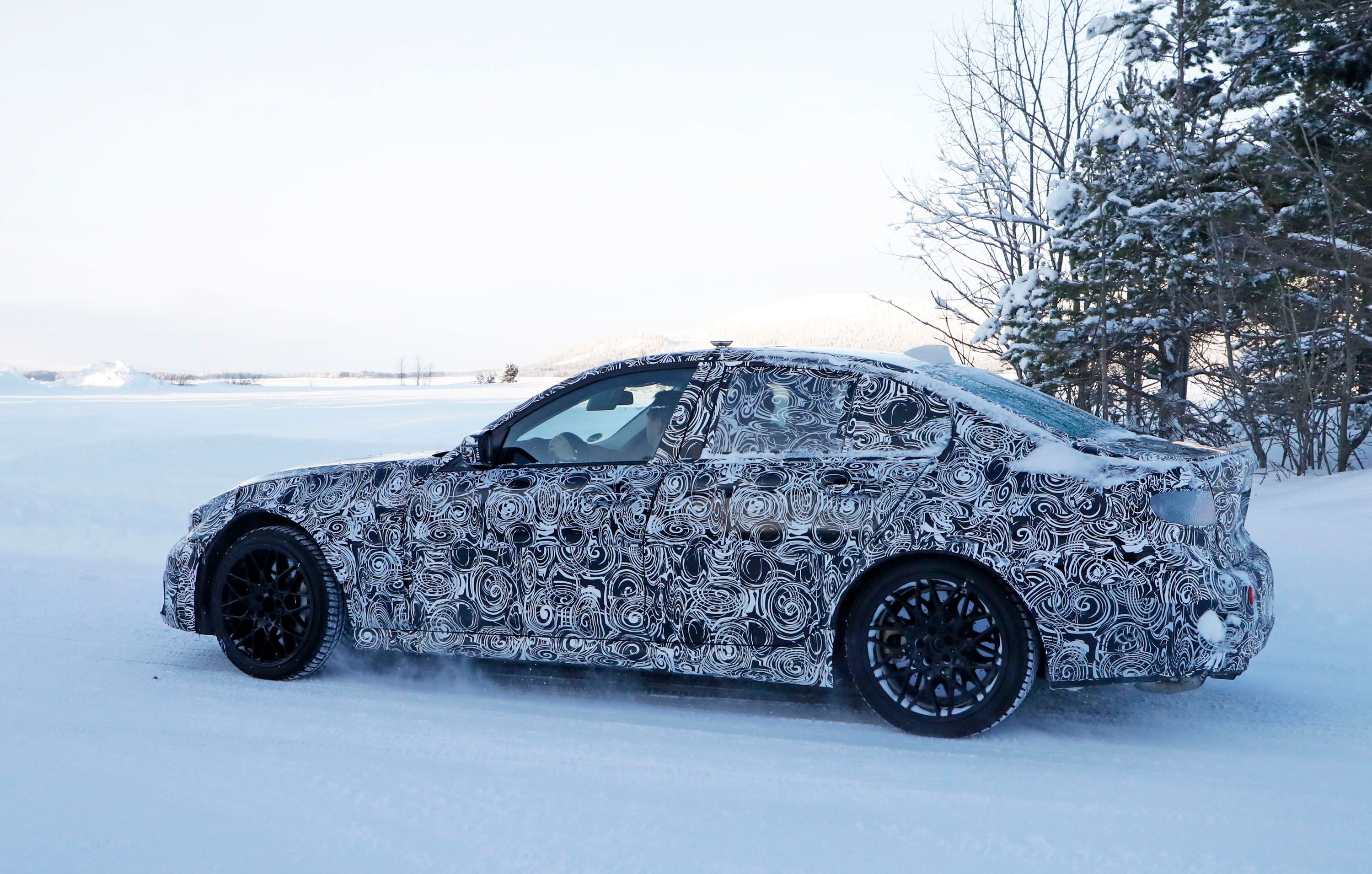
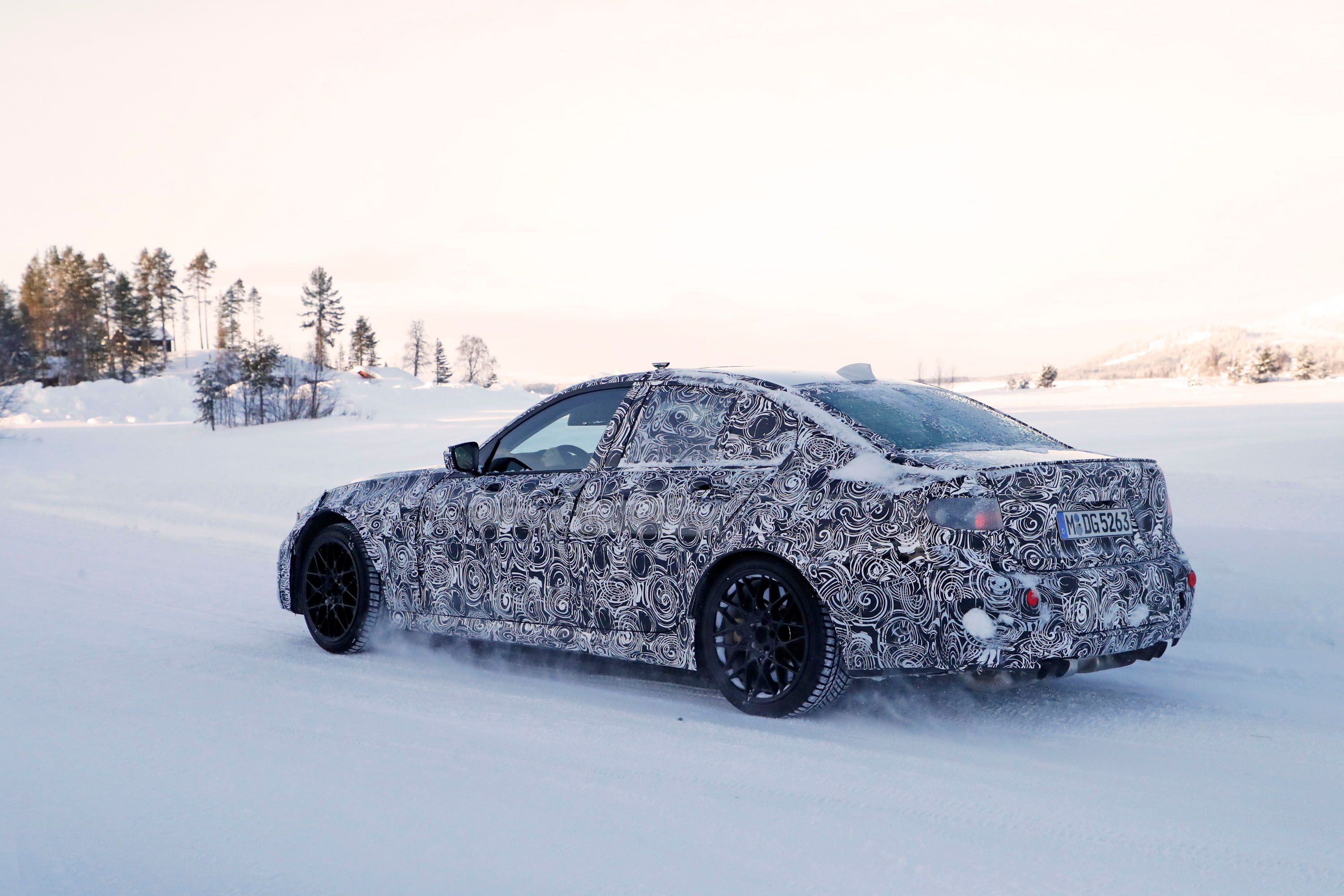
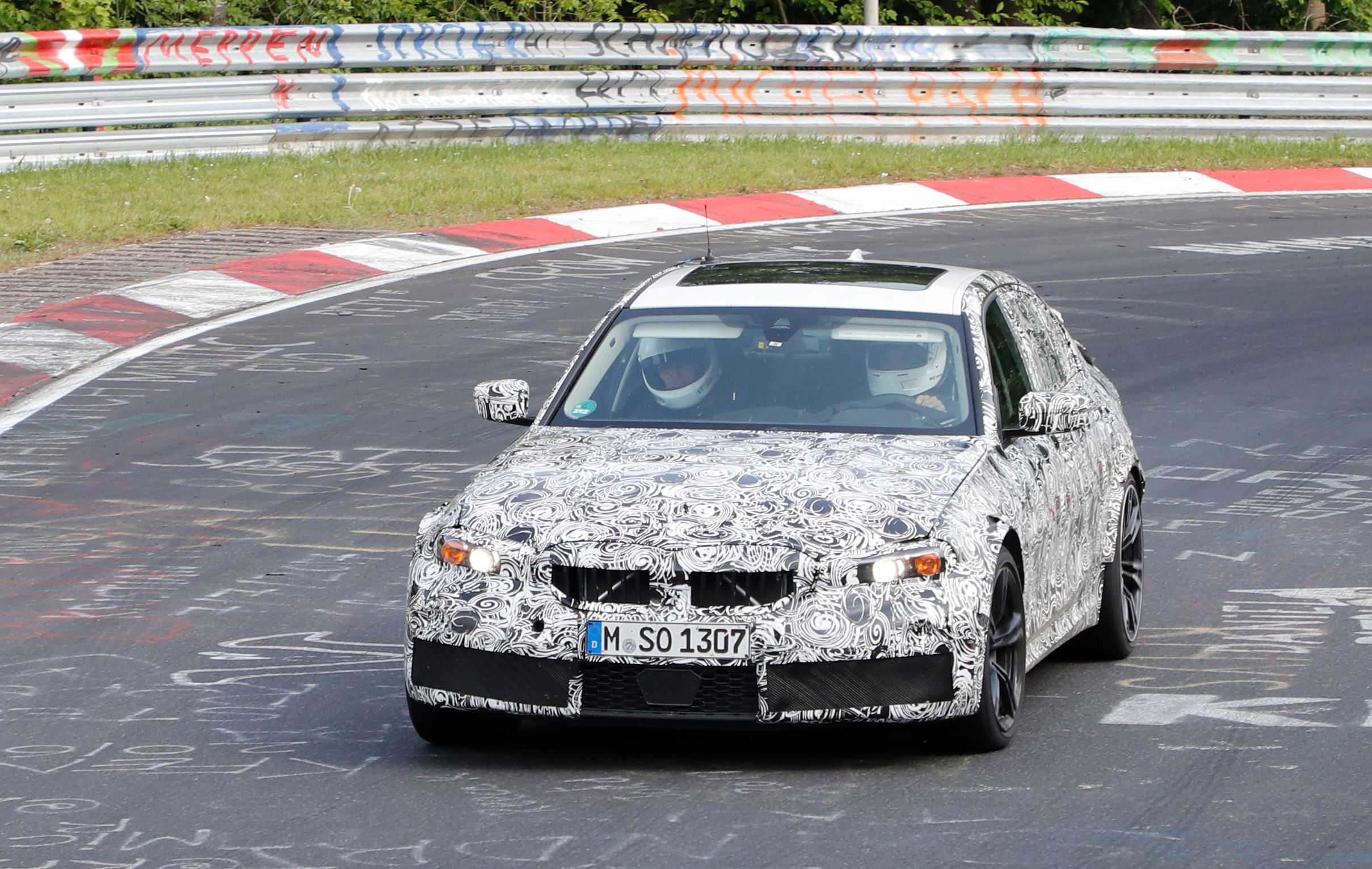
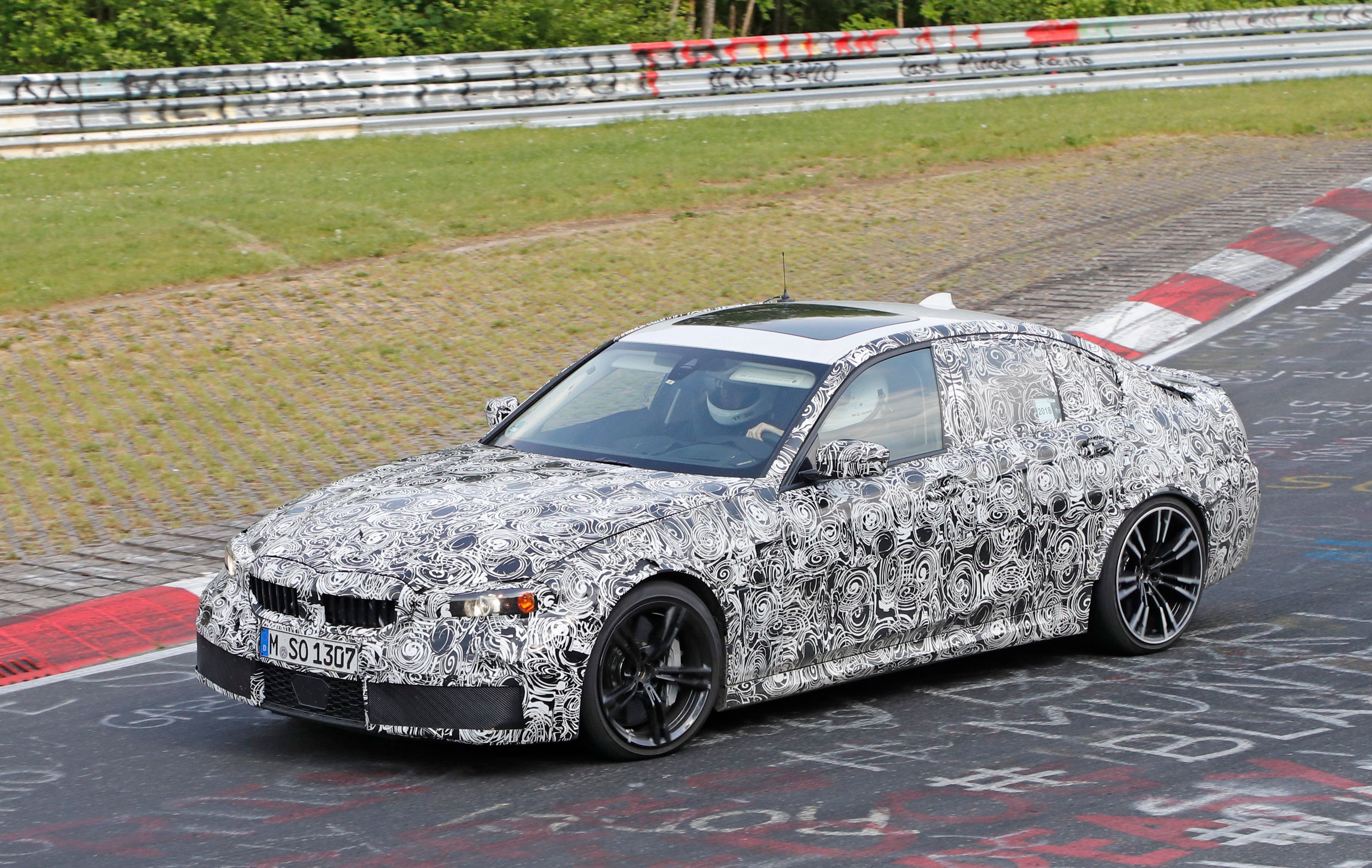
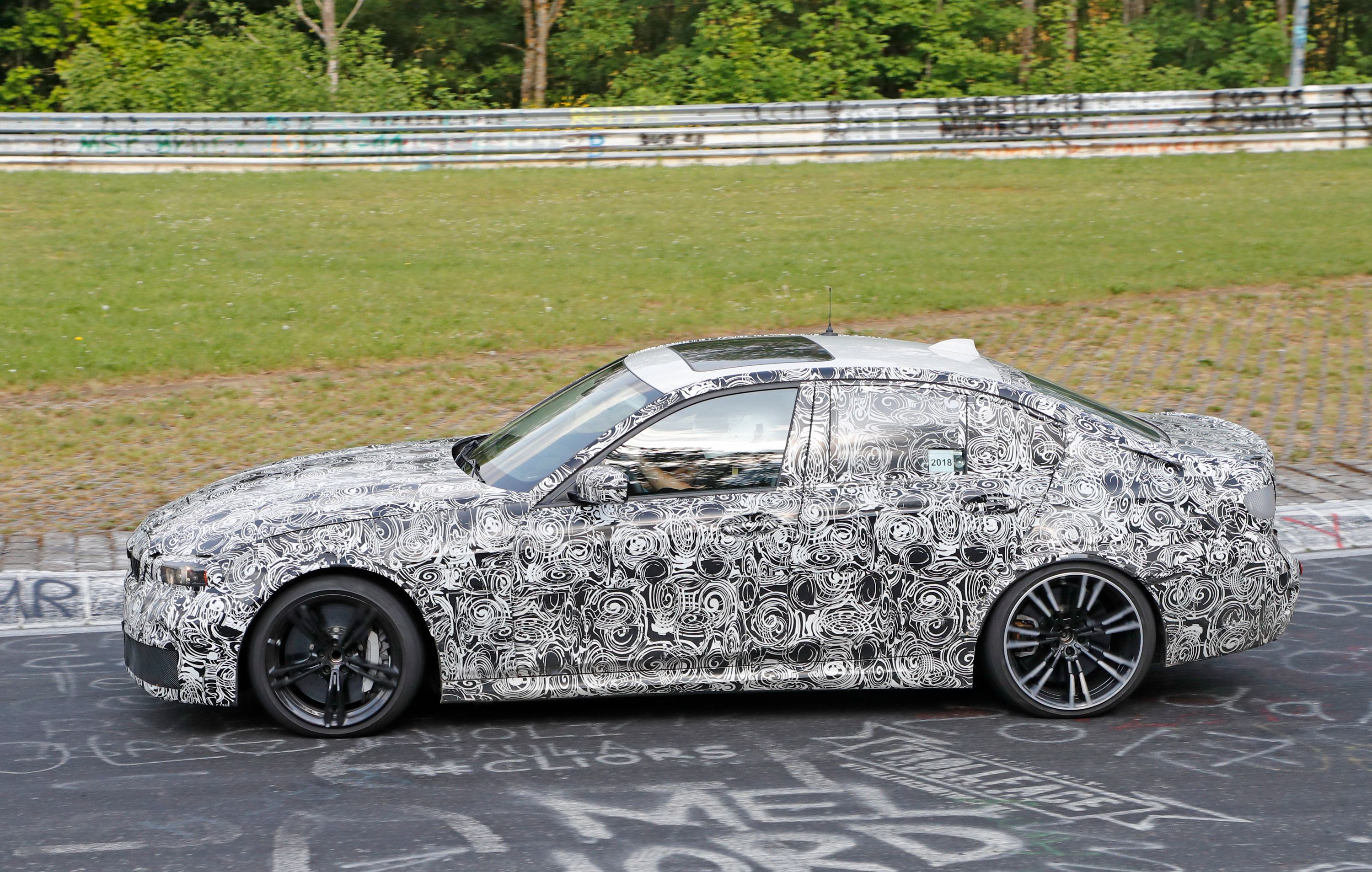
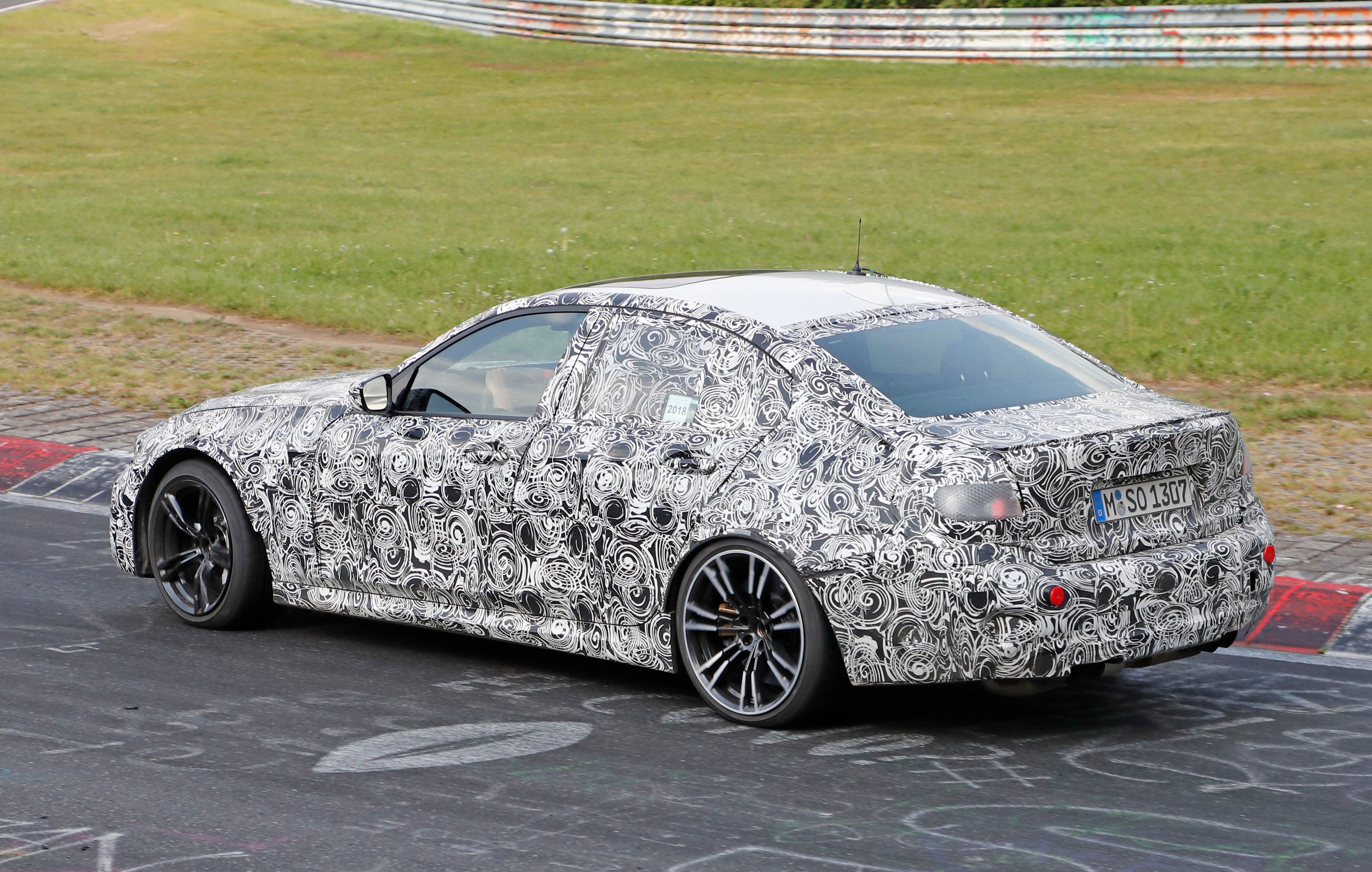
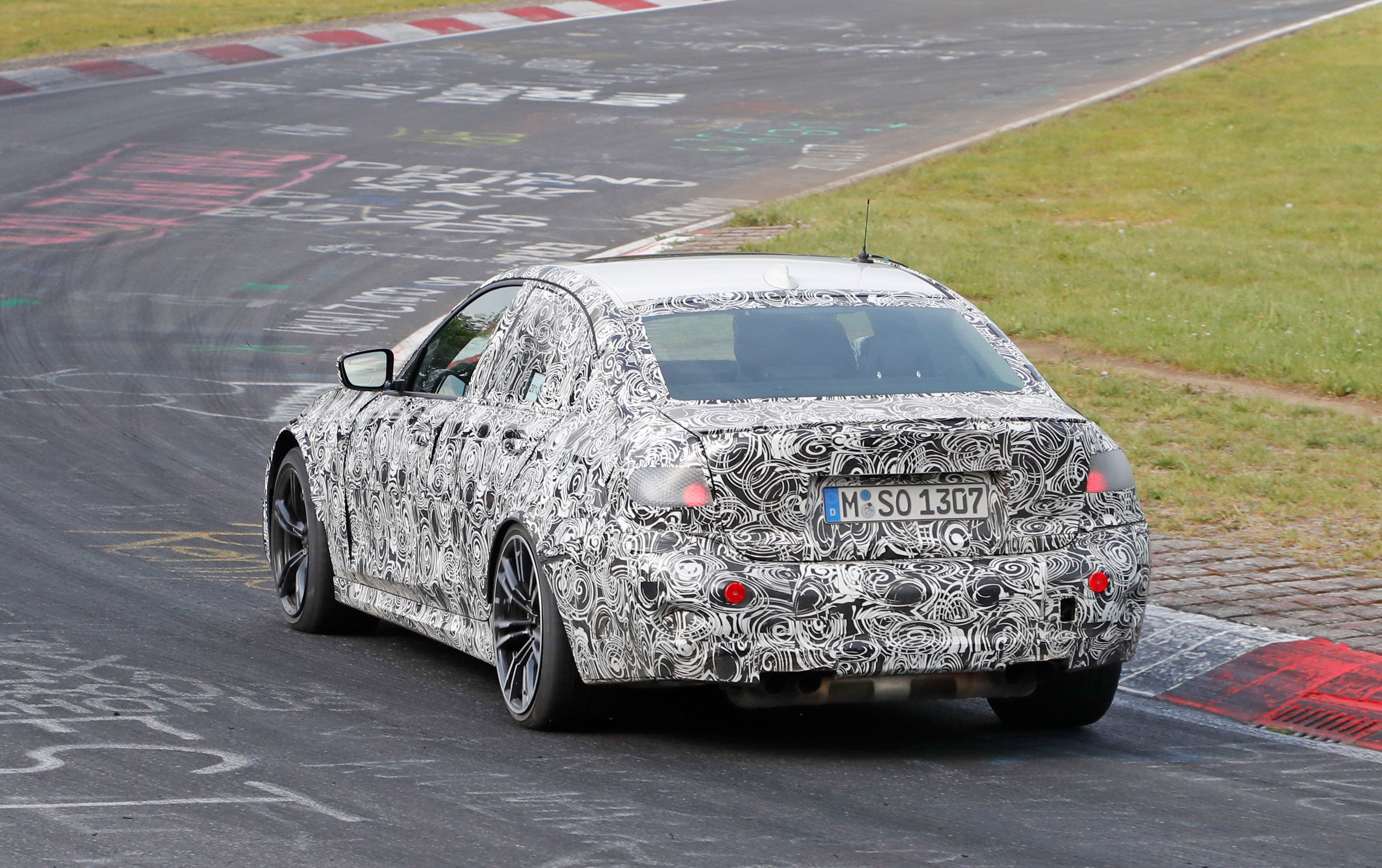
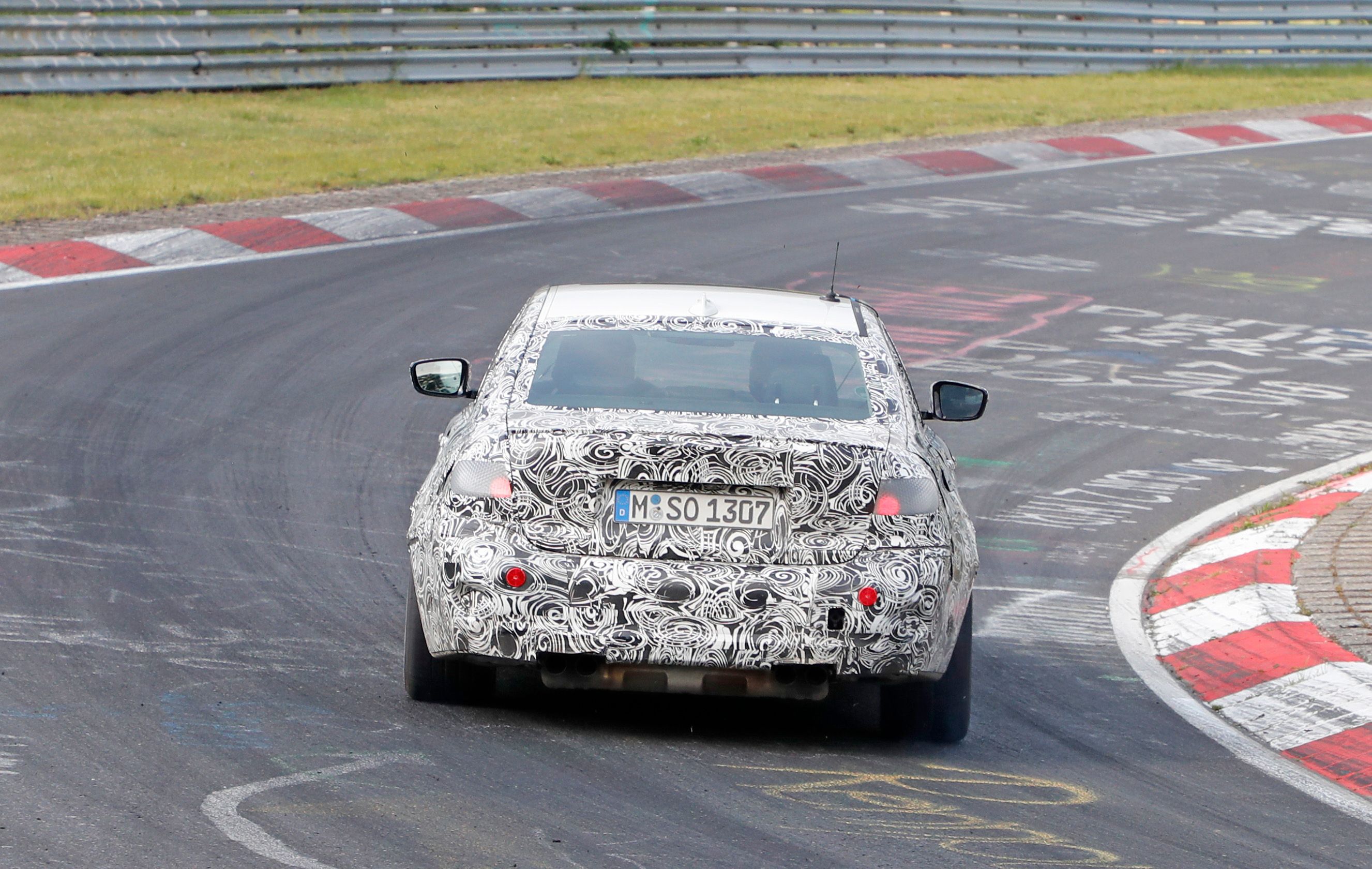
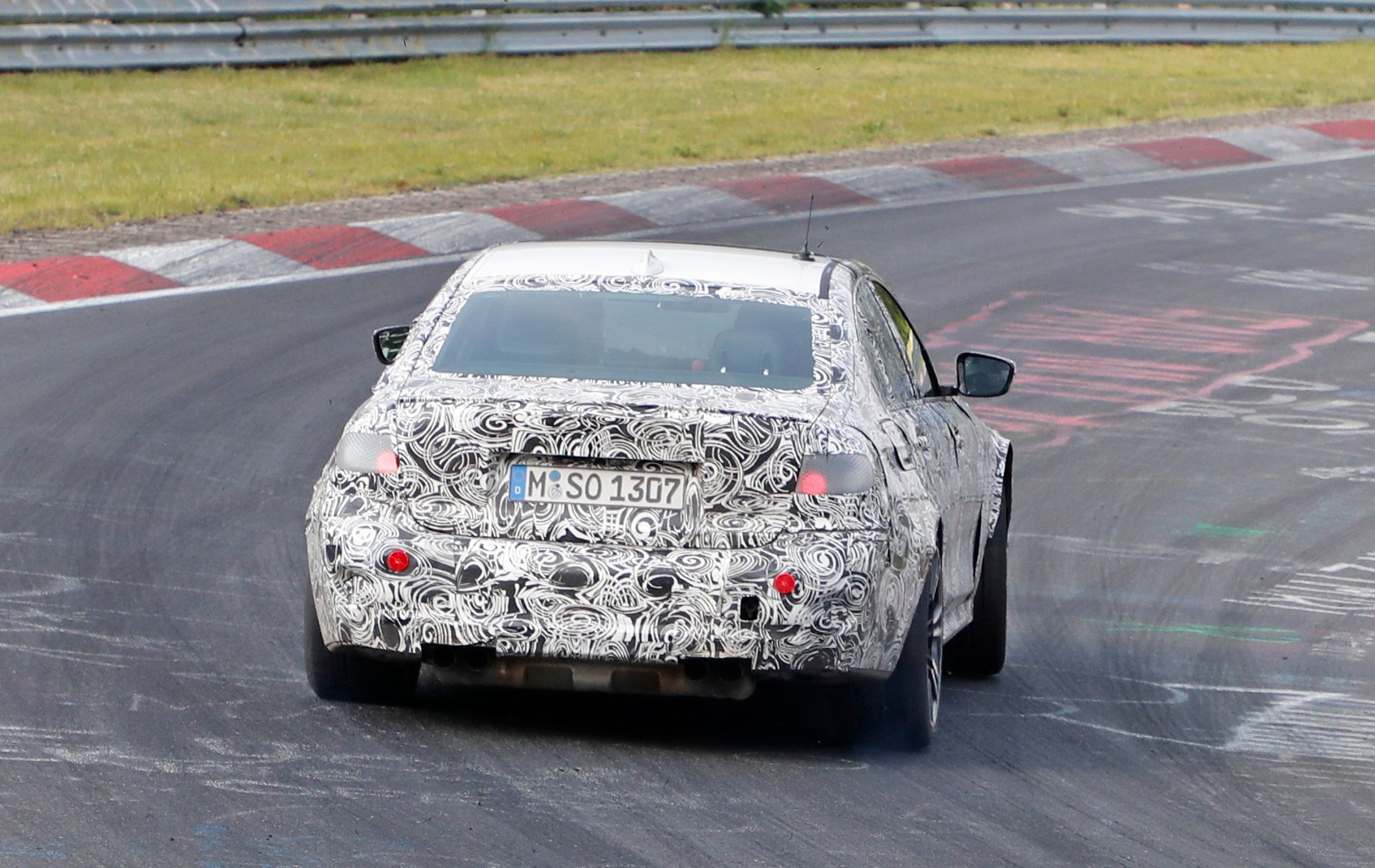
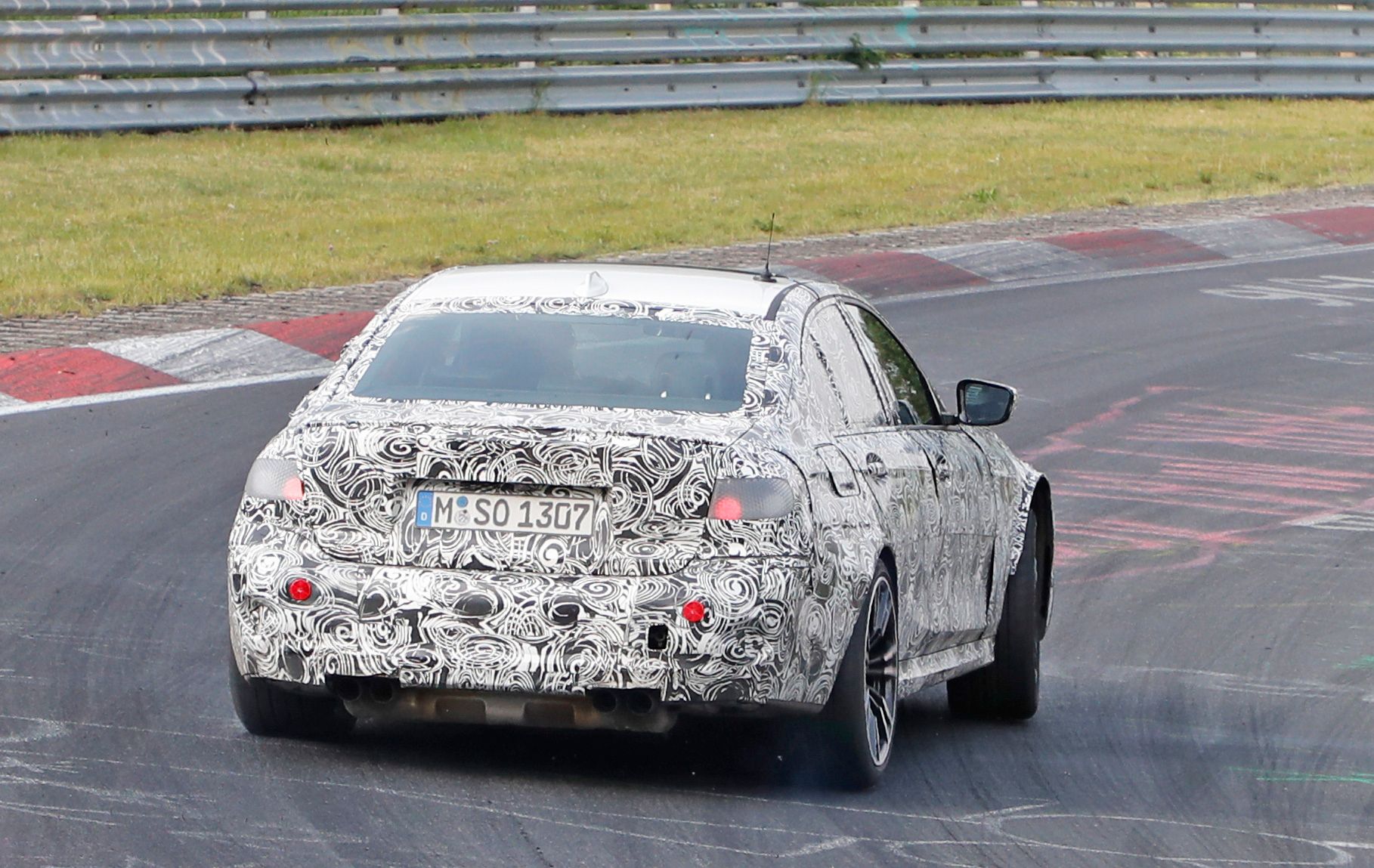
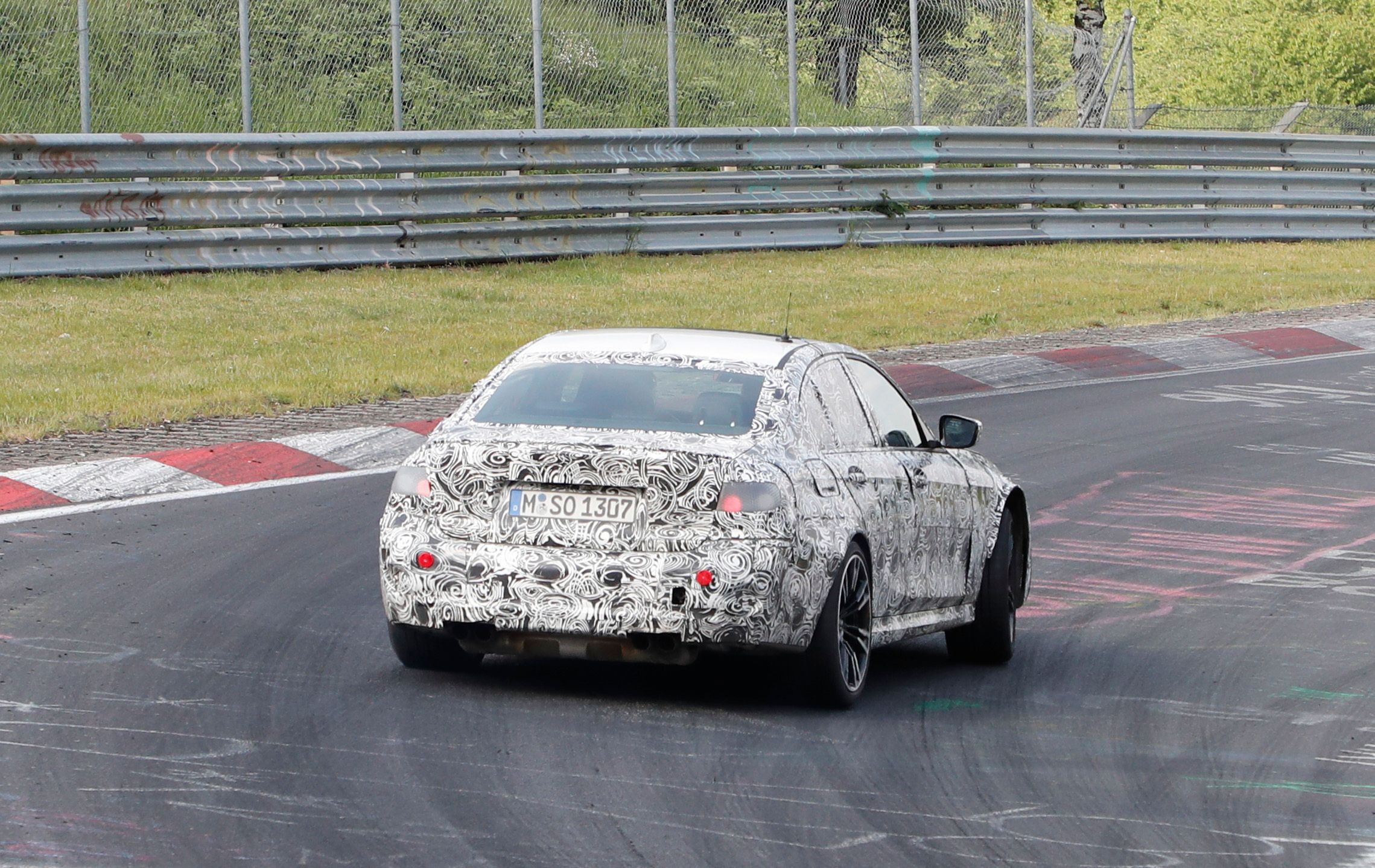
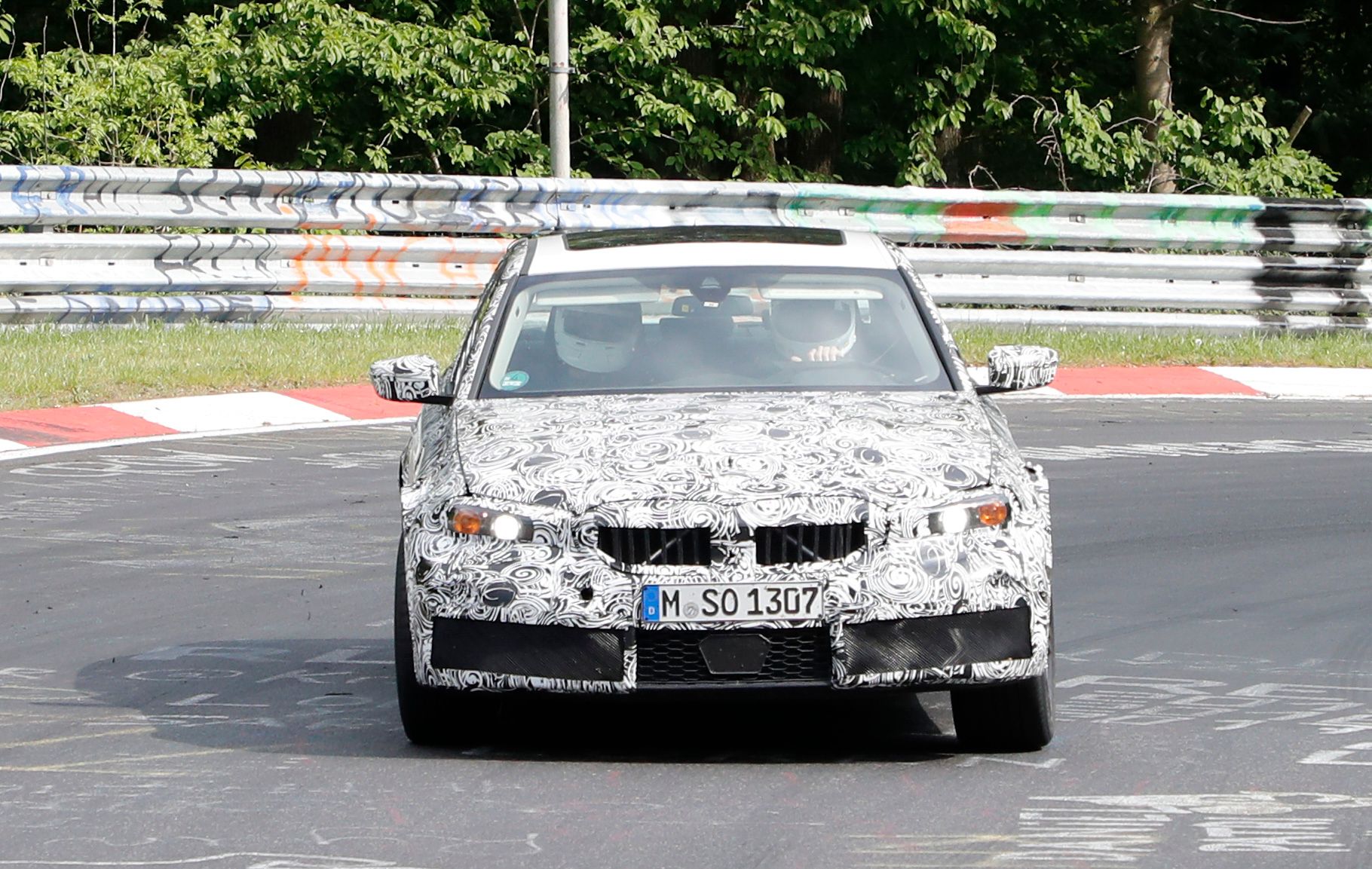
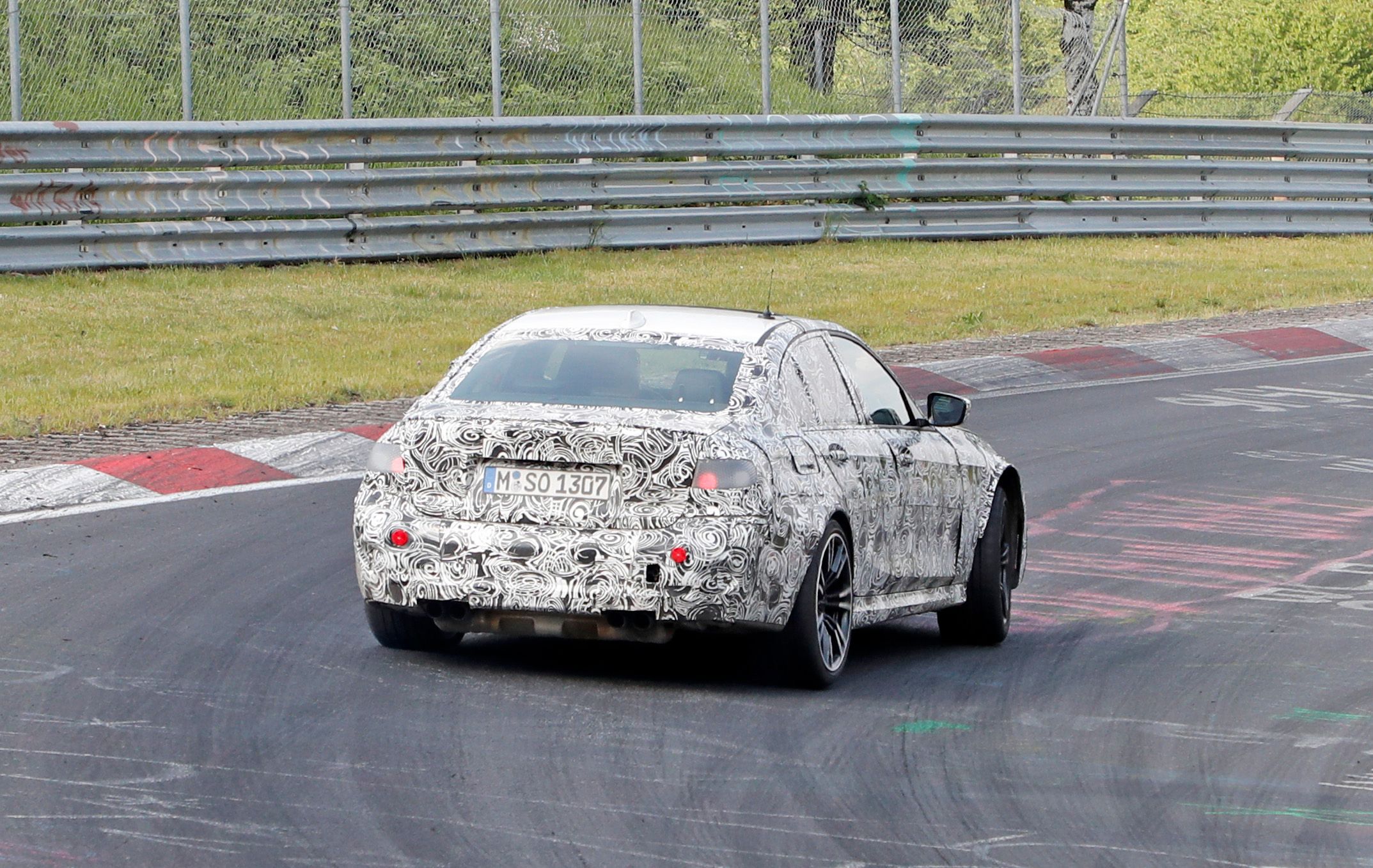
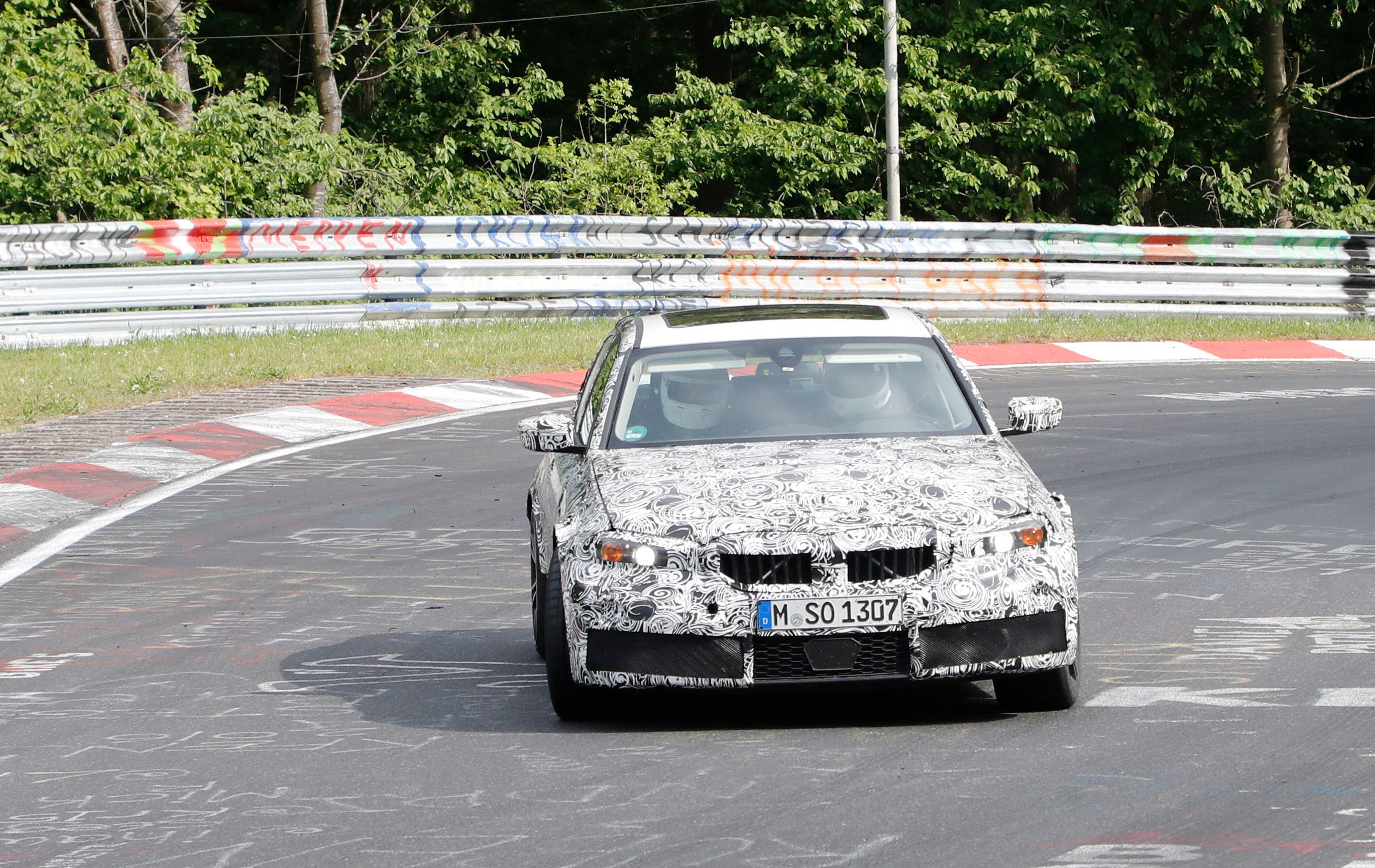
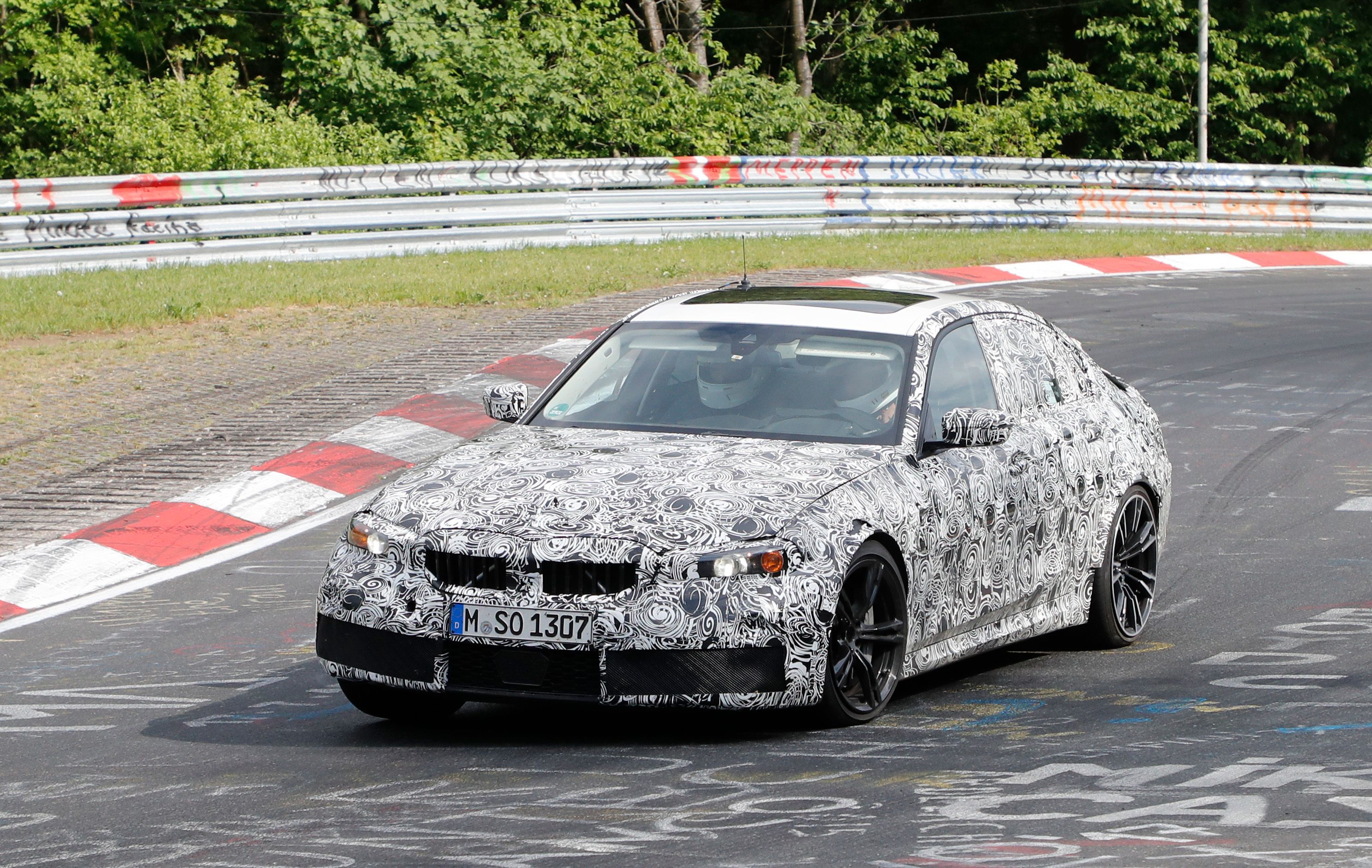
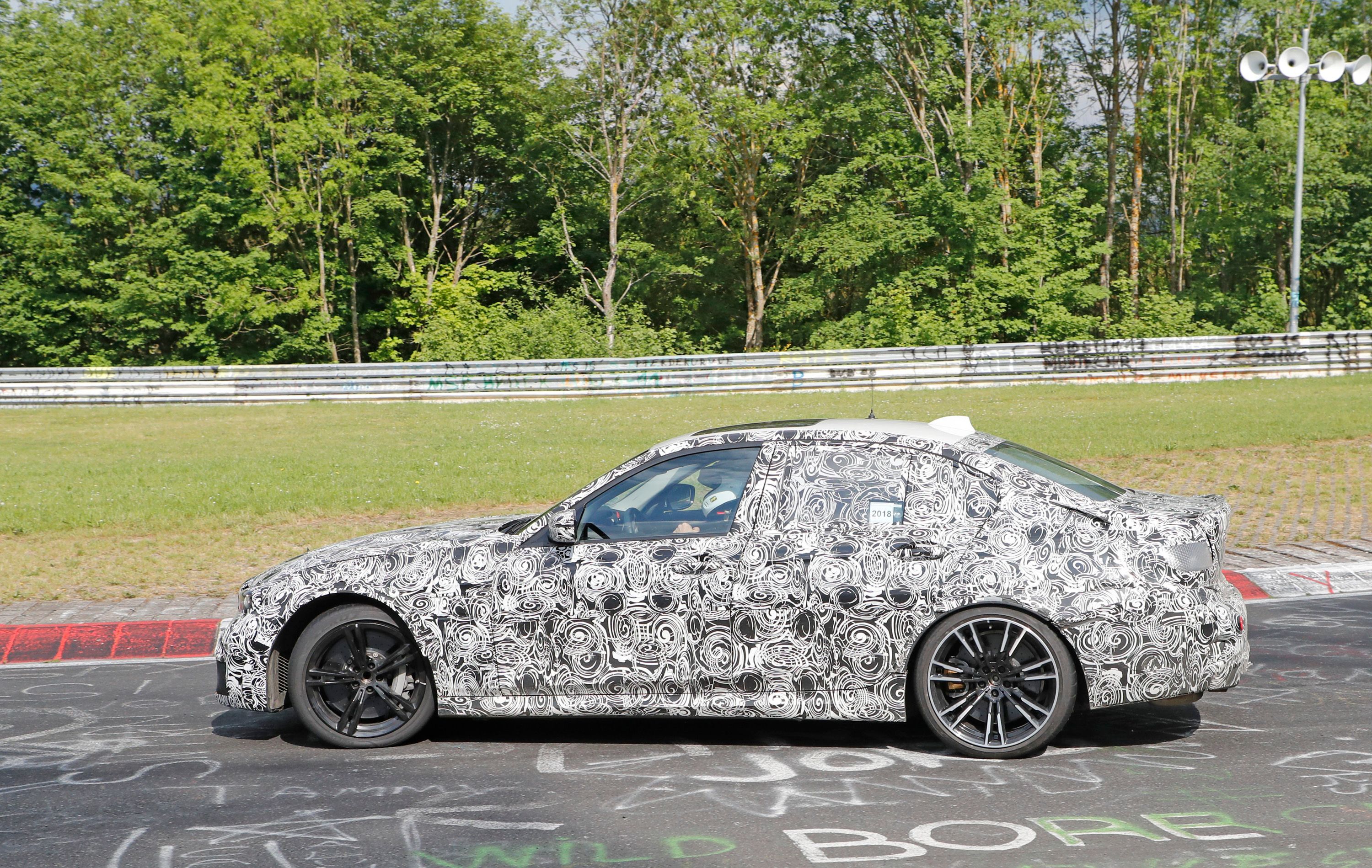
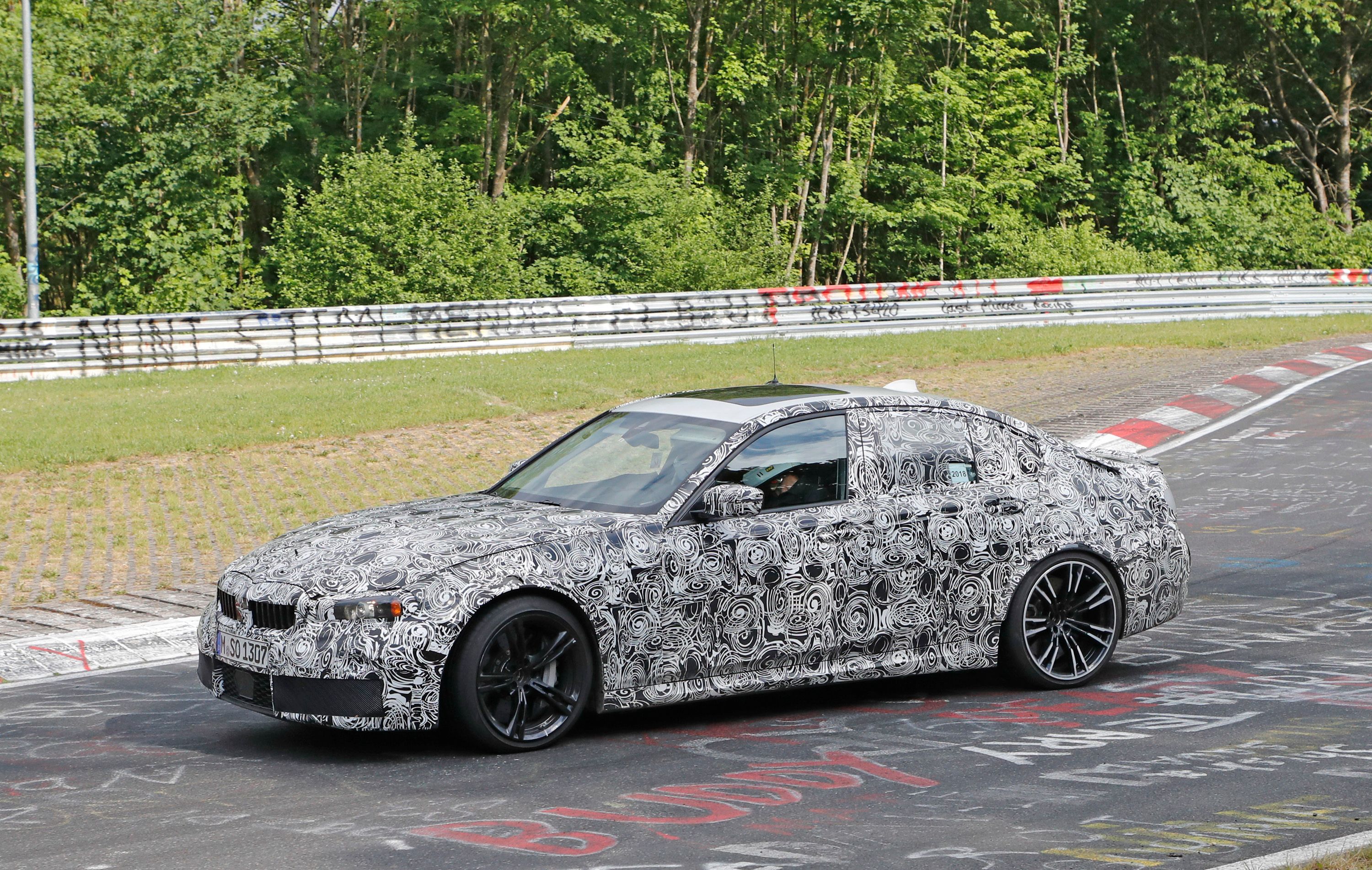
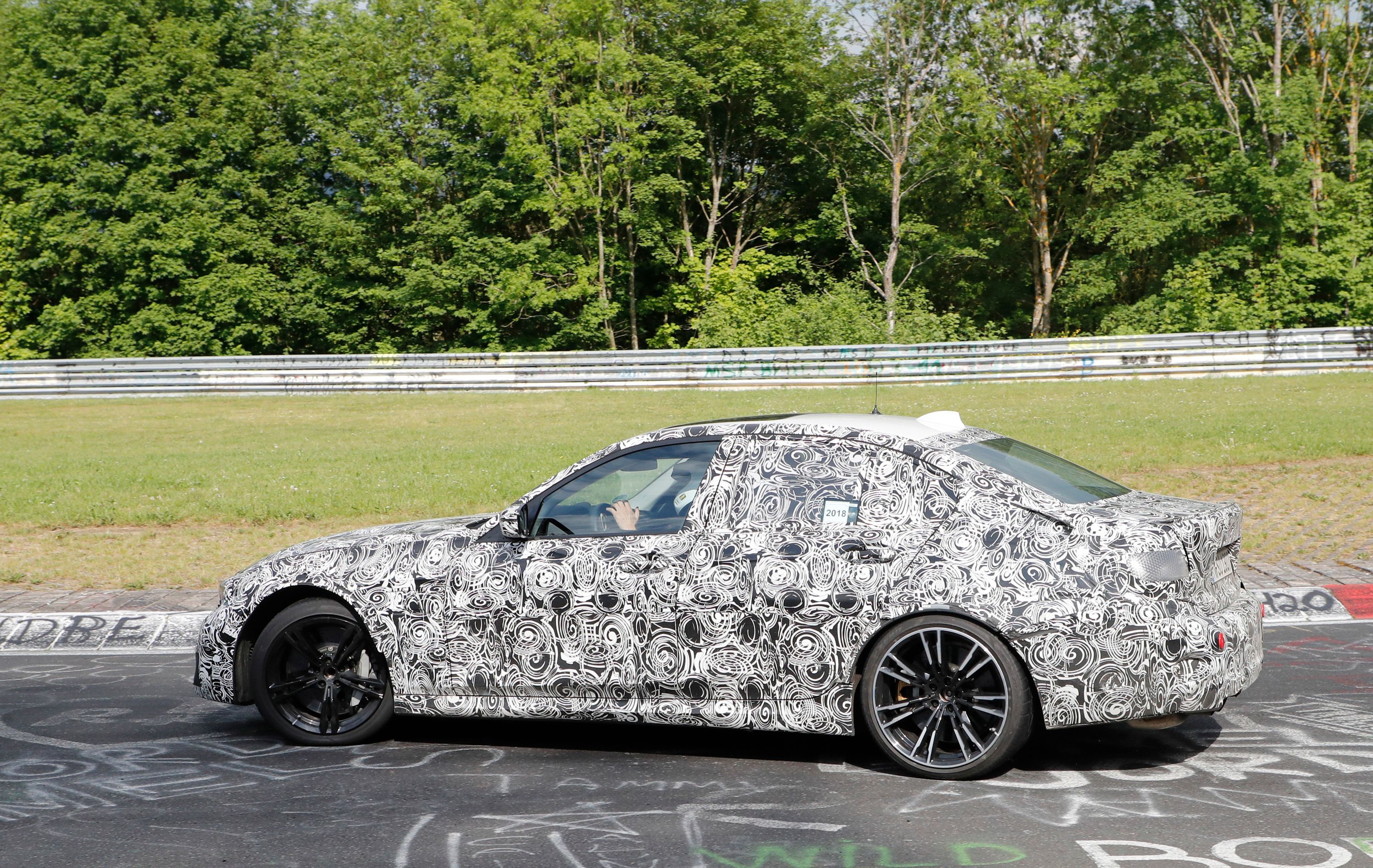
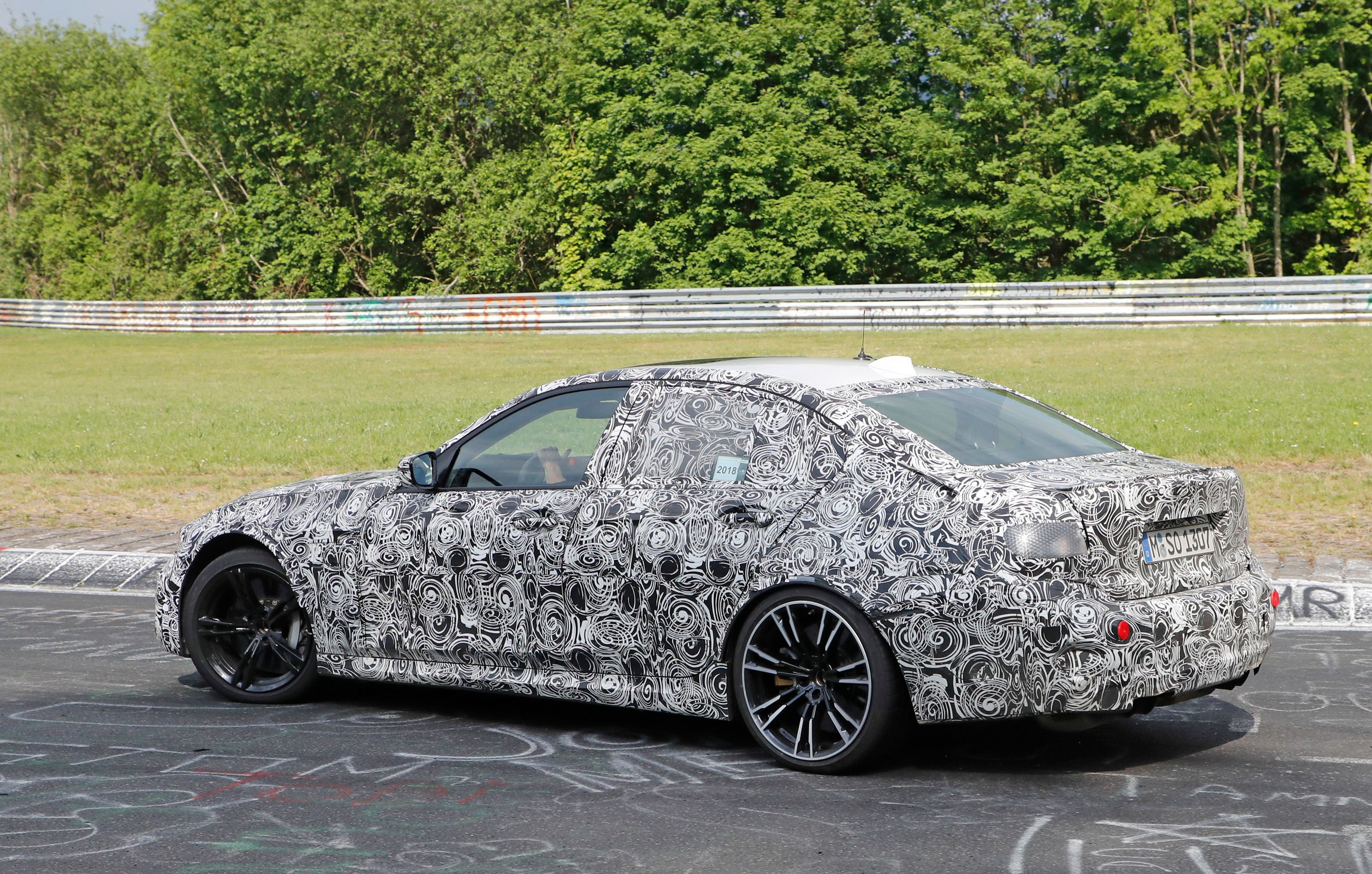
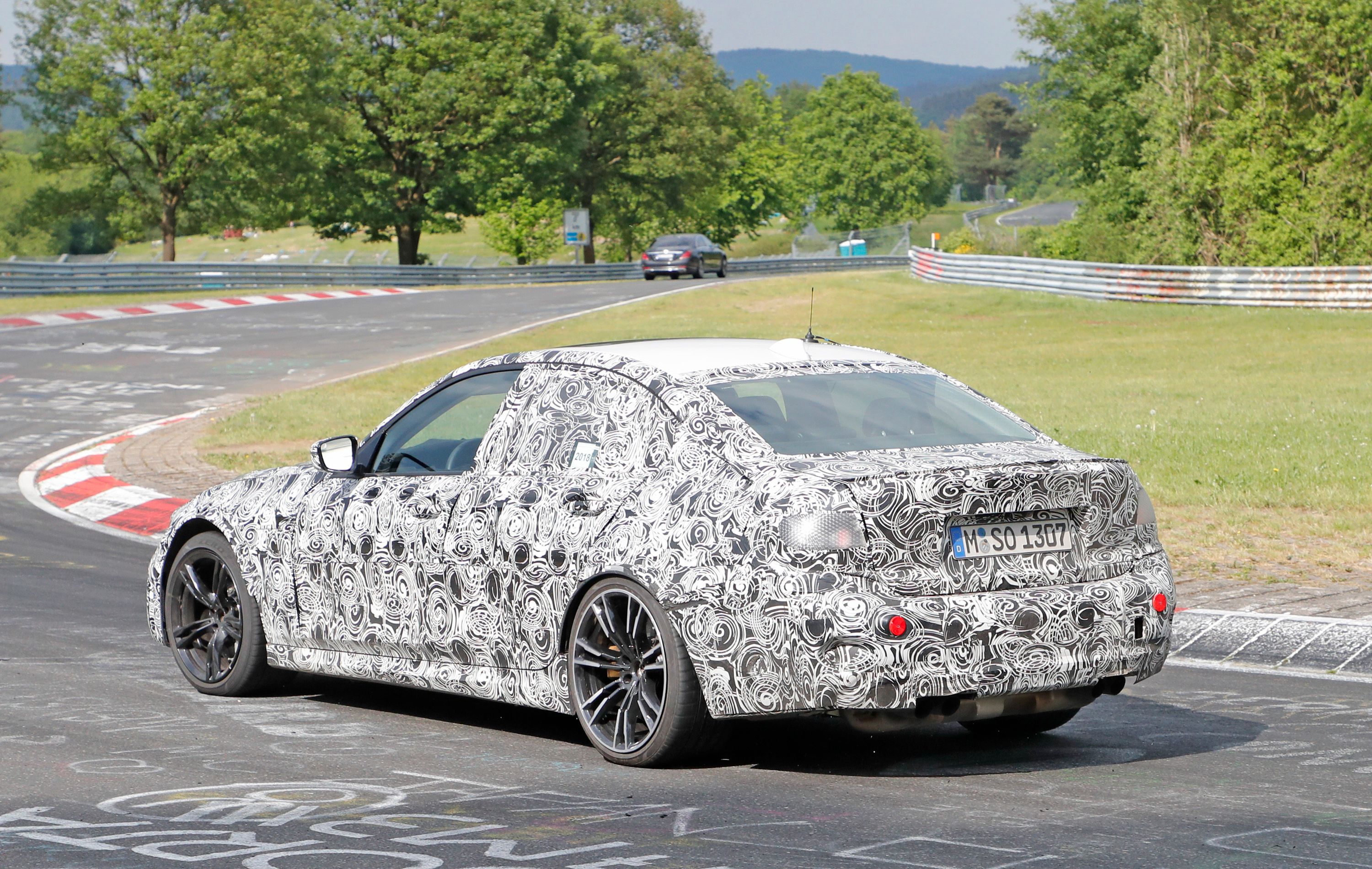
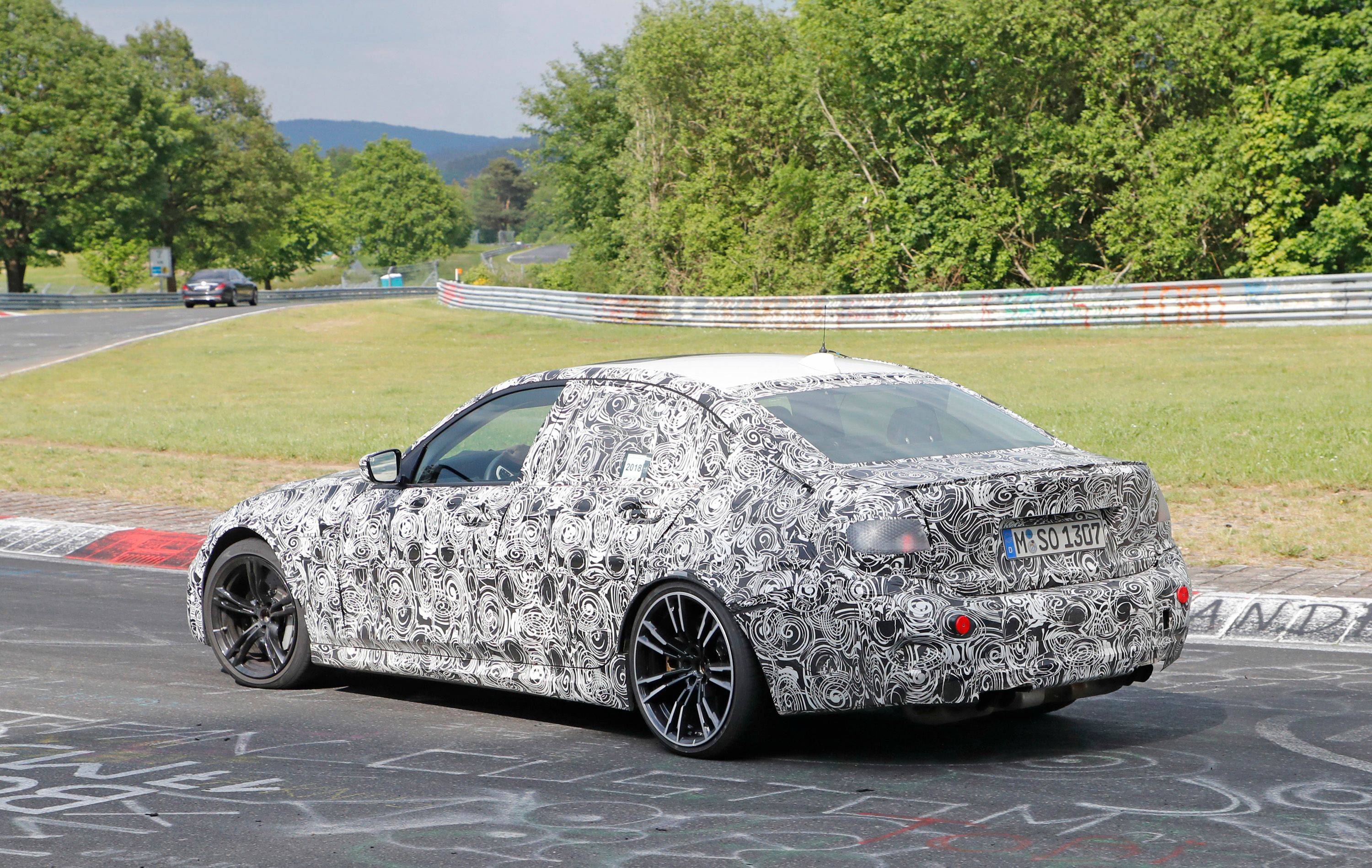
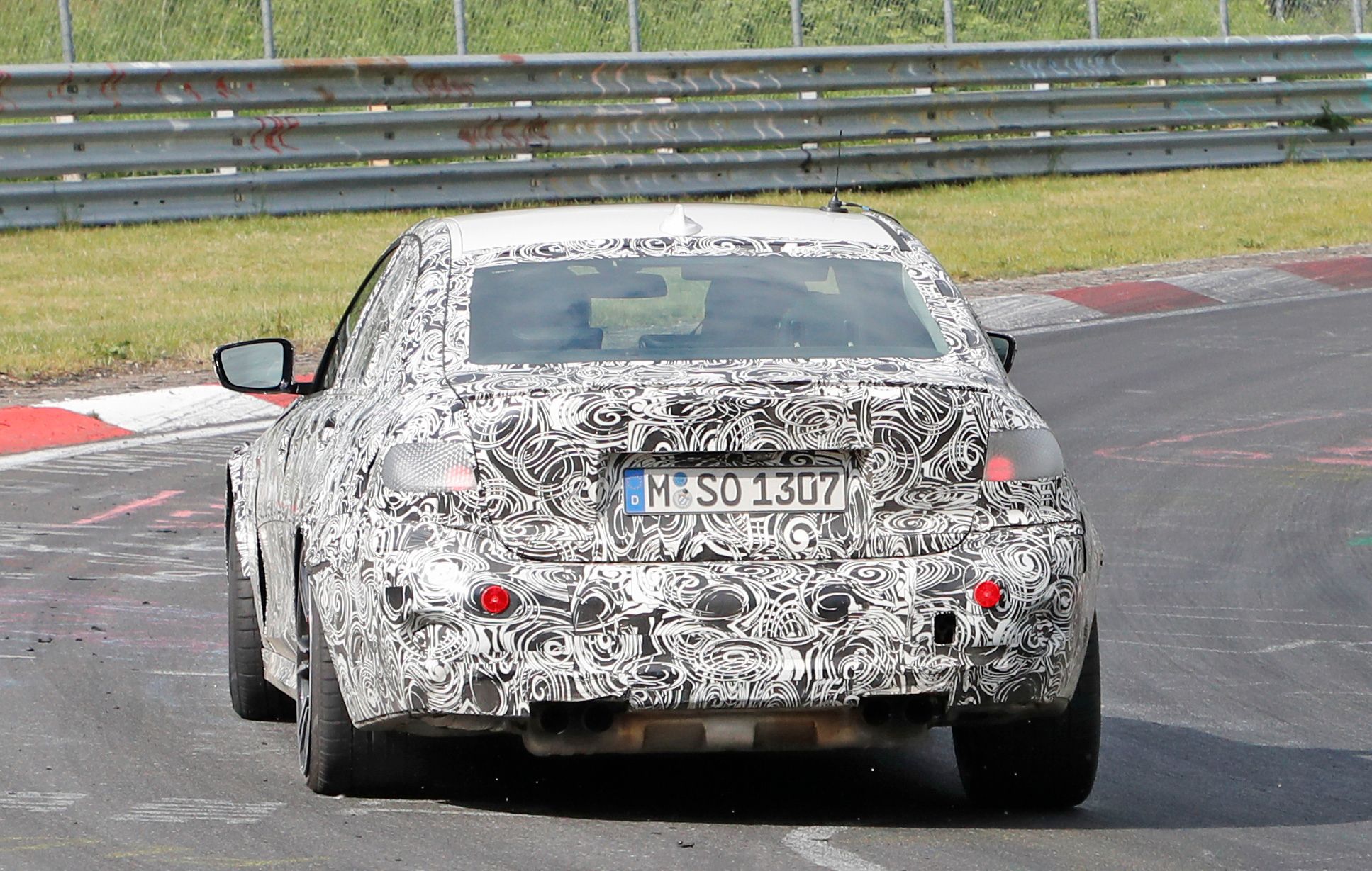
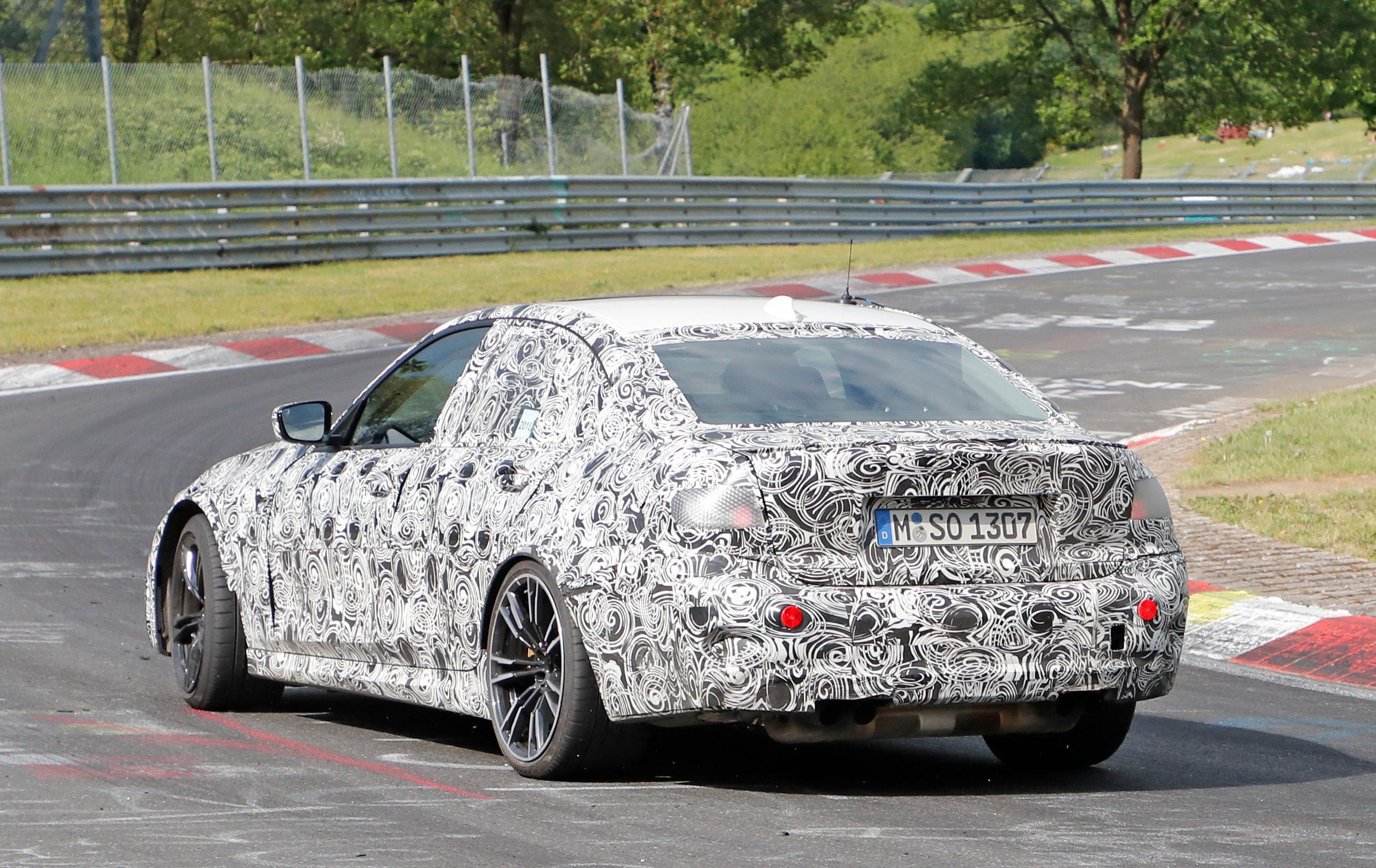
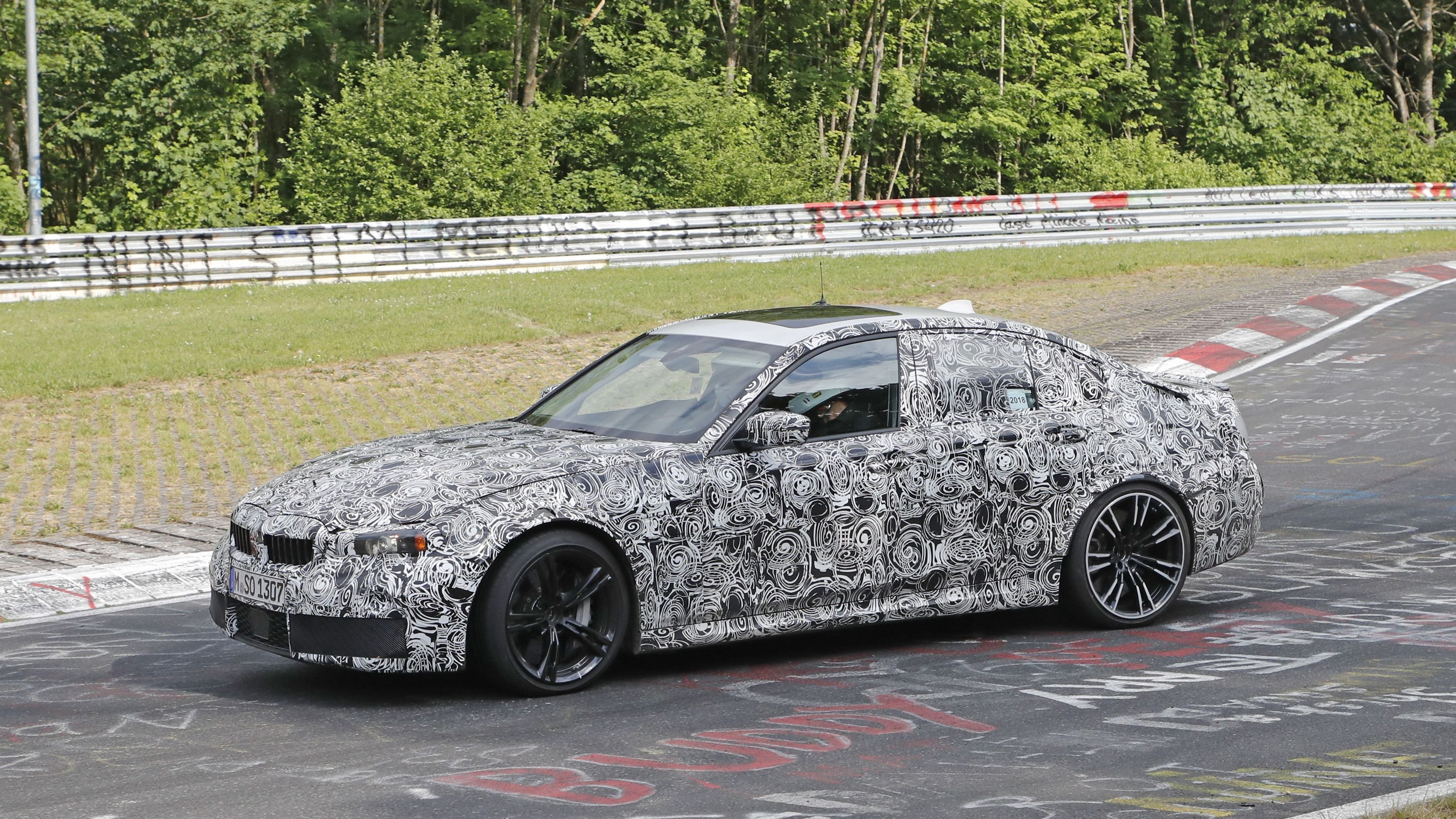






















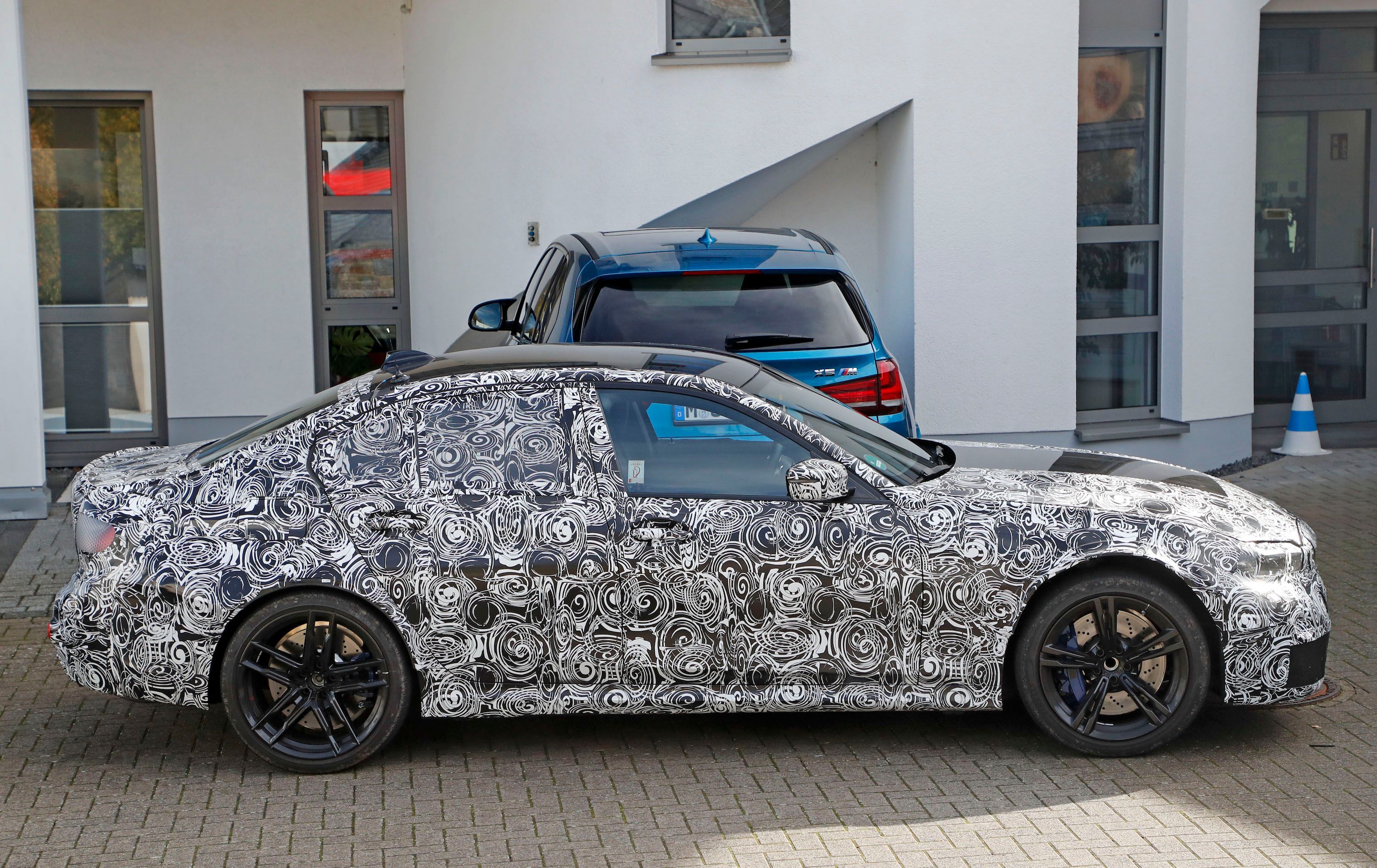

















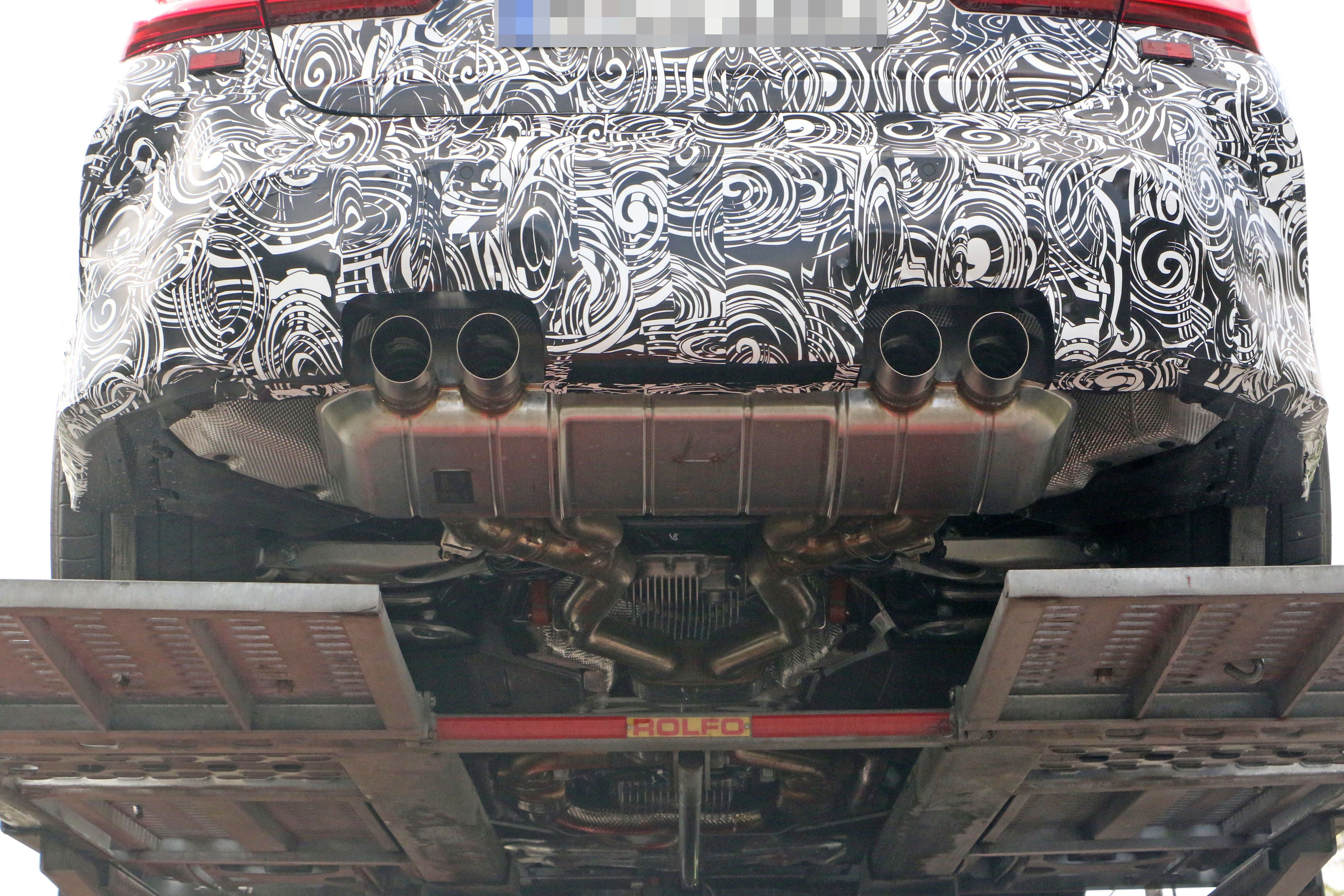

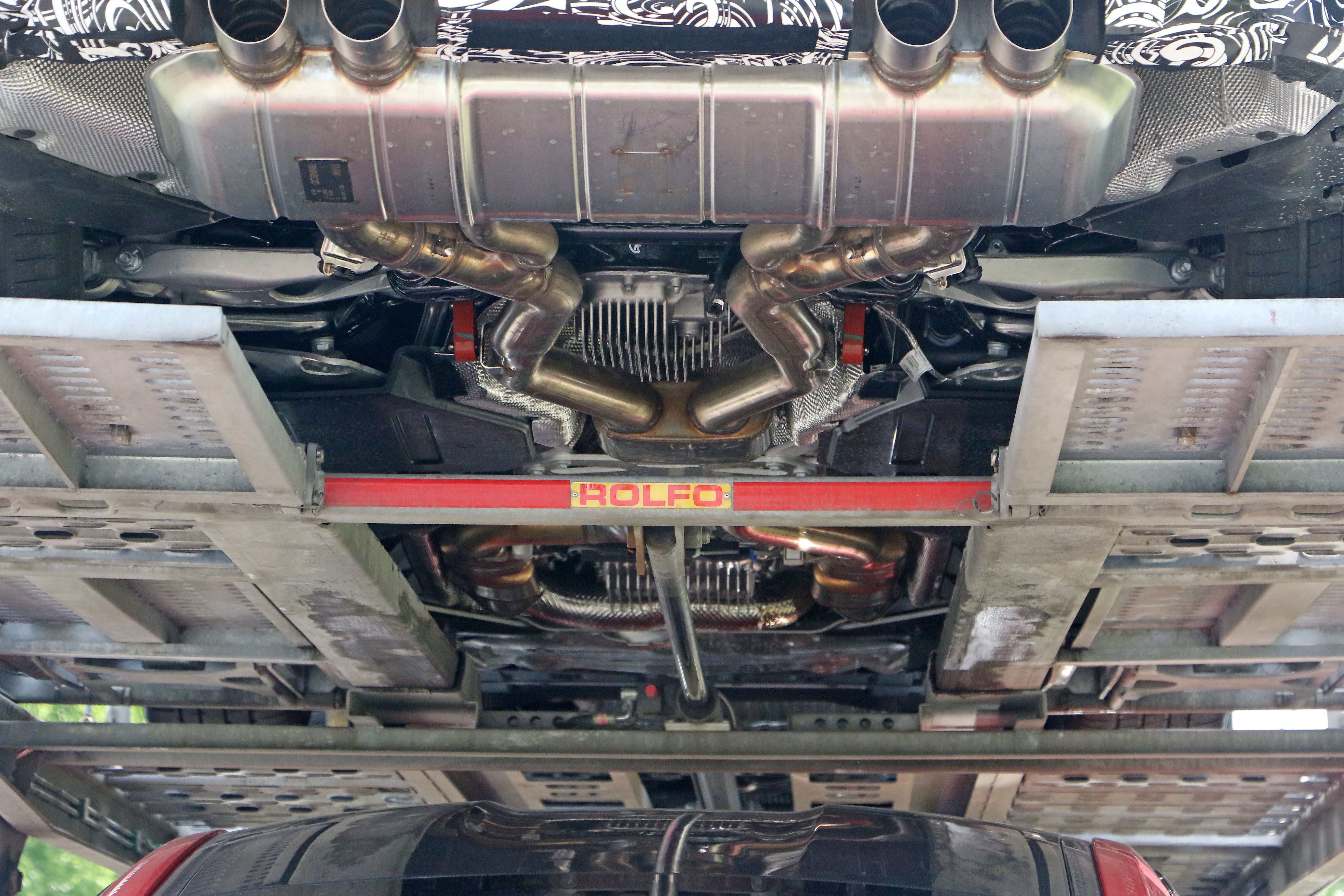


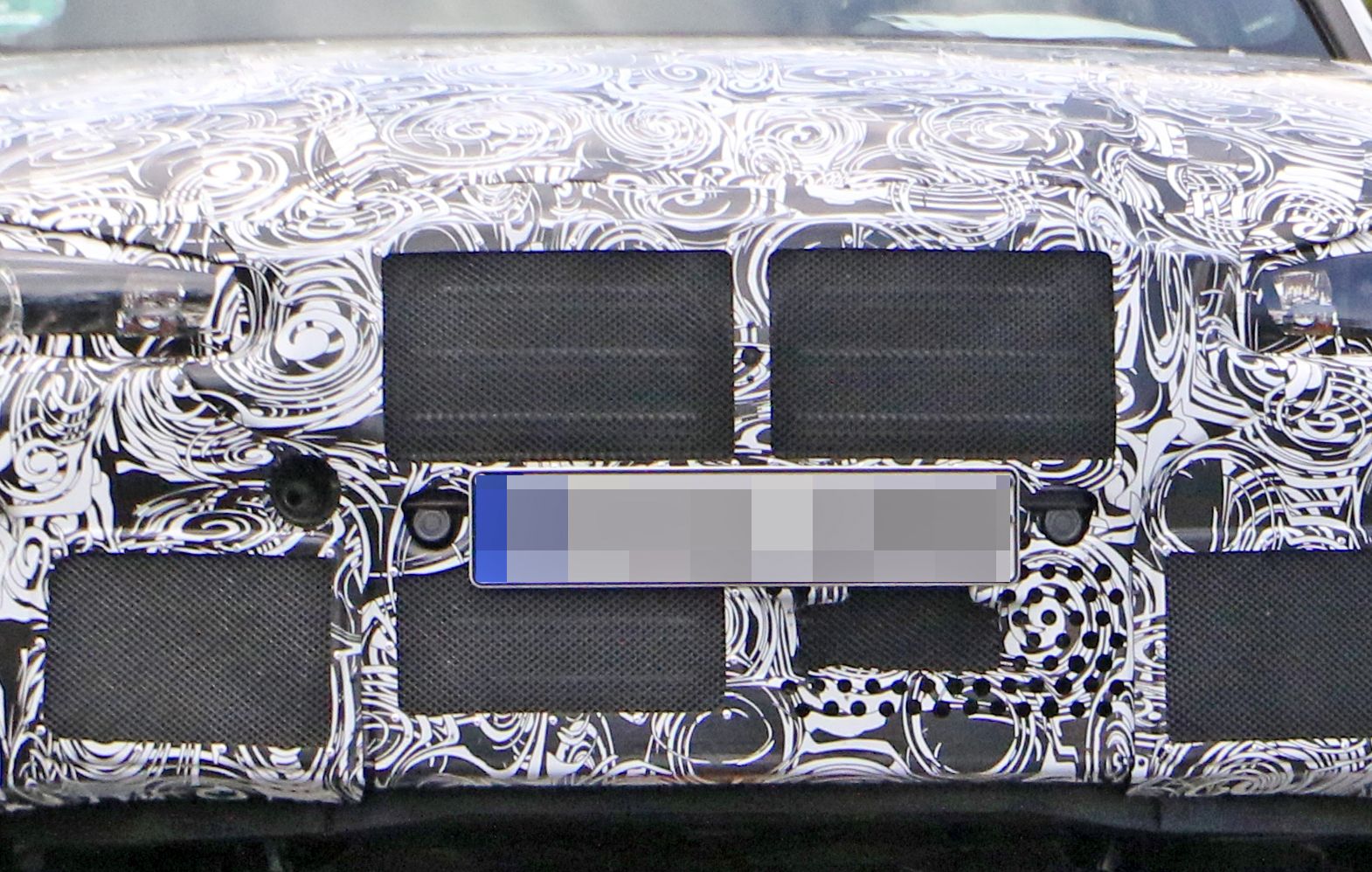

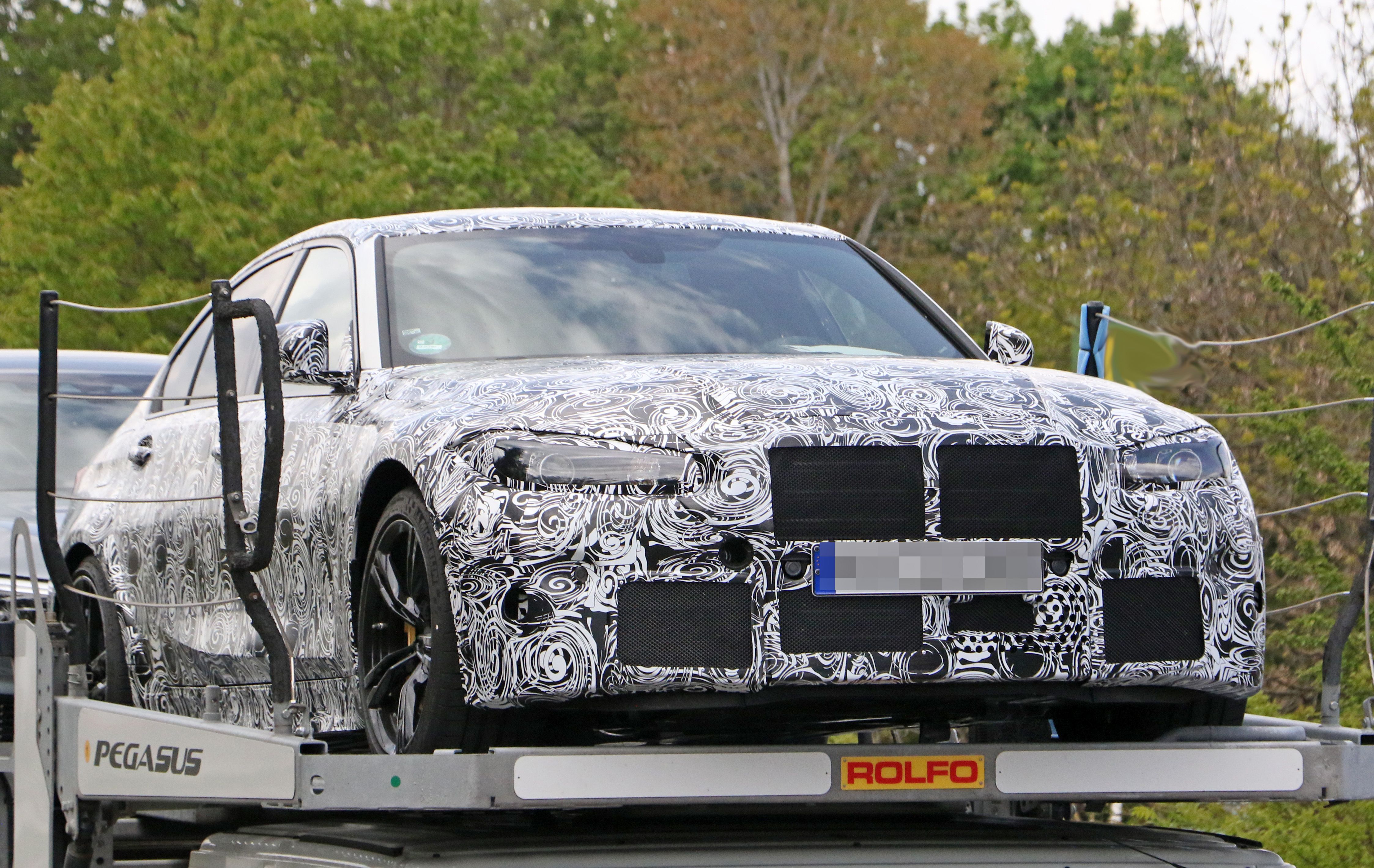

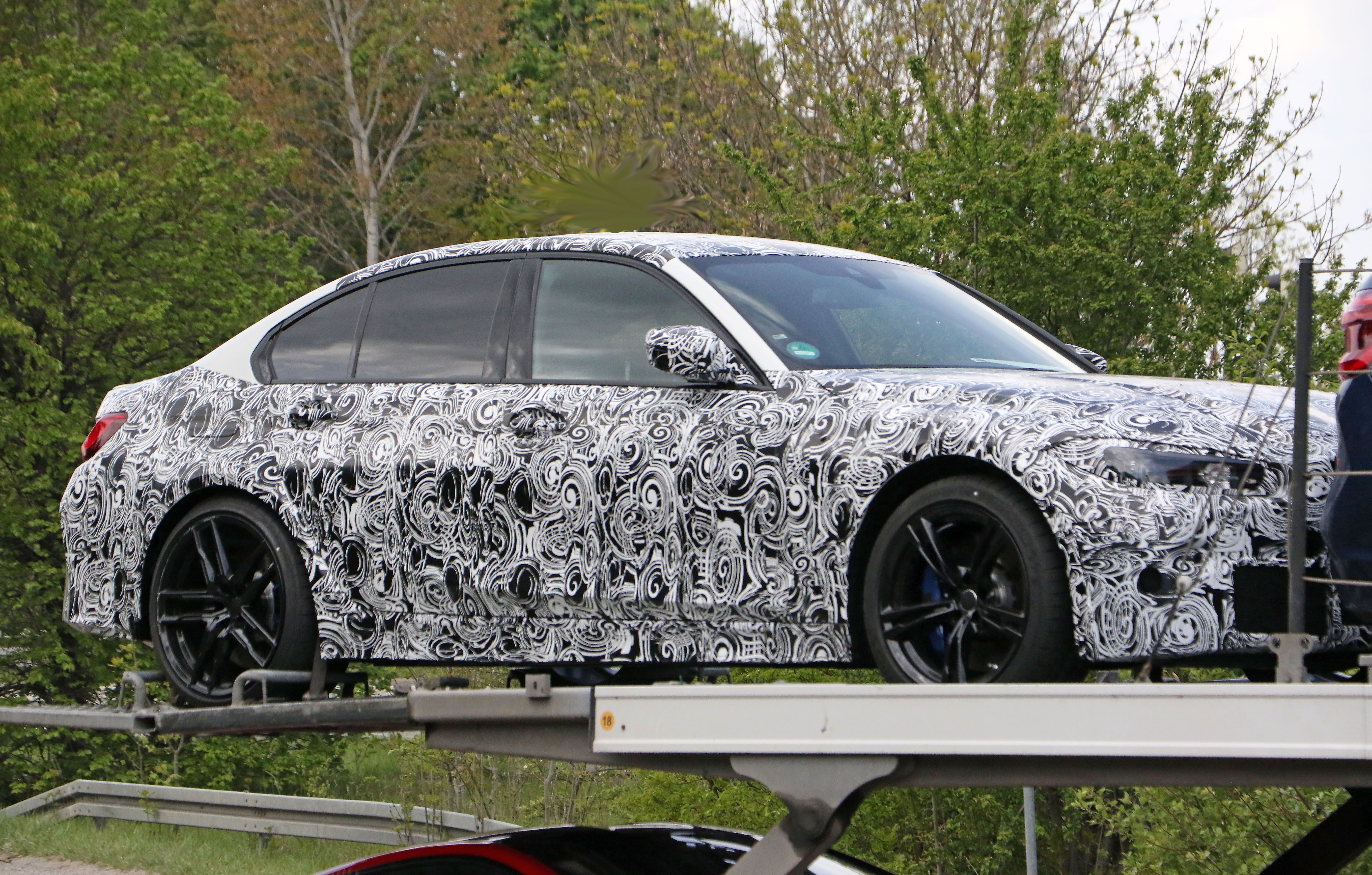

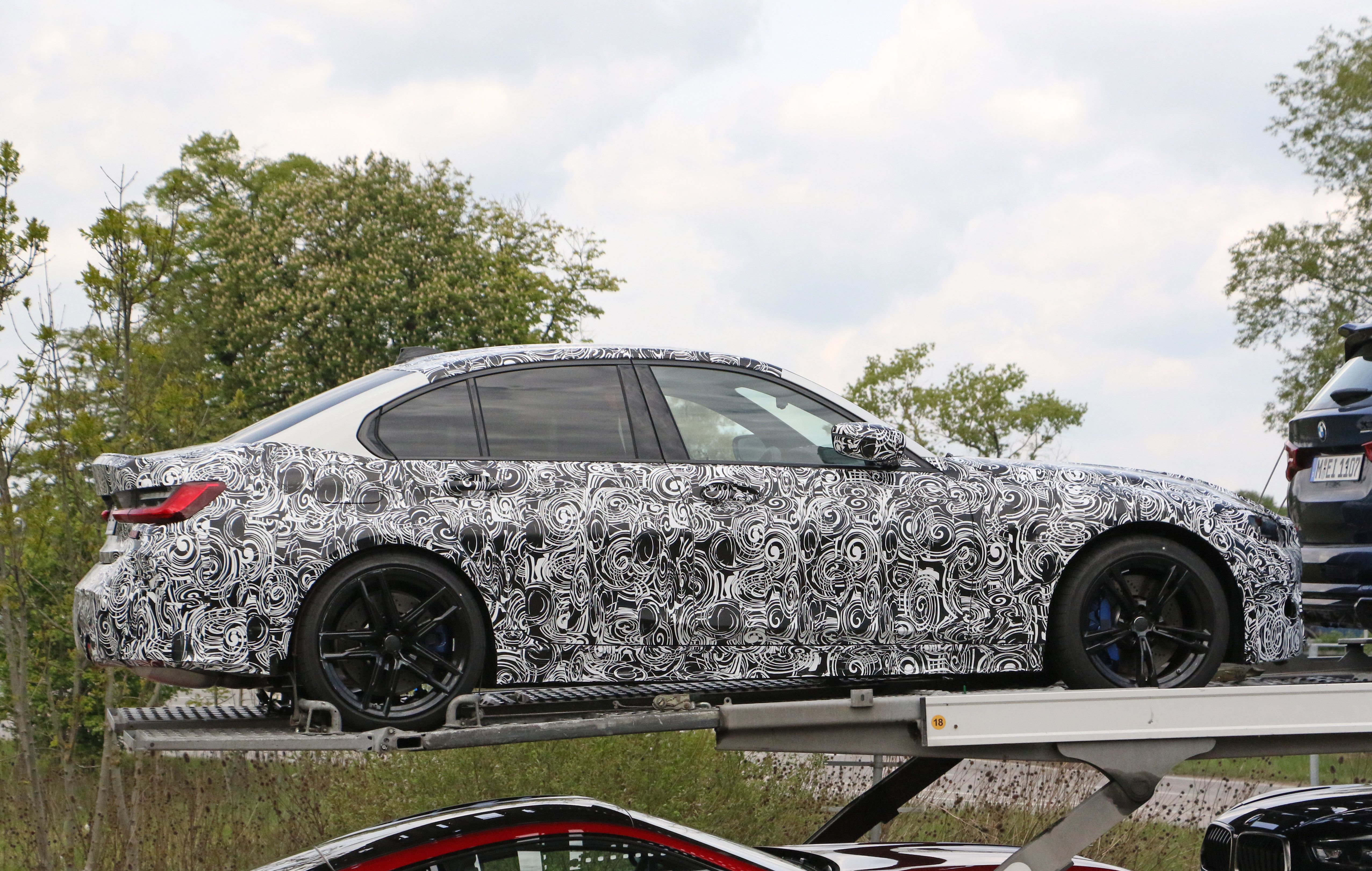





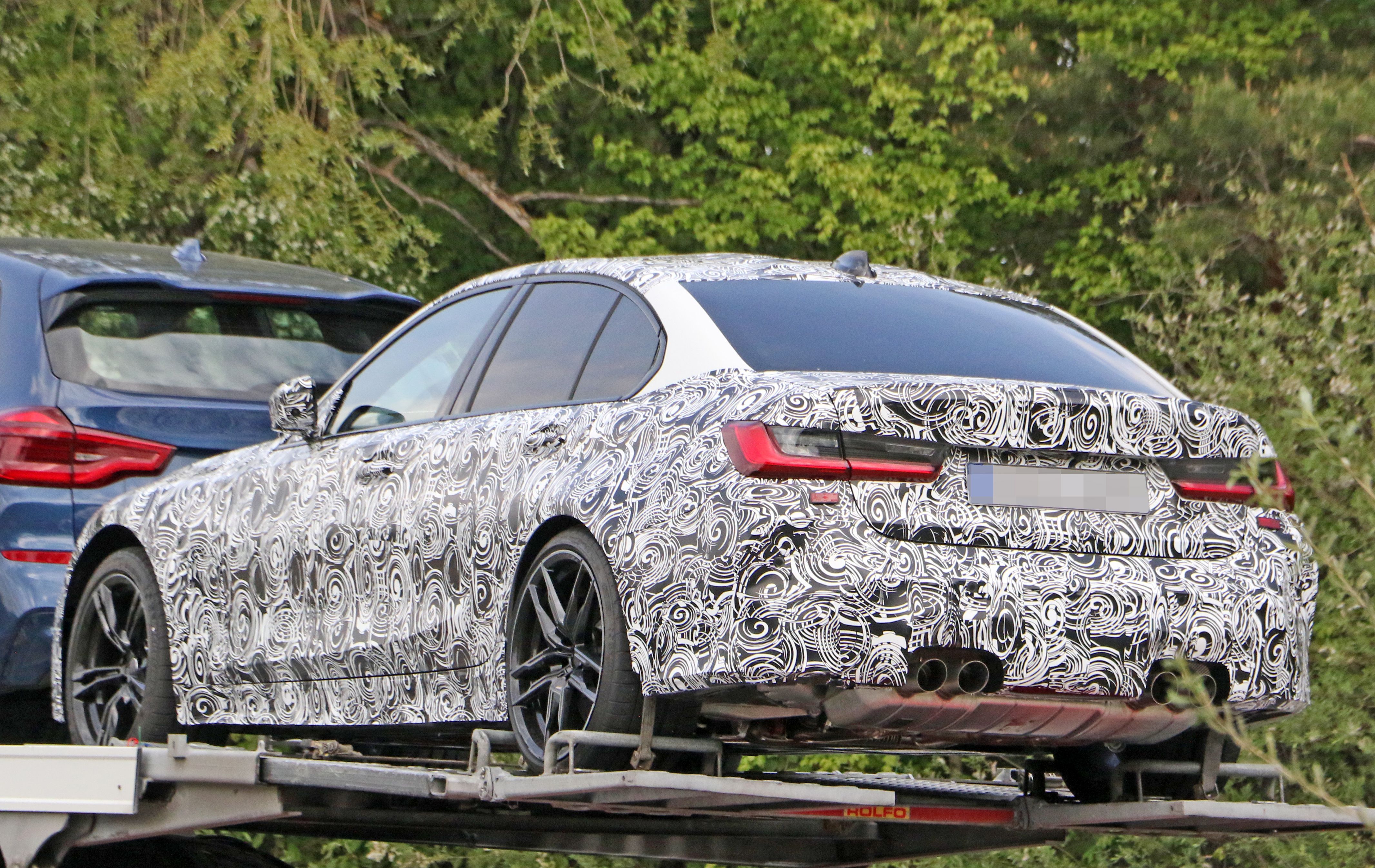
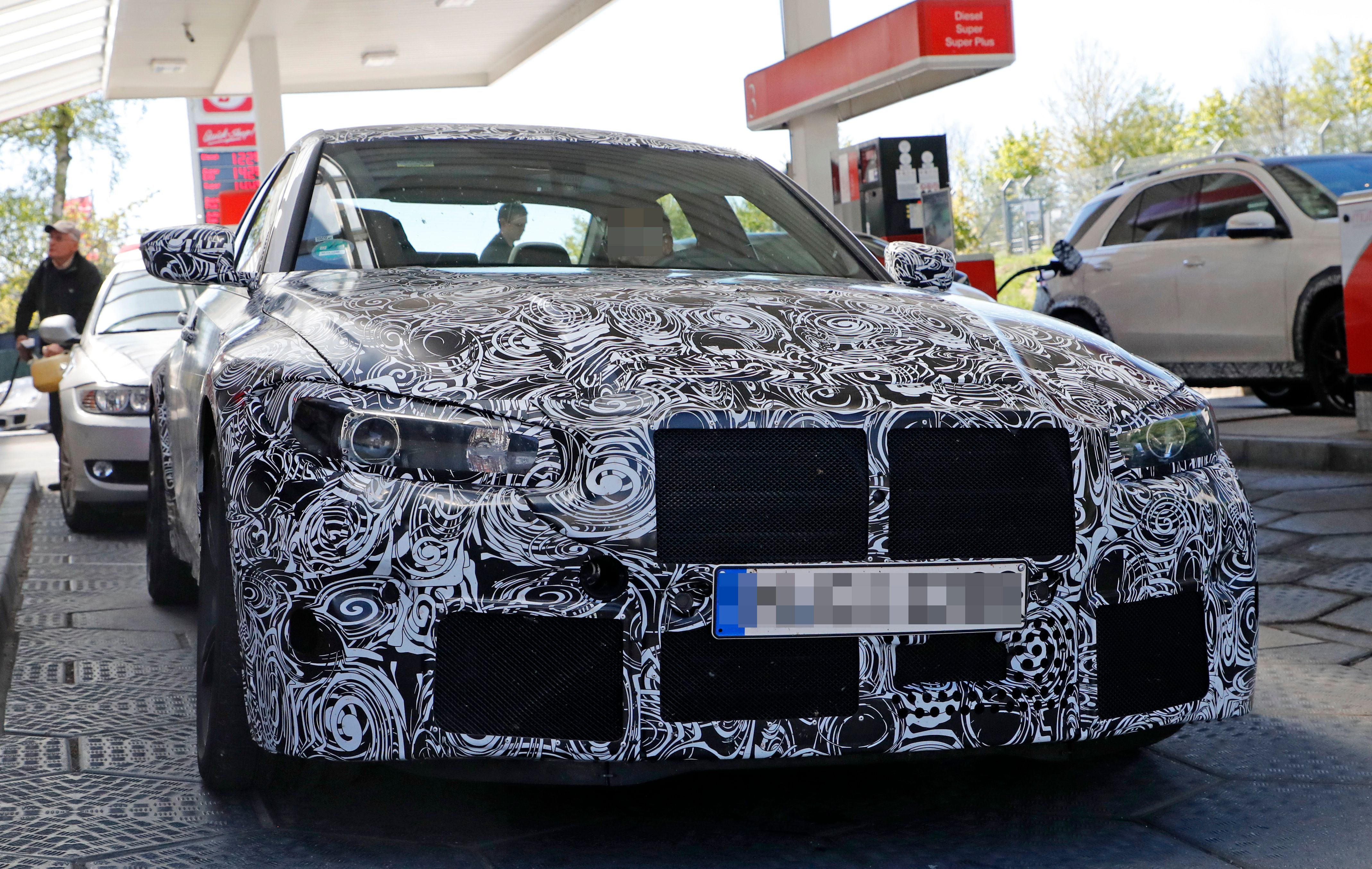

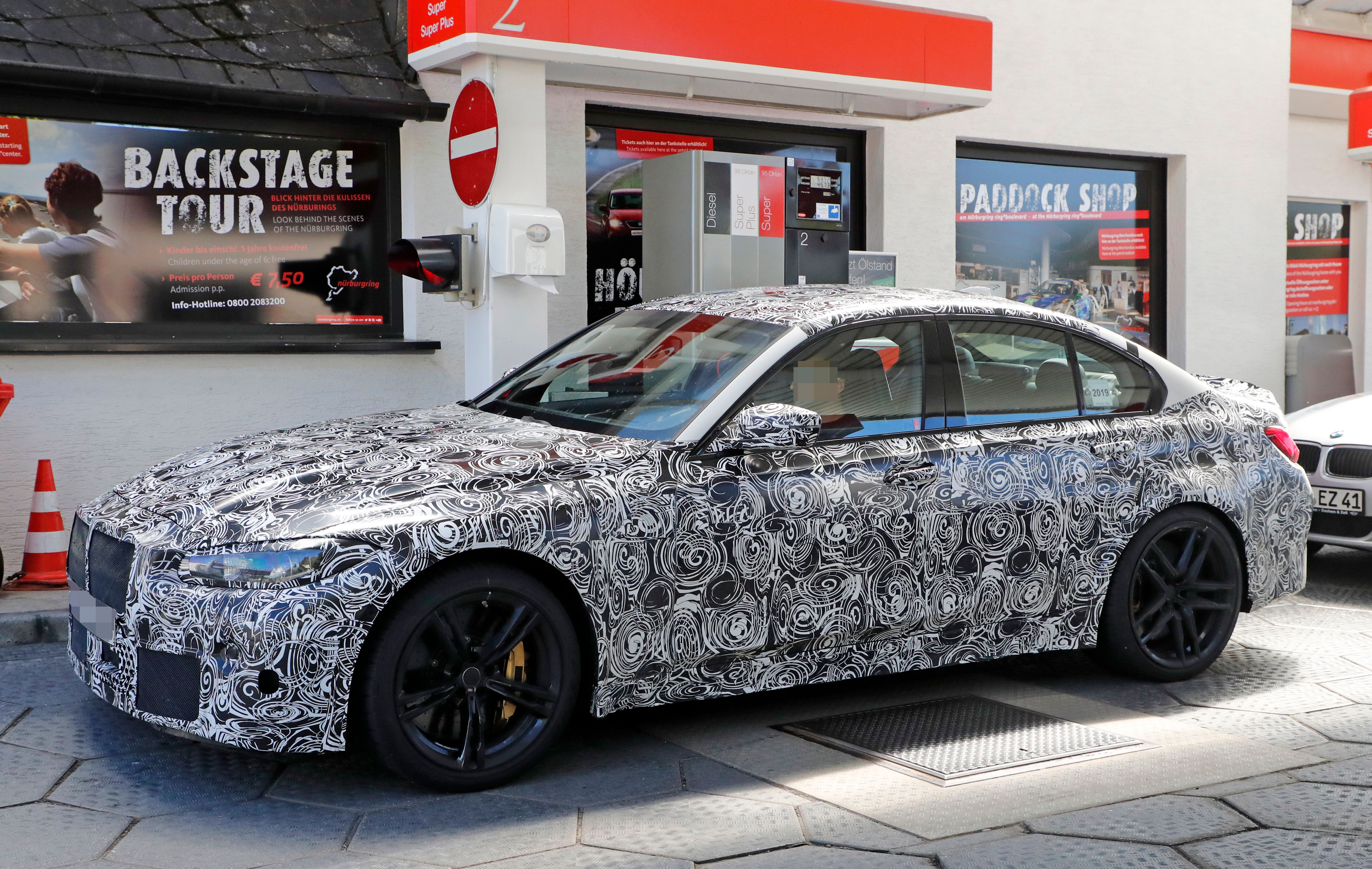

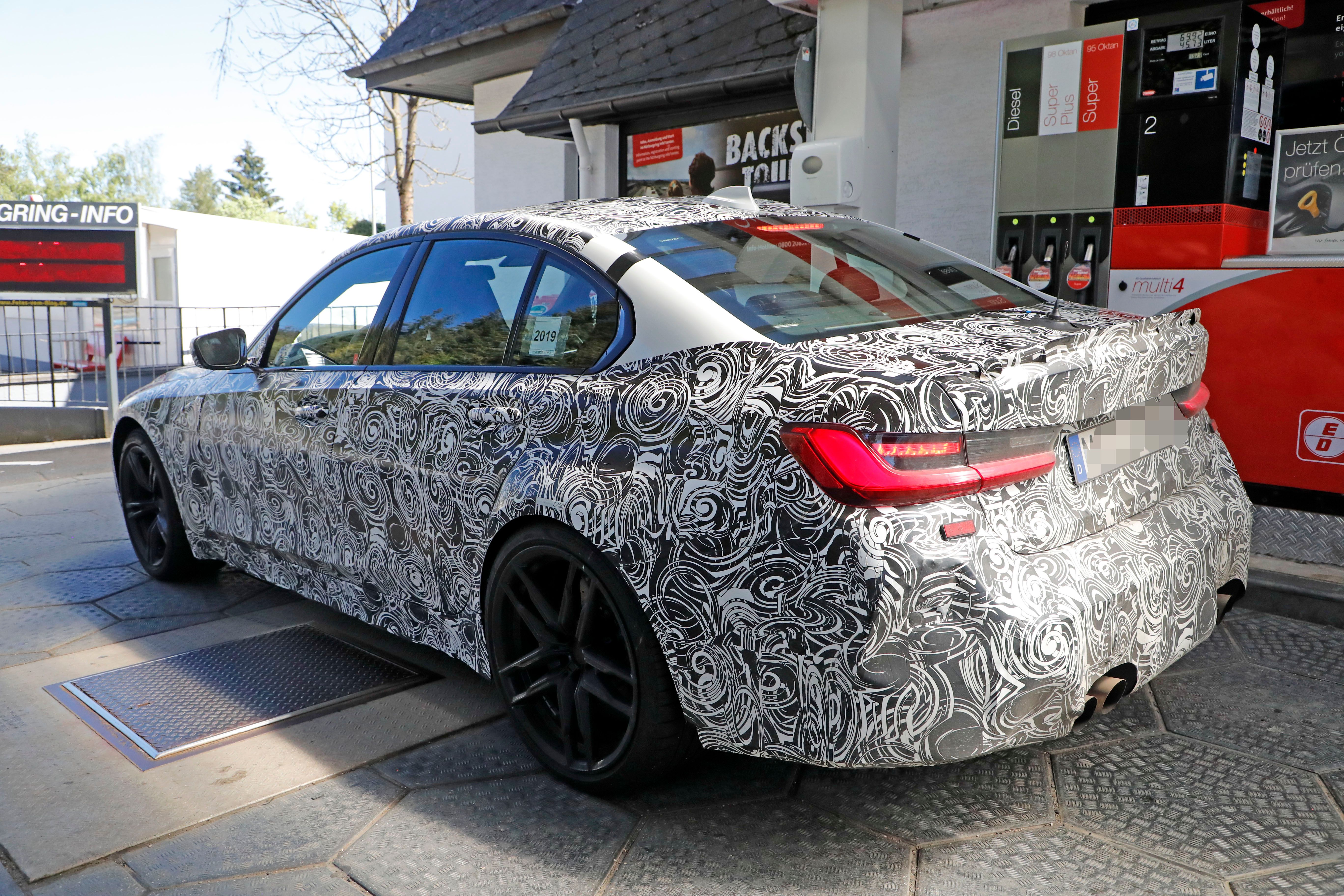
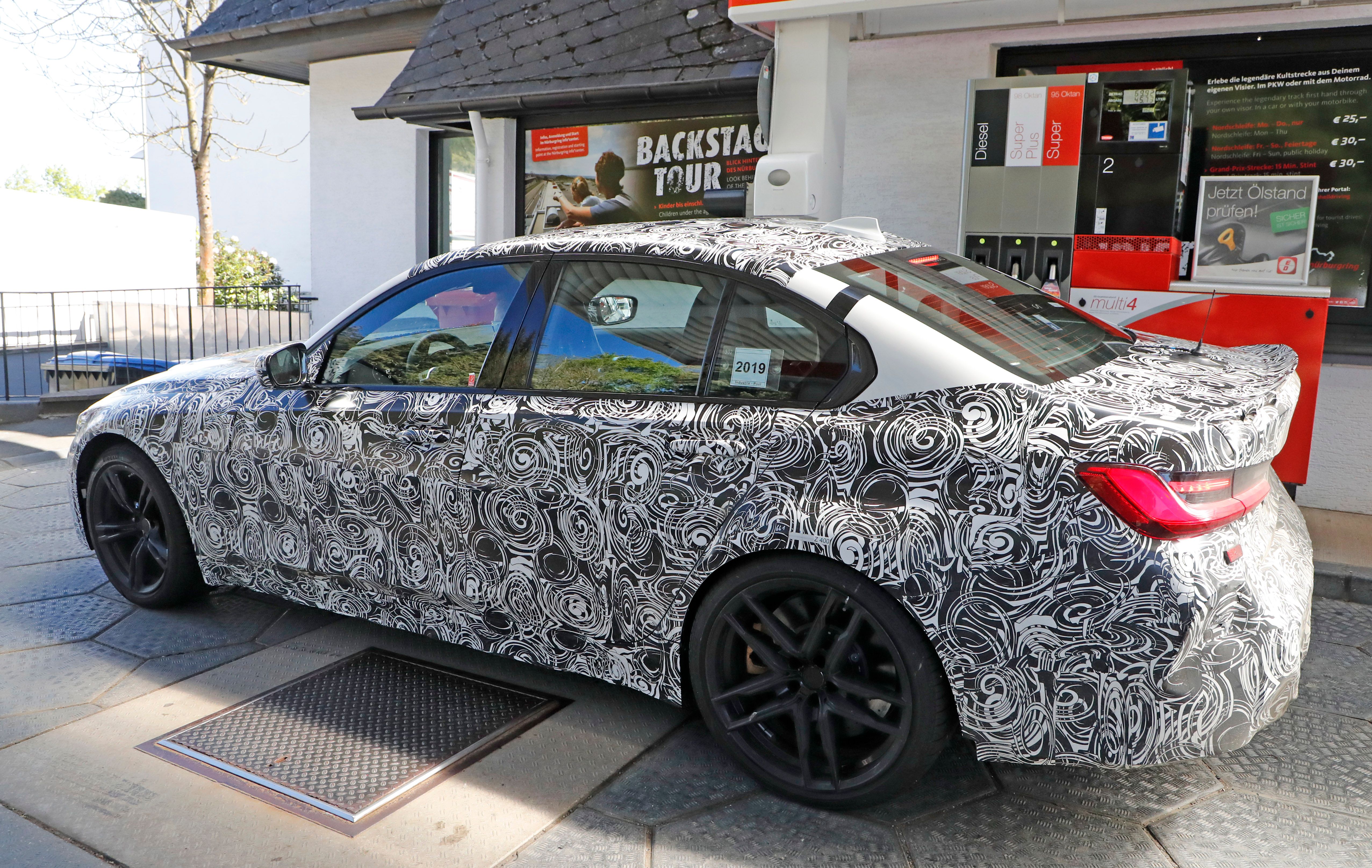
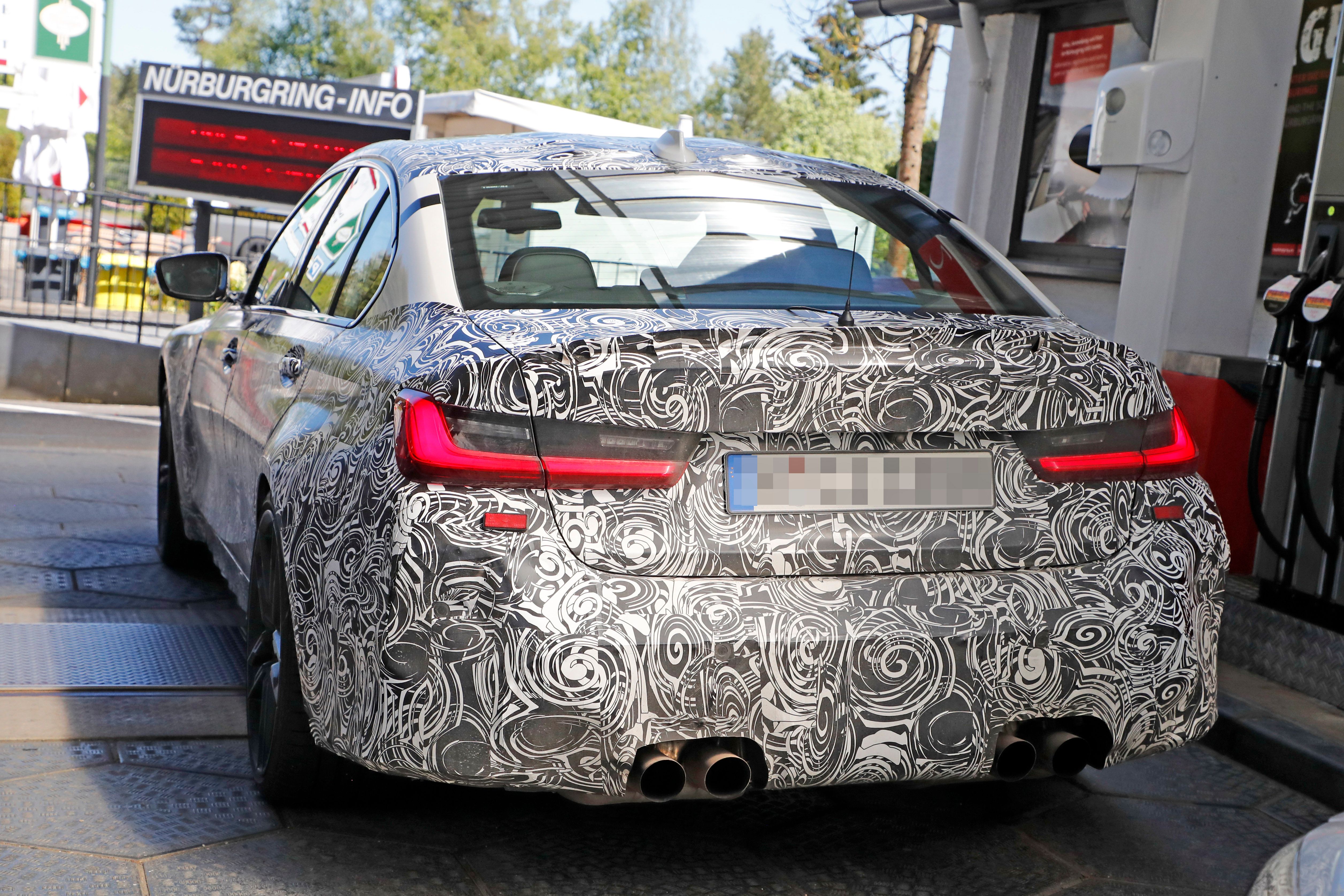
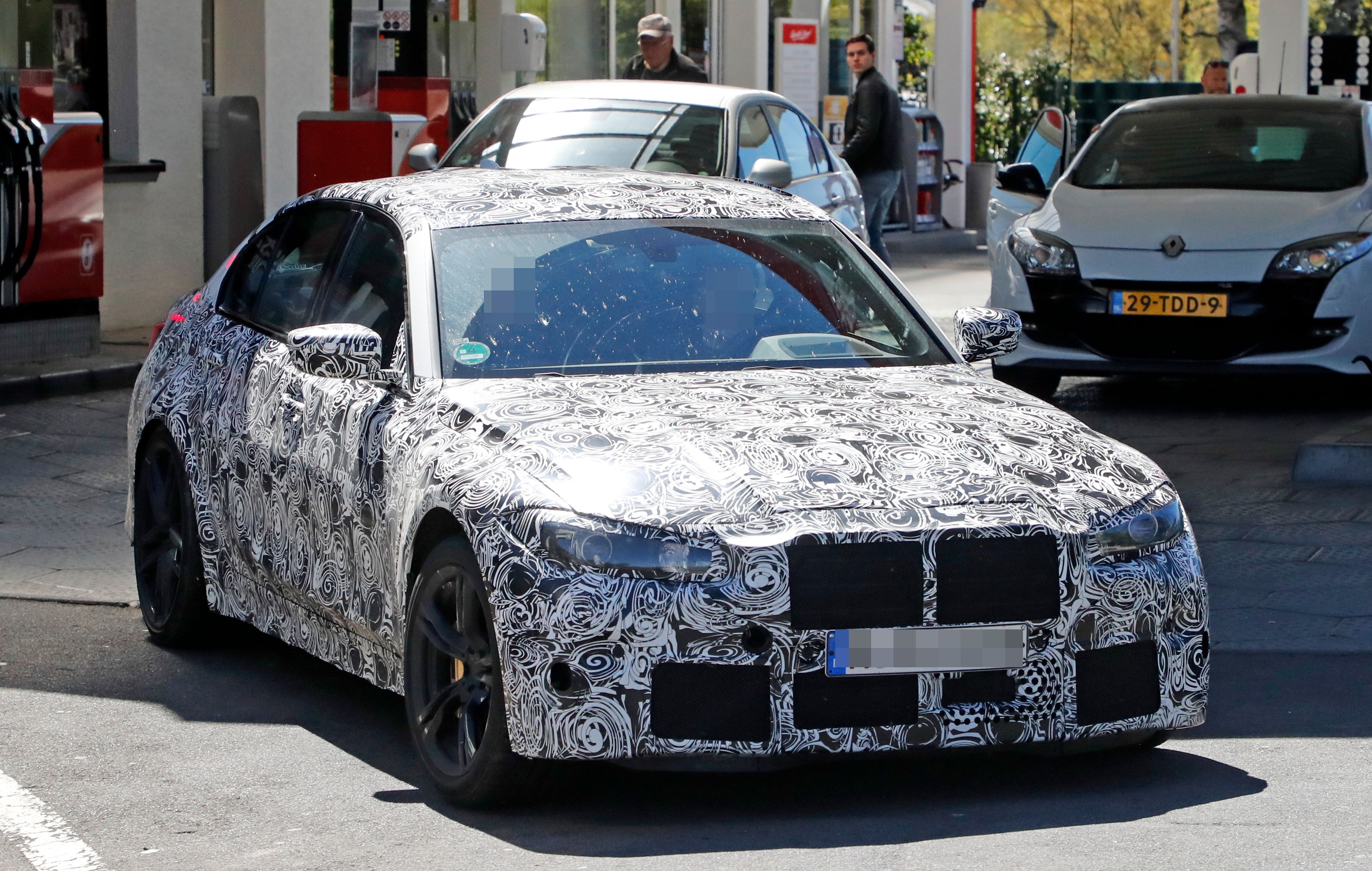
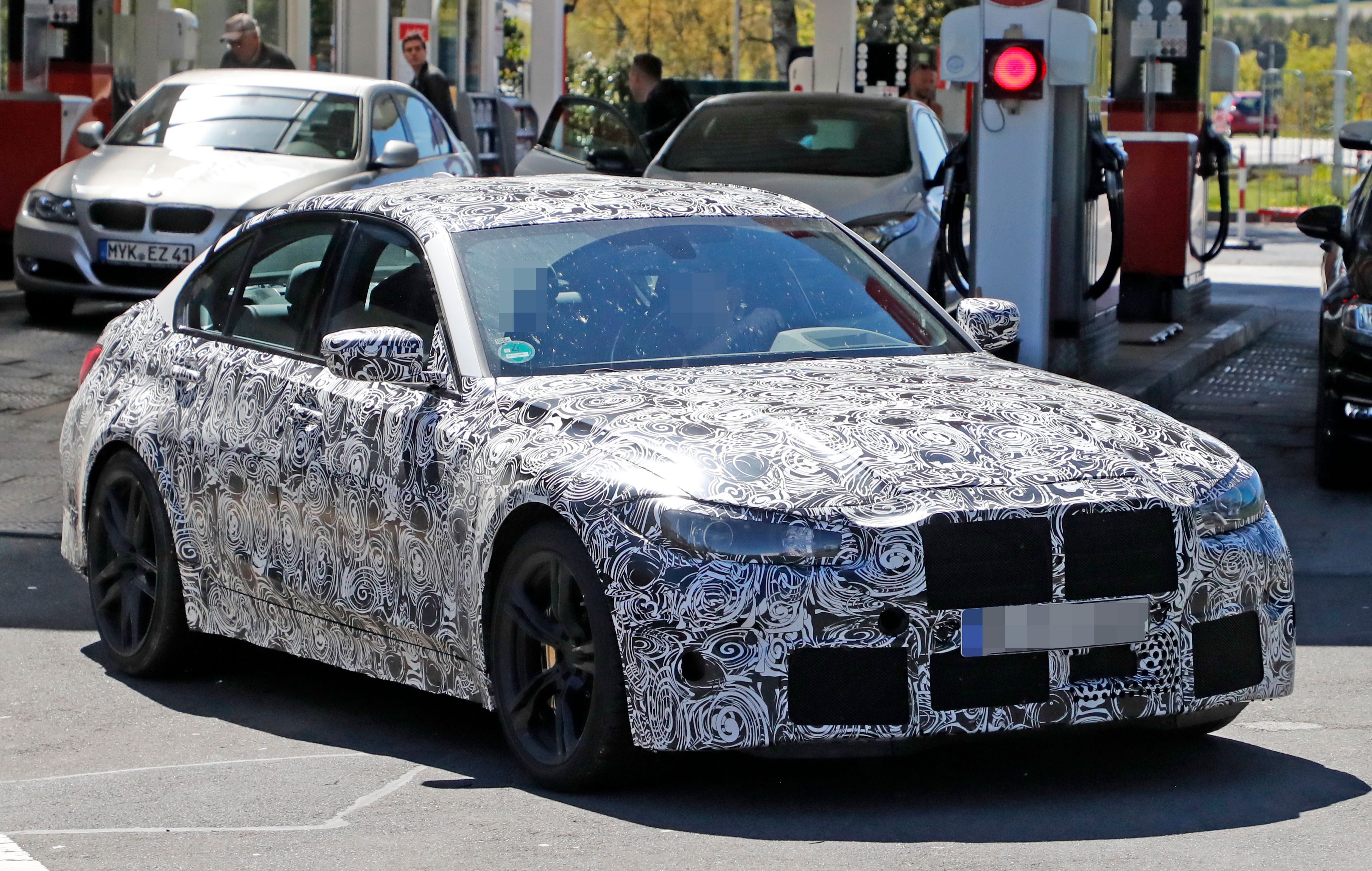
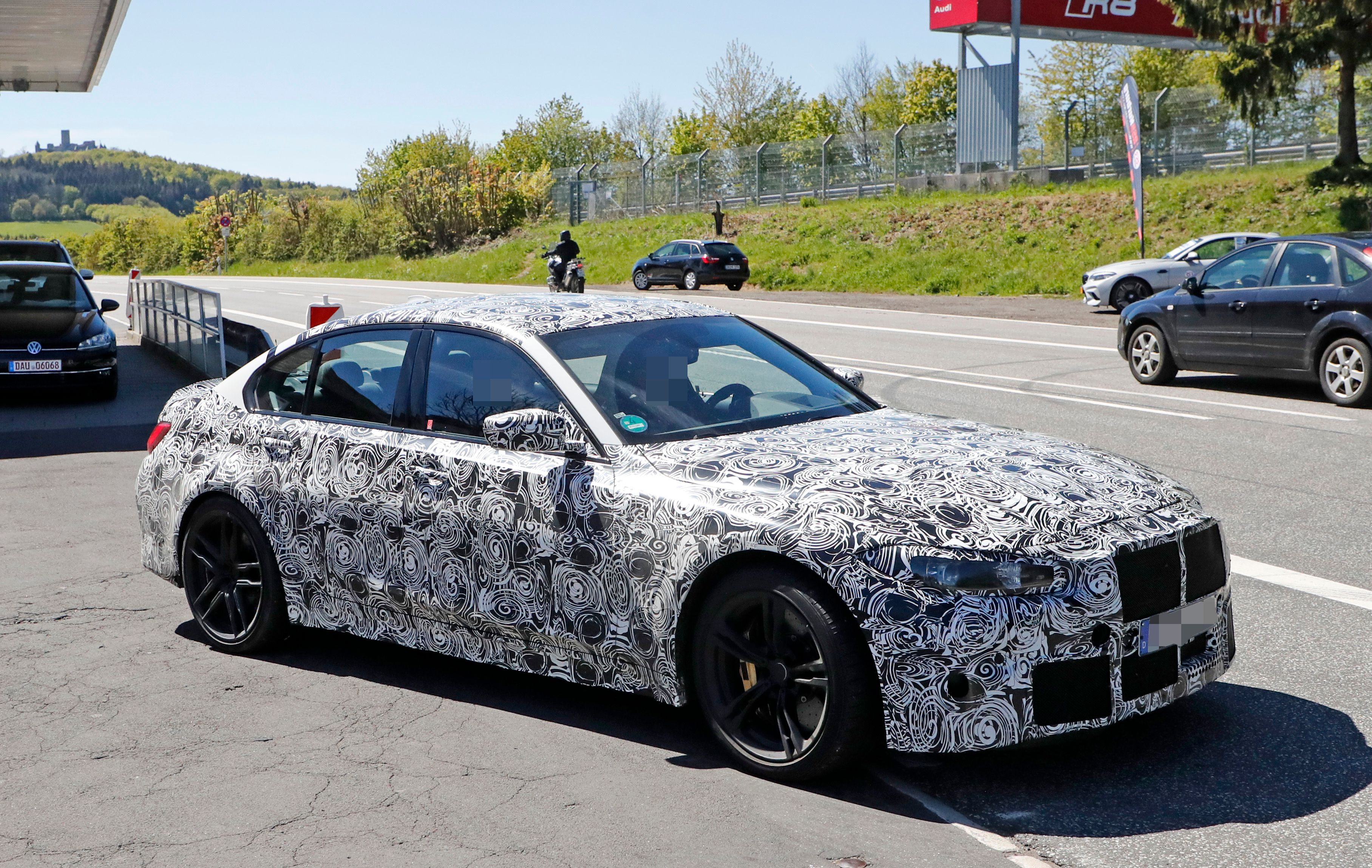
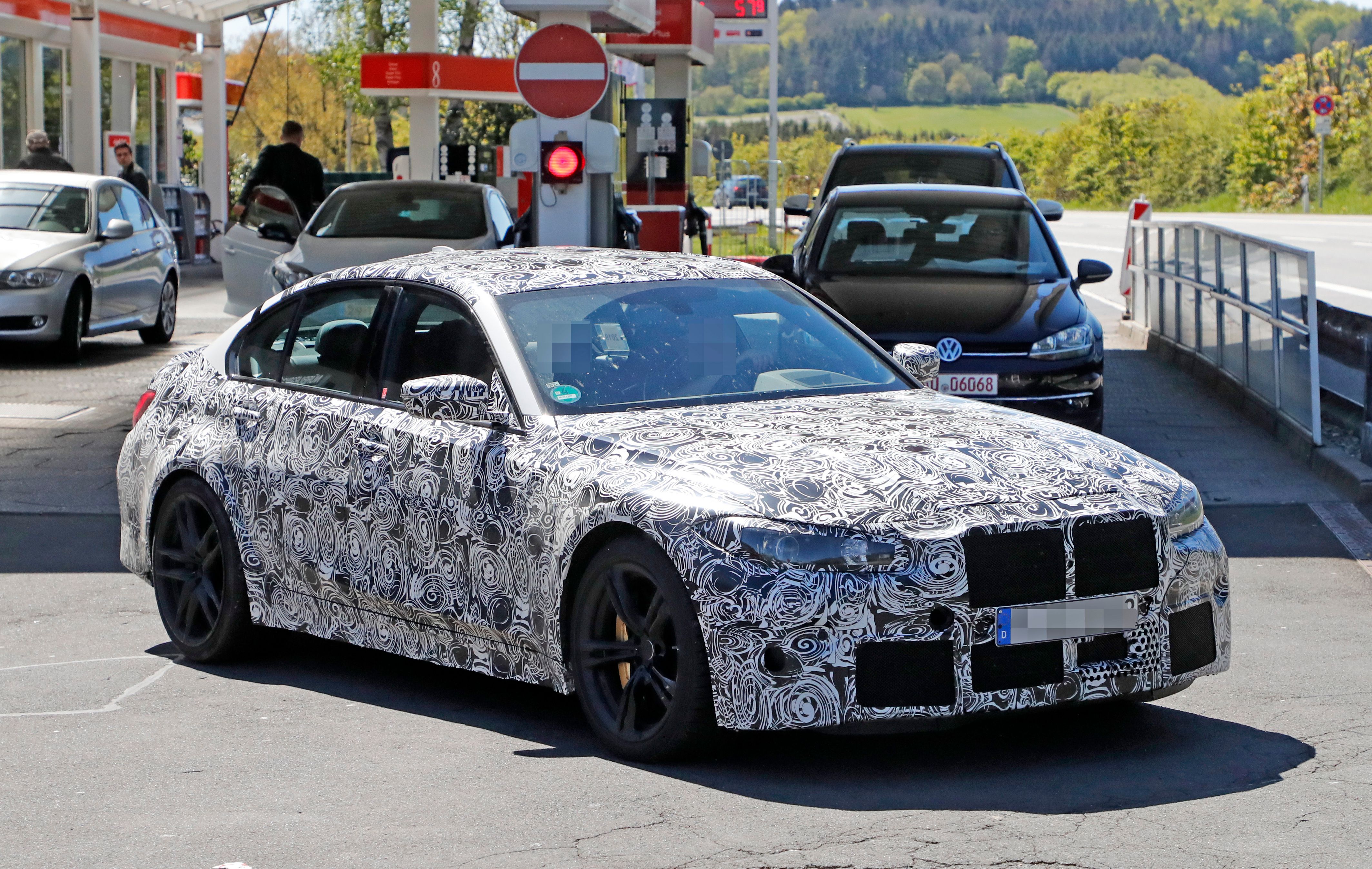
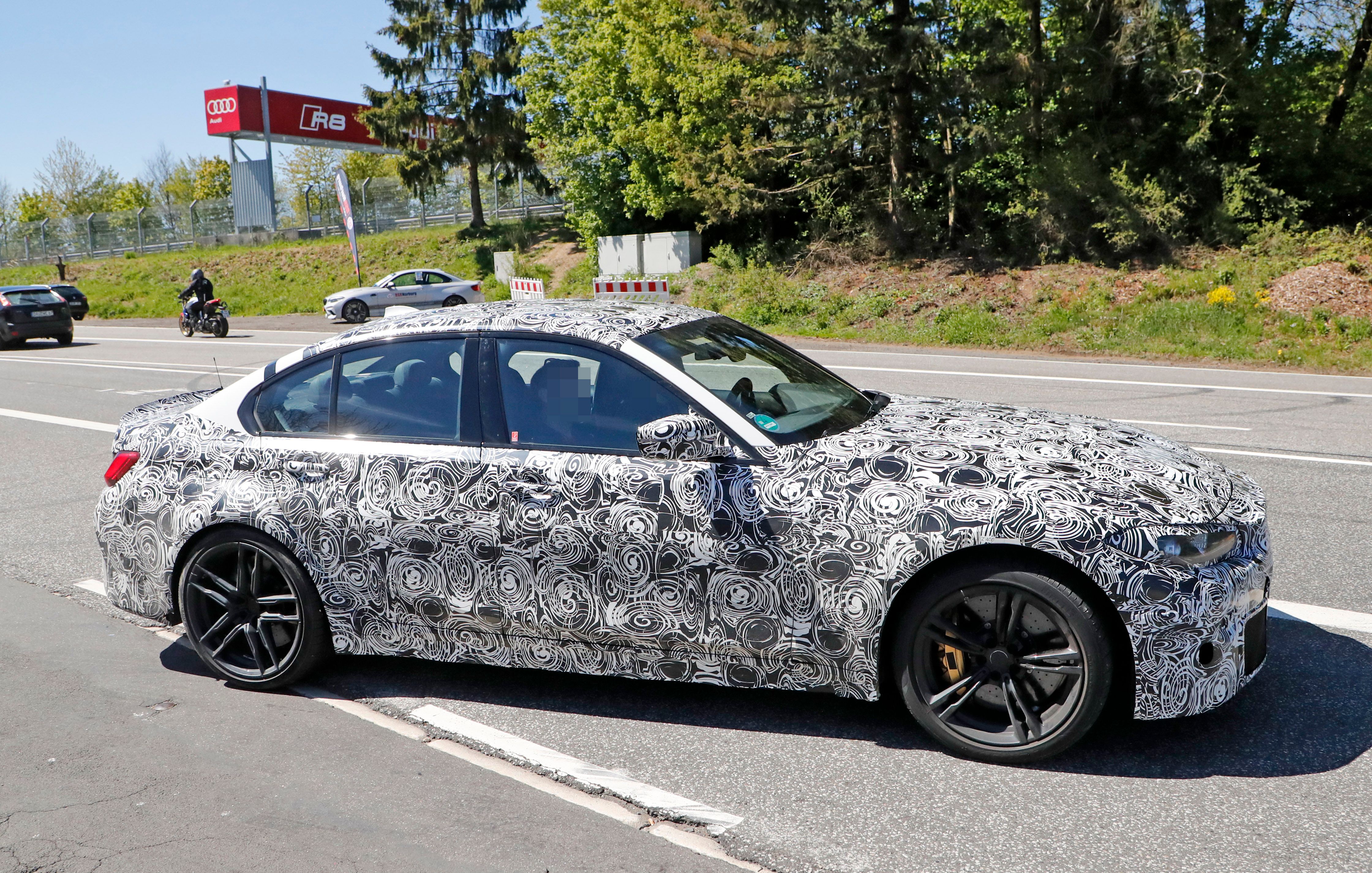
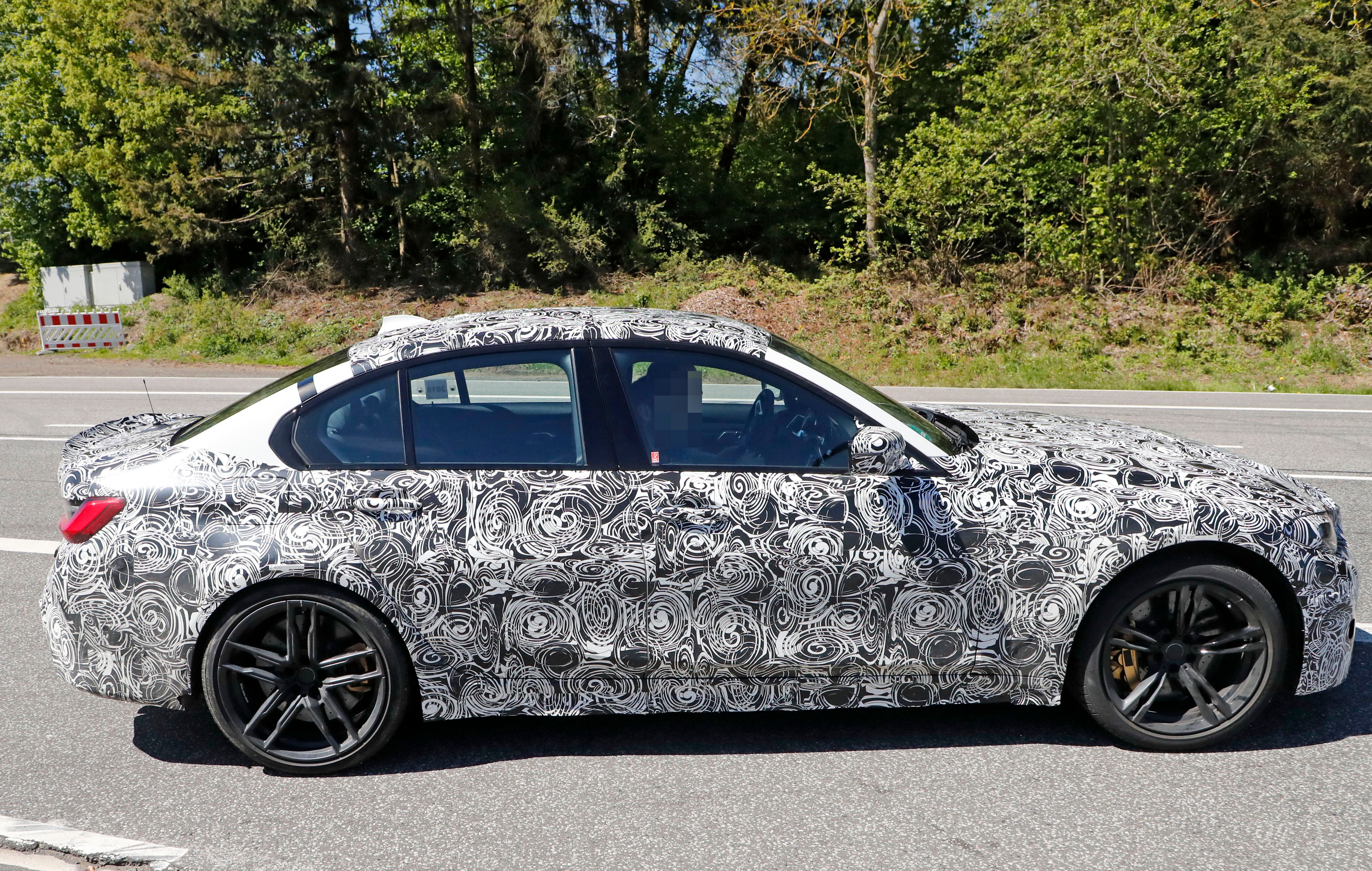
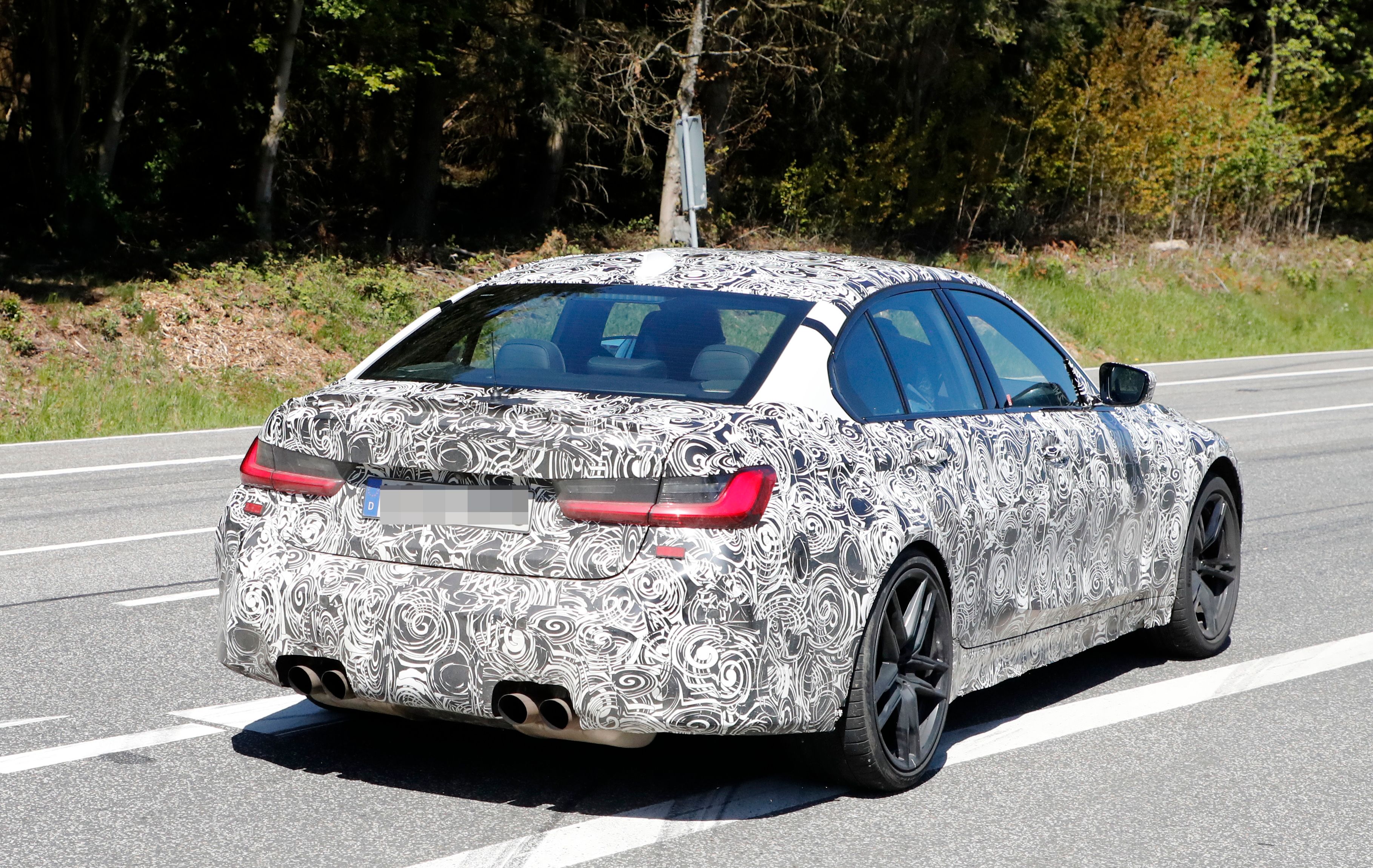
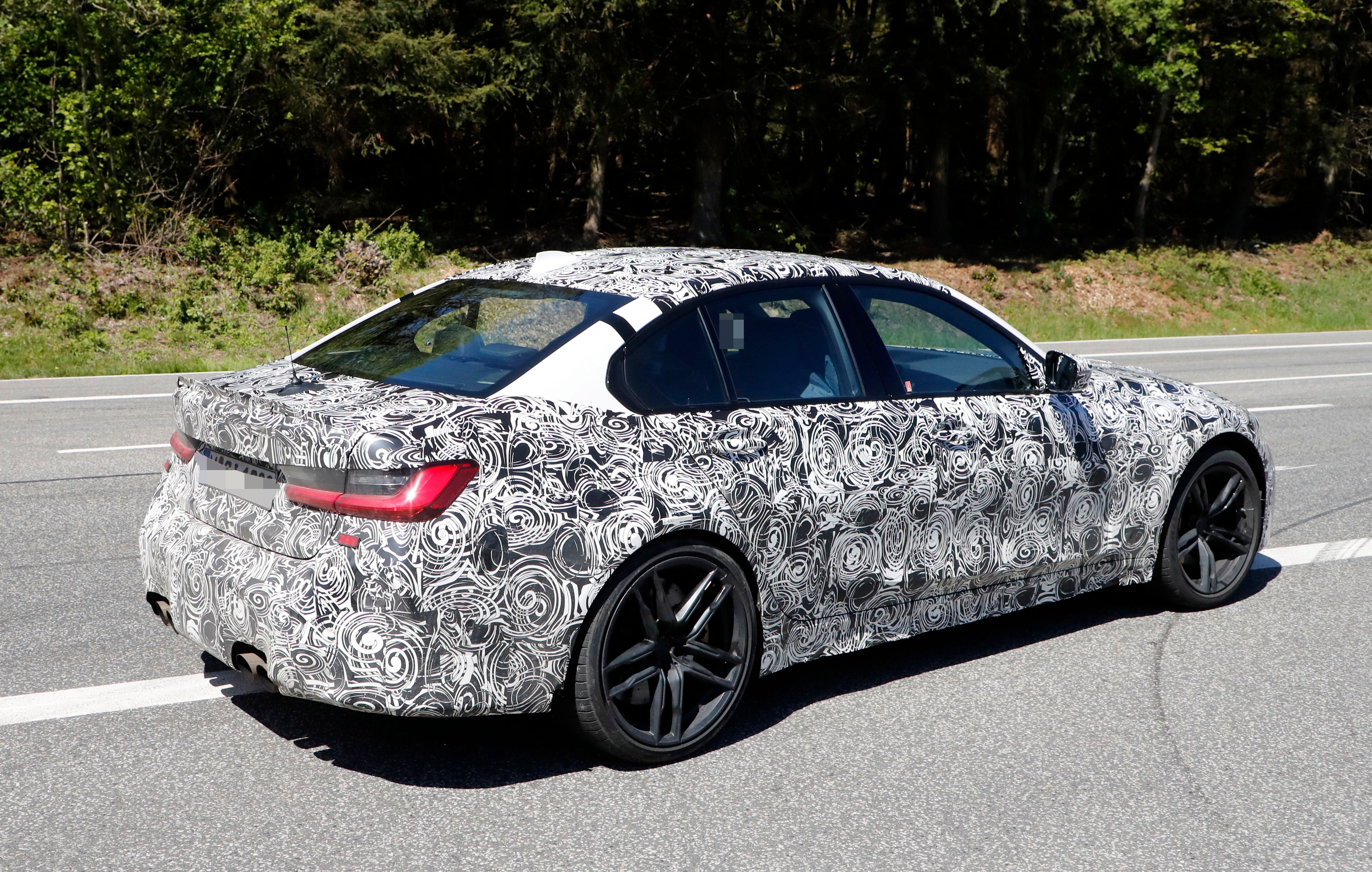
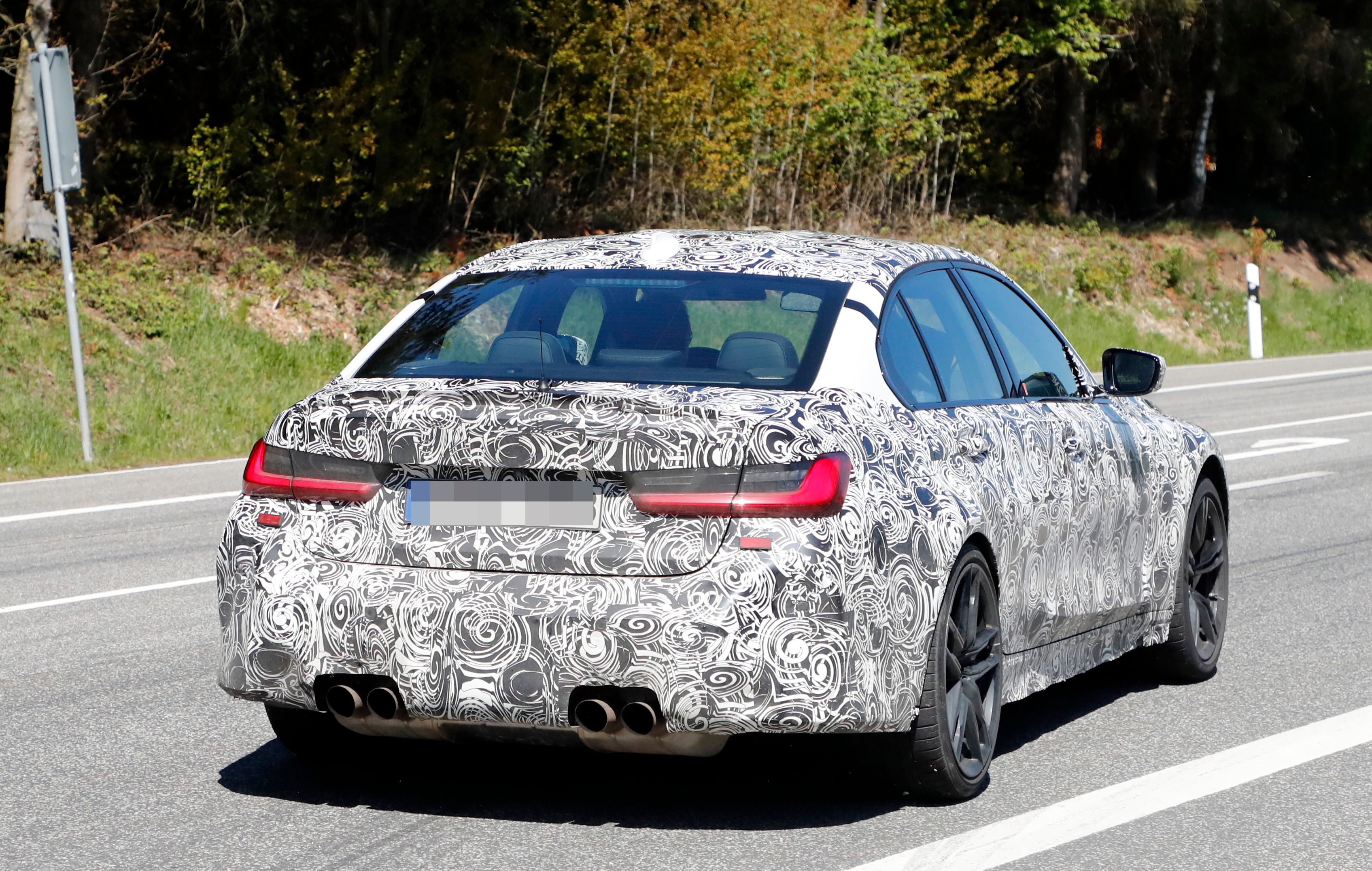
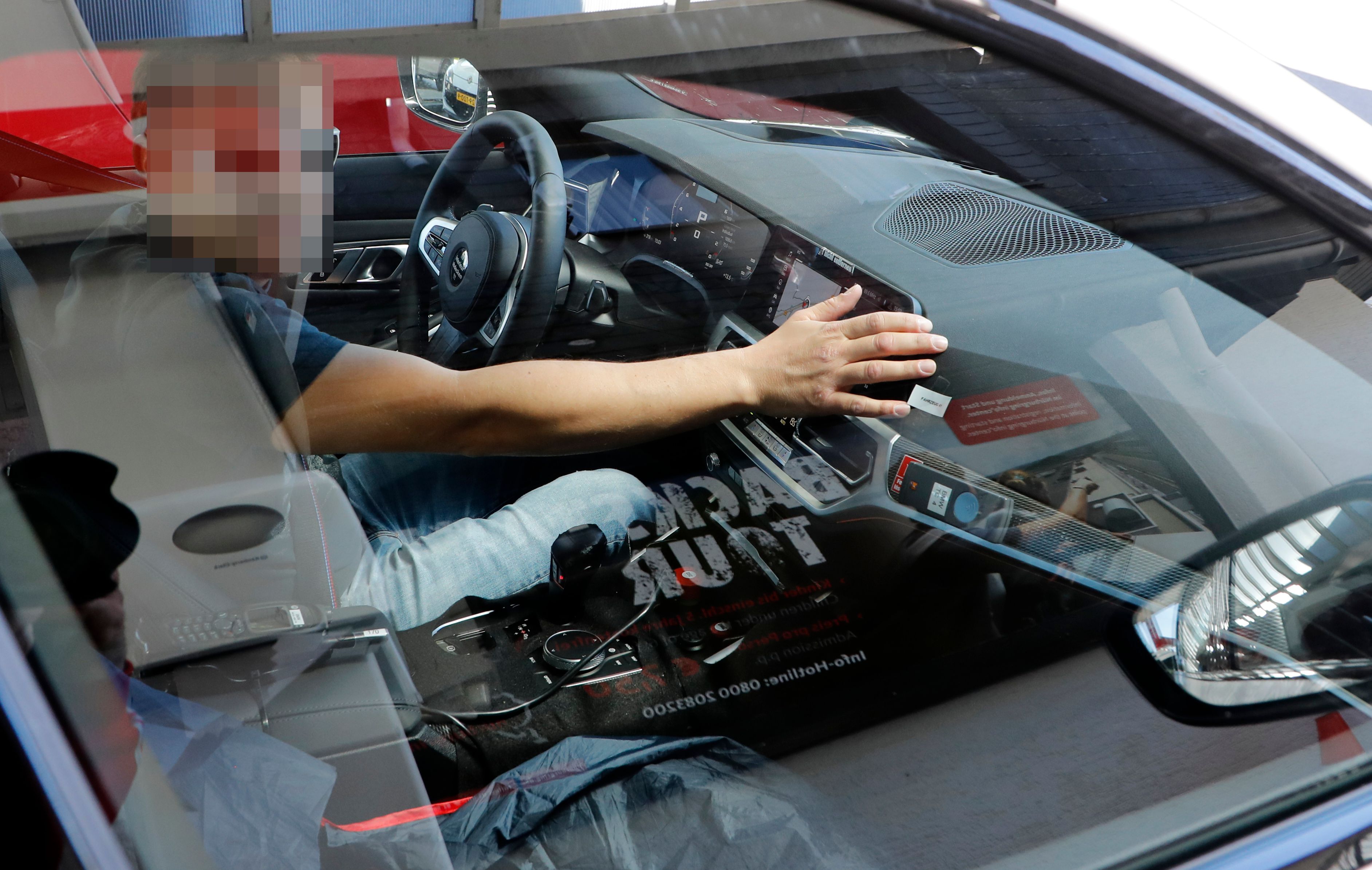
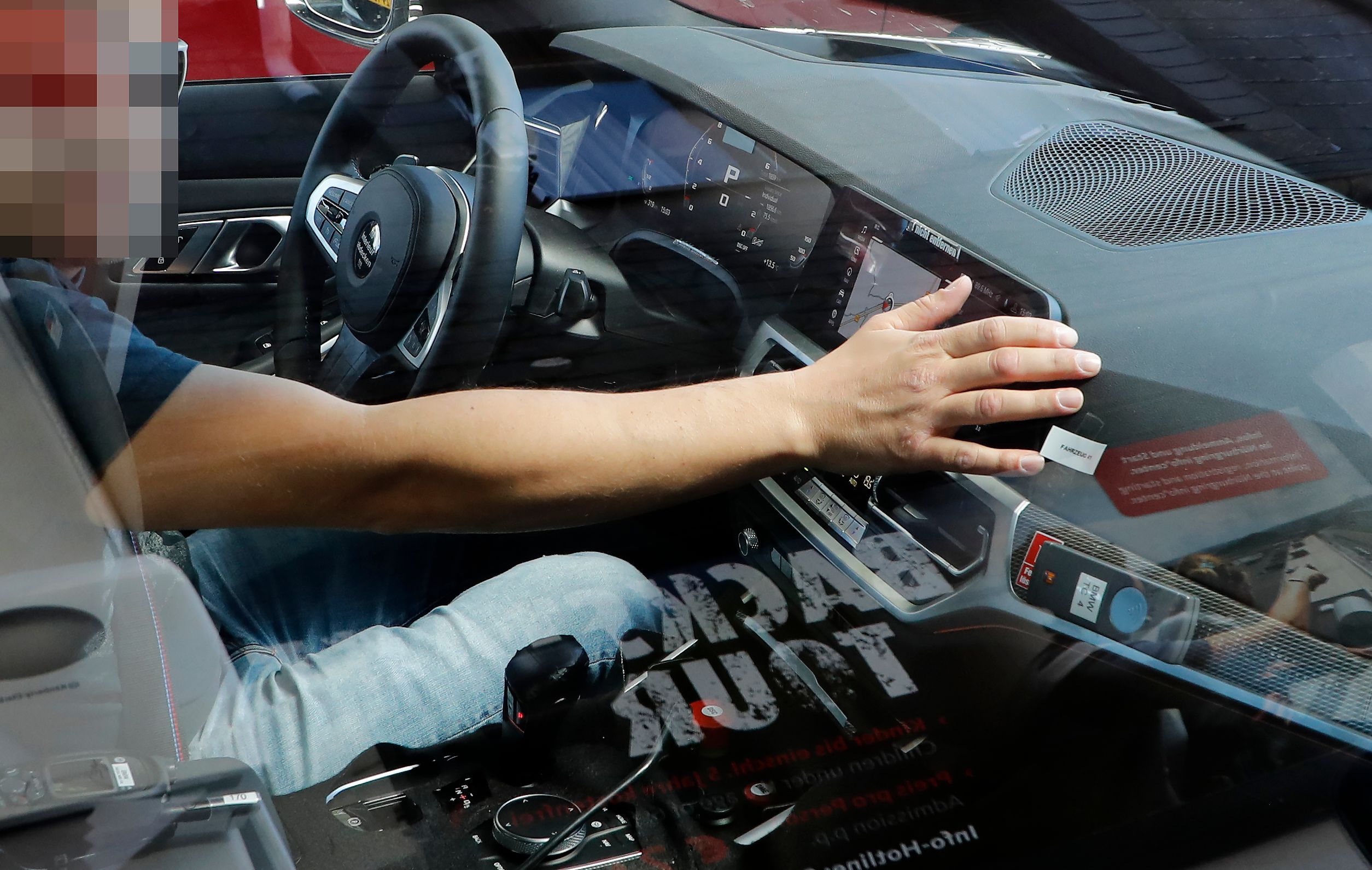
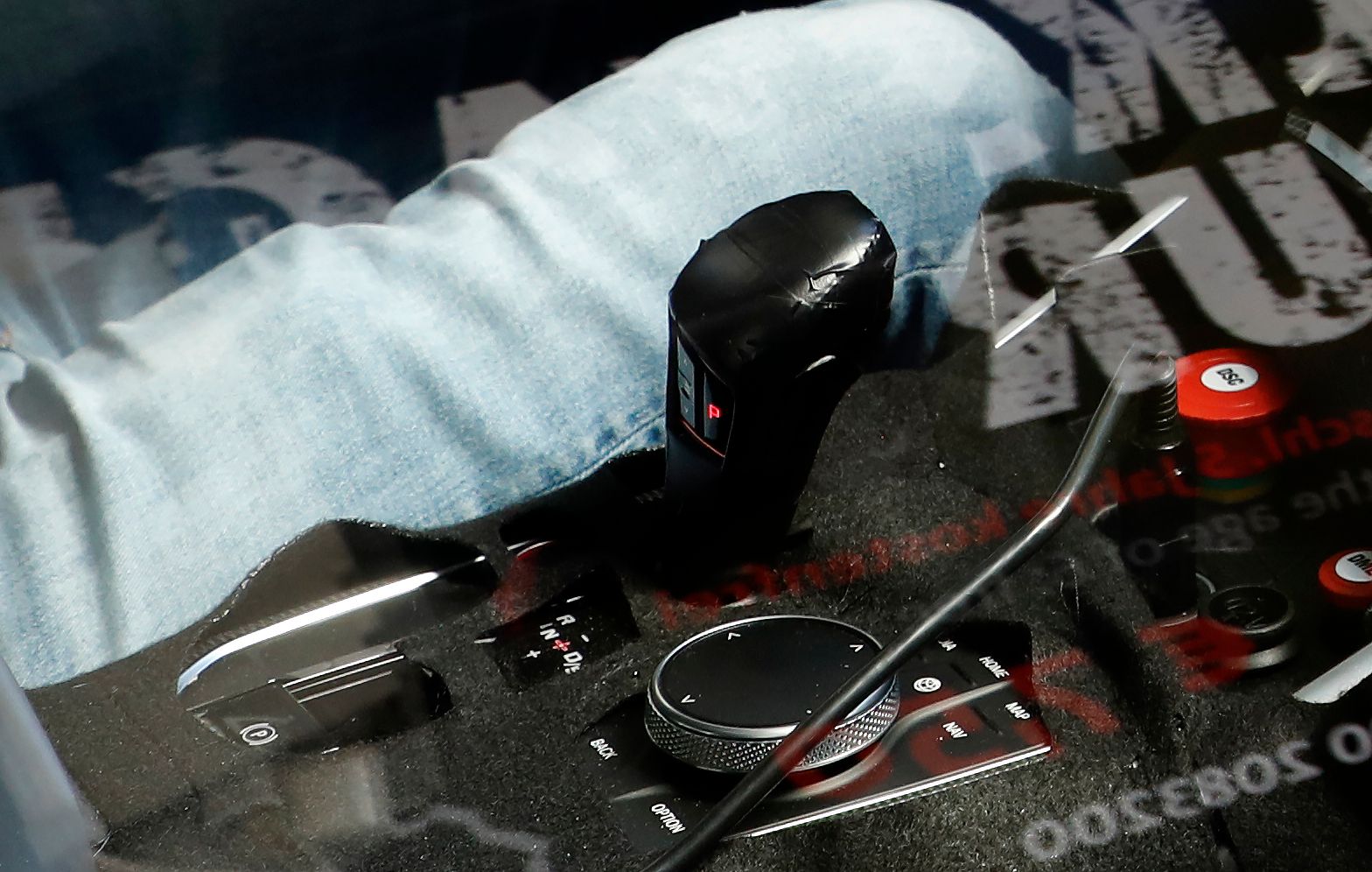
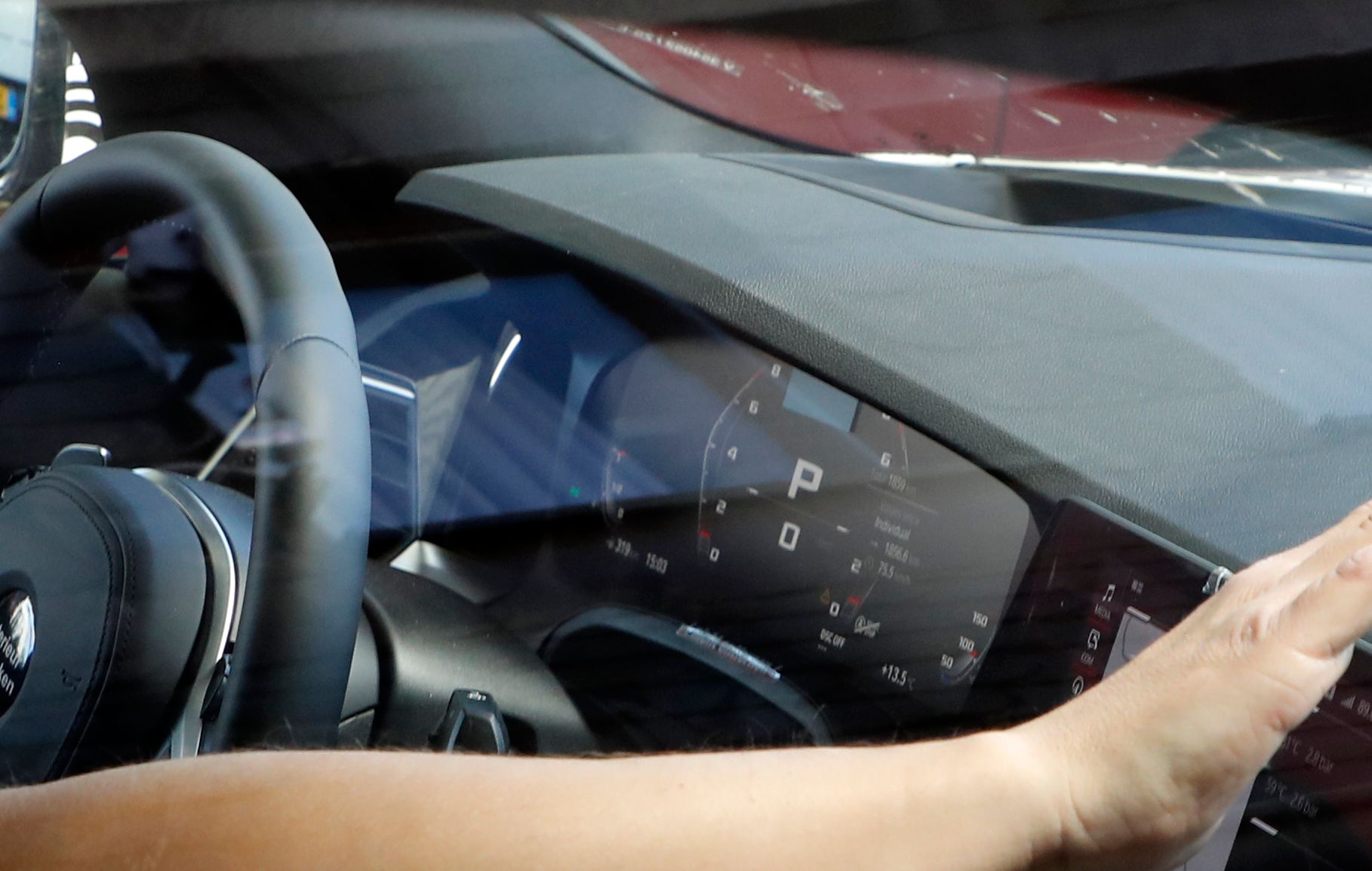
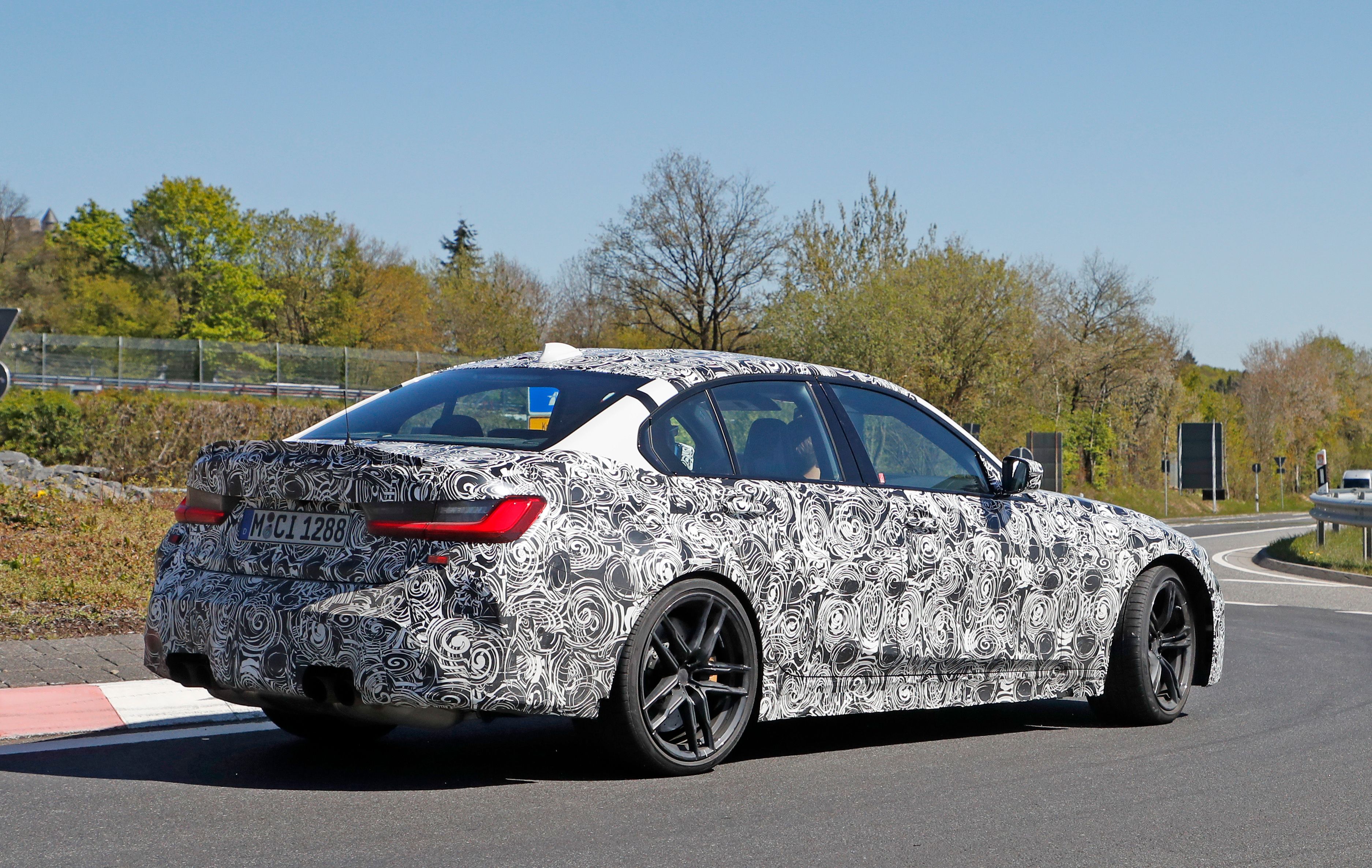
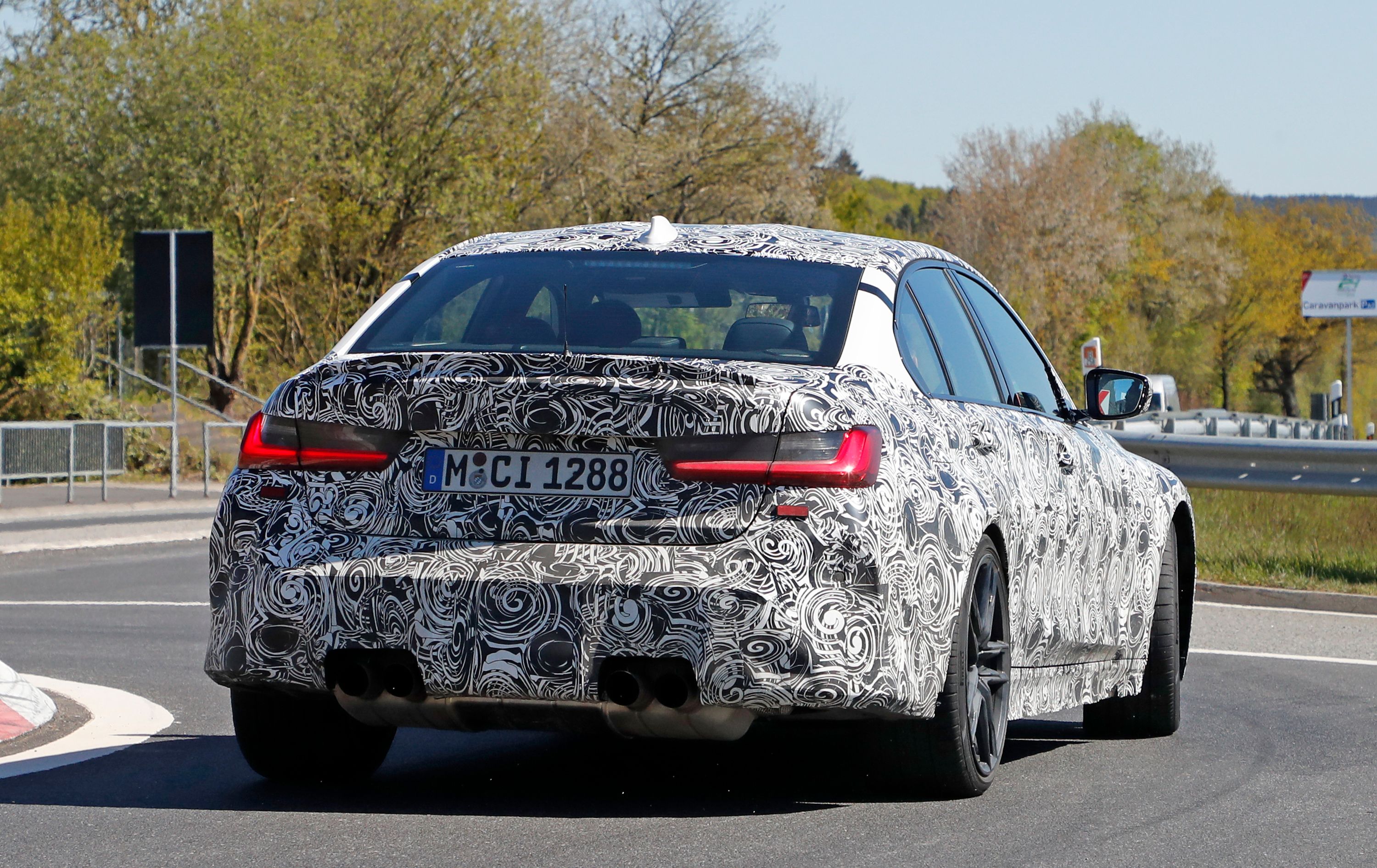
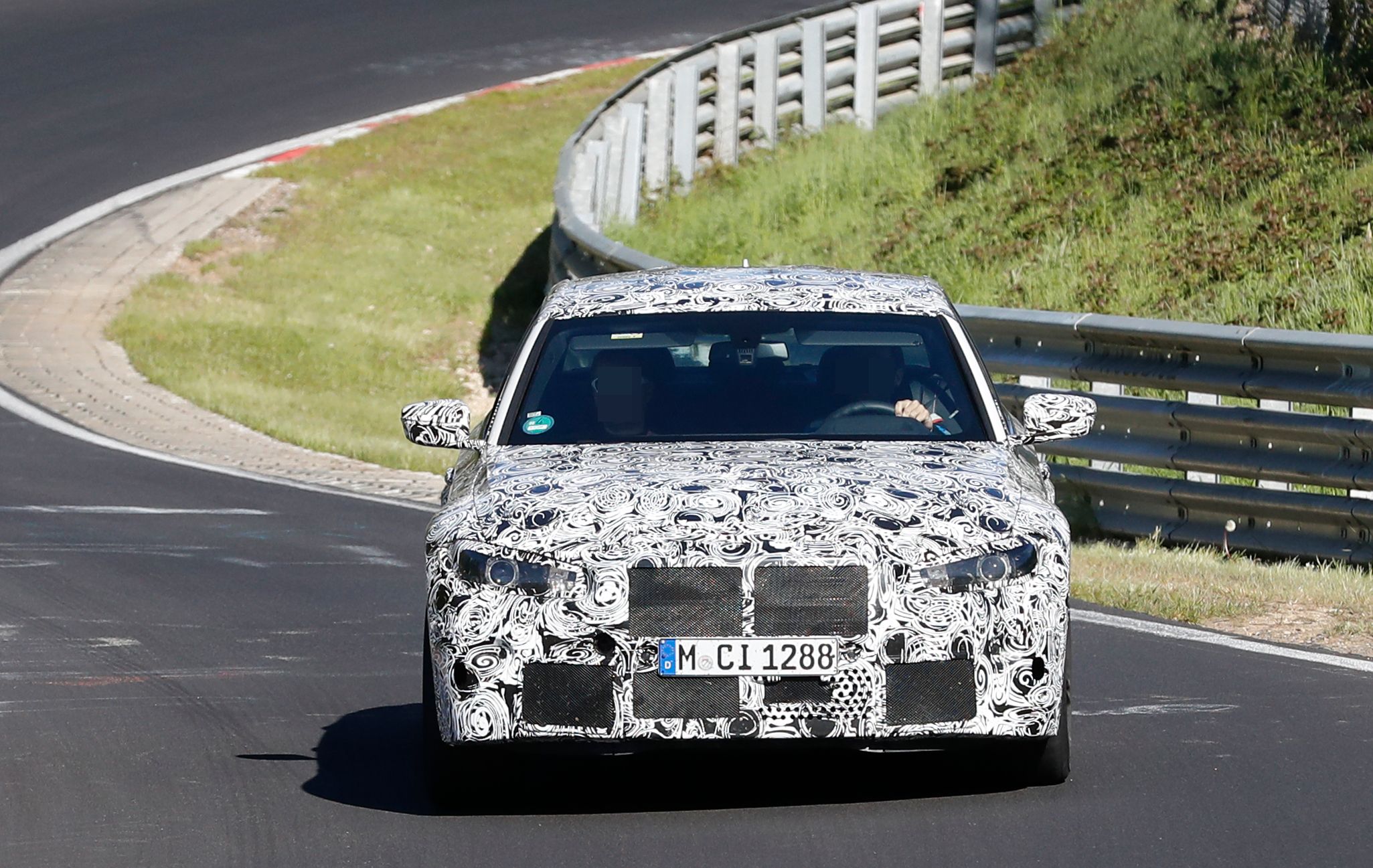
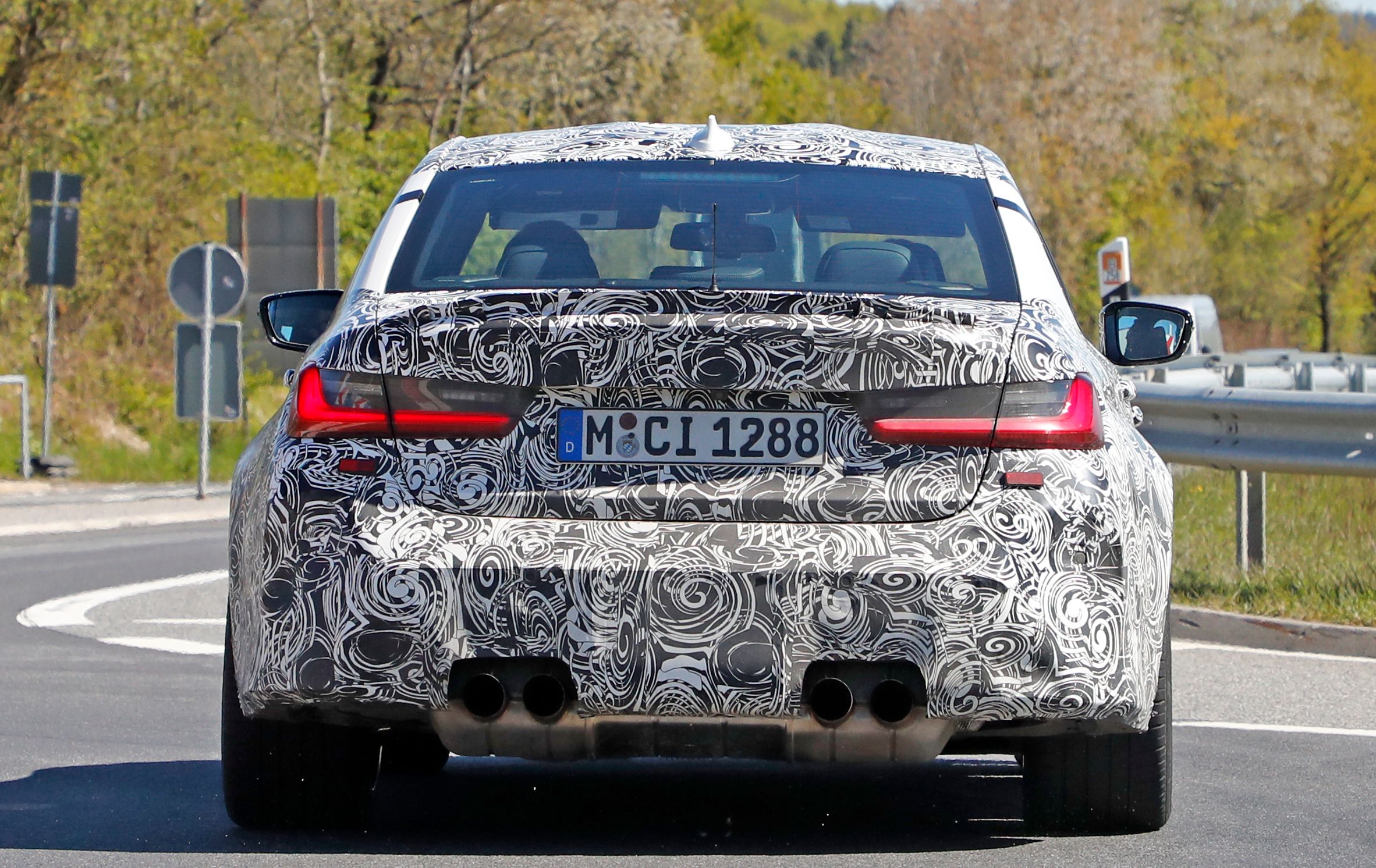
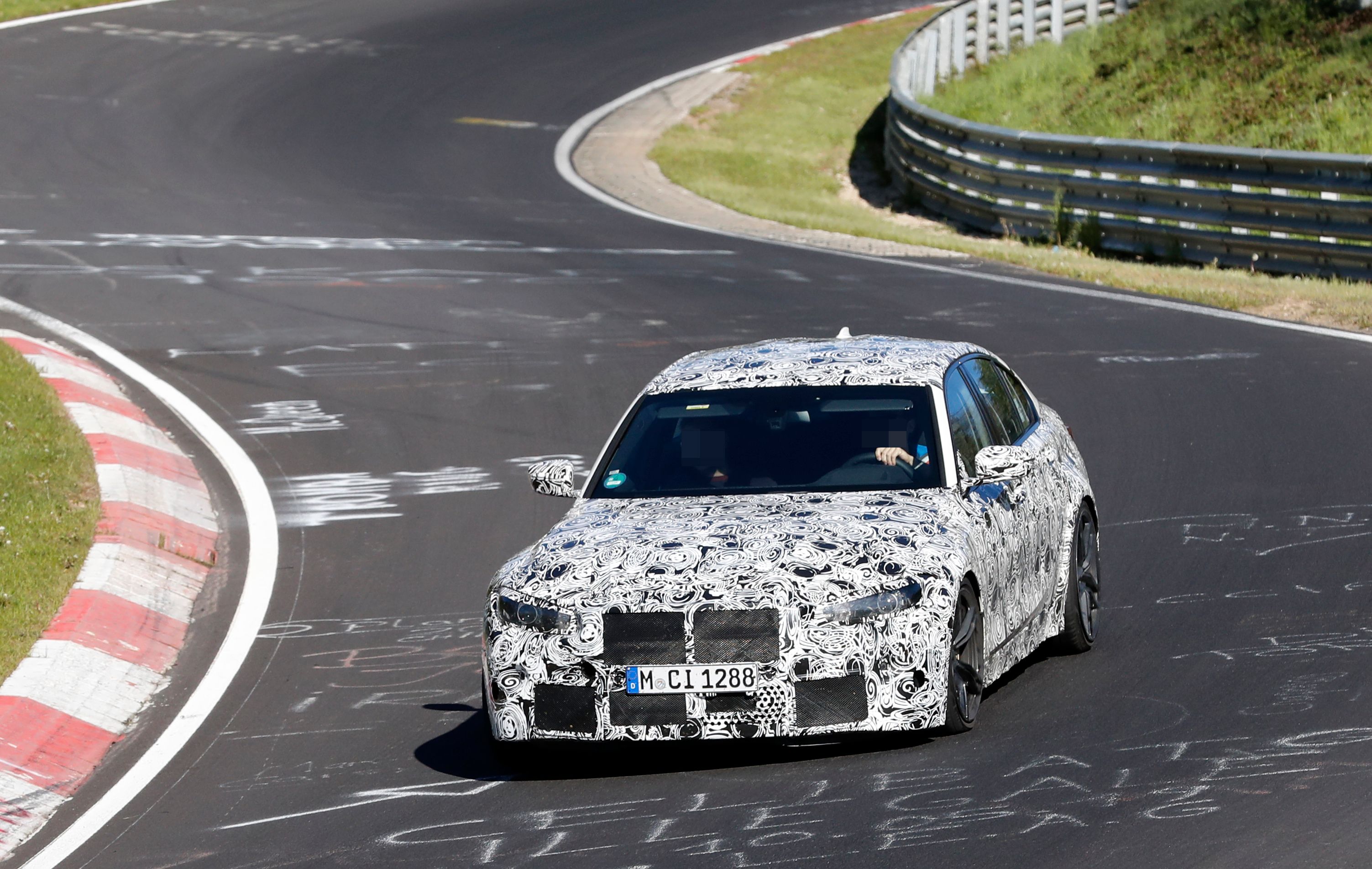
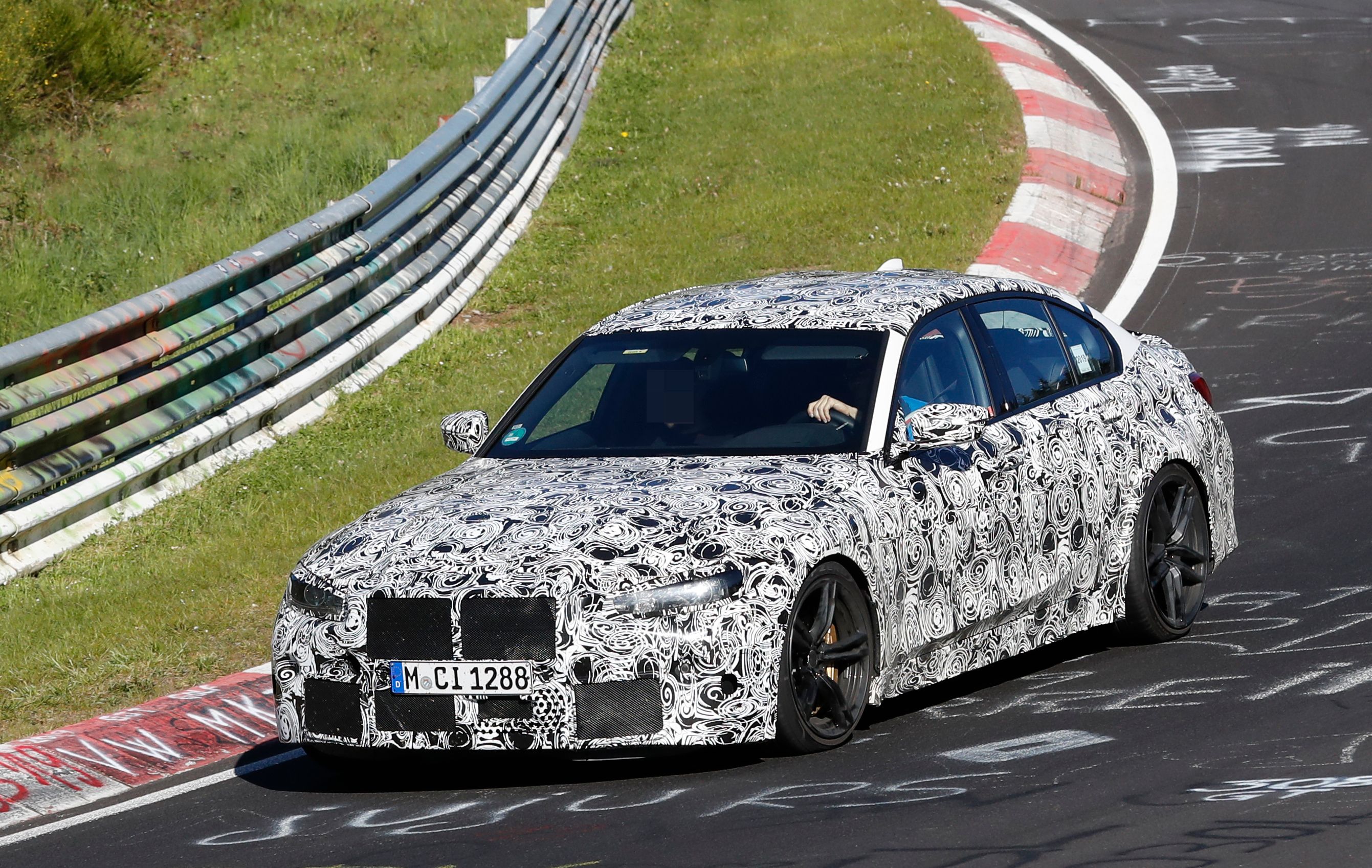
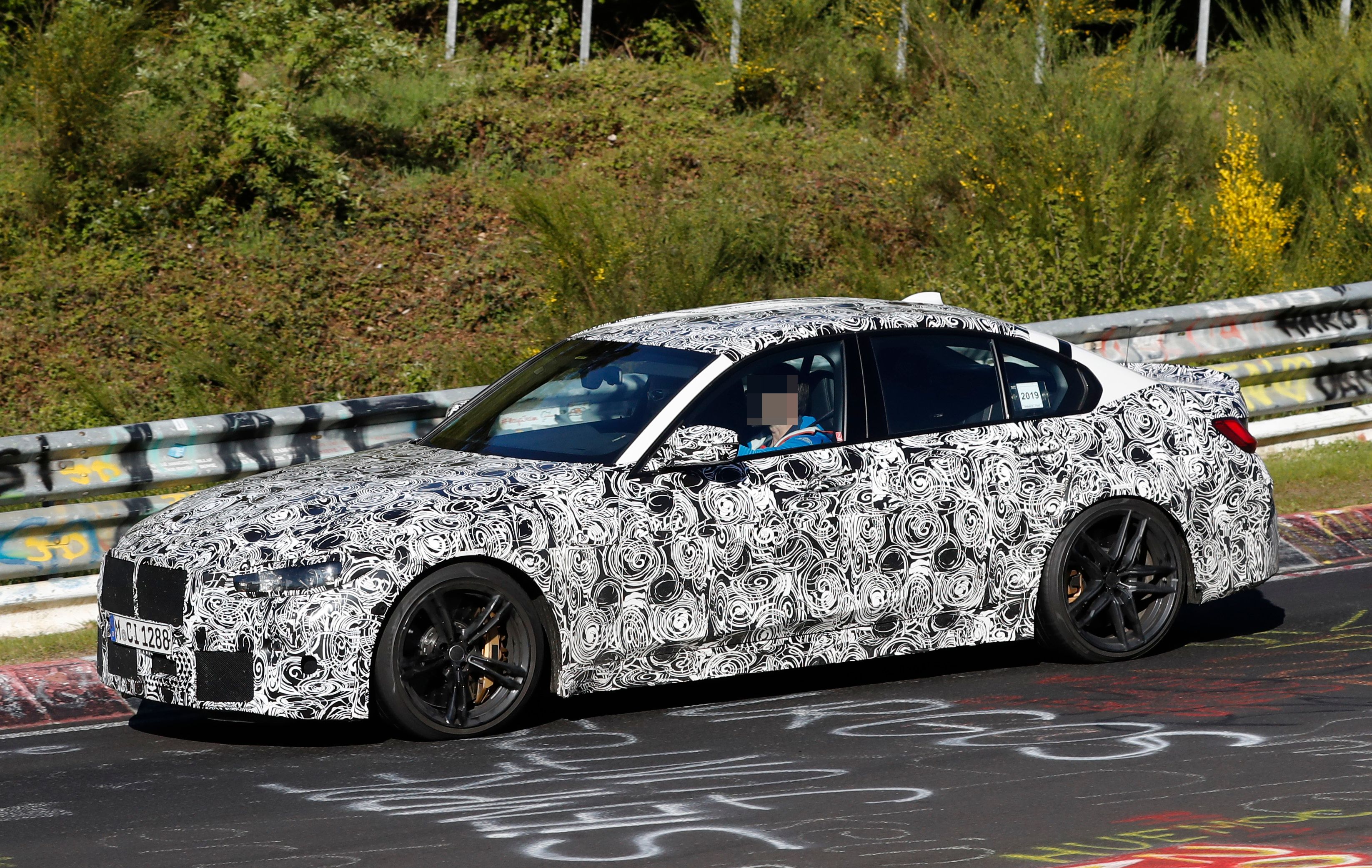
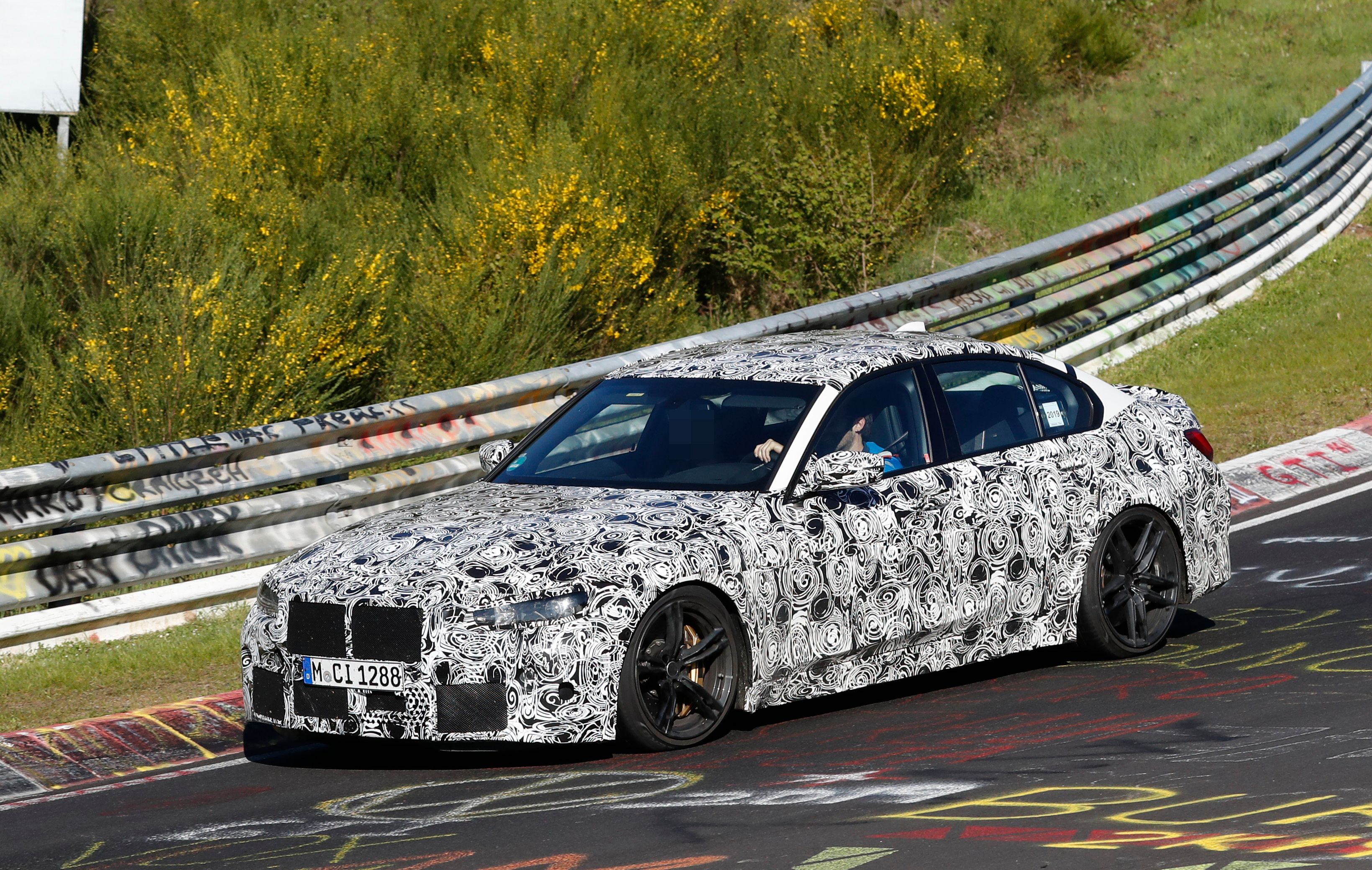
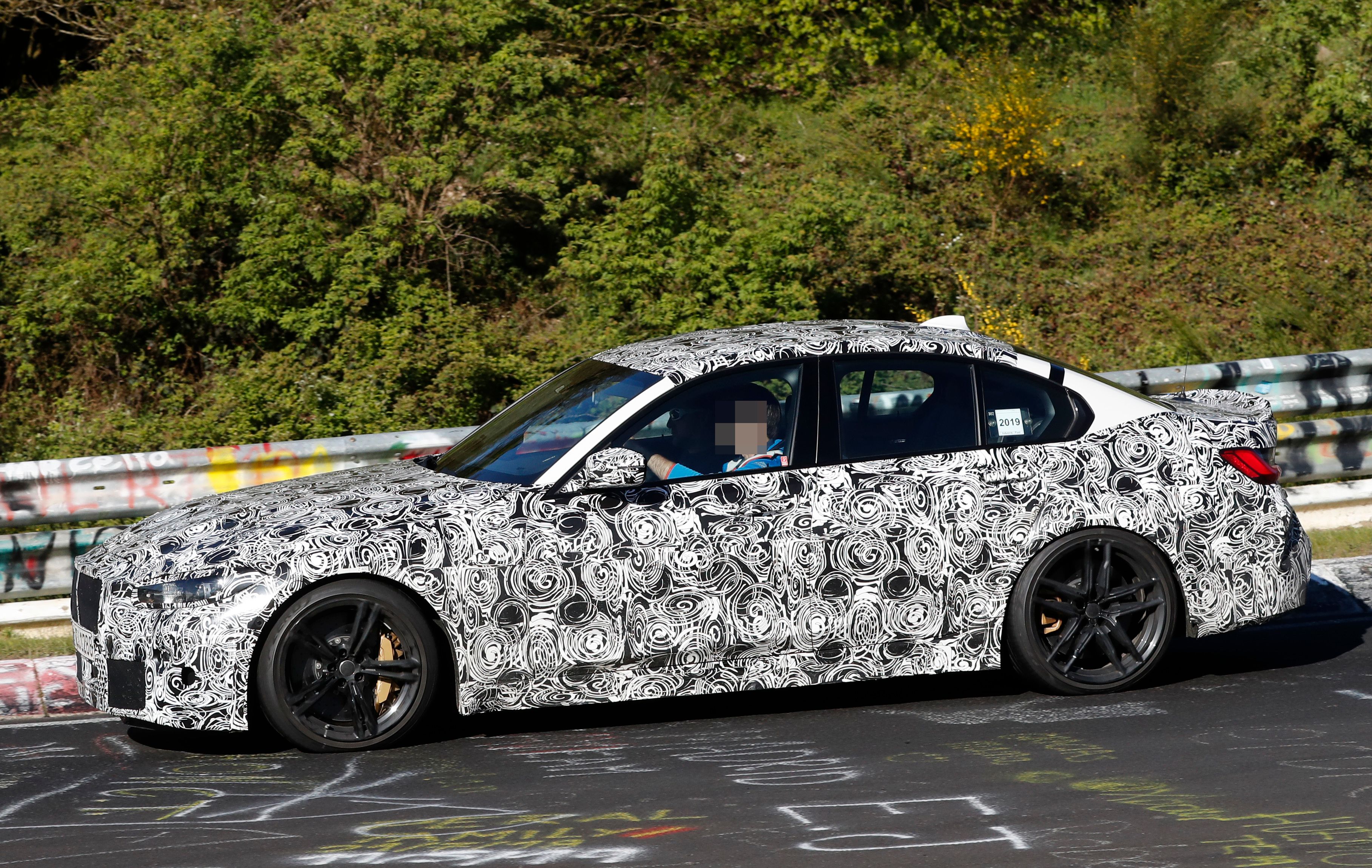
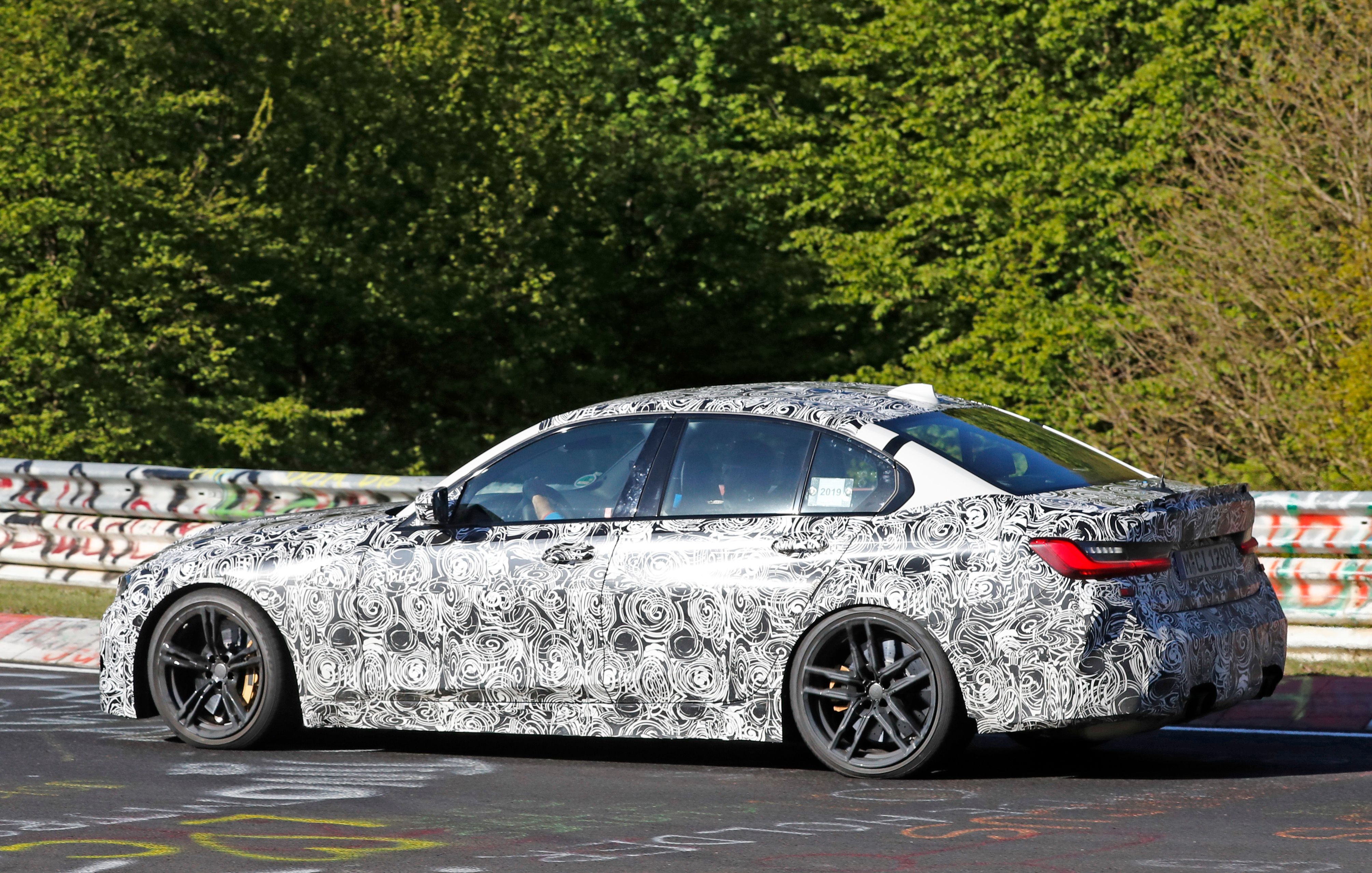
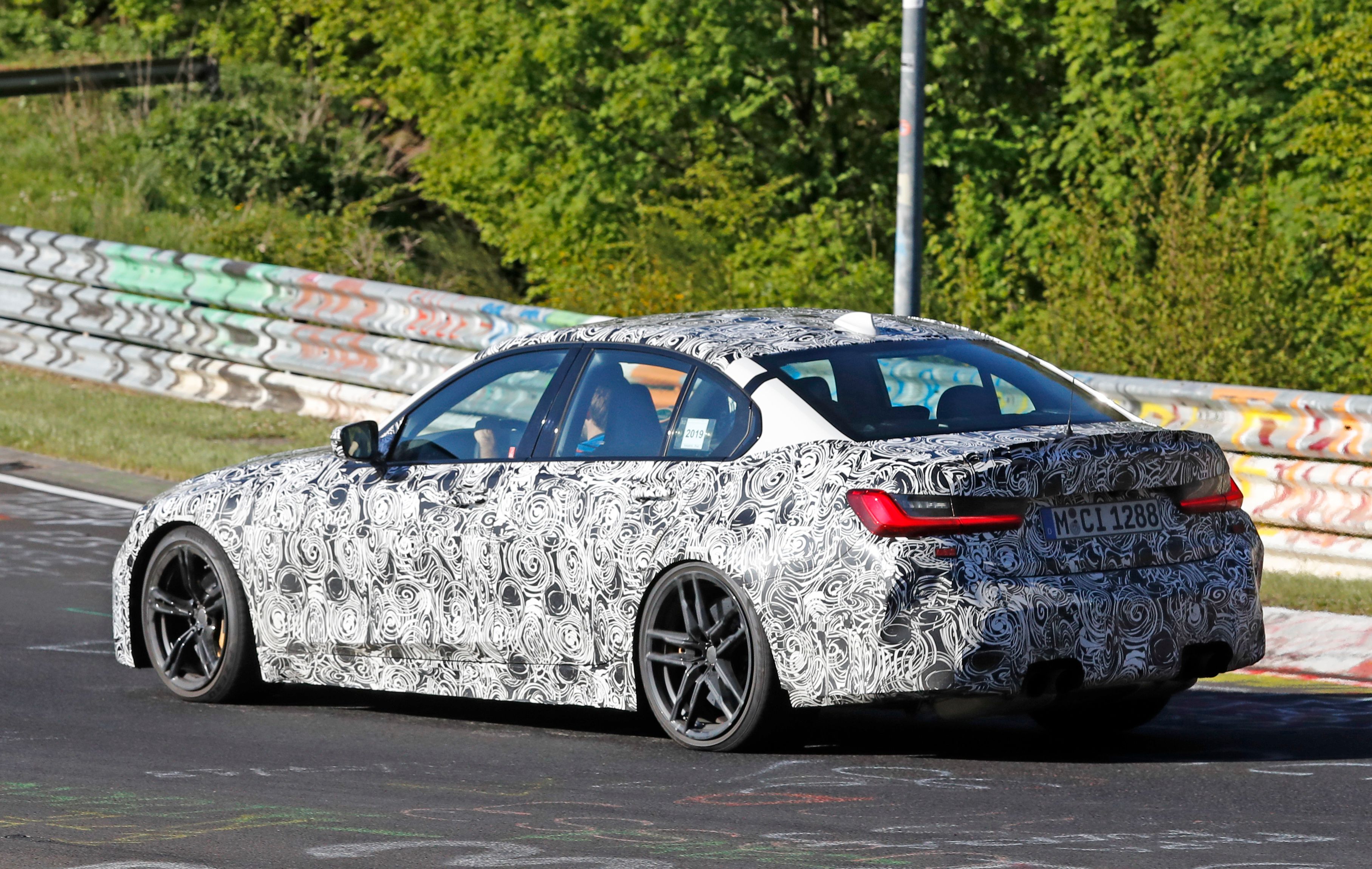
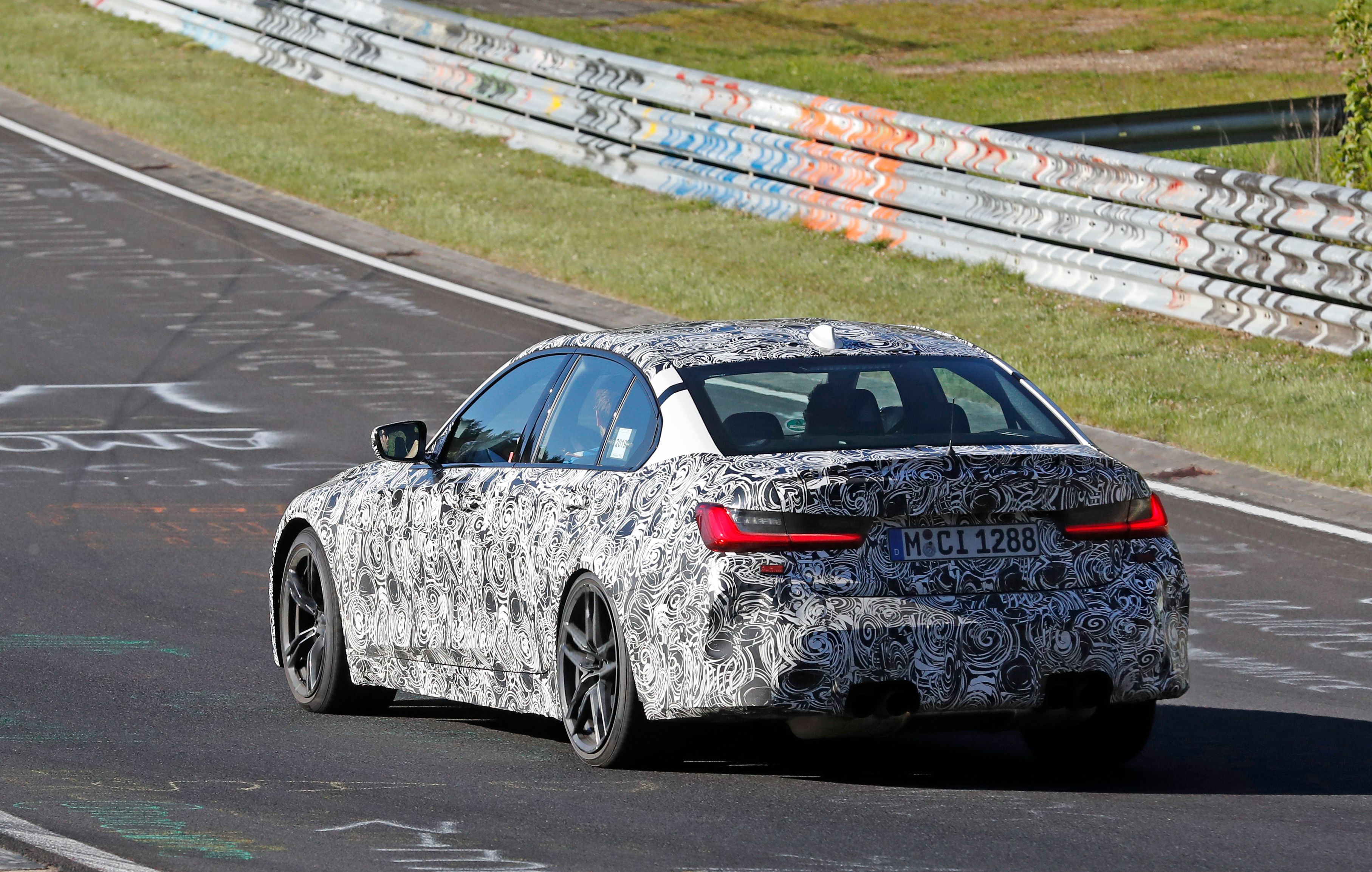
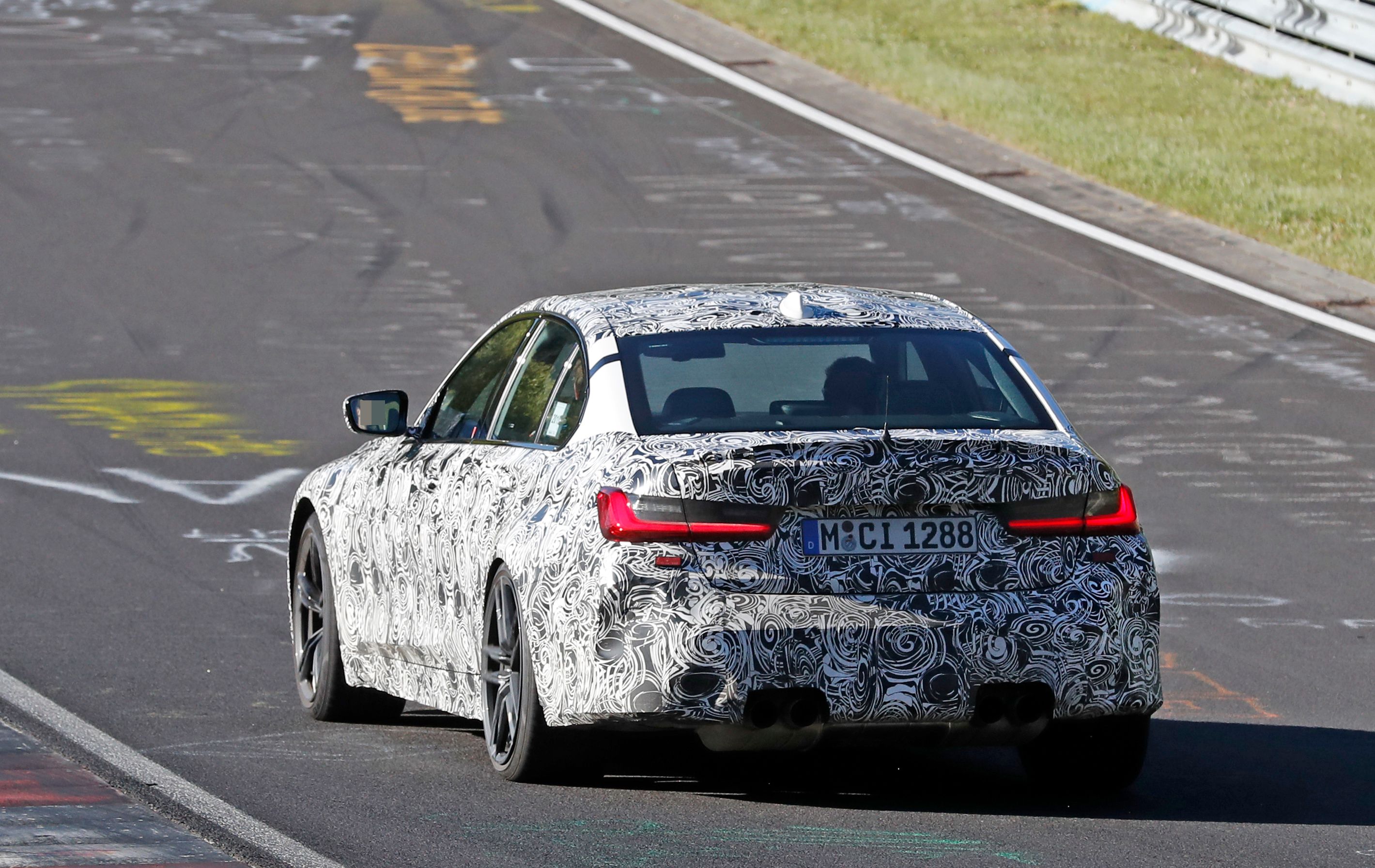
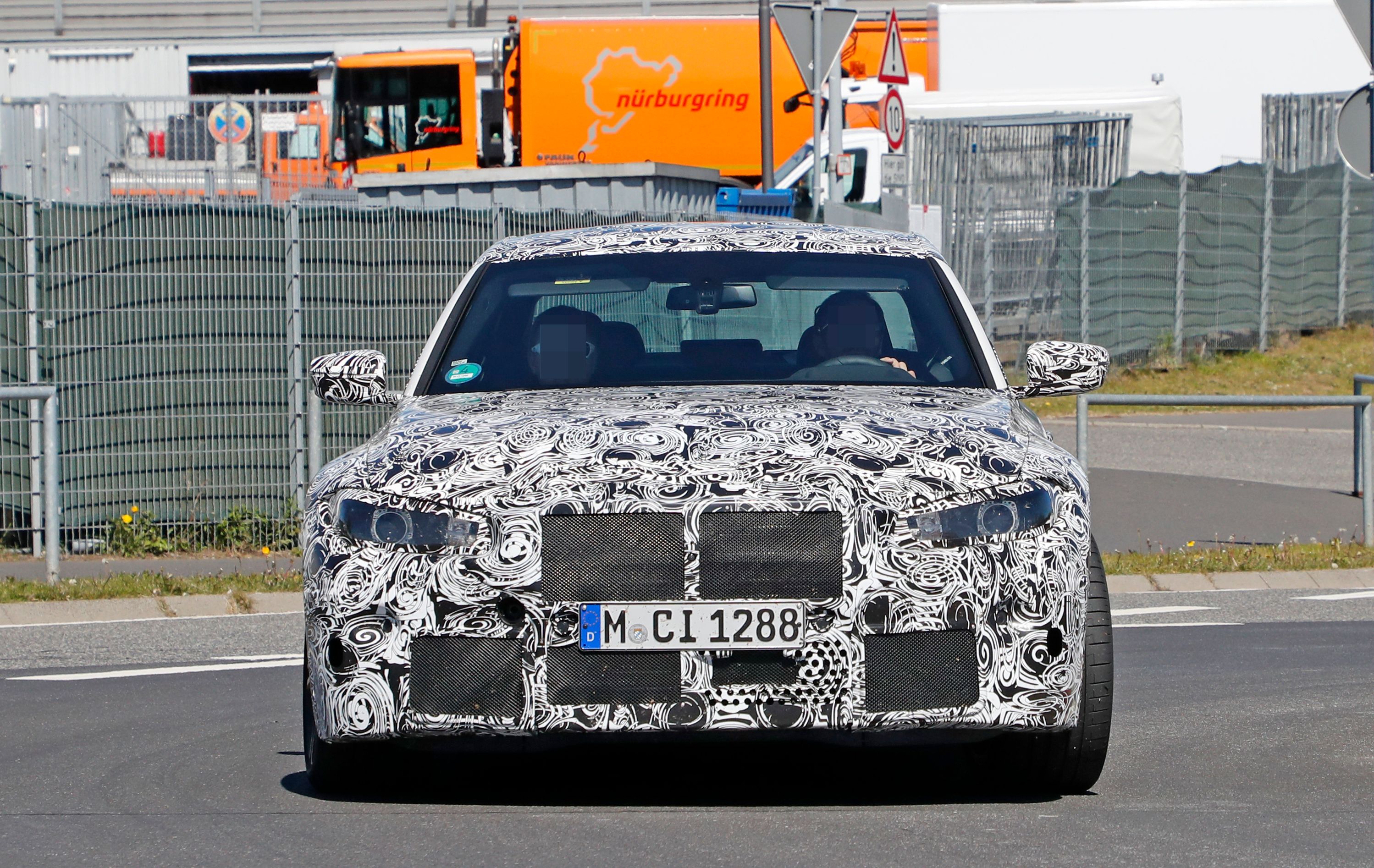
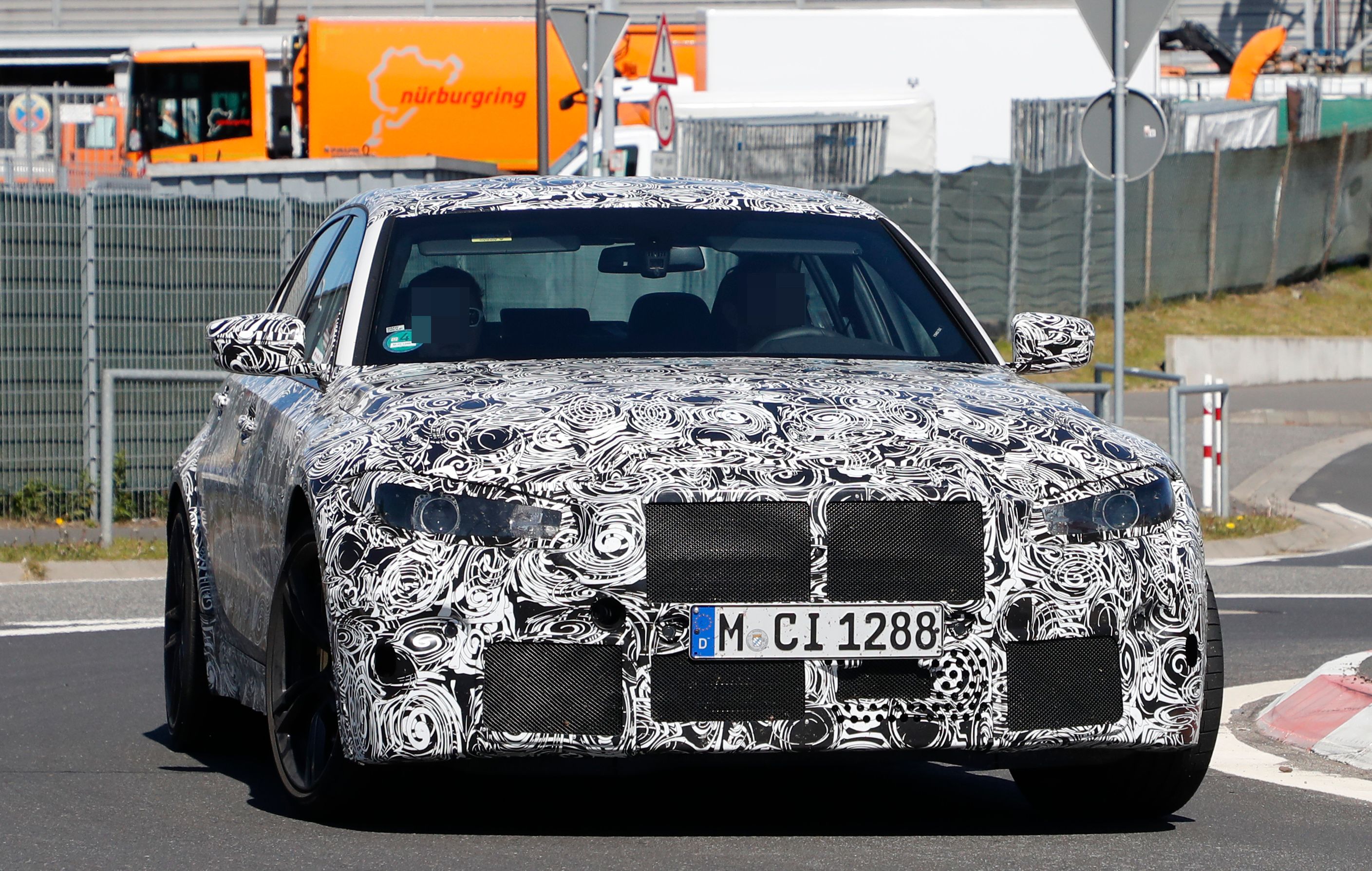
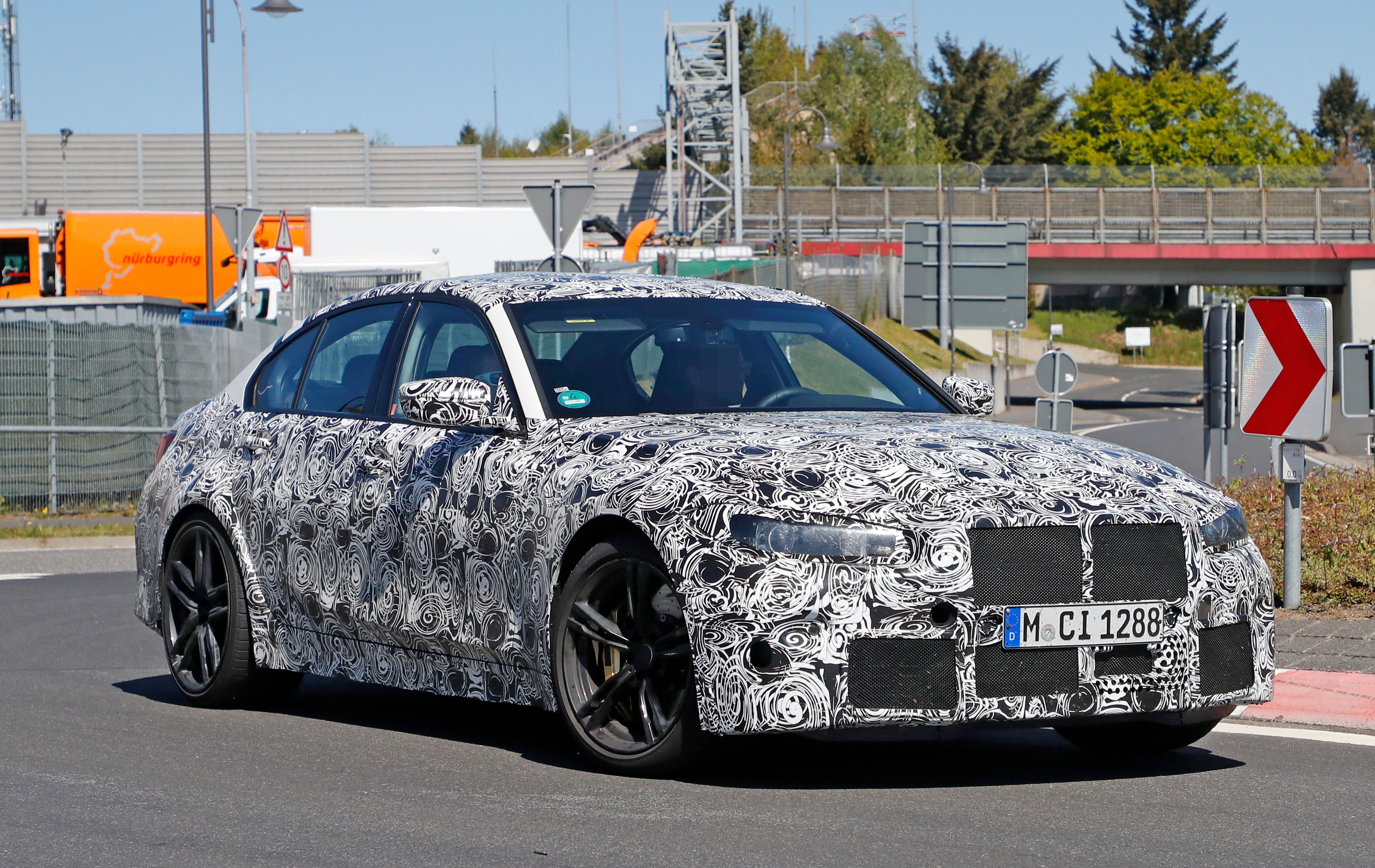
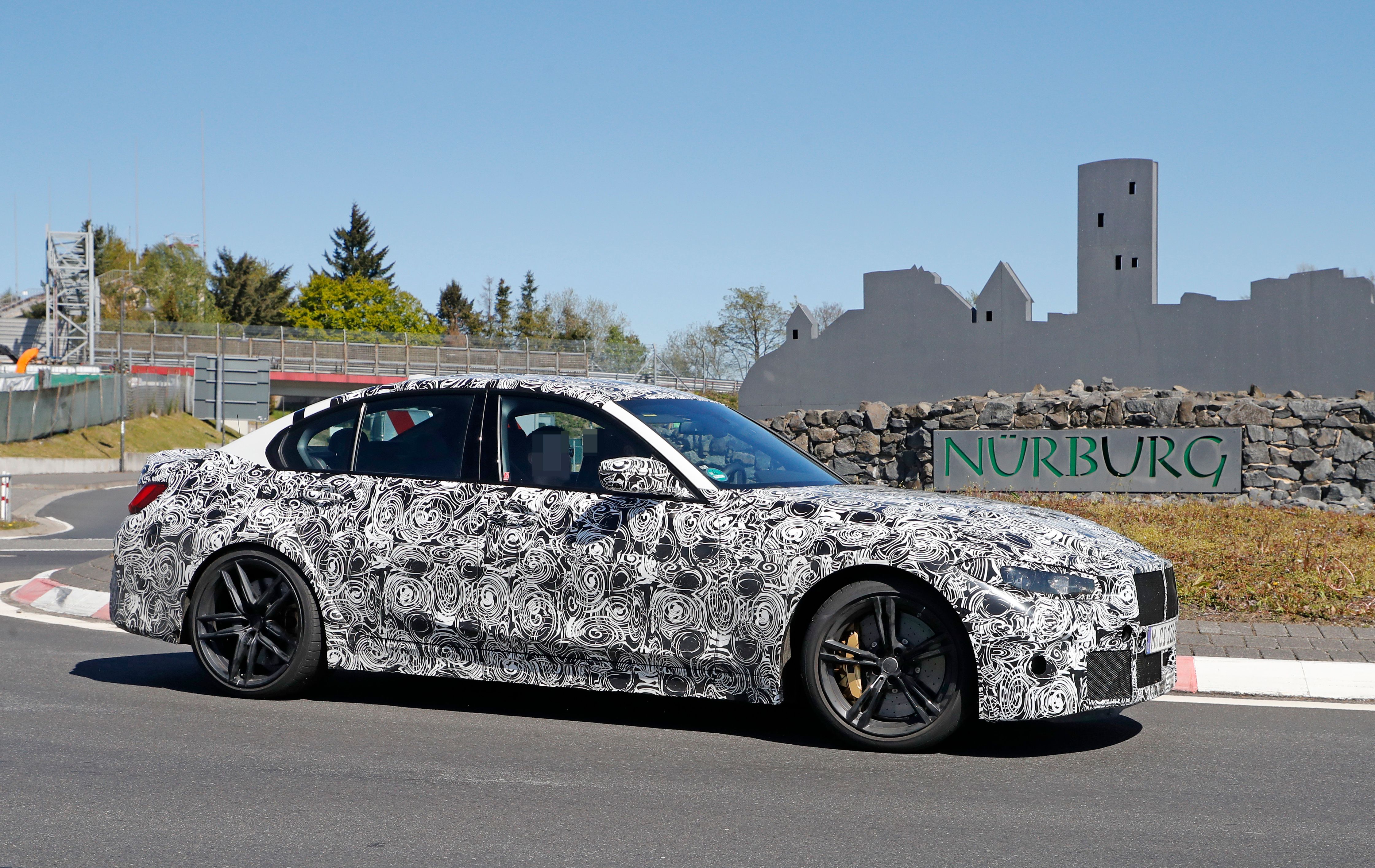
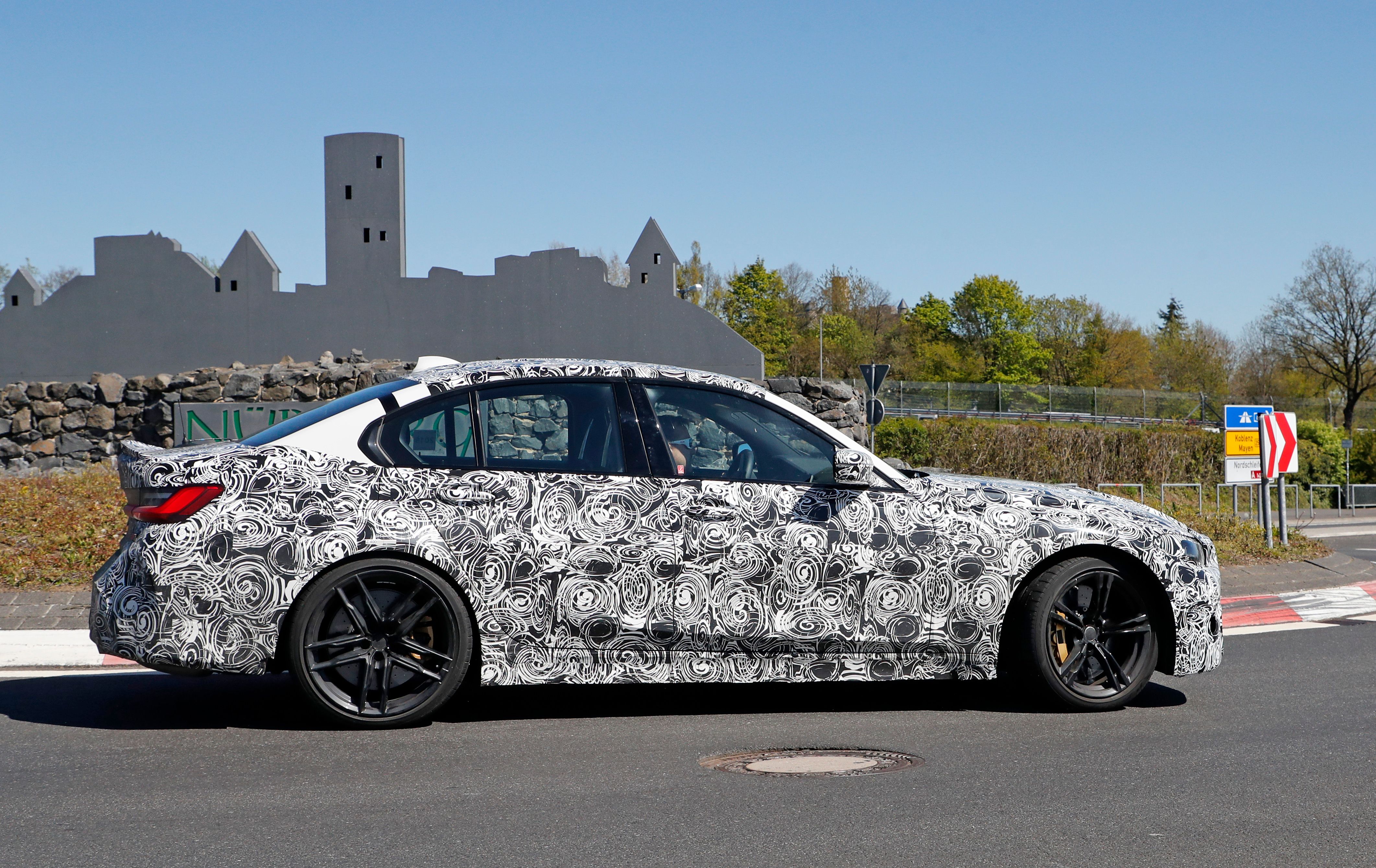
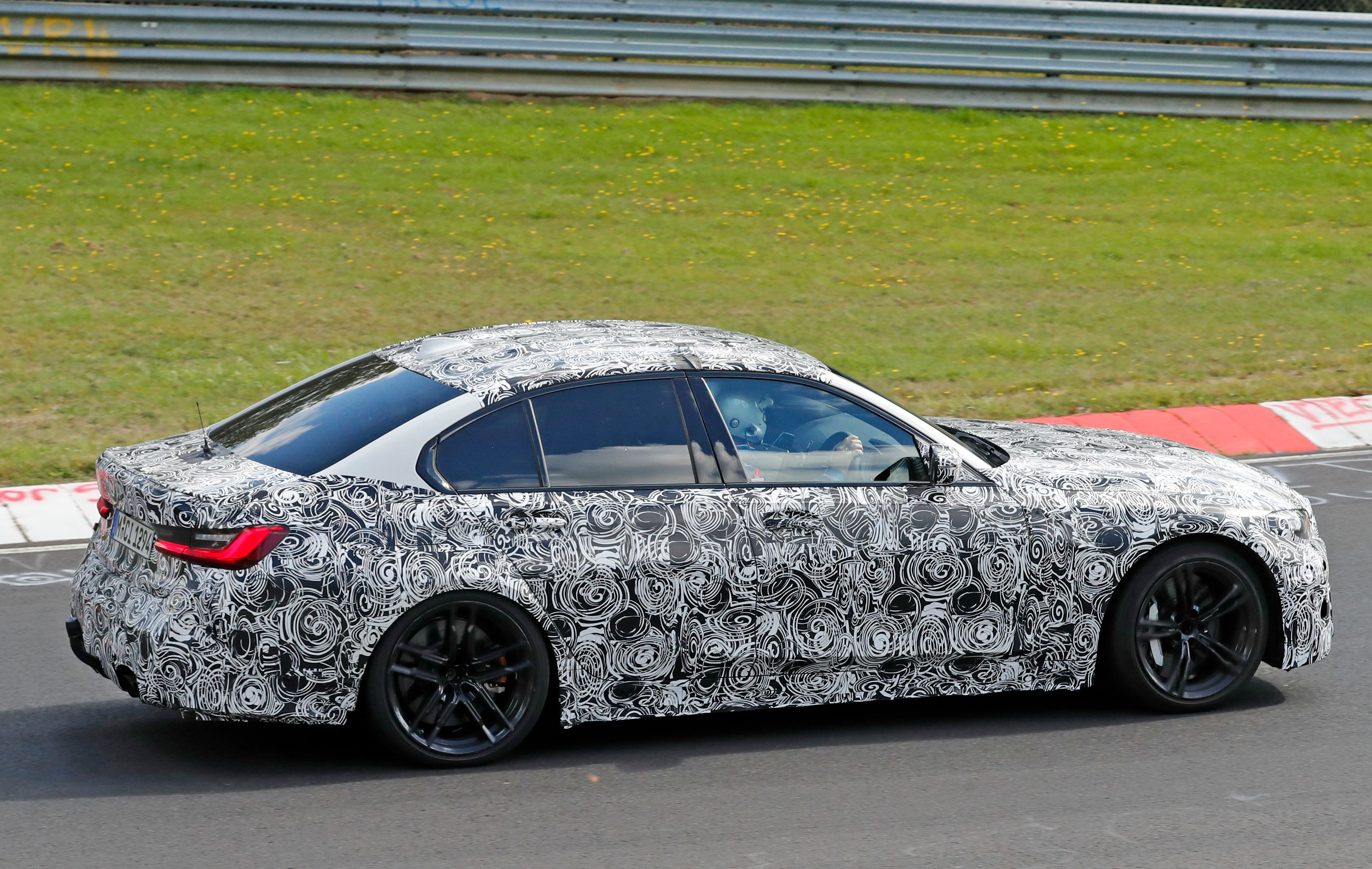
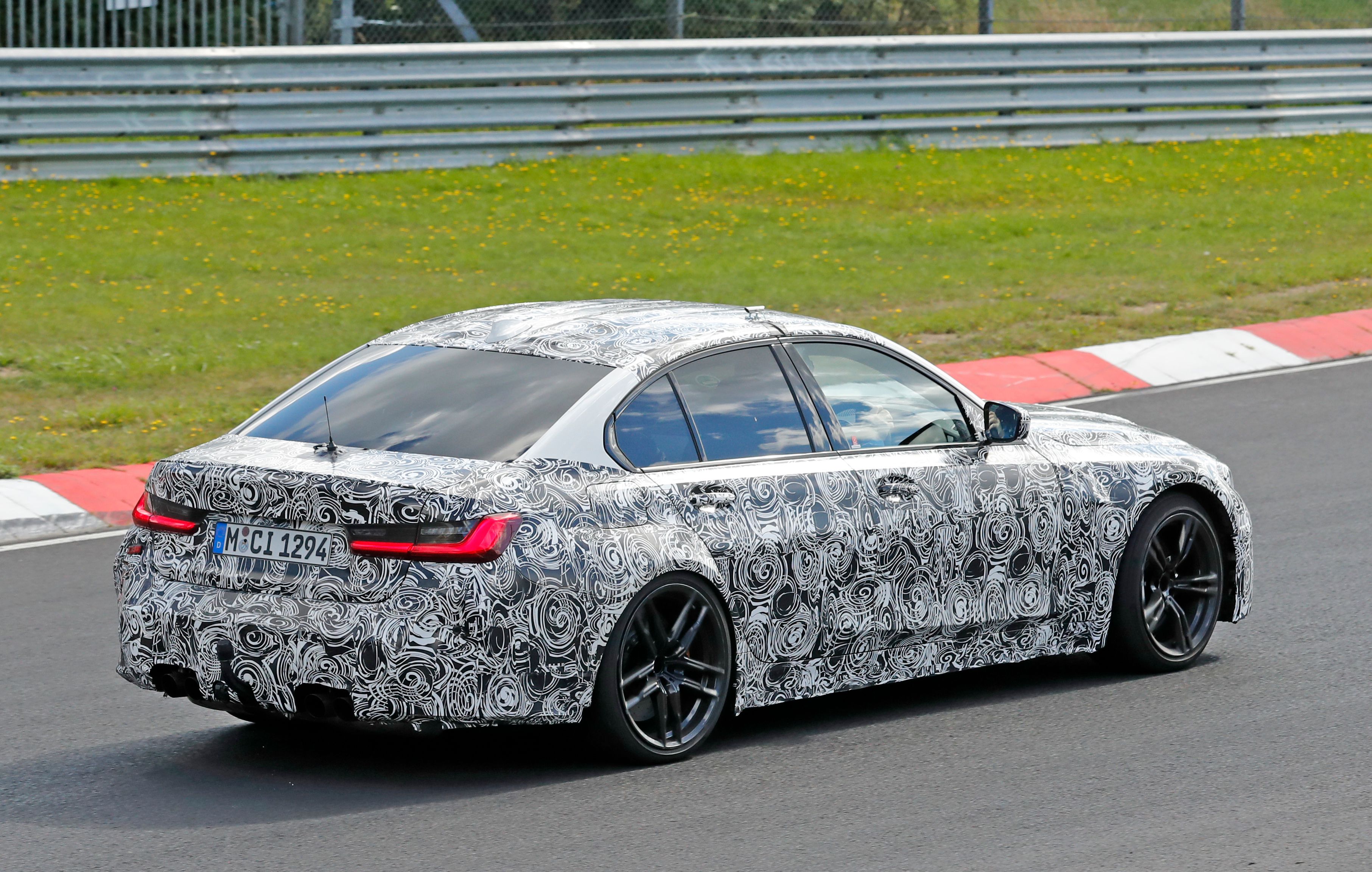
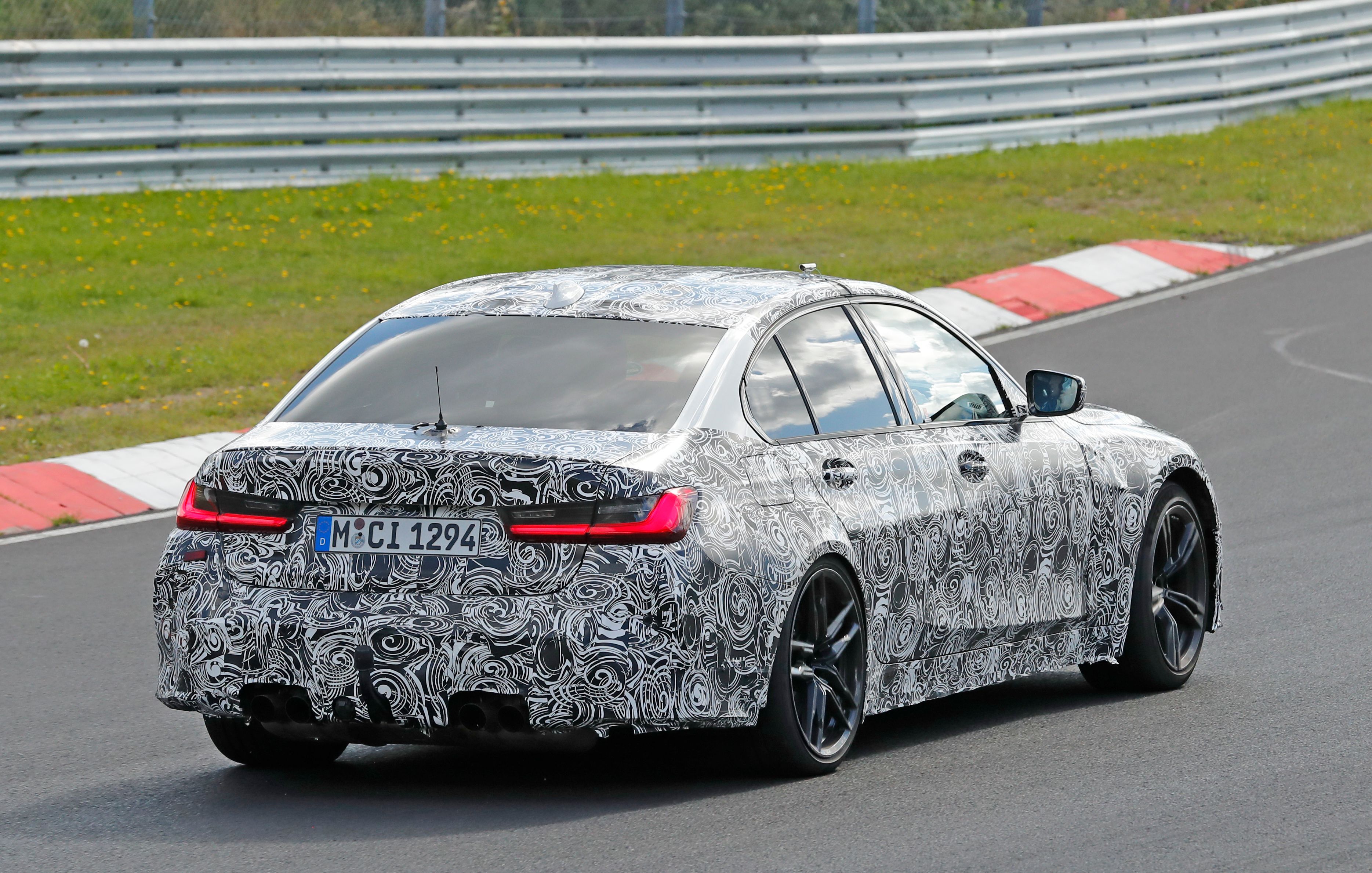
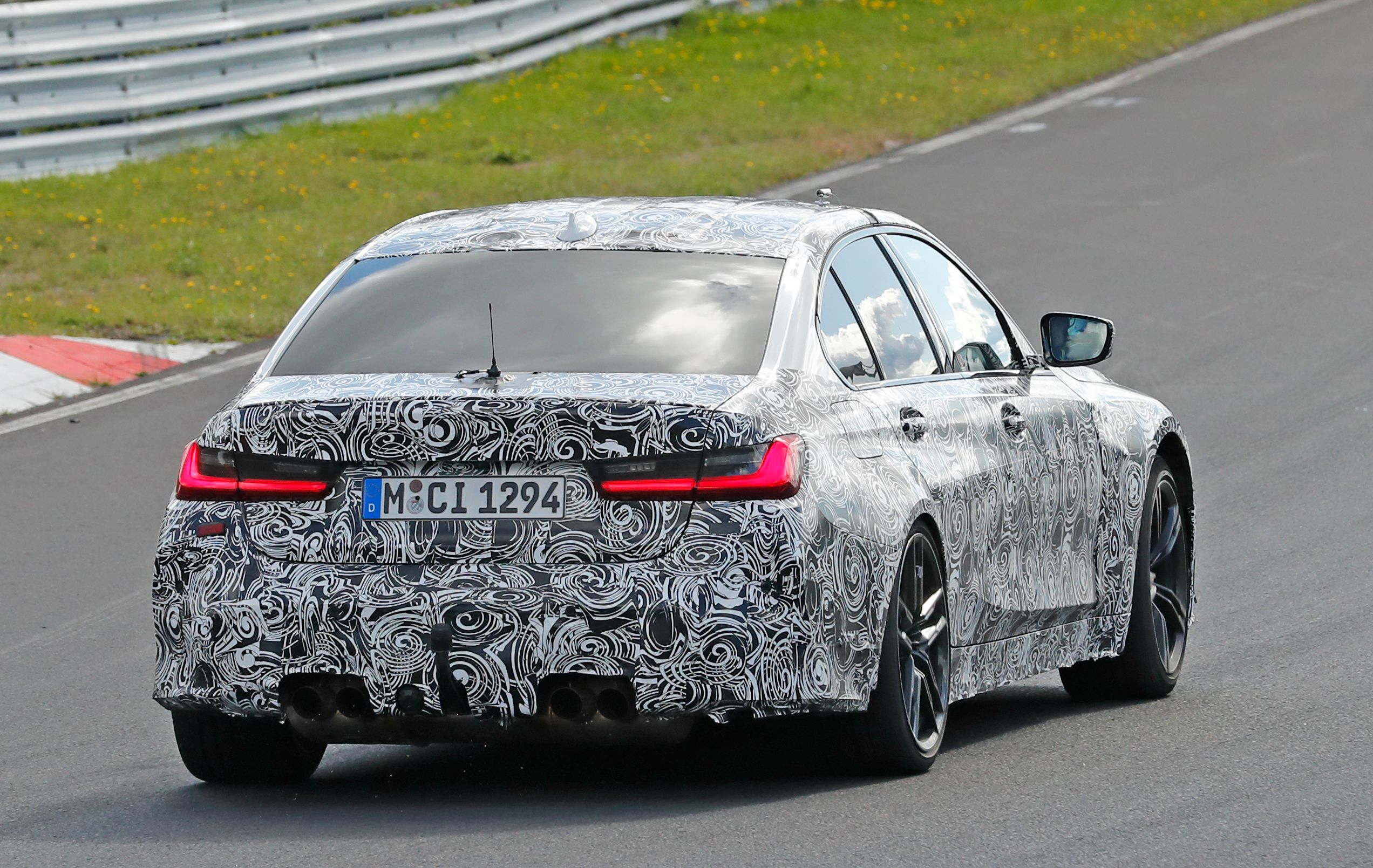
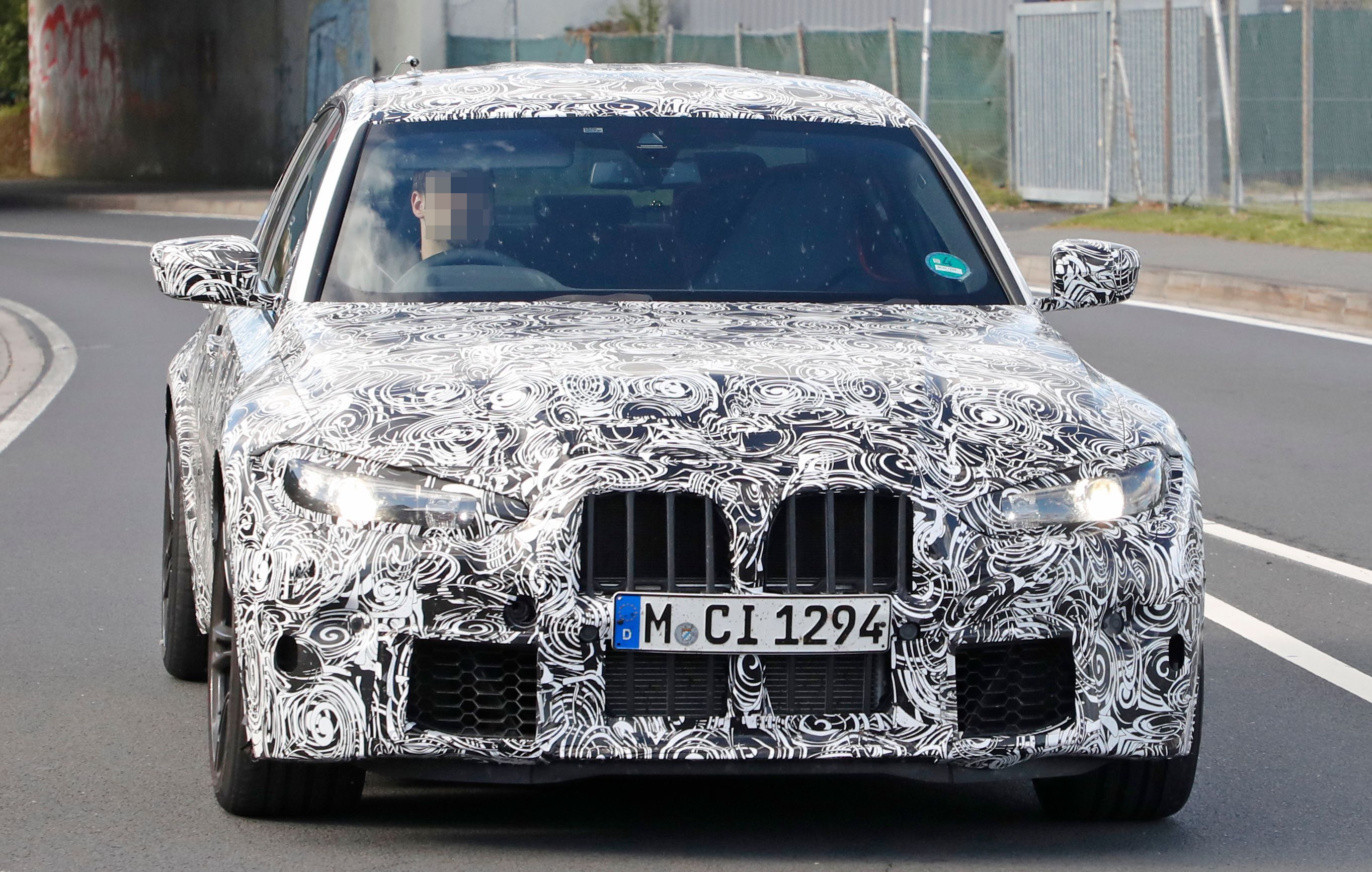
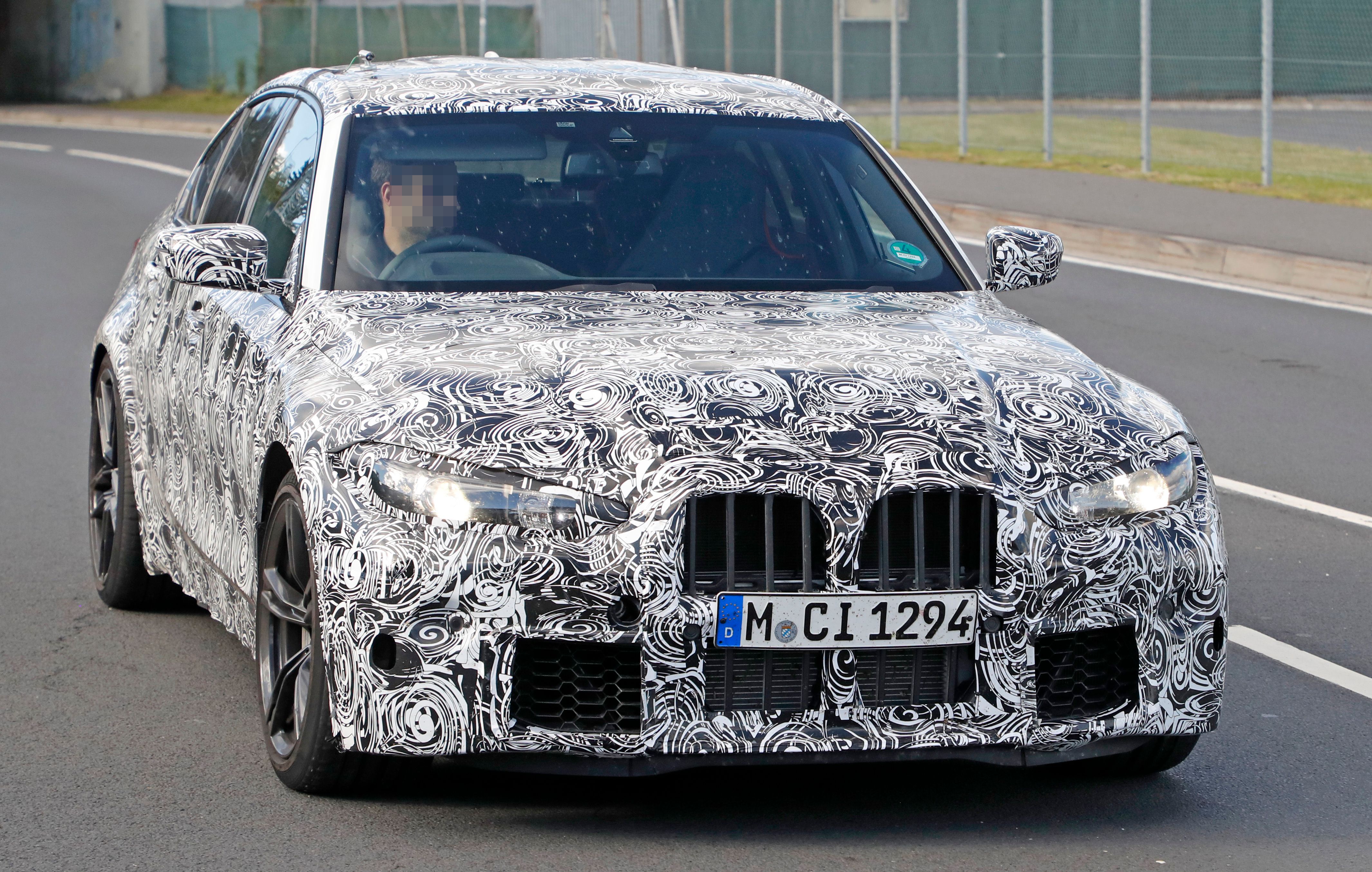
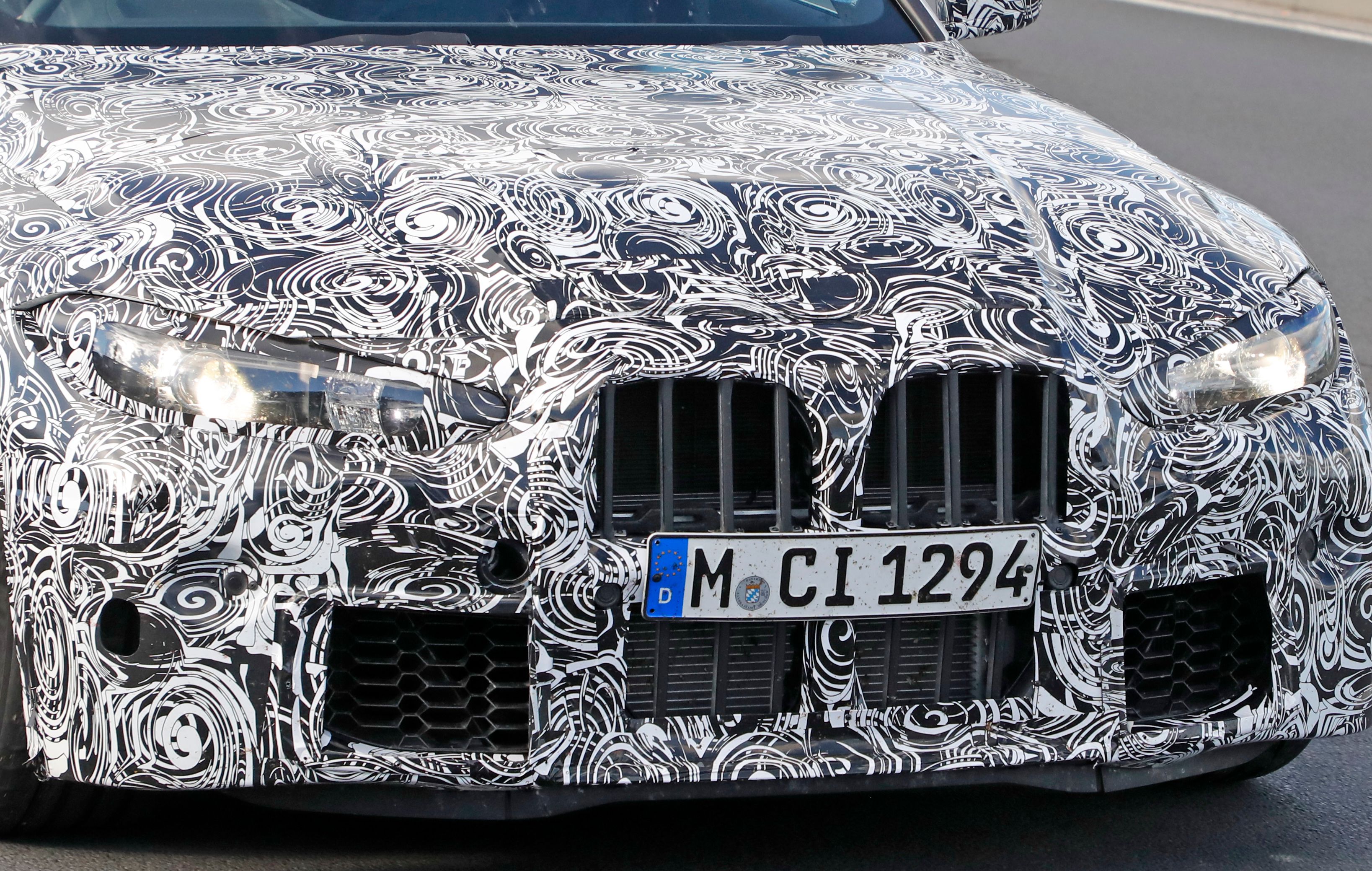
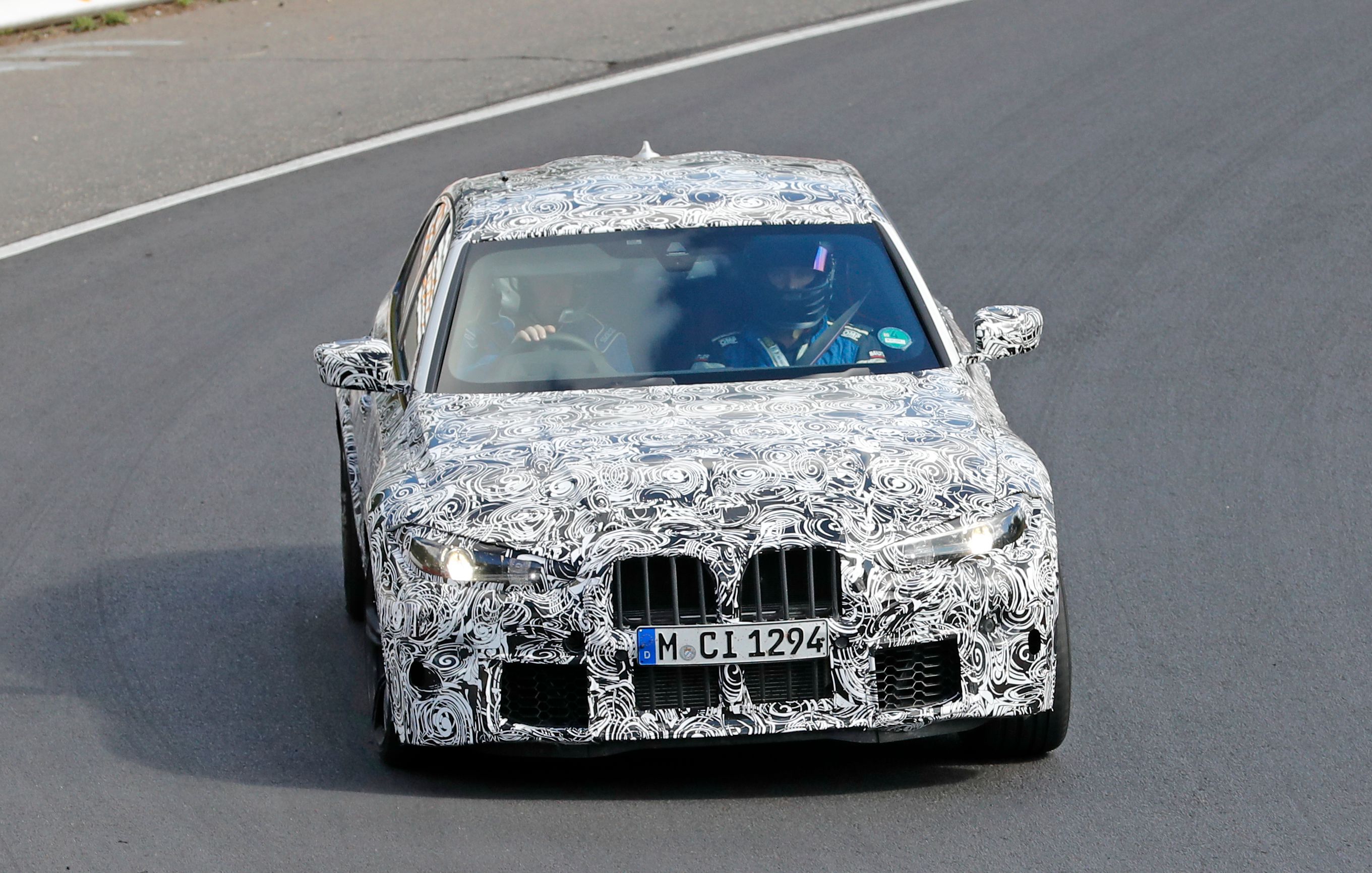
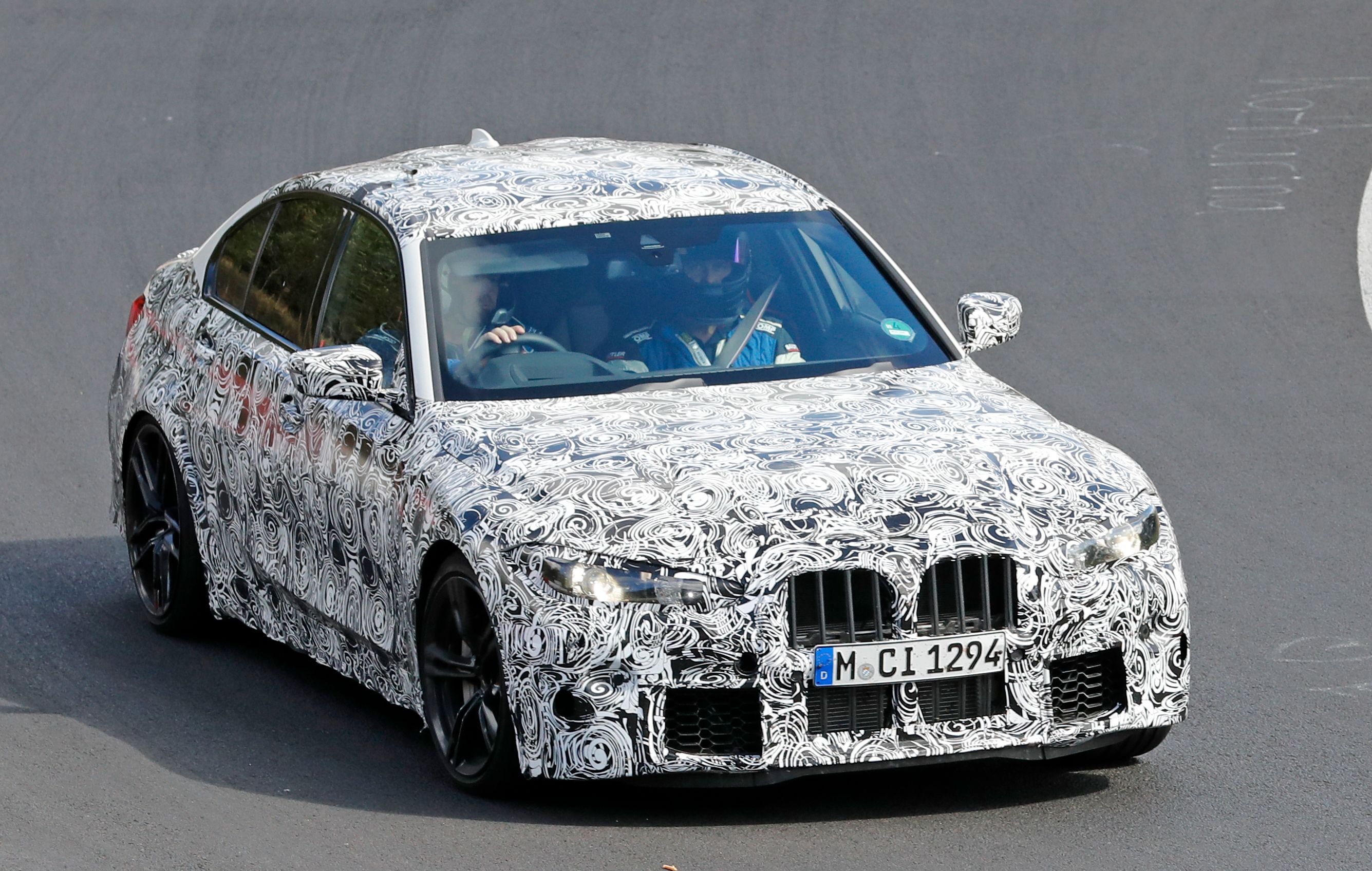
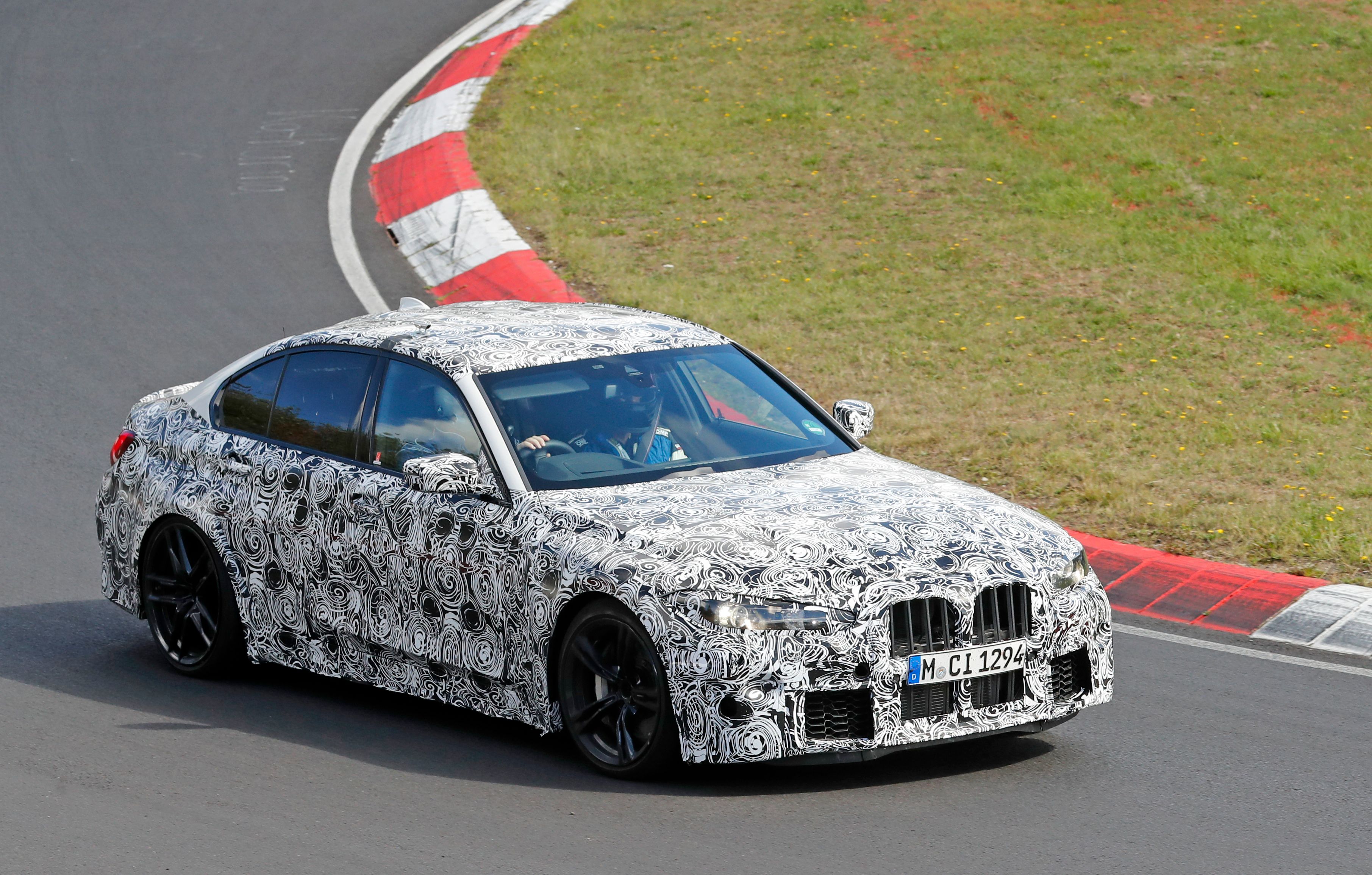
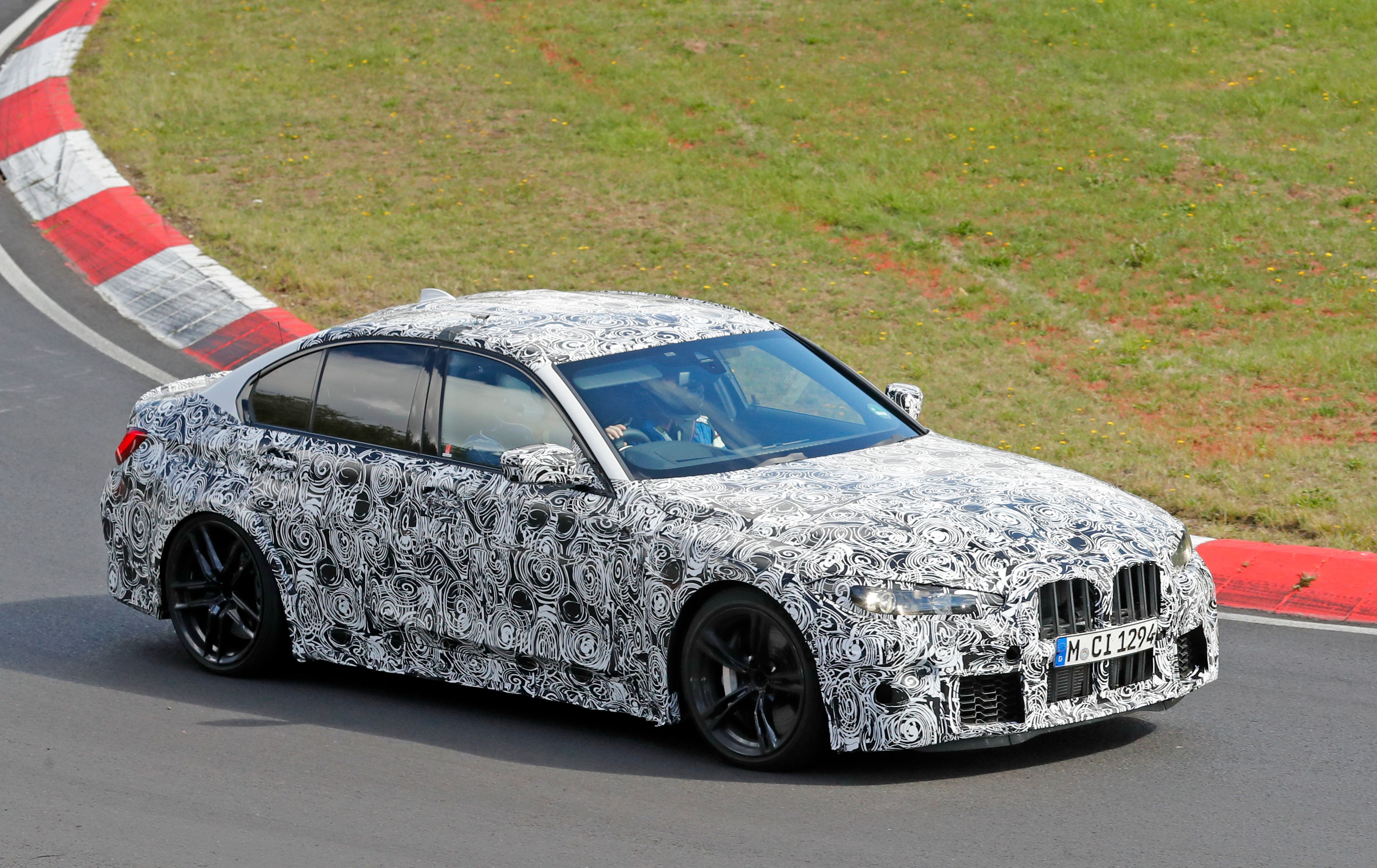
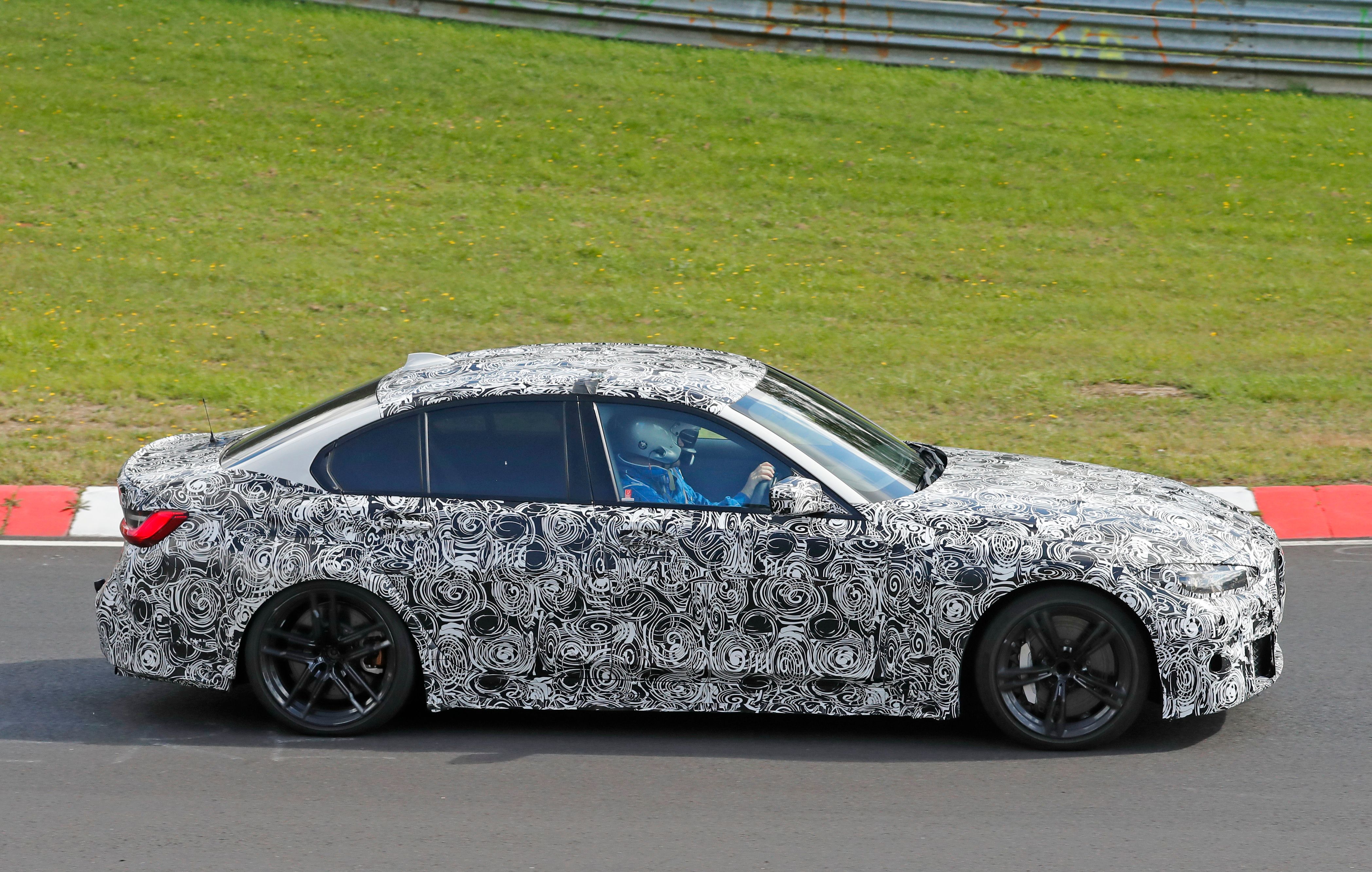
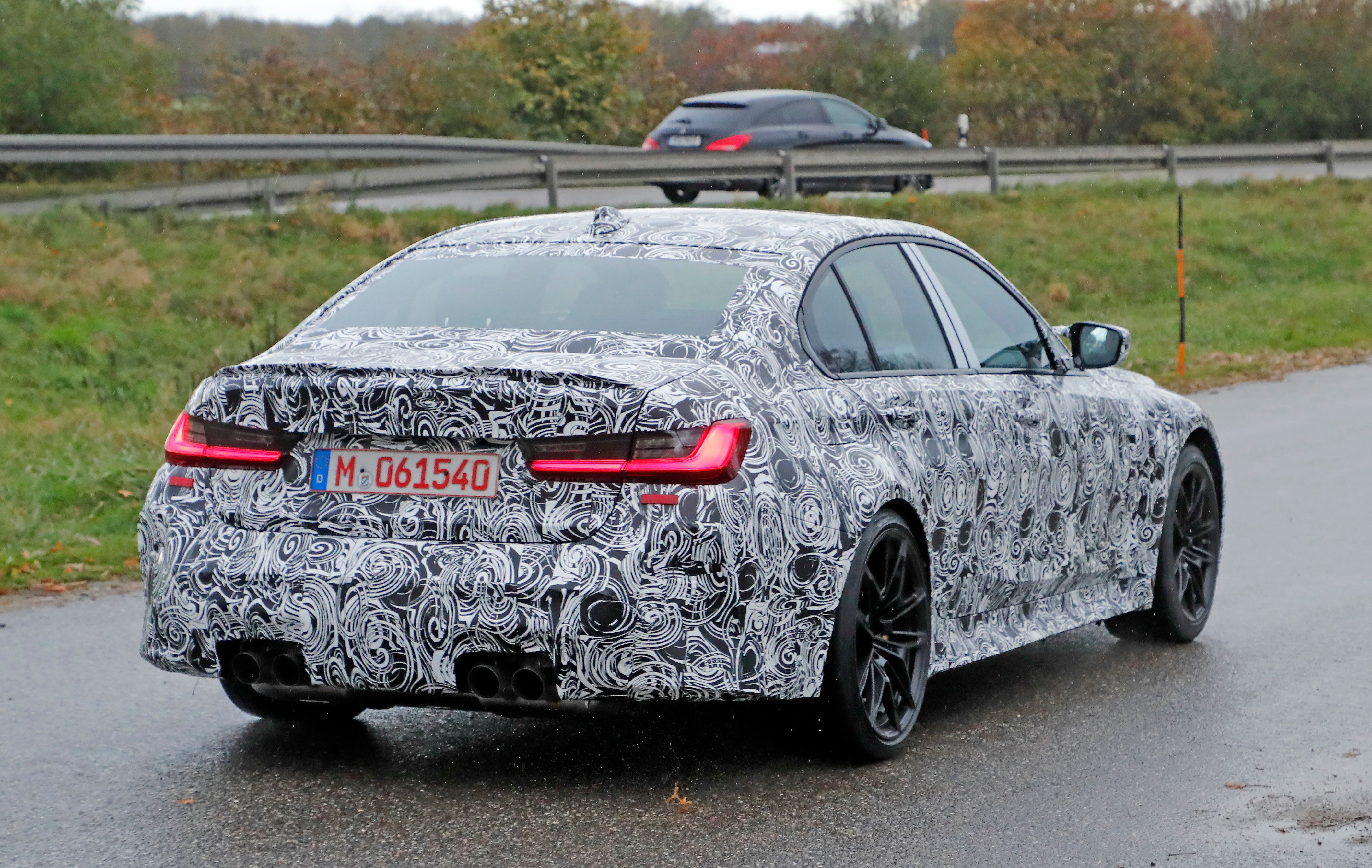
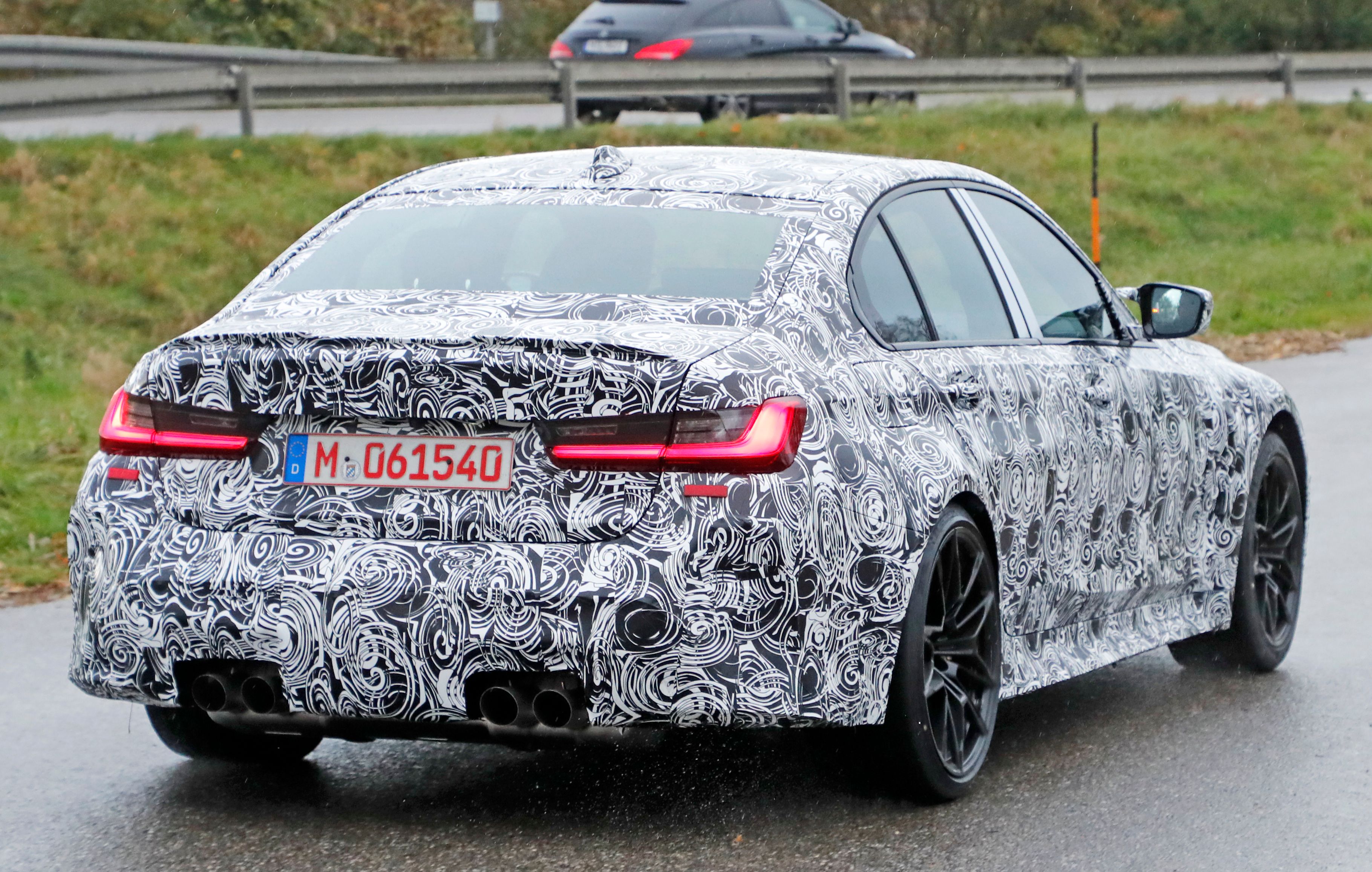
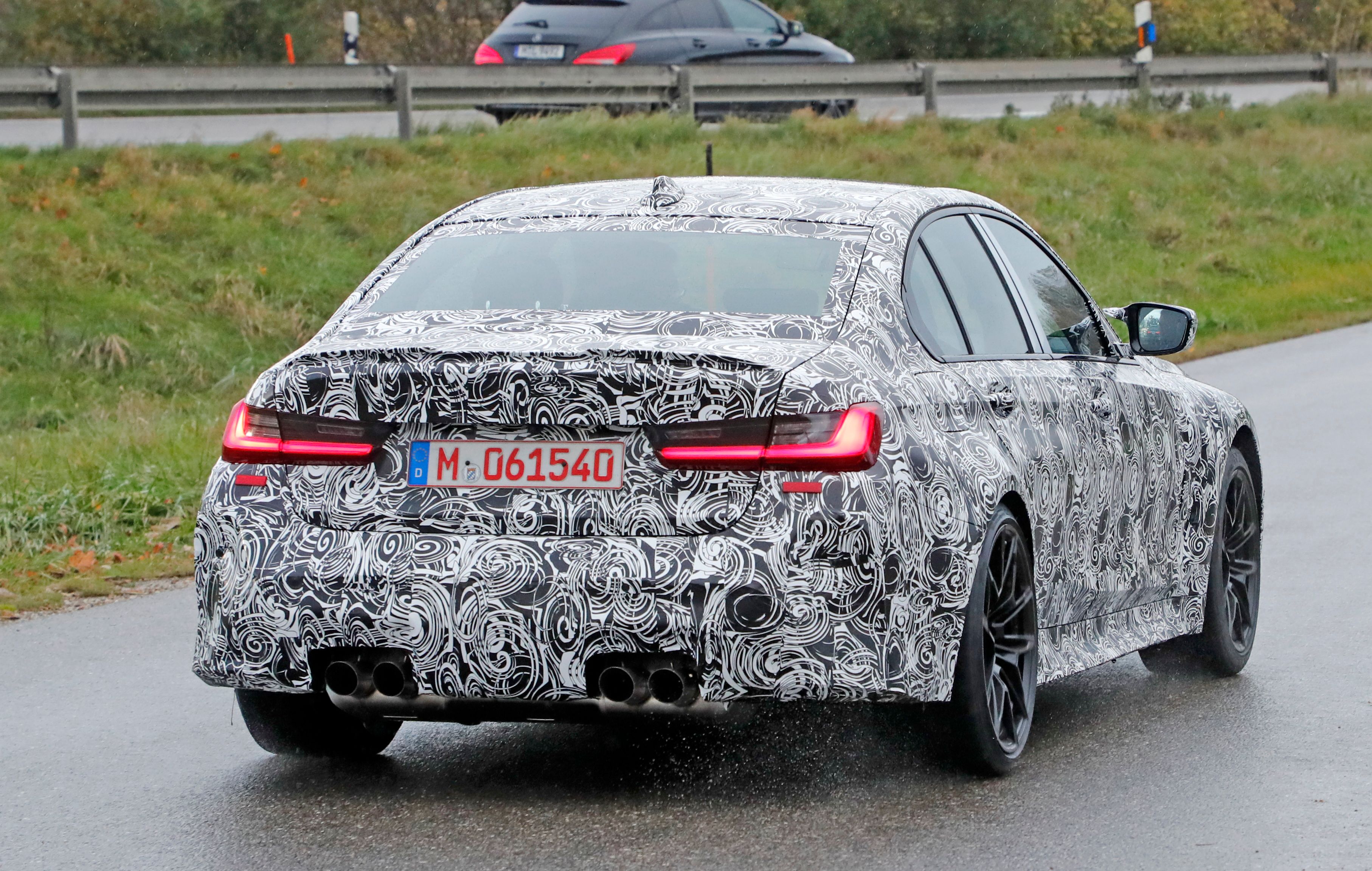
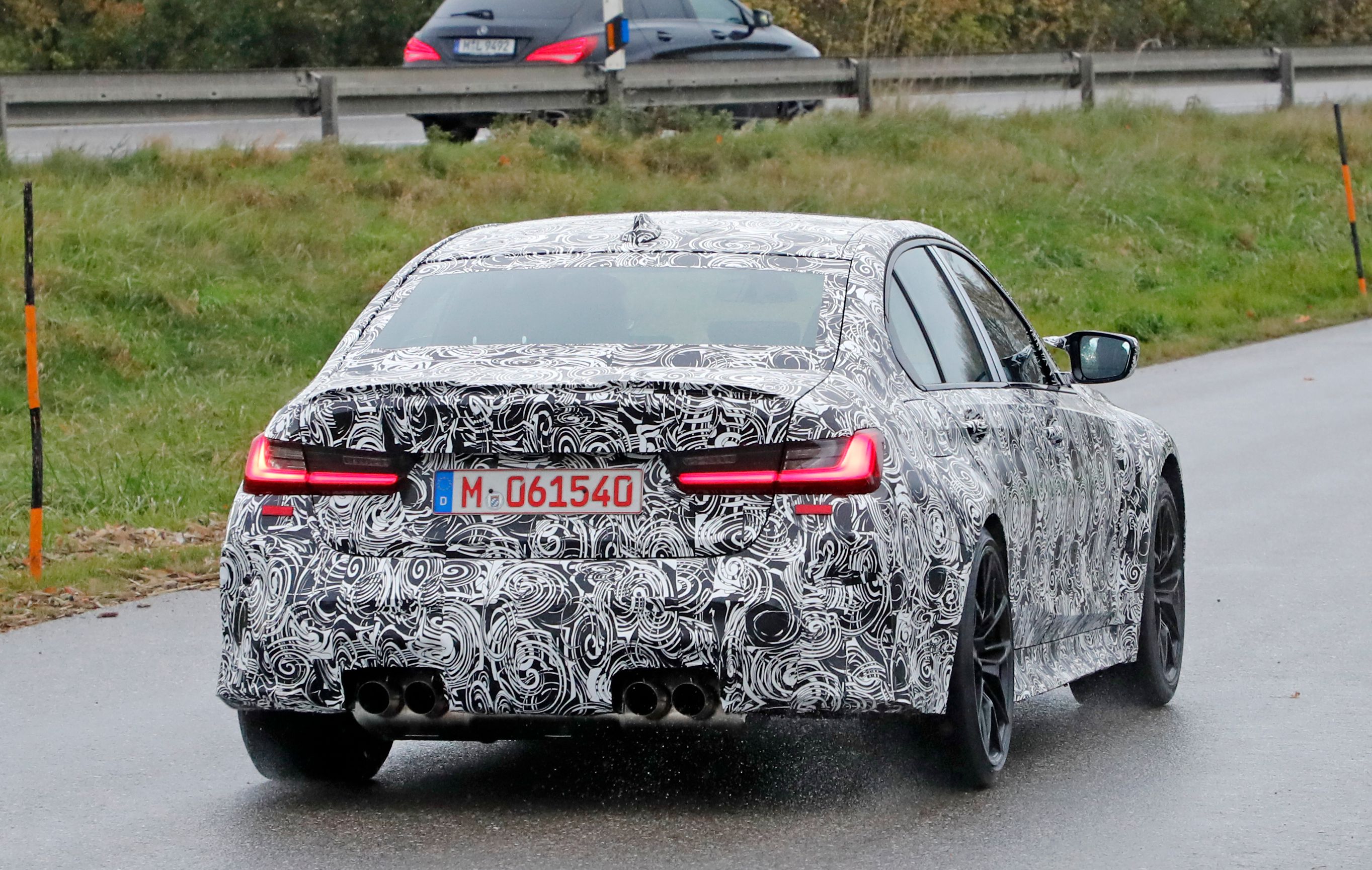
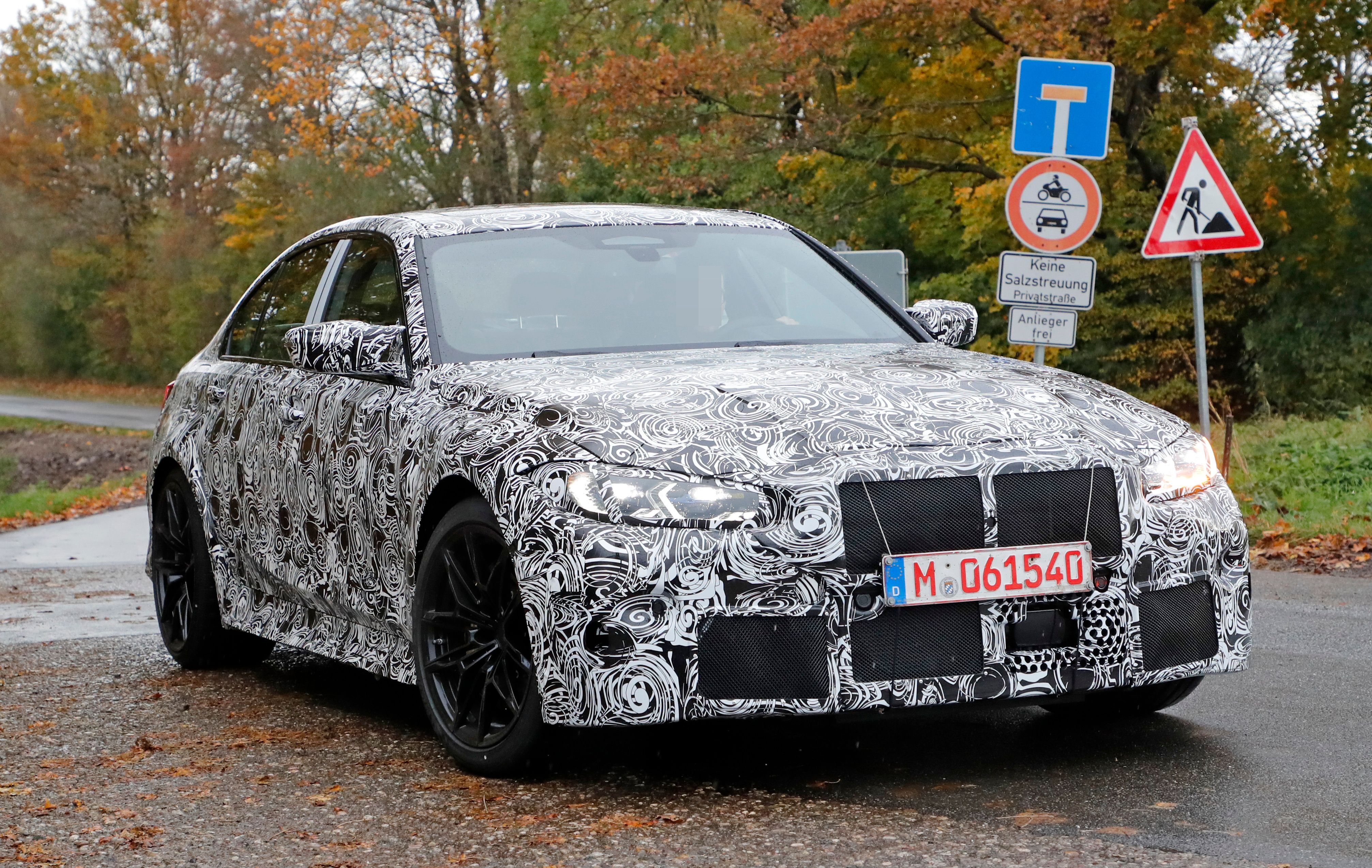
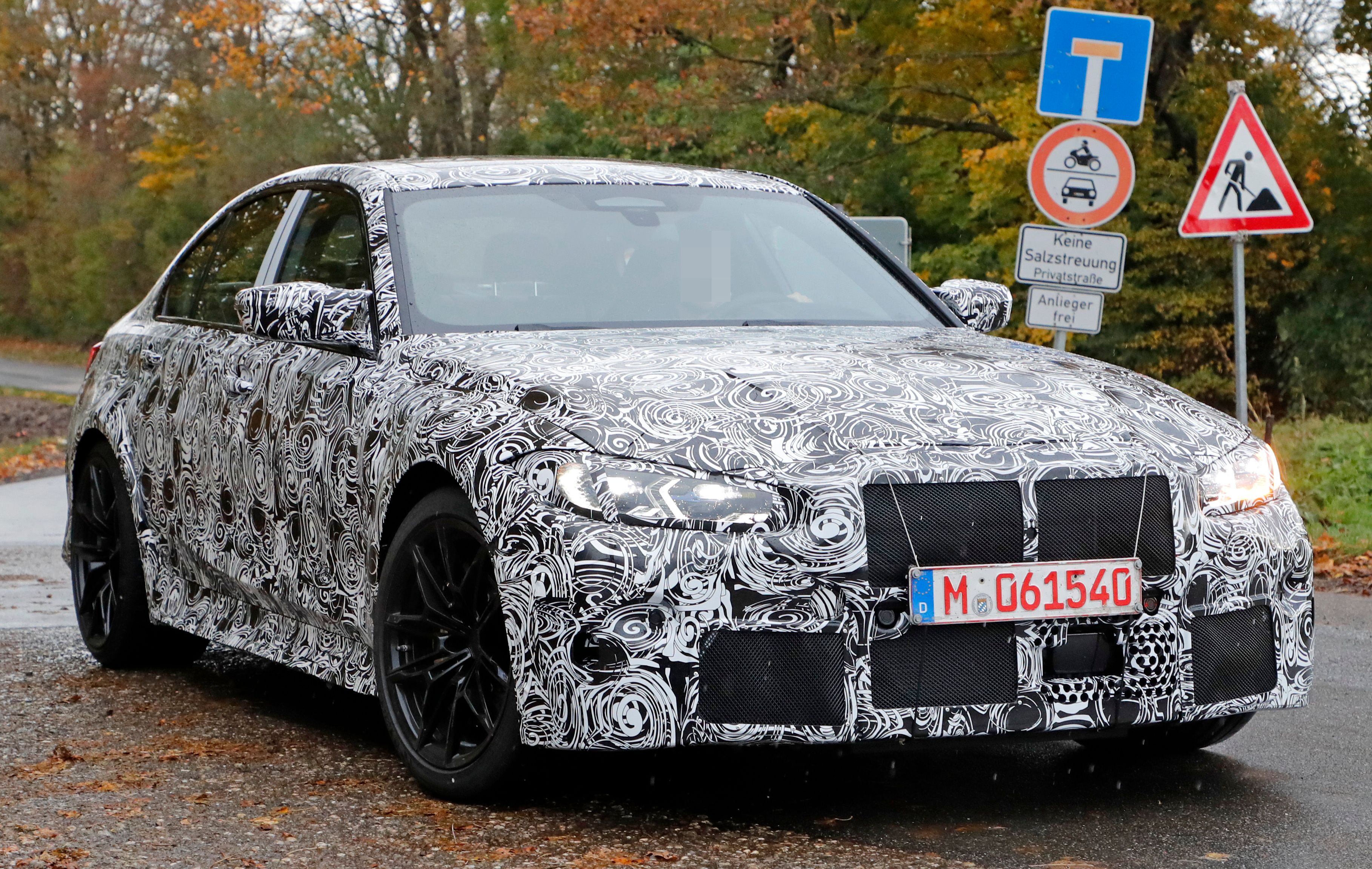
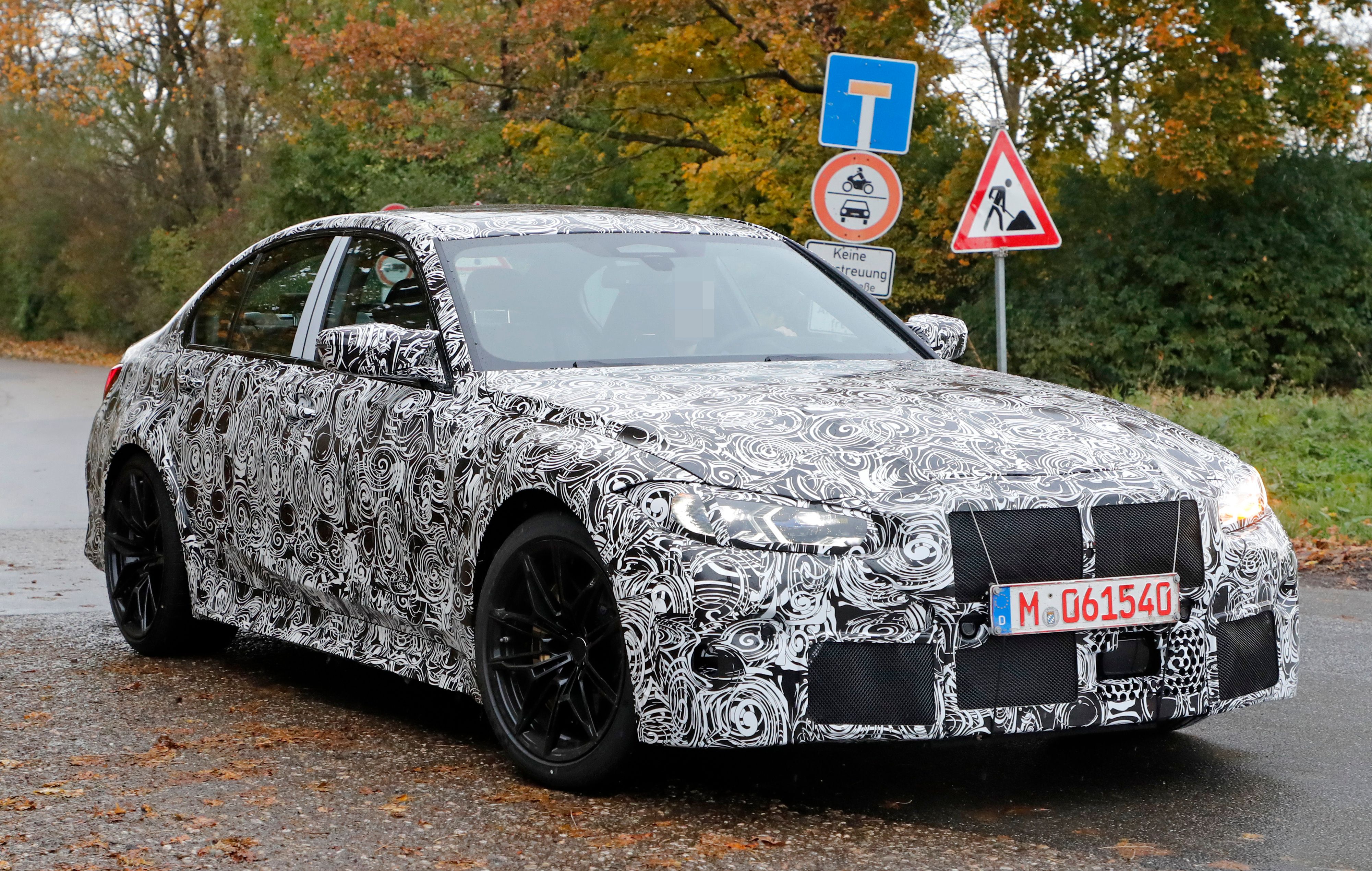
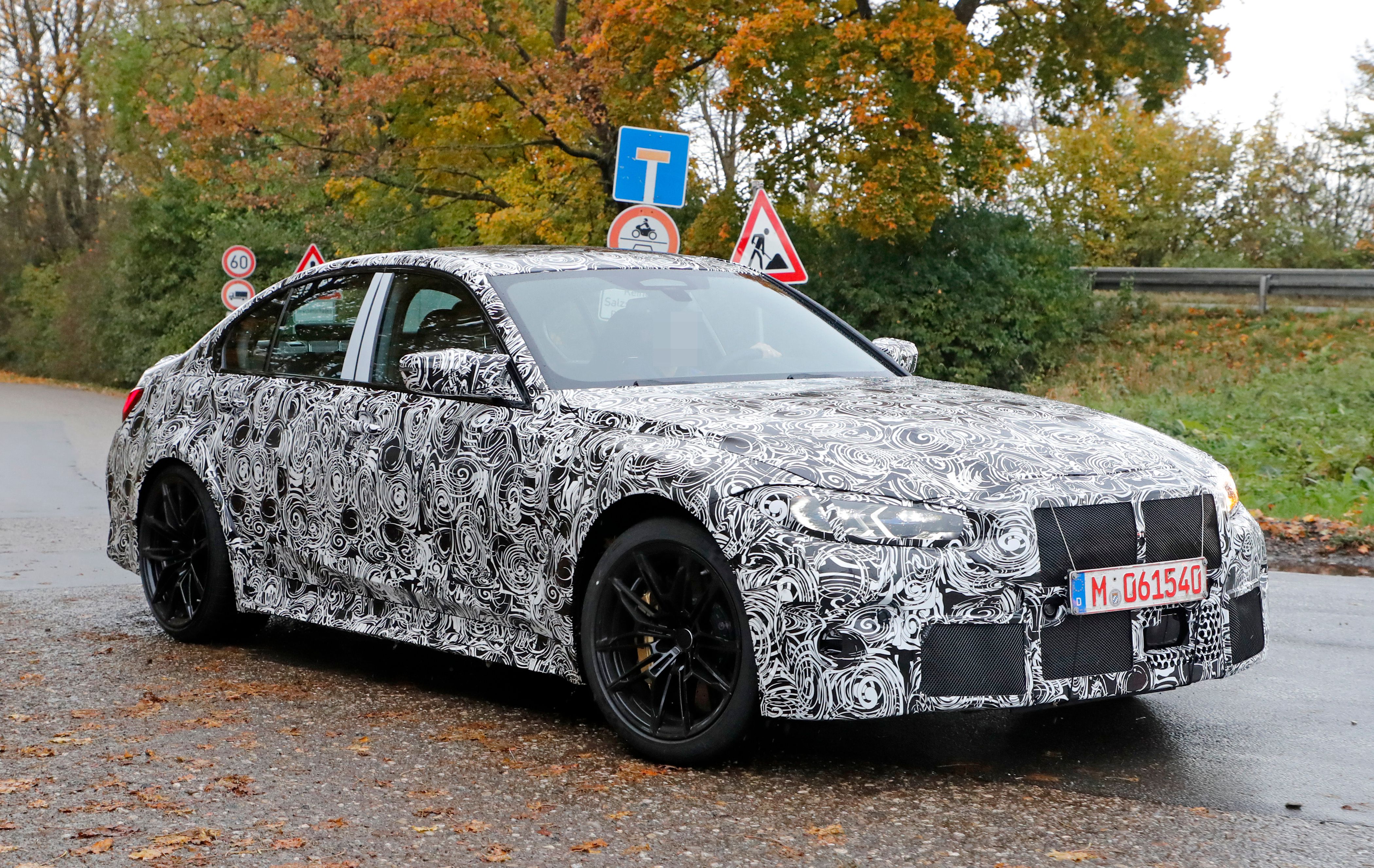
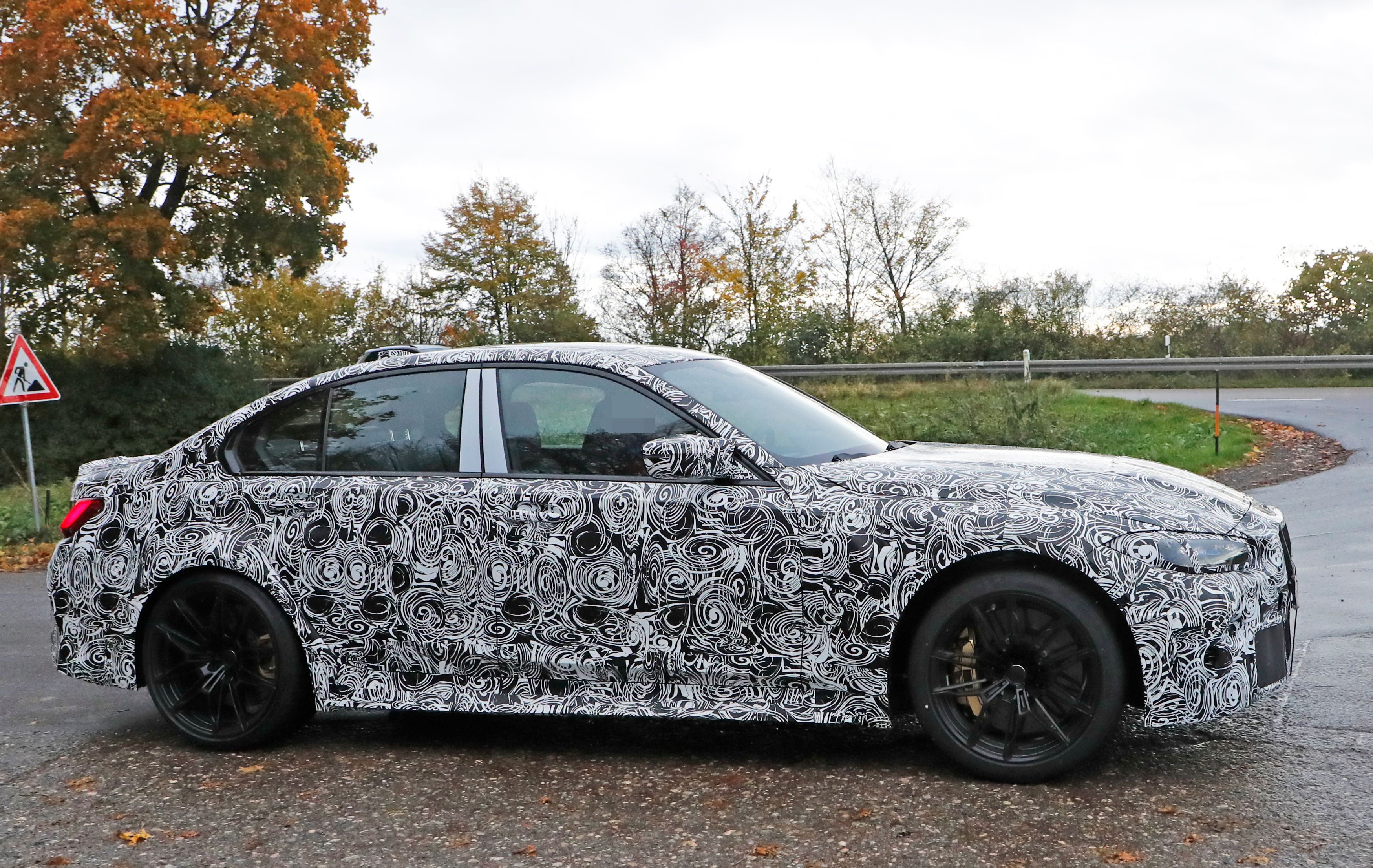
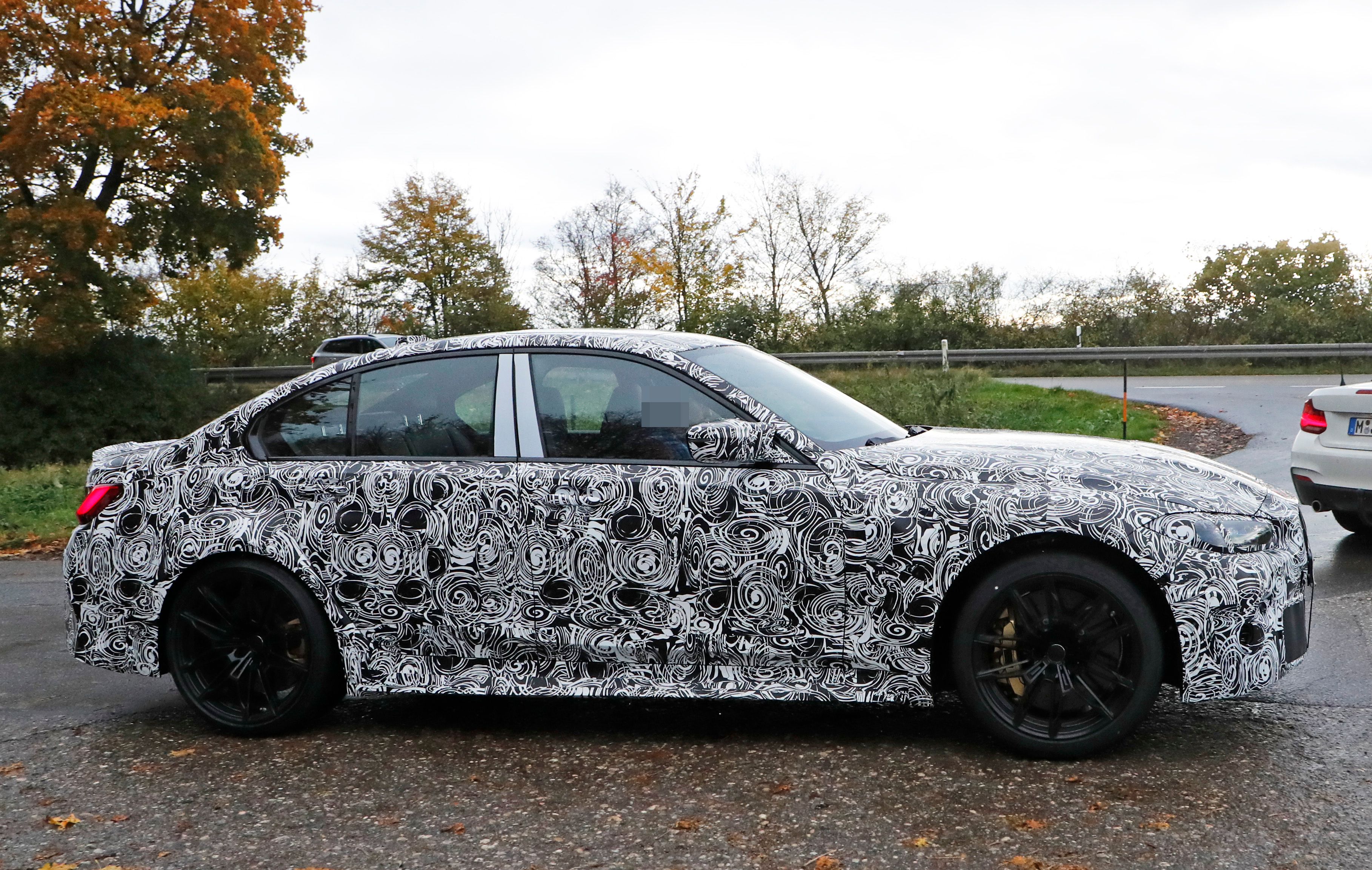
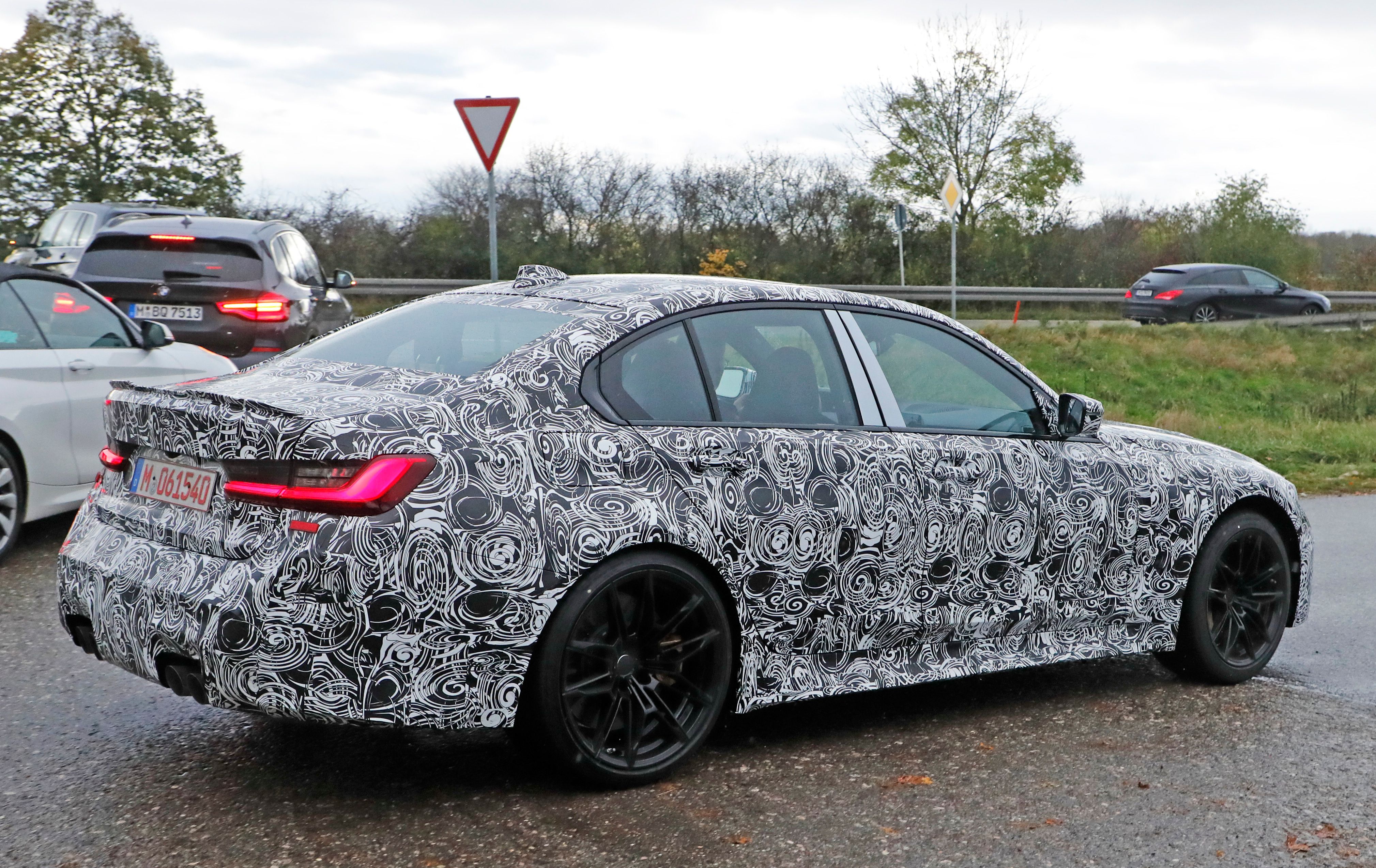
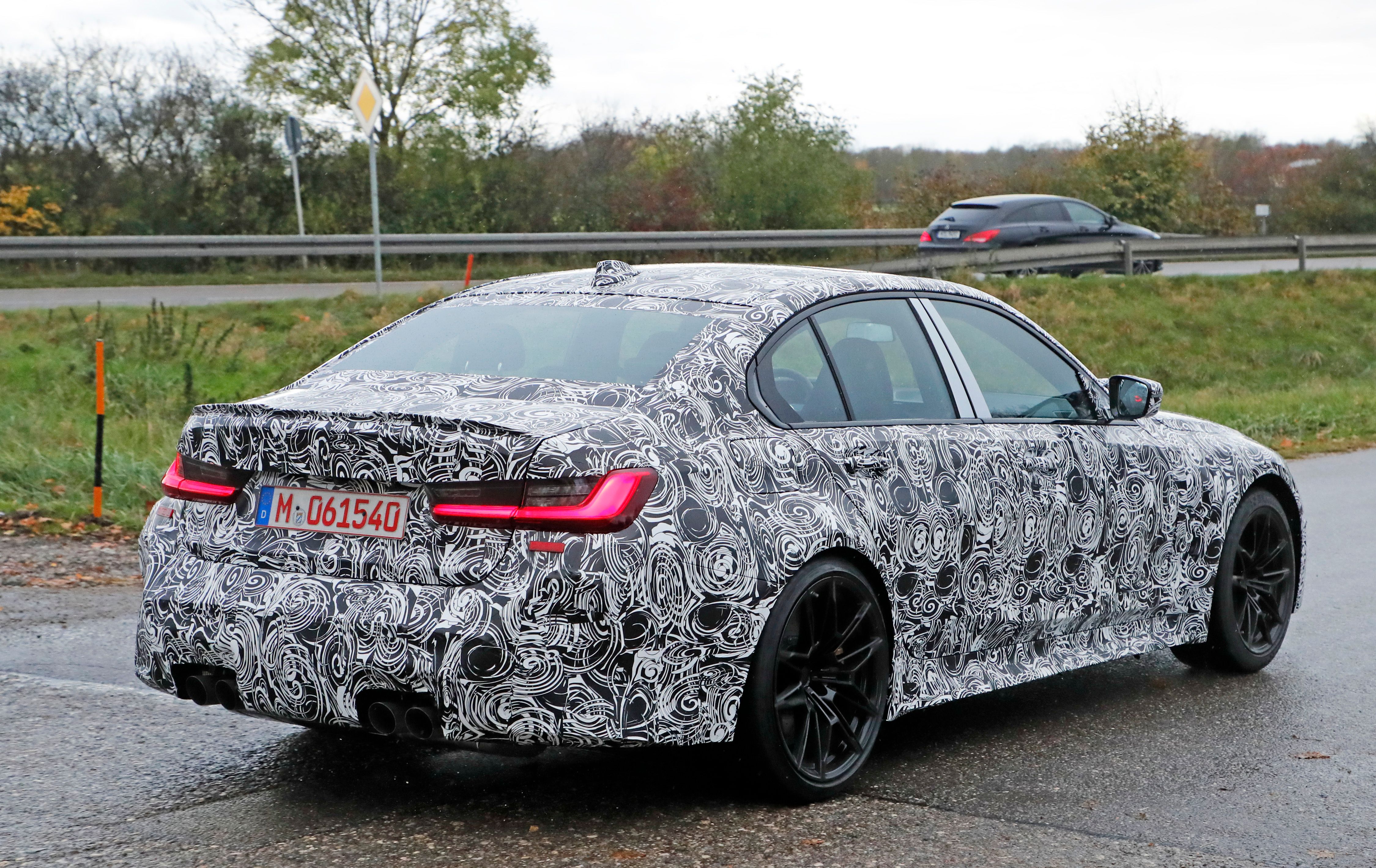
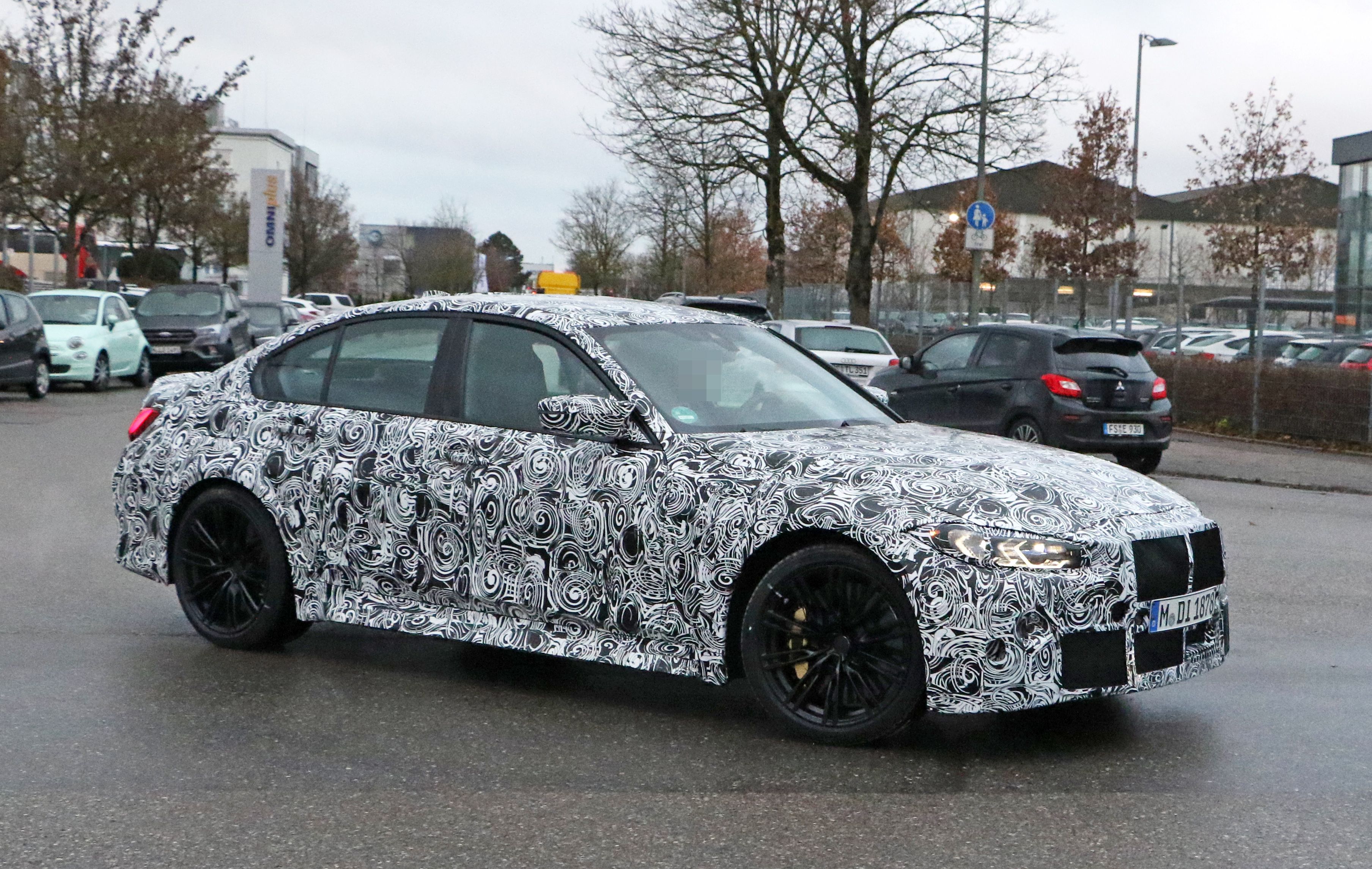
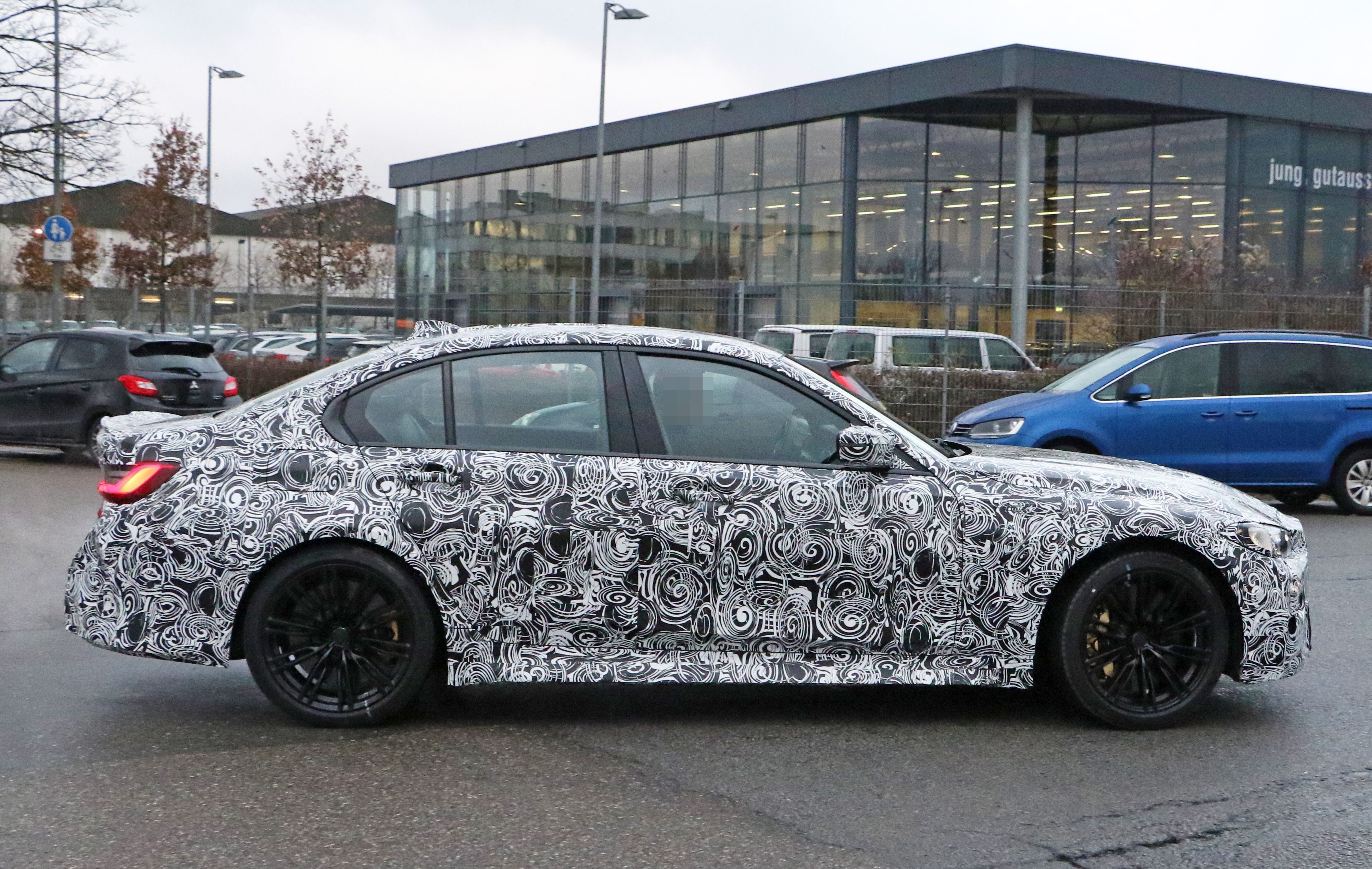
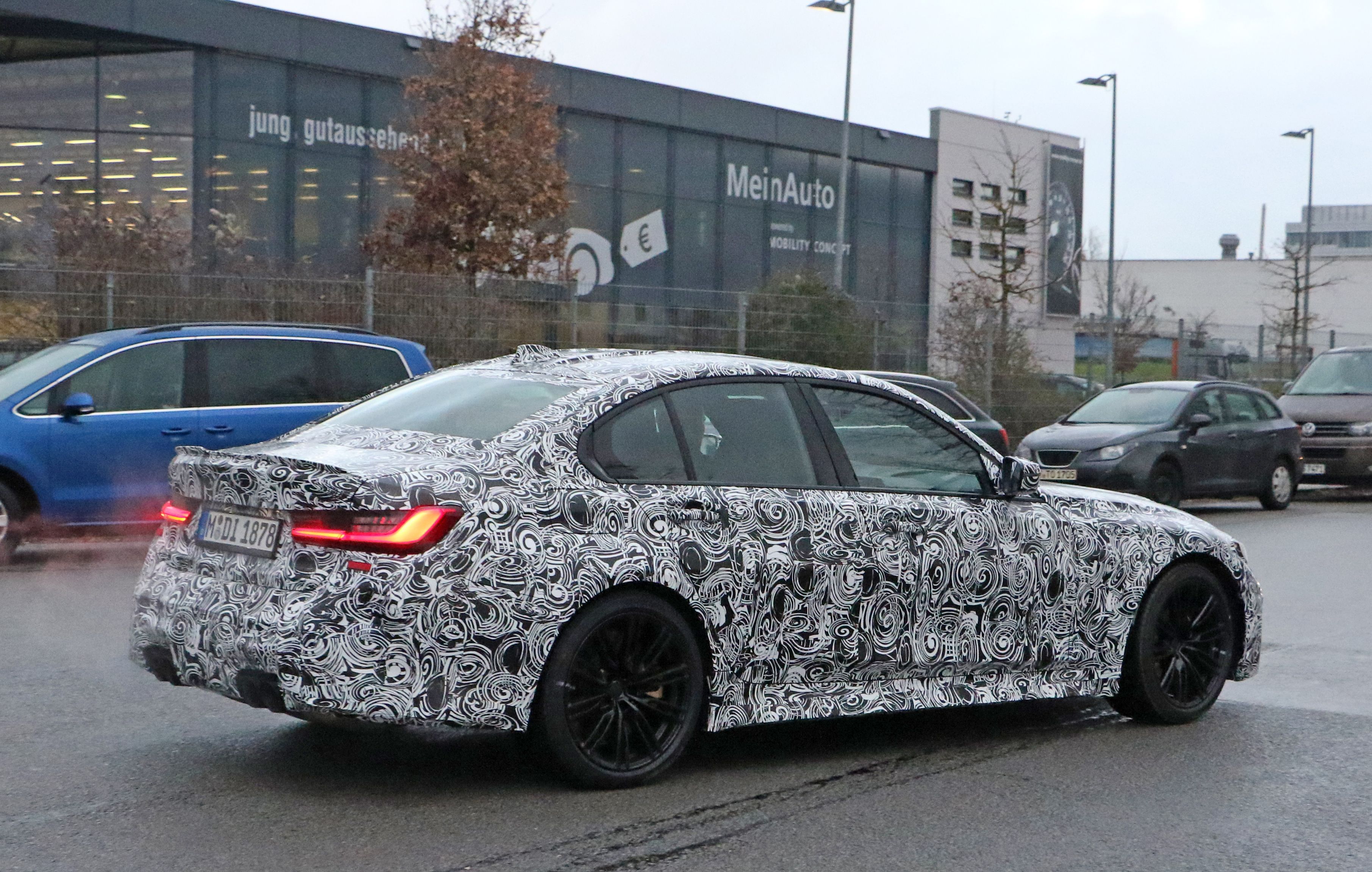
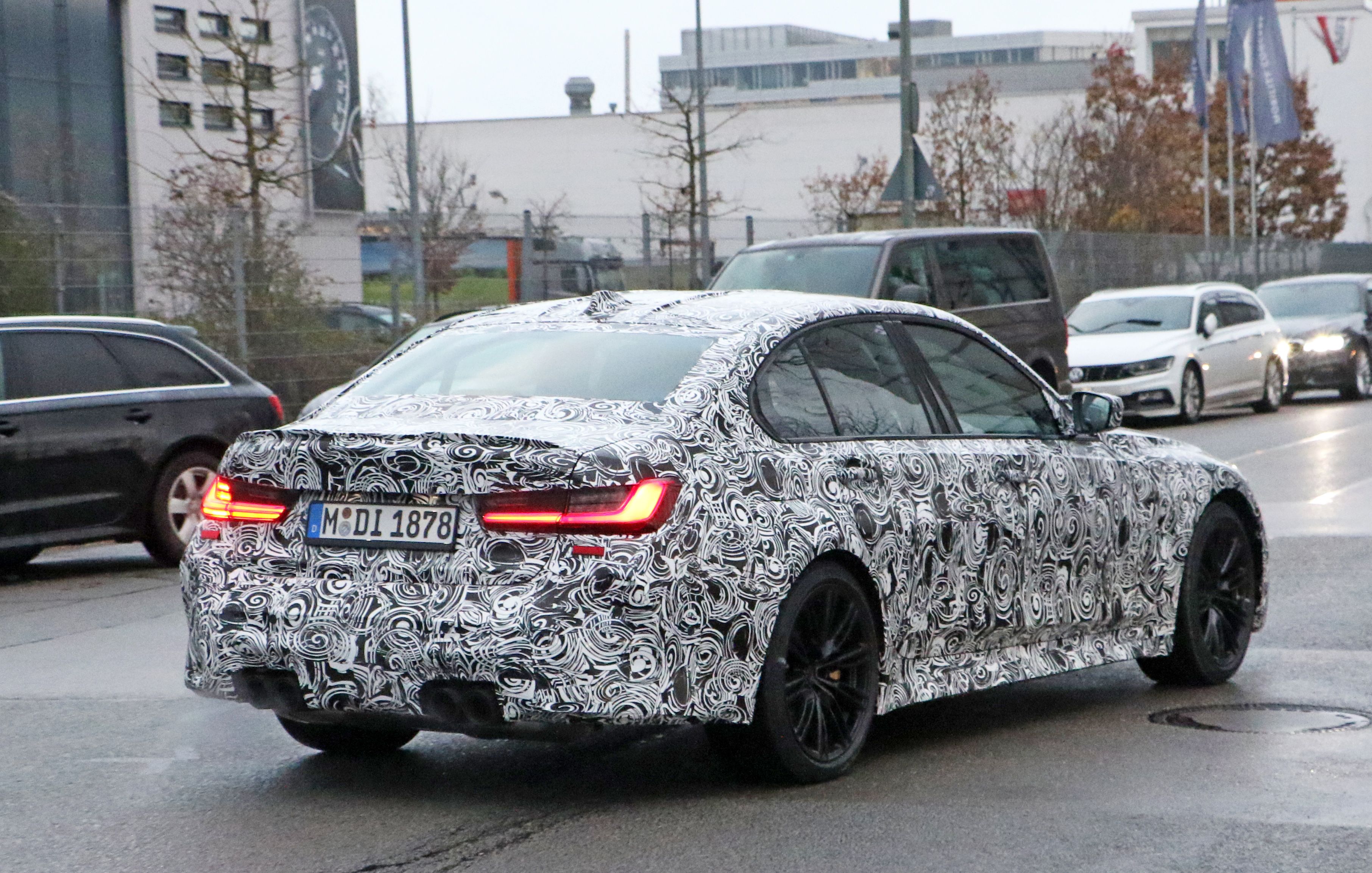
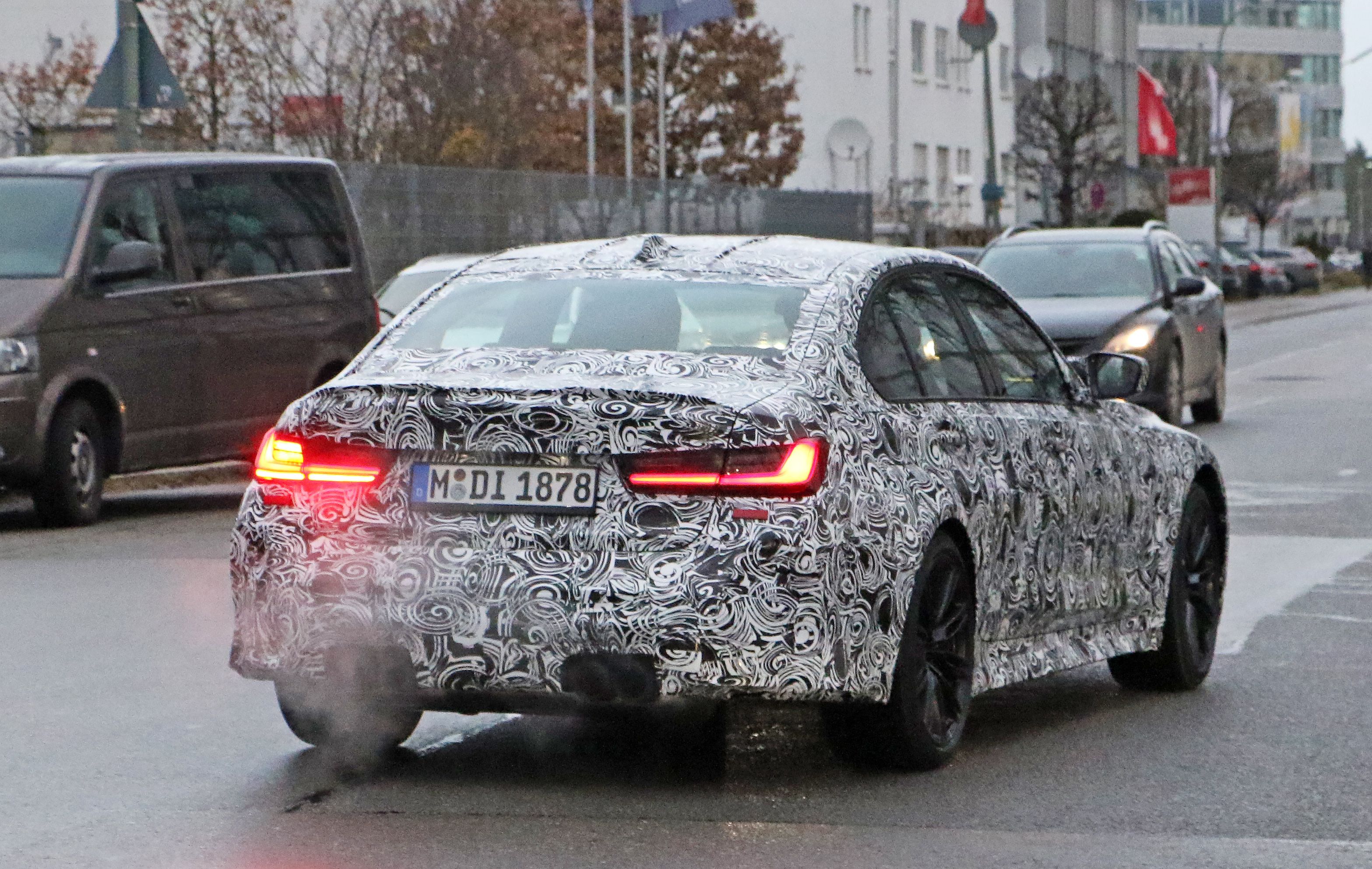
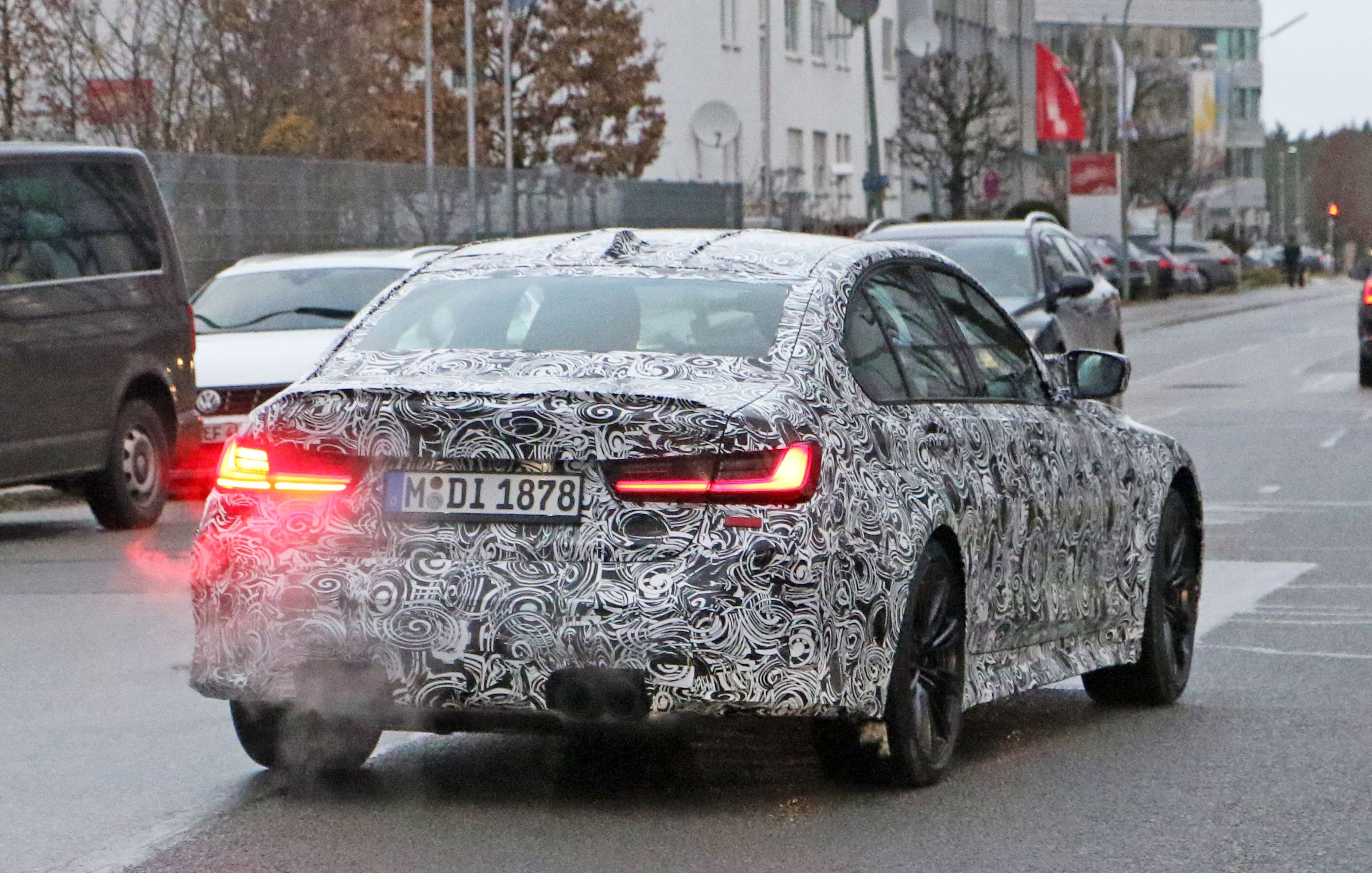
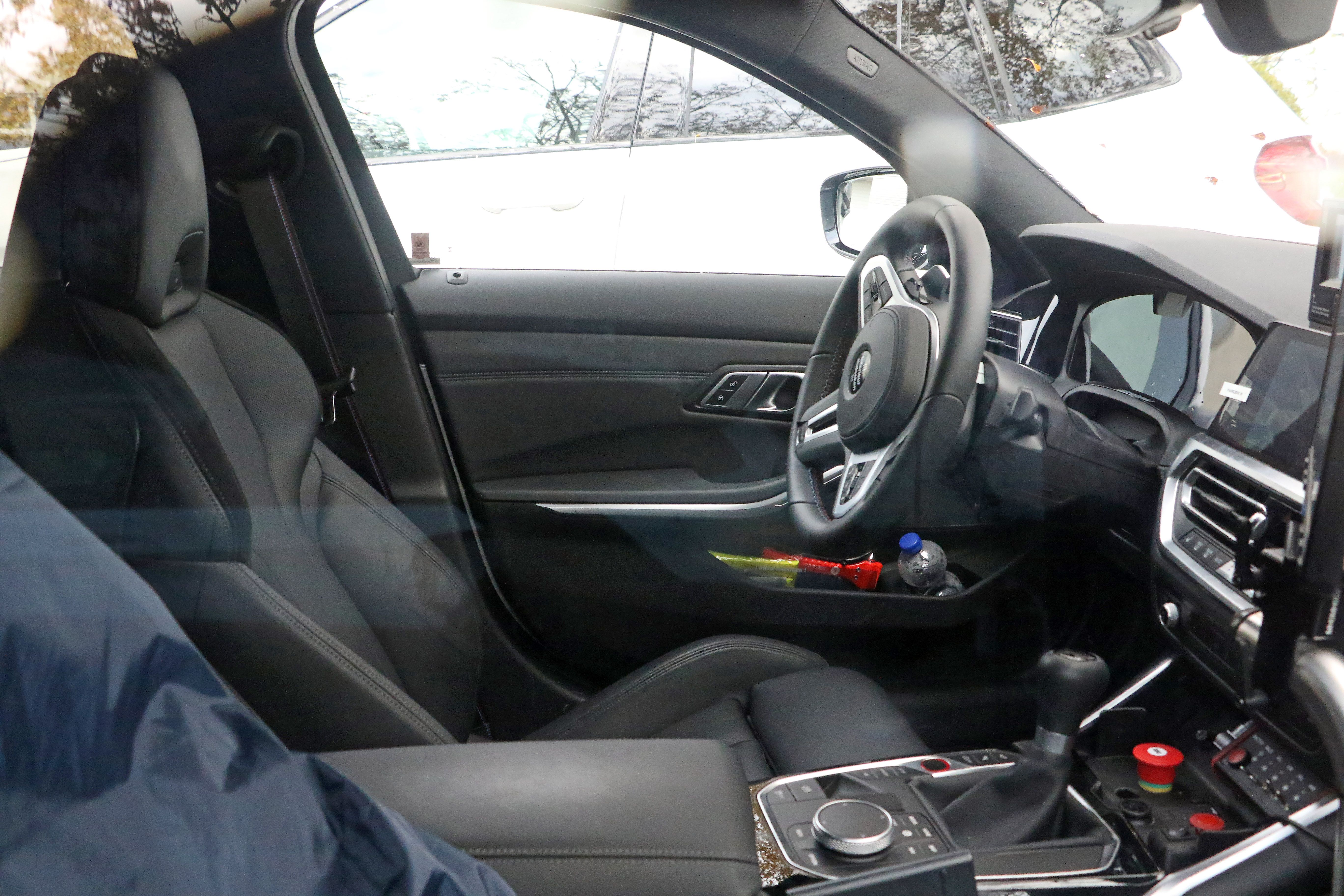
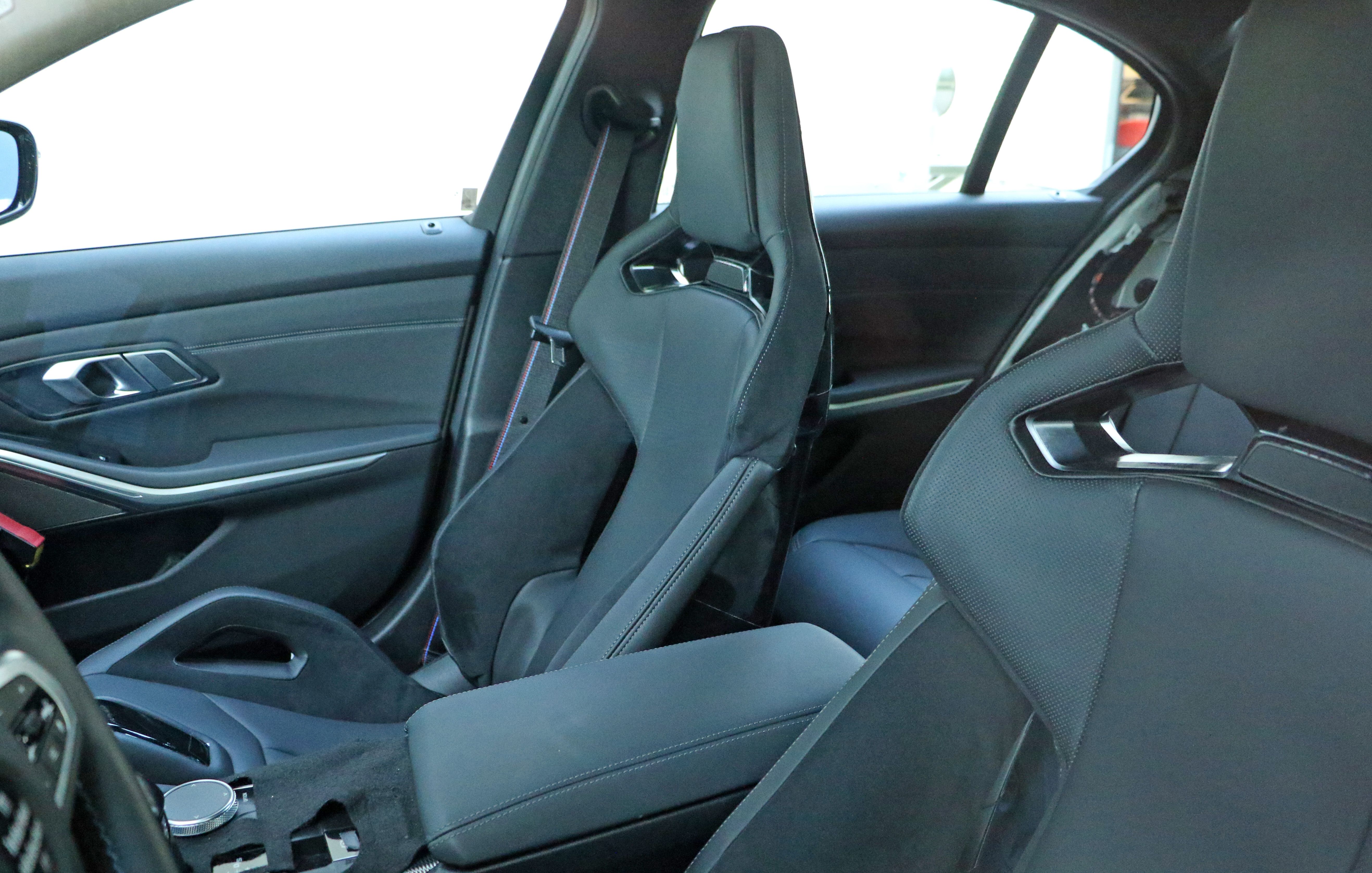
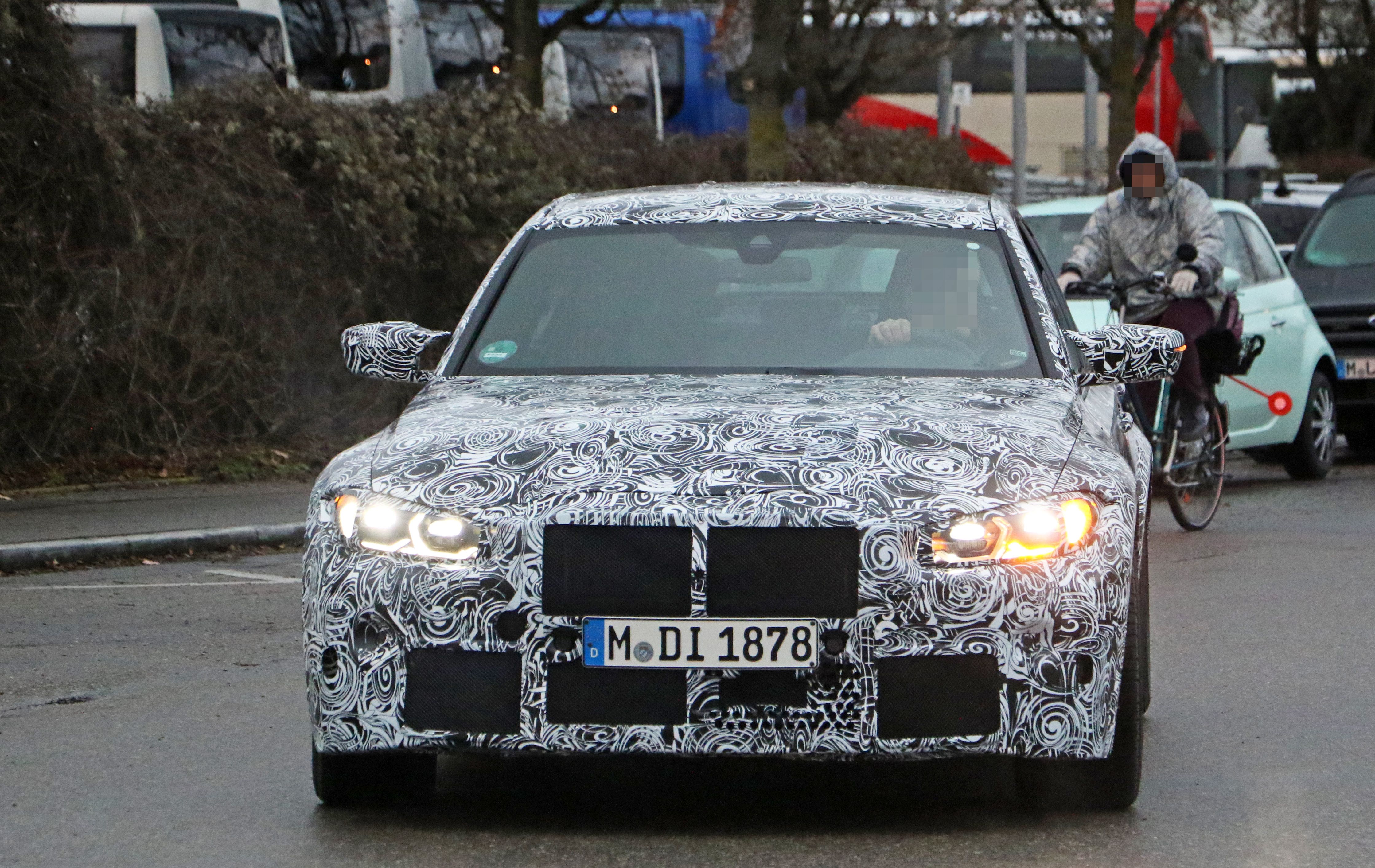
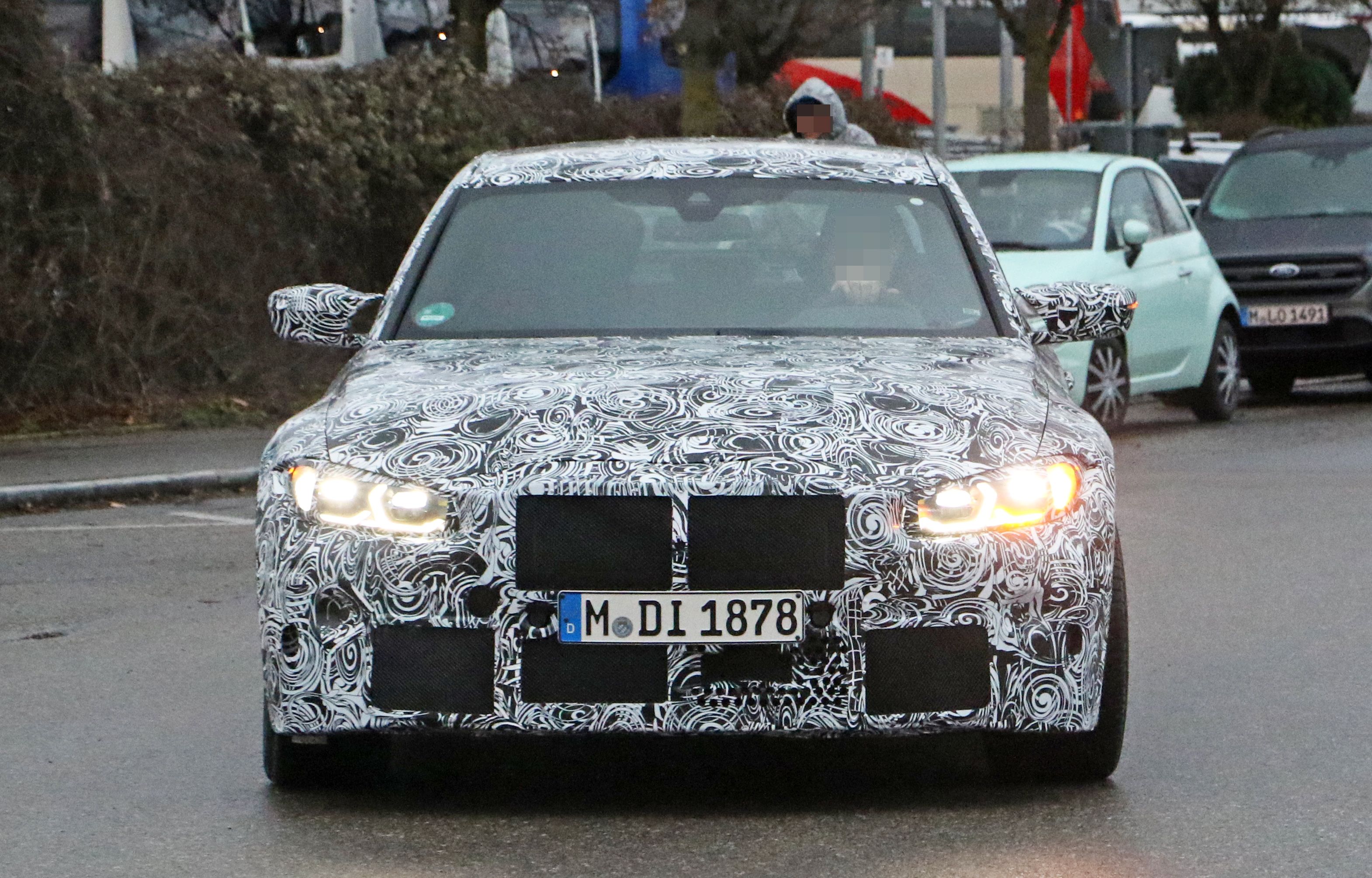
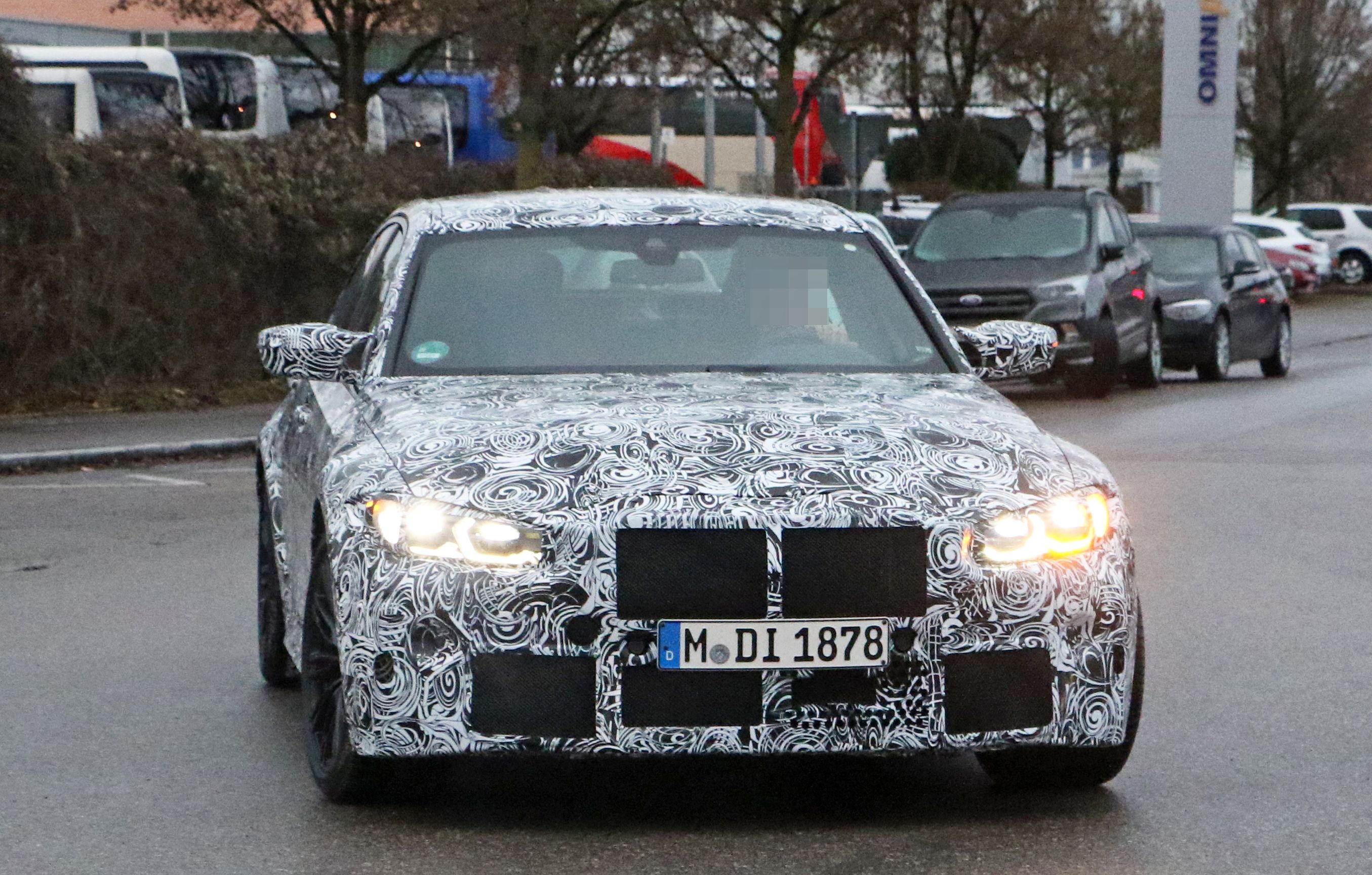
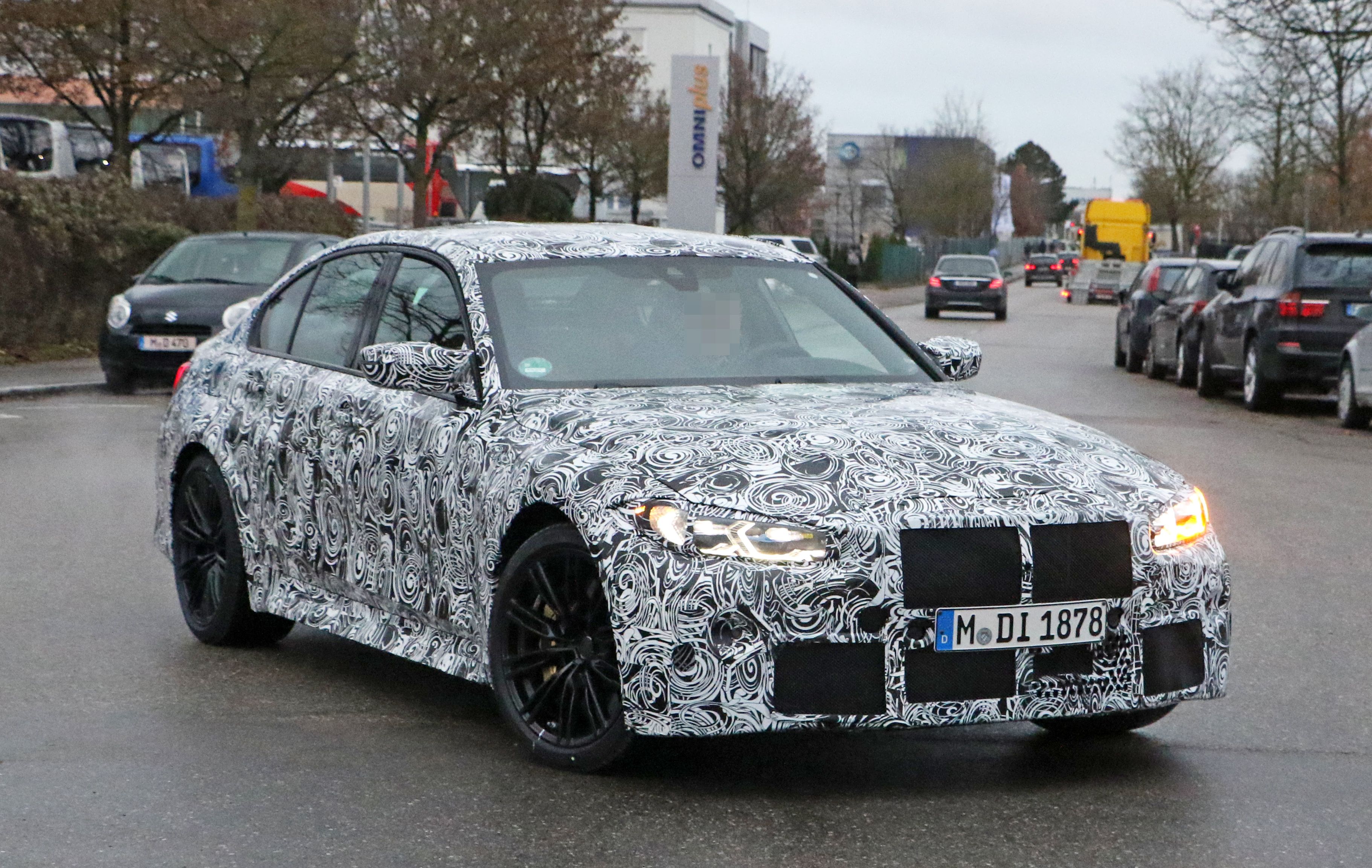
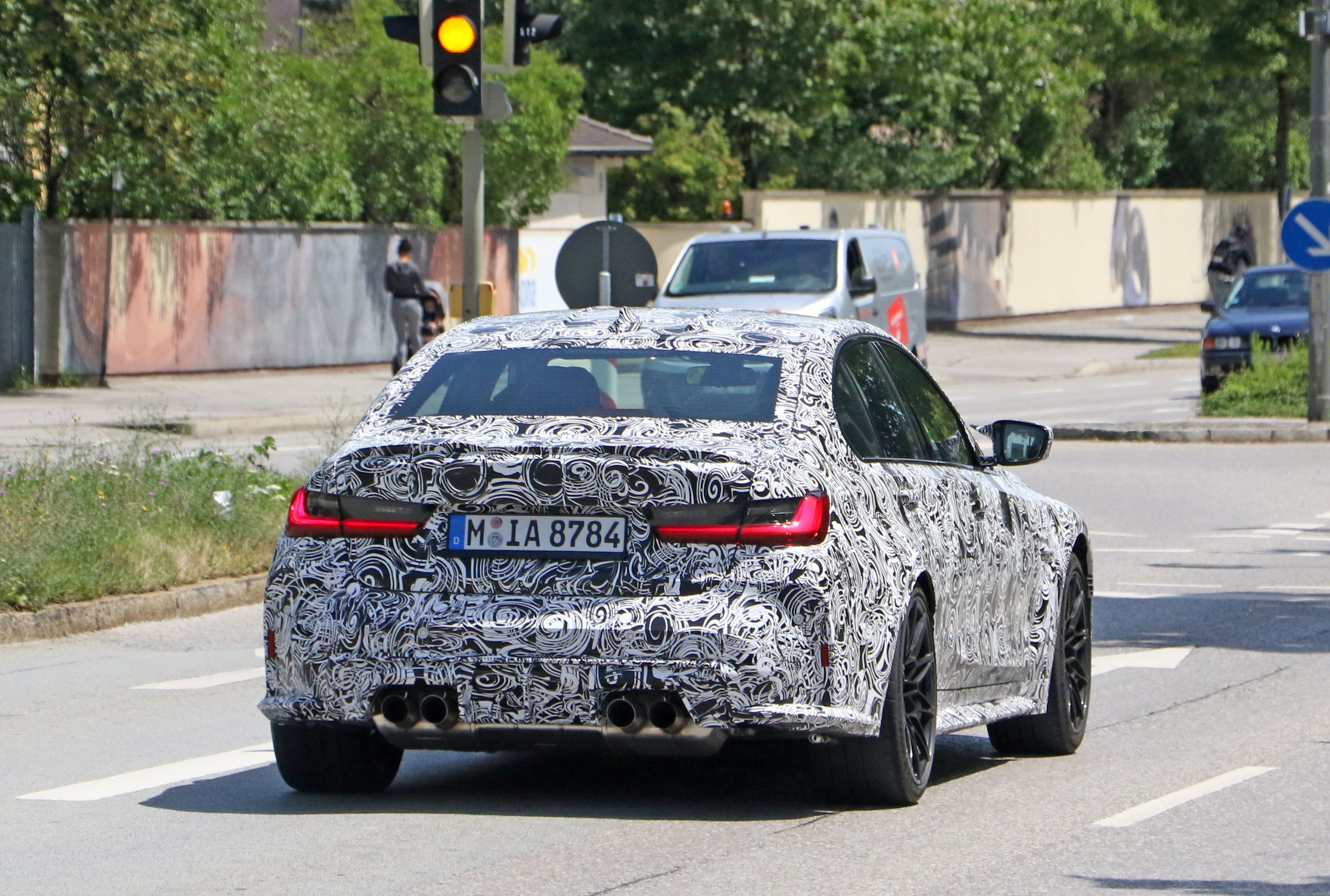
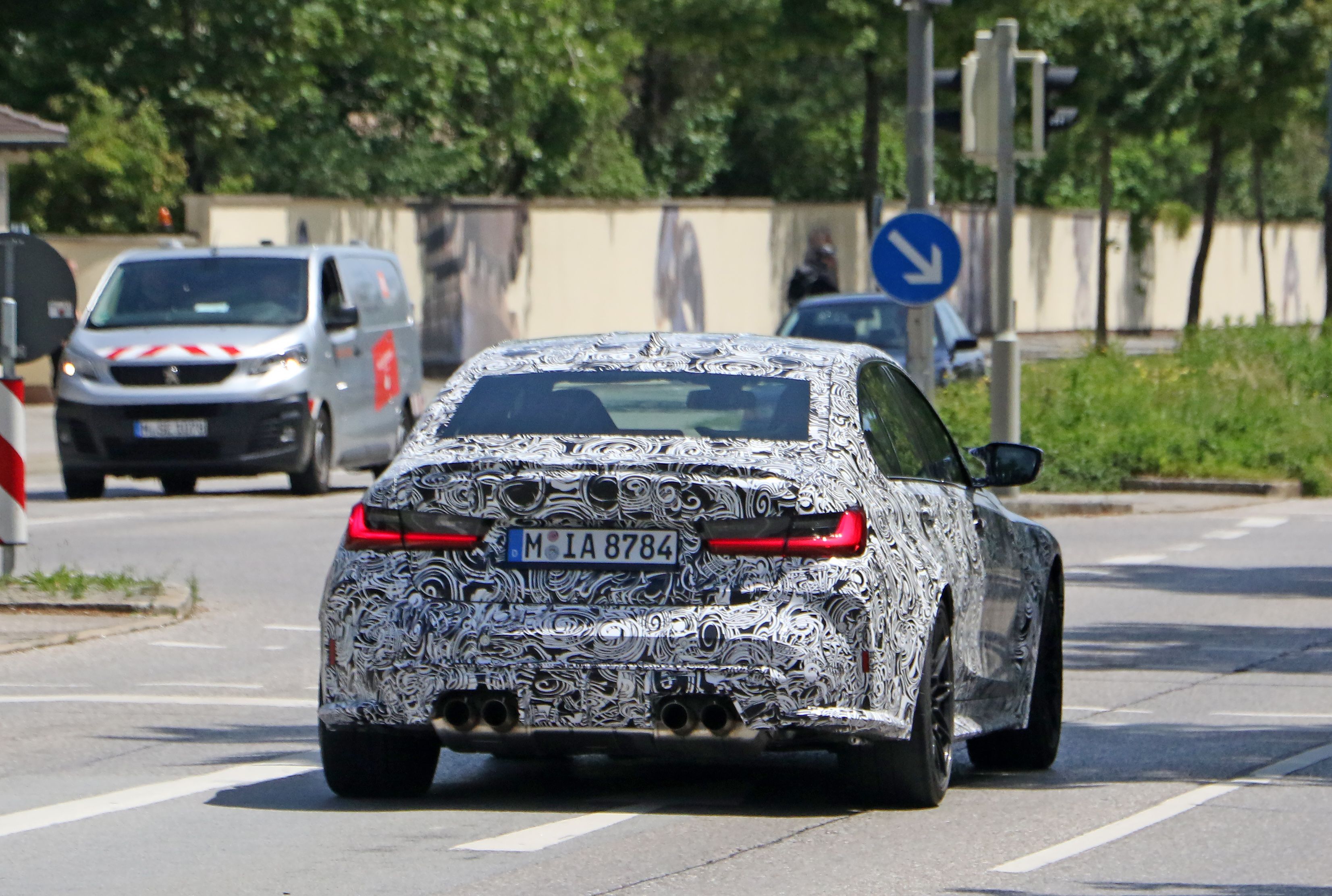
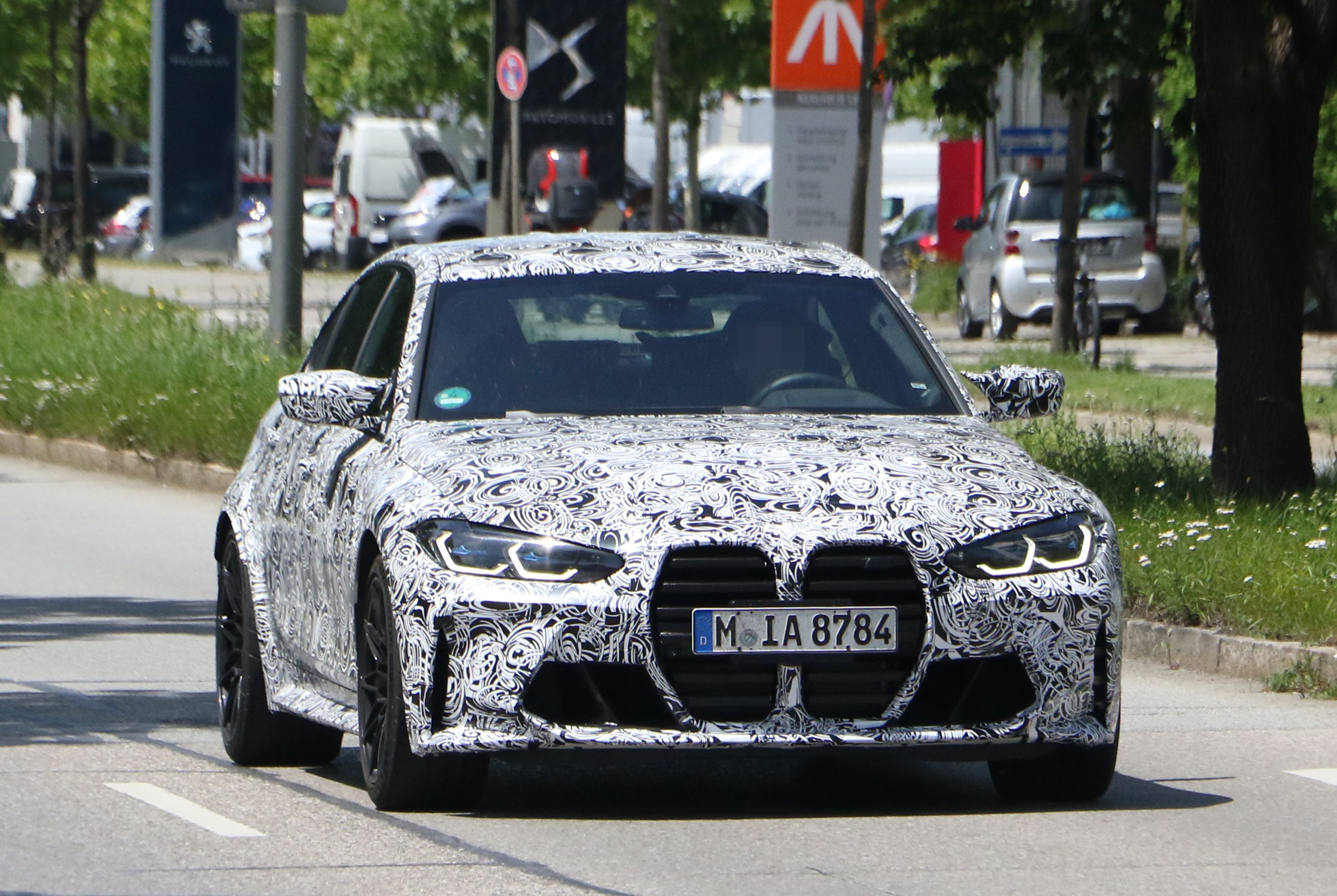
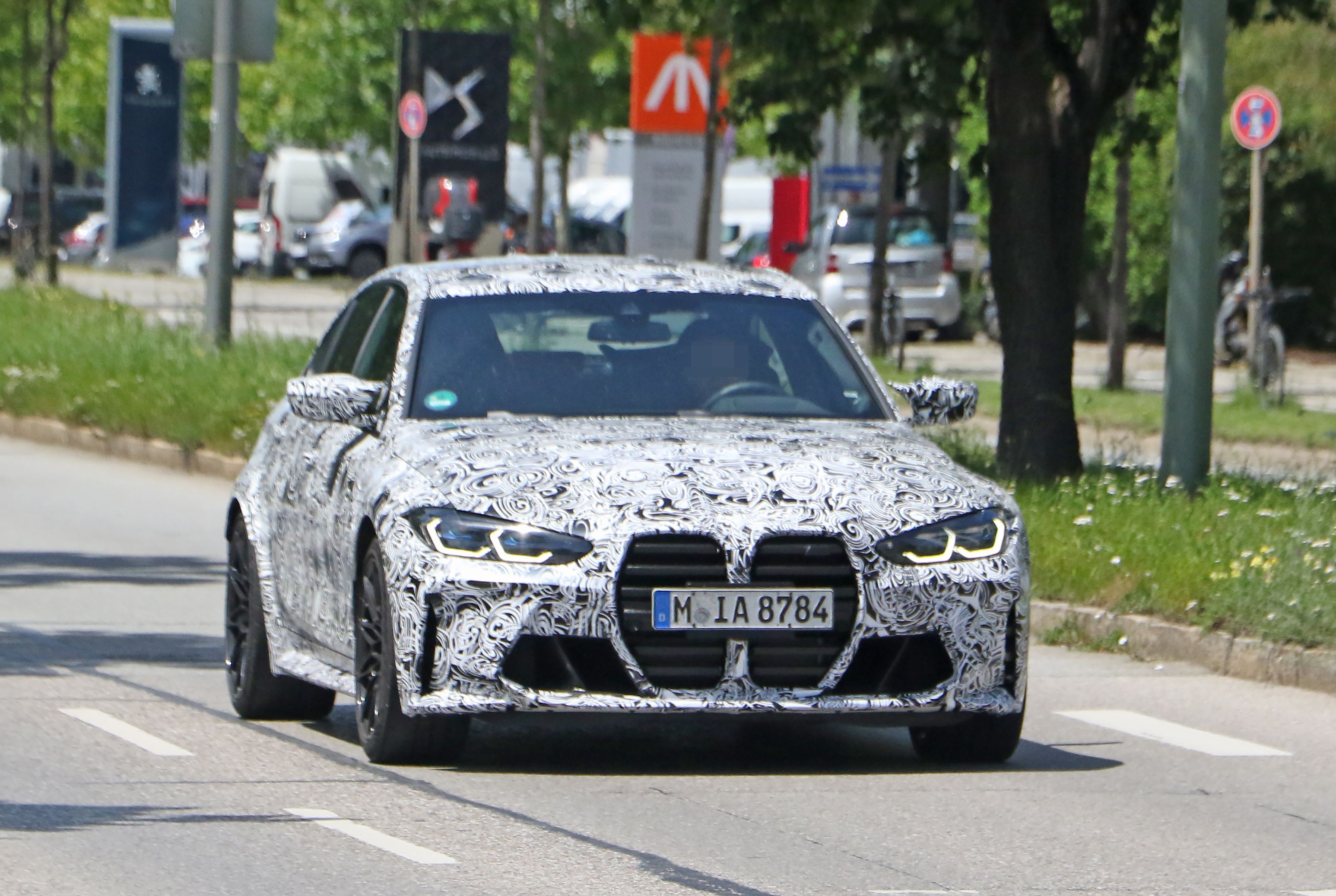
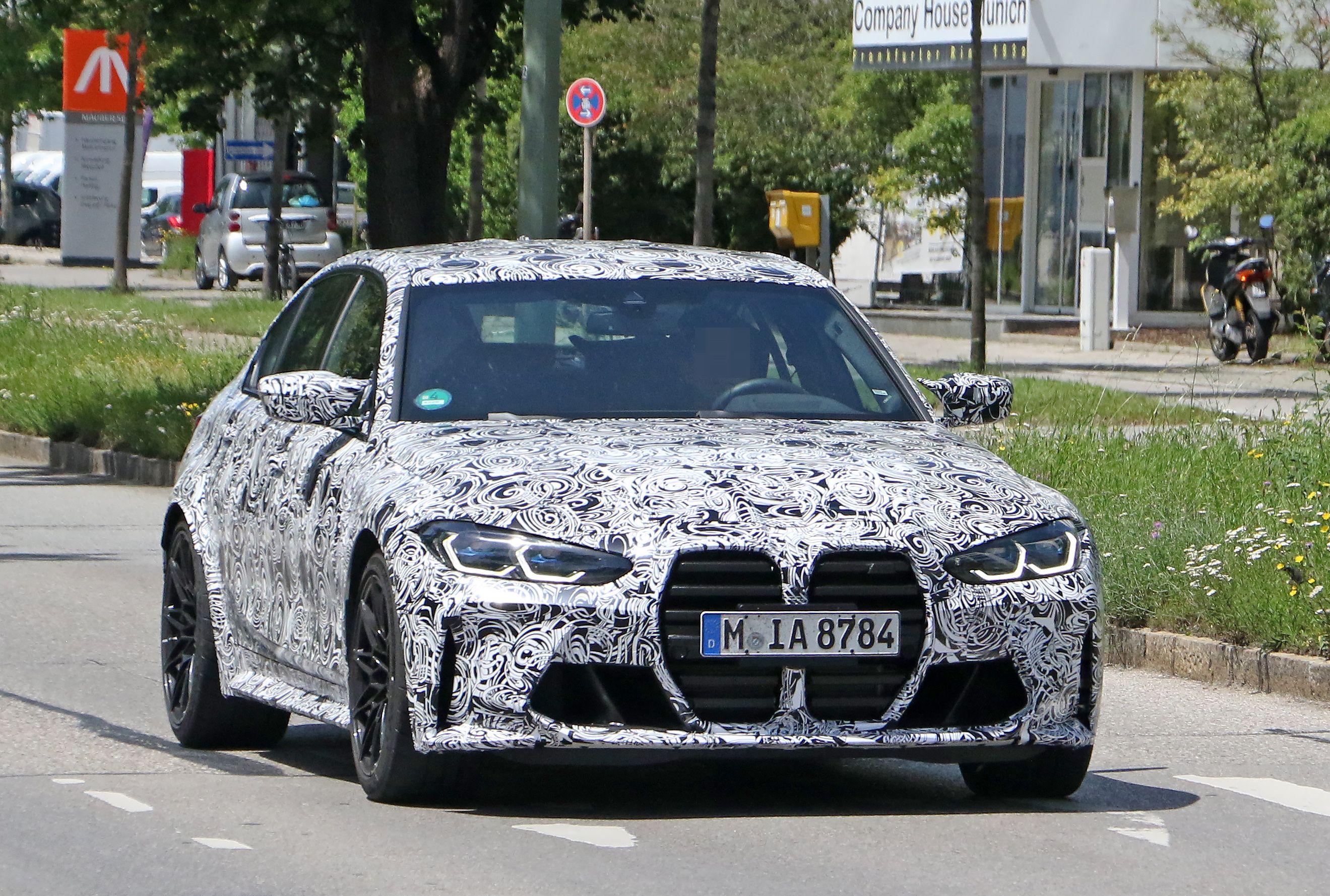
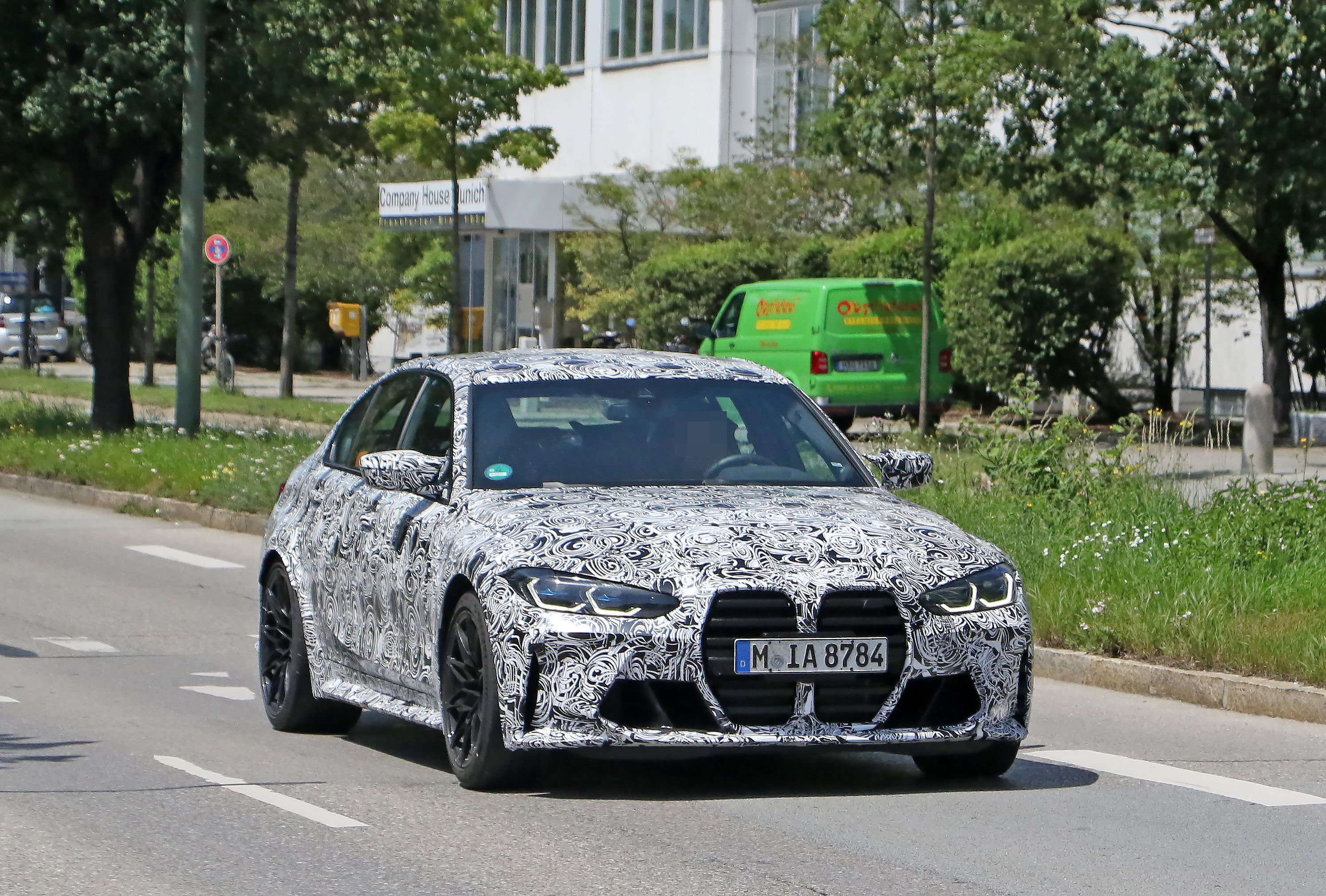
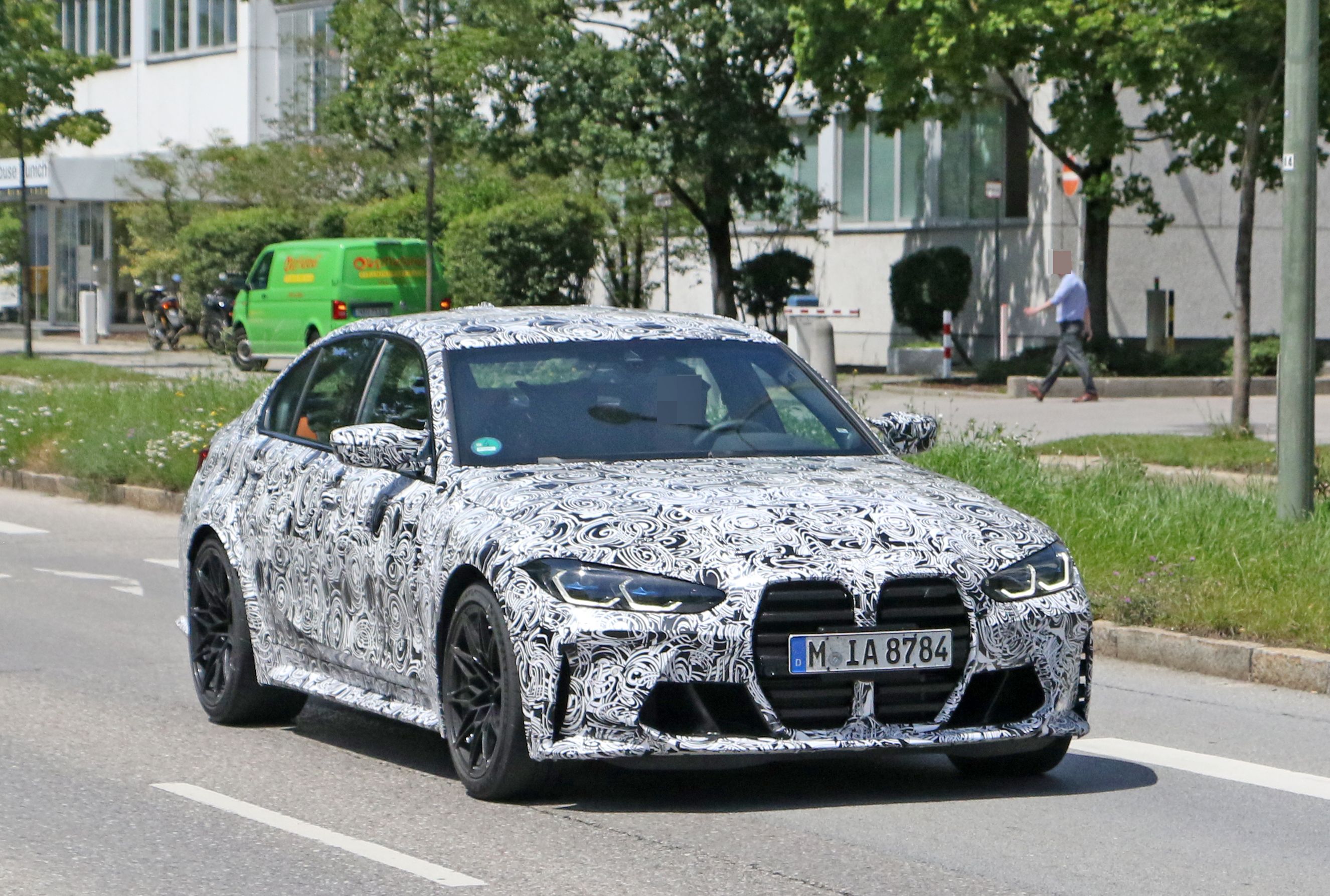
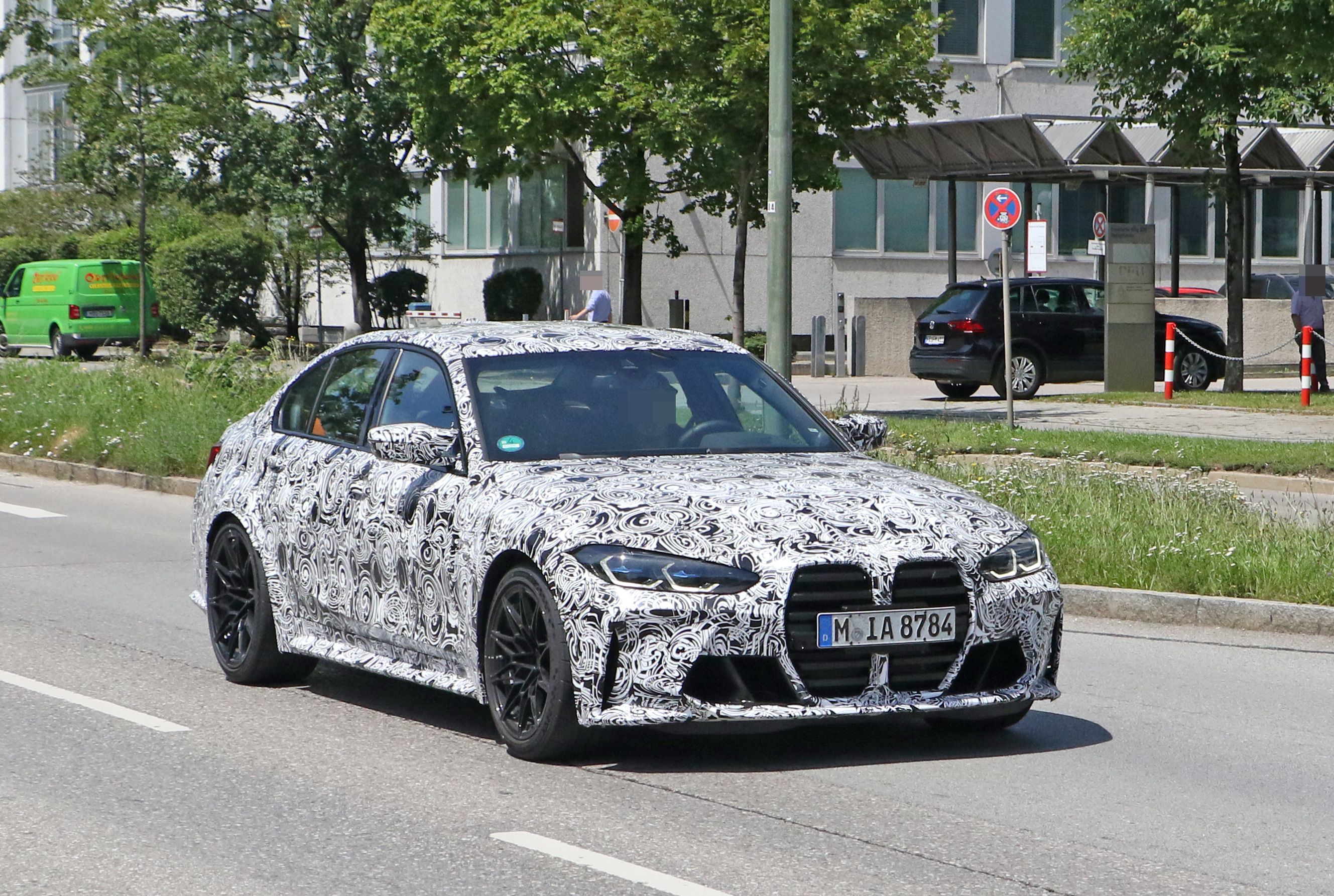
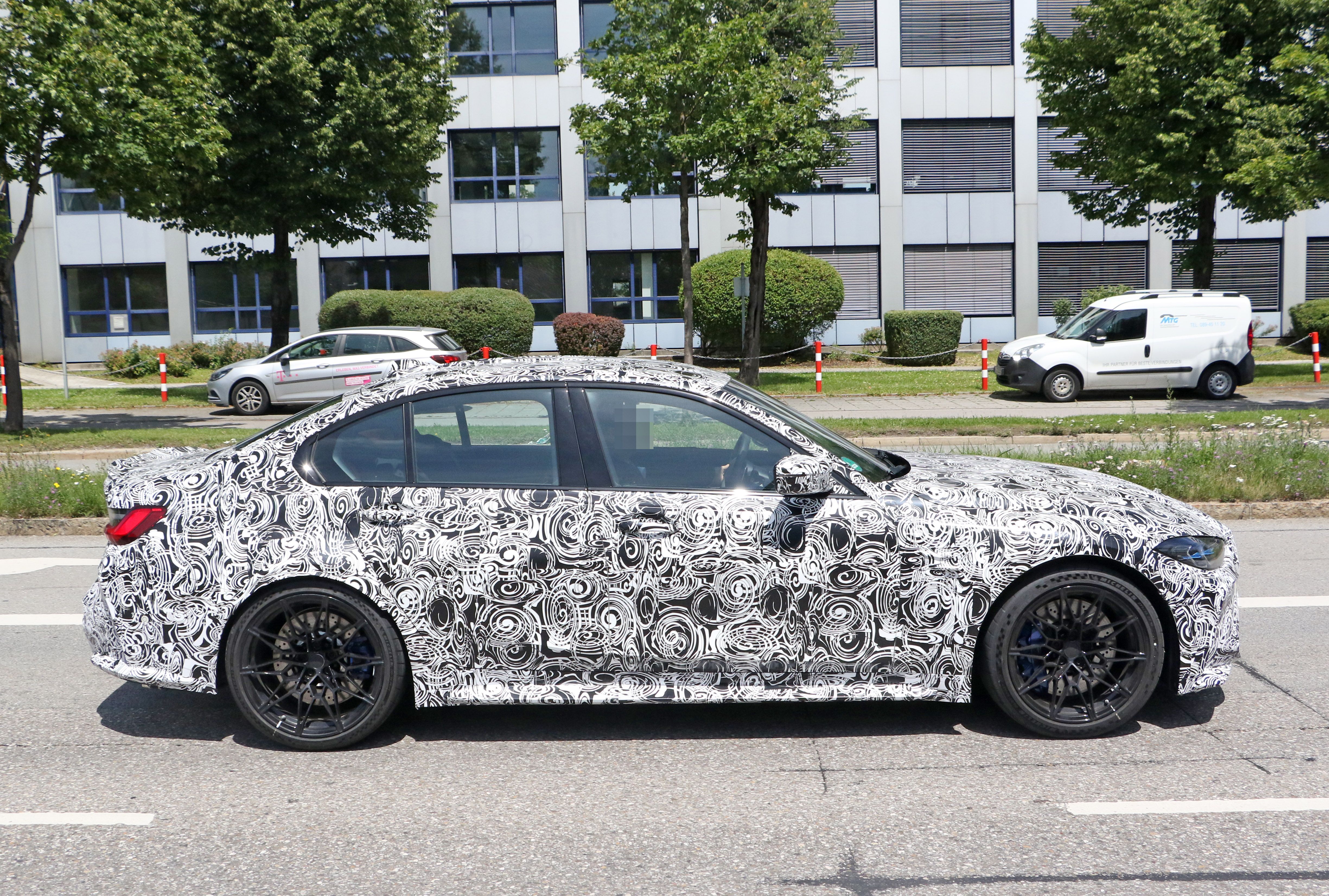
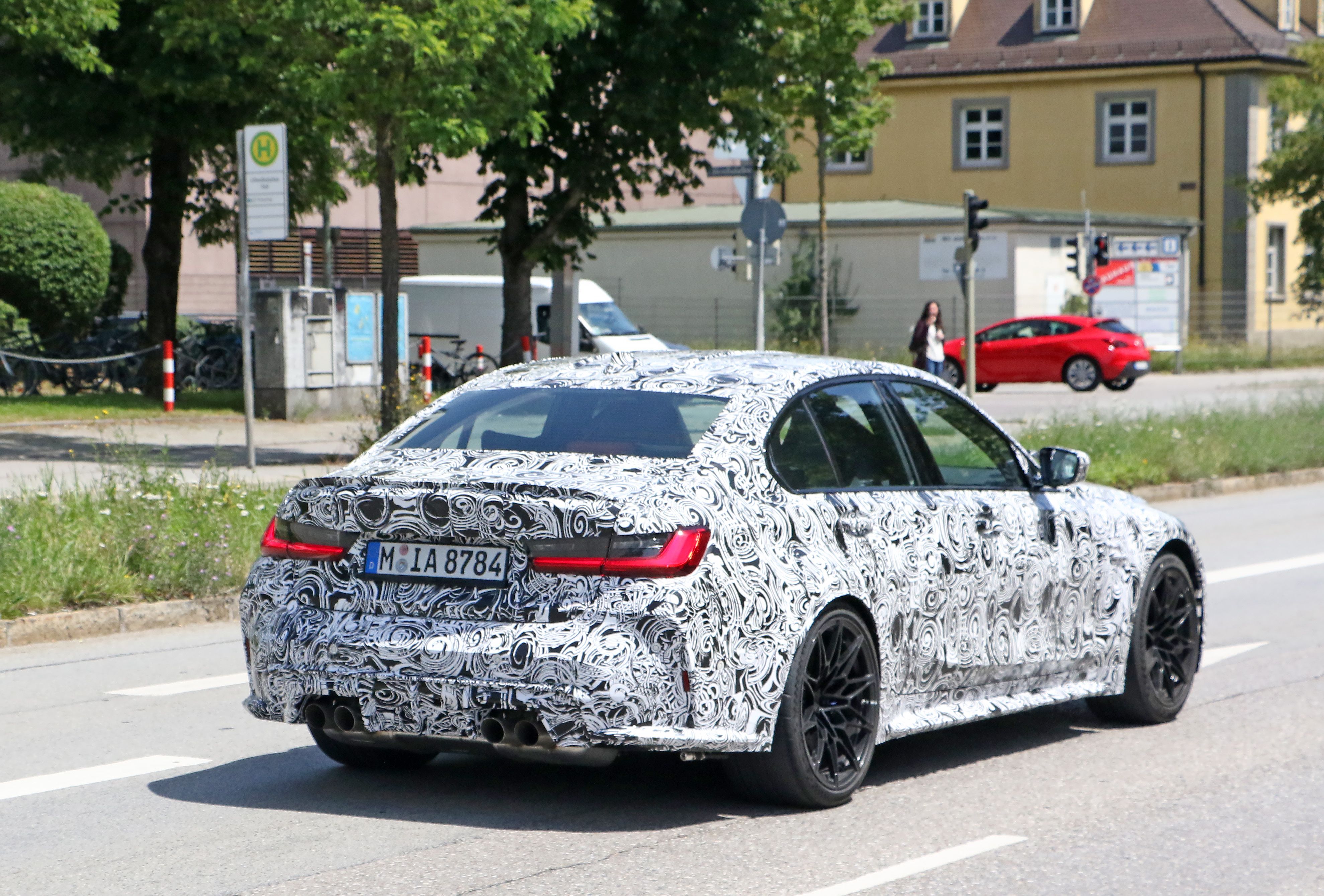
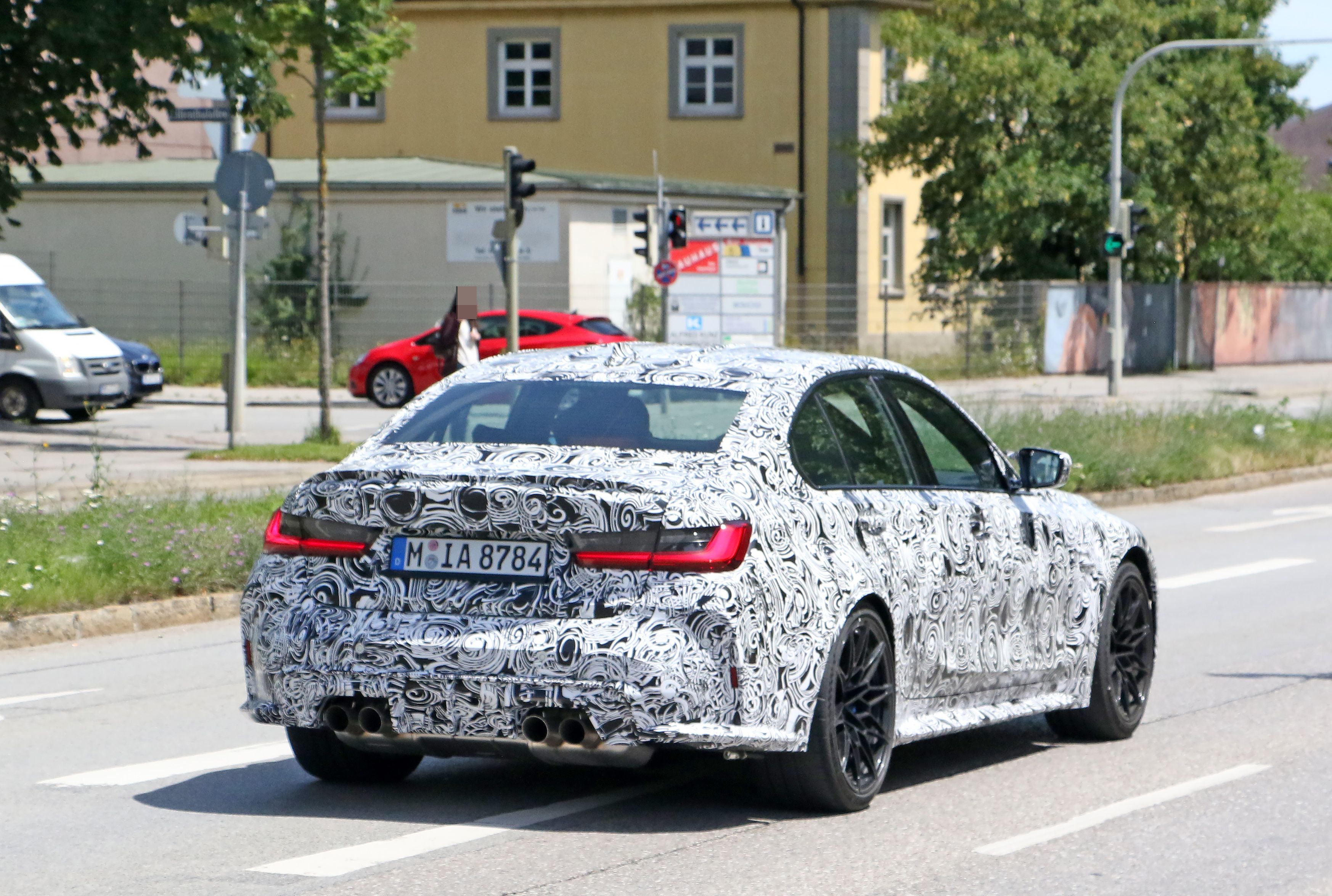
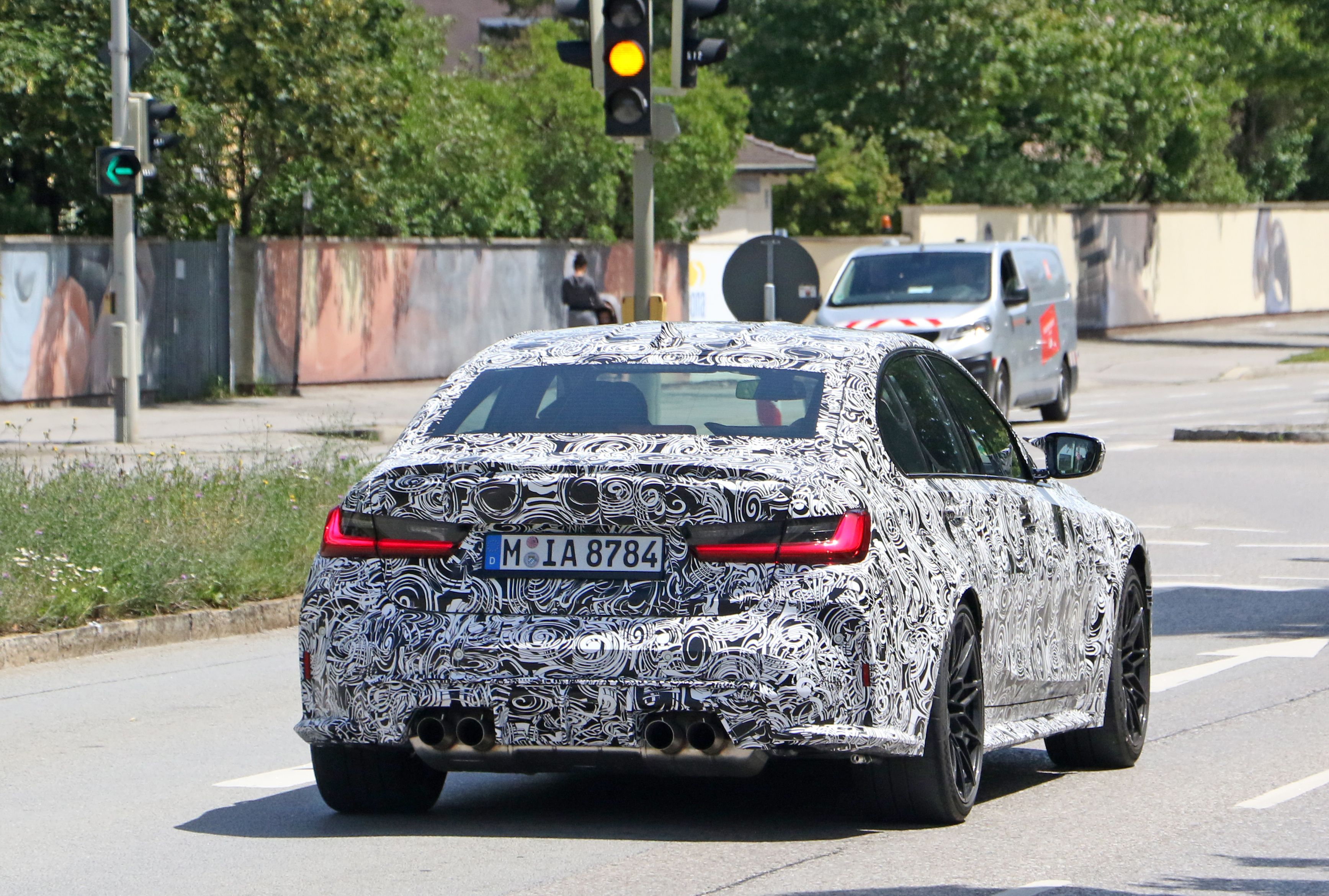
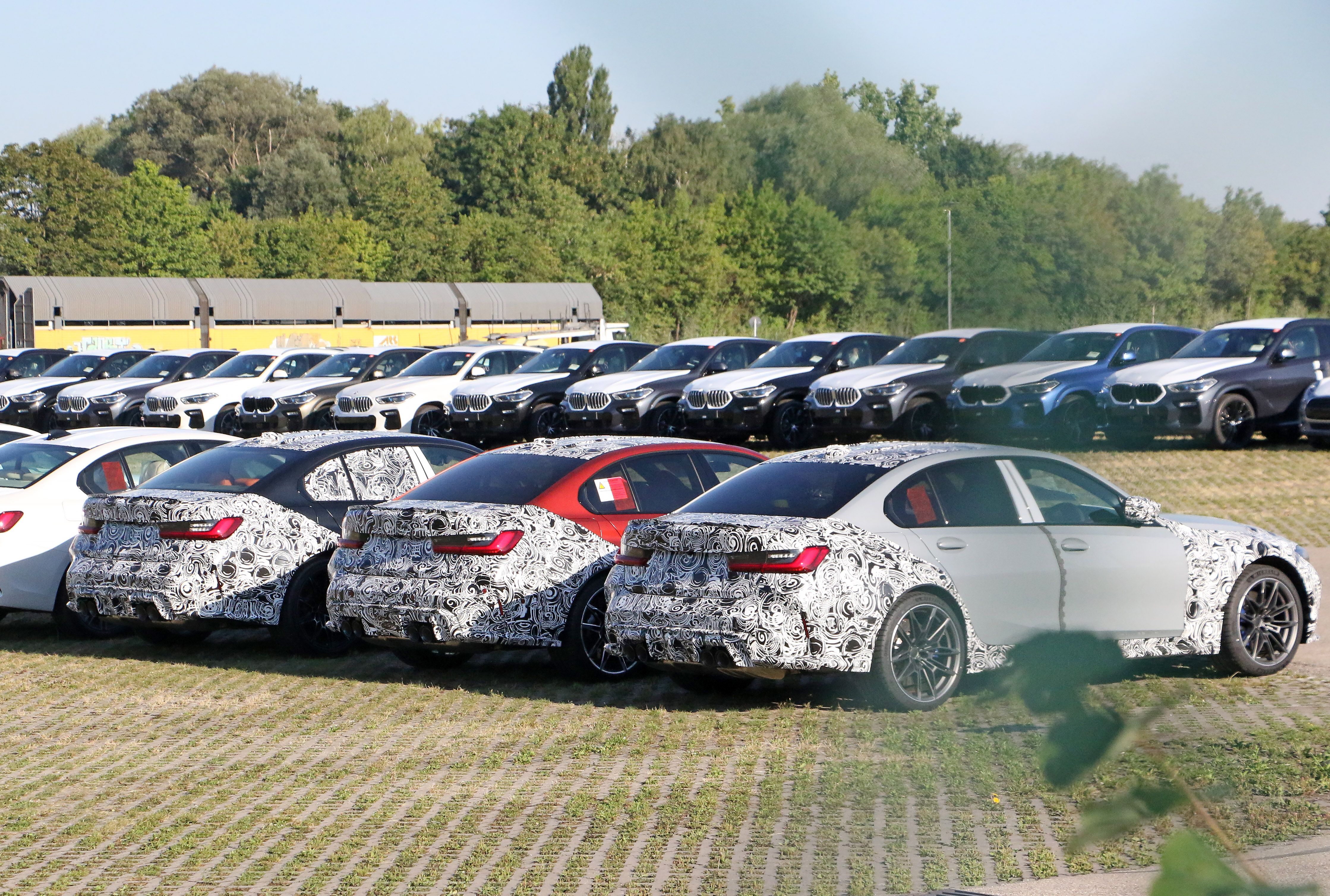

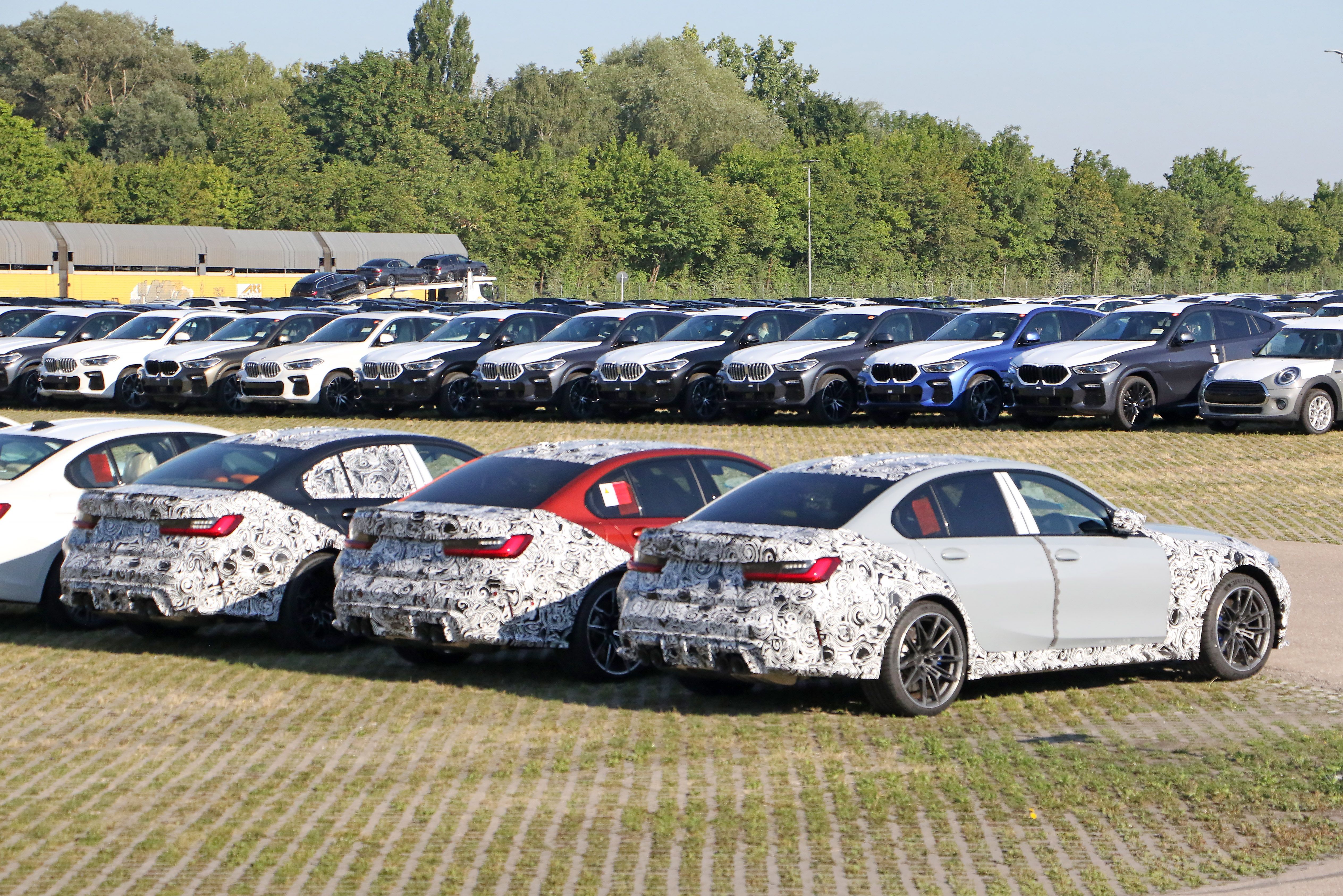
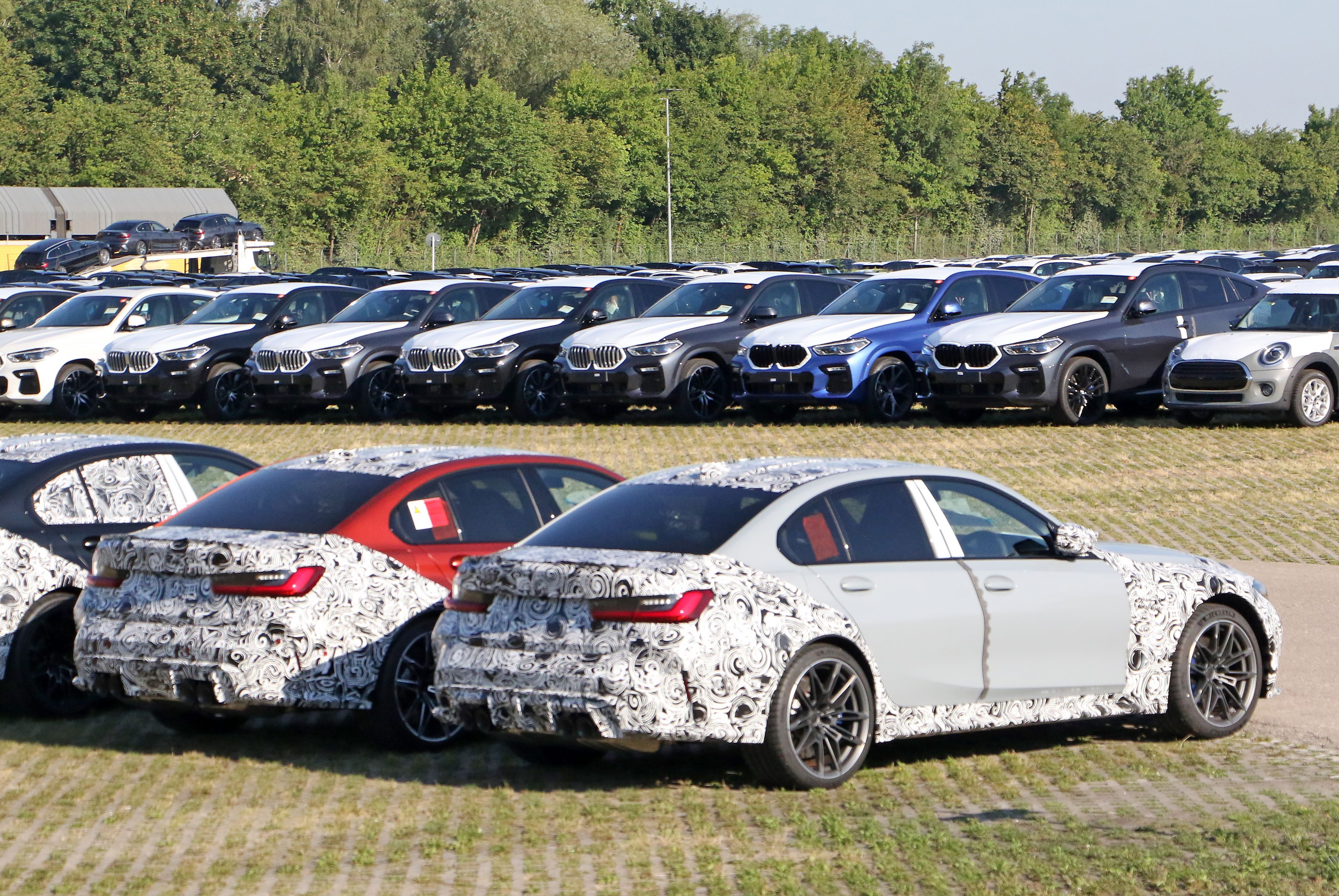
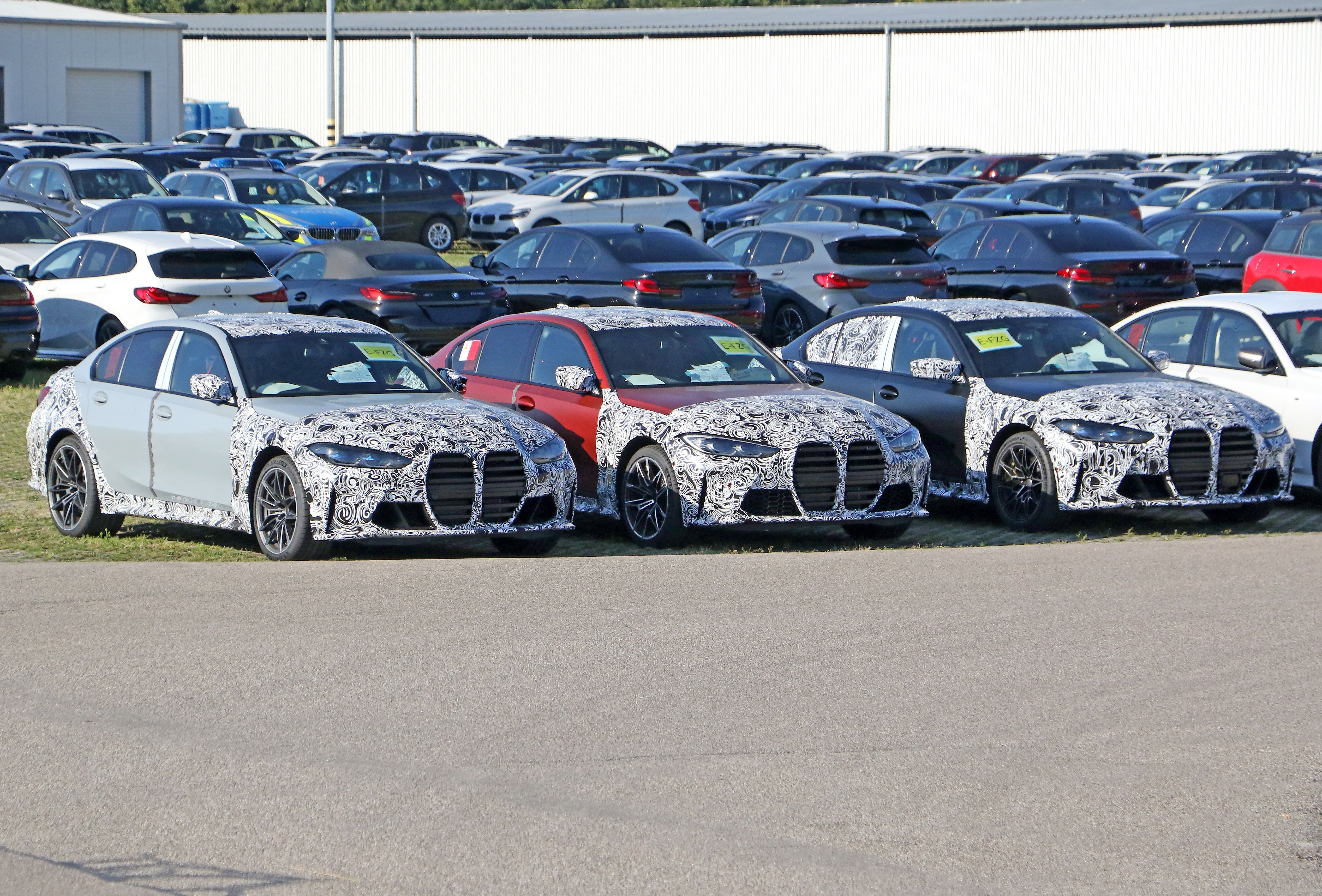
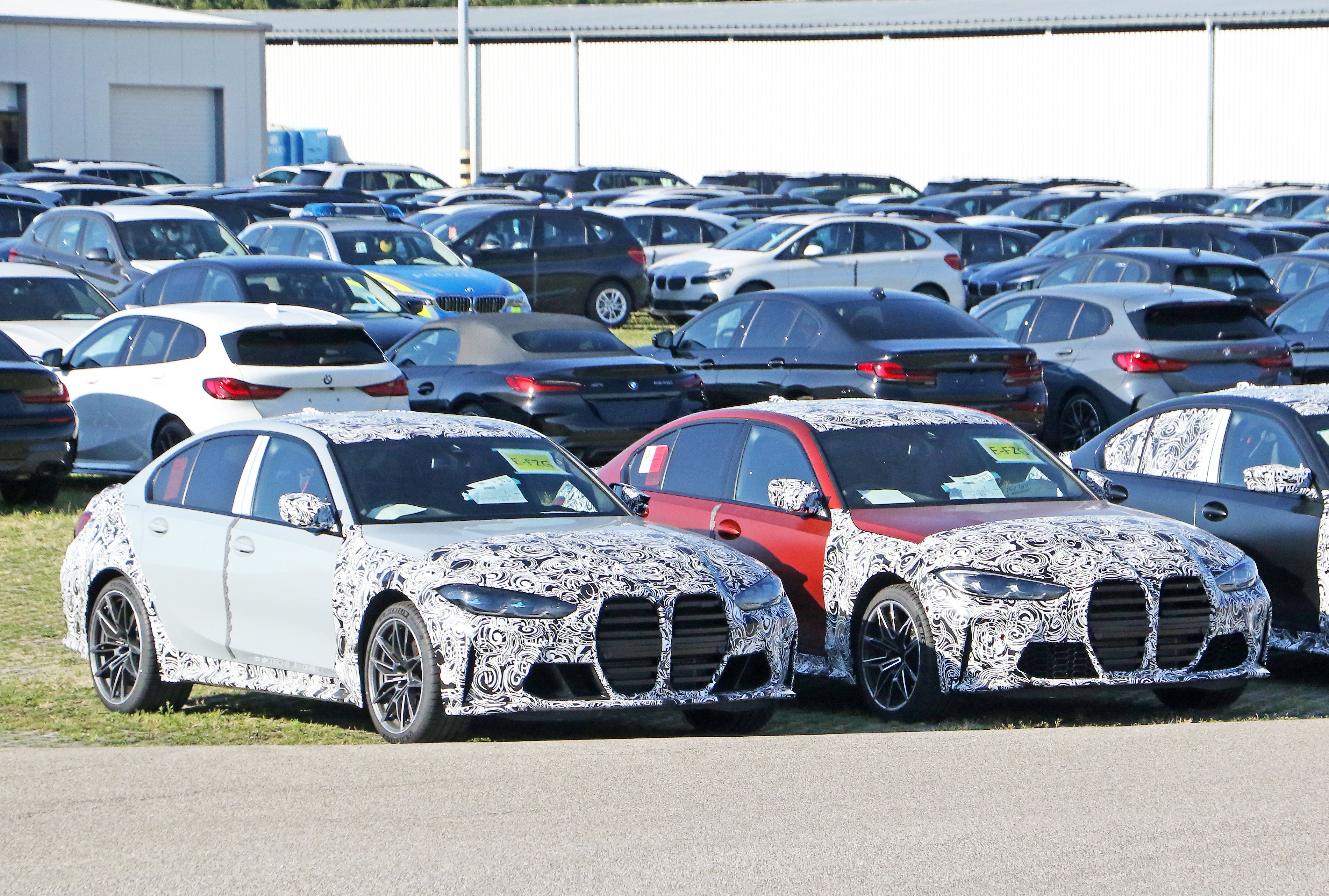

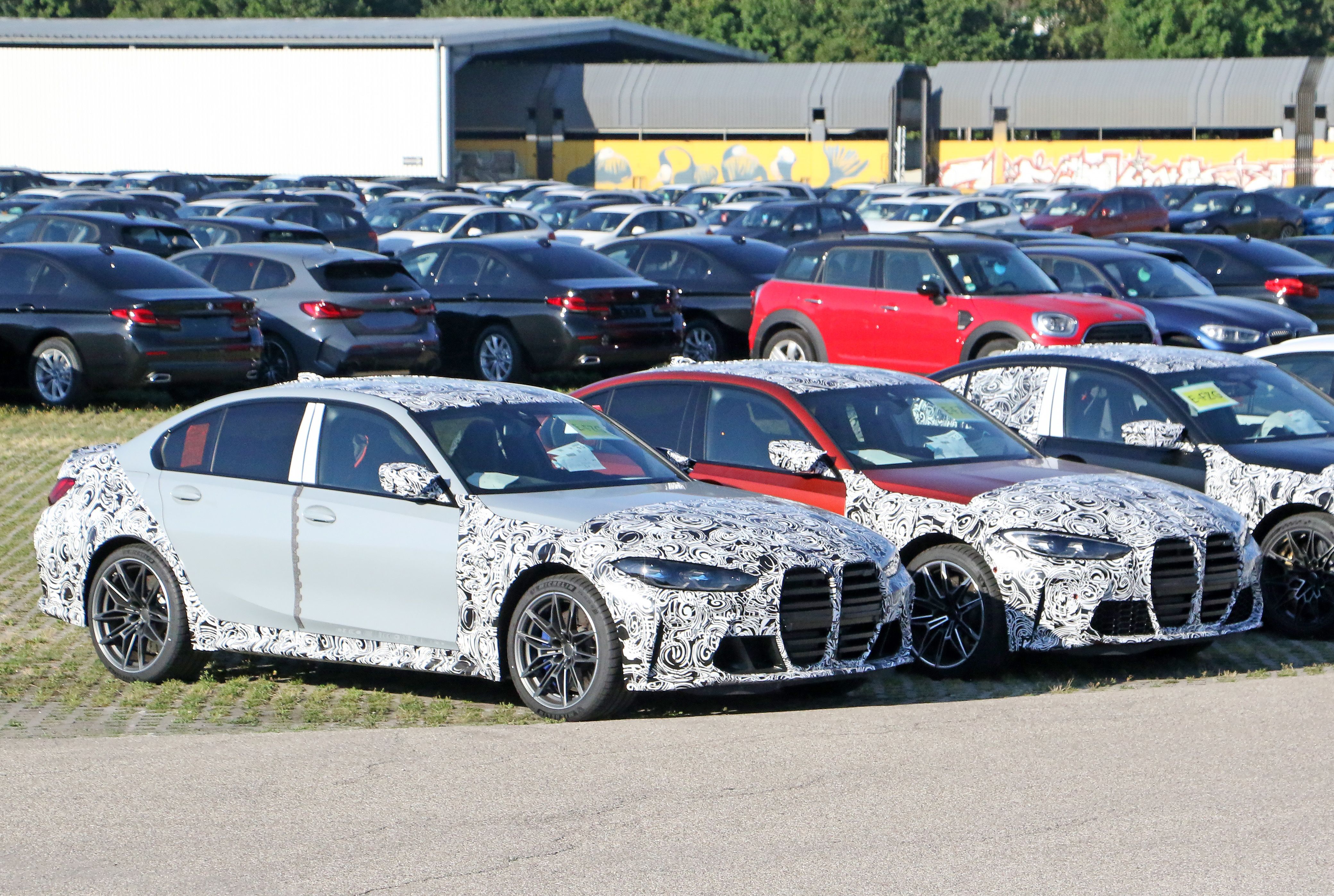
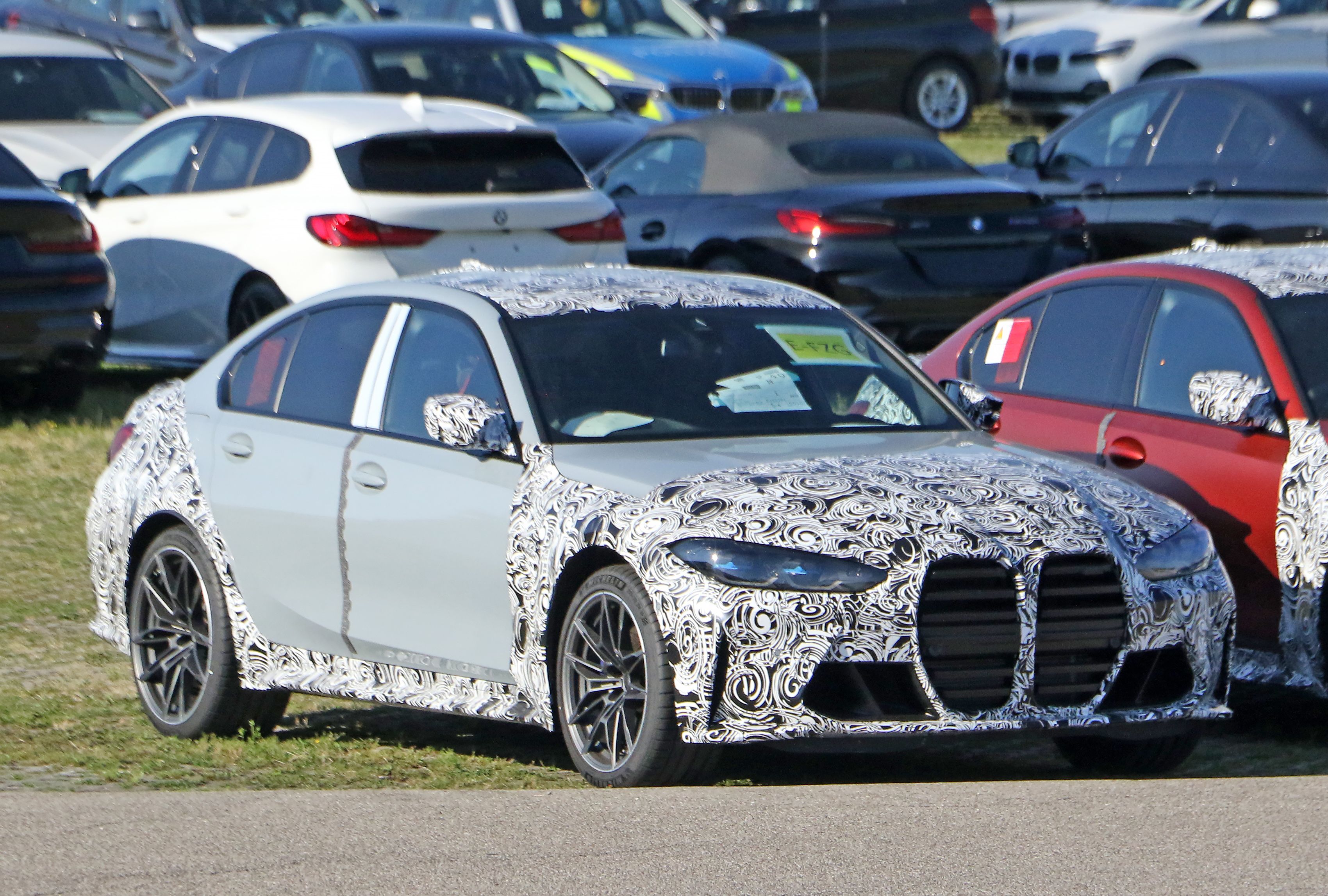
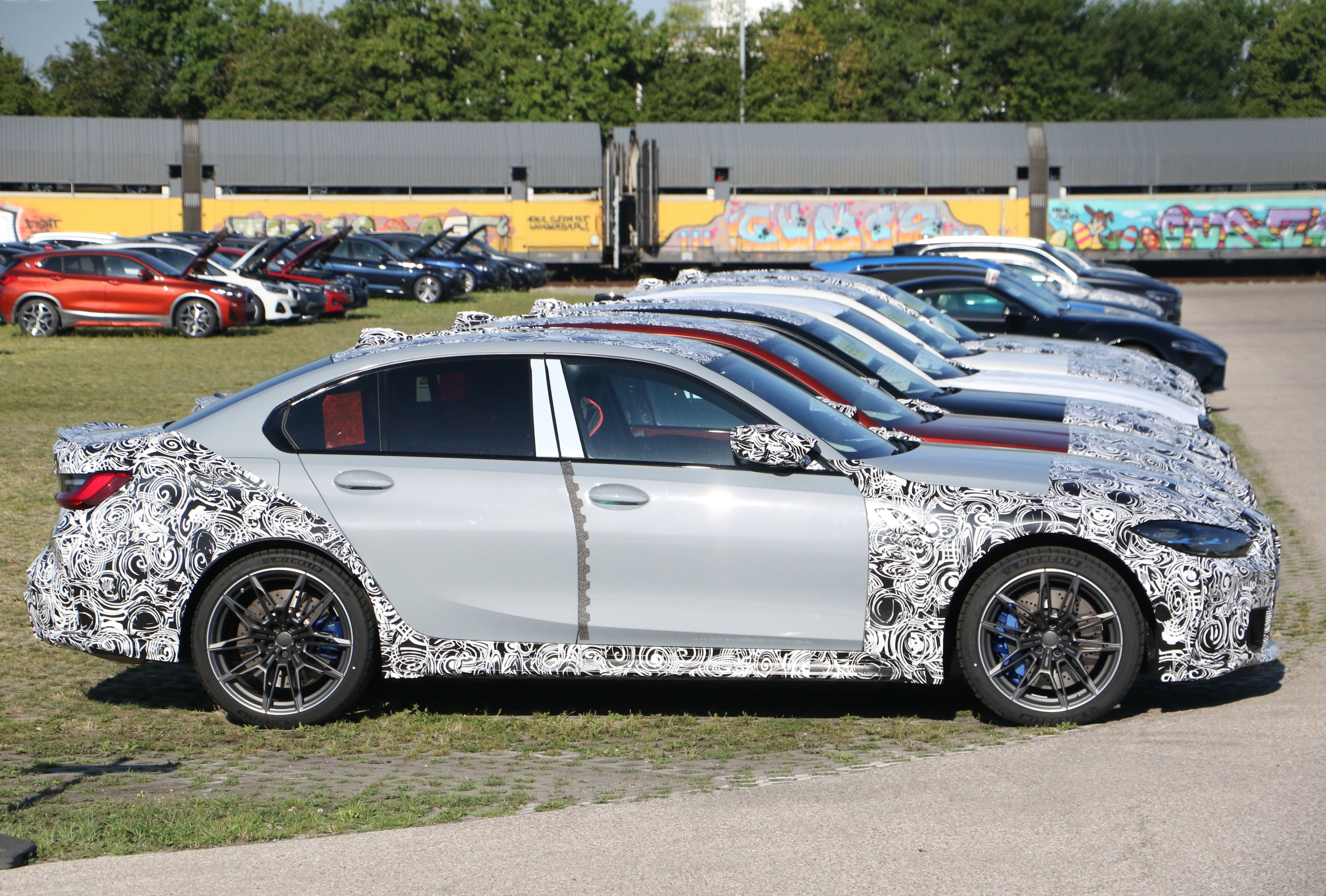
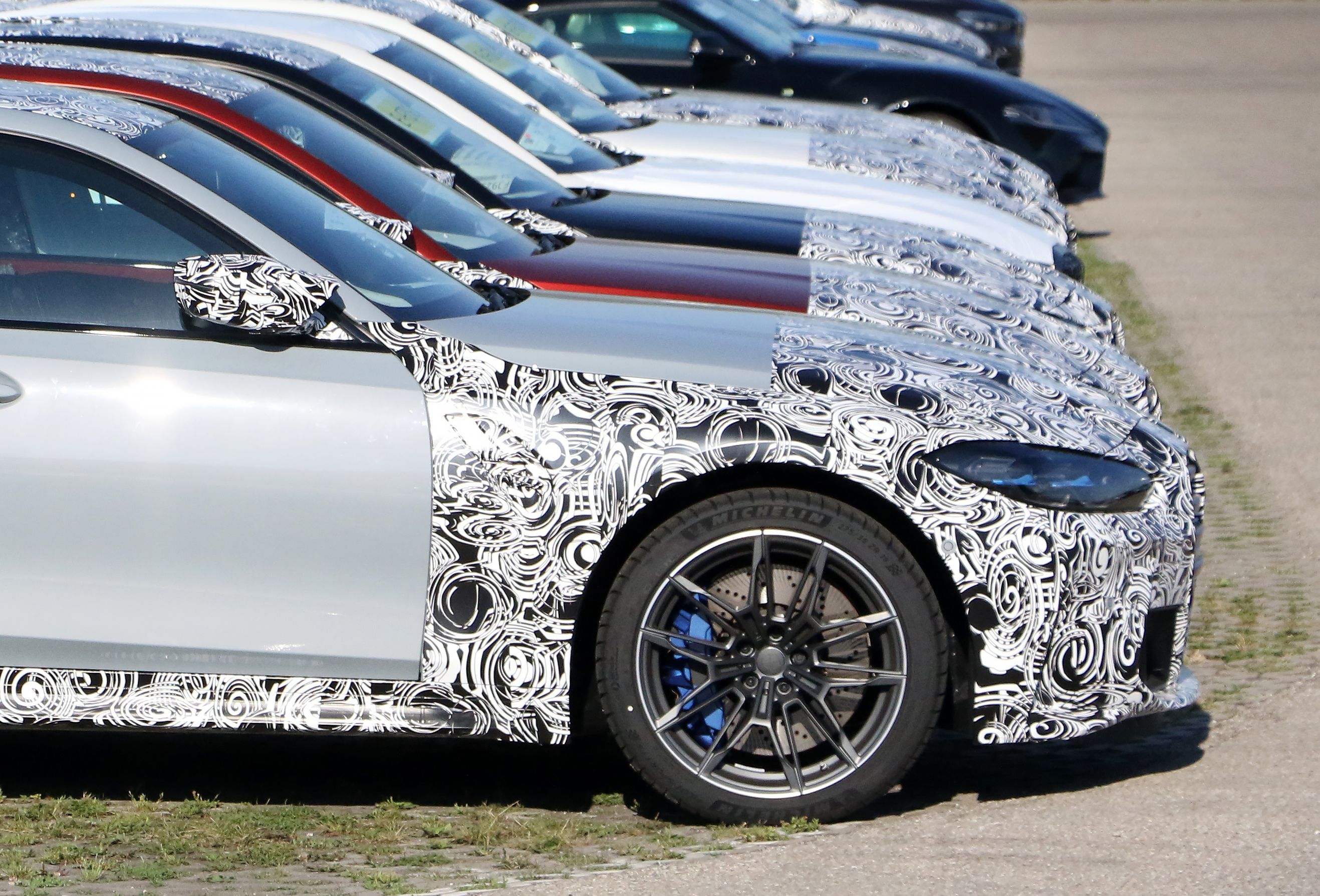
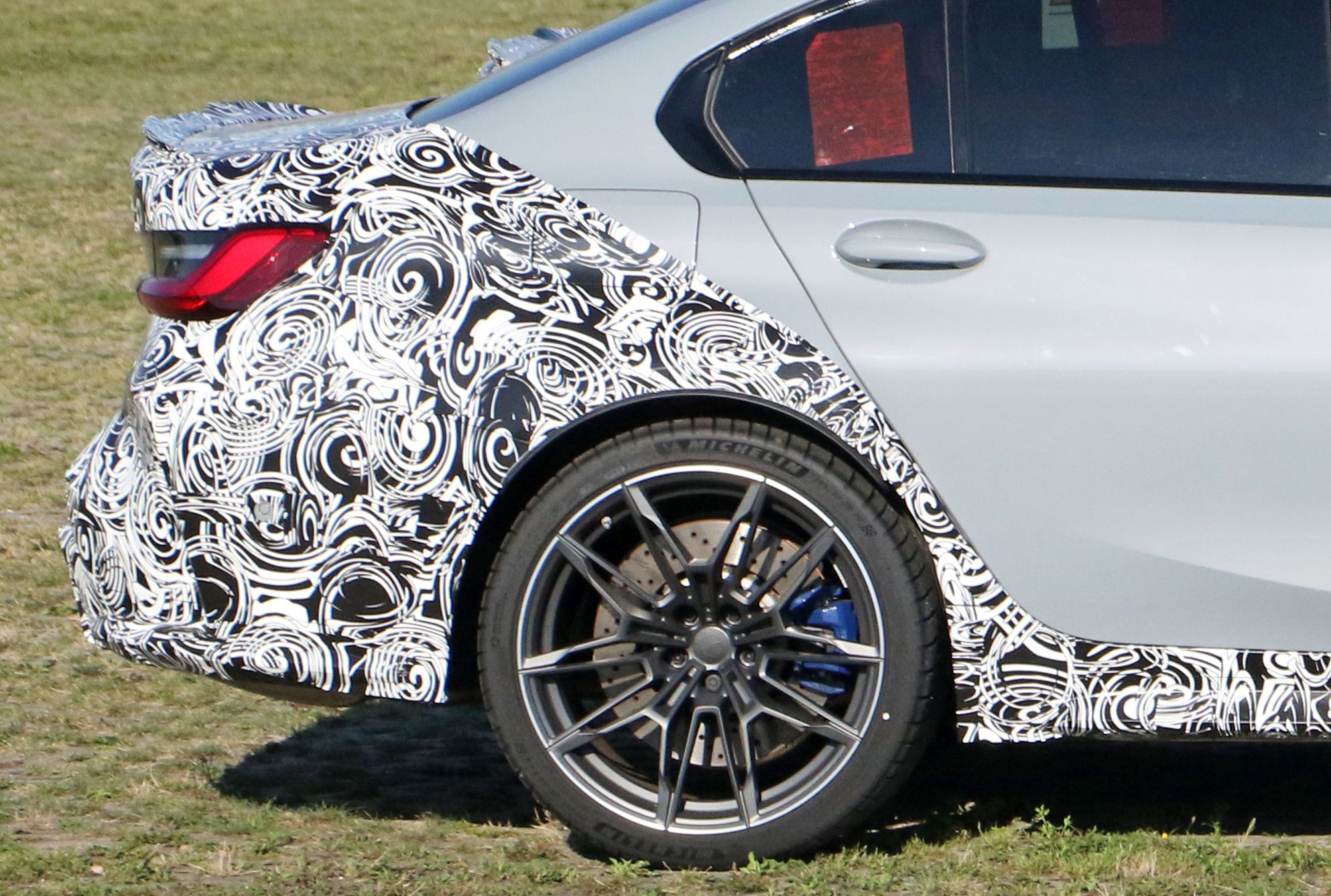
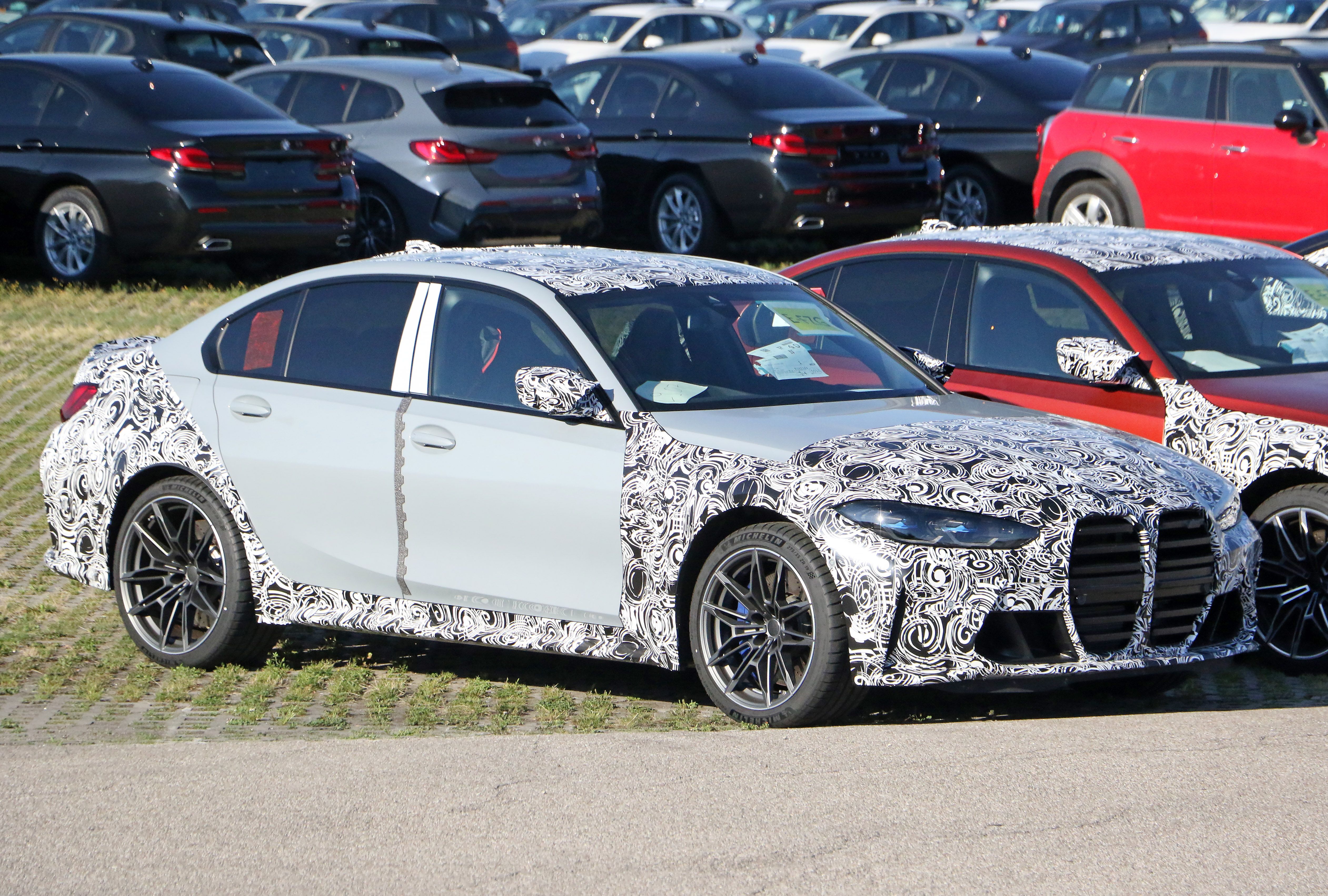
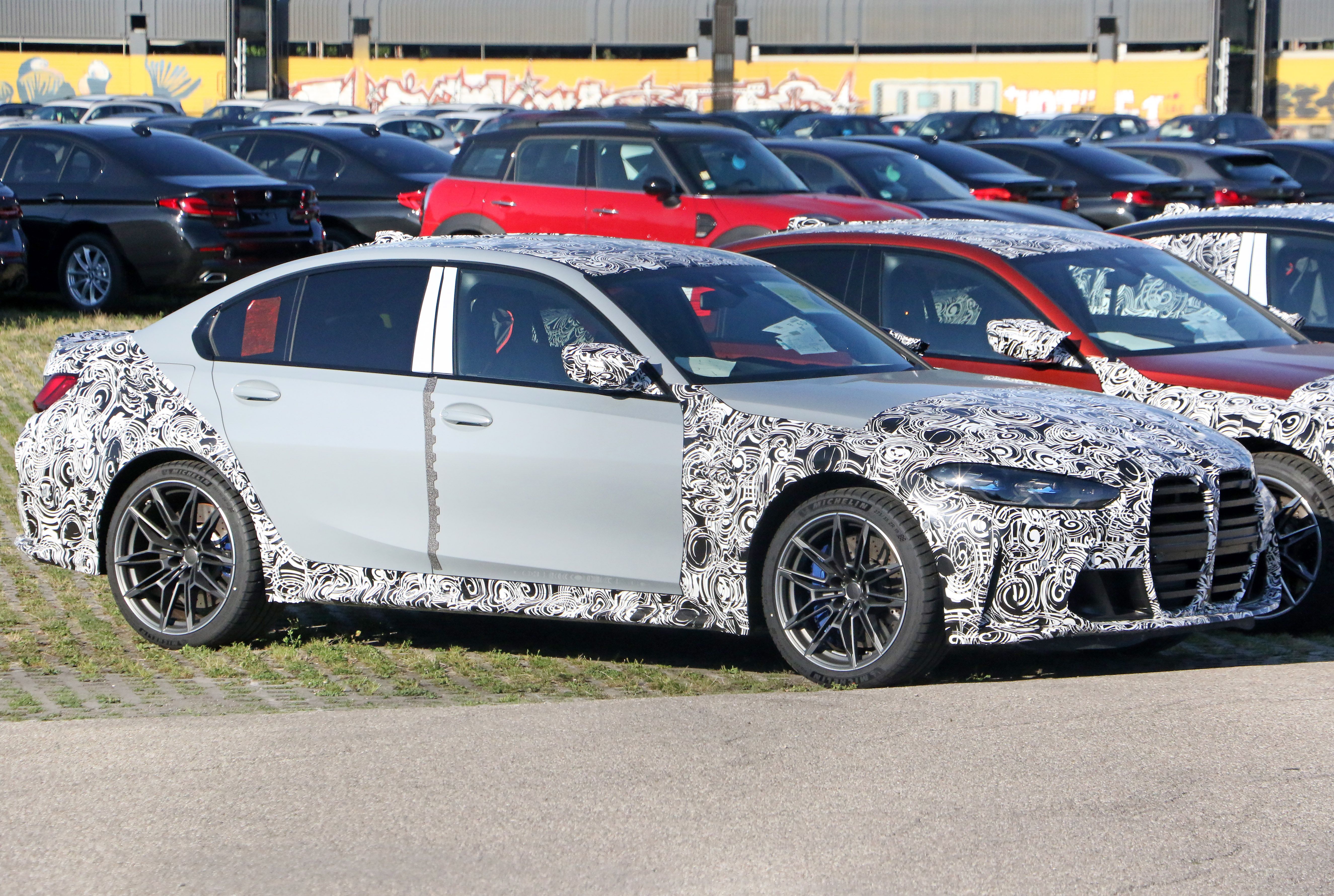
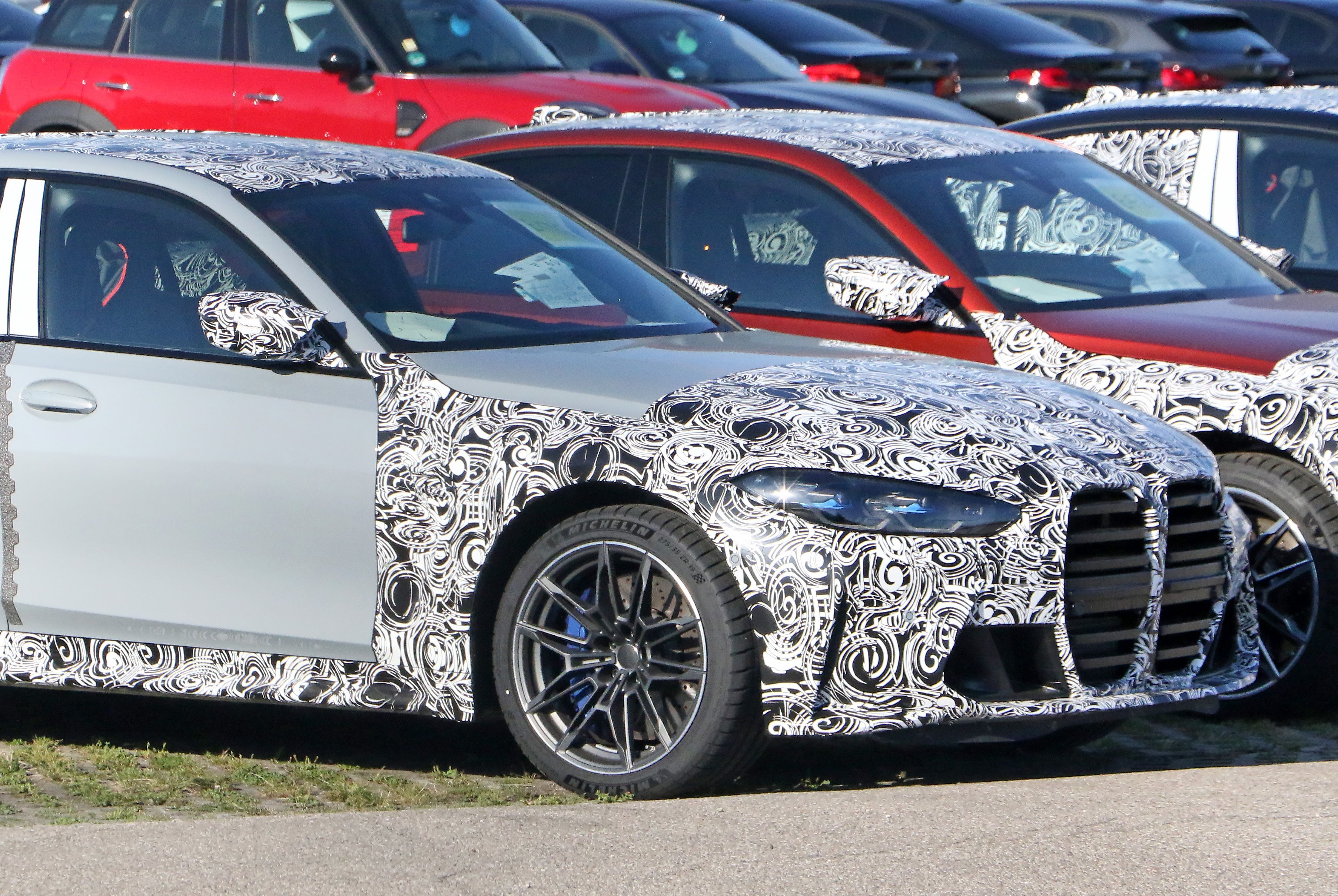
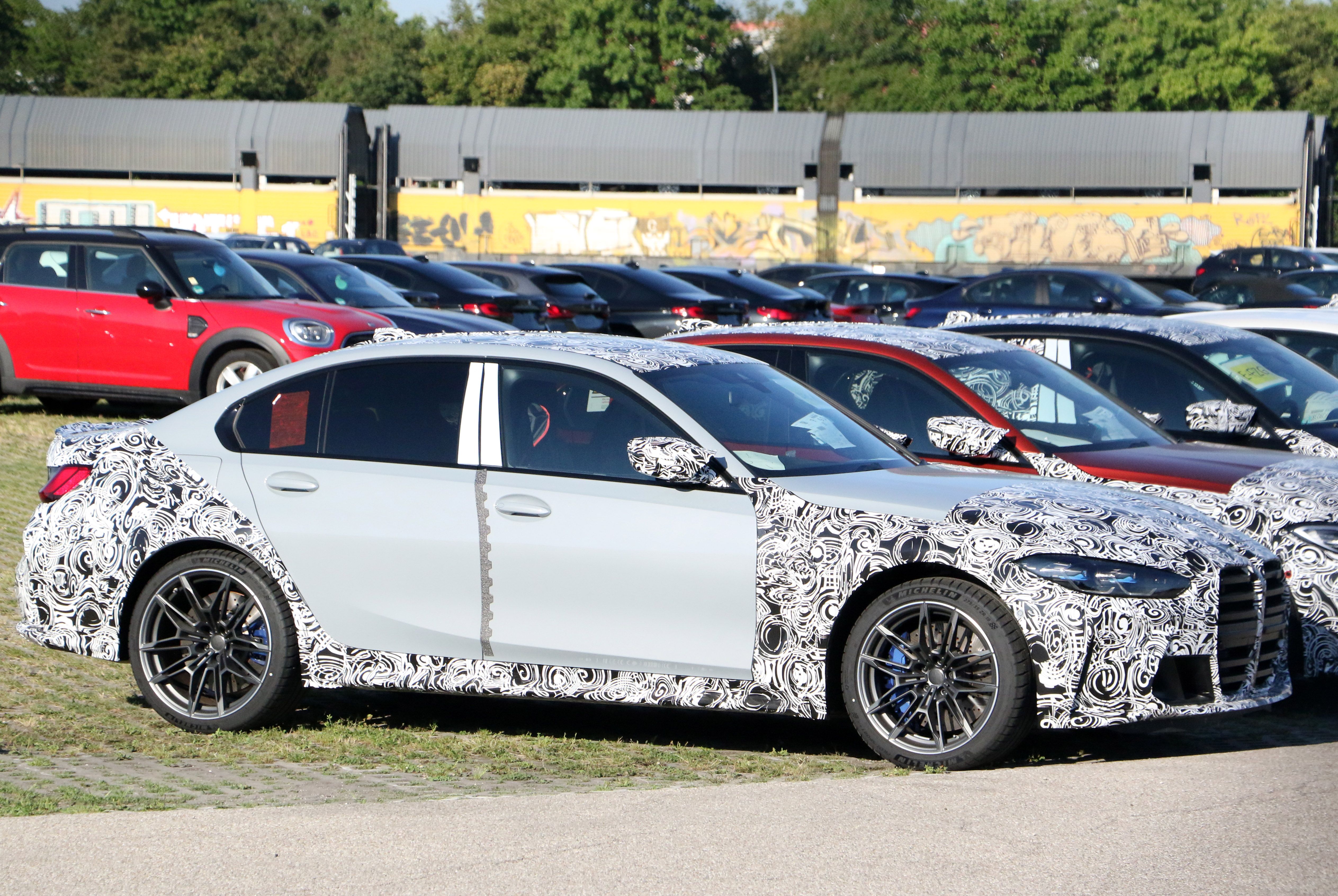
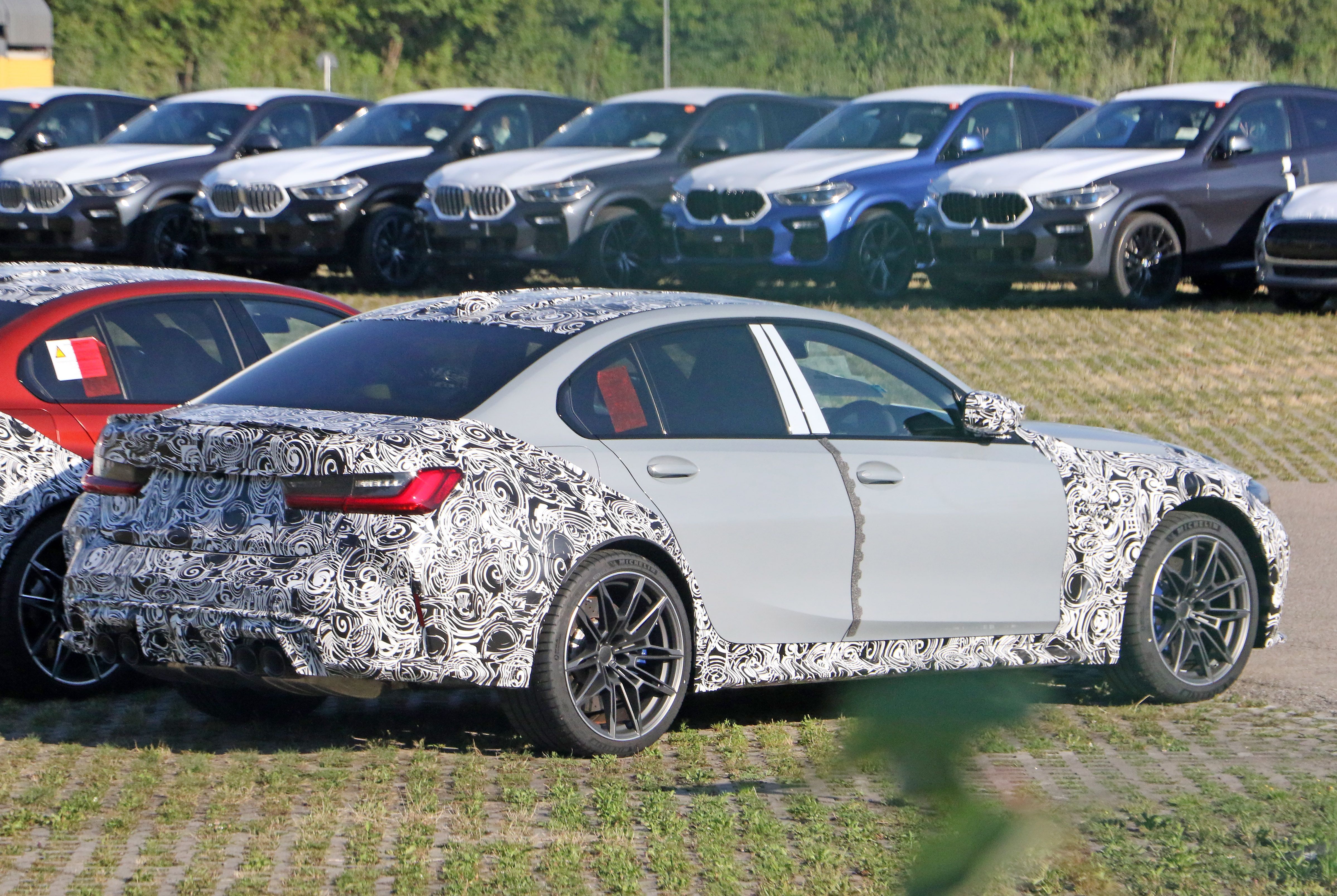
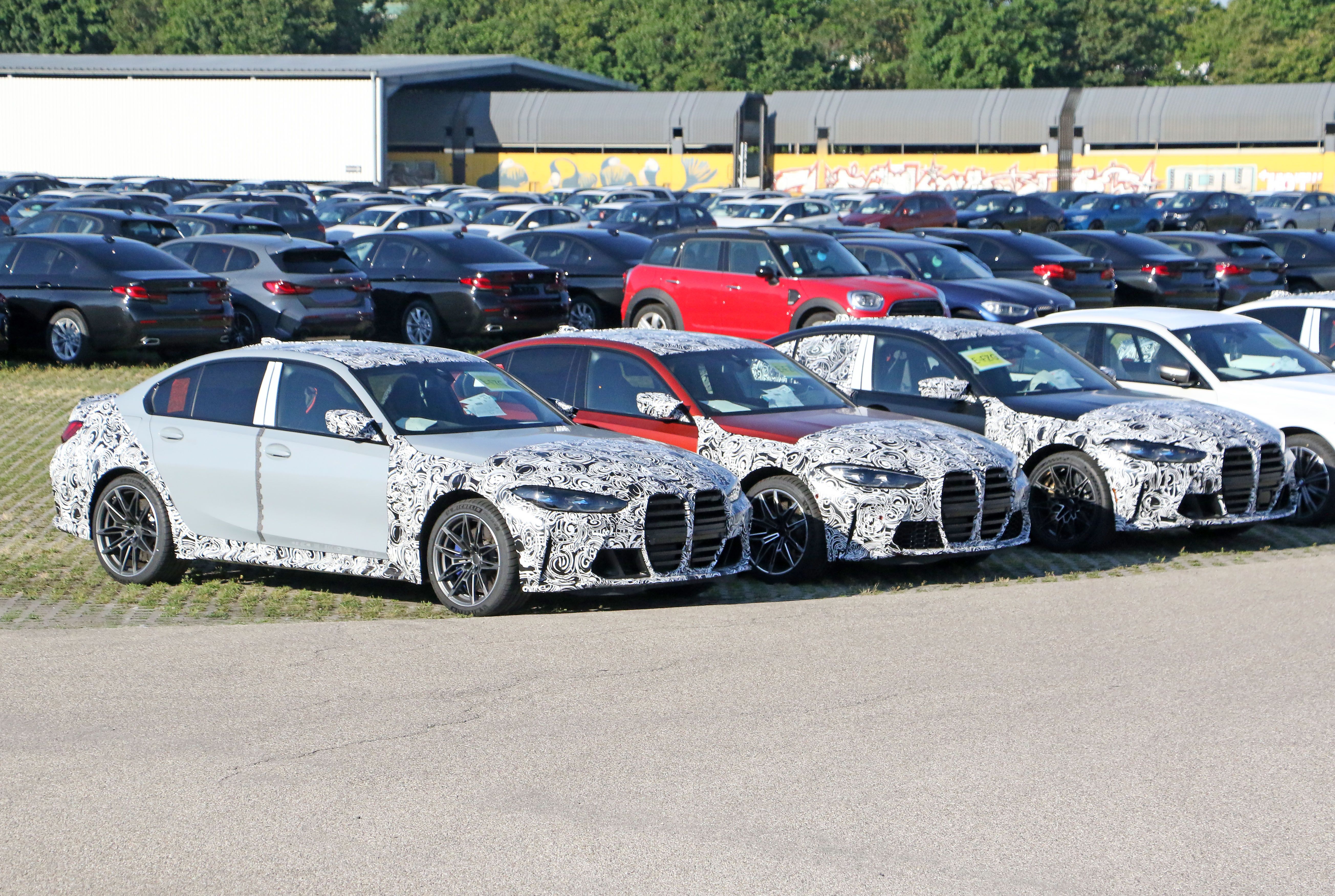
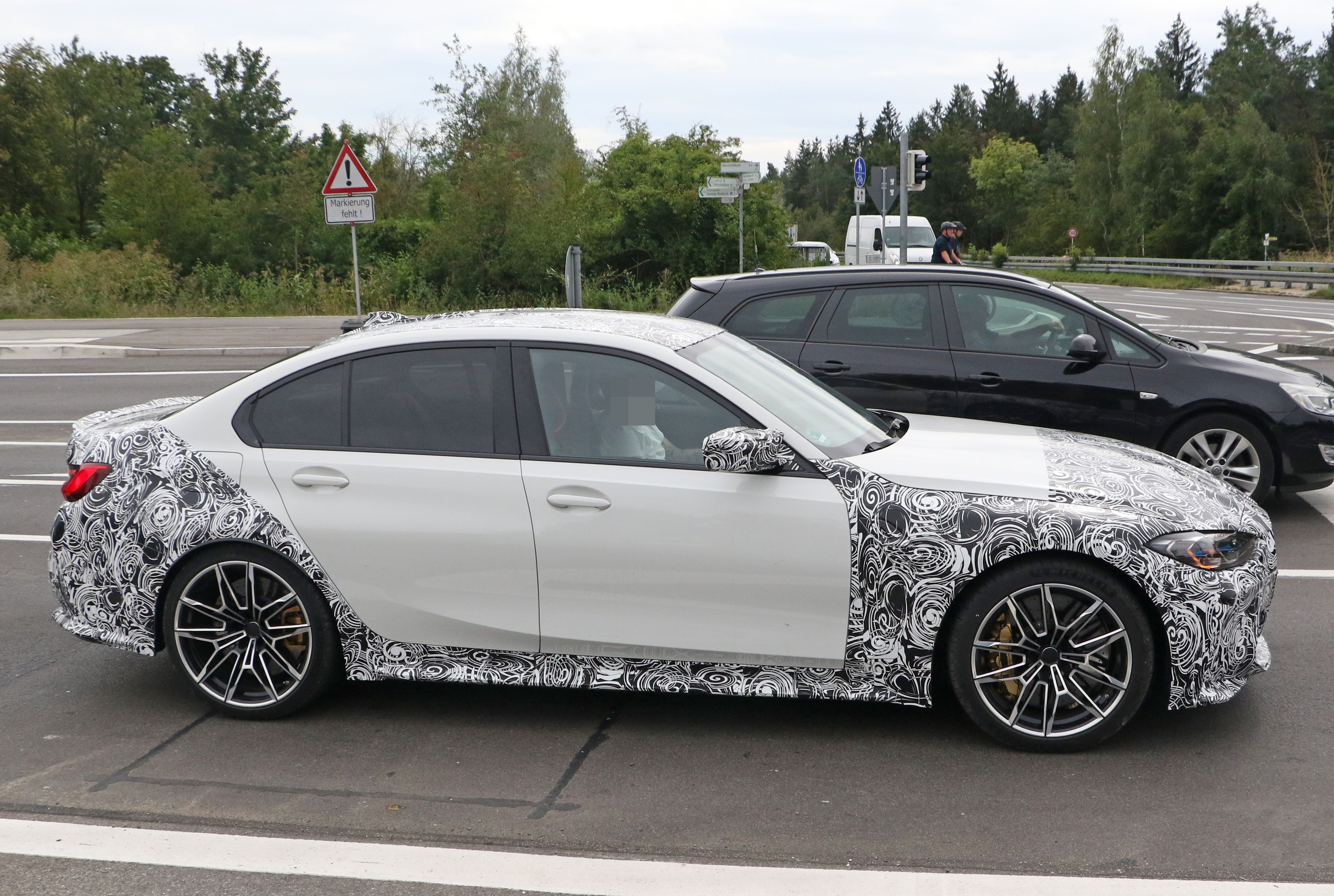
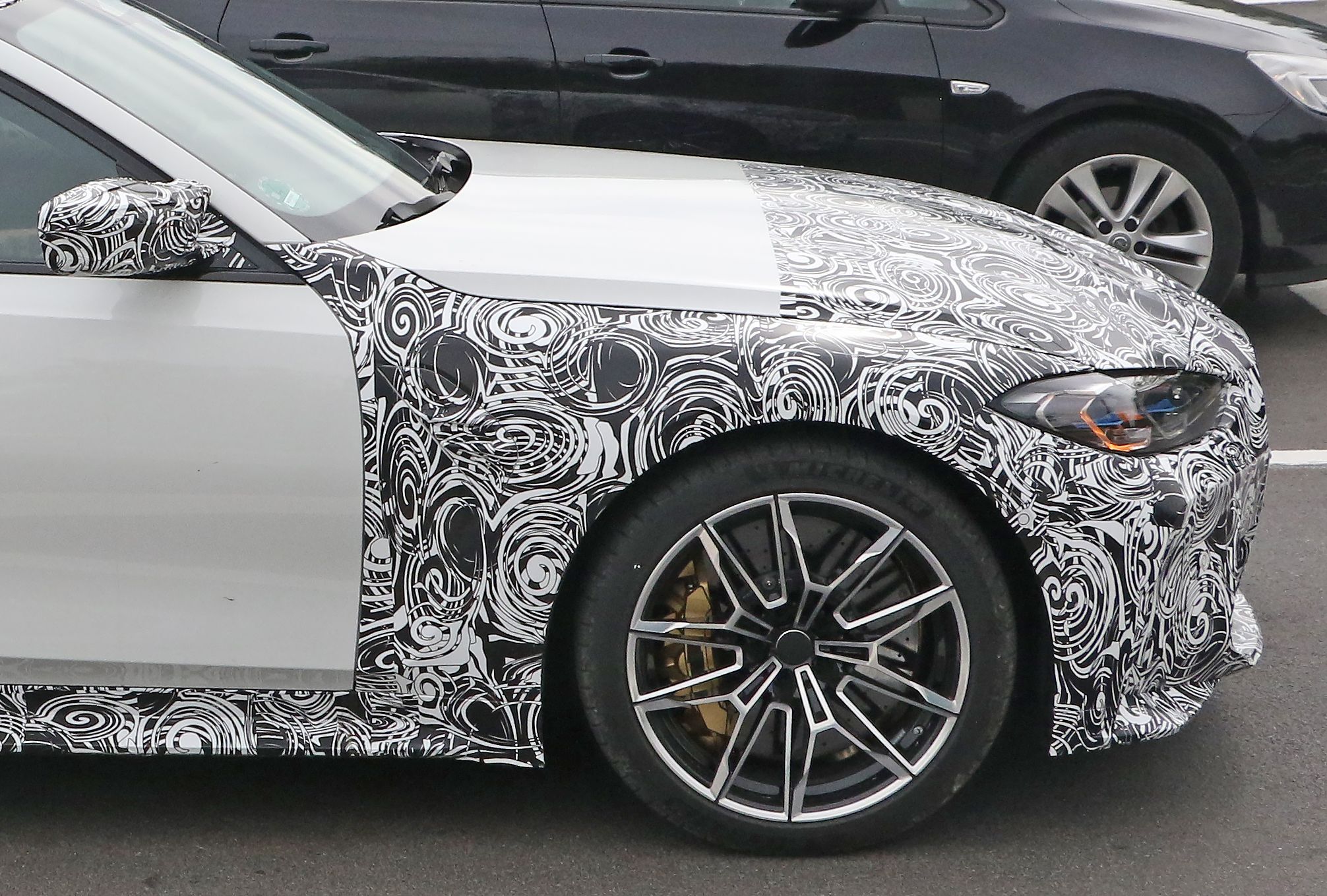
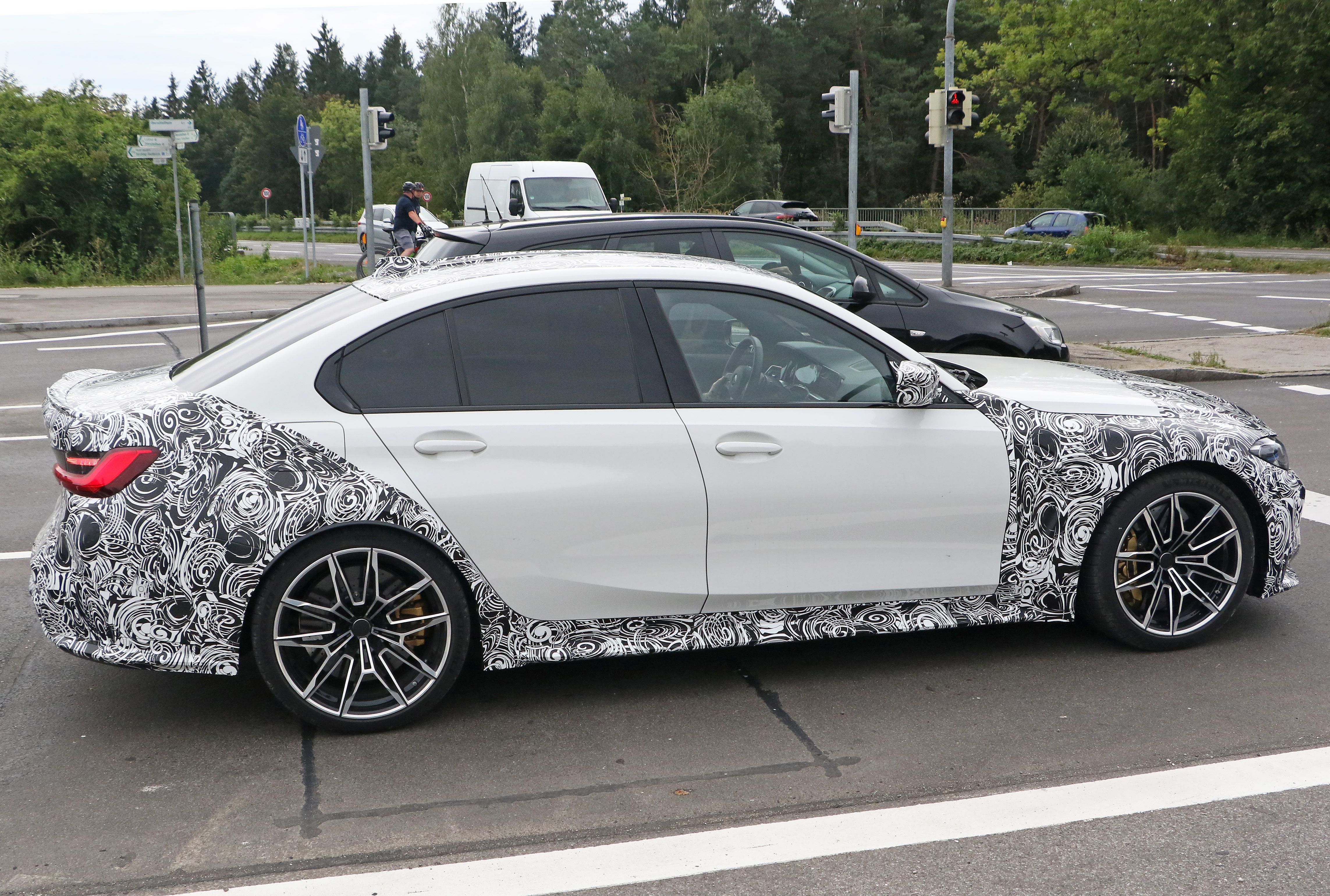
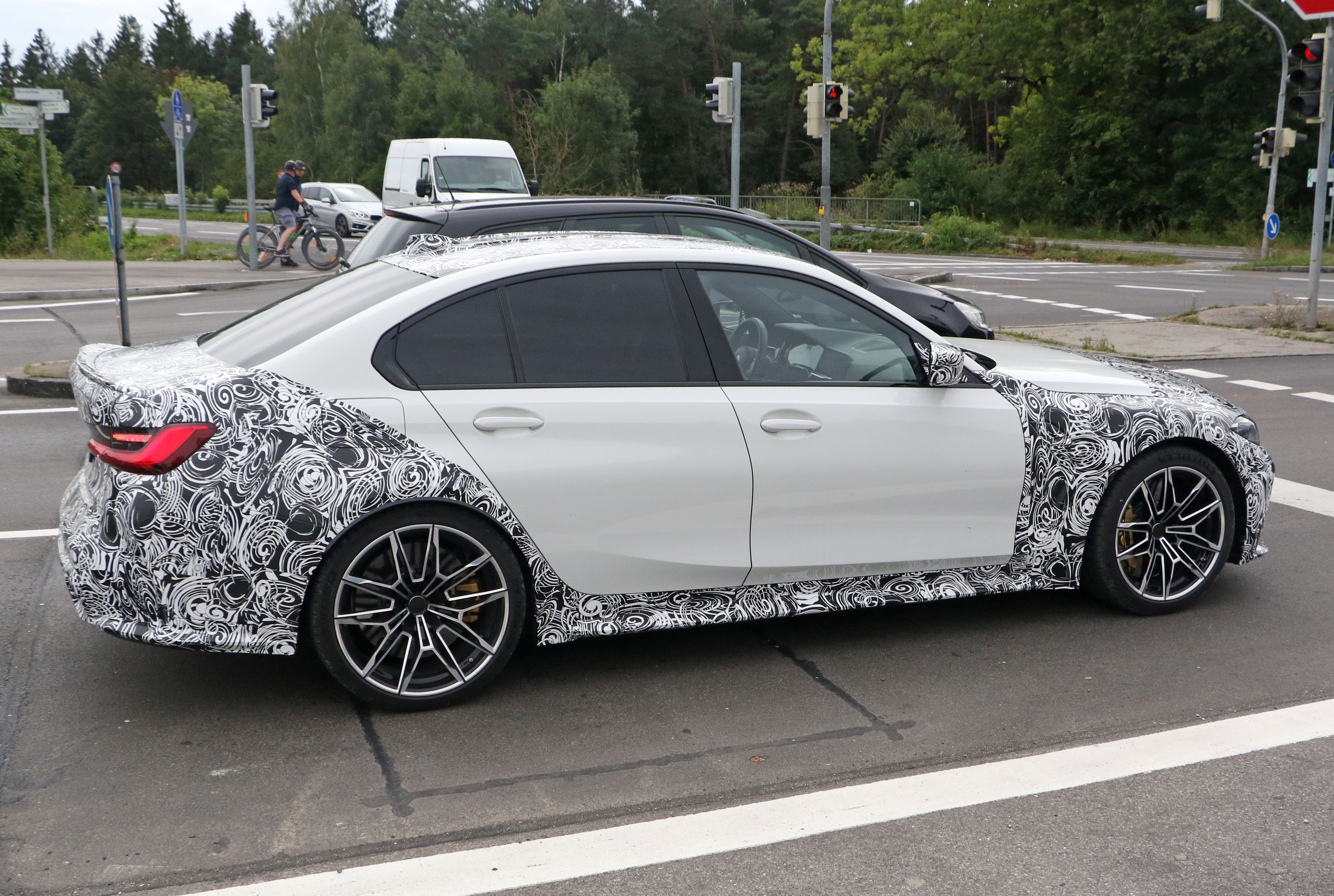
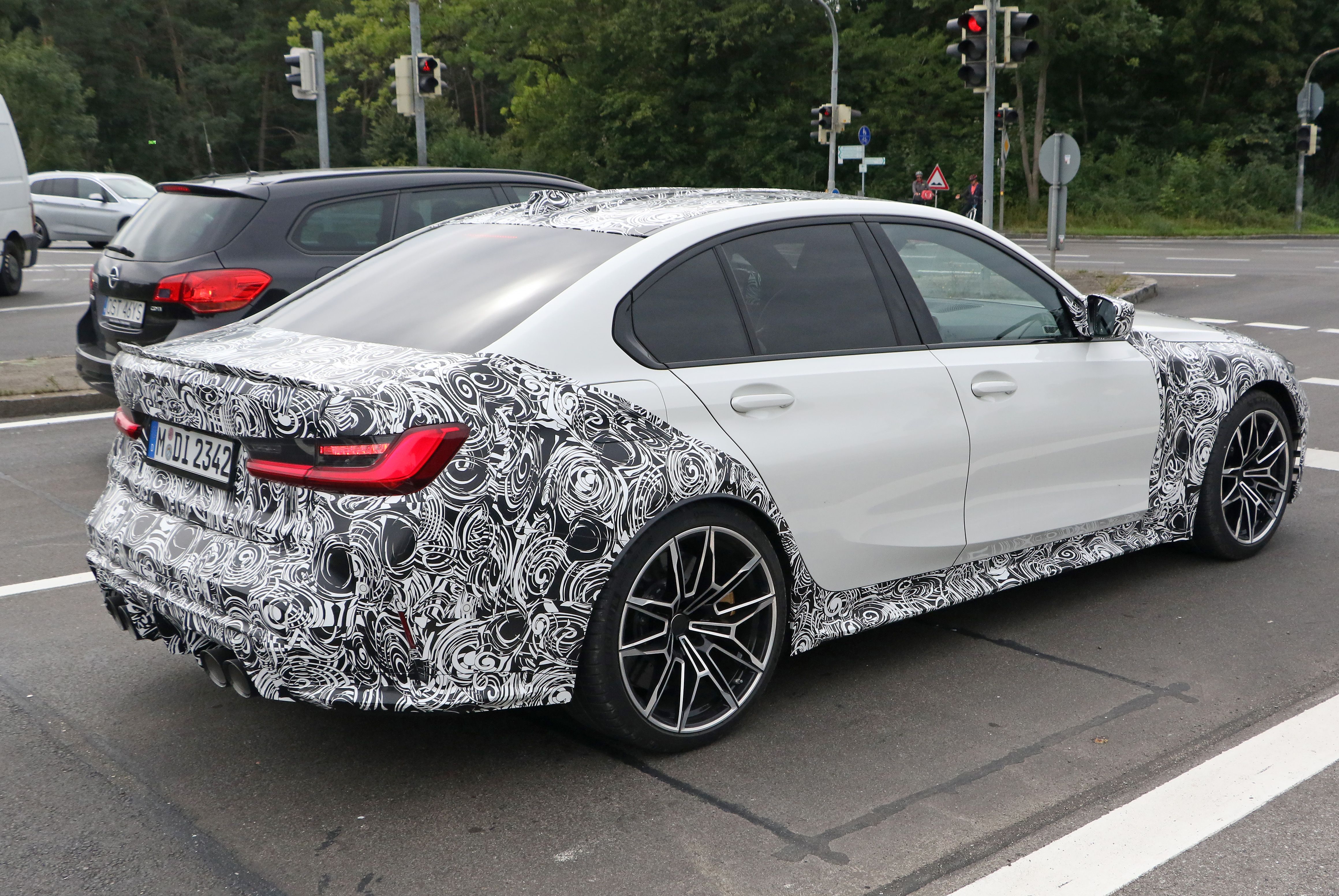
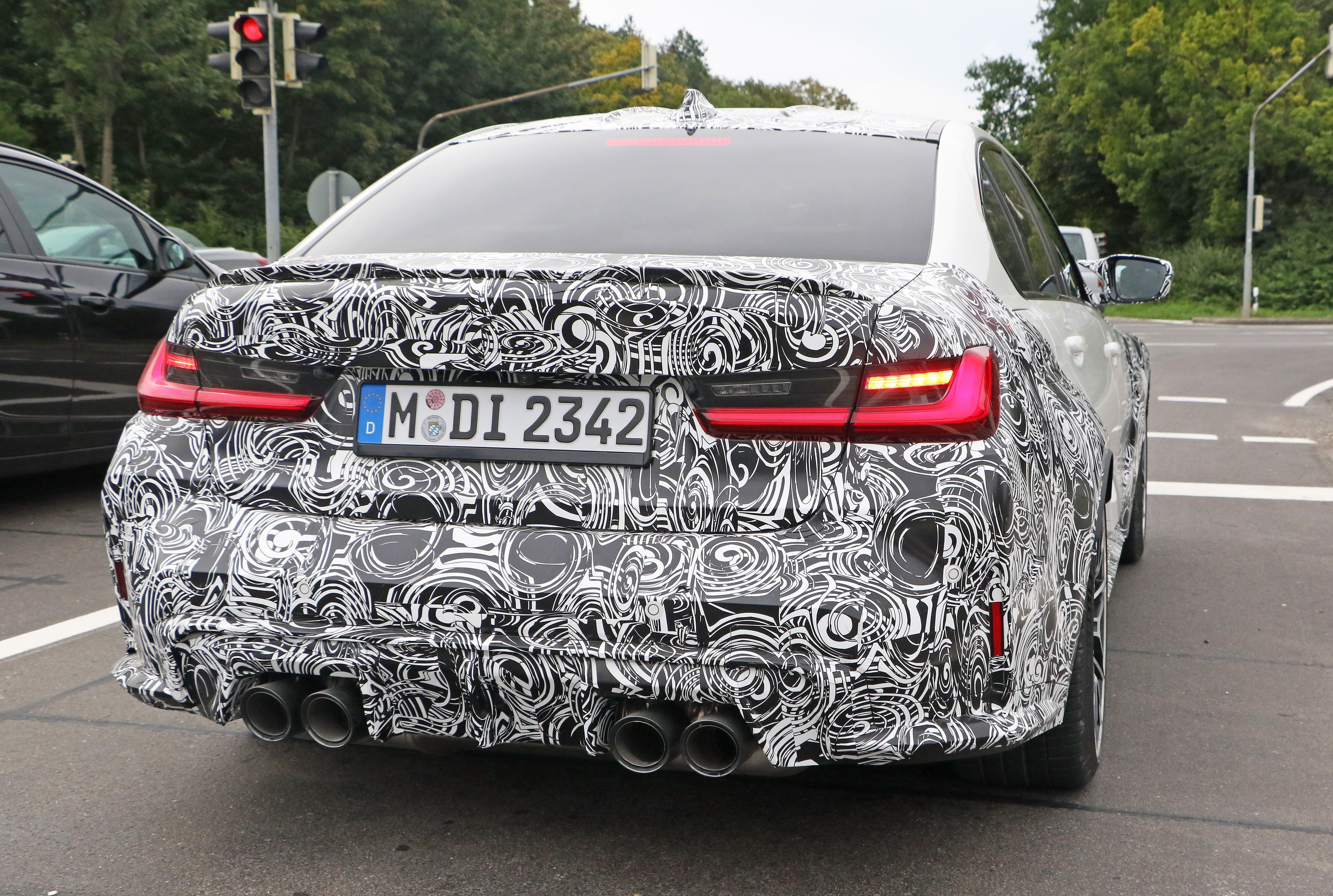
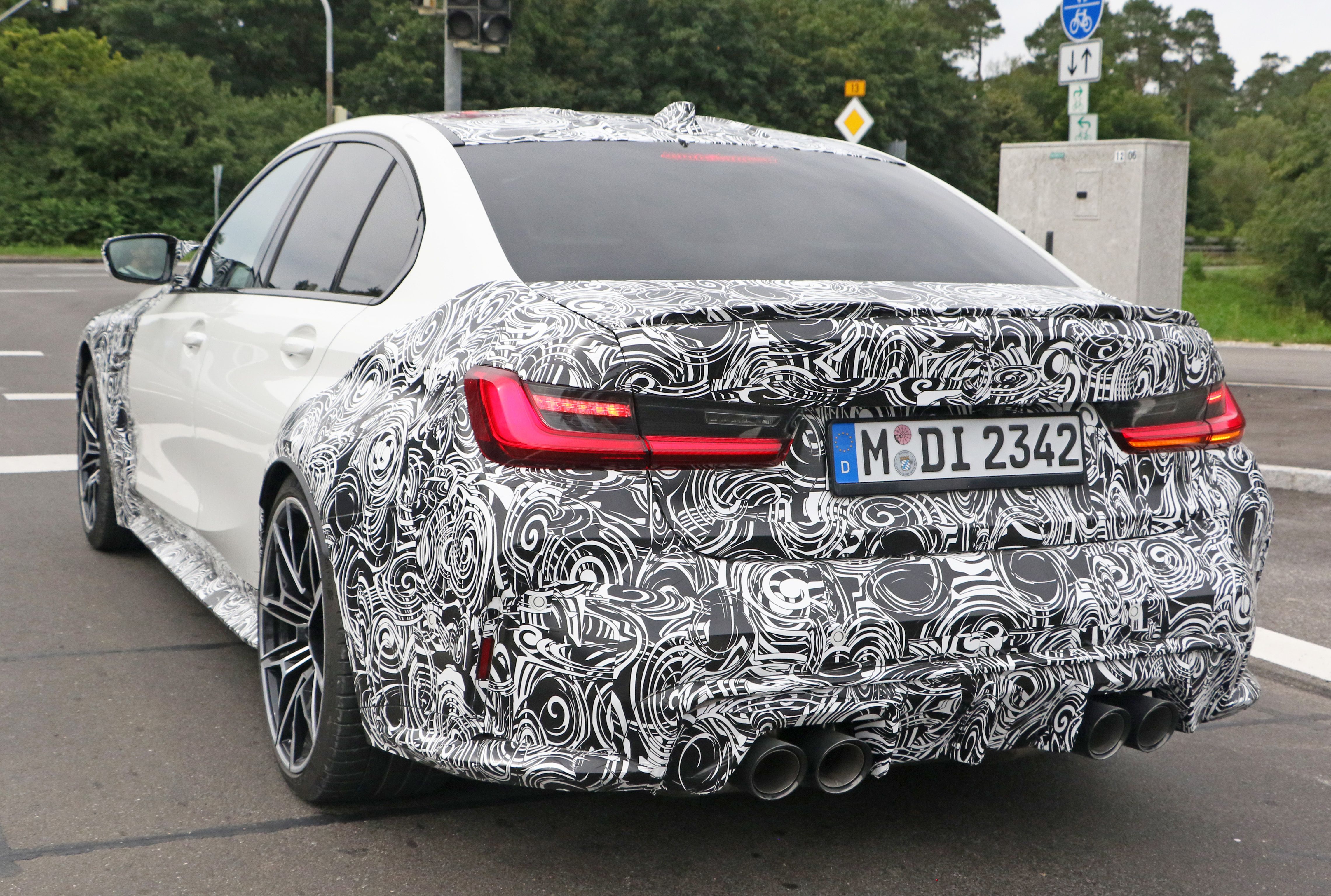
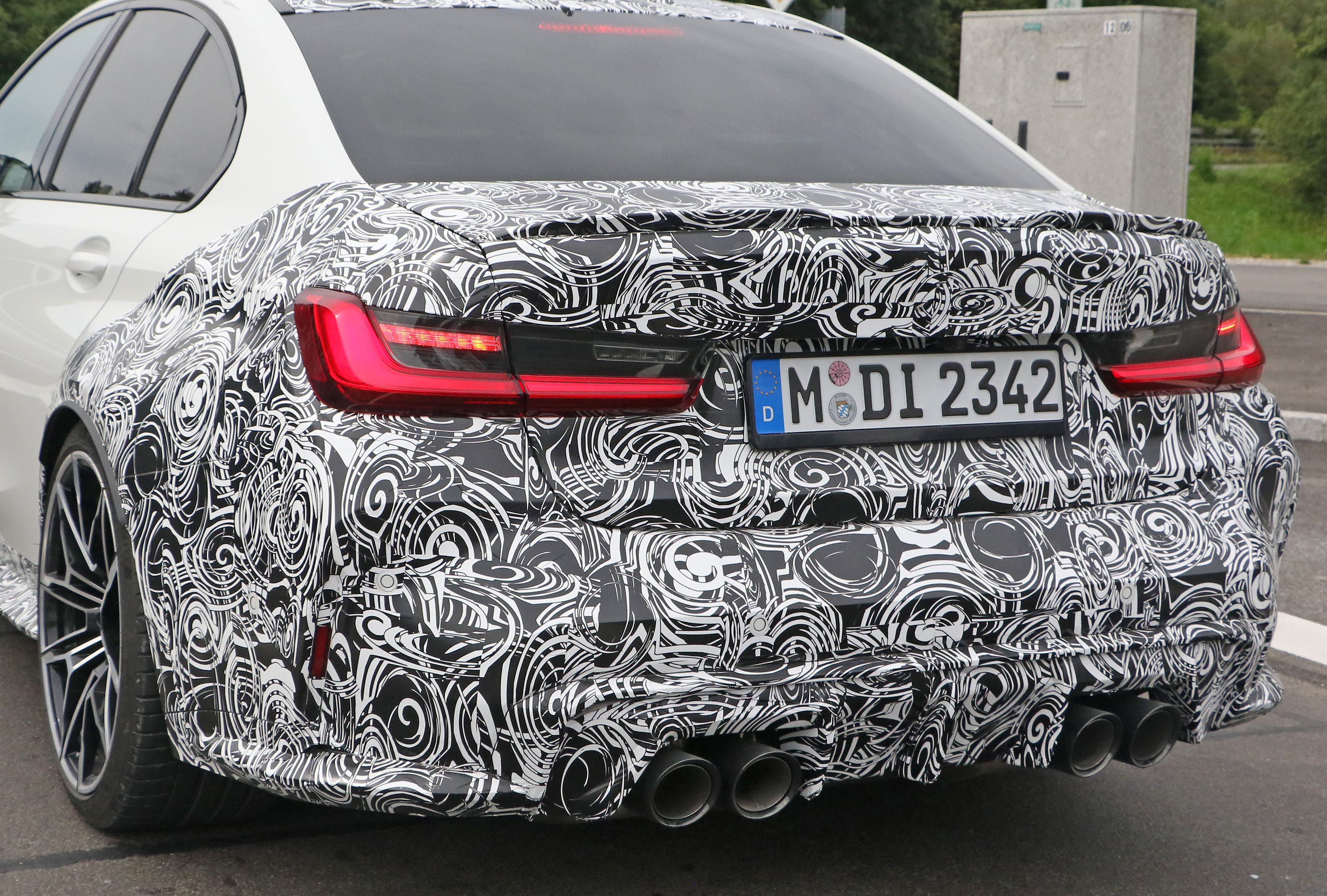
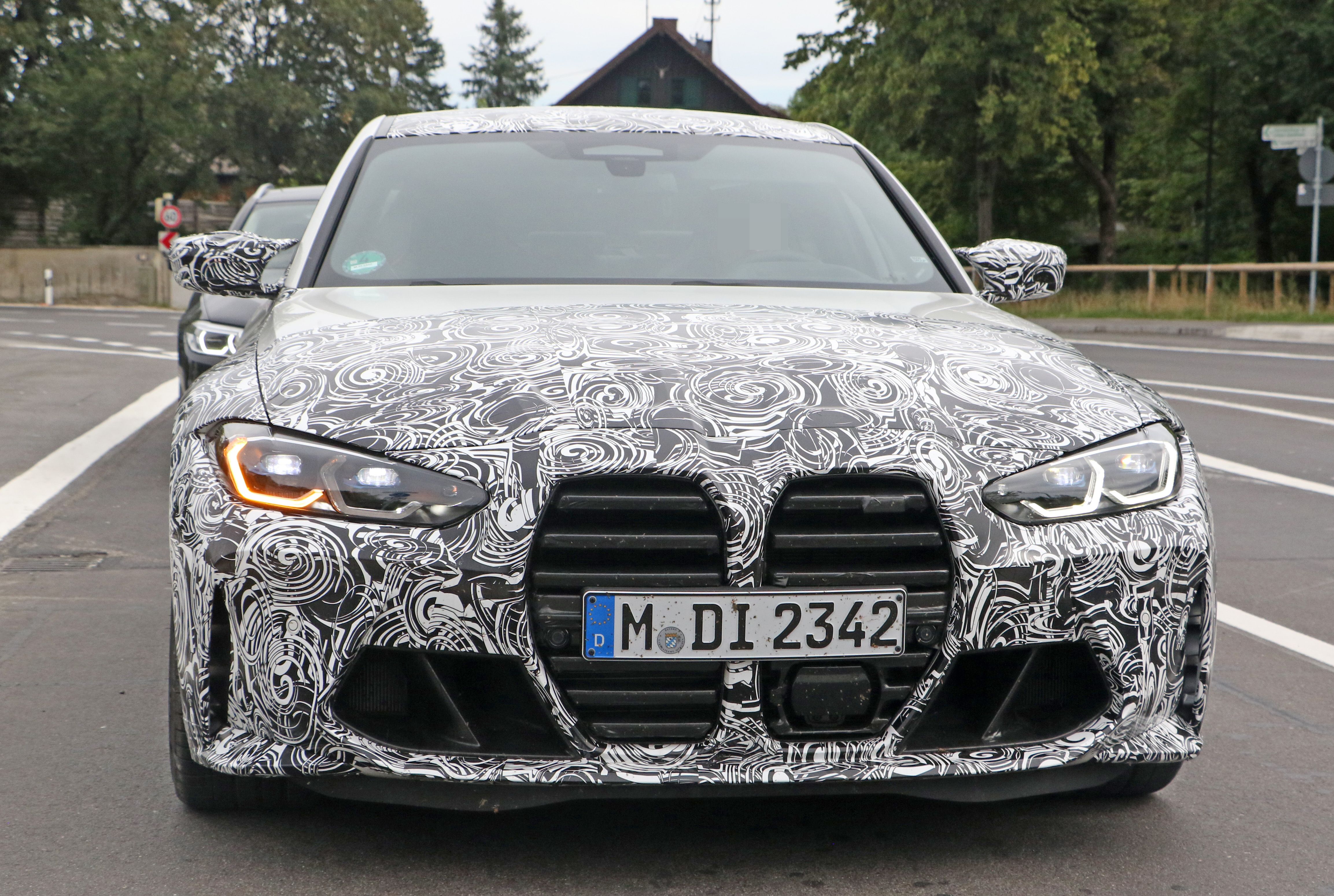
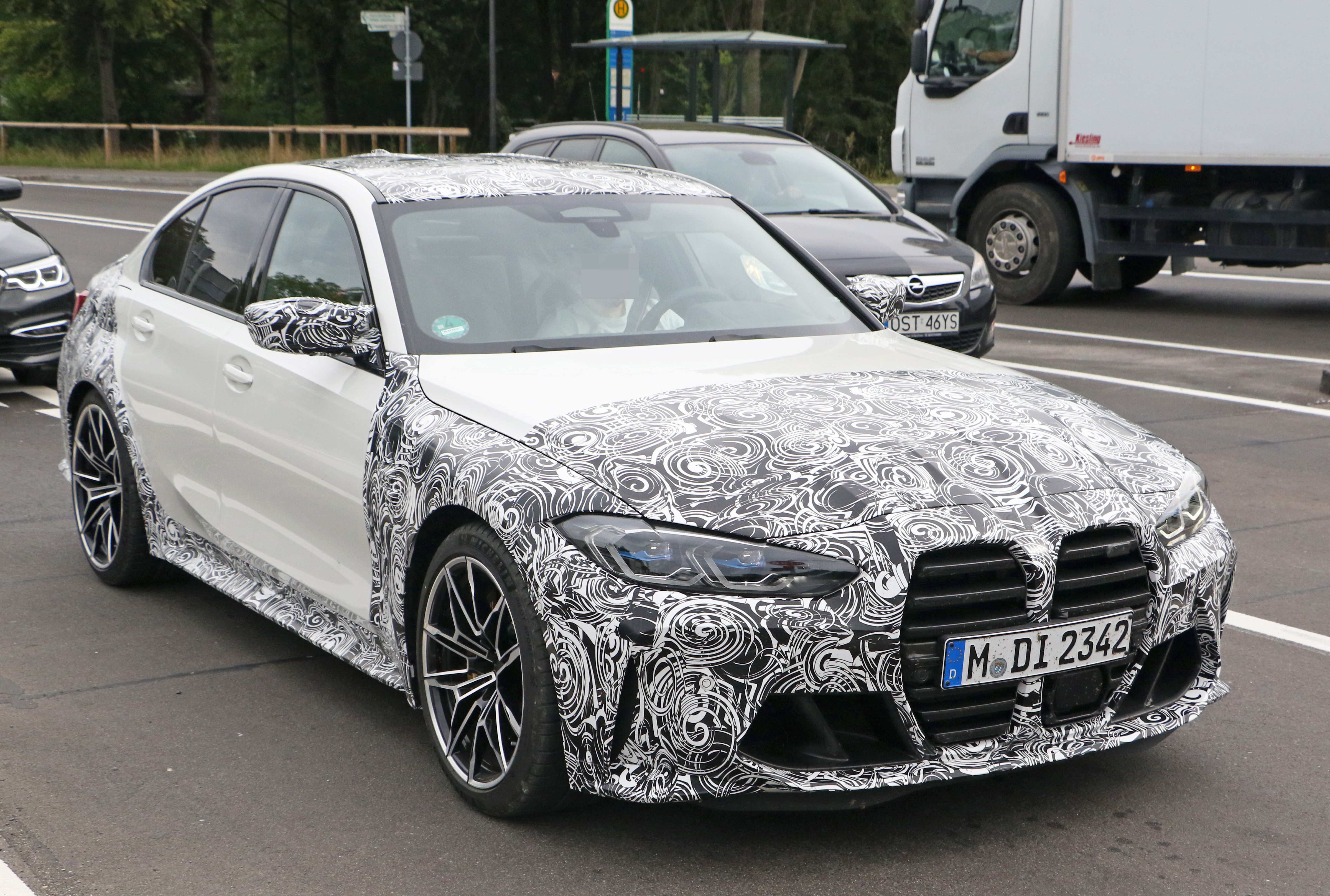
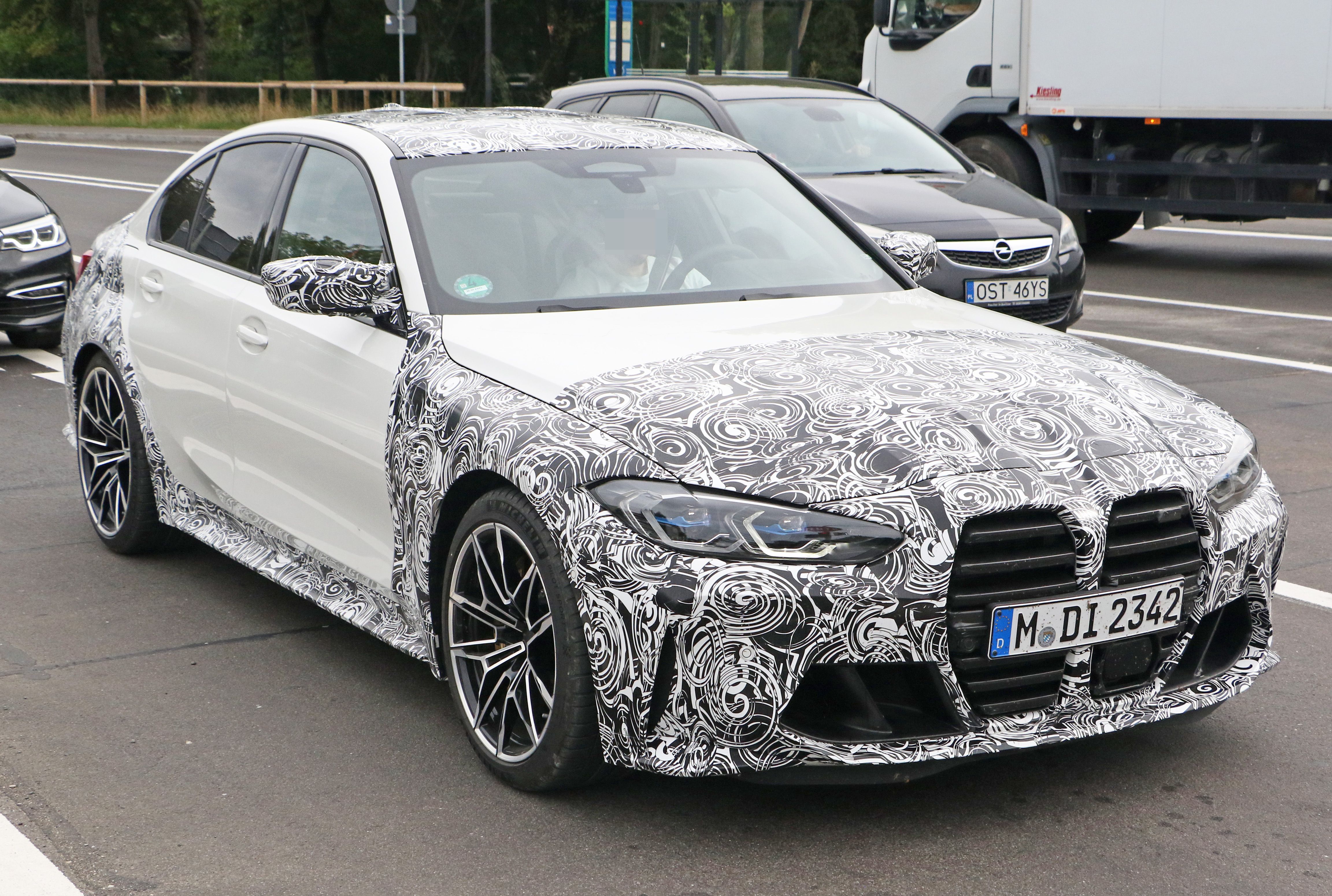
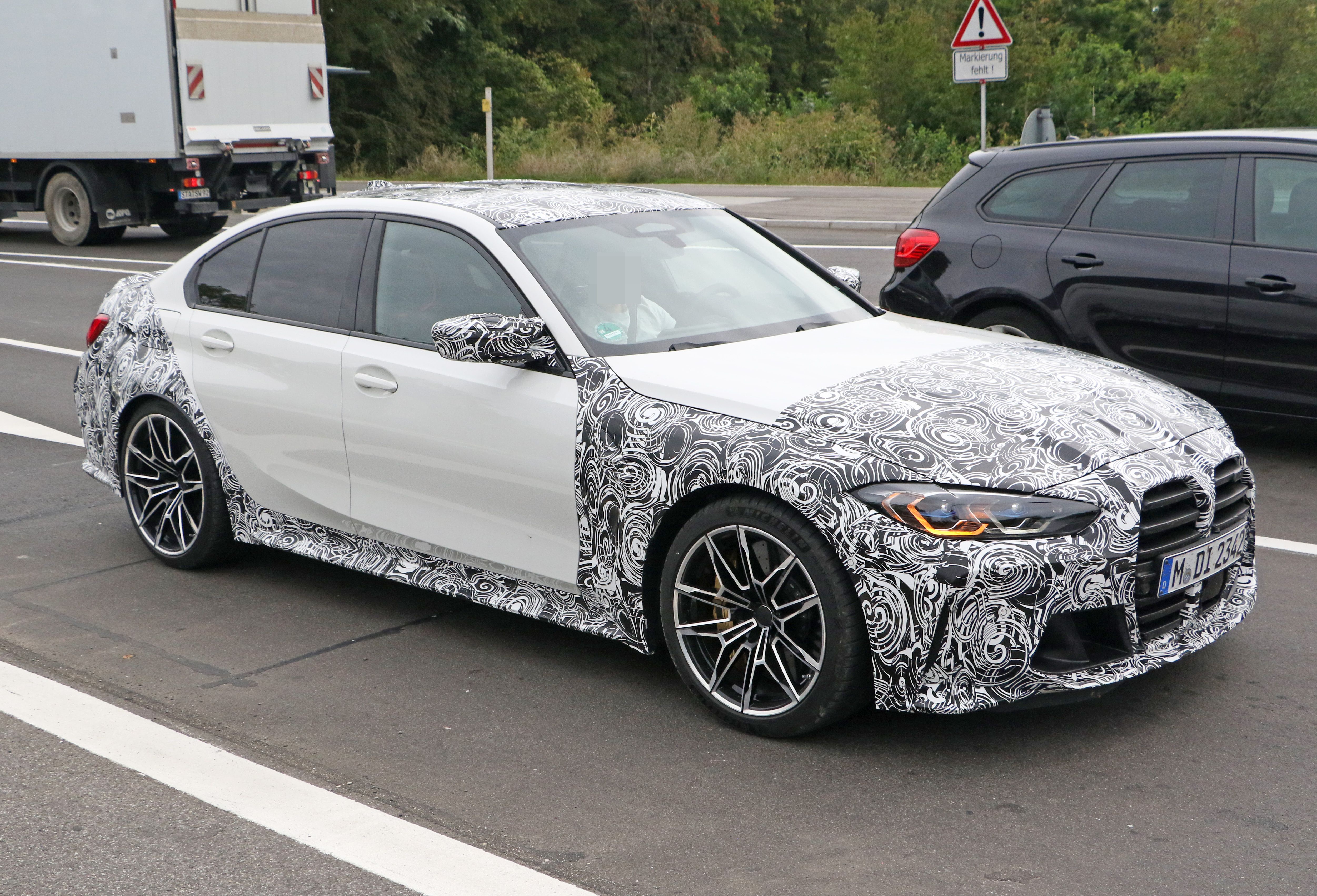
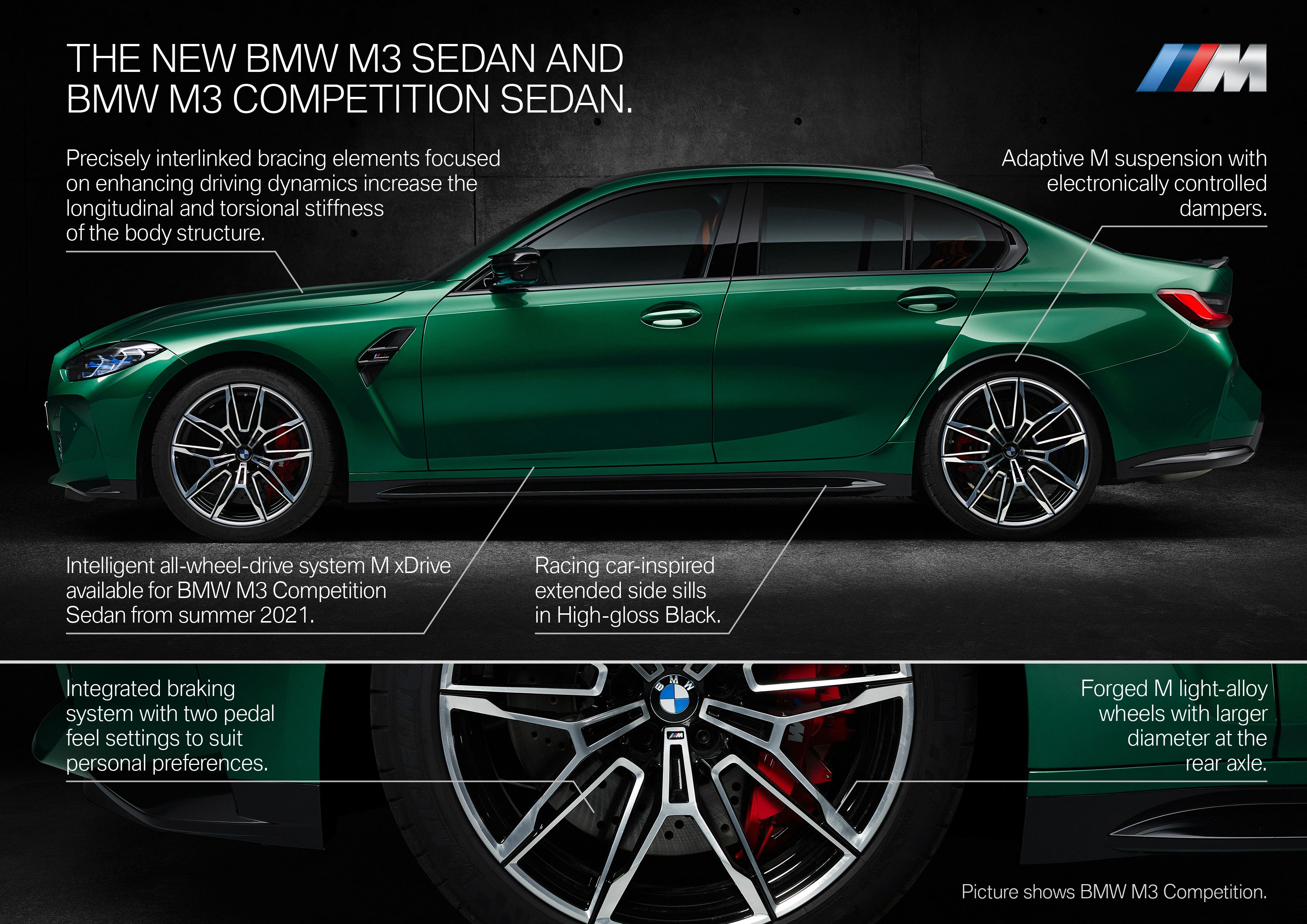
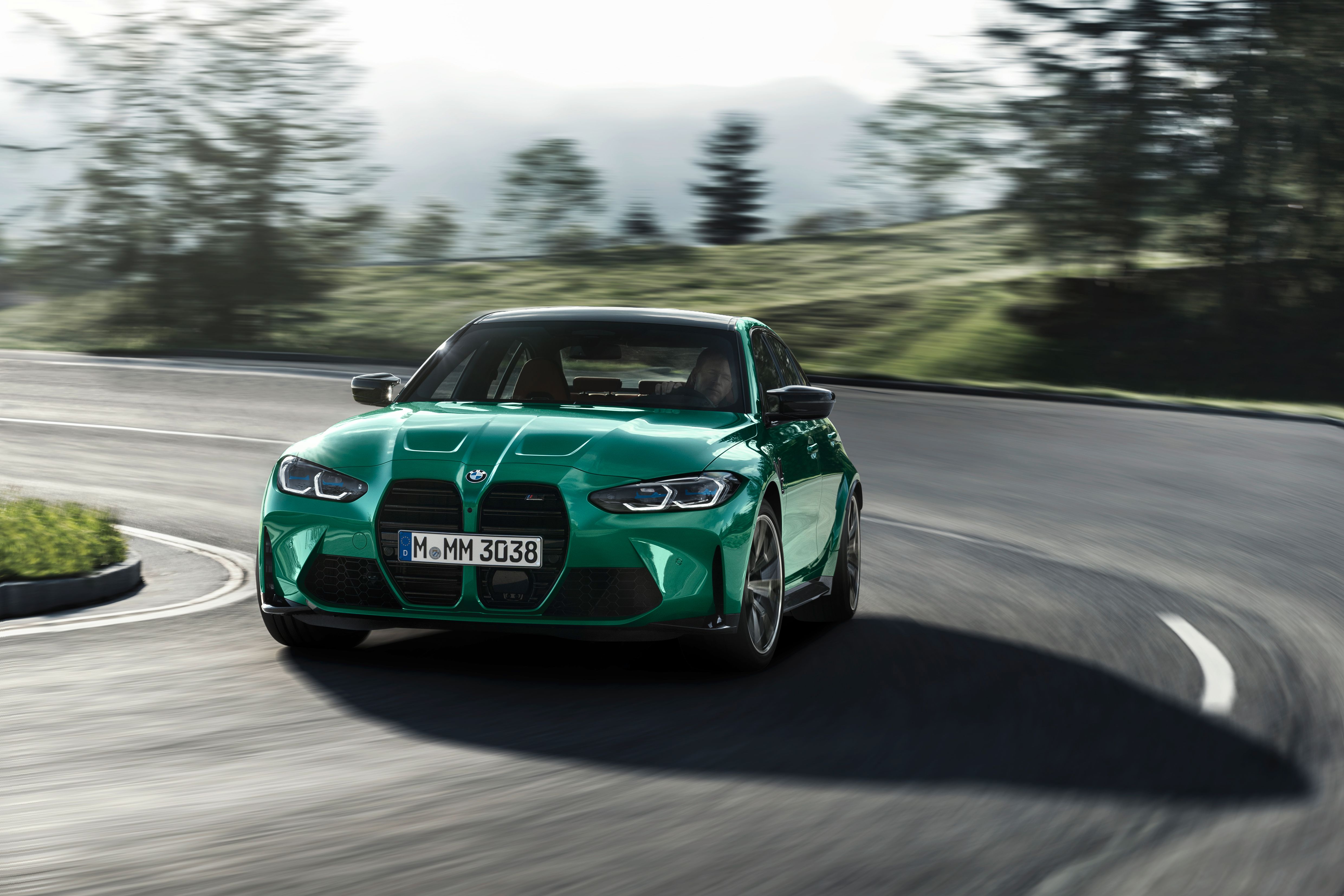
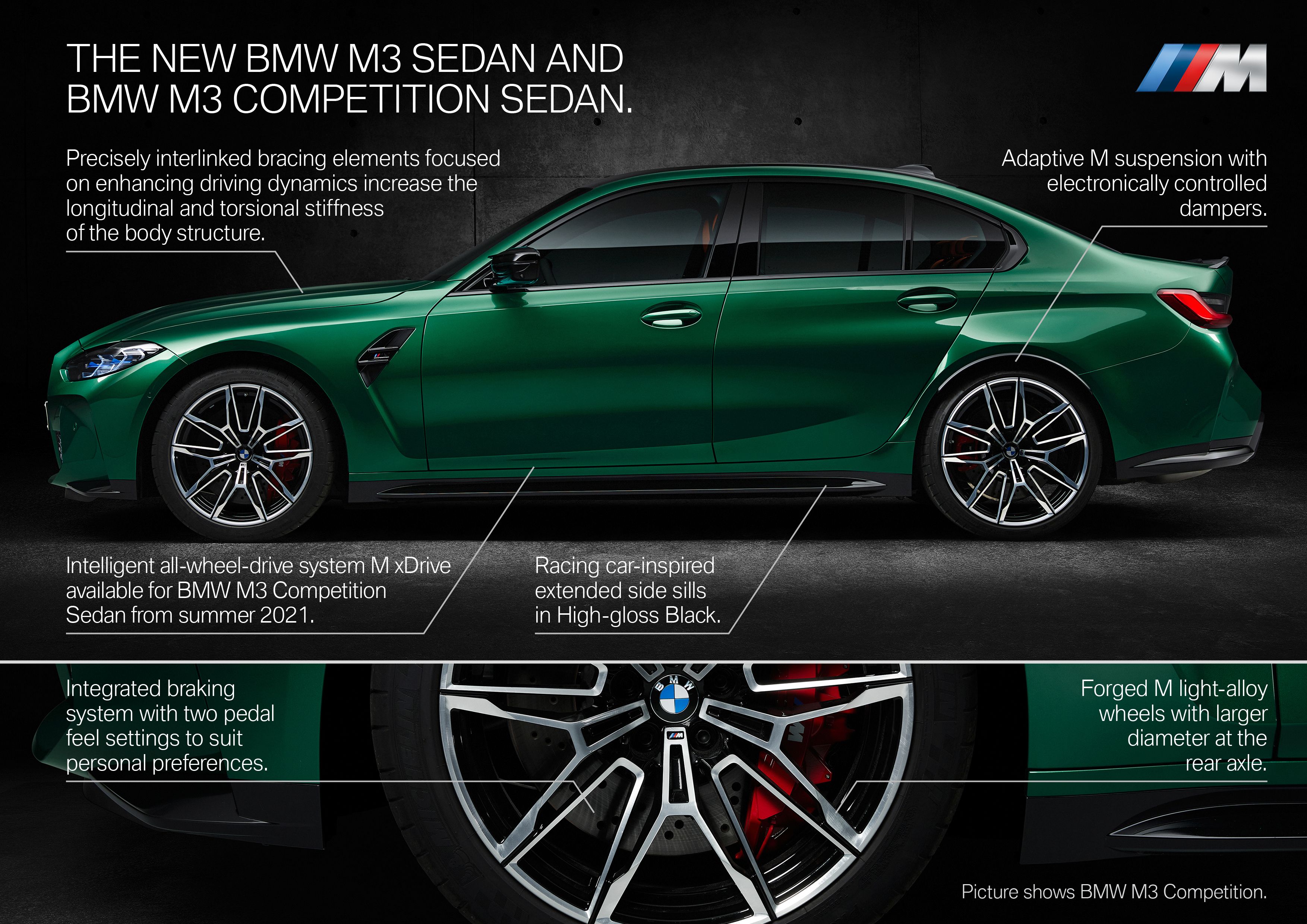
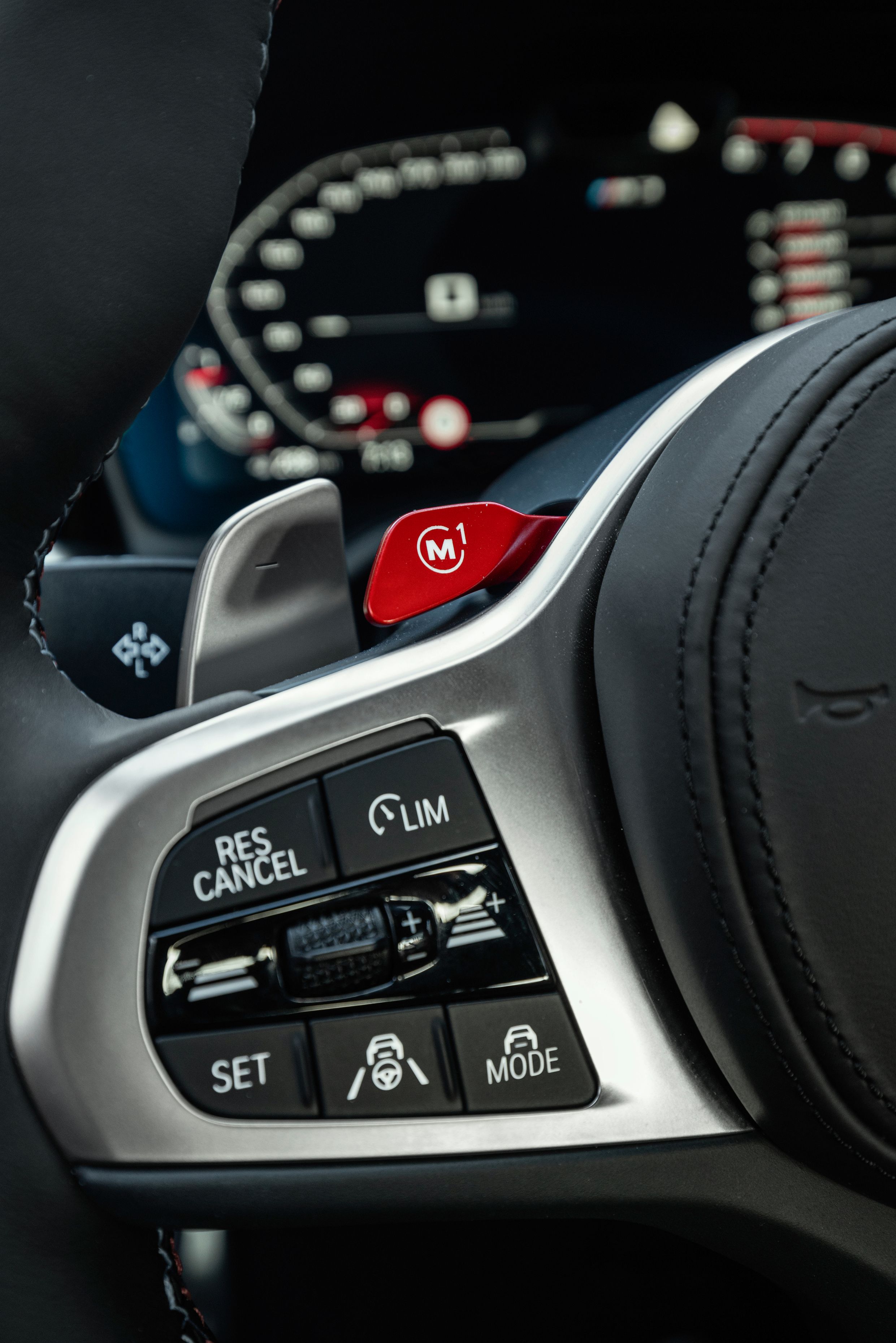
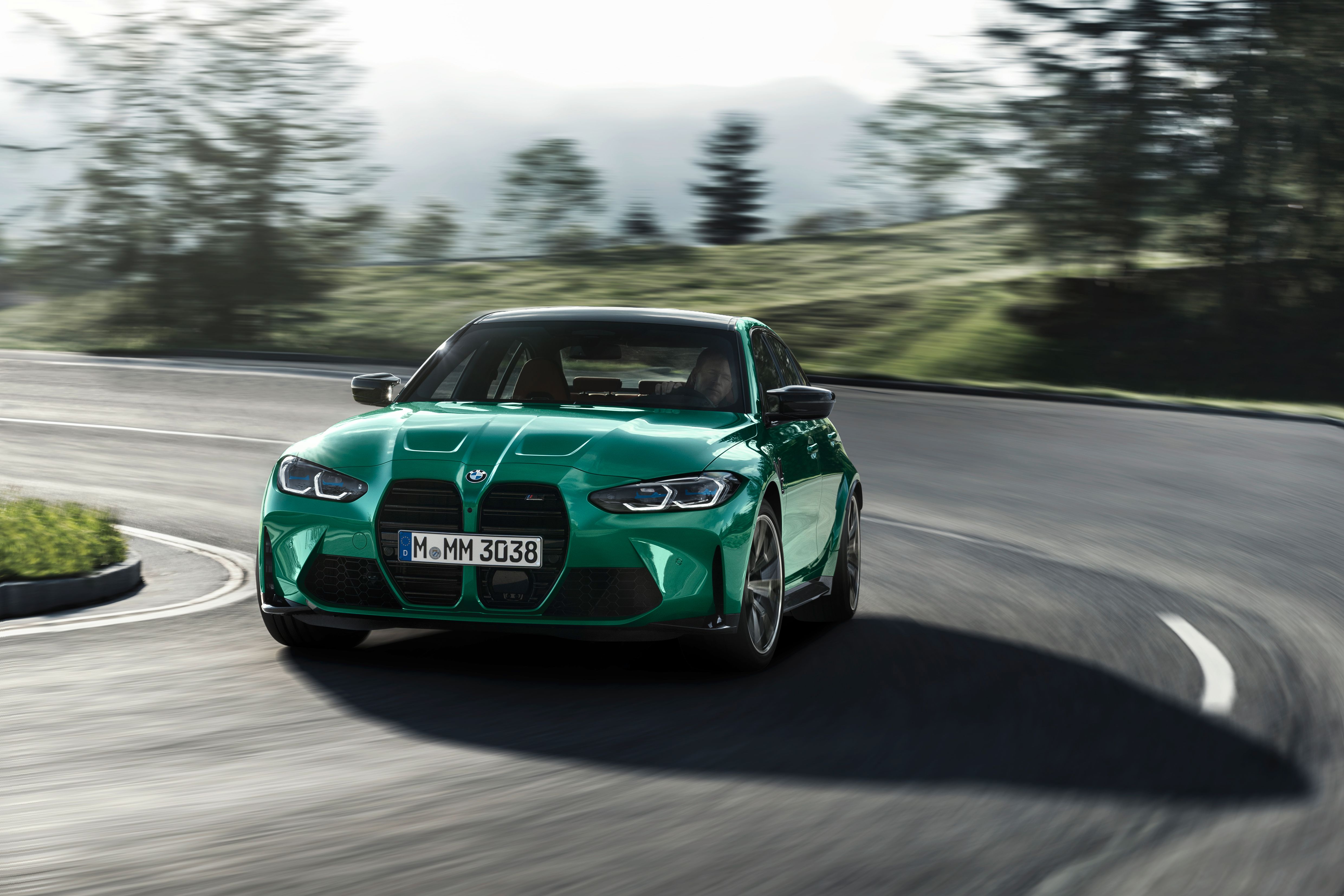
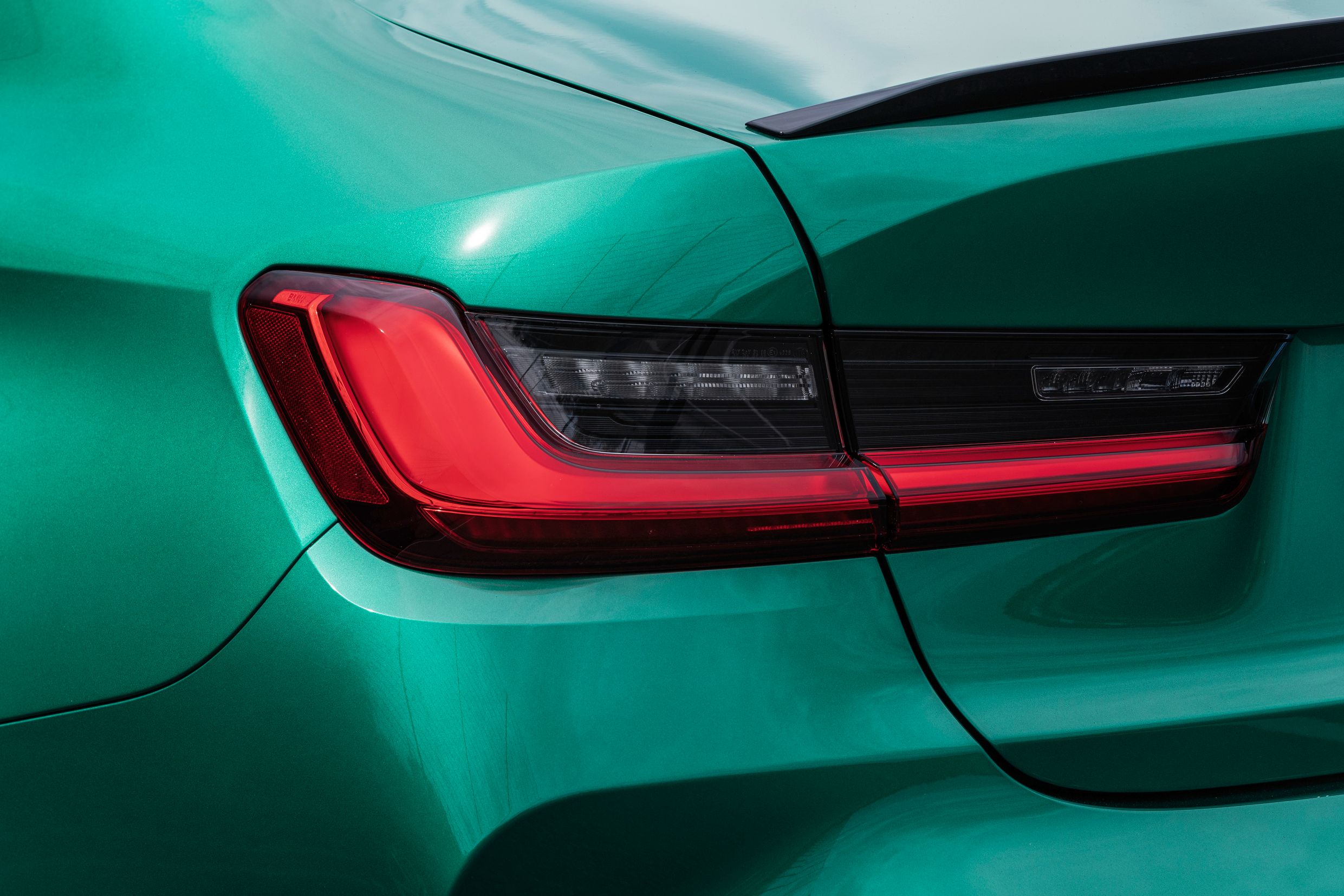
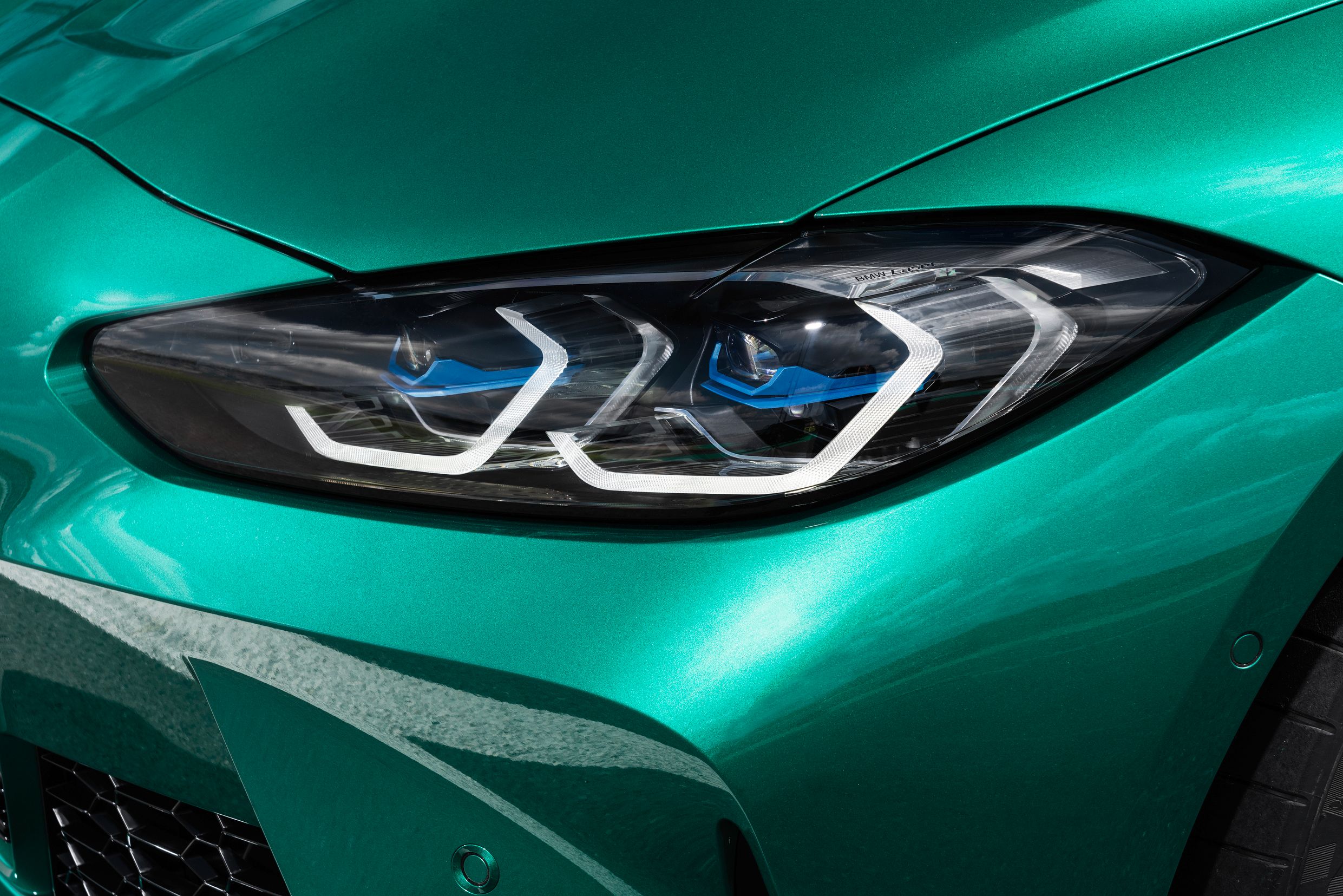
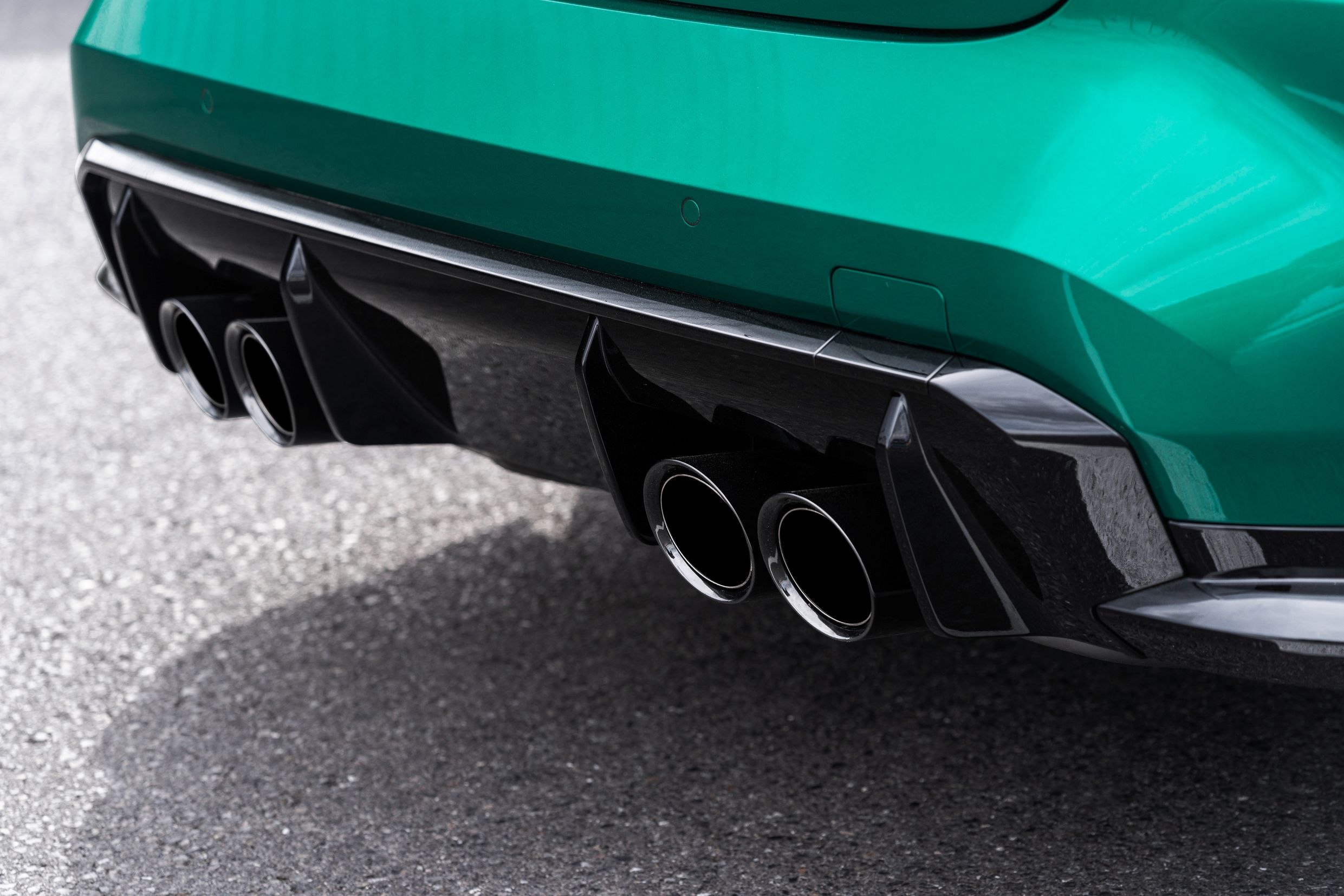
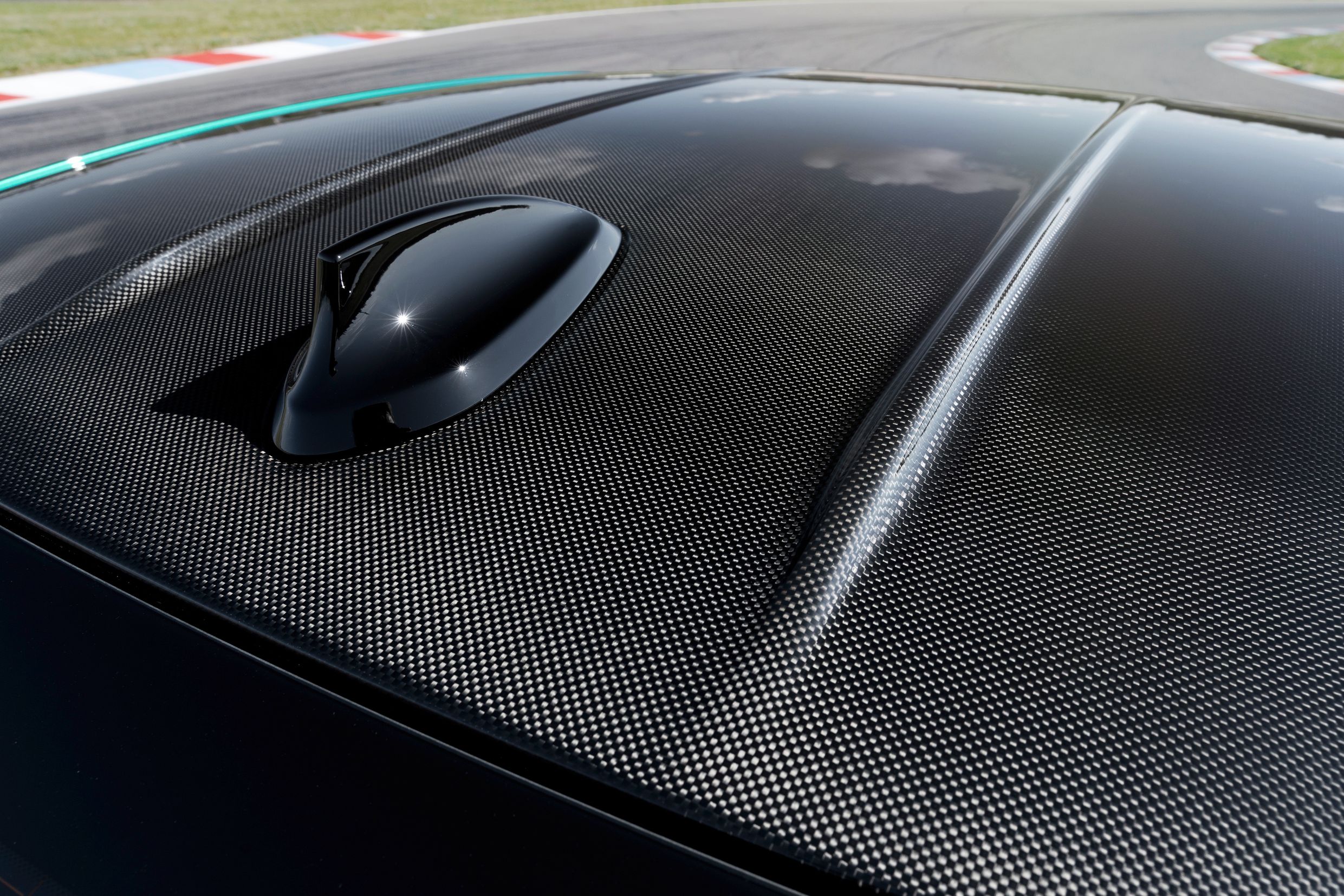
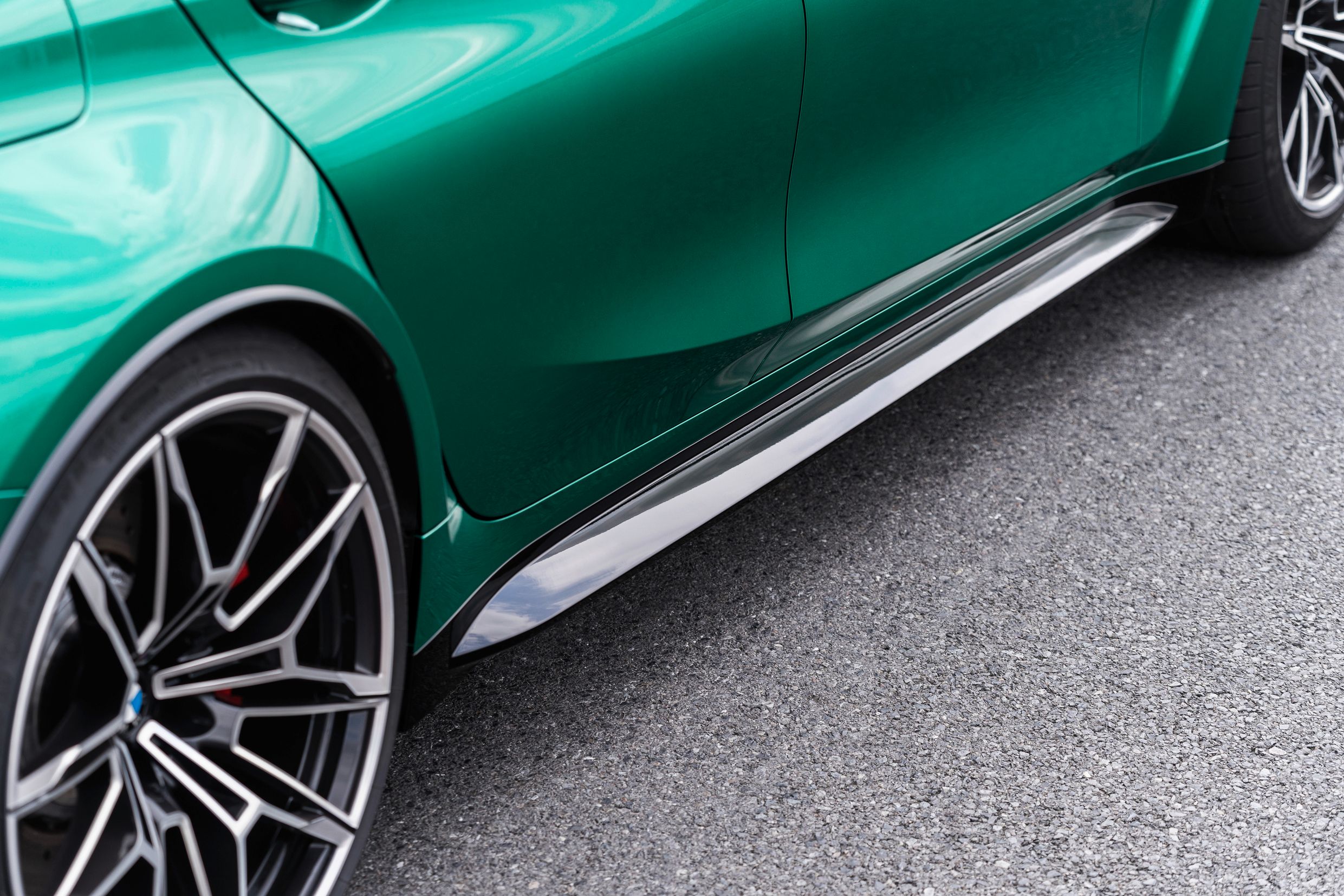
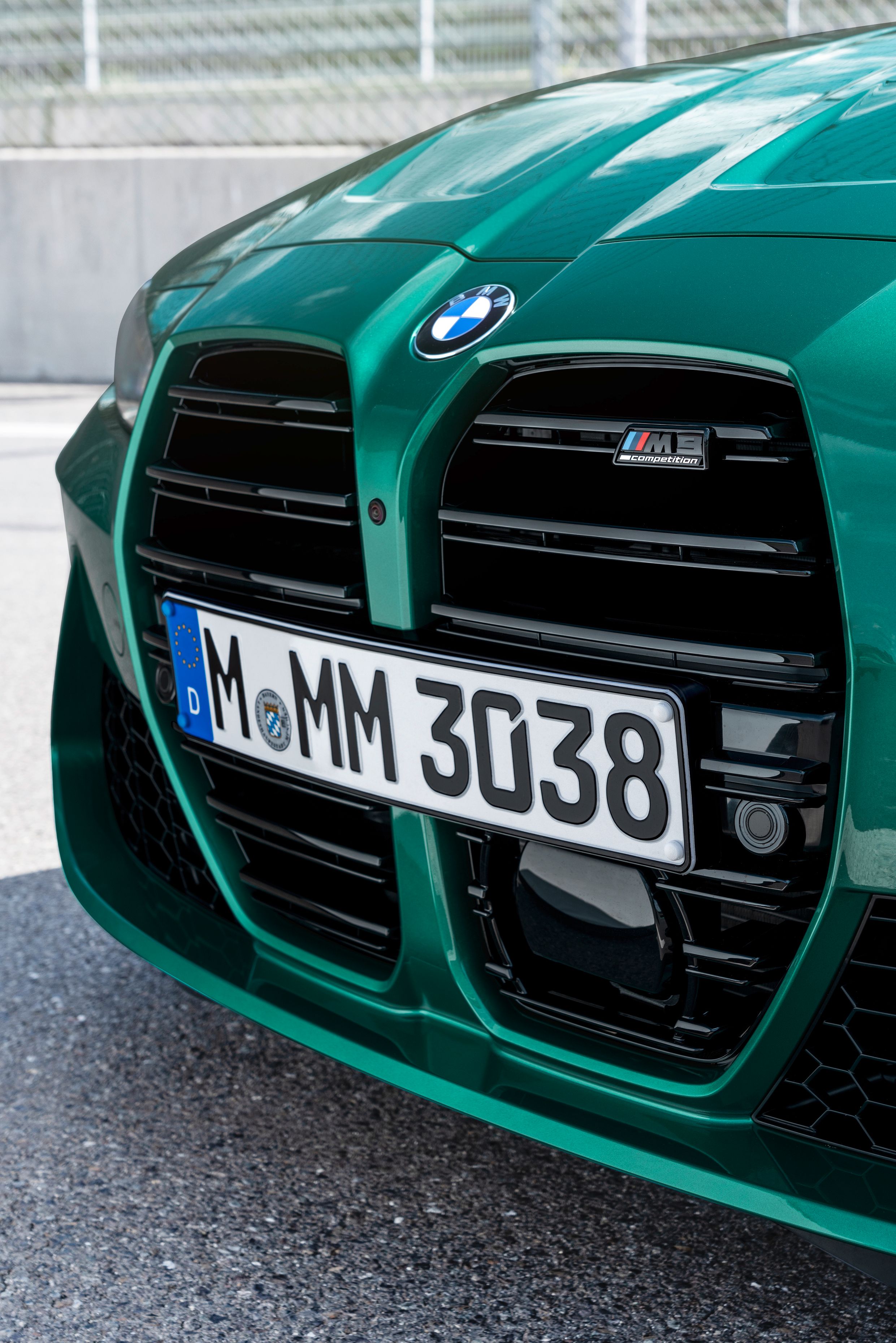
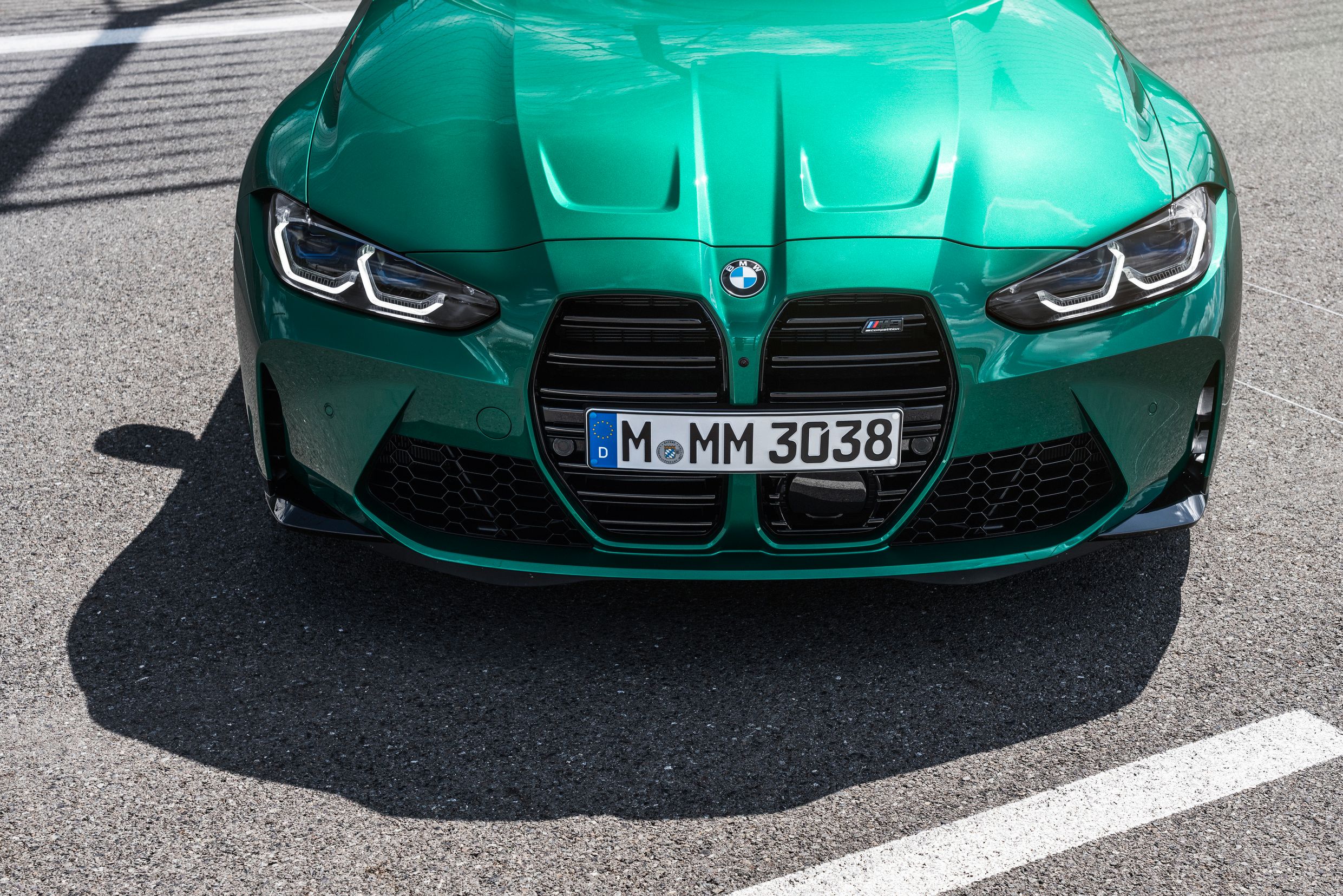
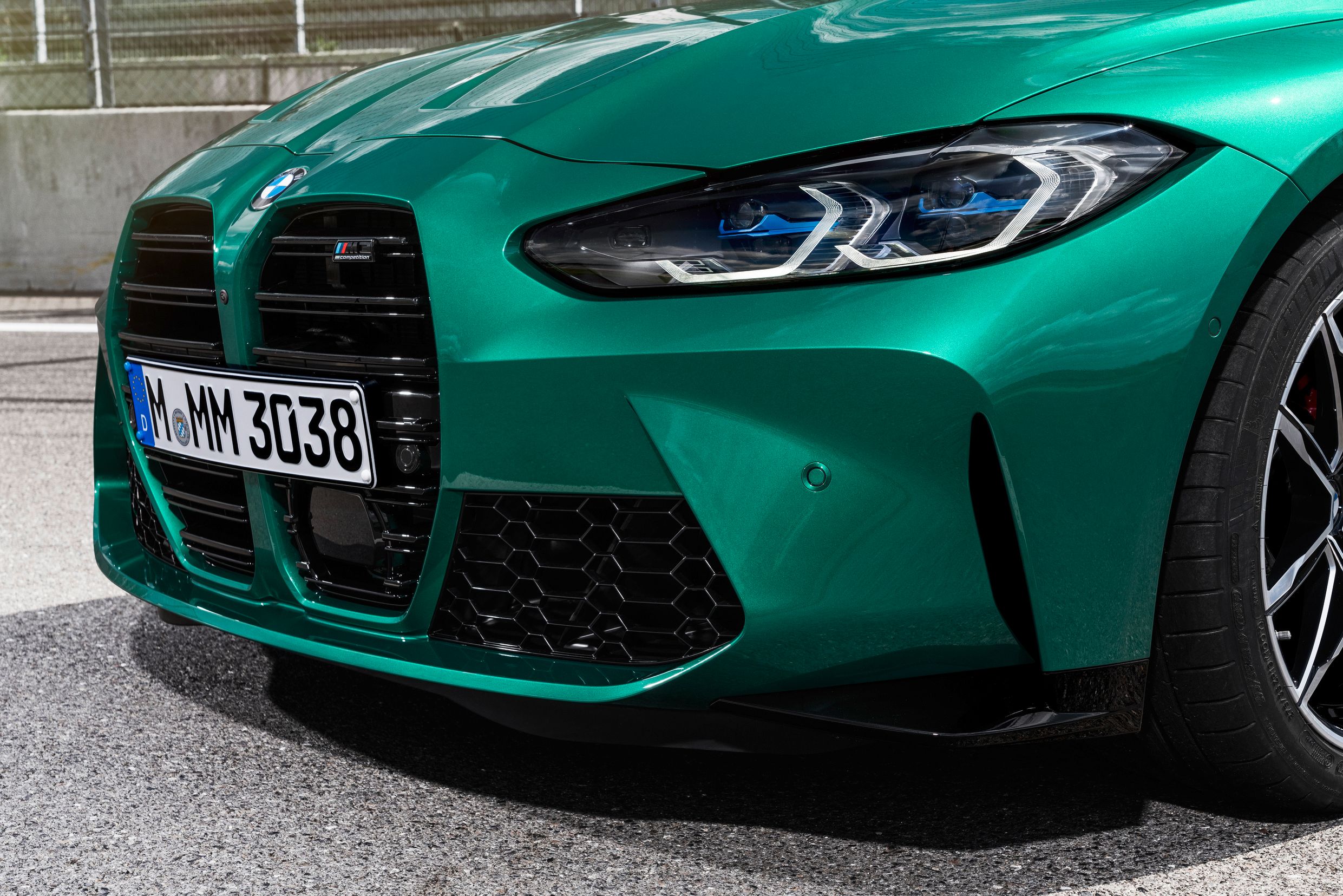
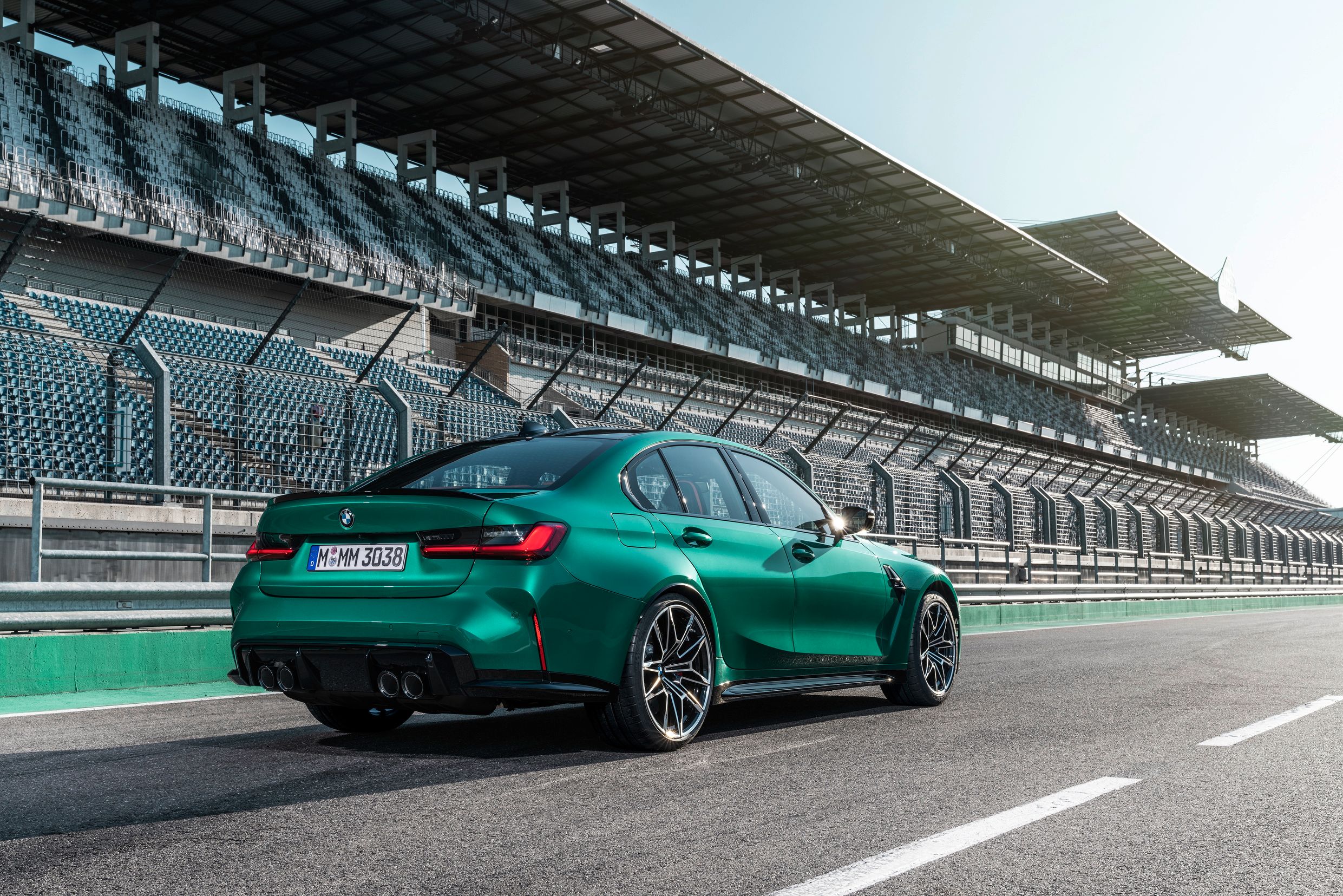
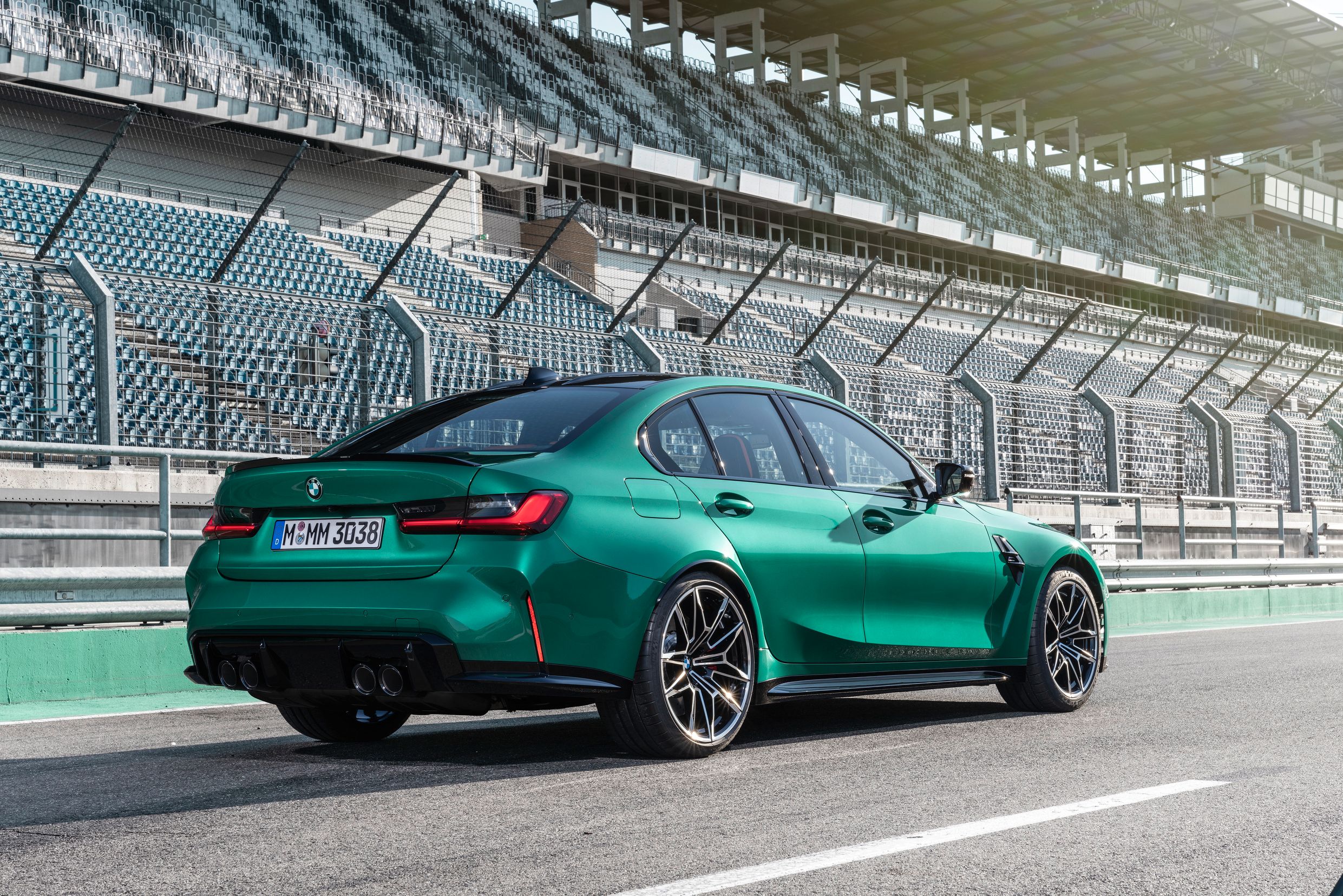
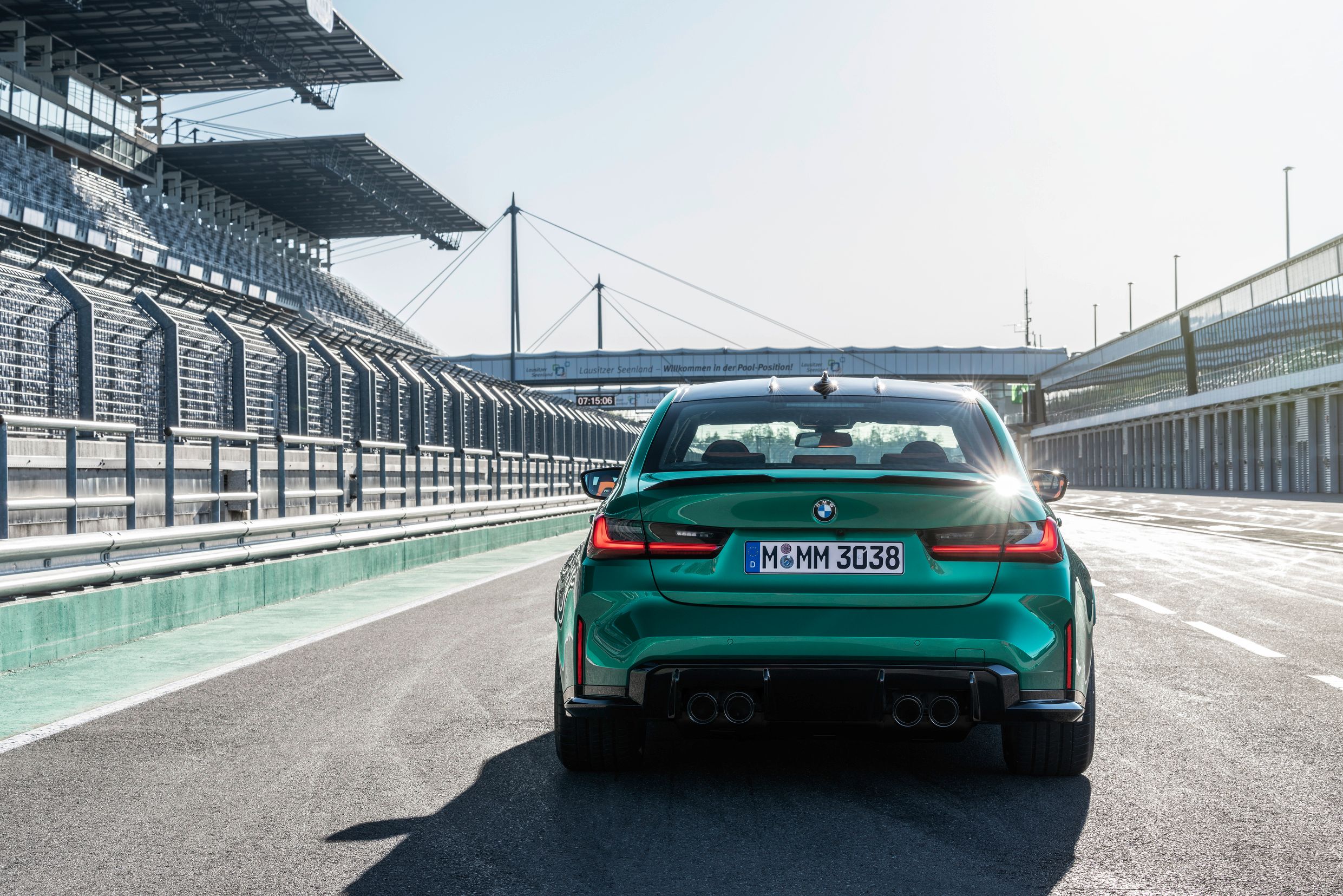
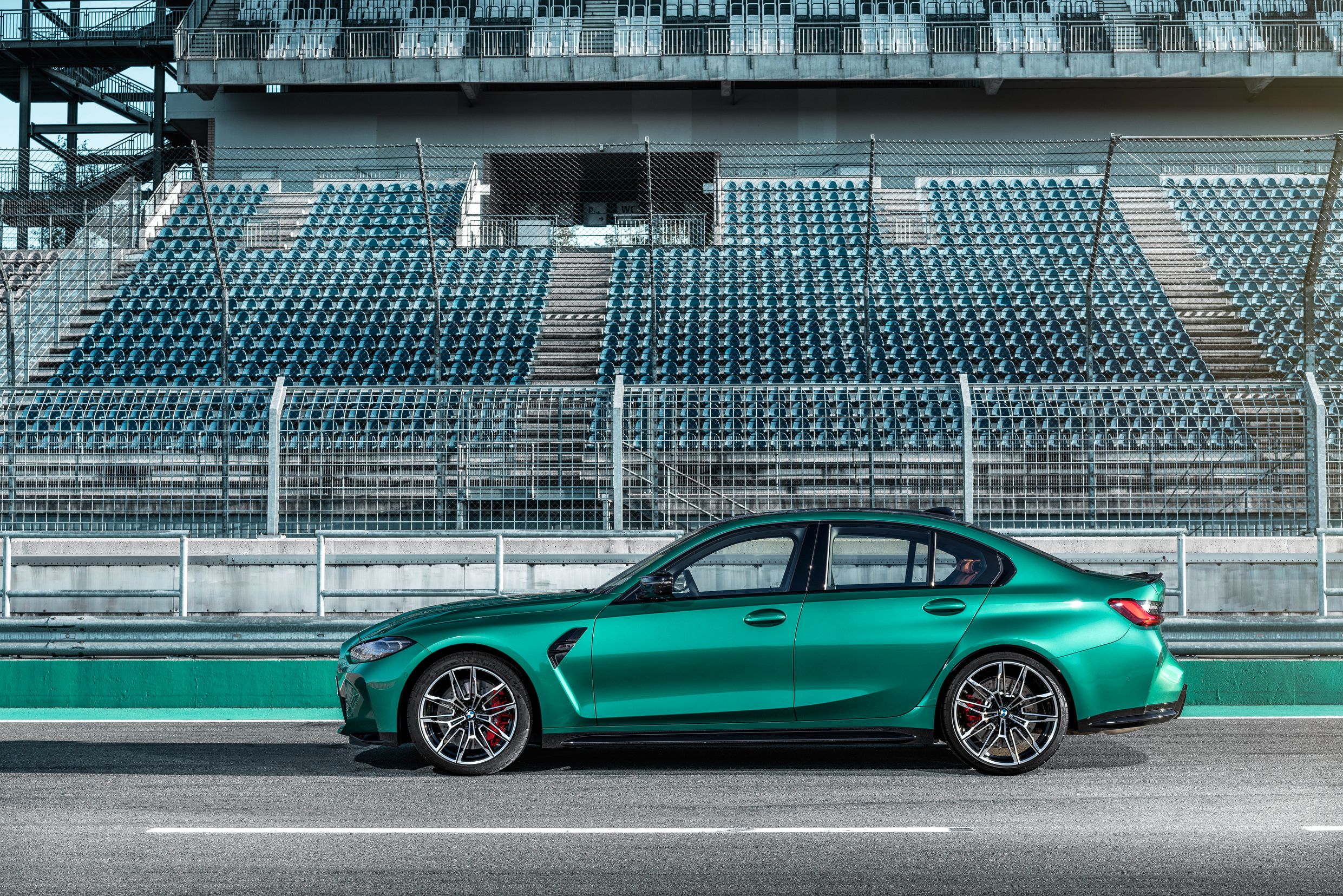
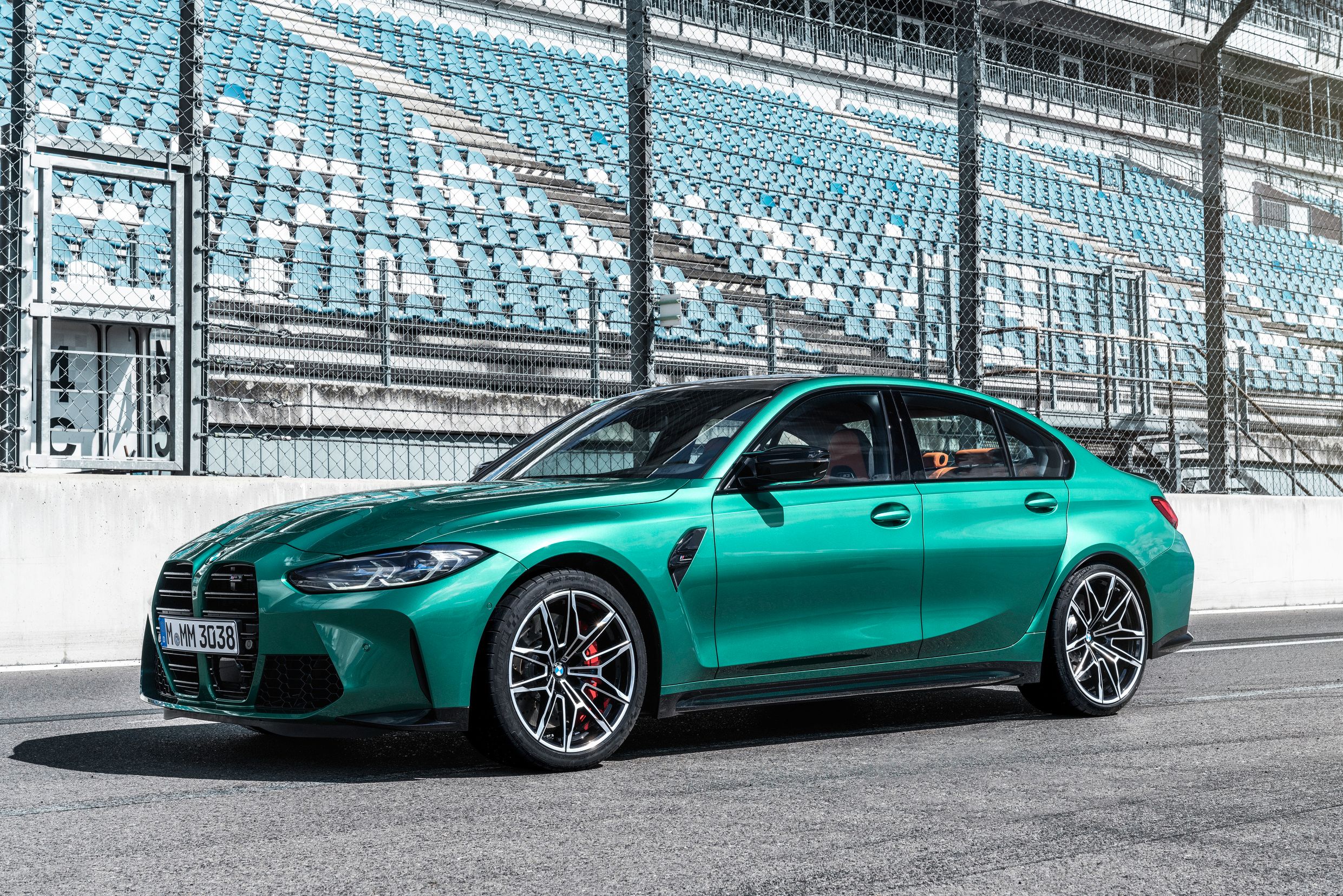
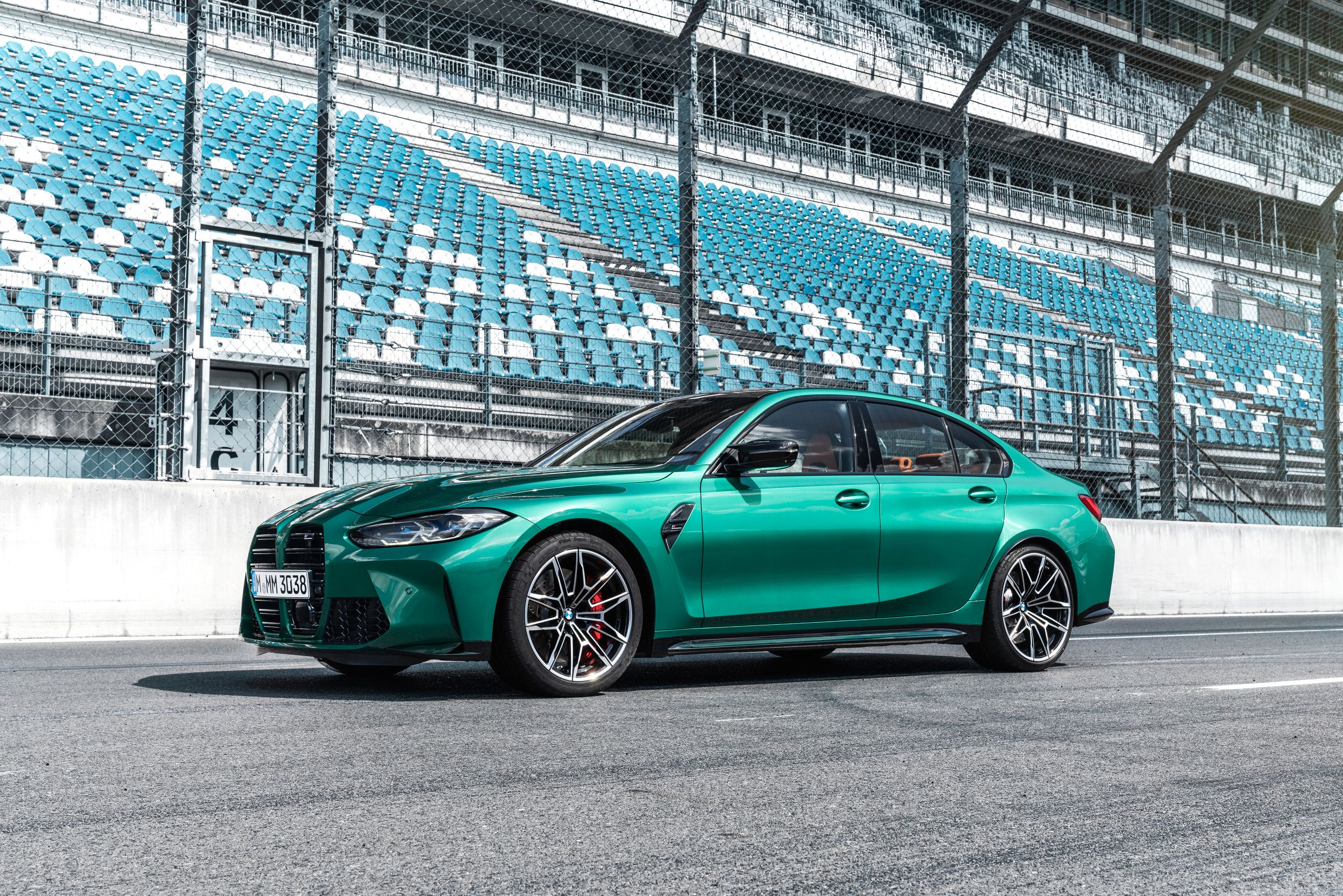
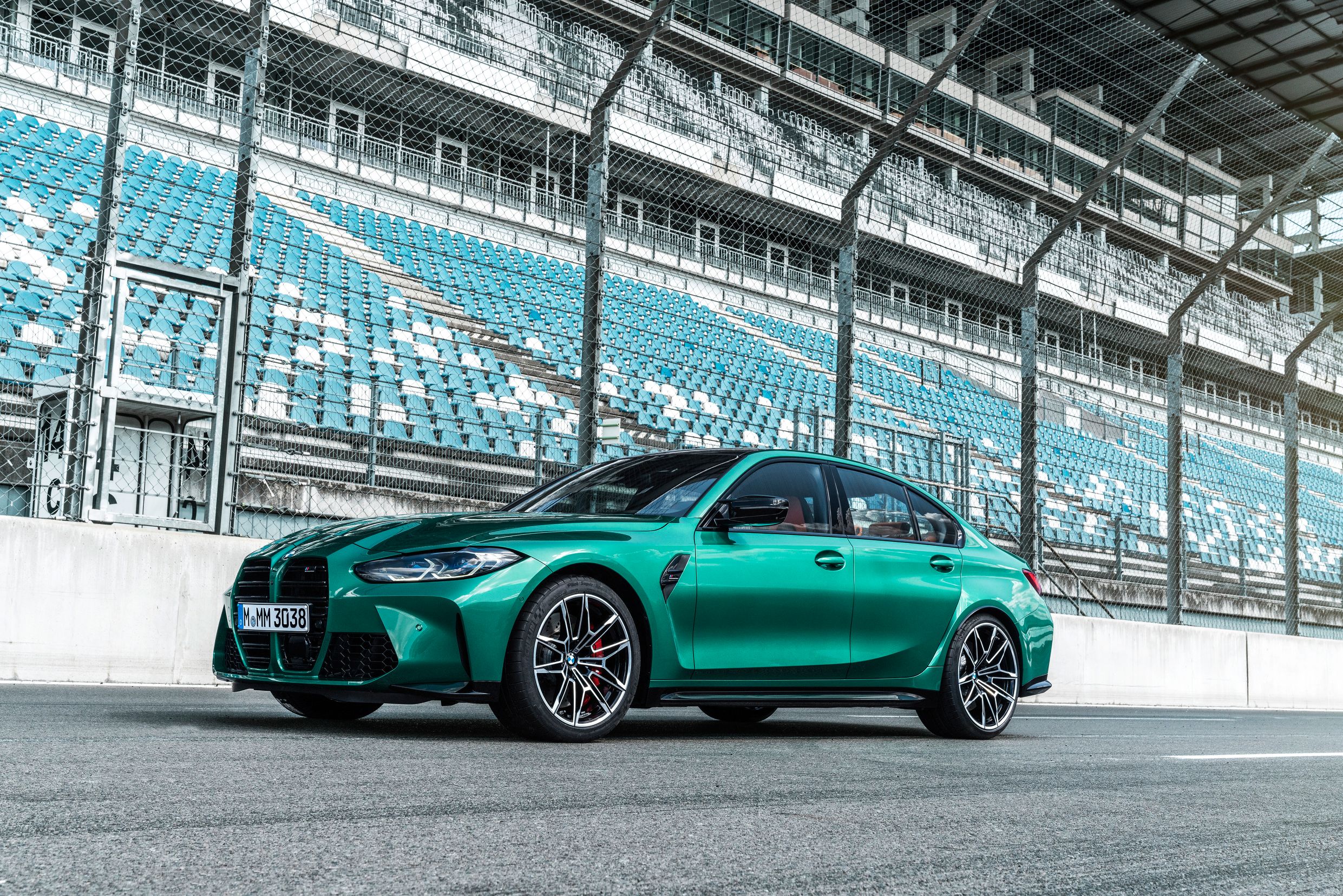
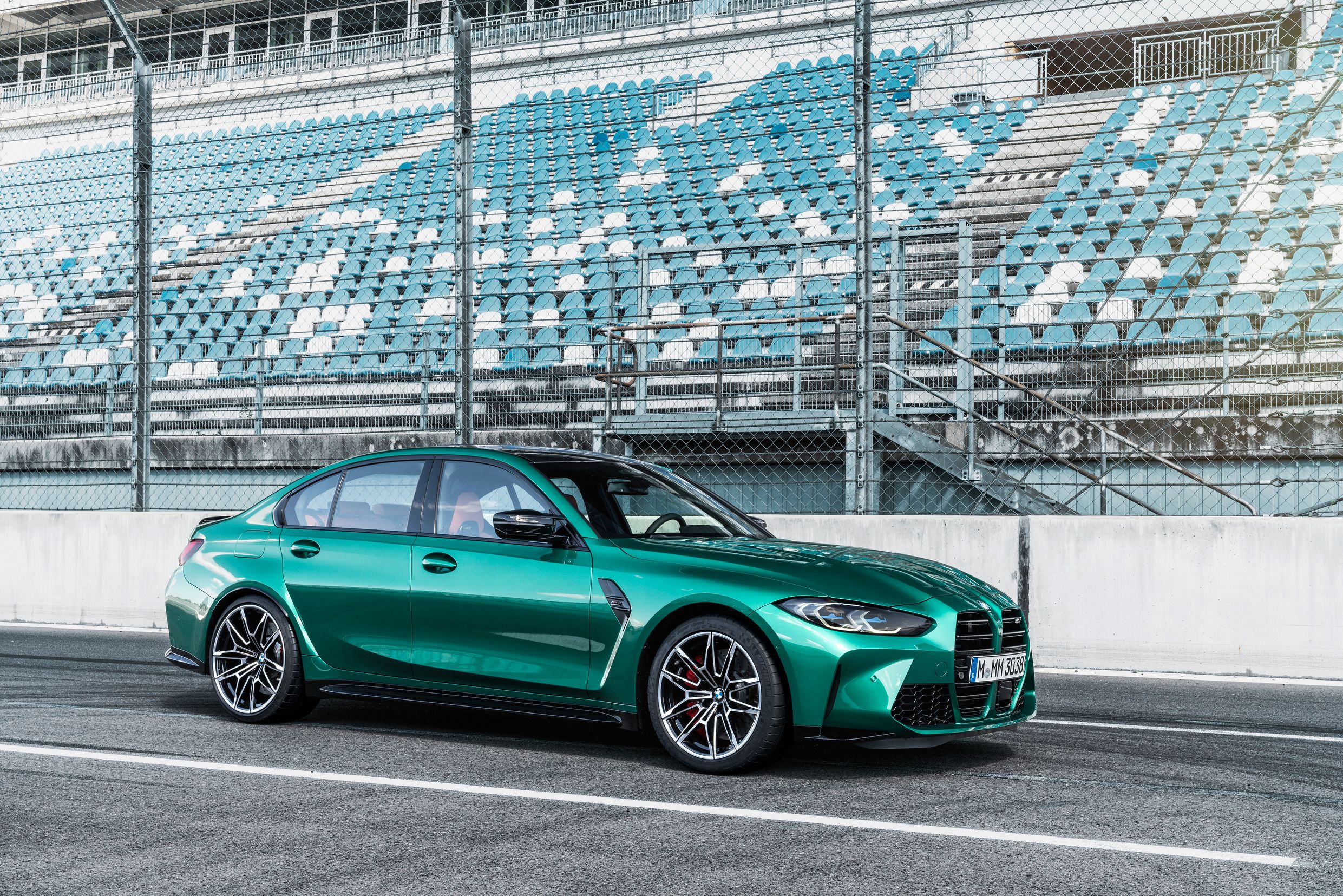
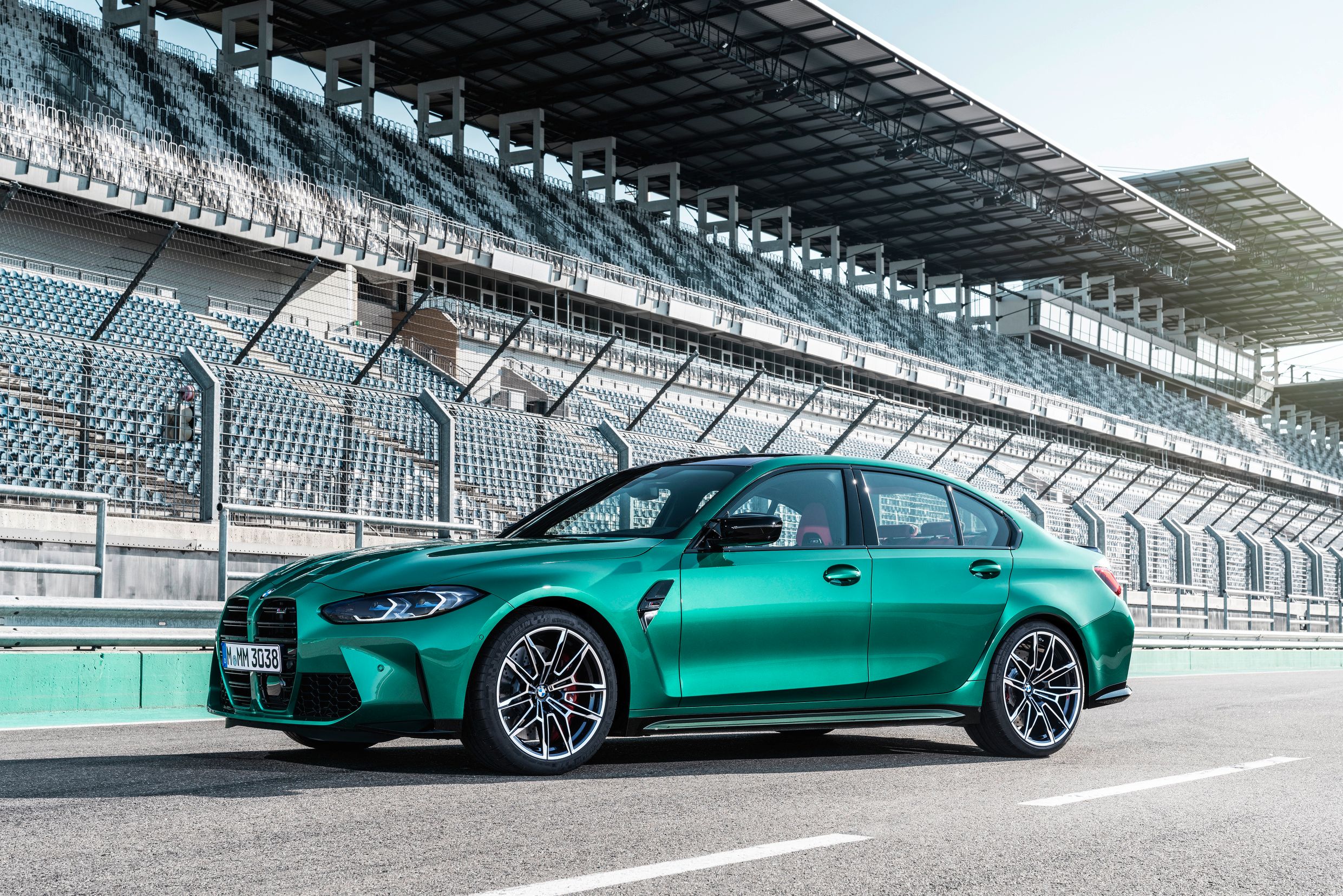
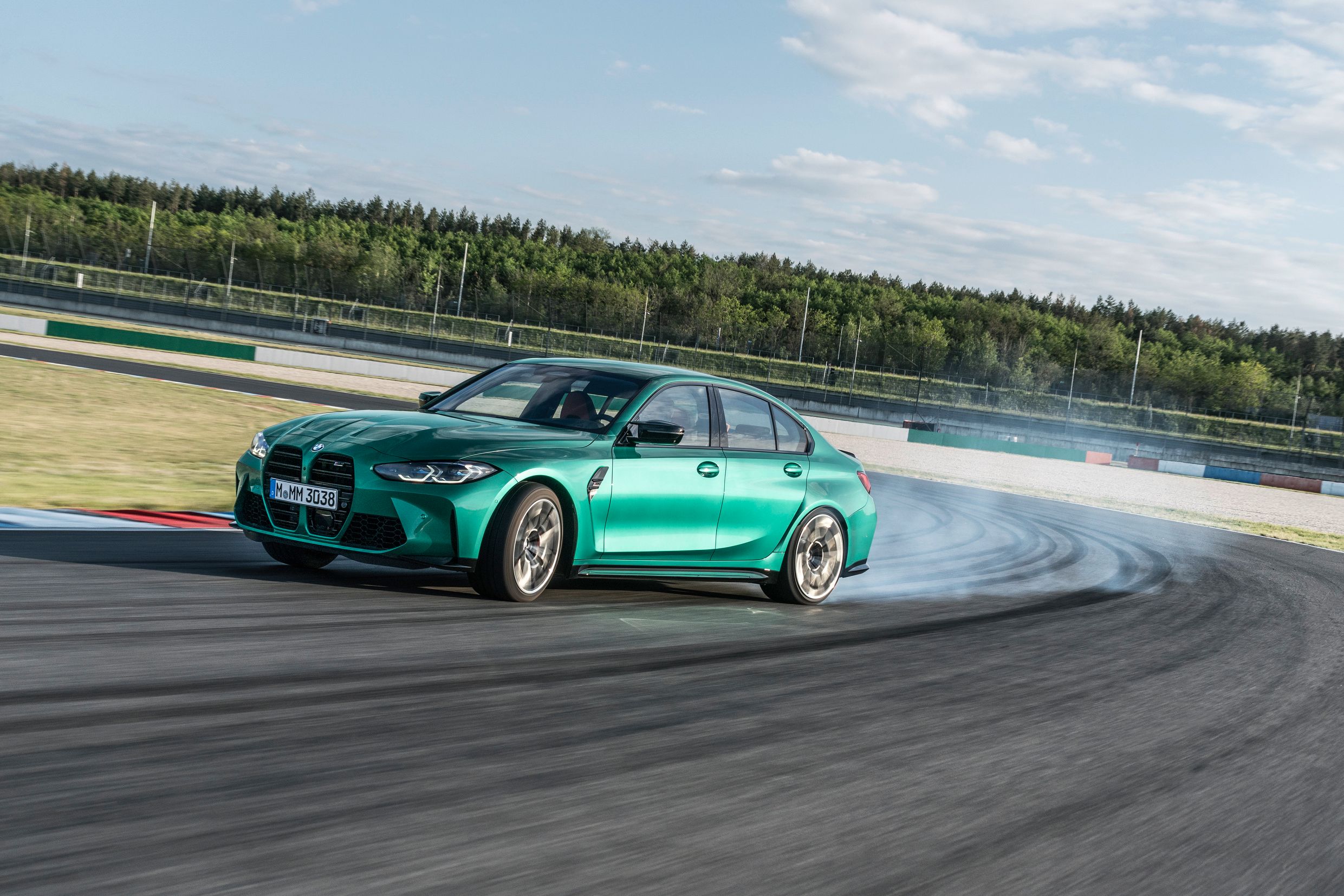
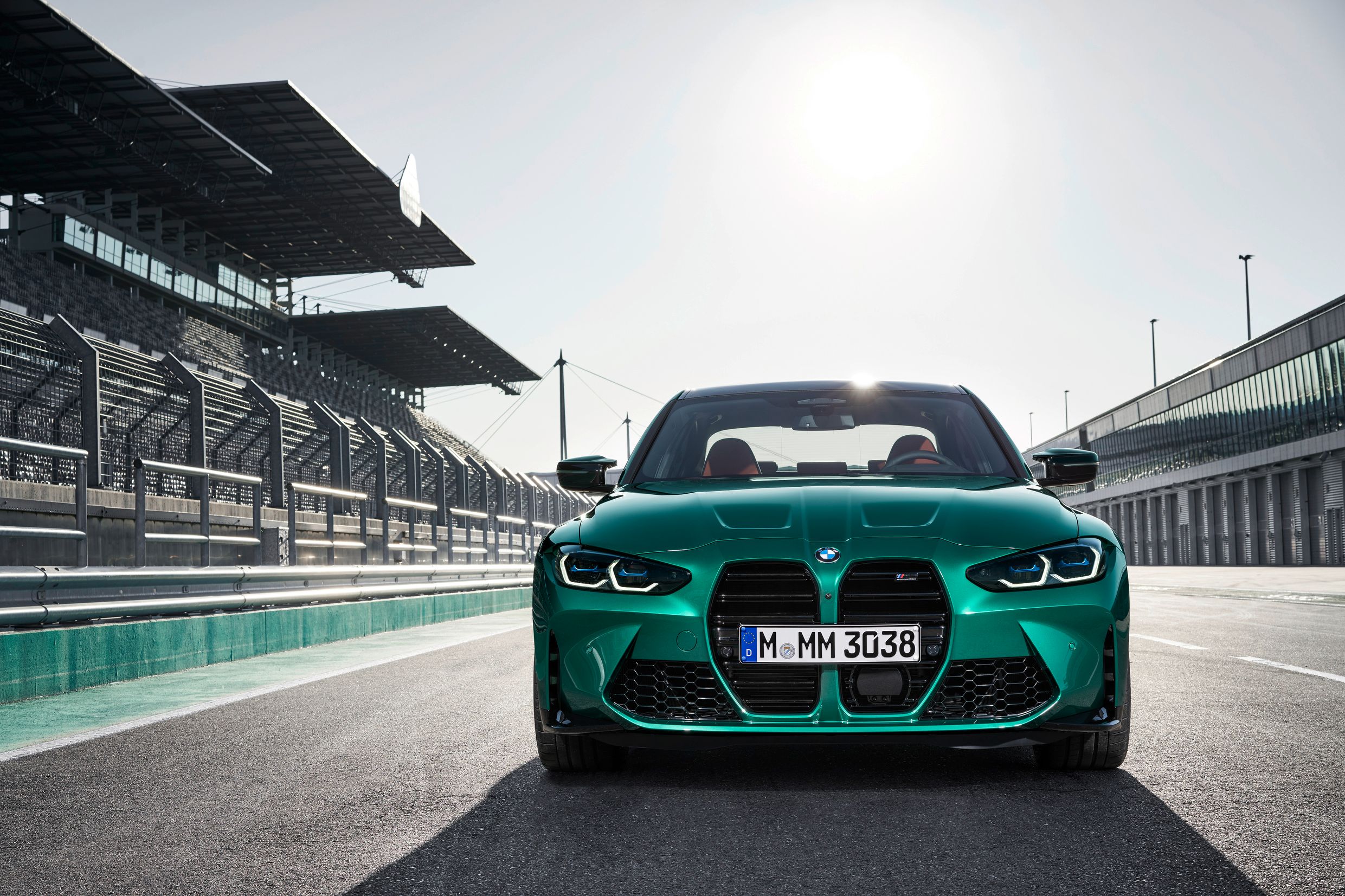
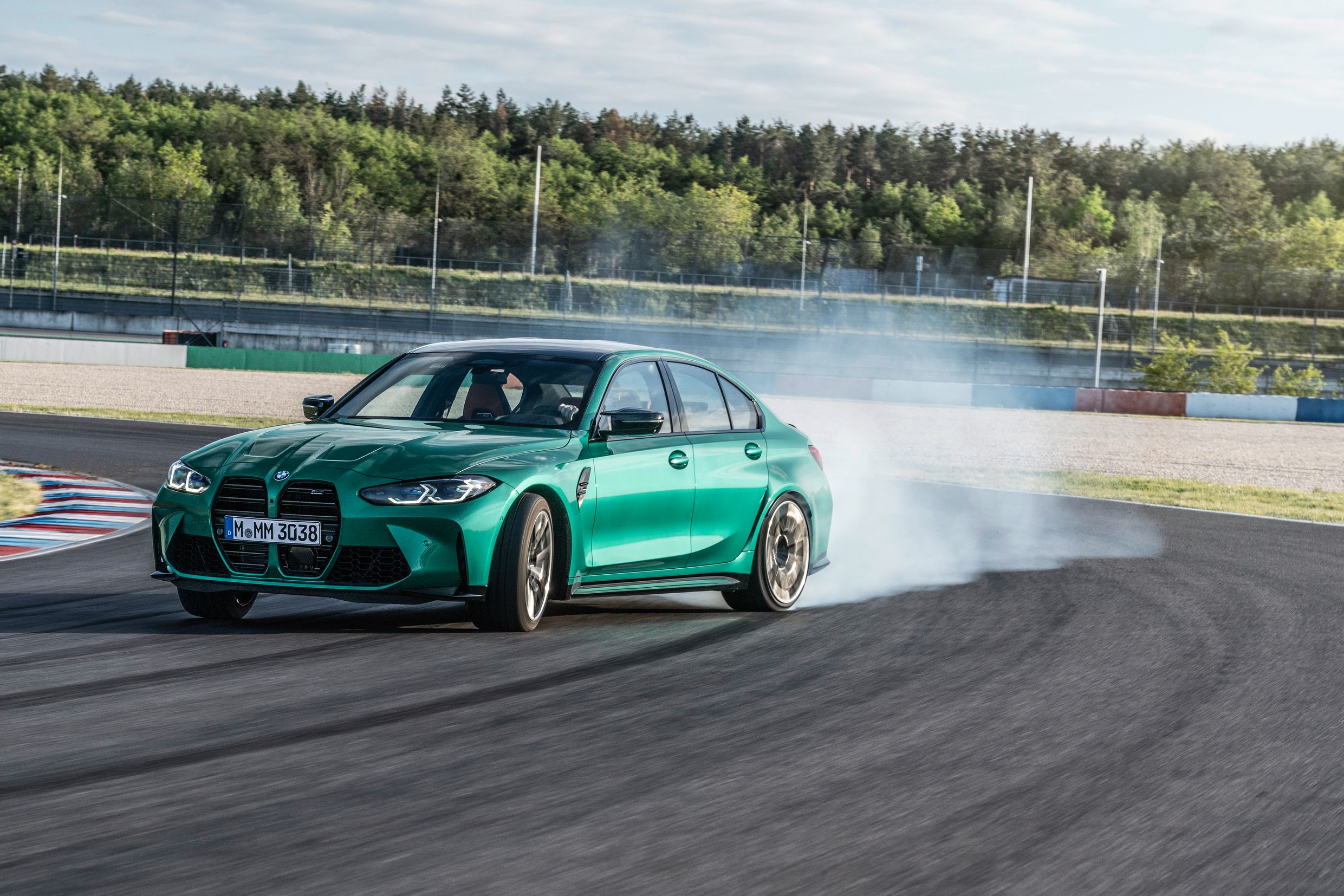
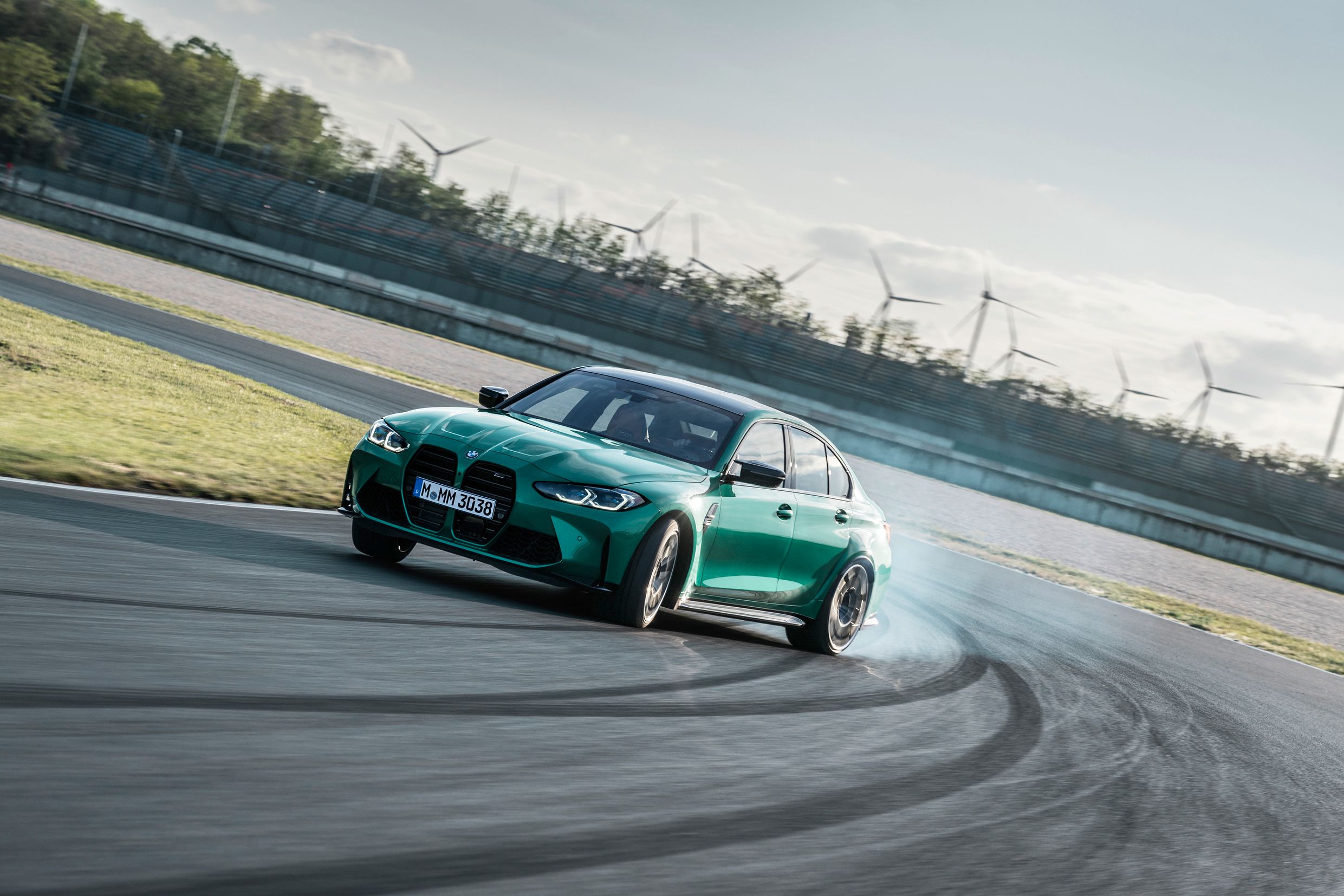
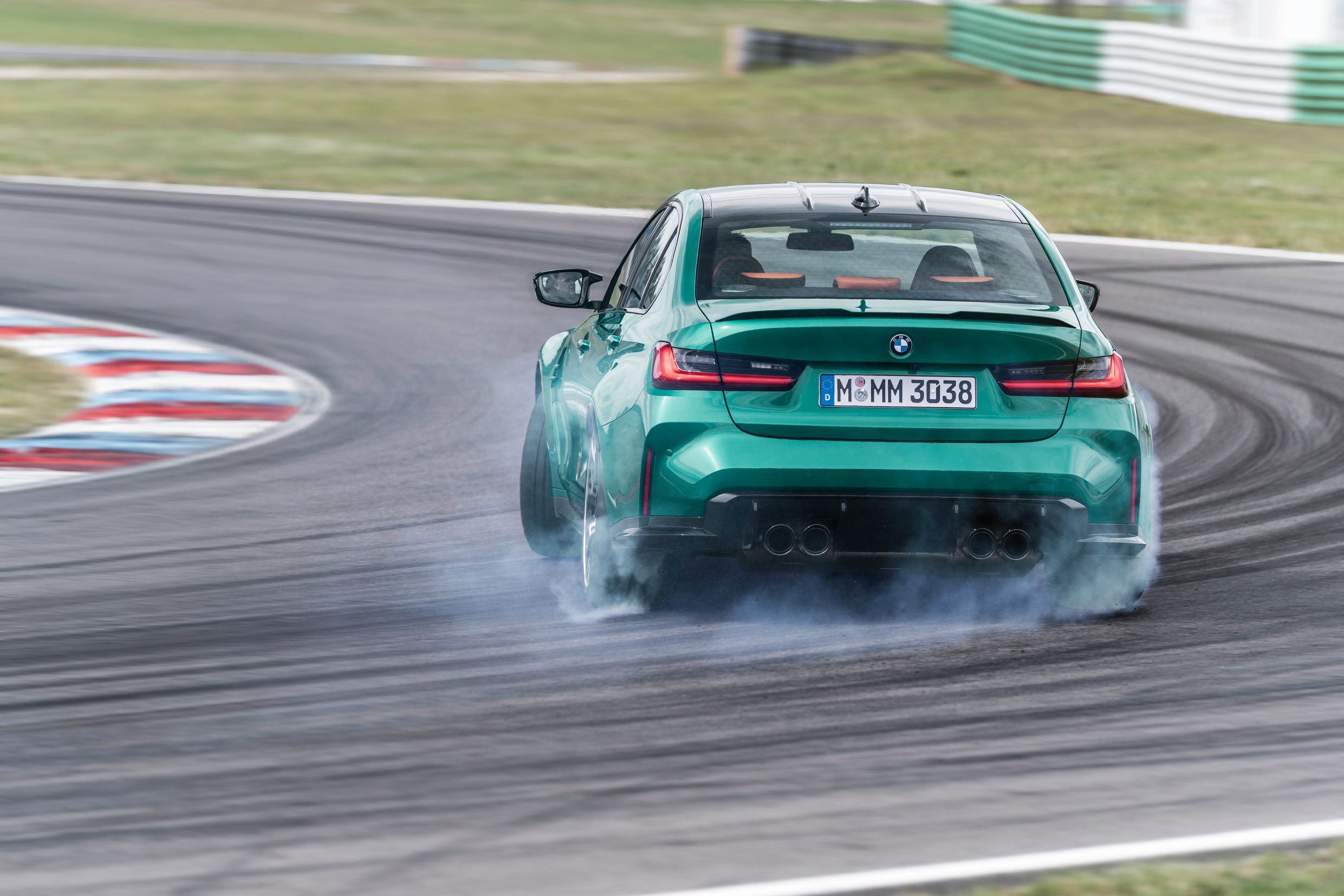
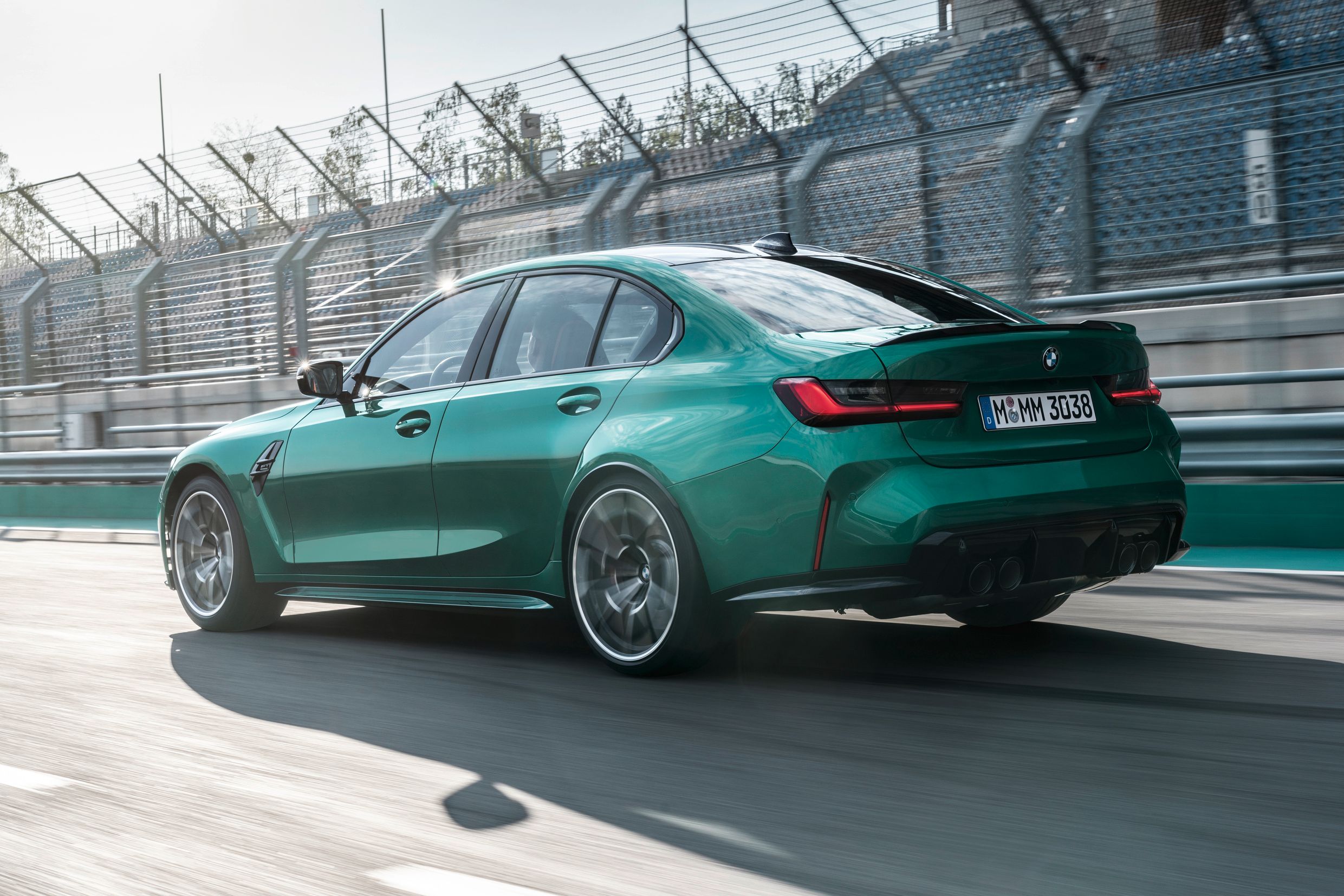
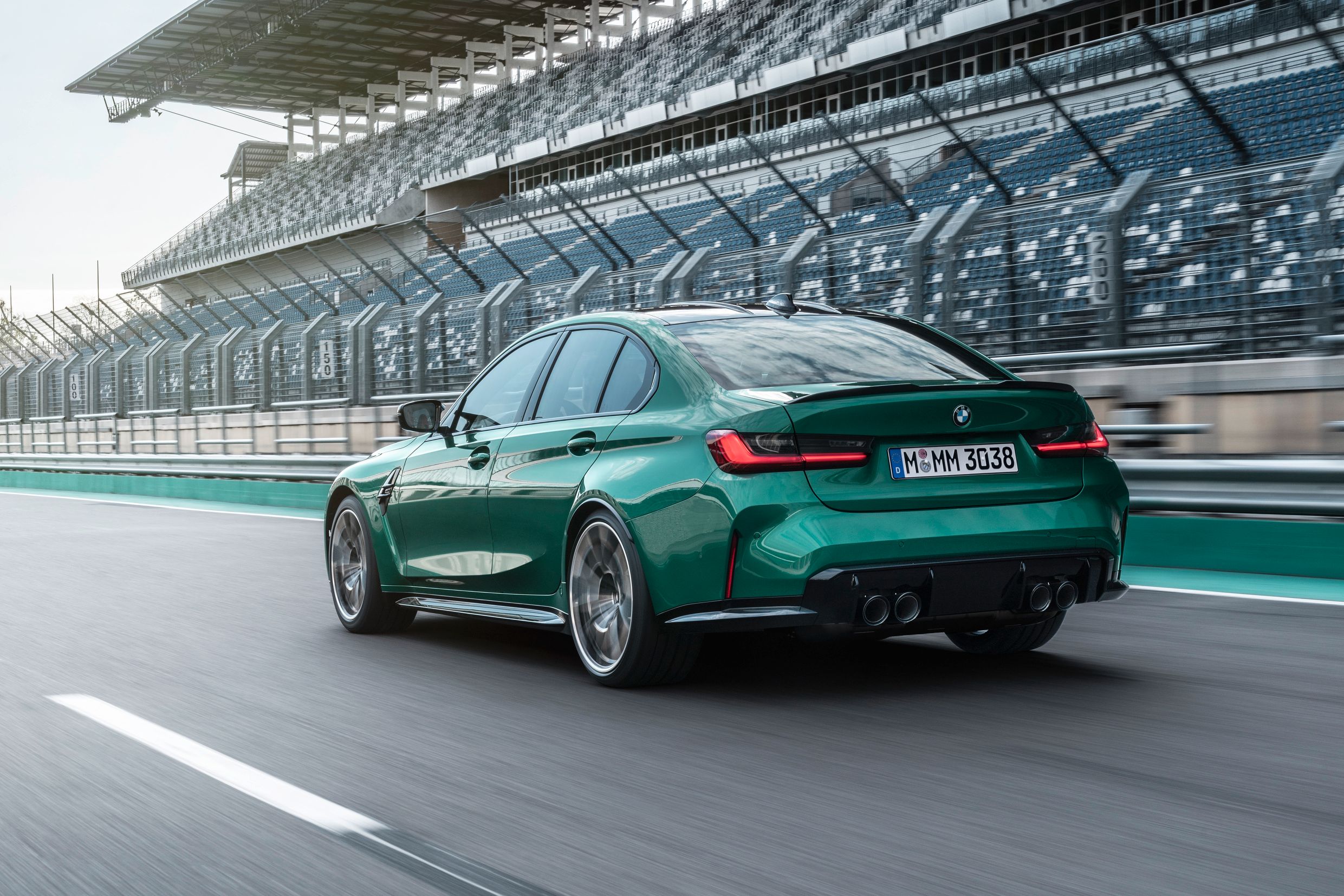
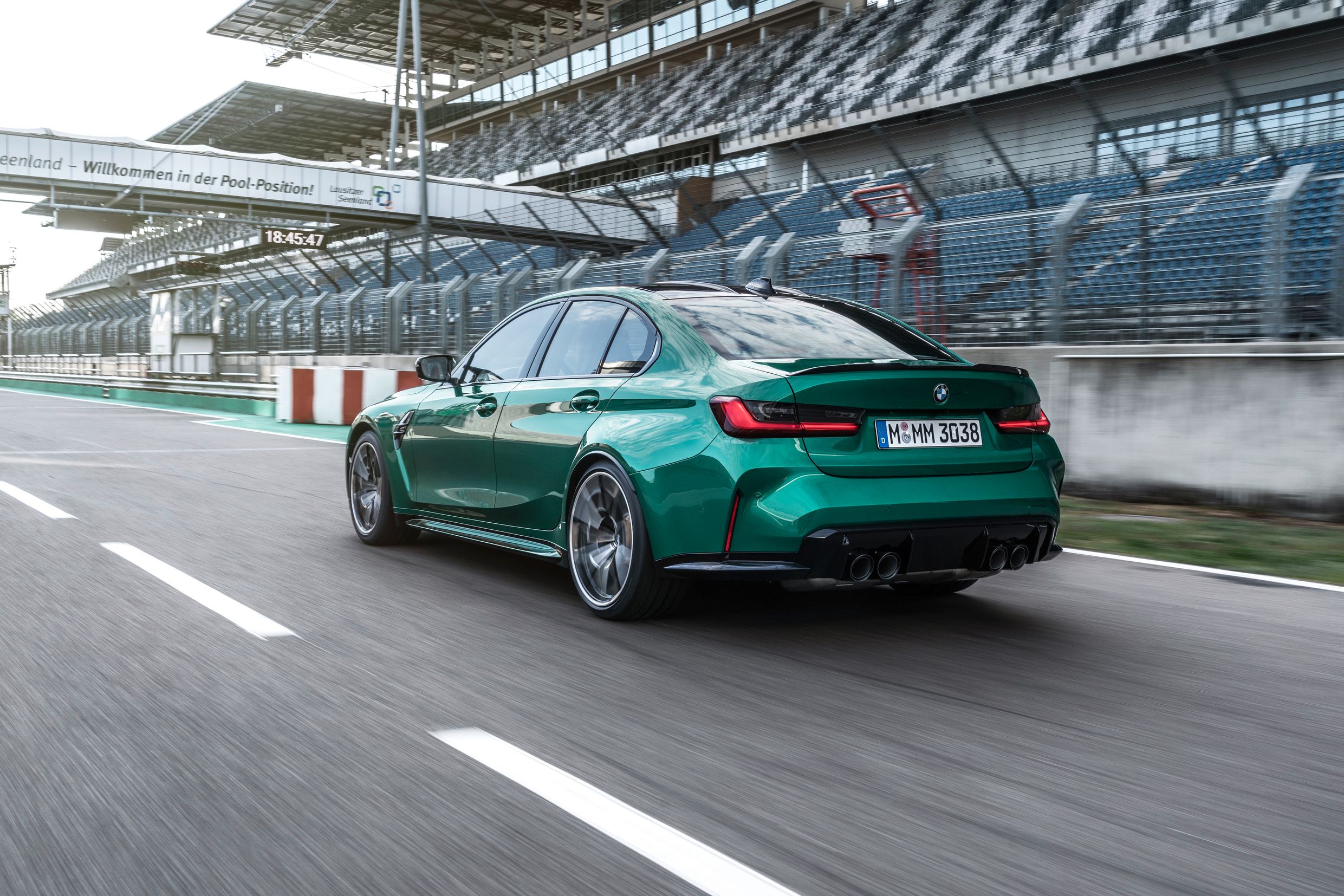
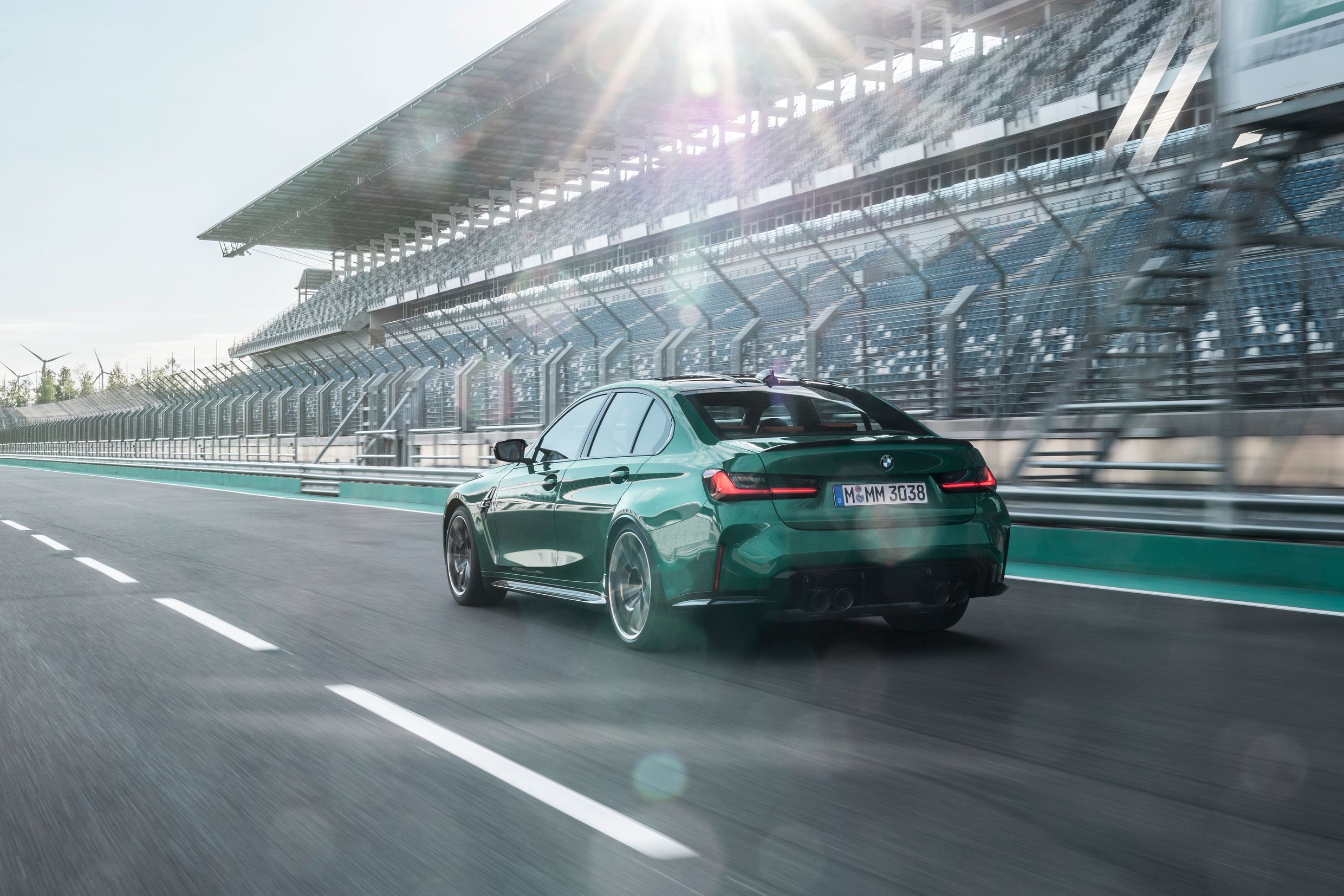
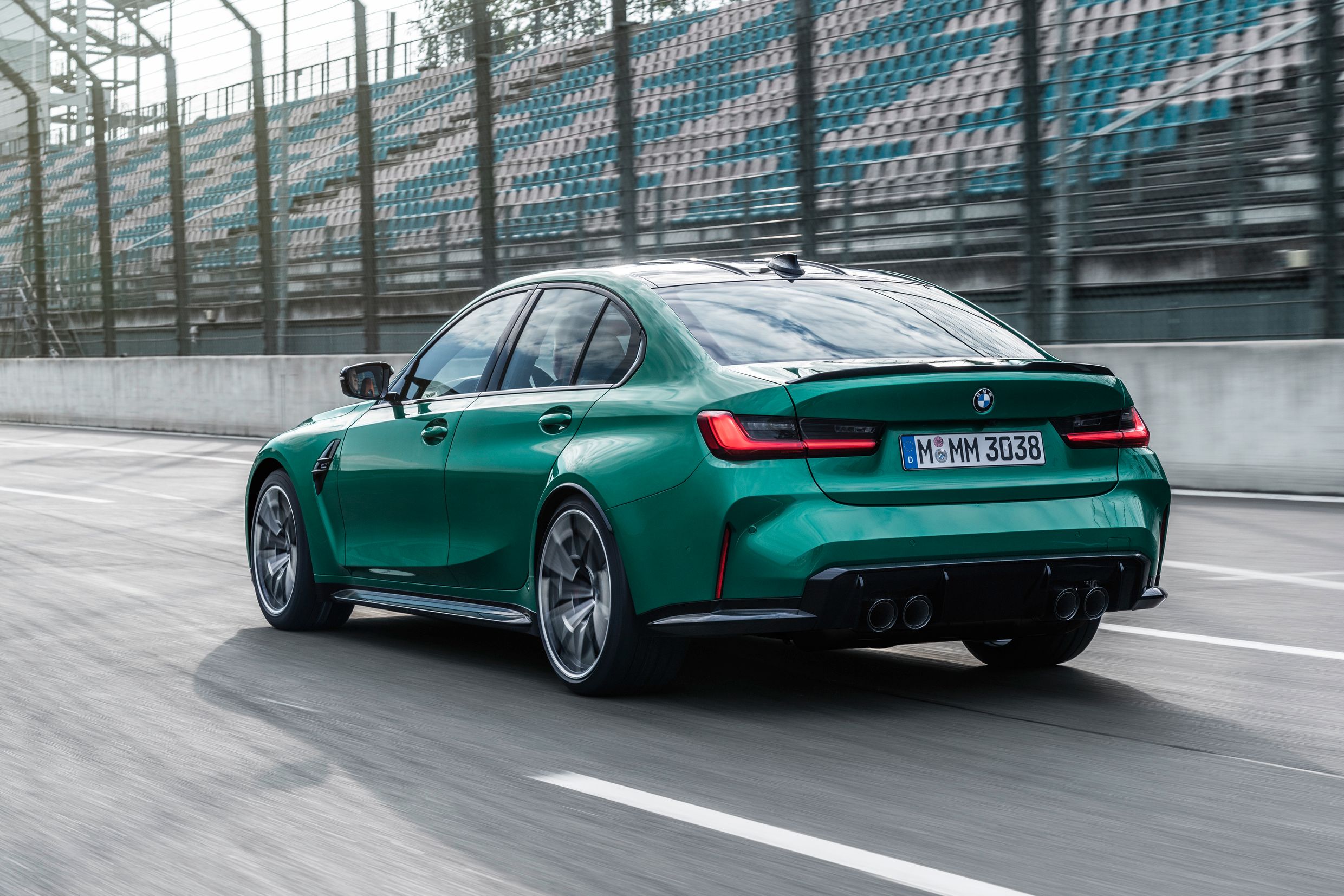
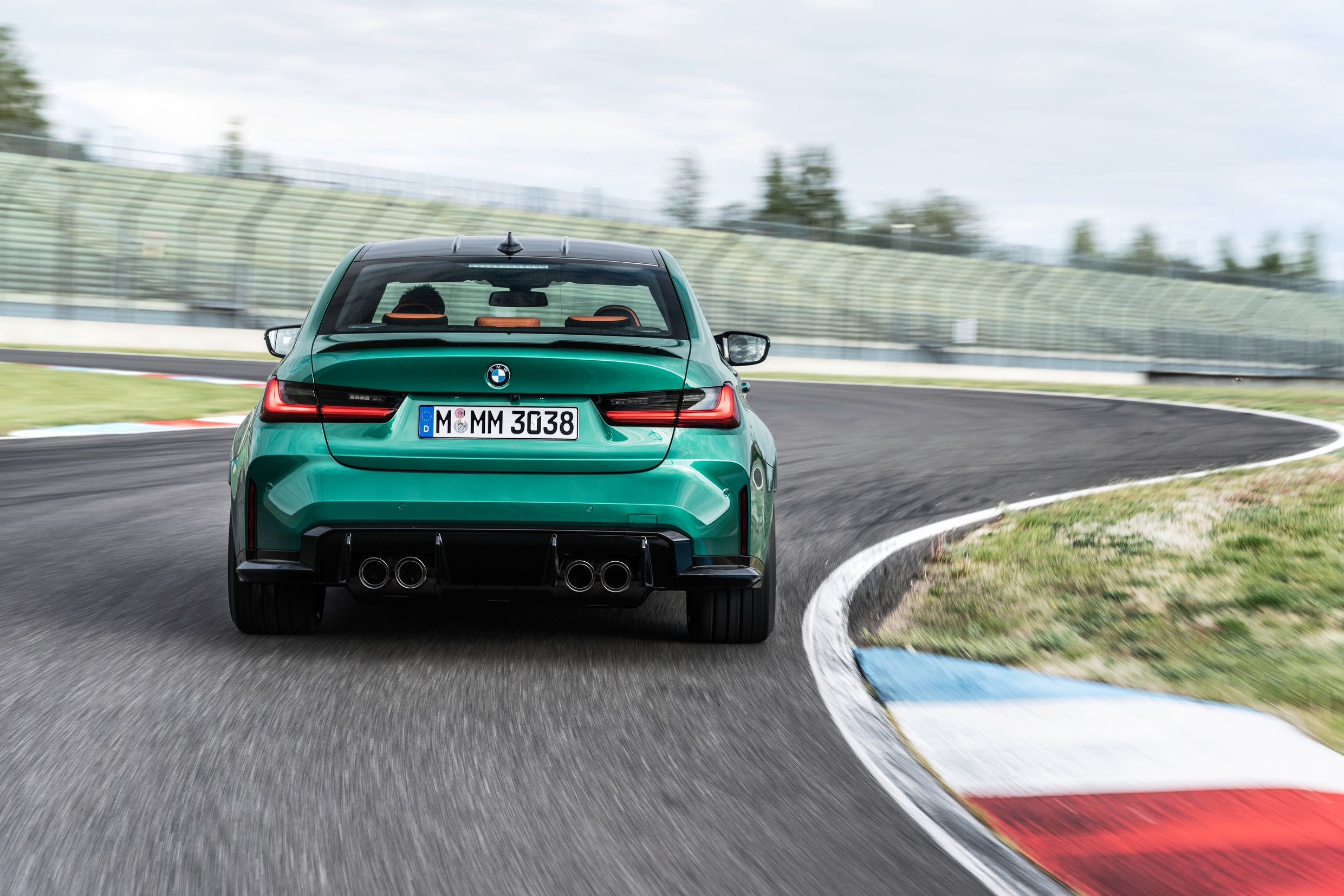
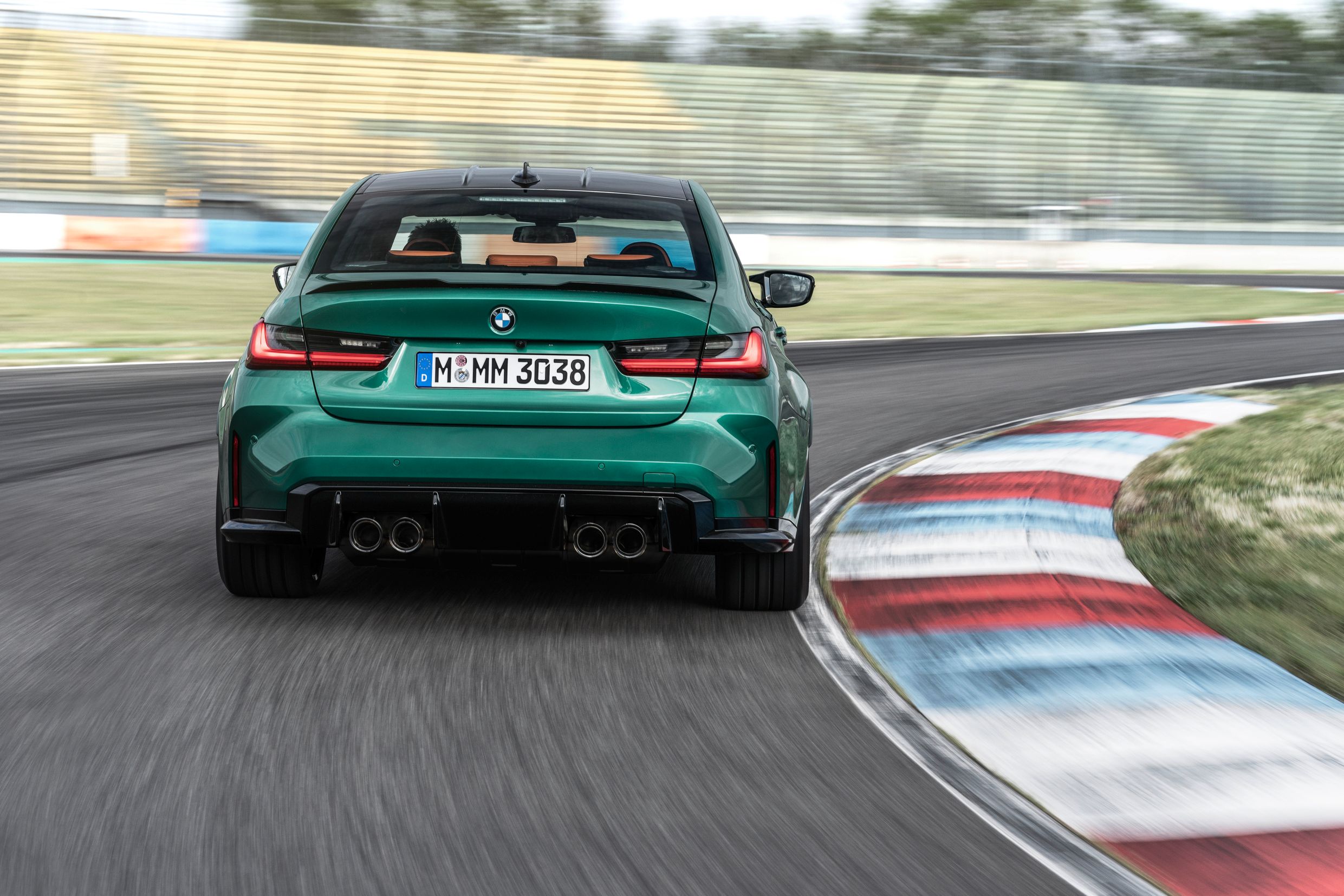
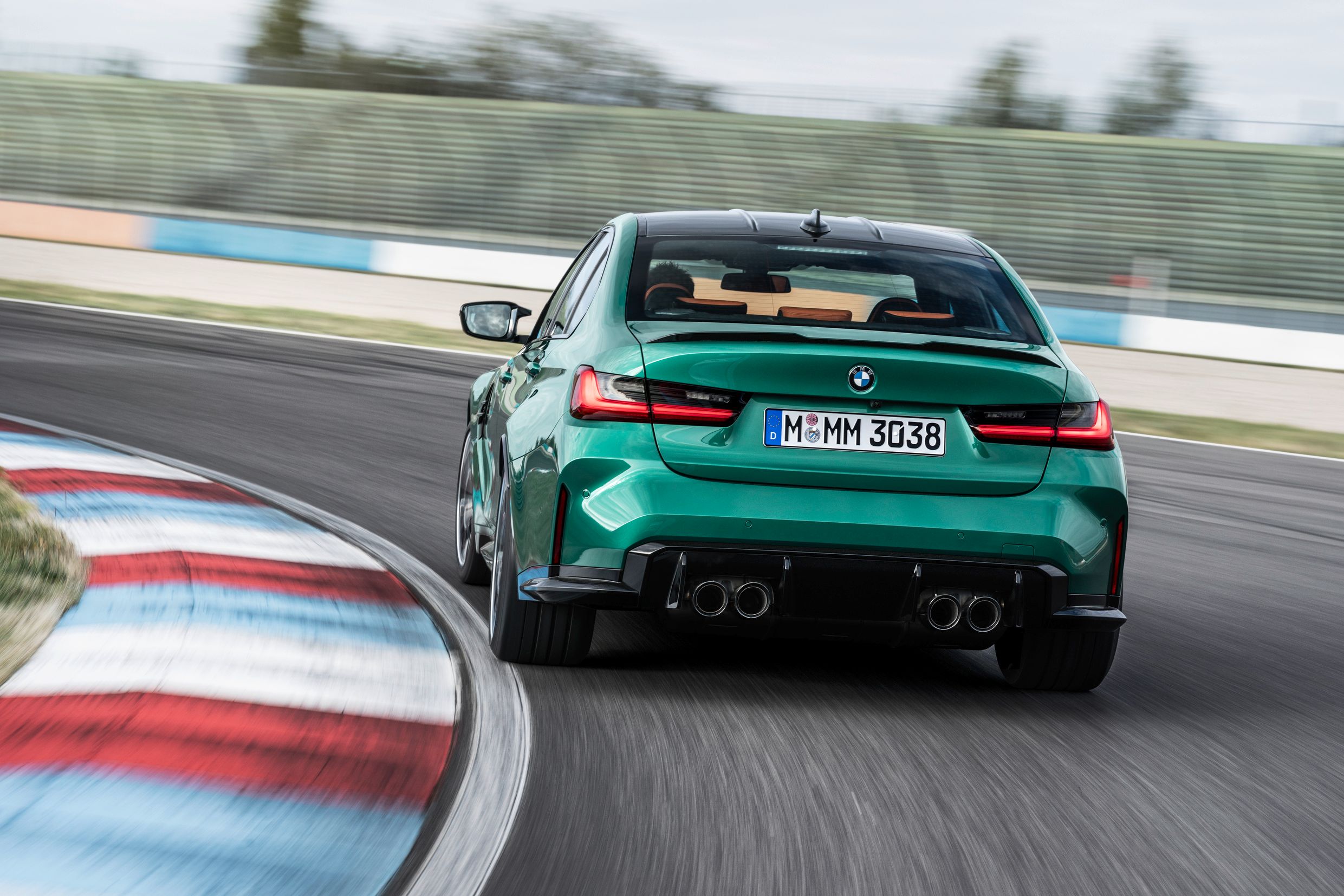
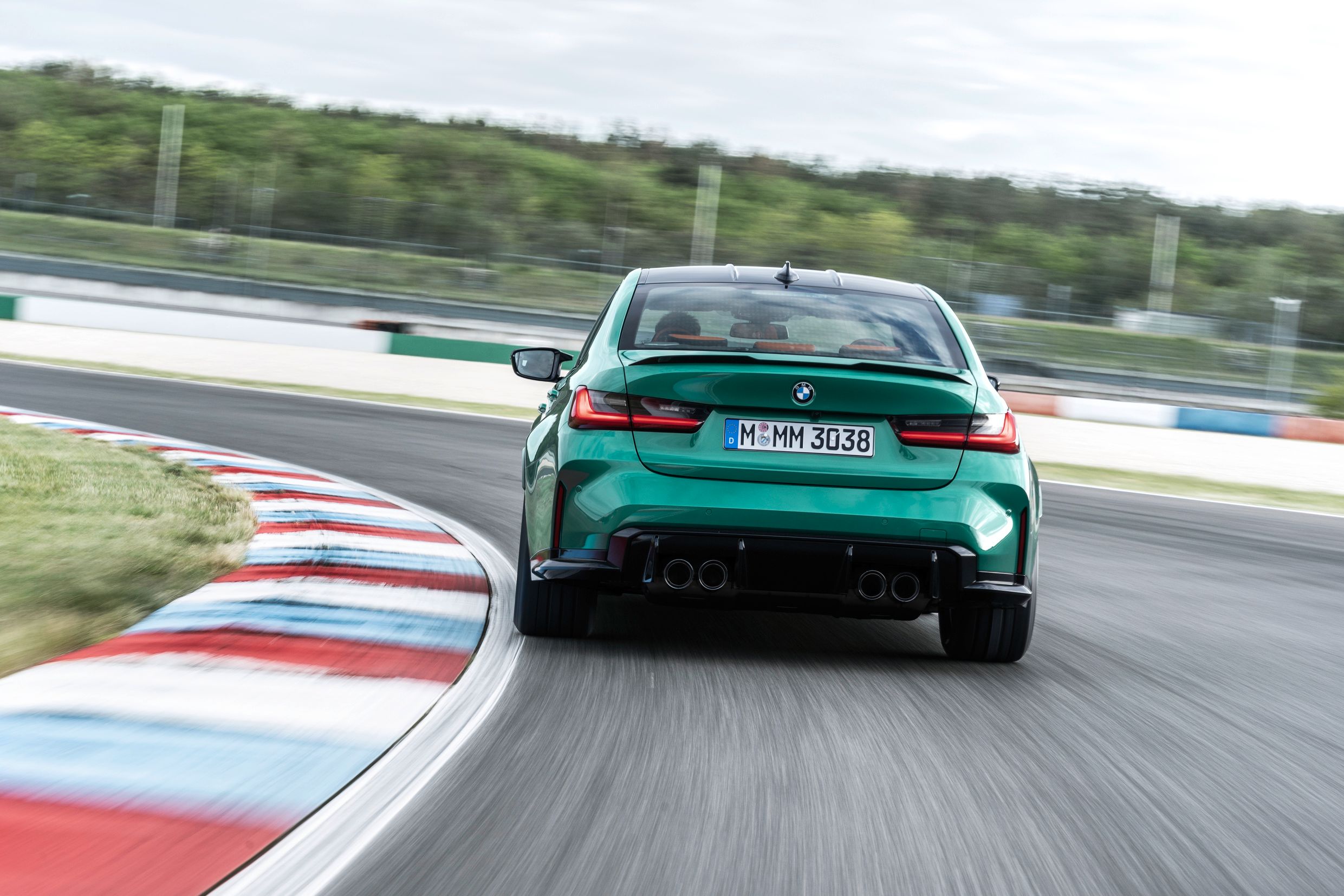
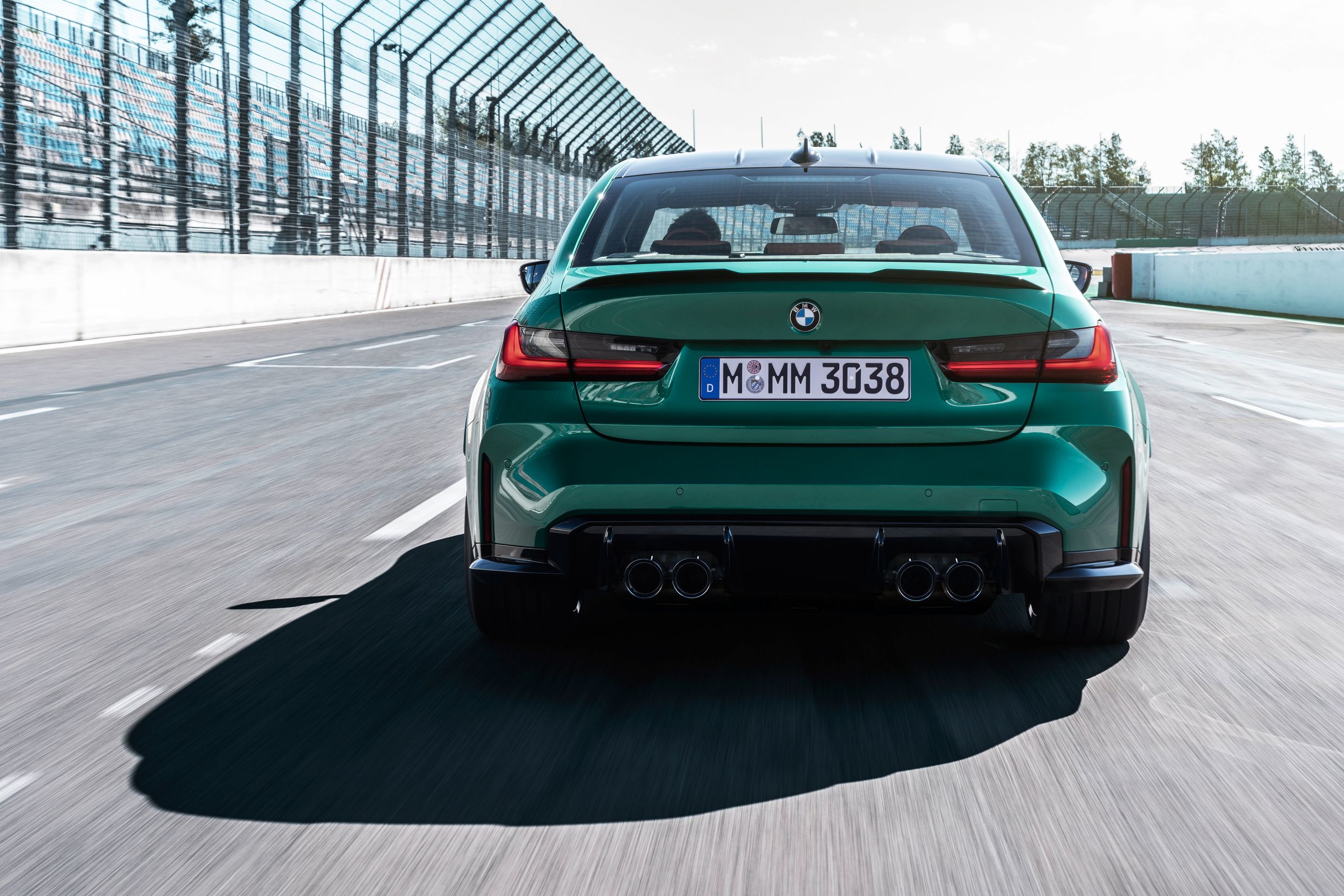
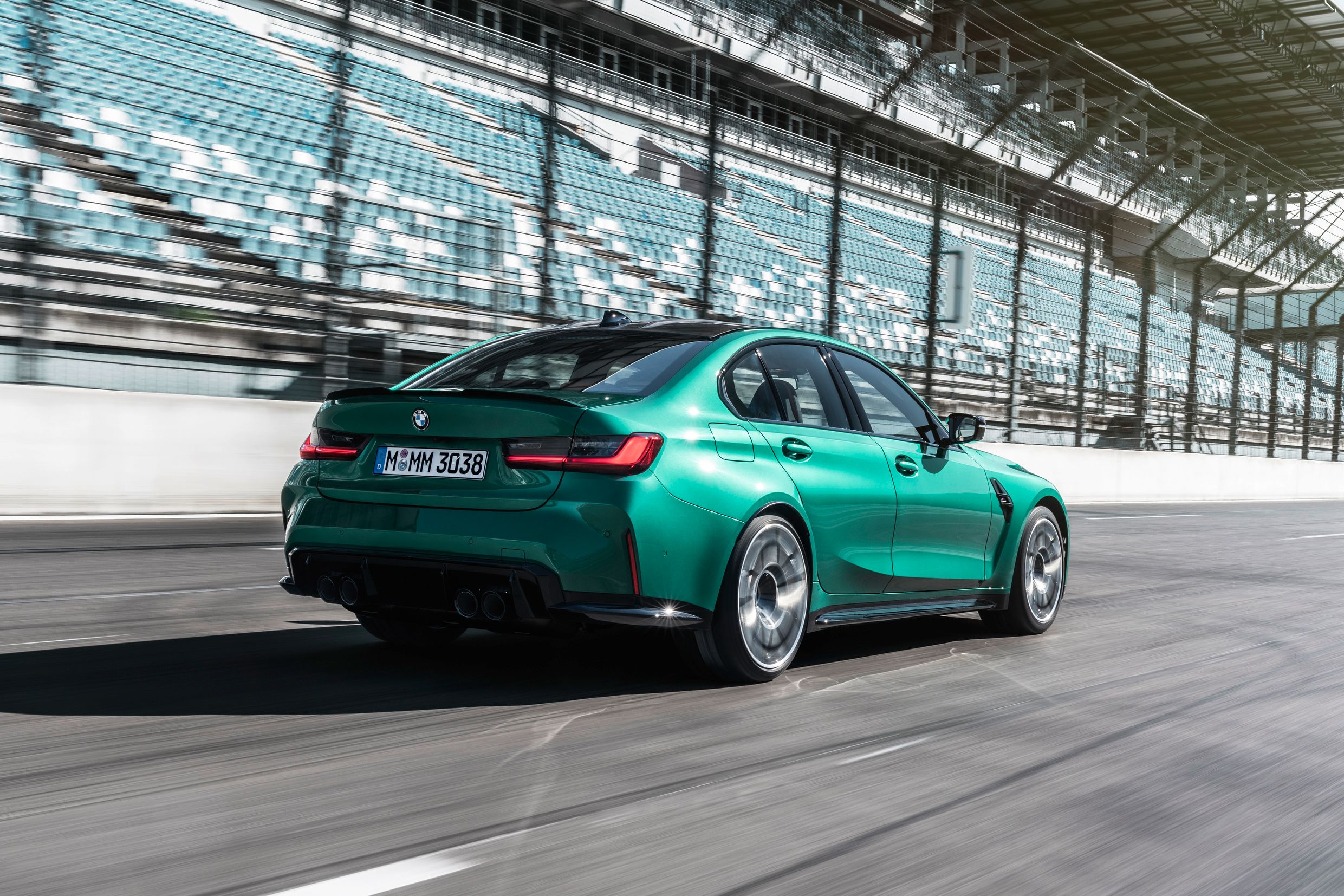
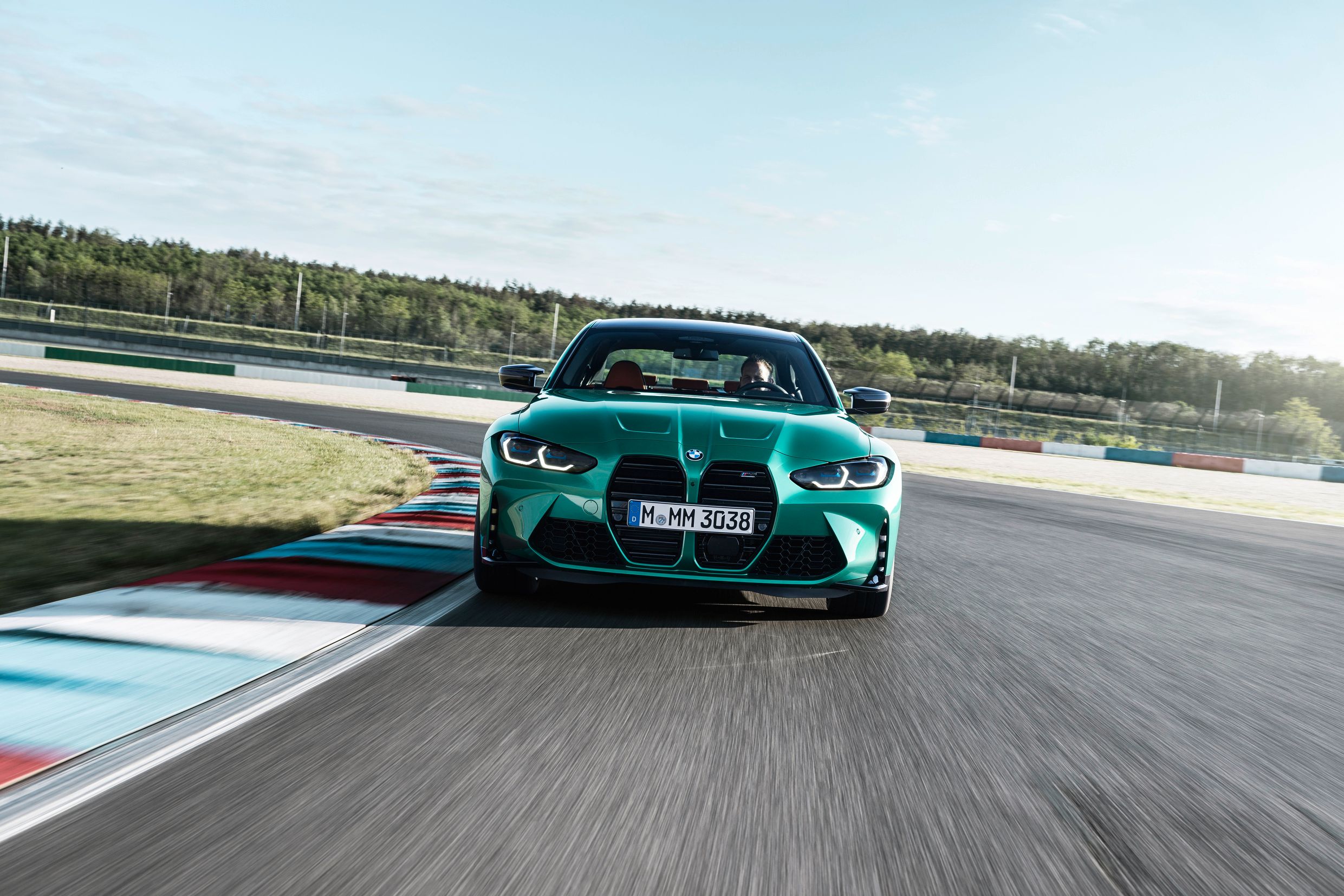
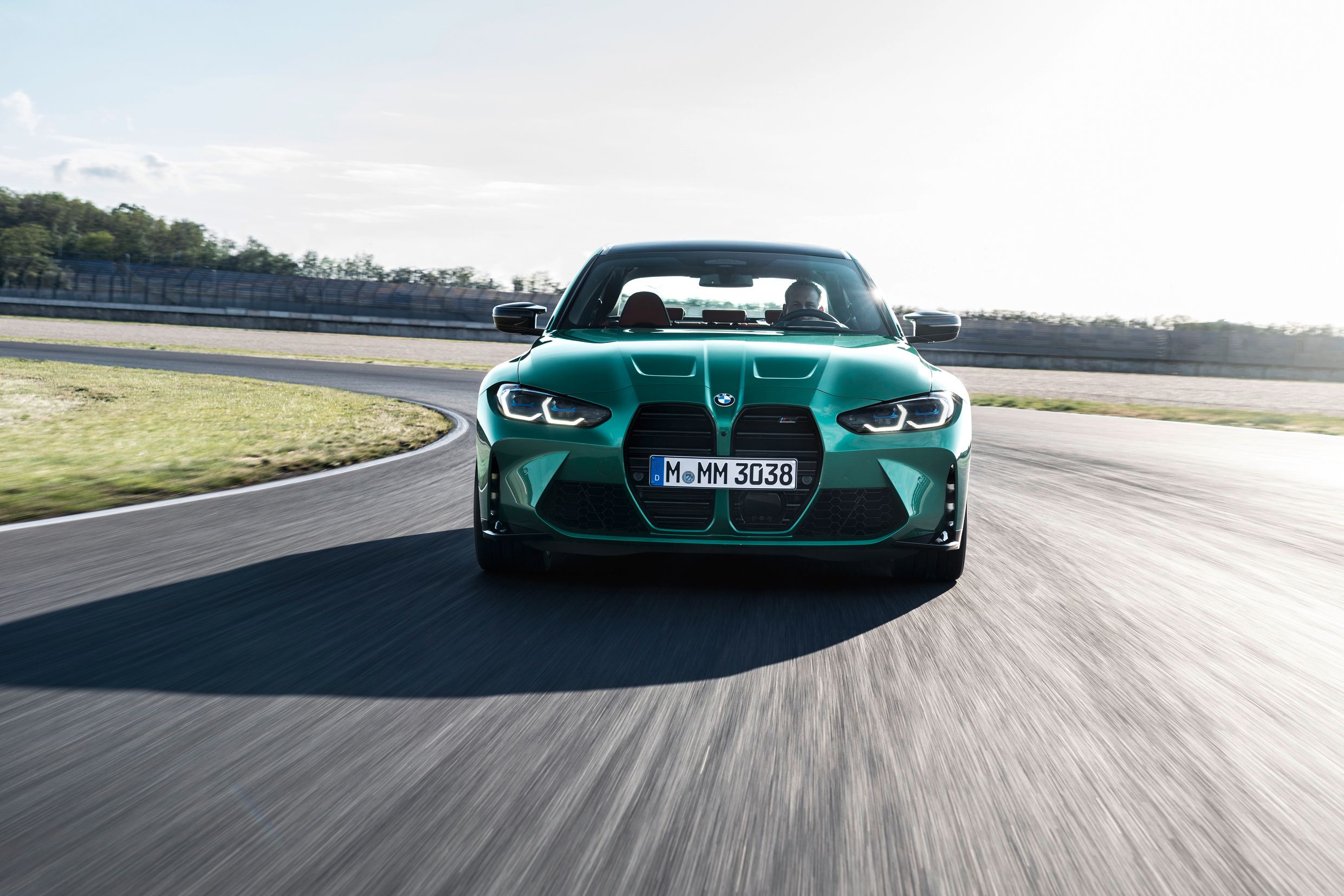
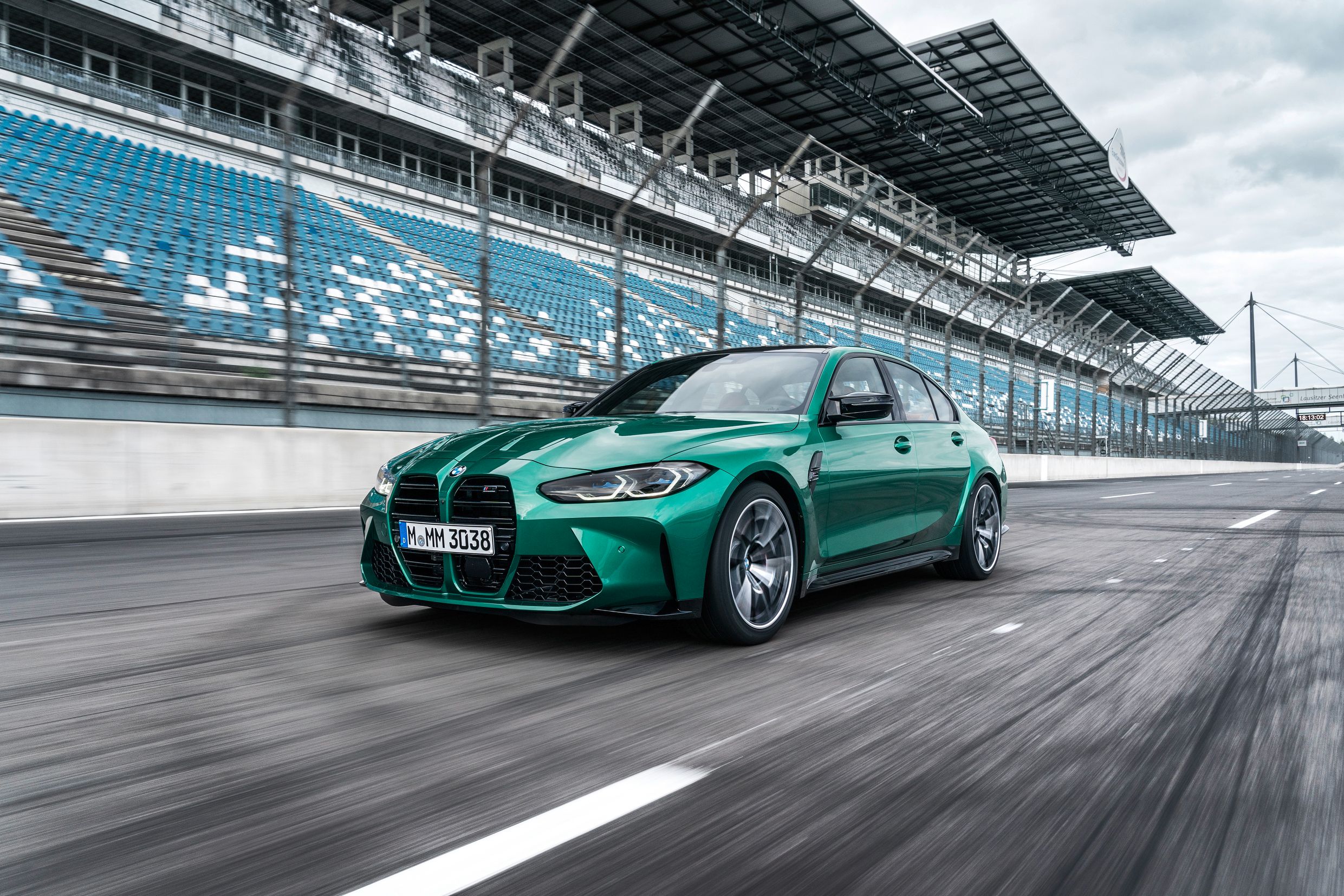
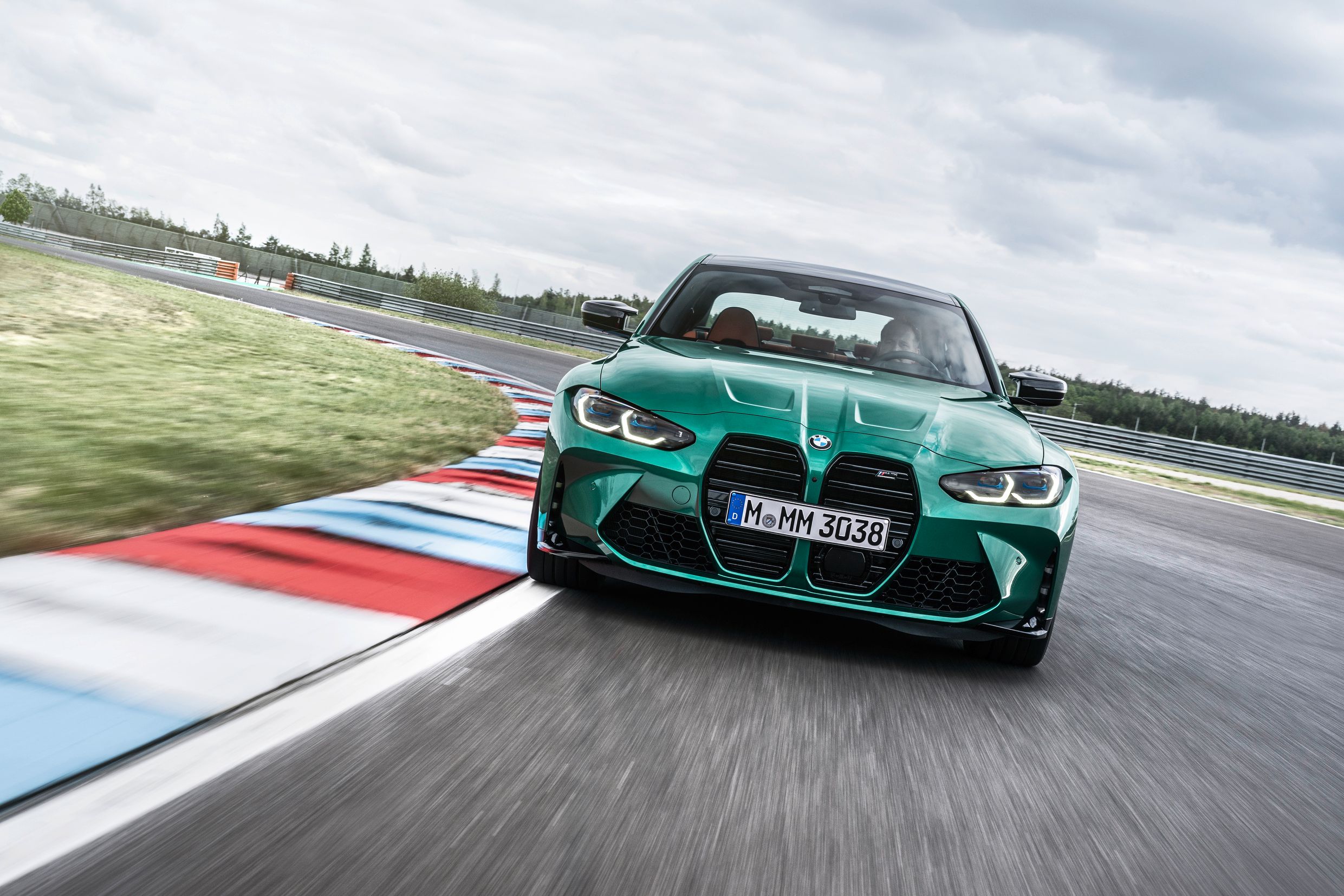
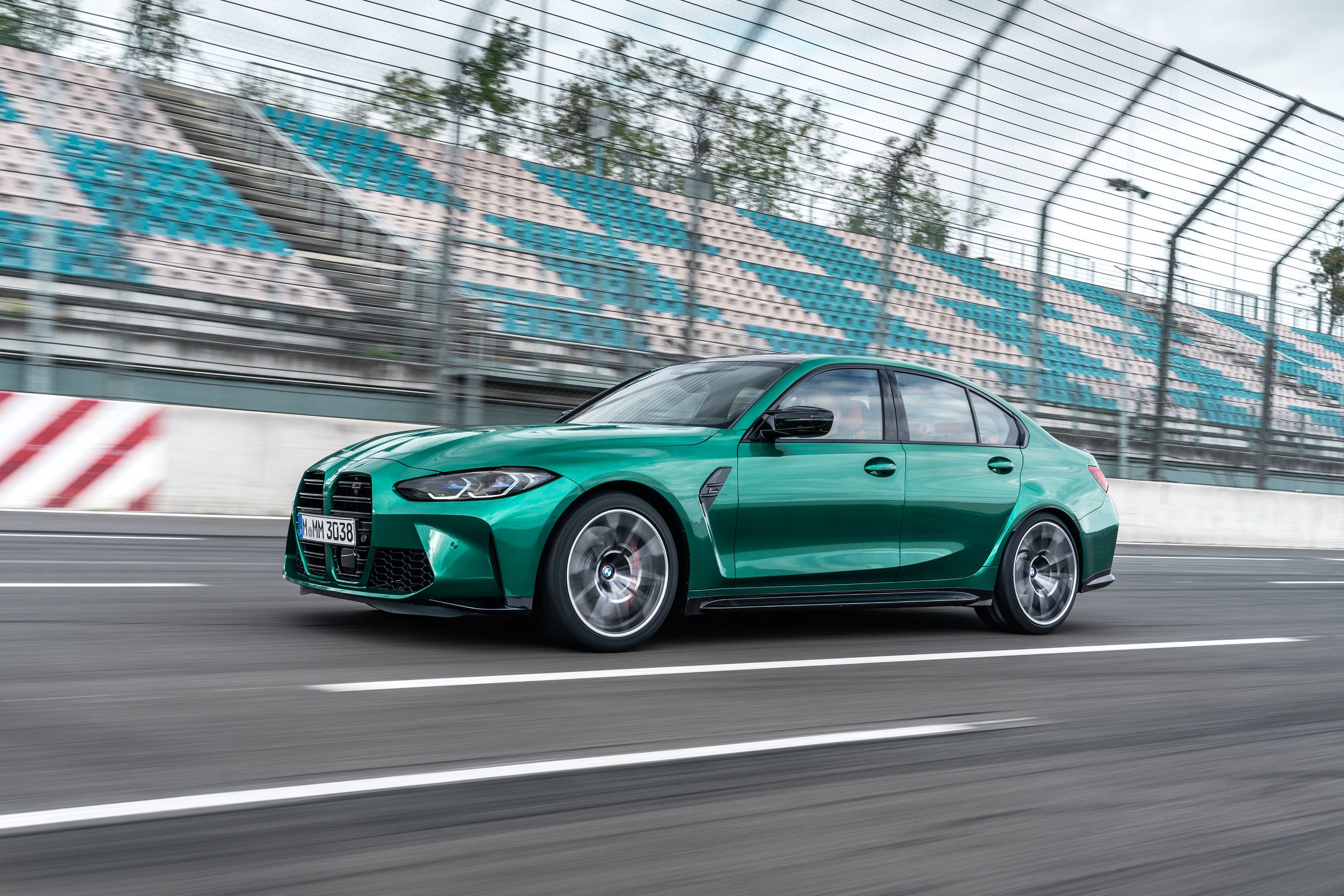
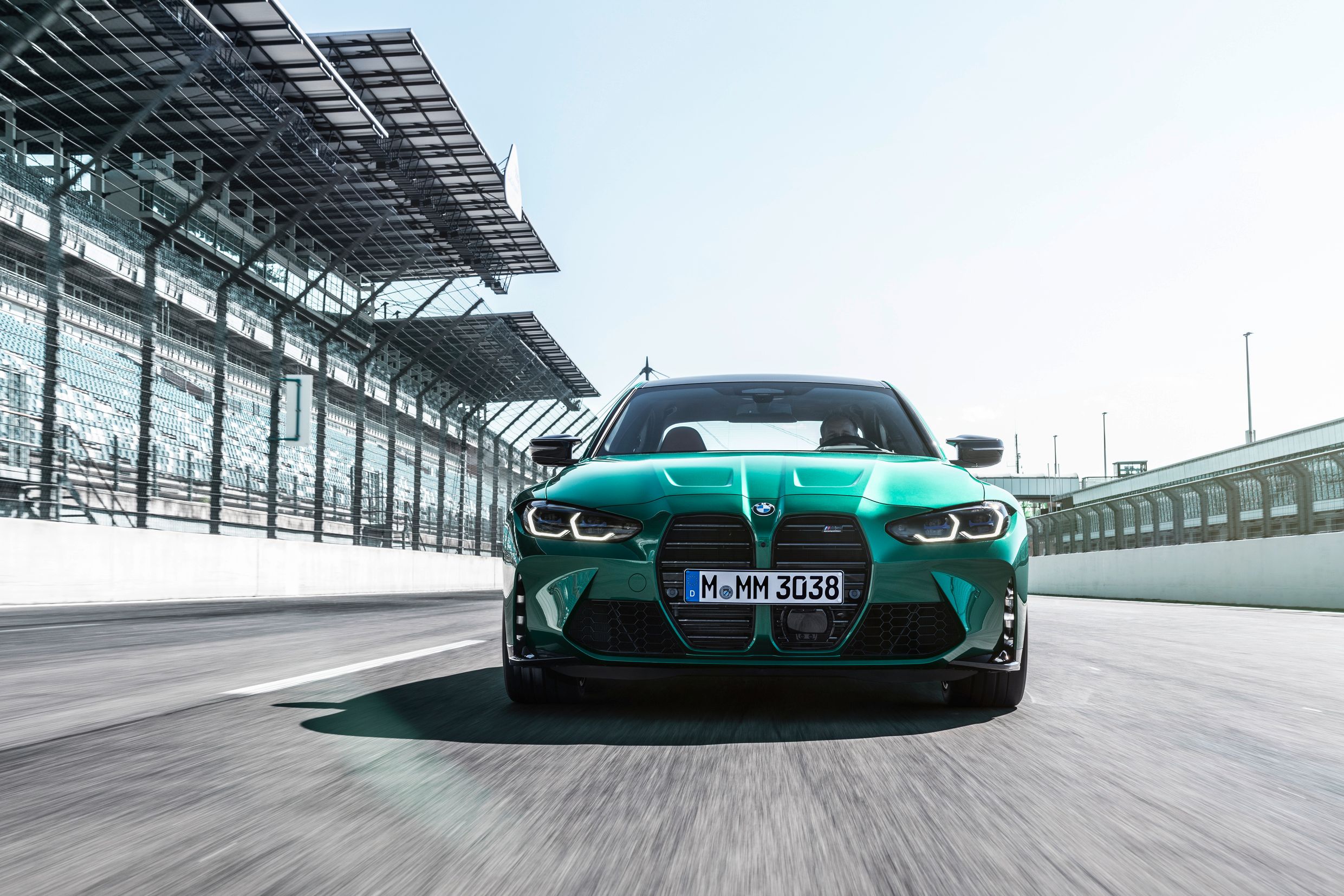
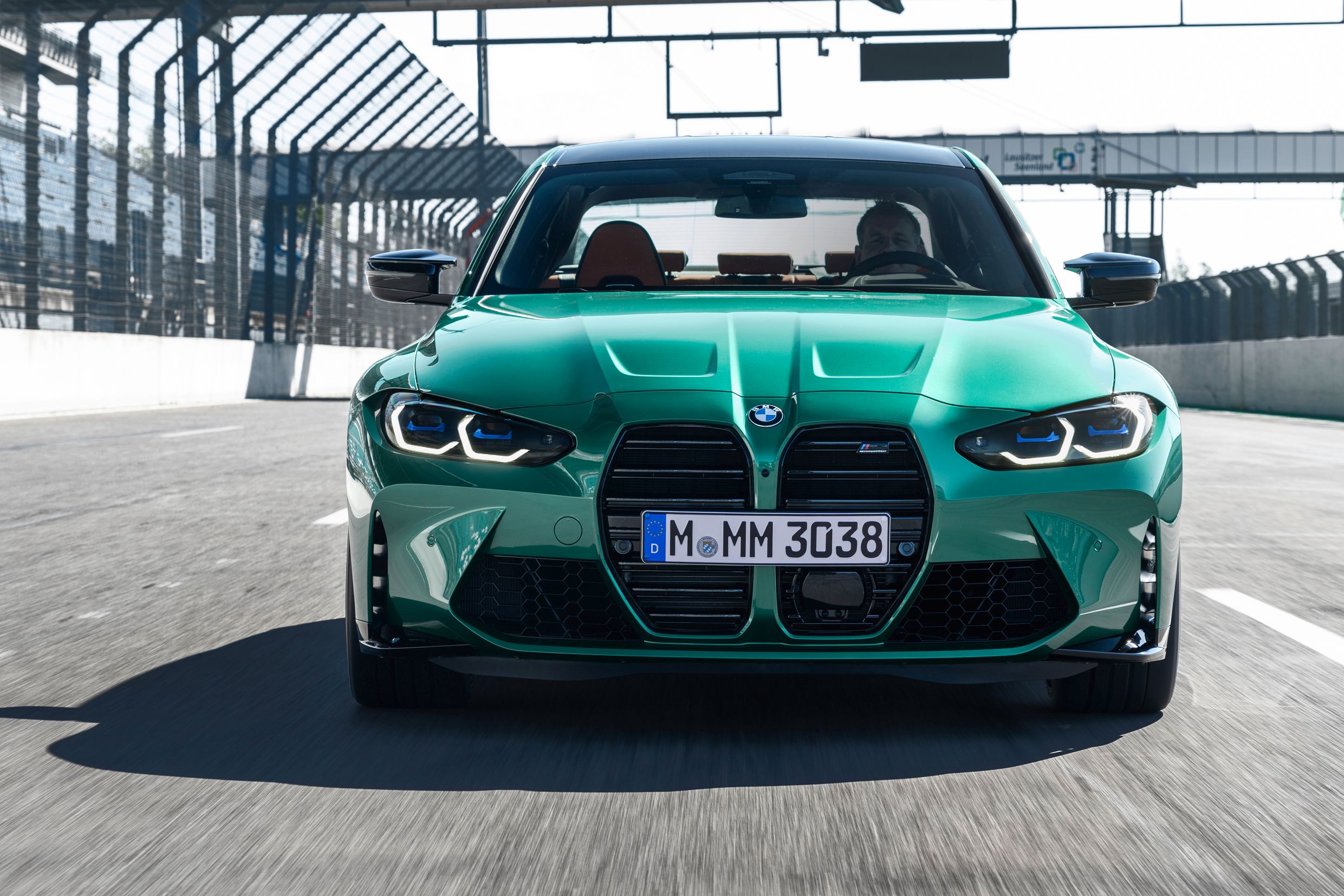
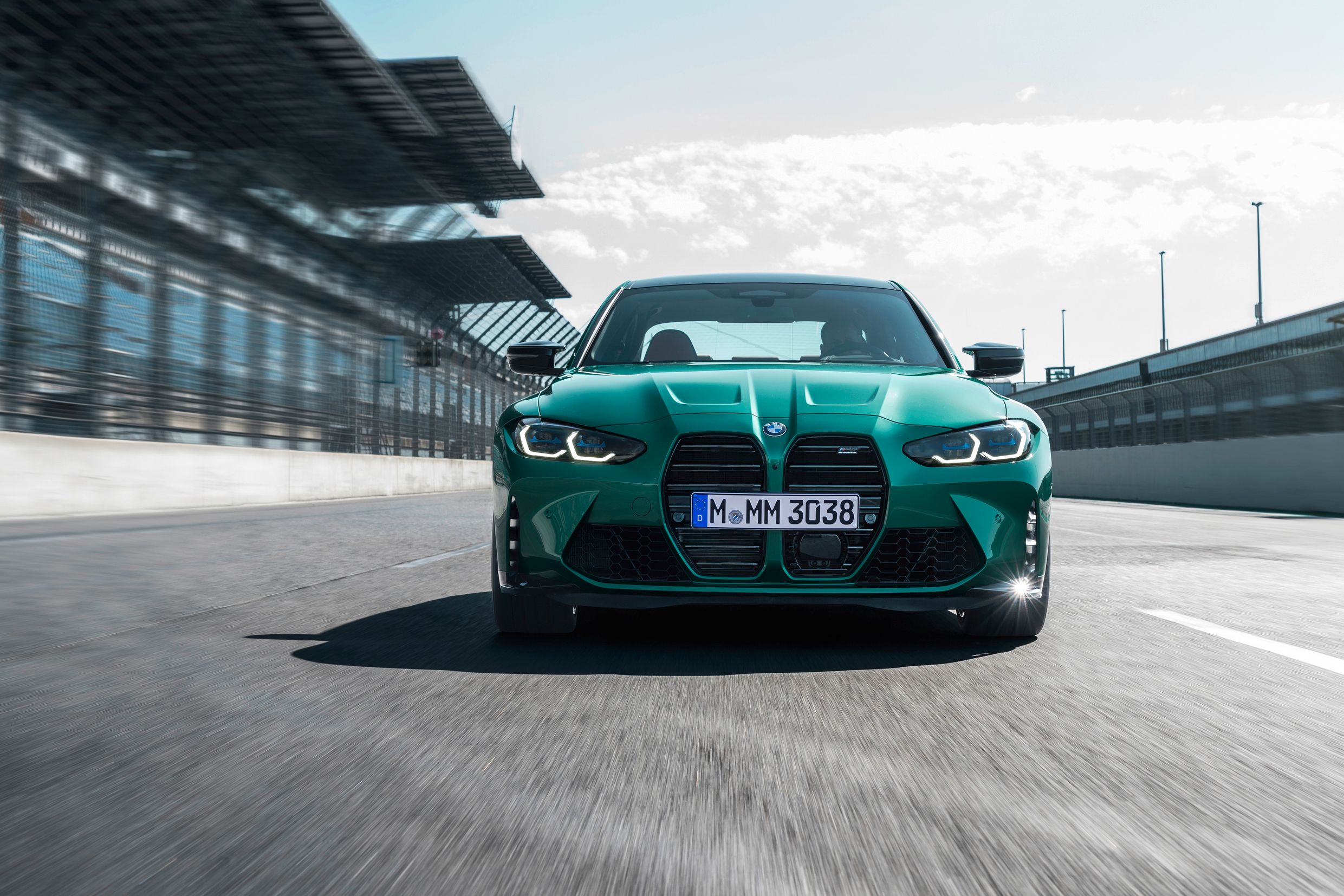
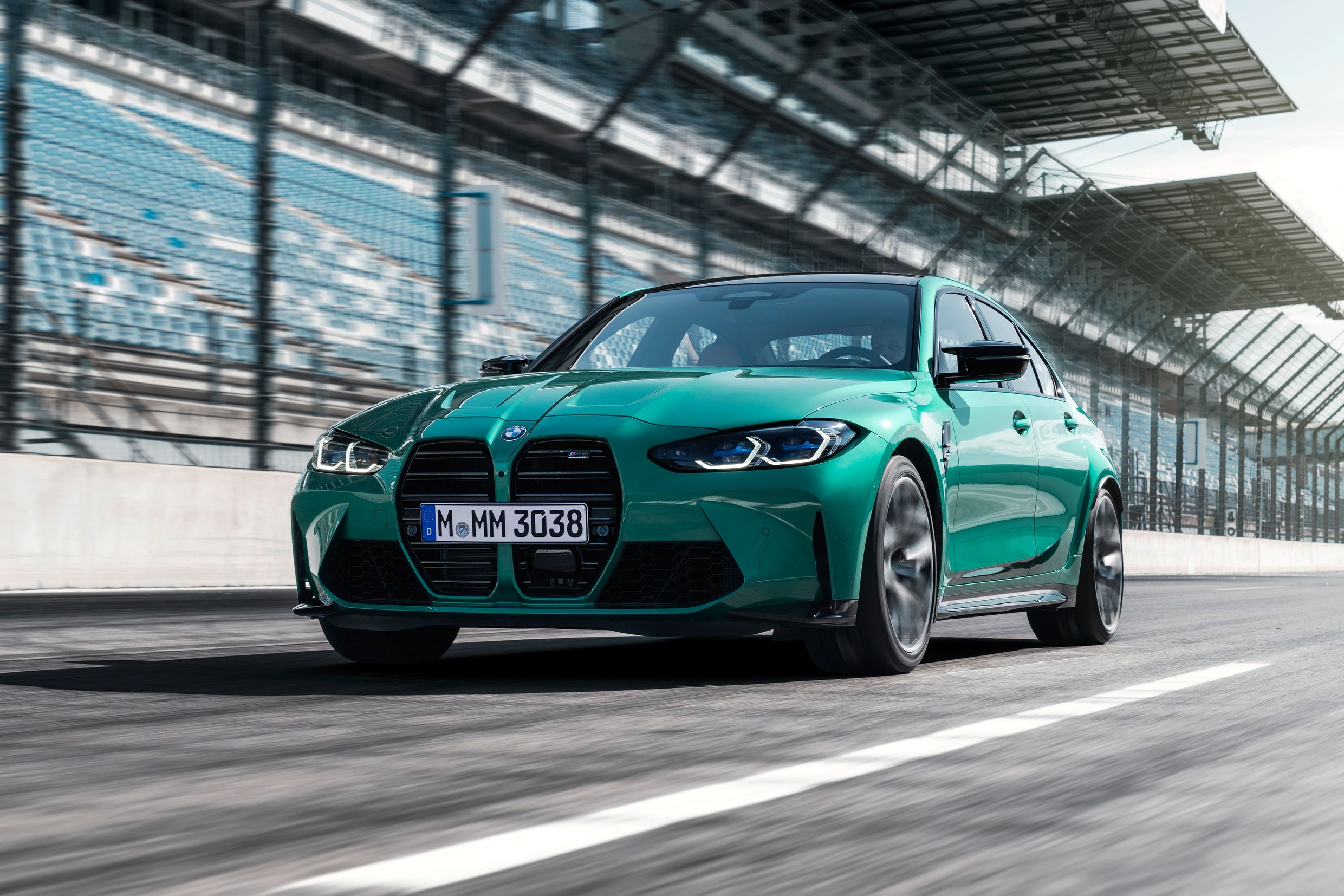
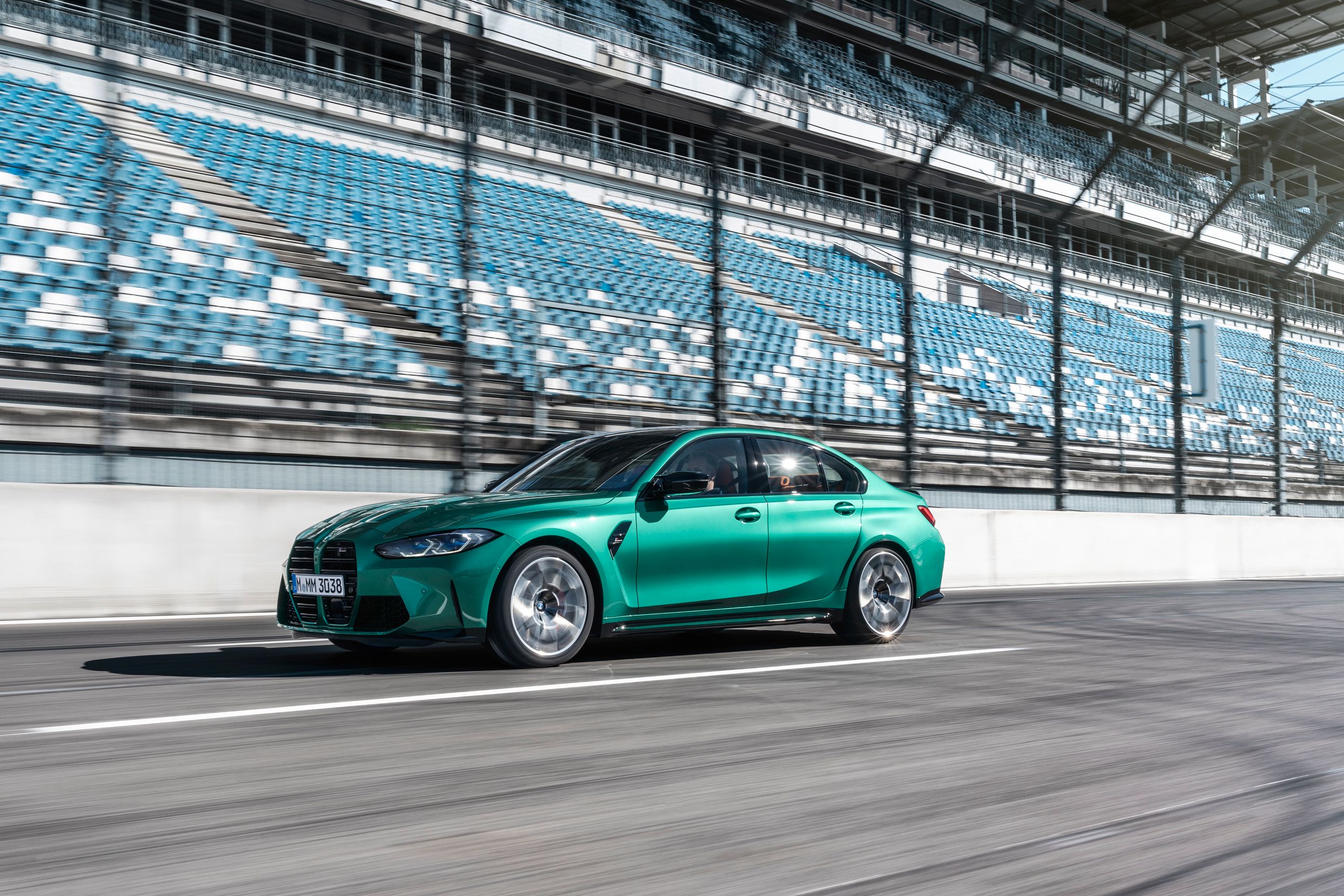
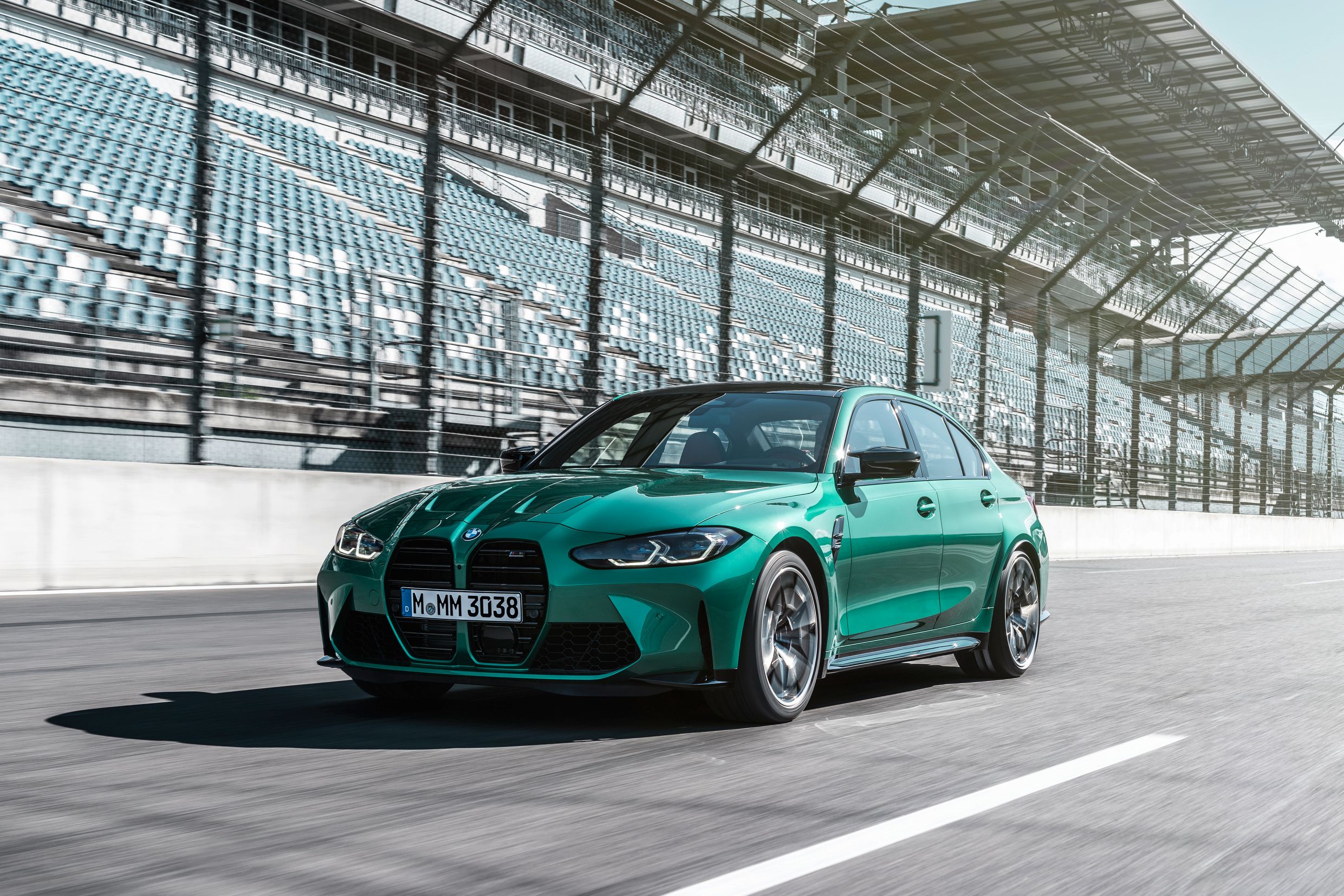
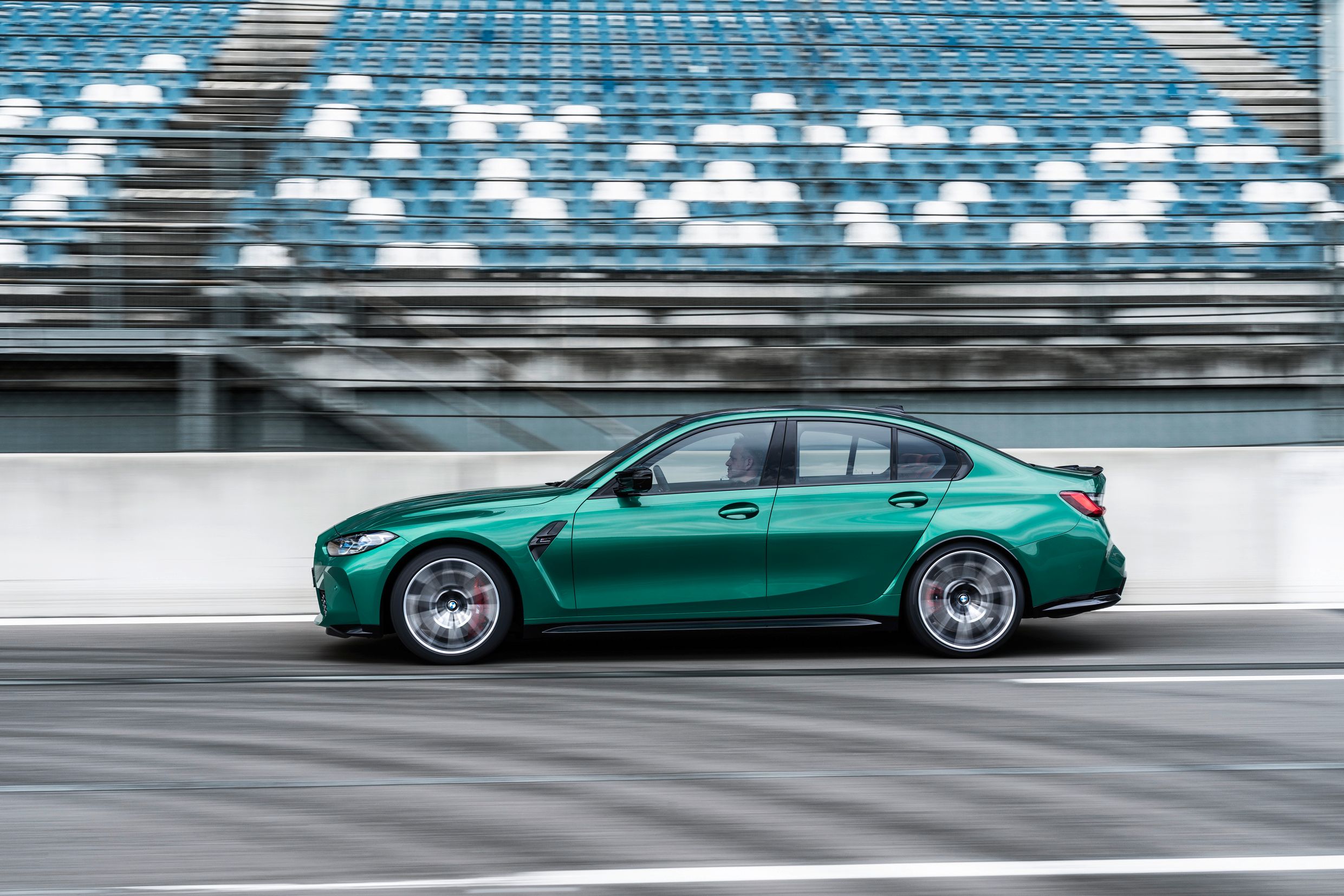
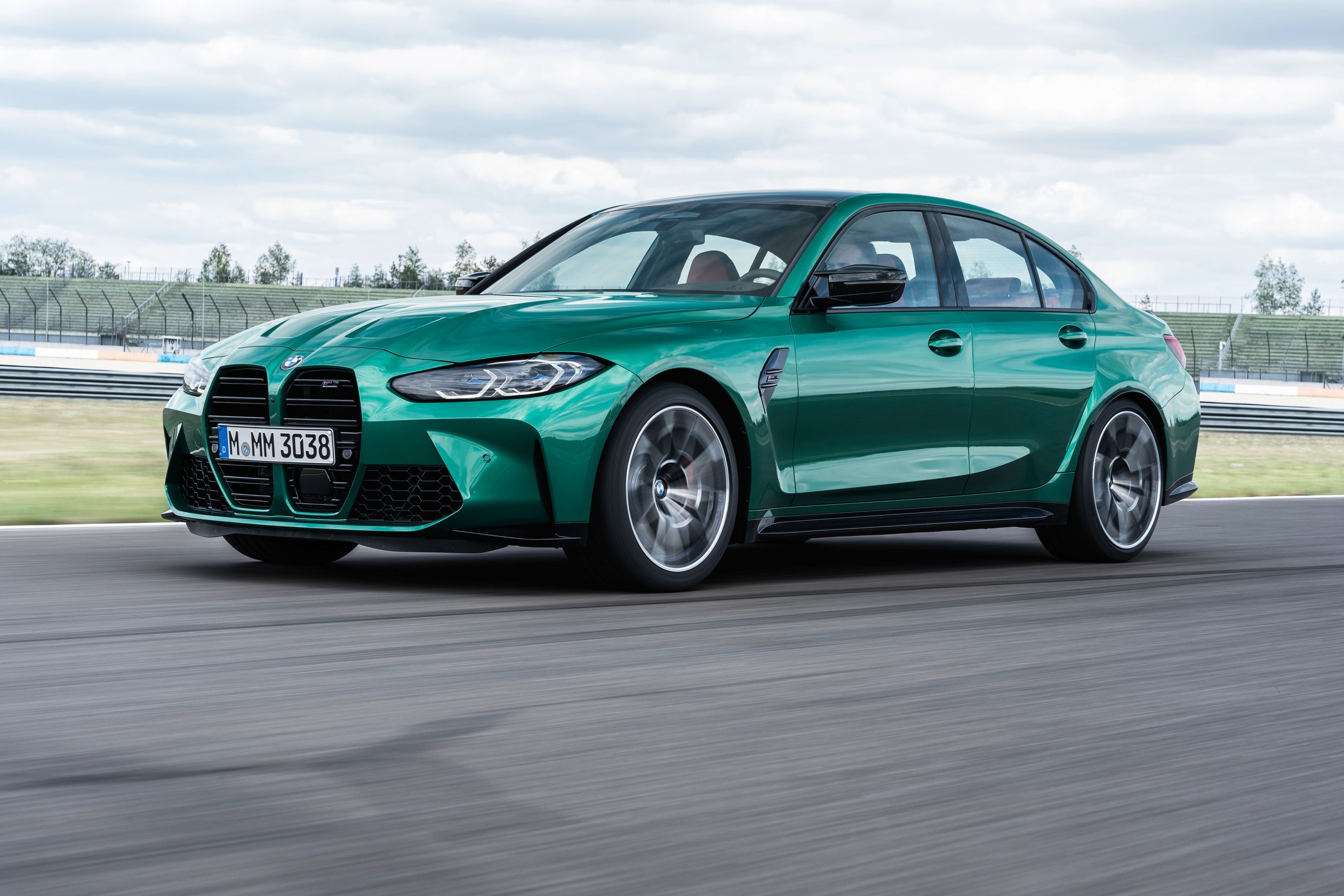
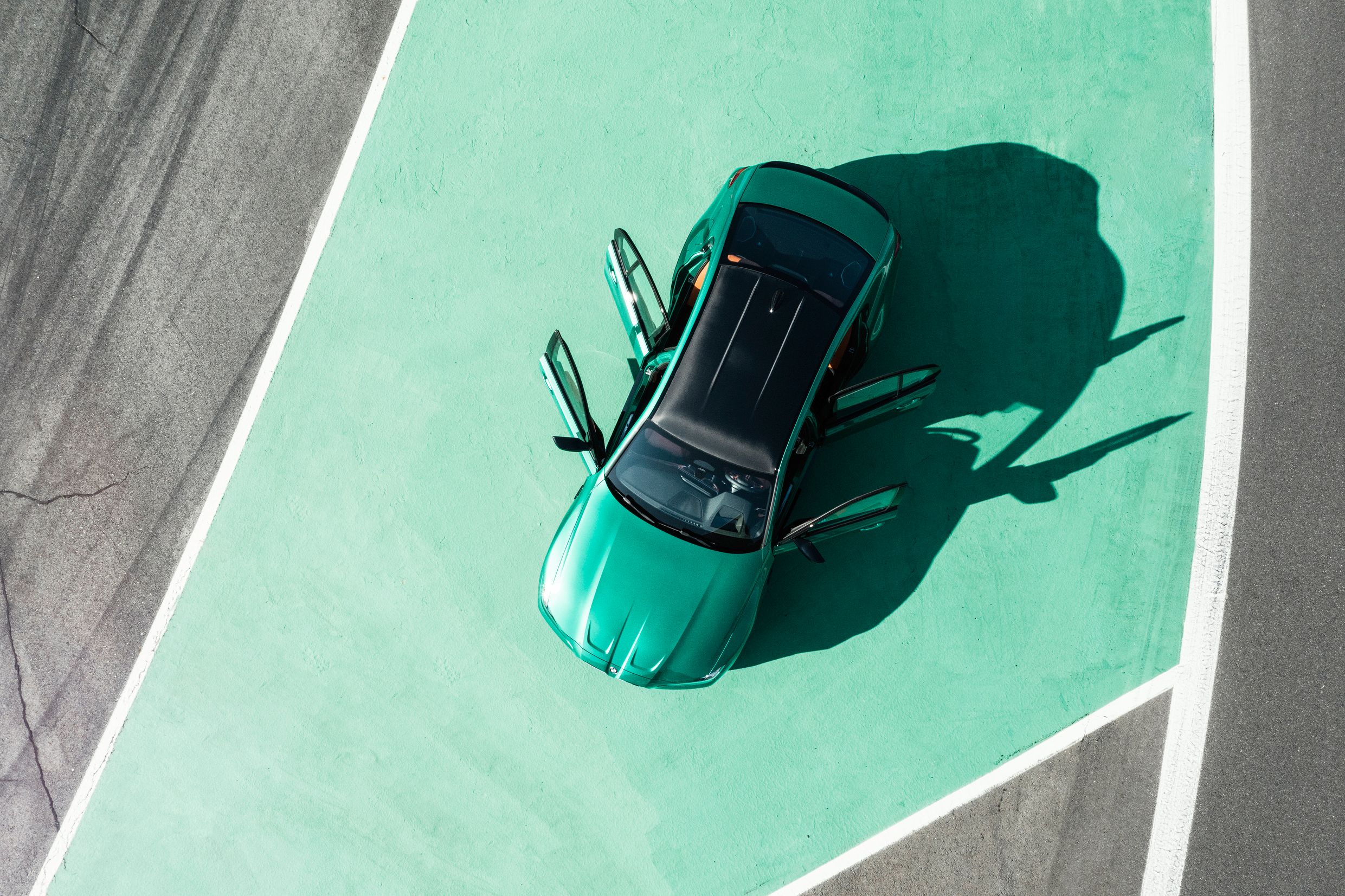
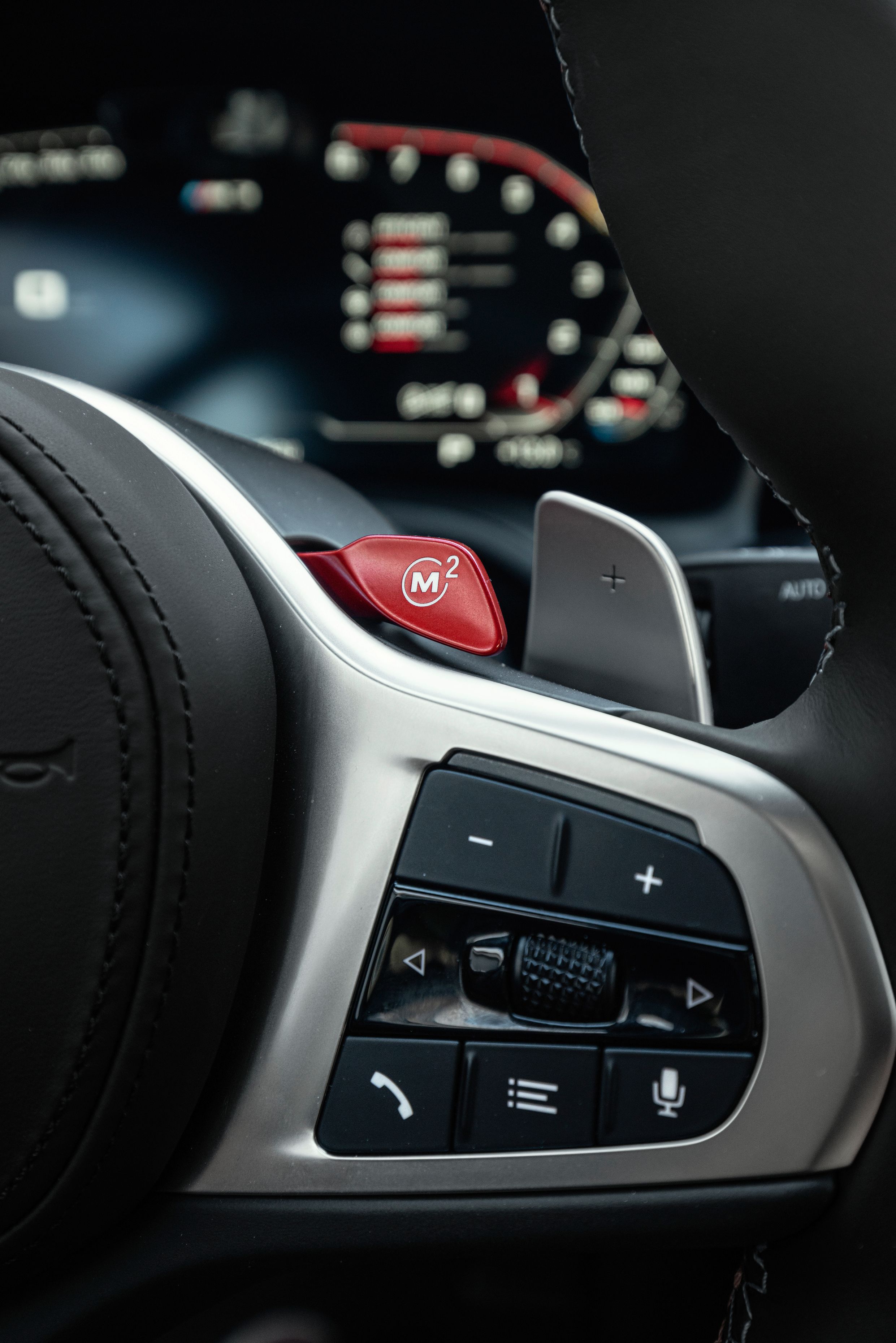
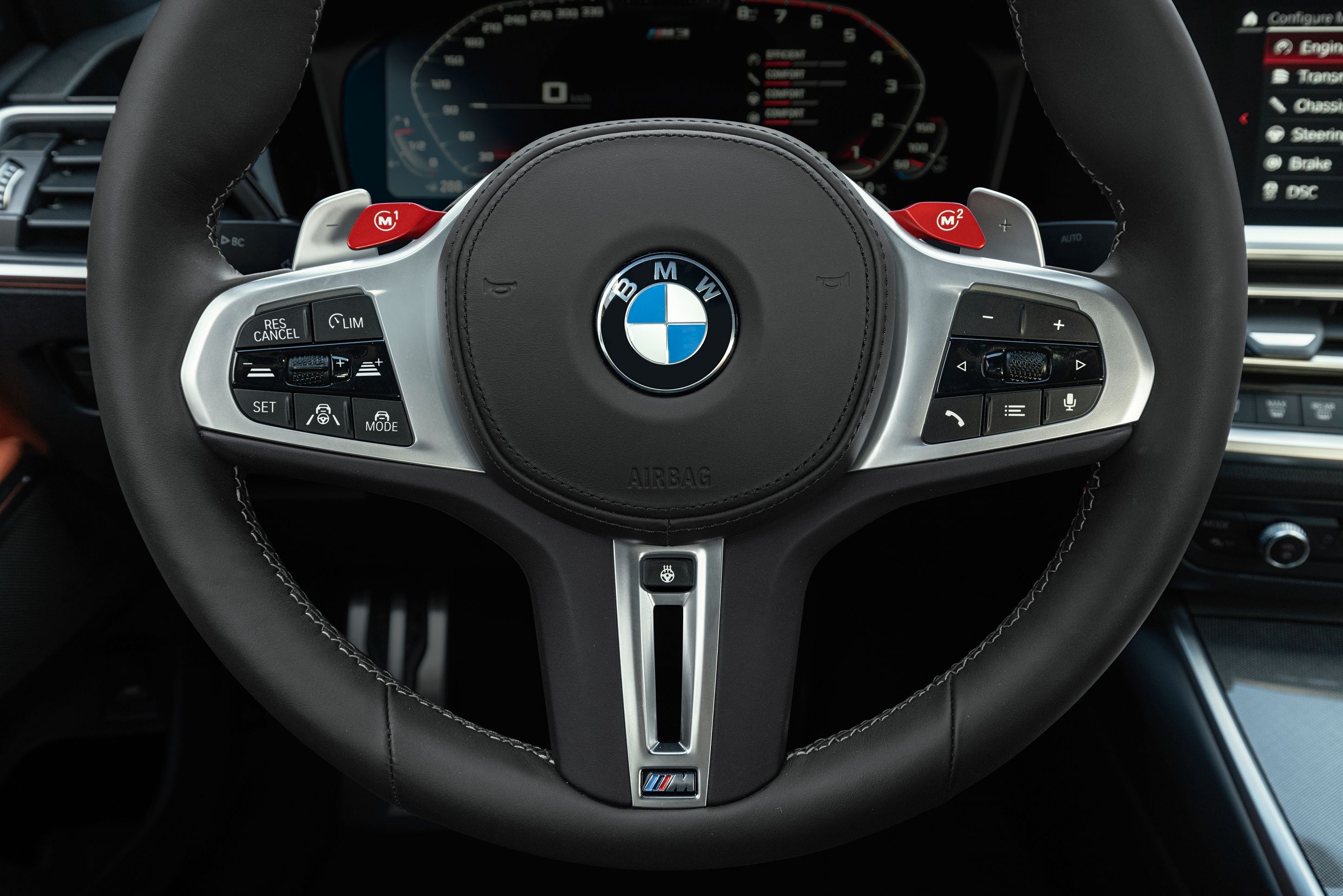
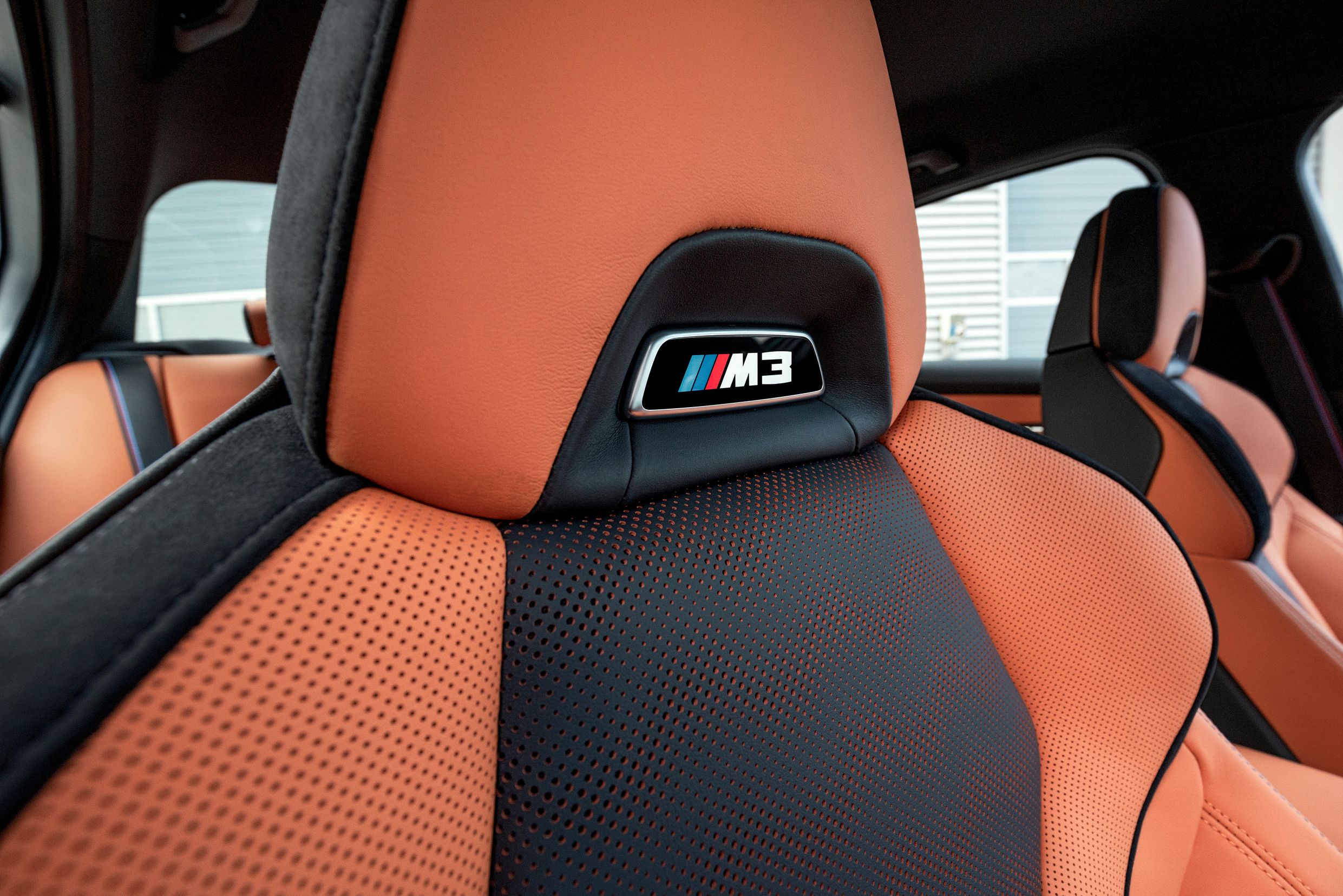
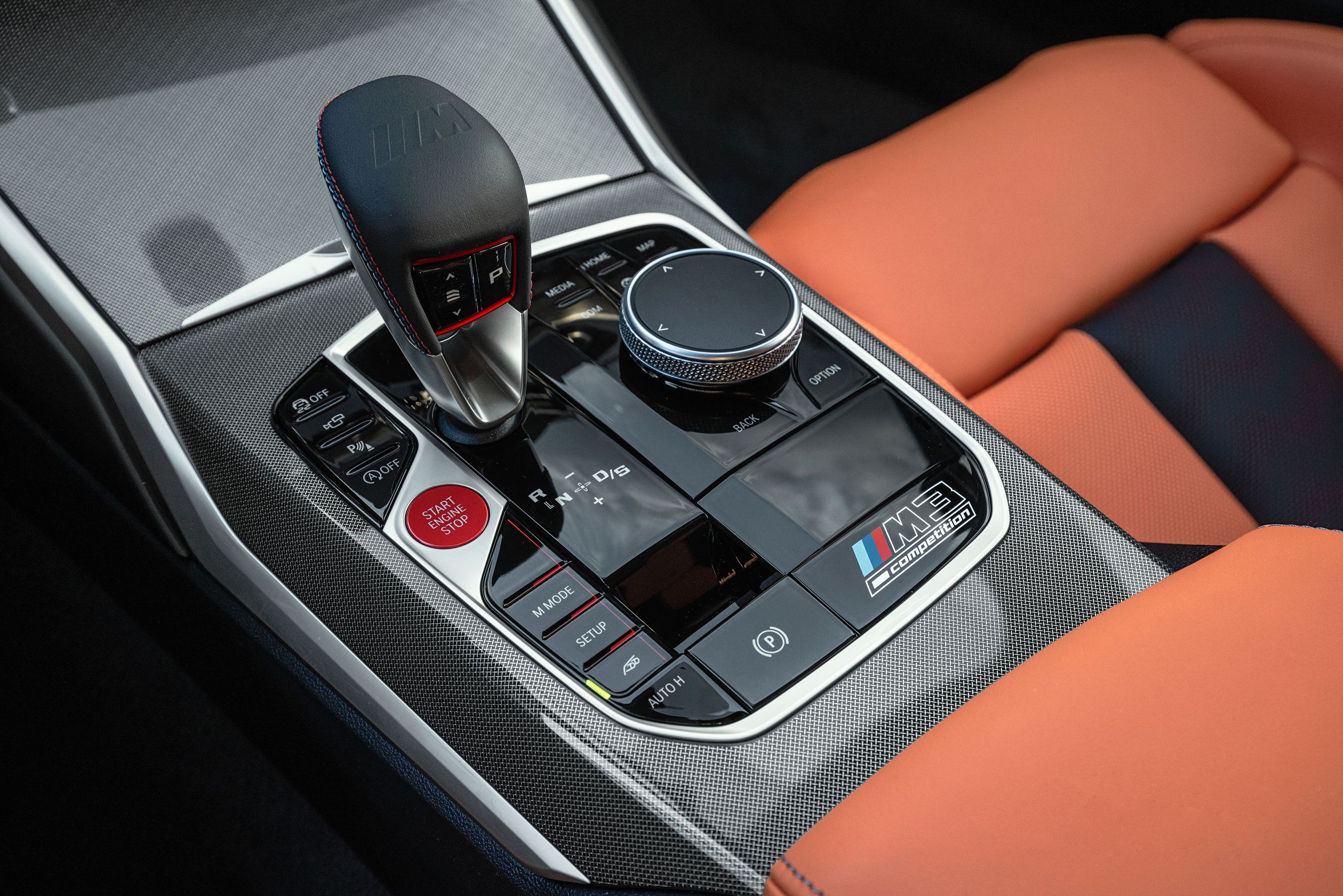
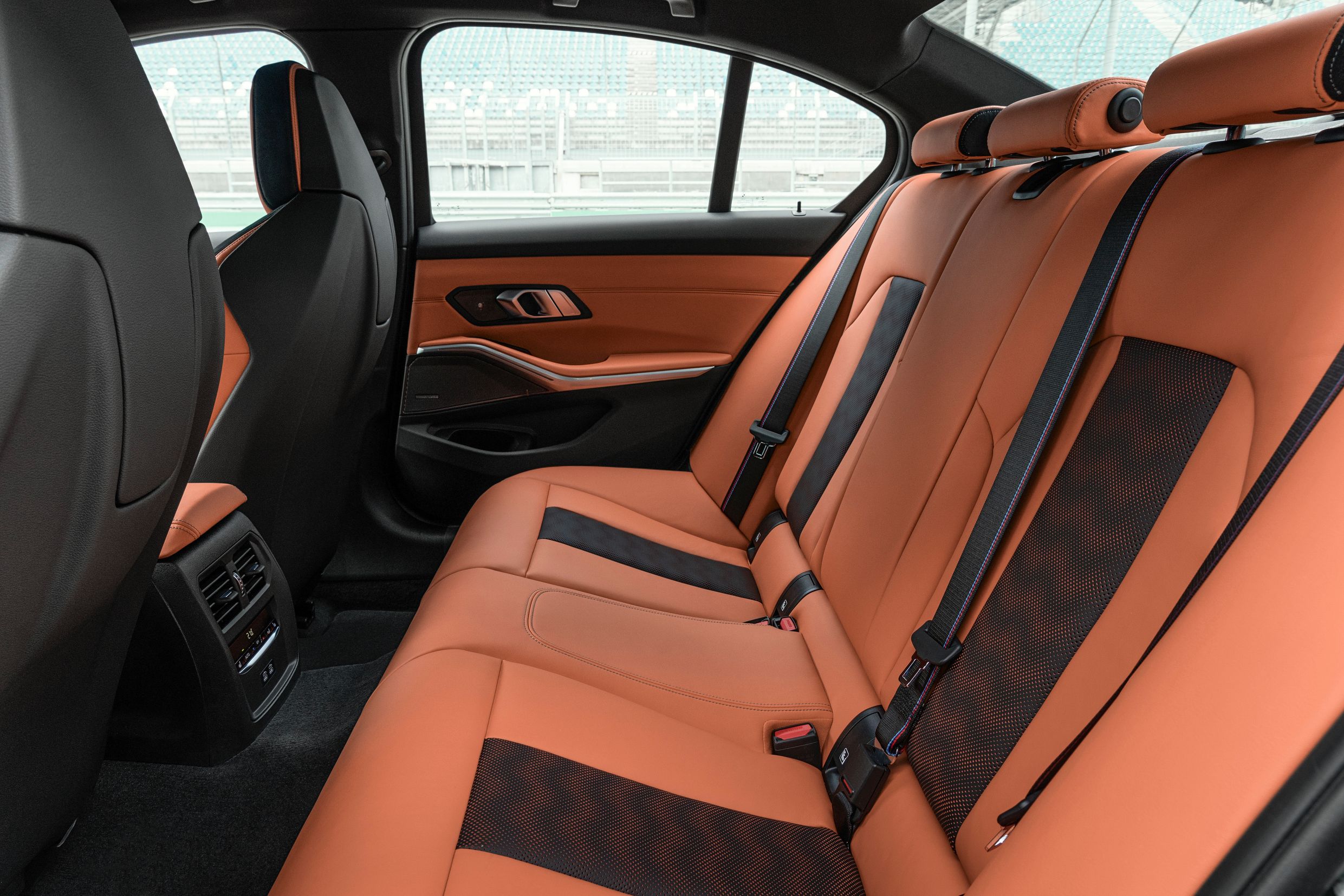
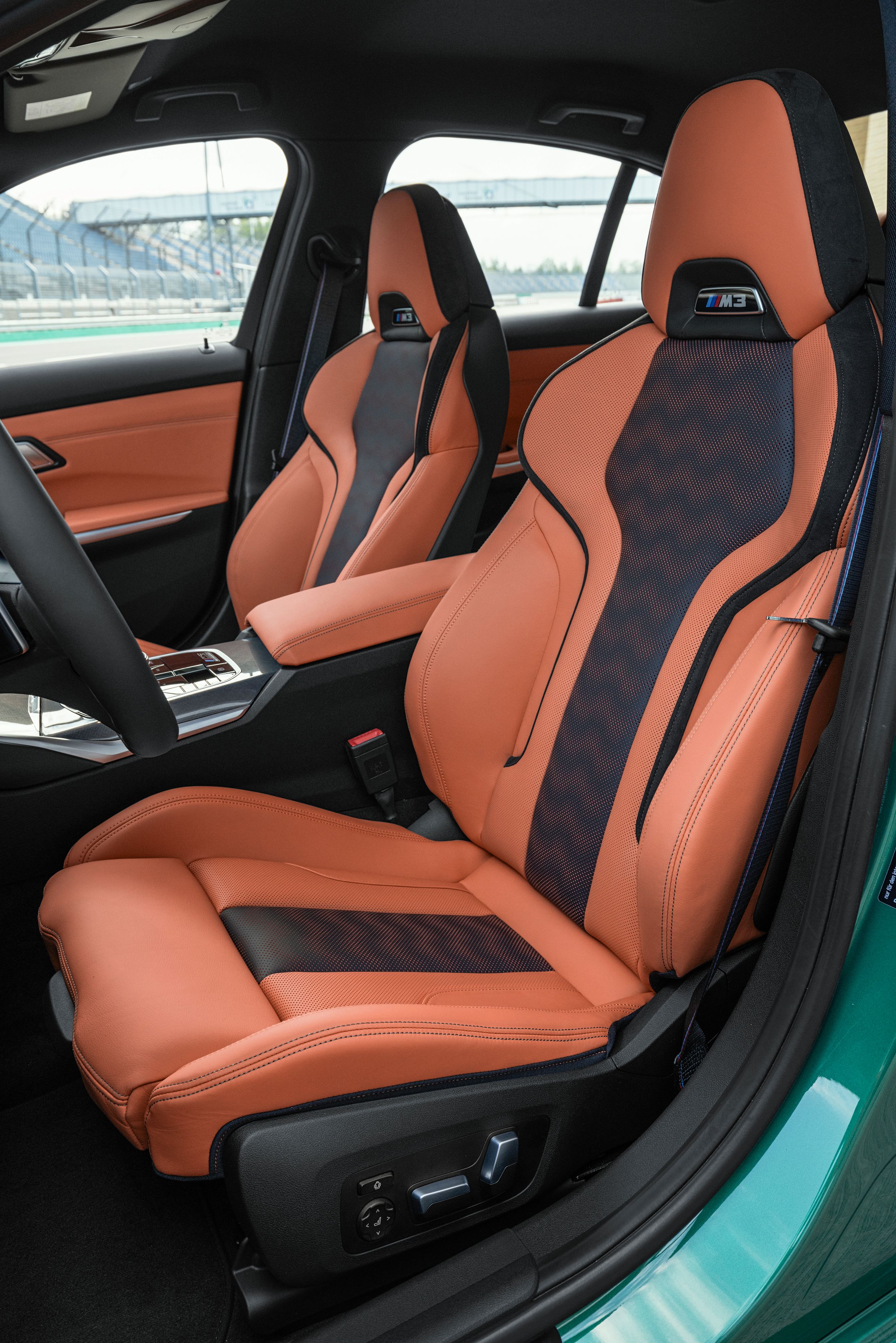
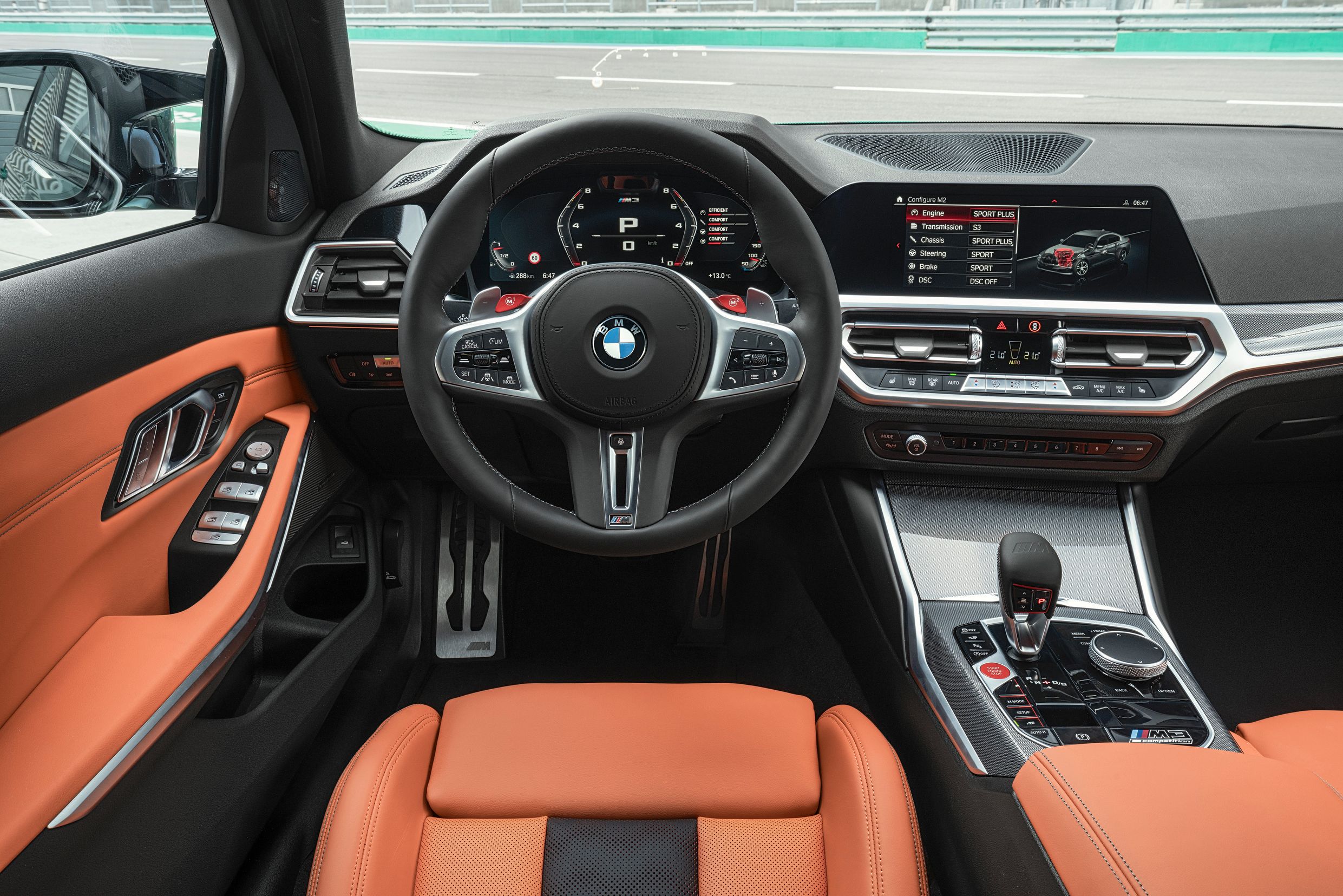
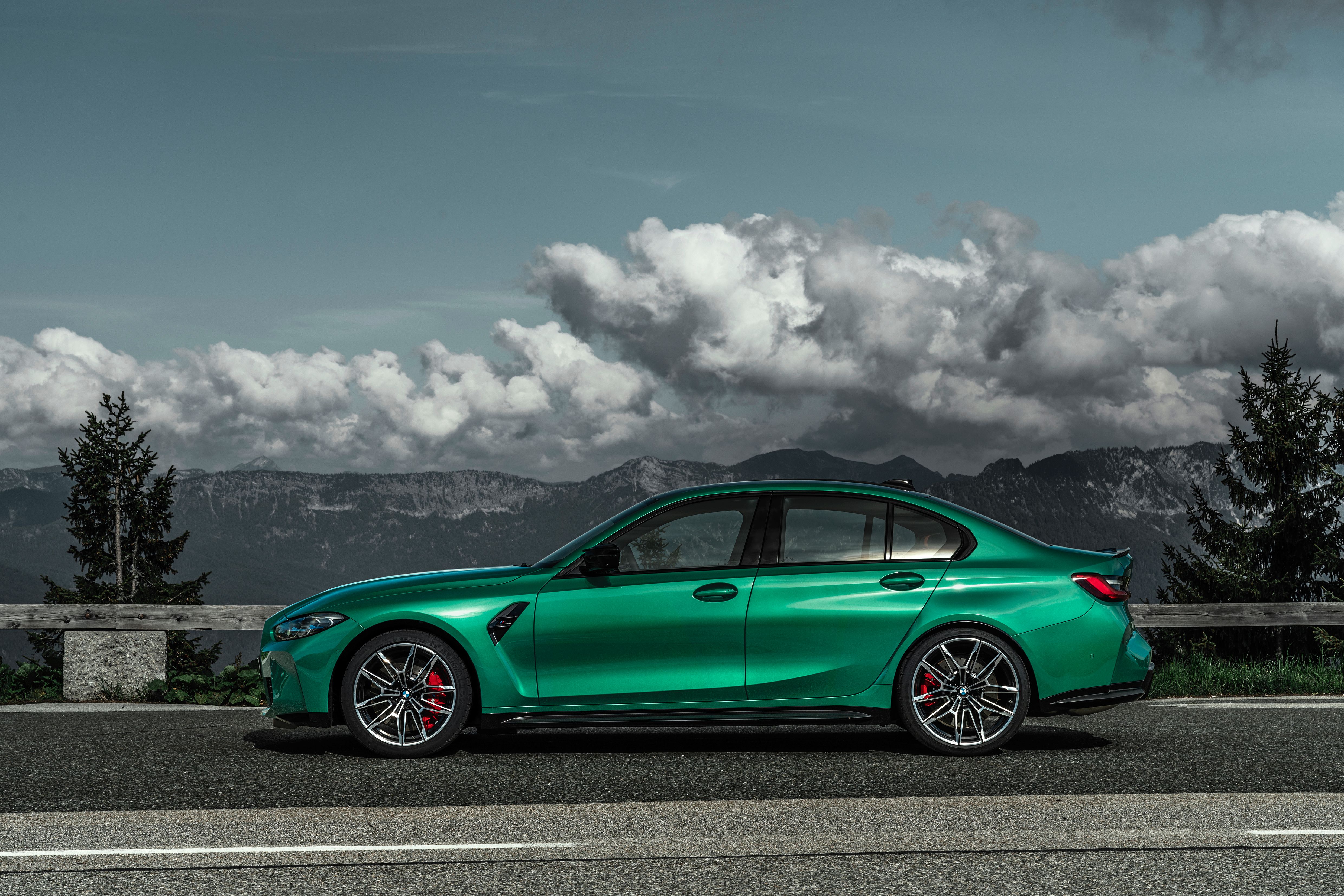
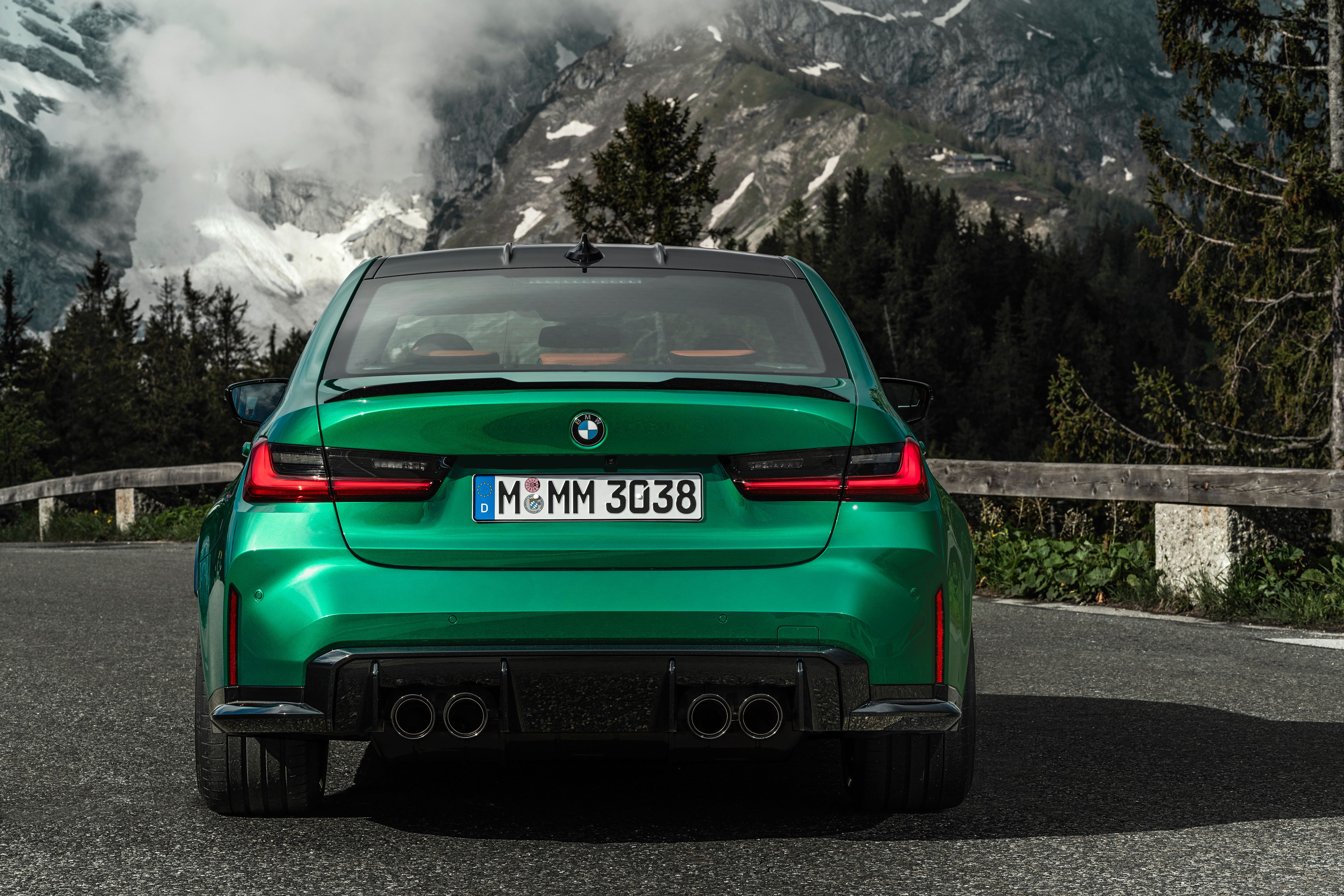
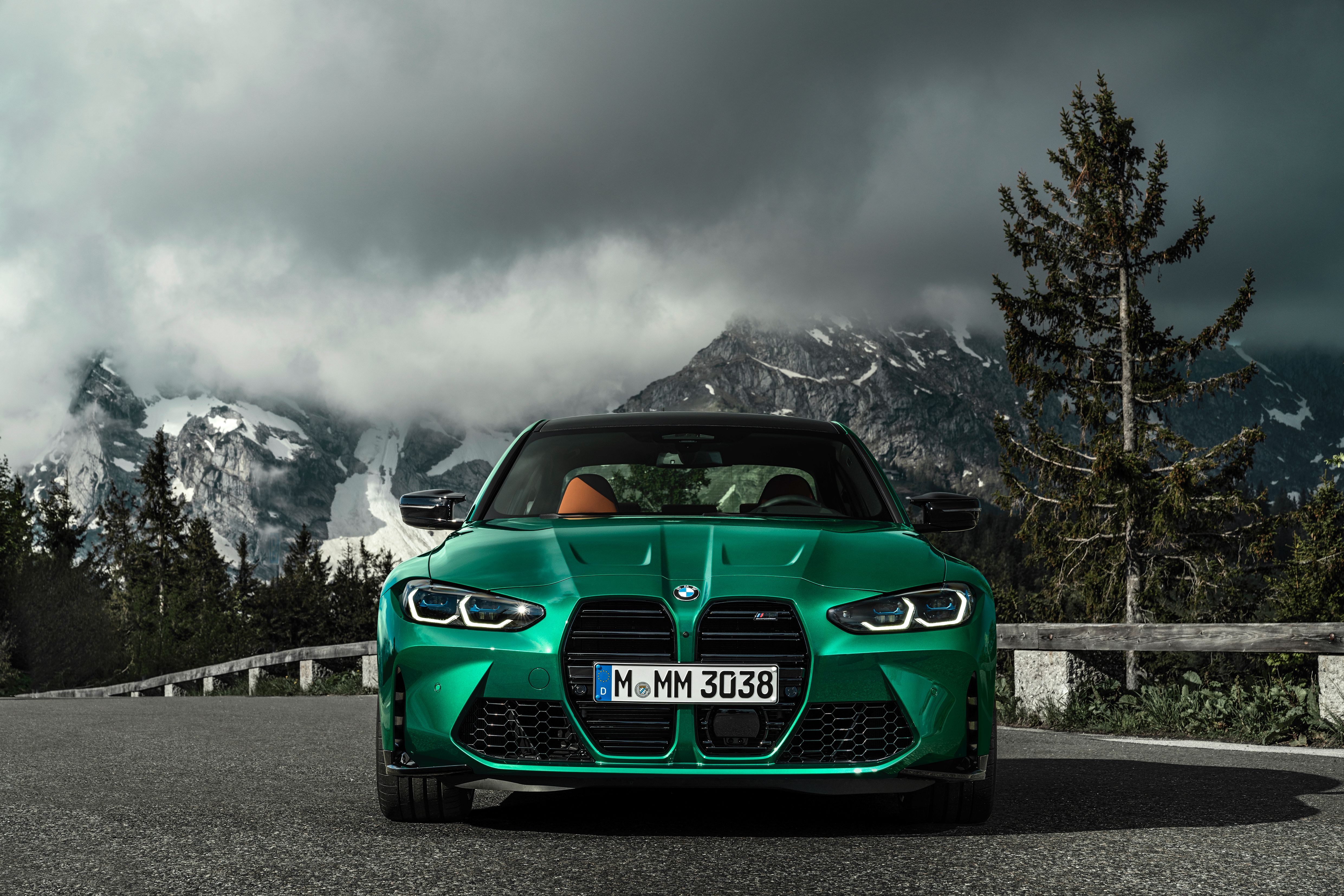
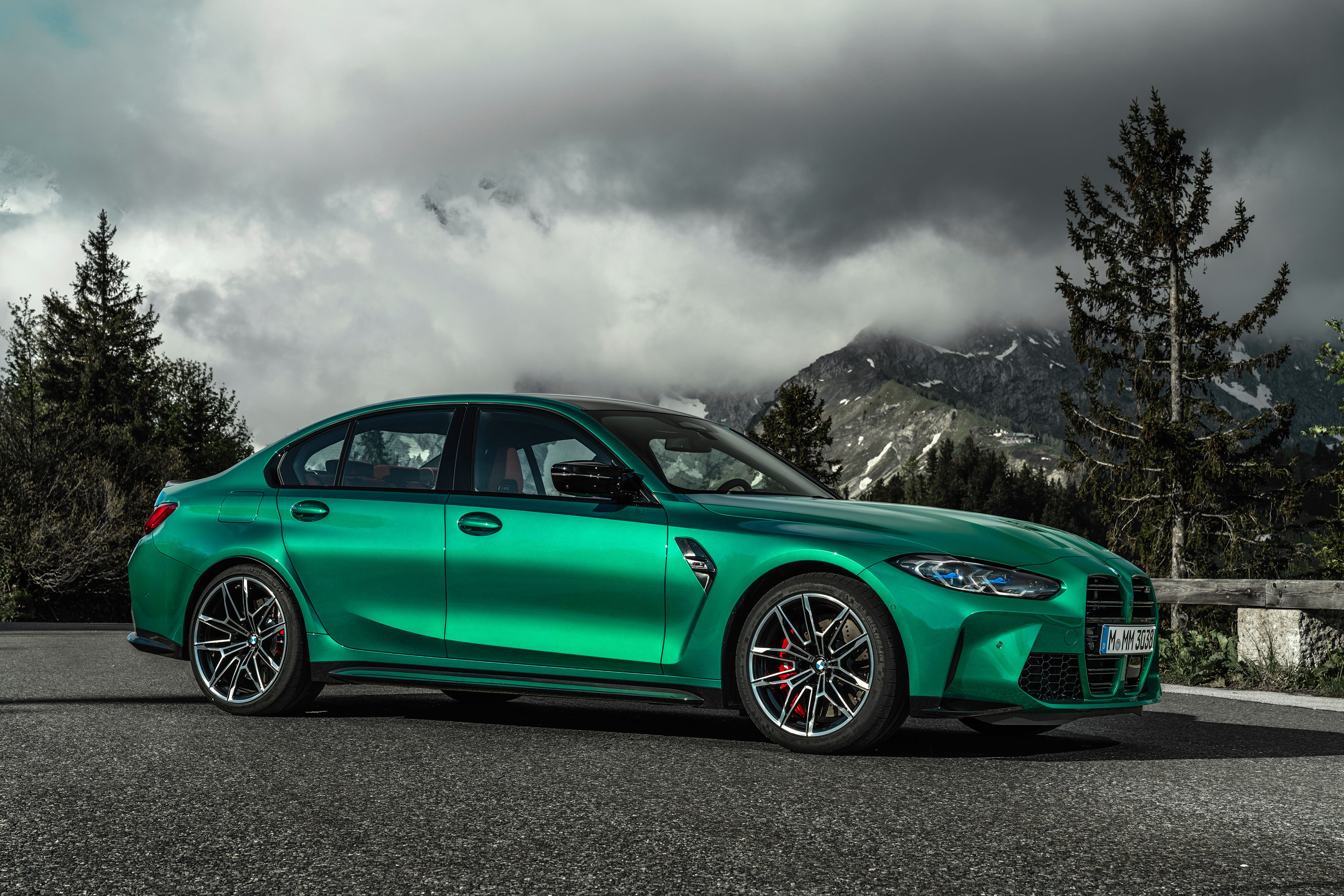
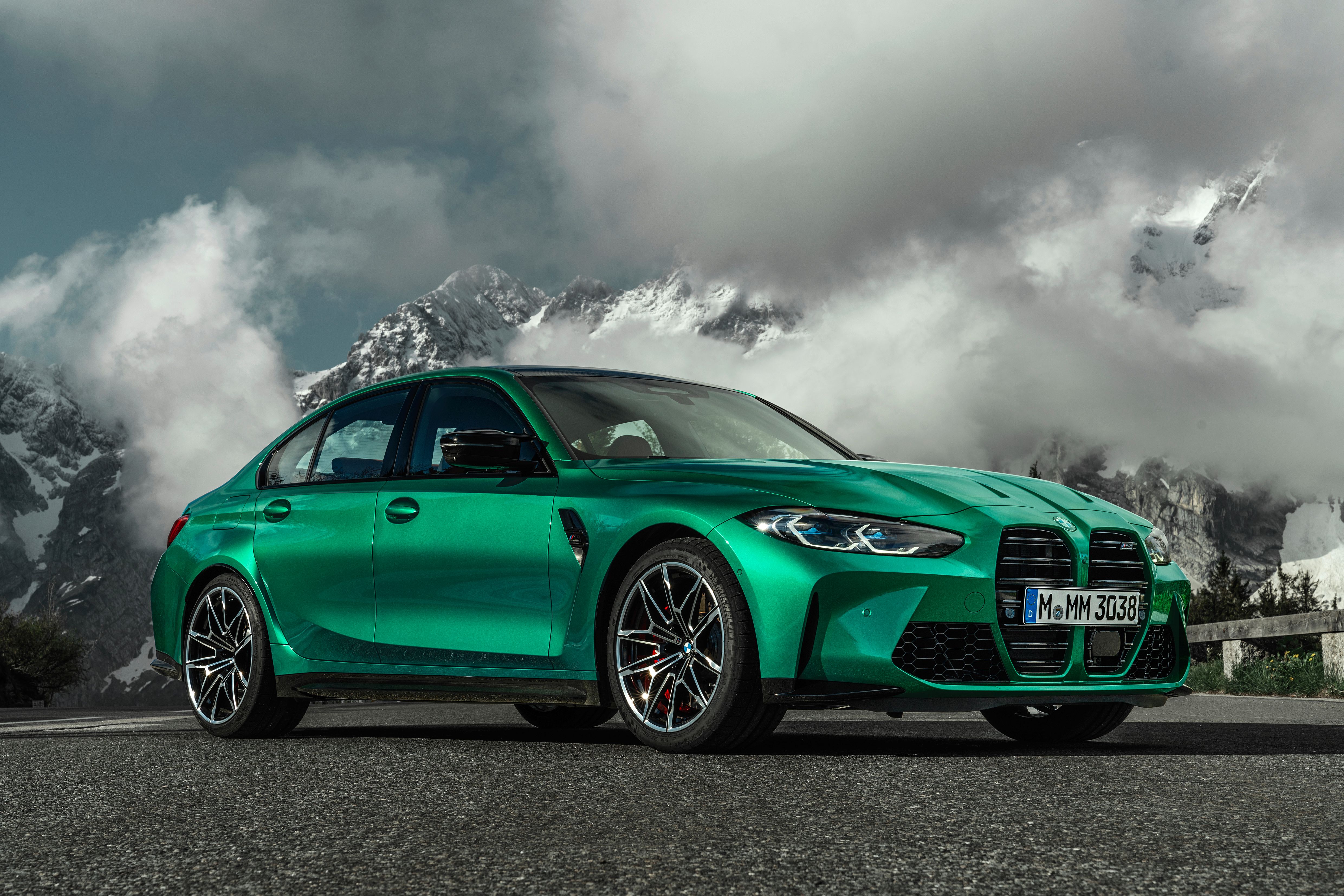
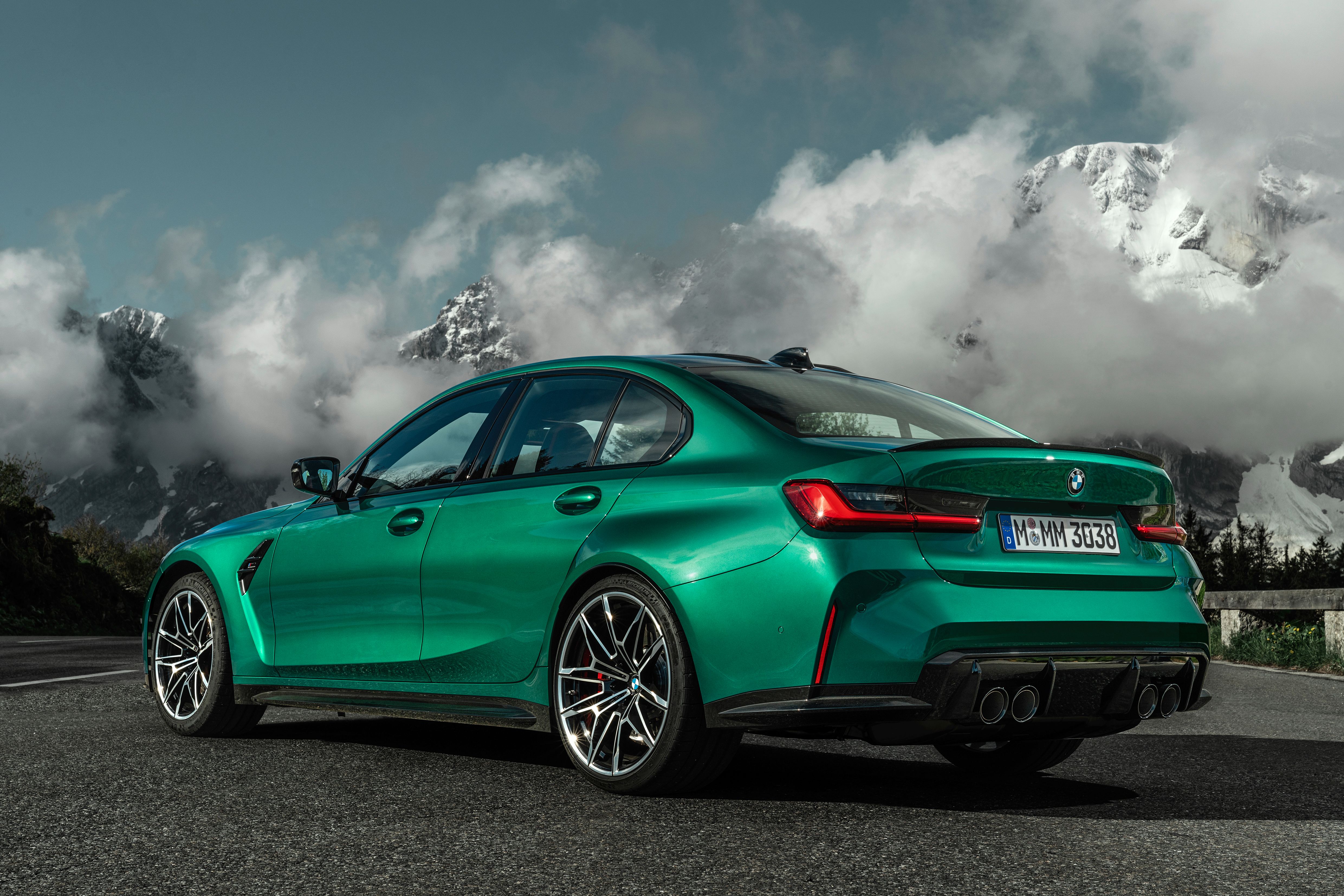
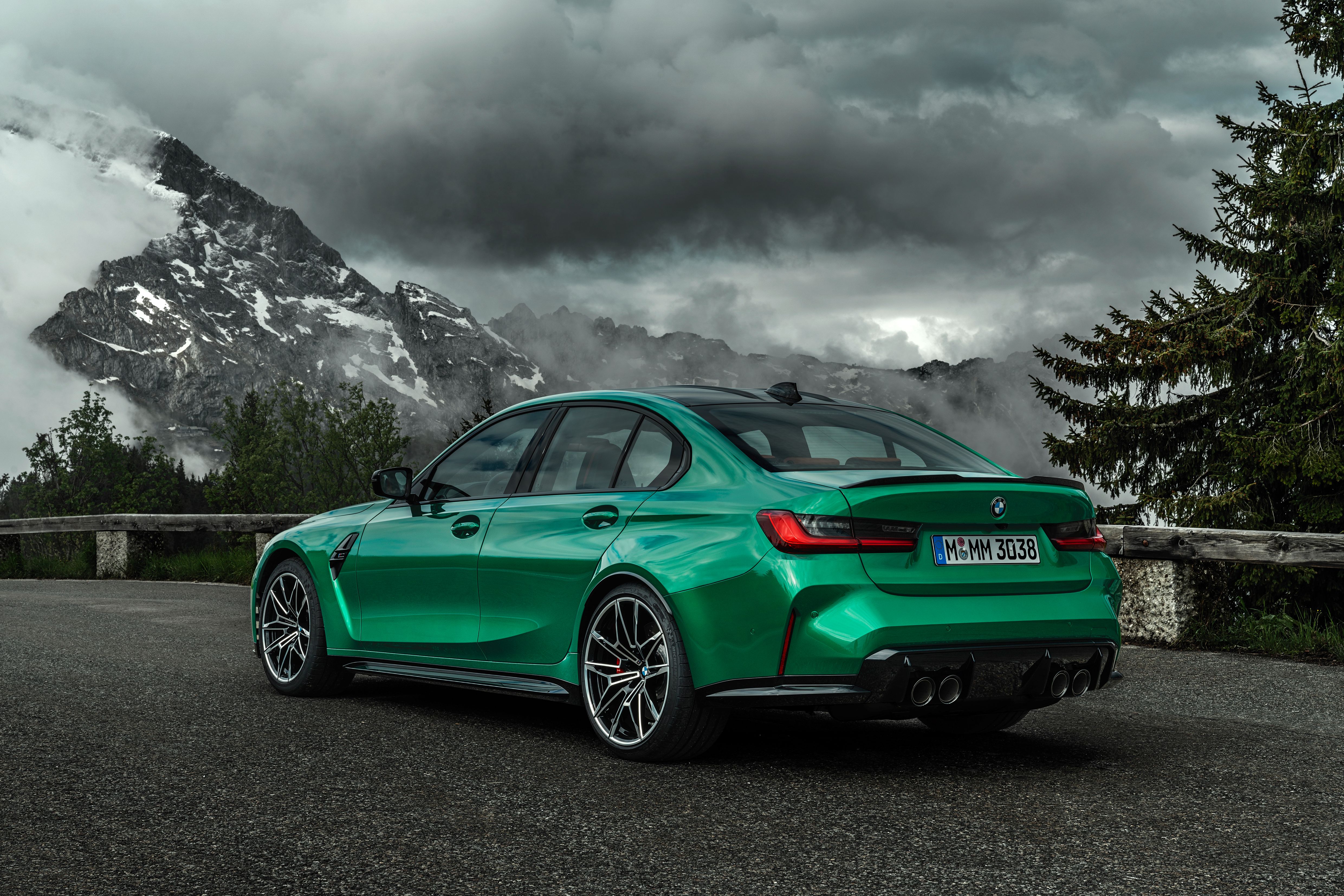
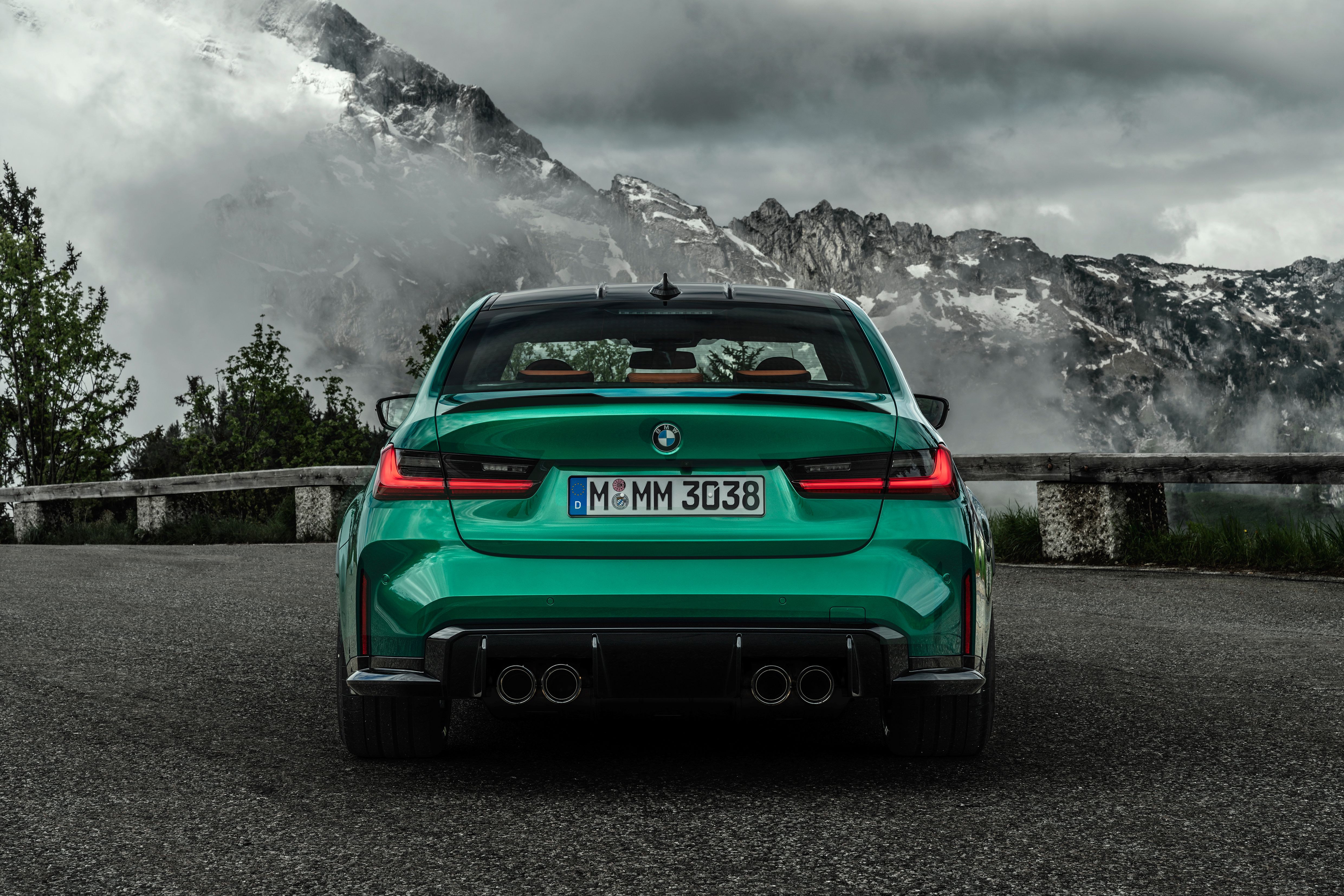
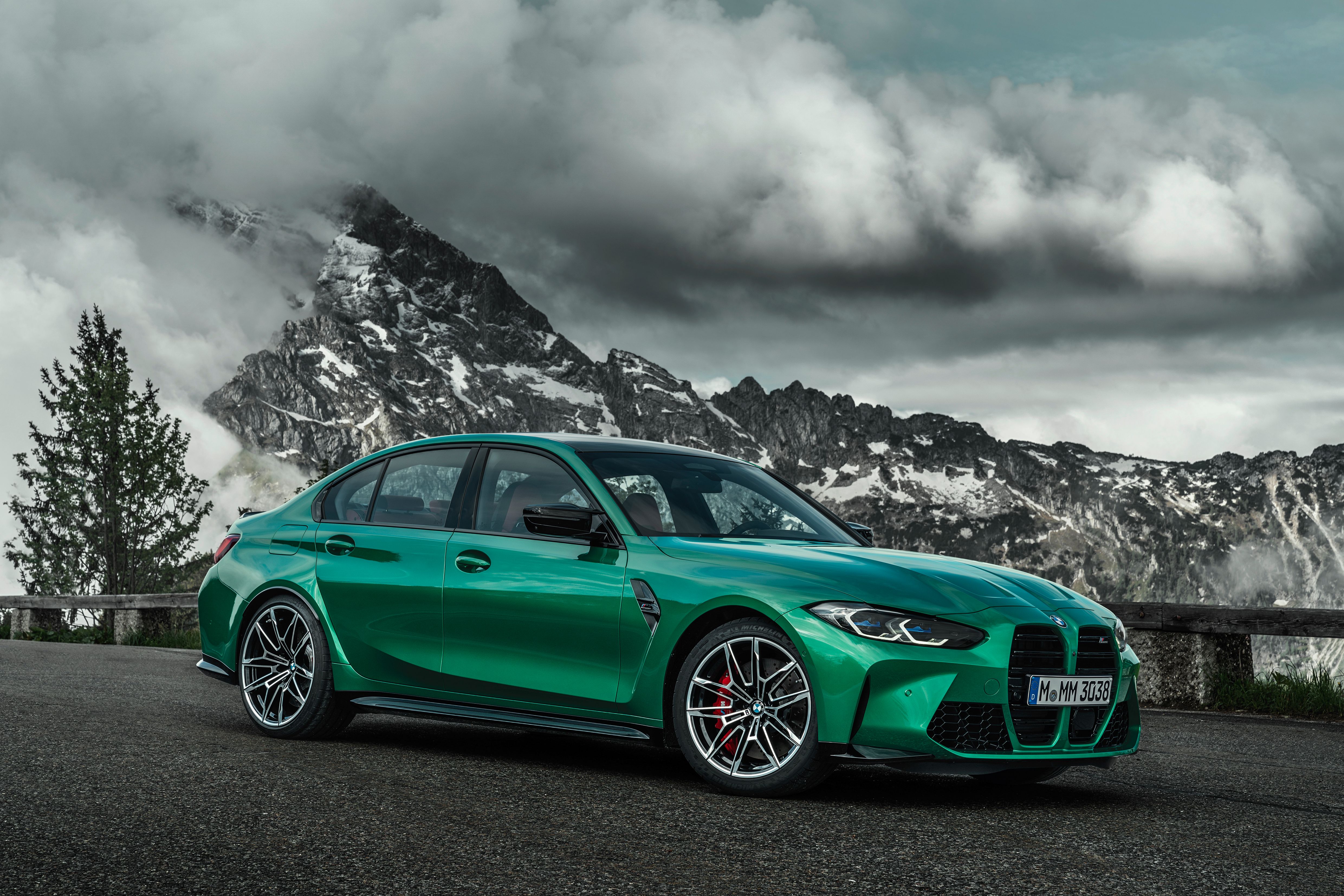
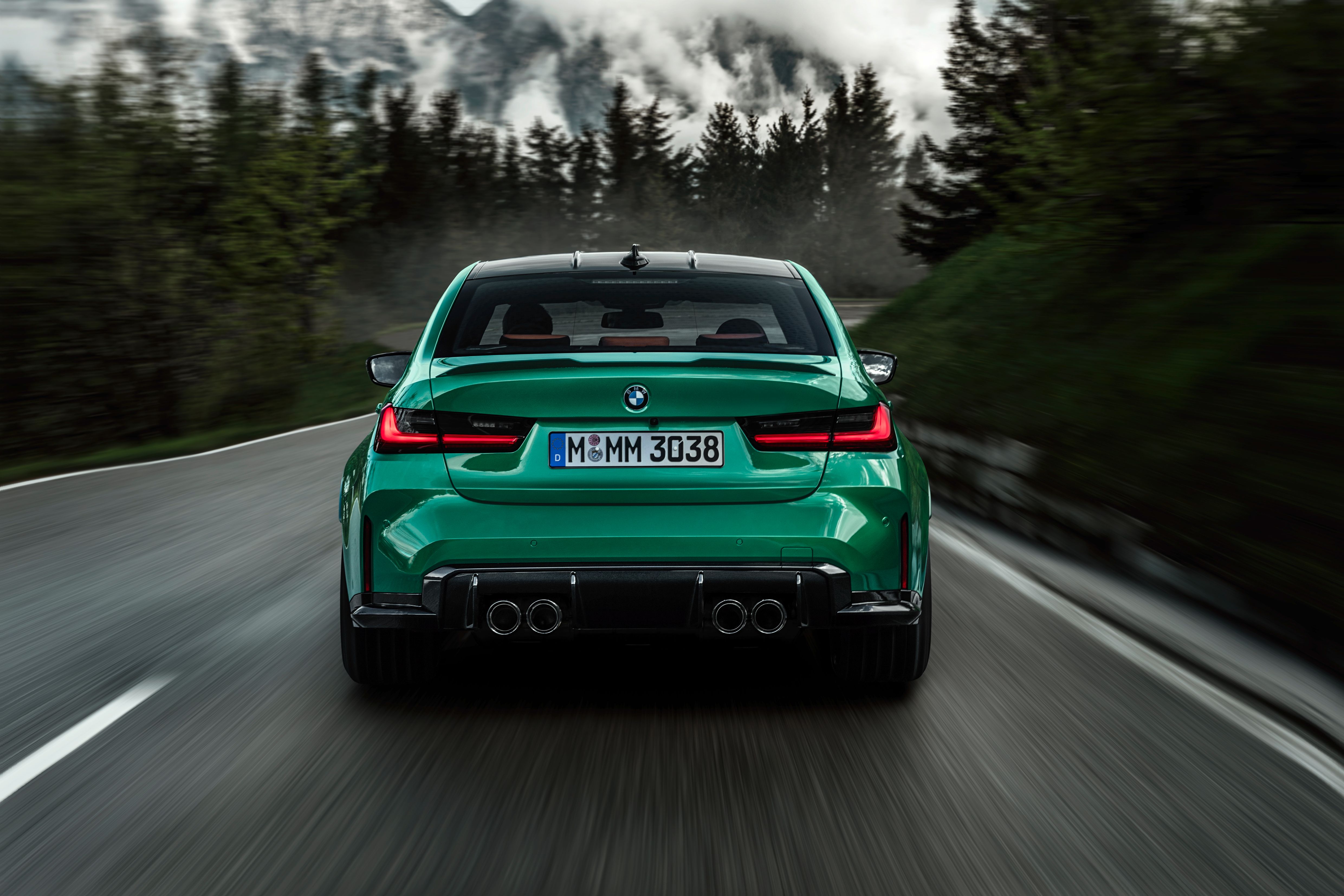
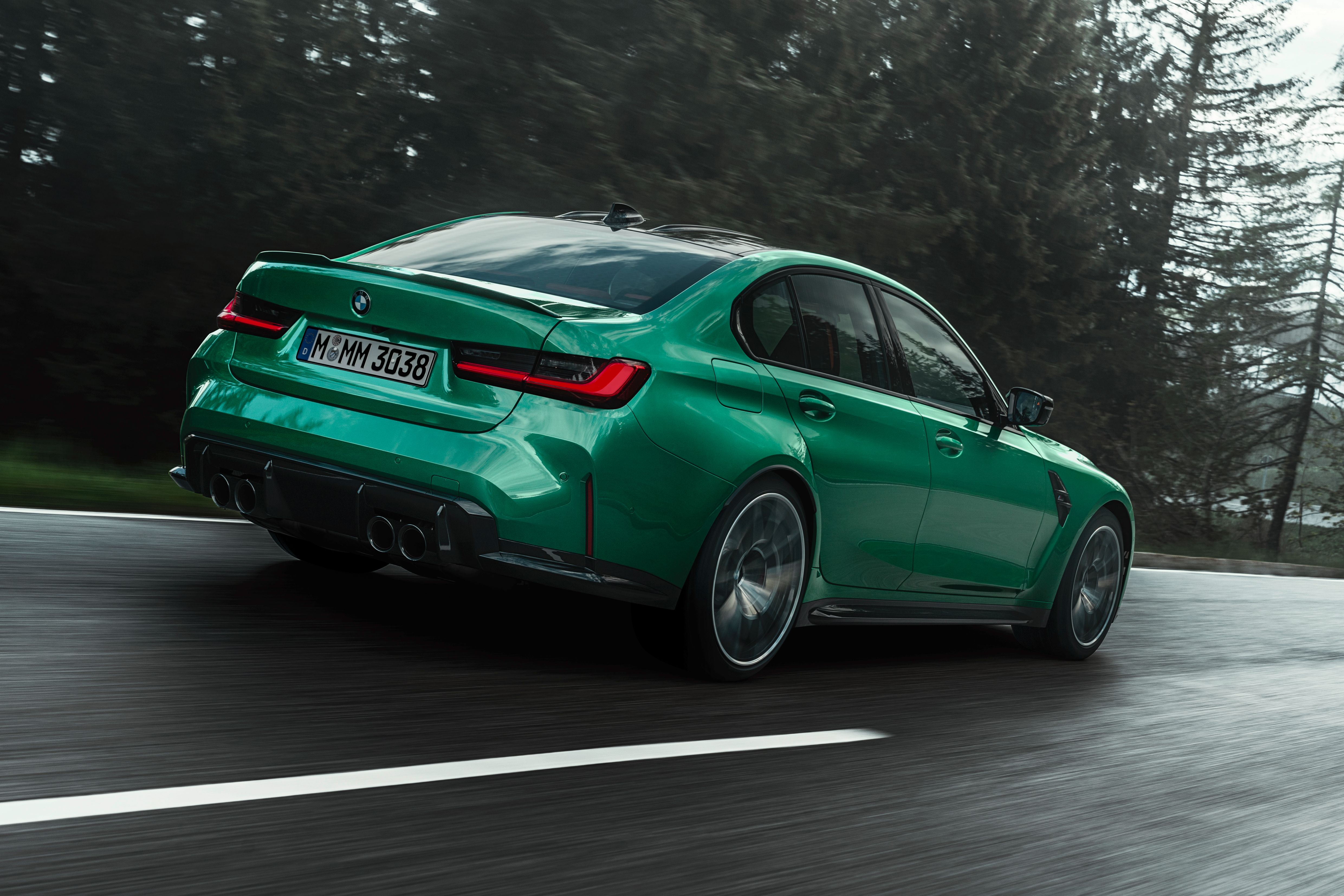
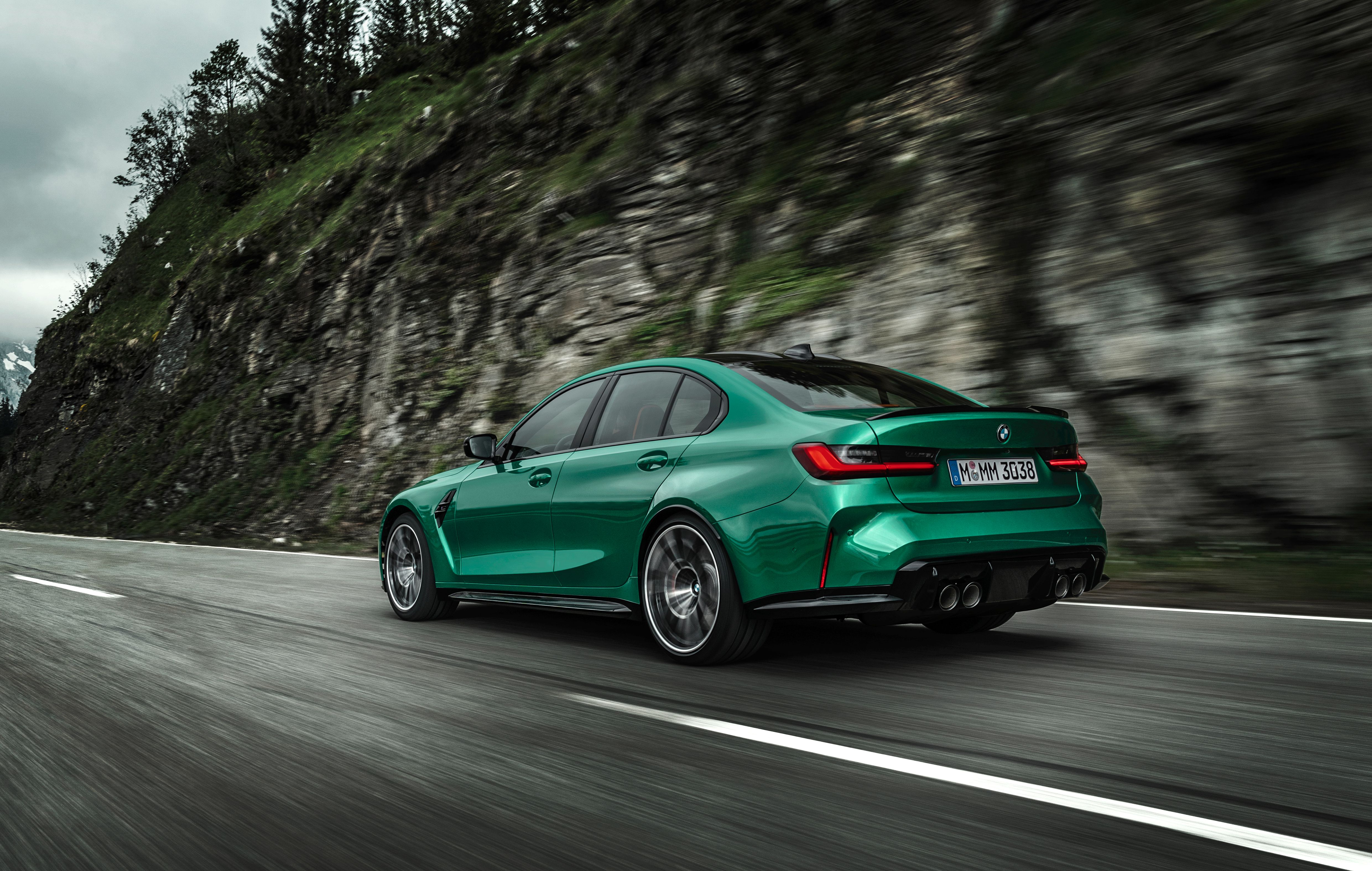
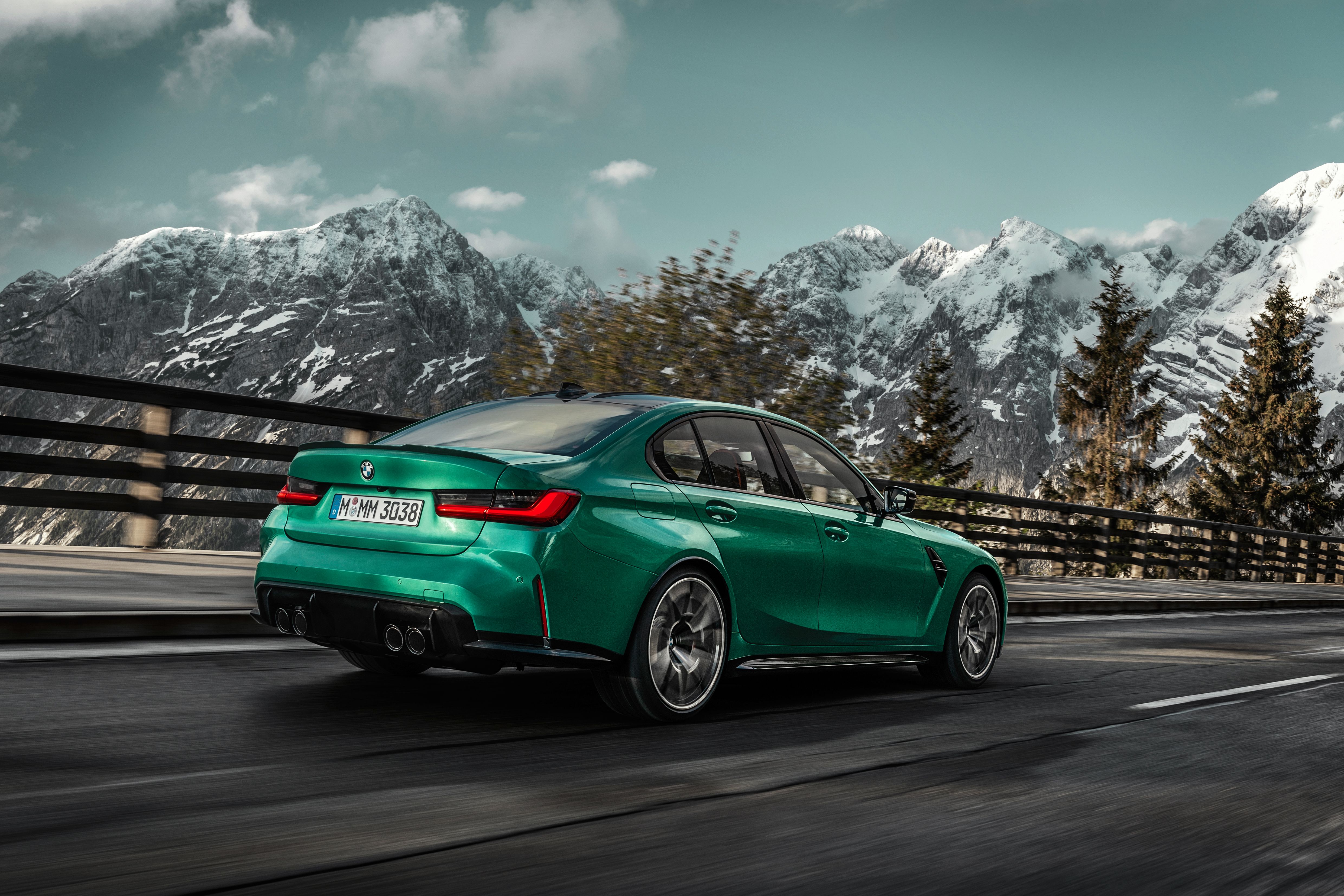
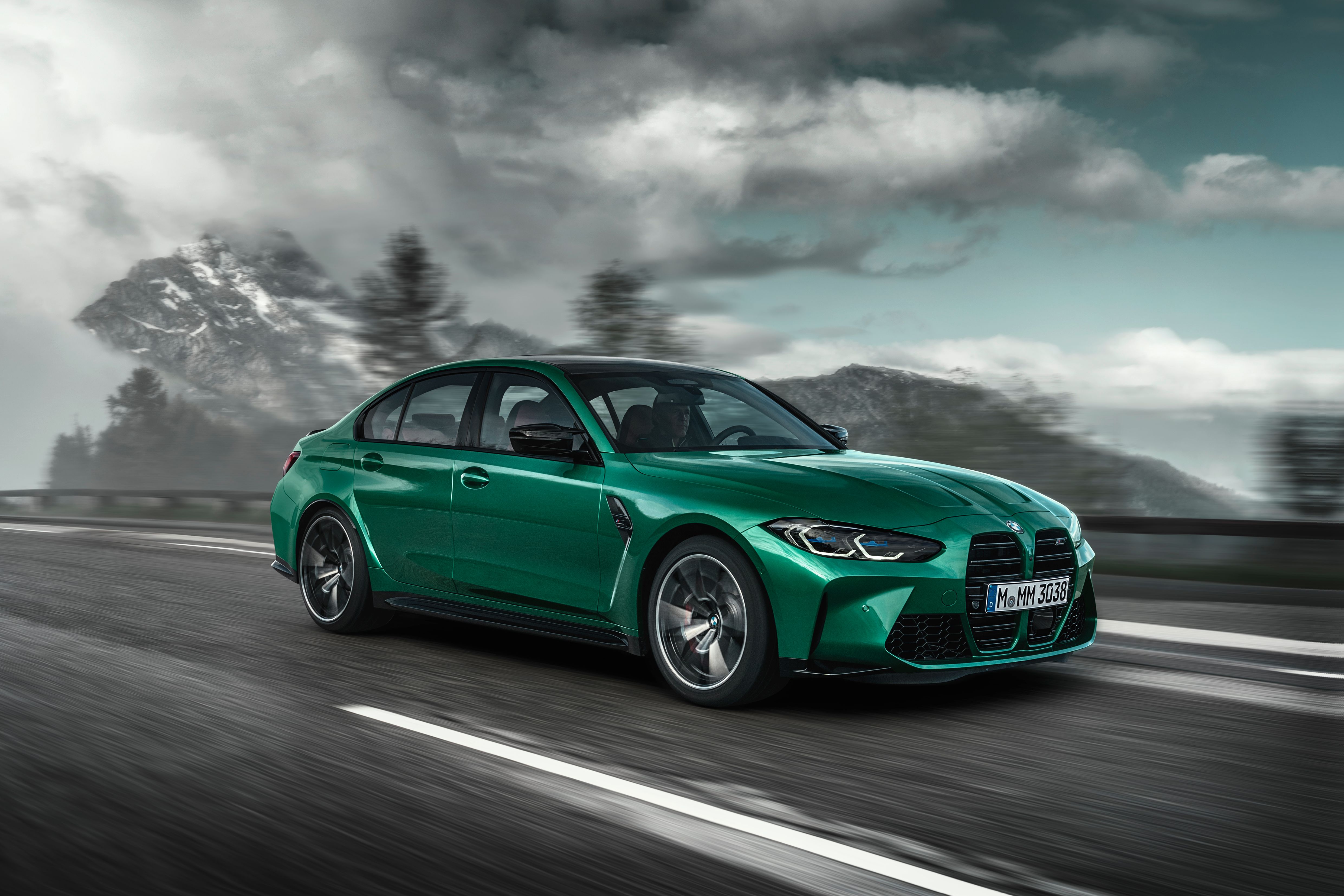
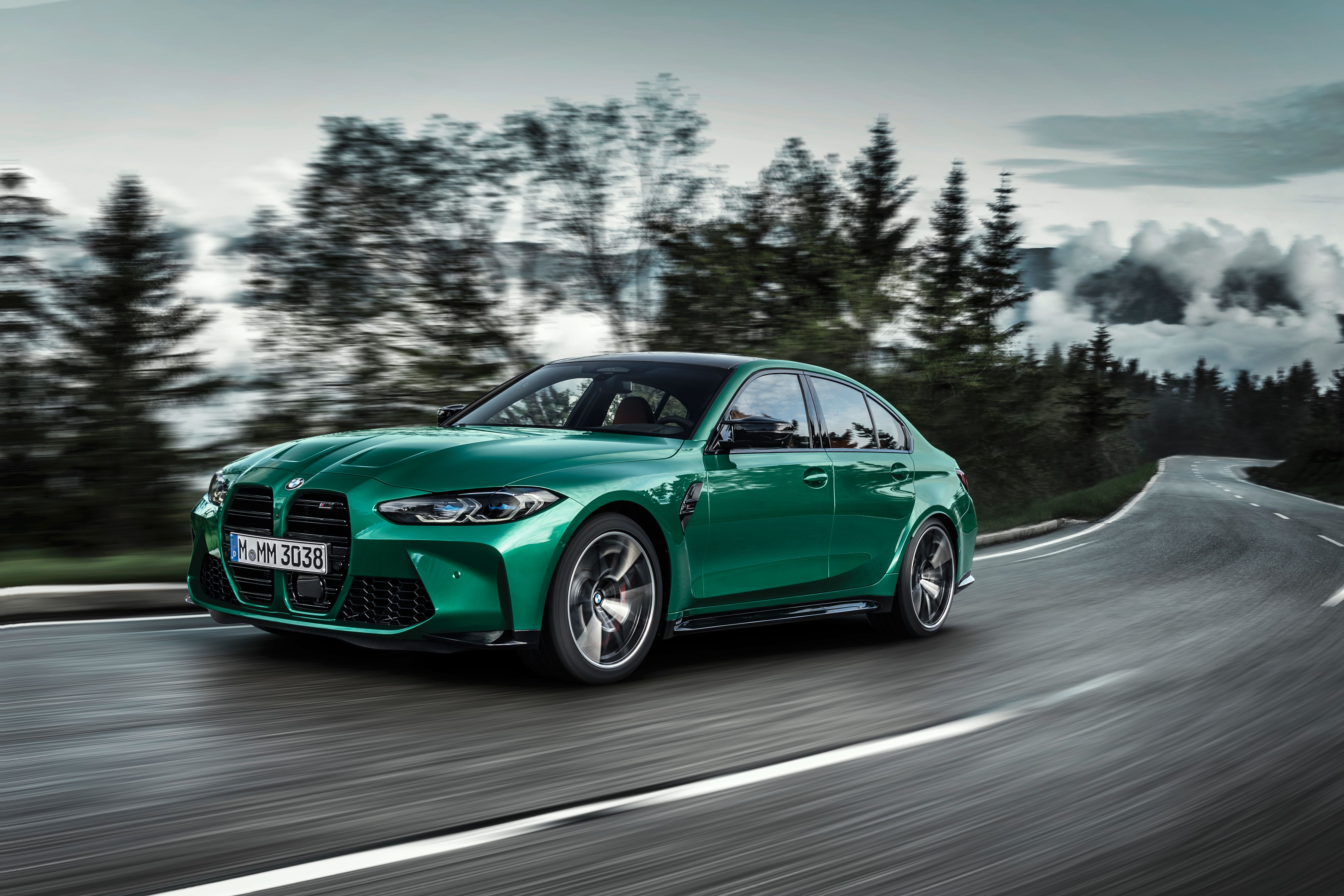
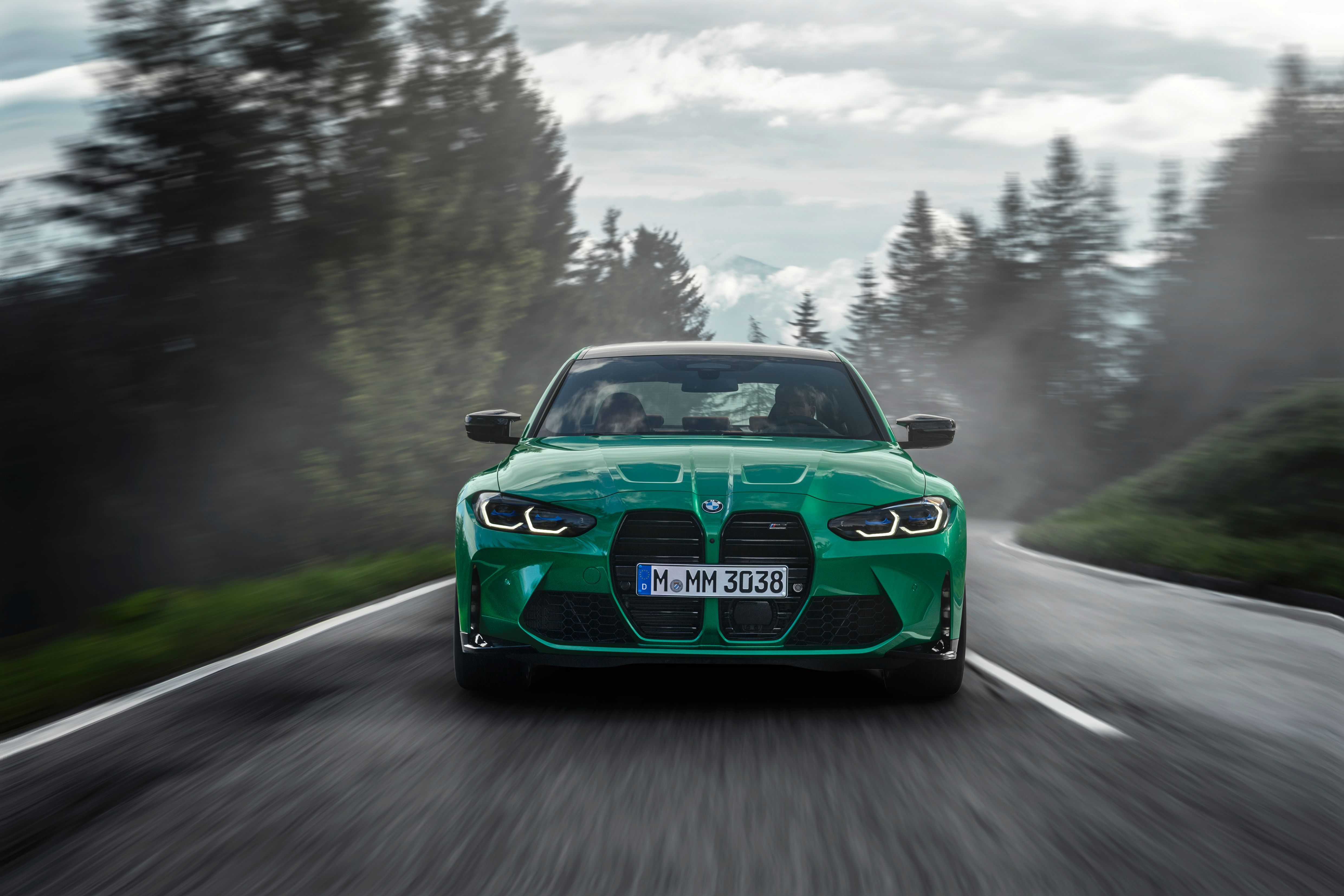
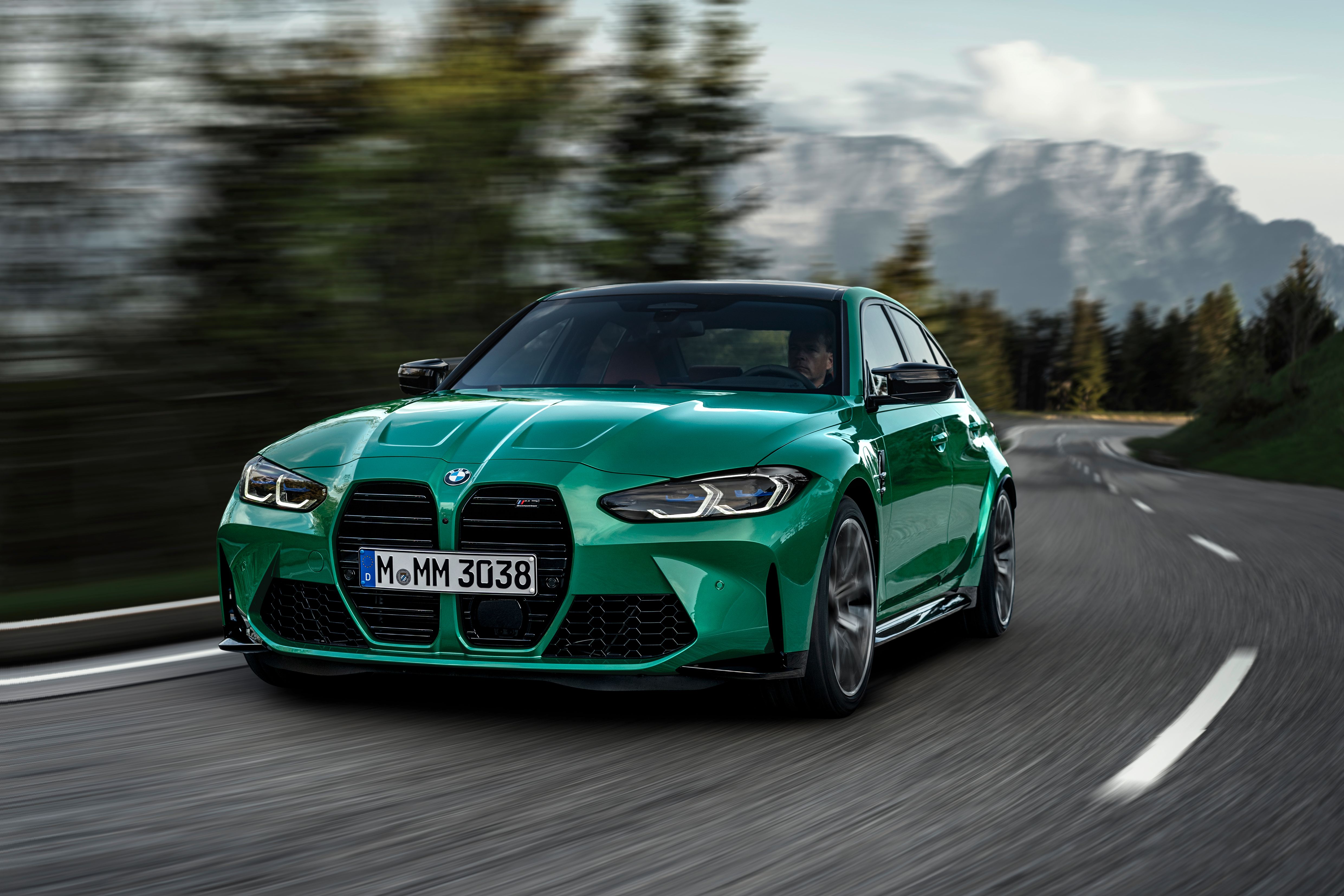
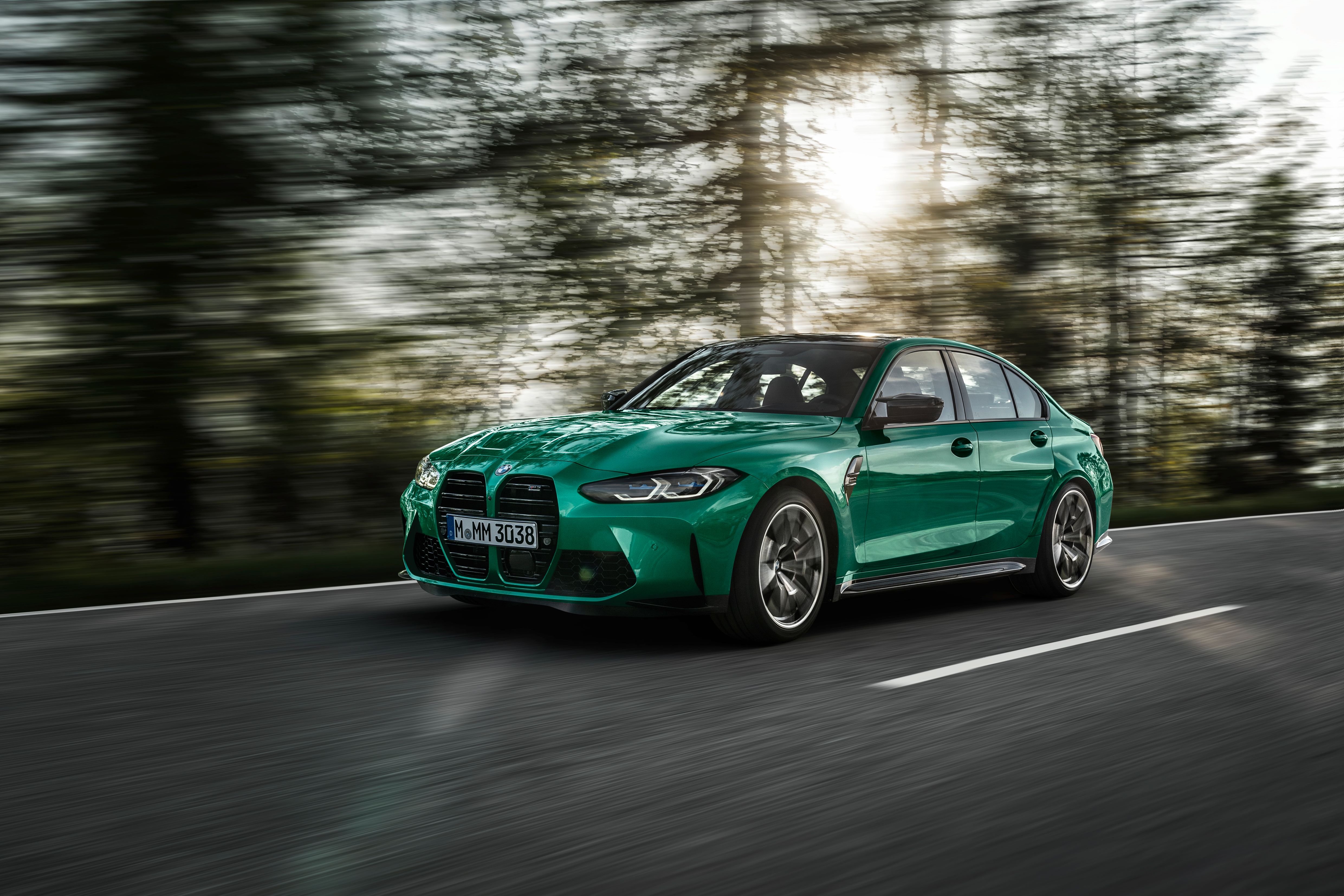
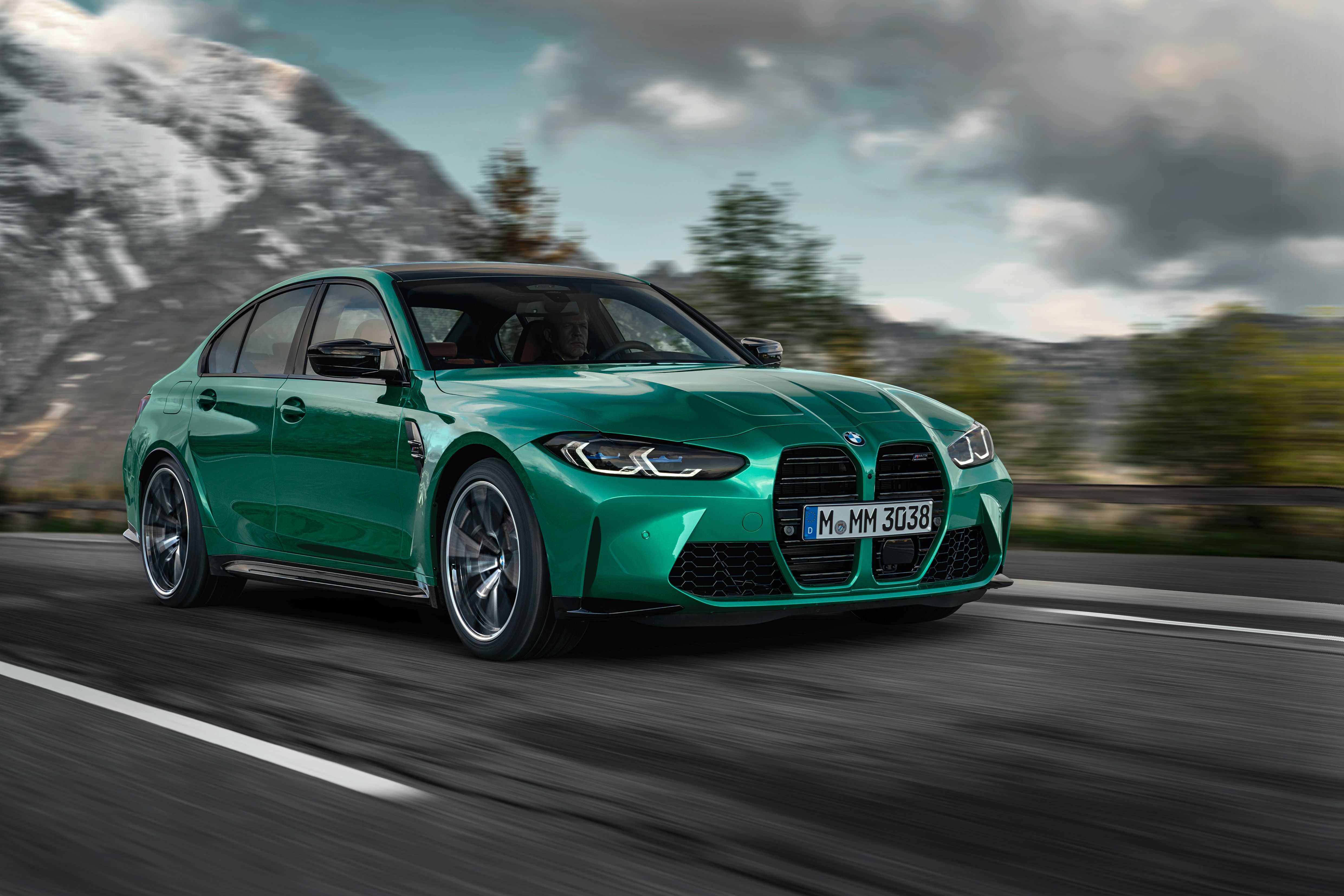
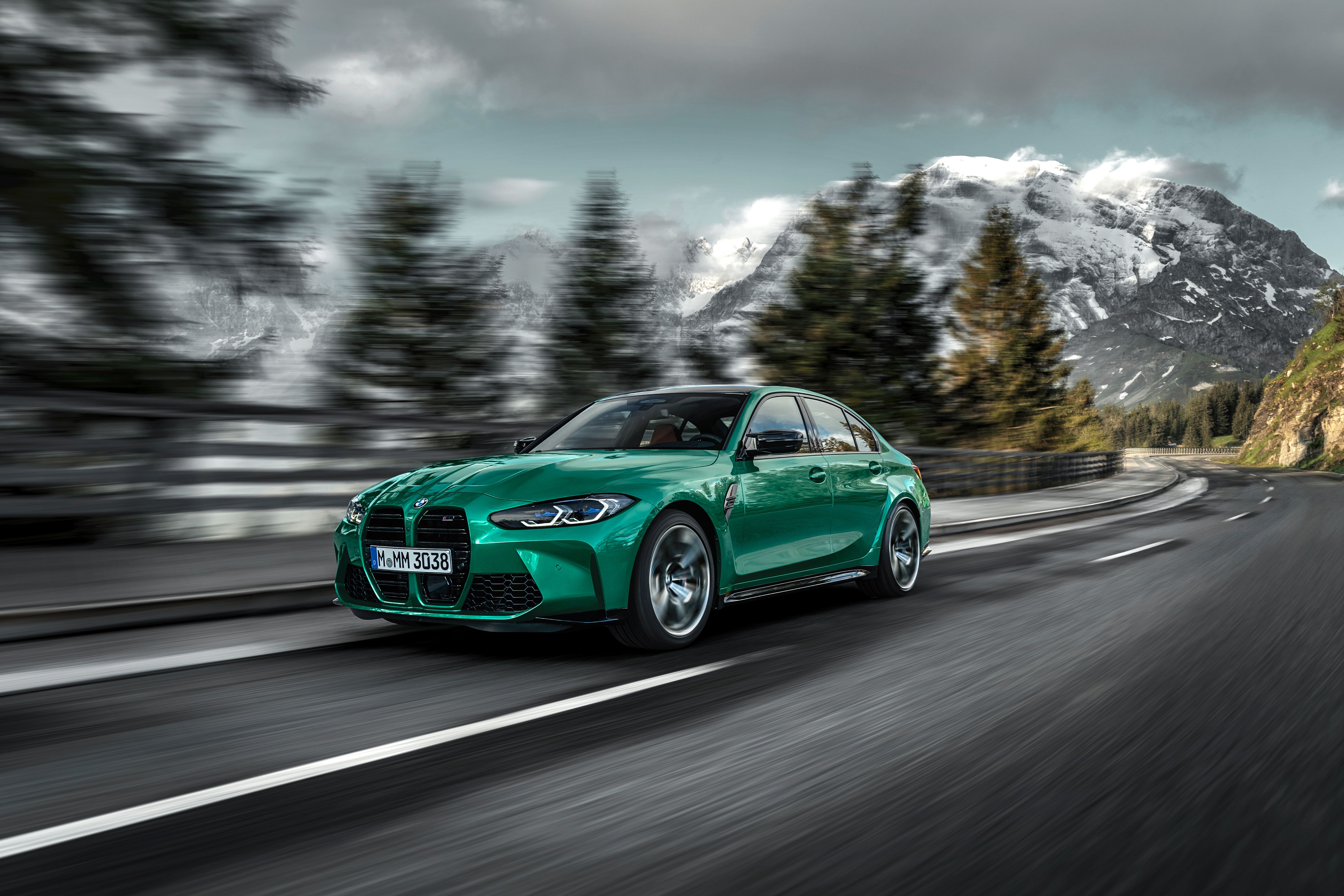
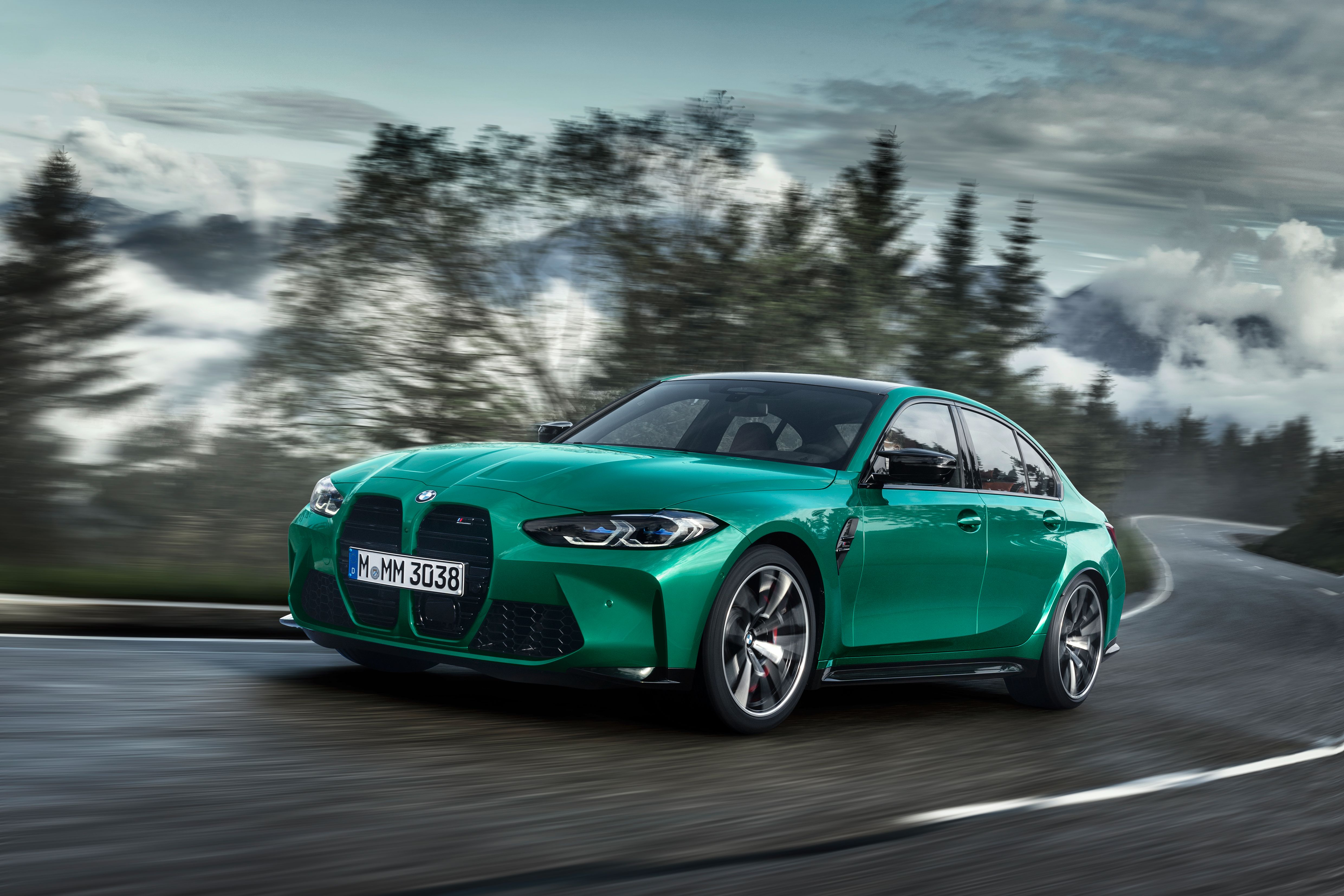
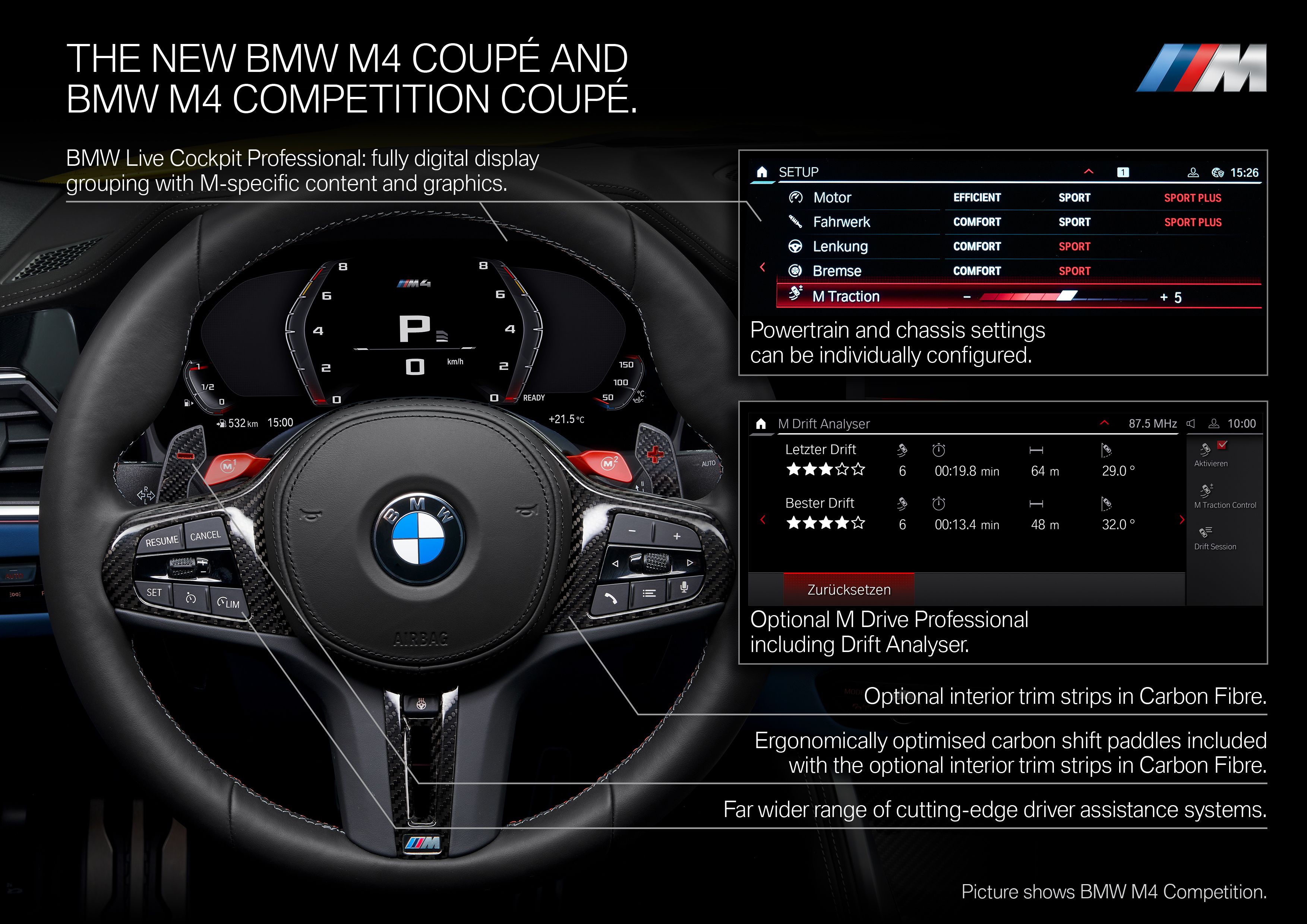
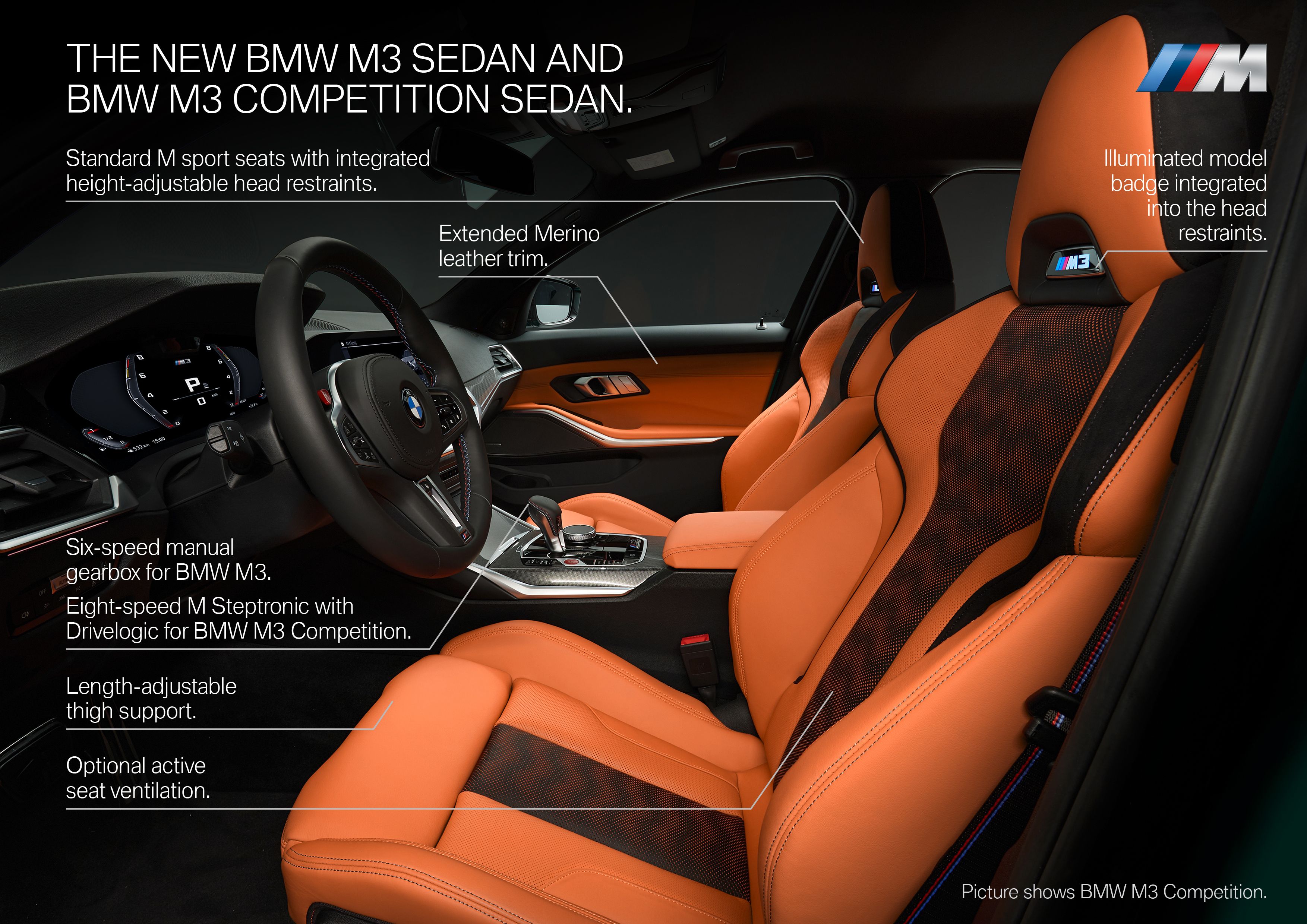
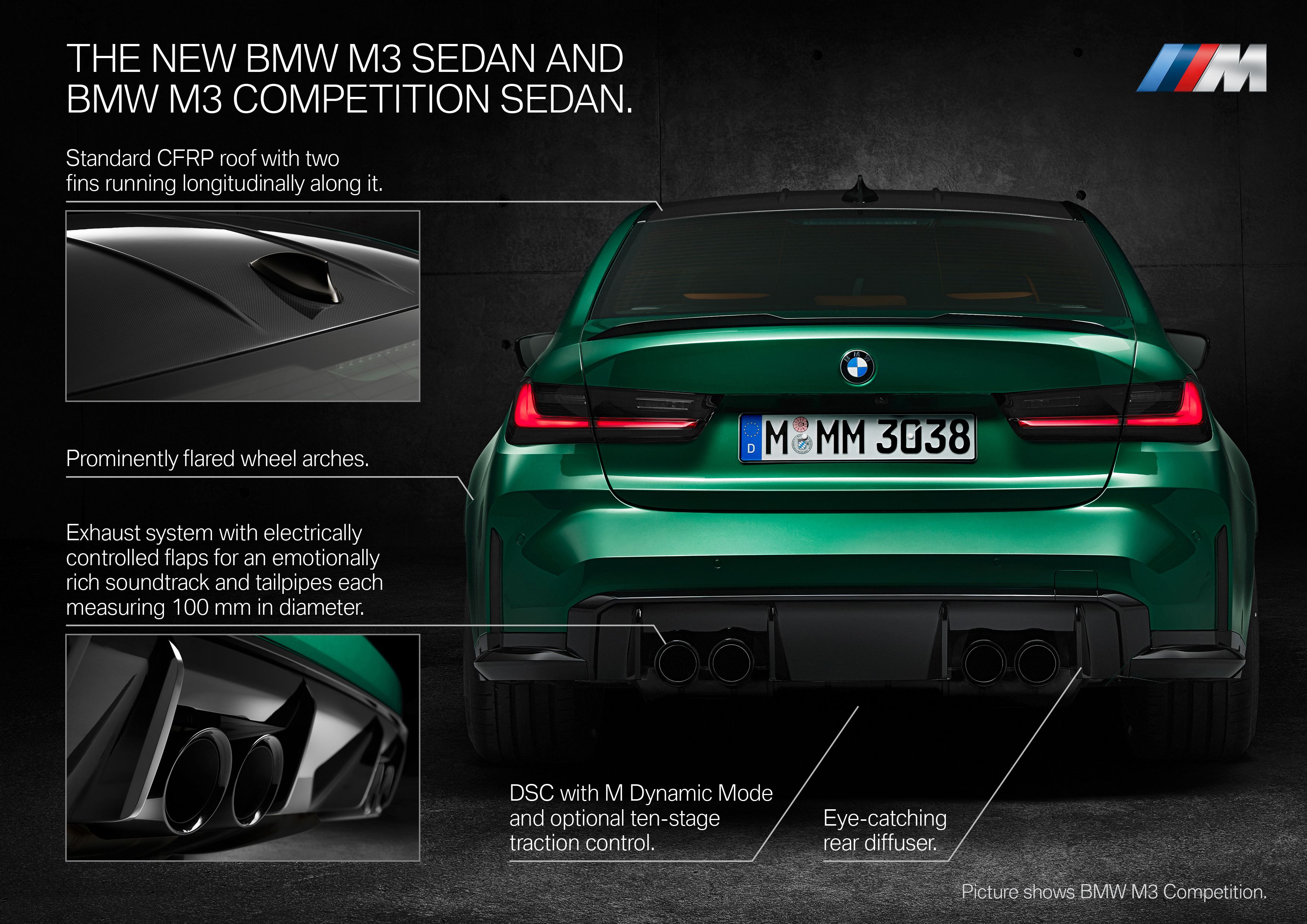
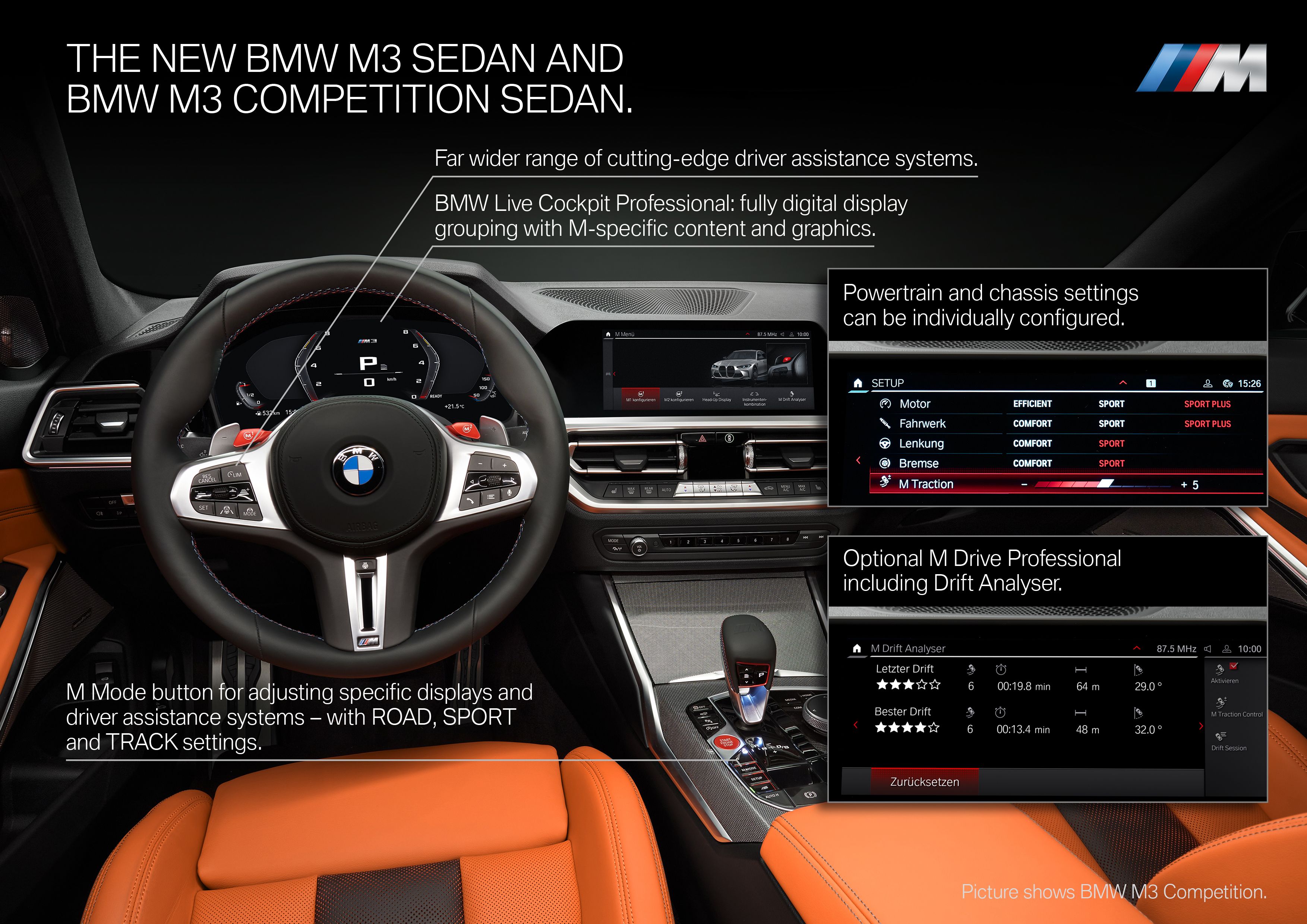
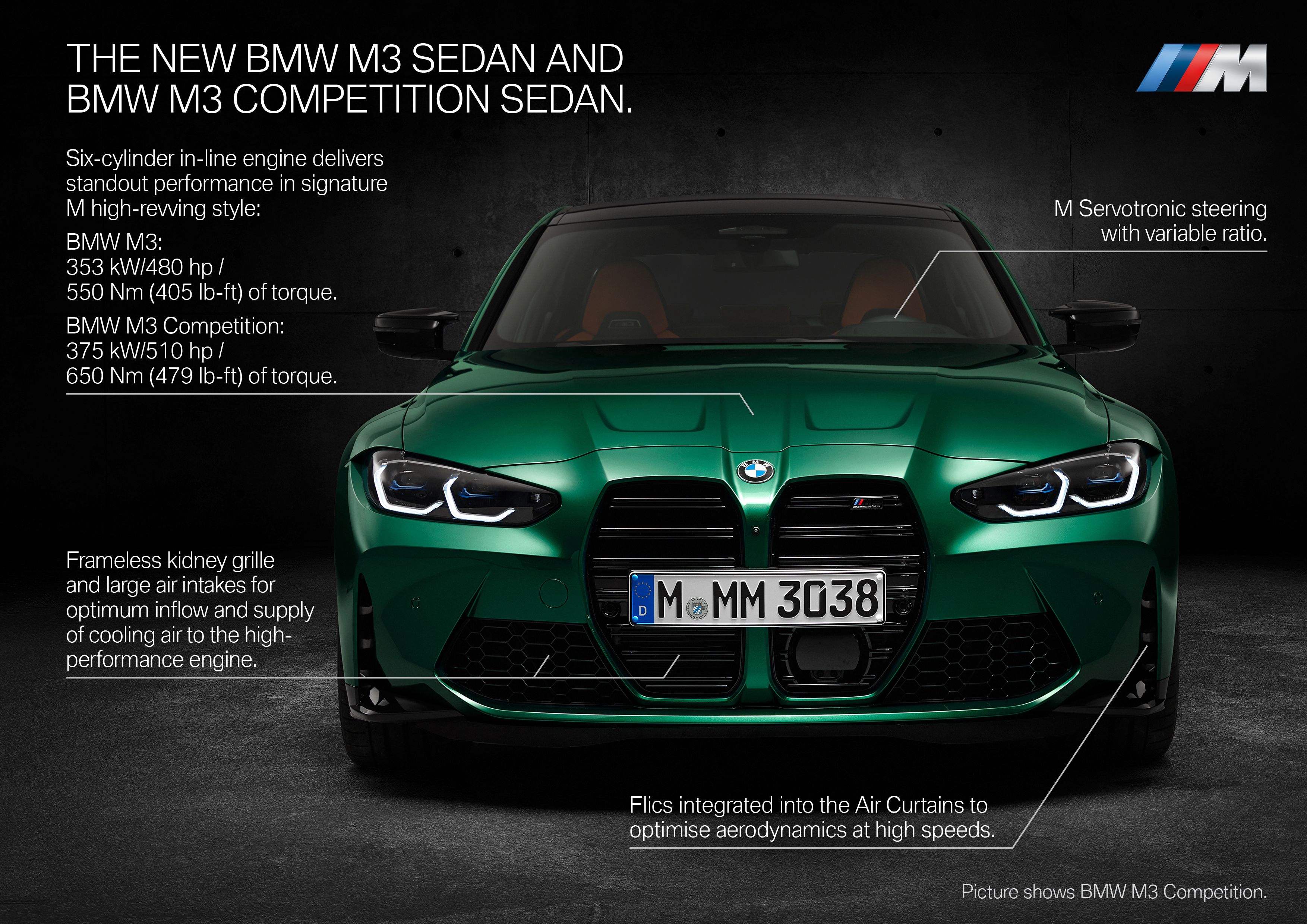
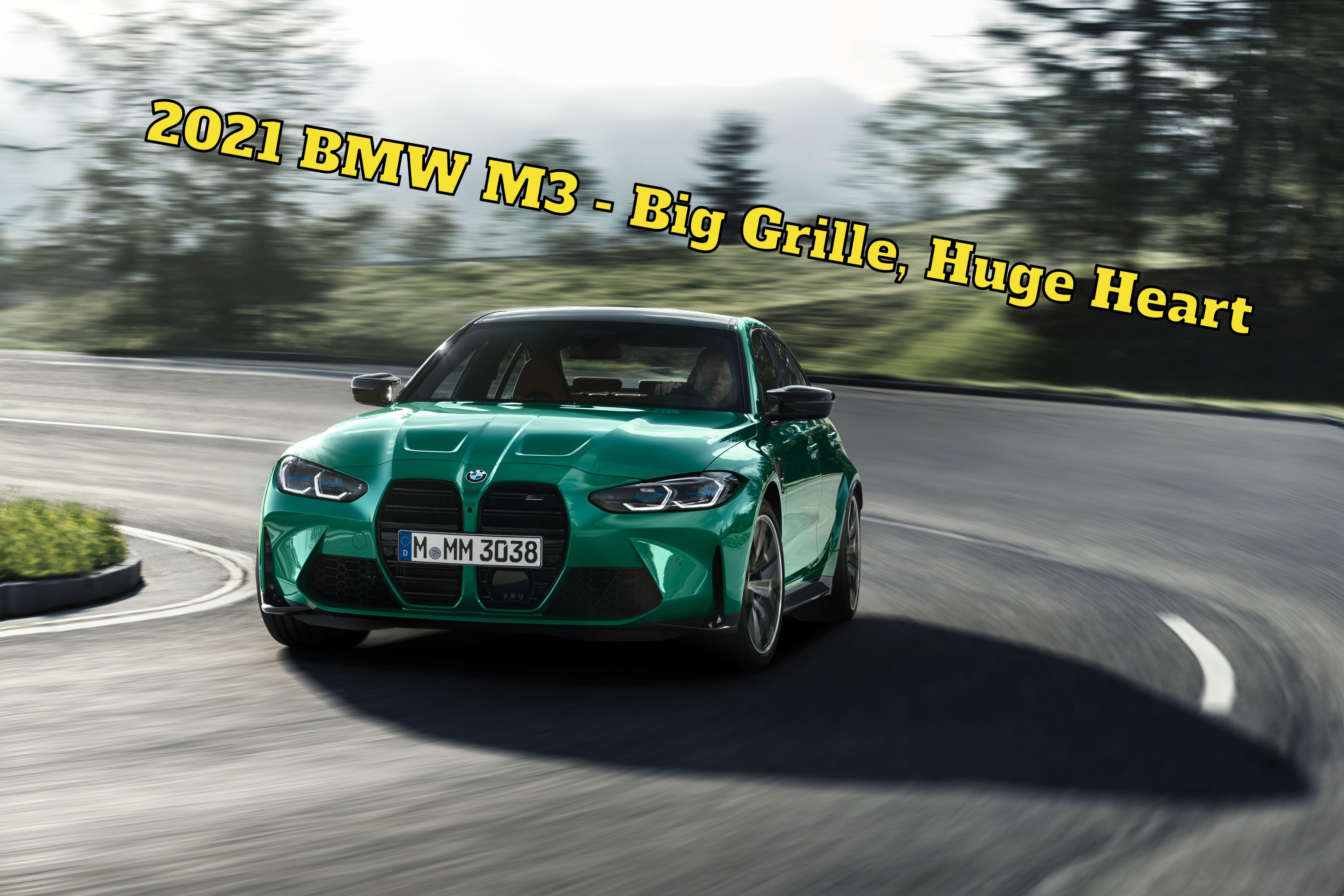
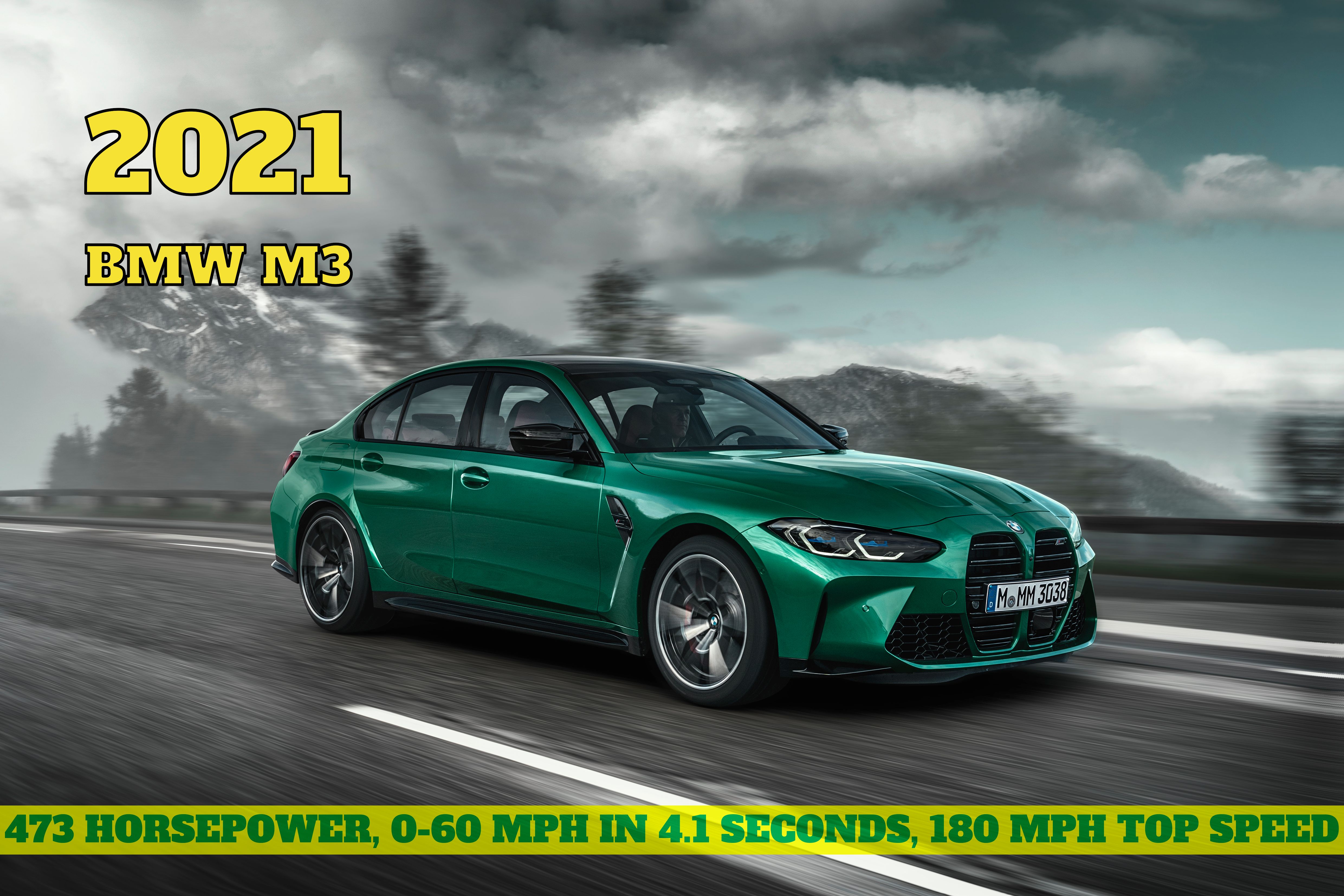
- Make: Array
- Model: 2021 BMW M3
- Engine/Motor: inline-6
- Horsepower: 473
- Torque: 405
- [do not use] Vehicle Model: Array
2021 BMW M3 Exterior Styling
The 2021 BMW M3 is an evolution of the previous model design-wise. However, there are a few notable features to talk about. First, you can't miss the massive kidney grilles in the front fascia. This is news for two reasons. The first one is that this grille is exclusive to the M3, so the performance model looks significantly different than the regular 3 Series. The second one is that this is the first BMW, alongside the M4, to feature such a tall grille element that stretches from the tip of the nose to the splitter. The second notable feature is the engine hood, which now features two raised sections instead of one. The lines of these bulges converge on the kidney grille and are separated by the area on which the "BMW" badge is placed. The raised sections also feature their own cooling vents, which further contribute to the front fascia's menacing and muscular look.
|
|
ids=936532,936533 |
no_overlay=false |
before_label=2021 BMW M3 |
after_label=2020 BMW M3> |
Unlike the grille on the old M3, this one is completely frameless and features double horizontal slats. It is flanked by slim headlamps with angular extremities that are fitted with LED technology as standard. They also incorporate U-shaped fiber-optic elements for the daytime running lights. These can be replaced with the optional Laserlight headlamps, which are also adaptive and increase lighting distance at night.
The profile of the new M3 reminds me even more of the old model.
Unlike the front end, the rear fascia is heavily based on the regular 3 Series. The trunk lid, the fascia itself, and the slim taillights are all identical to the standard sedan. Sportier, M-specific elements include a small spoiler atop the trunk lid, vertical vents into the bumper, and a sizable diffuser with four big exhaust outlets at the corners.
The M3's standard roof is made from carbon-fiber-reinforced plastic to save weight, but BMW offers a steel option if you want the tilting and sliding sunroof.
If you want to customize the sedan even further, you can go with the Shadow Line trim, which adds mirror caps, rear spoiler, and tailpipes in high-gloss black. There's also an M Carbon package with front air intake inlays, rear diffuser, mirror caps, and rear spoiler in carbon-fiber-reinforced plastic. As far as body colors go, BMW added three new and exclusive hues for the M3. There is Sao Paulo Yellow, Toronto Red Metallic, and the Isle of Man Green Metallic shown here. Other options include Alpine White, Sapphire Black, Skyscraper Grey, Brooklyn Grey, and Portimao Blue.
The new M3 is also a bit bigger than before. The sedan is 4.8 inches longer at 188.7 inches, while its wheelbase is 1.7 inches longer at 112.4 inches. The four-door is also one inch wider at 74.9 inches. Compared to the regular 3 Series, the M3 is 3.3 inches longer, 2.9 inches wider, and almost 0.1 inches lower.
2021 BMW M3 Interior Design
As before, the interior of the M3 is identical to the regular 3 Series in terms of design, features, and technologies, but the "M" badge adds a few extras. In short, the M3 is both fancier and sportier than the standard sedan.
While these features aren't new, they stand out thanks to M-specific details, like red accents for the M buttons on the steering wheel and the start/stop button, as well as leather-wrapped selector lever with M logo and stitching in M colors in the Competition model. The Anthracite headliner is also unique to this model, while the mundane trim in high-gloss black can be replaced with the optional aluminum. You can also opt for carbon-fiber trim for the steering wheel and the shift paddles.
As far as technology goes, the M3 is fitted with BMW's Live Cockpit Professional infotainment system as standard. It includes cloud-based navigation, maps, the Intelligent Personal Assistant, all accessible through the 10.25-inch display in the center stack. The digital instrument cluster is larger at 12.3 inches, and it includes a few extras, mostly performance-related, compared to the regular 3 Series.
For the first time ever, you can order ventilation for the driver and front passenger seats, in addition to the standard heating function. If you're planning to take your M3 to the track, BMW also offers carbon-fiber bucket seats with integral head restraints. Not only lighter, but they also provide better lateral support for spirited driving thanks to the Alcantara surfaces on the side bolsters. They're also electrically adjustable, so comfort won't be an issue for daily driving. What's more, the head restraints can be dismantled if you're planning to drive at the track with a helmet.
The M3 is packed with comfort-enhancing features, including the standard three-zone automatic climate control system, LED ambient lighting, and a hi-fi audio system. Of course, you can pay extra for the Harman Kardon system with 16 speakers and 464 watts of audio power.
2020 BMW M3 Drivetrain And Performance
The 2021 BMW M3 features a twin-turbo, 3.0-liter inline-six engine just like its predecessor, but it's actually a newer mill. While the old M3 came with the S55 engine, the 2021 model features the recently introduced S58. This mill debuted in 2019 in the M and M Competition versions of the X3 and X4 crossovers. The M3 and the M4 are the third and fourth models powered by this inline-six powerplant. Output figures are similar to those in the crossovers, but not identical, mainly due to the specific changes that BMW made for the M3.
Is the BMW M3 more powerful than before?
In the base performance compact, the 3.0-liter unit cranks out 473 horsepower and 405 pound-feet of torque. That's 48 horses more than the old M3, while torque dropped by one pound-foot. The new M3 is also more powerful than the old M3 CS, boasting an extra 19 horsepower. On the other hand, torque is down by a significant 38 pound-feet by comparison.
For the first time ever, BMW offers a second M3 trim. It's called the M3 Competition and sits above the M3 in terms of output. The M3 Competition comes with 503 horsepower and 479 pound-feet of torque on tap, a 30-horsepower and 74-pound-foot increase over the base model. The M3 Competition cranks out an extra 59 horses over the old M3 Competition Package and an additional 49 horsepower and 36 pound-feet of torque compared to the previous M3 CS.
How fast is the 2021 BMW M3?
The M3 hits 60 mph from a standing start in 4.1 seconds. The M3 Competition is obviously quicker, needing 3.8 clicks to hit the same benchmark. Top speed is rated at the very German 155 mph, but adding the option M Driver's Package raises the benchmark to 180 mph.
Is the 2021 BMW M3 quicker and faster than its predecessor?
Despite the extra power, the current M3 isn't faster than the old model. The new model's 0-to-60 mph sprint of 4.1 seconds is identical to the old model, with both cars using manual transmissions. On the other hand, the M3 Competition, fitted with an eight-speed dual-clutch, is a tenth-second quicker versus the old M3 with the automatic transmission. While the M3 Competition hits the benchmark in 3.8 seconds, the old model needs 3.9 clicks. Standard top speed is identical at 155 mph, but the M Driver's Package adds more speed for the new model. The previous M3 was capable of 174 mph with this bundle, while the new M3 reaches six mph more at 180 mph.
Is the 2021 BMW M3 more powerful than its competitors?
The previous M3 was notably less powerful than the Mercedes-AMG C63 sedan, but the new engine fixes that problem. At 473 horsepower, the M3 is four horses more powerful than the AMG C 63. However, it's 405-pound-foot rating is 74 pound-feet below the Merc's.
Now that it also offers an M3 Competition model, BMW has what it takes to give the AMG C63 S a run for its money. Both sedans are rated at the same 503 horsepower, but the Bimmer falls behind the Merc by 37 pound-feet in the torque department.
While the AMG C 63 is just as powerful as the M3 and even offers more torque, the Audi RS4 isn't as potent. Its twin-turbo, 2.9-liter V-6 comes with 444 horsepower and 443 pound-feet of torque on tap. That's 29 horses less than the M3, but an extra 38 pound-feet of torque. Compared to the M3 Competition, the RS4 misses a solid 59 horsepower and 36 pound-feet of twist.
The 2021 BMW M3 is the only car in this niche that still offers a manual
While both Mercedes-Benz and Audi opted to offer their performance compacts with automatic transmissions, BMW opted to keep the manual gearbox alive with the new-generation M3. But this transmission is only offered in the base M3, while the M3 Competition is fitted with the eight-speed, dual-clutch automatic.
The 2021 BMW M3 is the first to feature an AWD system
But the really big news here is that the M3 is available with an all-wheel-drive system for the very first time.
The AWD system puts the M3 at an advantage against the Mercedes-AMG C 63, as the German rival isn't yet available with a version of the company's 4Matic system.
Suspension and Braking
The suspension setup is also different than the regular 3 Series. The M3 comes with model-specific chassis mountings with increased torsional stiffness, while tuning has been done in part alongside testing of the BMW M4 GT3 race car, designed for the 2022 racing season.
The front axle rides on a double-joint sprint strut with new aluminum wishbones with ball joints and aluminum torque arm. In the rear, the M3 is fitted with a five-link layout with redesigned wheel carriers and wishbones. Stopping power comes from new M Compound brakes with 15-inch discs in the front and 14.5-inch discs in the rear. For enhanced braking that more suitable for track use, there's an optional M Carbon system with ceramic brakes. The discs measure 15.7 inches in the front and 15 inches in the rear, while the calipers are finished in metallic gold.
How much does the 2021 BMW M3 cost?
The 2021 BMW M3 retails from $69,900 in the United States. The M3 Competition model with the more powerful engine comes in at $72,800. The stickers do not include the $995 destination tax. The AWD option will probably set you back at least $2,000.
When is the 2021 BMW M3 coming to dealerships?
Deliveries of the new BMW M3 will begin in March 2021, with sales to commence by the end of 2020. If you're planning to buy an M3 Competition model with xDrive, you will have to wait until the summer of 2021.
Is the 2021 BMW M3 better than the Mercedes-AMG C 63?
With two M3 models available for 2021, BMW has all the weapons it needs against the Mercedes-AMG C 63, also offered in two power trims. But the Merc is much older. Based on the C-Class that the company launched in 2014, the AMG C 63 was updated in 2019, but it lacks some of the more modern technology you get with the BMW M3. On the other hand, it's just as powerful and delivered notably more torque. The AMG C 63 version features a twin-turbo, 4.0-liter V-8 that cranks out 469 horsepower and 479 pound-feet of twist. Go with the AMG C 63 S model, and output jumps to an impressive 503 horses and 516 pound-feet of torque. These sedans will take you from 0 to 60 mph in 3.9 and 3.8 seconds, respectively. That's on par with the M3, which is impressive given that the Mercedes model is not available with all-wheel drive. The Germany company will soon launch a brand-new generation, but until that happens, the AMG C 63 retails from $68,100, while the AMG C 63 S comes in at $75,700.
Read our full story on the Mercedes-AMG C 63.
Is the 2021 BMW M3 better than the Audi RS4?
The Audi RS4 is a long time rival of the M3 and up until it was the only option in this niche with an AWD system. The RS4 is fitted with a twin-turbo, 2.9-liter V-6 engine that generates 444 horsepower and 443 pound-feet of torque. That's almost as much as the BMW M3, but despite the power deficit, it's almost as quick with a 0-to-60 mph sprint of four seconds. The RS4 is newer than the Mercedes-AMG C 63 and is fitted with all the modern technology that Audi can offer right now. Unfortunately, the German company's doesn't offer a more powerful version to go against the BMW M3 Competition. But the biggest issue is that the RS4 is not available in the United States. As of 2020, you can only buy the less powerful S4 variant.
Read our full review of the Audi RS4.
Final thoughts
The 2021 M3 is a significant evolution for the nameplate. It finally comes in two flavors with a more powerful version to take on the Mercedes-AMG C 63 S, and BMW has finally taken a more modern route by offering an all-wheel-drive system. The cool thing is that BMW isn't forcing M3 customers to drive an all-wheel-drive model like Audi does with the RS4. It's an option to consider, and if you add it, its rear-biased layout will still provide that desirable RWD feel most of the time. Another cool feature is that the M3 continues to offer a manual transmission. Sure, it's on the less powerful model, but at least you have this choice, something you can't dream of if you purchase an AMG C 63 or an RS4. Yes, the massive kidney grille is a bit controversial and might keep some customers away, but it also makes the M3 stand out from the usual M-badged pack.
Update History
Update 11/14/2019: The BMW M3 was caught out on a fall drive with new headlights and a revised decklid.
Update 10/02/2019:The BMW M3 was caught testing on the Nurburgring yet again with some minor modifications. Check out the latest shots in our spy shots below.
Update 05/20/2019: We managed to catch the 2020 BMW M3 after it refueled and have a few new spy shots to show off. Check them out in the spy shots section below!
Update 05/14/2019: It has only been a week since we last saw the BMW M3, but it is quite obvious that BMW is being very thorough with the M3 as our spy photographers just caught it testing again. Well, it wasn't testing, really, as it was actually at a gas station getting fuel, but it's sighting nonetheless. Check out the spy shots section below to check out our latest shots.
Update 05/07/2019: The 2020 BMW M3 was caught on a trailer on it's way from some intense testing. To the average Joe, it might not look like much has changed but there's certainly some new things we need to discuss. Check out our spy shots section below to learn what's new this time around!
Update 03/11/2019: The BMW M3 was spied doing some more cold-weather testing and we've learned some new information about power output, trim levels, and now have an expectation for when it could go into production.
Updated 10/09/2018: The M3 was once again spied, both at the 'Ring and on the street, and this time it's sporting even less camo! Check out the new round of pics below.
Spy Shots
November 14, 2019 – The M3 Finally Has Official Lights
The M3 isn't quite ready to make its debut just yet, but it was spotted again, and it is moving a little closer to production. This time around, the front end has reverted back to previous styling with the weird mesh over the grille and air intakes, but the diamond in the rough is that new pair of headlights. If you look closely you can see the arrow-shaped LED running lamps that separate the brights and dims. Furthermore, we can make out the shape of the headlights themselves a little more as well. Padding has been removed from the hood, but the only revel here is that there are a pair of mild bodylines in the middle.
Around back, things haven't changed a whole lot. This M3 prototype is still void of the official exhaust outlets, but they do appear to have been spaced out just a little more. The production taillights have been in place for a while, but there is a new lip on the rear deck that takes a unique shape. It has a dip in the middle. Of course, given its size, it poses zero aerodynamic assistance, but it is a nice aesthetic touch. The only other thing to note here is that the side view mirrors are now what we can expect from M production. A debut of the M3 should be coming in the very near future, so stay tuned.
October 3, 2019 – 2020 BMW M3 With an Official Grille
The 2020 BMW M3 isn't quite ready to show its dace yet, but it's getting closer. This time around, the prototype is wearing a production-ready front fascia with enough padding to hide most of the design. And, if you look at the grille, you can see the official and slightly larger grille is in place – replacing those square screes that we saw way back in May 2019. There is little change to note elsewhere, but we should be seeing the new M3 make it's debut sometime in the very near future.
May 20, 2019 – The 2020 BMW M3 Testing on the Track Just Because It’s Not Quite Time to Debut Yet
At this point, the 2020 BMW M3 has been through all the testing phases it could go through, so you shouldn't be even the least bit surprised that there's nothing new to report about BMW's go-faster sedan. In fact, absolutely nothing has changed since the last time we saw it. Well, almost nothing – there is a new hole in the rear fascia to the outer side of the left-most exhaust outlet, in the upper left corner of the fascia's insert. It looks a little too round to be an accidental tear in the camo, so it's quite possible that BMW may be testing some kind of air passthrough vent or something of the sort. With the M3's debut set to happen most likely in September, it's unlikely that there's any real serious change coming anyway. Stay tuned for updates between now and then.
May 14, 2019 – 2020 BMW M3 Sucking Down Some Petrol at the Pump
BMW has already made the all of the necessary exterior tweaks to the M3 to make it ready for production, so it shouldn't be a big surprise that nothing has changed since we saw the 2020 BMW M3 last week. As such, there's nothing new to report this time around, but considering BMW has this baby on the road seemingly non-stop, you can bet that BMW will drop the camo and treat us to a debut in the very near future. Stay tuned!
05/07/2019 – A Year Later and the M3 is Ready for Production
BMW does a good job at covering up its upcoming models but, thanks to the number of times the M3 has been caught in the wild, we have a lot to go on. This time around, we can clearly spot that the front and rear fascias are, indeed, production units, as are the headlights and tail lights. In the front, if you look hard enough, you can actually spot the lowered kidney grilles behind eh camo. The same thing can be said about the big corner intakes further down. Of course, the air dam is still covered quite well, but we can at least make out an outline of that. Around back, the production bumper is in place, and the only thing it is missing is the diffuser-like element at the bottom, chrome exhaust outlets, and the garnish around that goes around them. We can make out the vents in the corners (notice the dimples?), and if you look closely, you can even see that this thing is wearing production side skirts as well. In the end, the 2020 BMW M3 should make its debut at the Frankfurt Auto Show in September 2019 but, BMW could pull one over on us and displace a concept first. If that's the case, the concept will be basically production ready with the production model debuting shortly after, probably during a live streaming event.
3/11/2019 – The 2021 BMW M3 Doing Some Final Cold-Weather Testing
BMW Has been rather tidy when it comes to keeping the next BMW M3 under camo. As such, there isn't much that we can spot in these new shots that's actually new. In fact, the front end hasn't changed one bit – it's still completely covered in camo and features faux inlets everywhere you look. Around back, on the other hand, someone at BMW dropped the ball and left the taillights complete uncovered. We can make out the new light matrix and overall shape of the tail lights. They are a little smaller this time around, yet the hockey-stick matrix gives a sense of depth, length, and height. With the rest of the next M3's enhancements, these headlights should amplify the cars sleek, sexy, and dominating nature from the rear. On that note, we've also learned that production of the M3 should begin sometime in 2020 and it will be offered in three different trim levels. The entry-level (if that's what you would call it,) will go by the name "Pure," and that will likely be the RWD model that we've constantly heard about from the rumor mill. The "Base" and "Competition" models will most likely come standard with xDrive AWD. Naturally, one would think that the "Base" trim would be the entry-level model, but to clear that up, rumor has it that it will pump out some 475 horsepower. Meanwhile, the "Pure" trim level will come with just 444 ponies, and the "Competition" will have as much as 500 ponies. There's no definite word on when the new M3 will make it's debut, but with production expected to start in early 2020, the 2019 Frankfurt Auto Show in September 2019 is probably a safe bet.
More Testing on the Nurburgring - 10/09/2018
M3 Prowling the Streets - 10/09/2018
M3 Testing on the Nurburgring – 05/17/2018
As you can see from the images, nothing has really changed on the pre-production prototype. So, it's still rocking that more pronounced nose, fat-lipped kidney grille, and those sleek headlights. This time around the air dam and air intakes are covered up a bit more indicating that it could be wearing a production bumper under the camo. Around back, there isn't much else to report either, however, the taillights are a little more exposed. But, this is insignificant as these are still decoy lights anyway. Engineers have cut away a bit of the rear bumper opening up the airway that will eventually be filled by a rear diffuser. The exhaust system has been elevated and tweaked a bit but is still void of official exhaust pipes. As you can see, the outlets will be positioned a little more inward compared to the standard model. Expect a debut to happen in the next few months as this is essentially the final stages of testing before the rear goodies, including the wider, production fenders get slapped into place.

